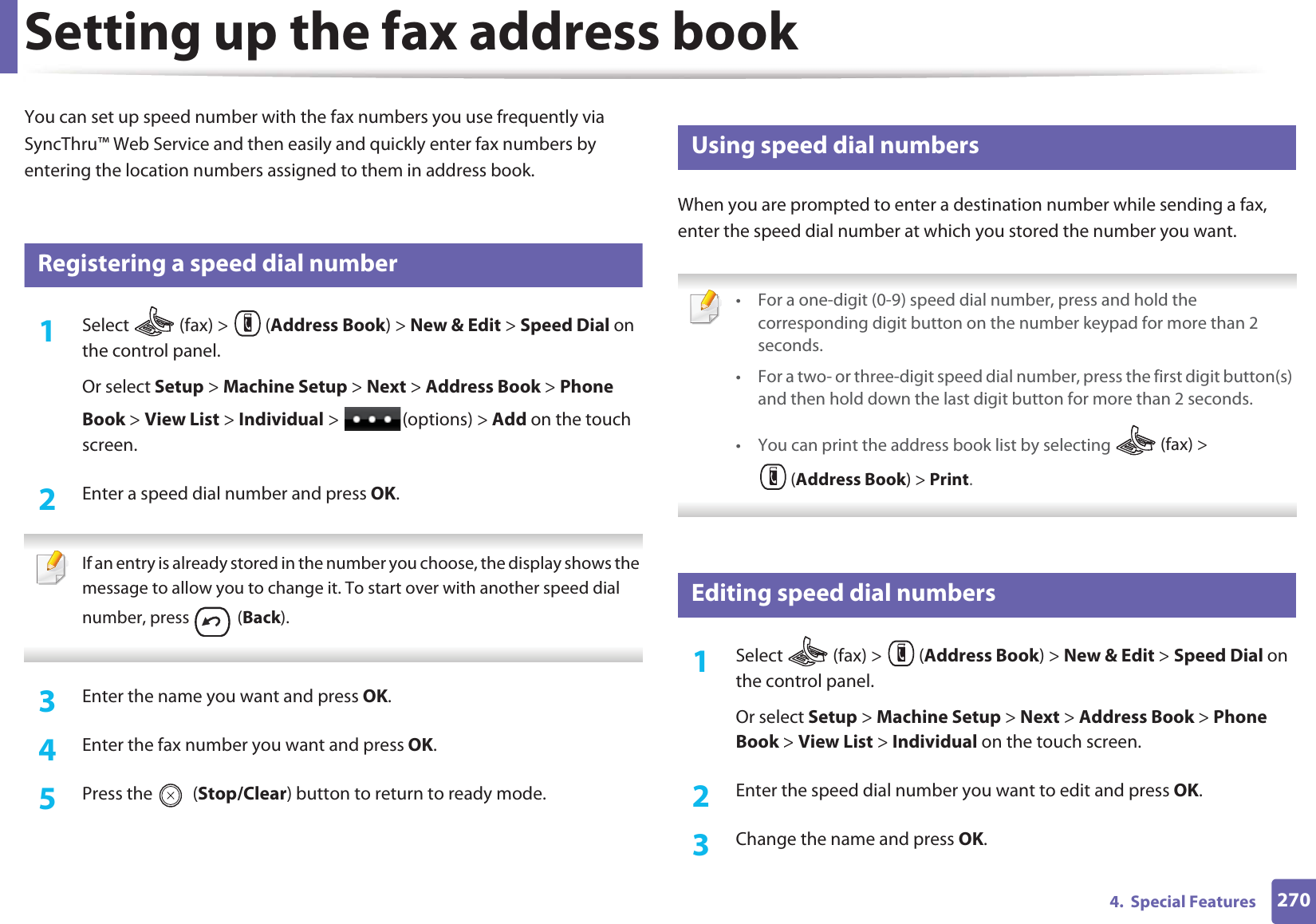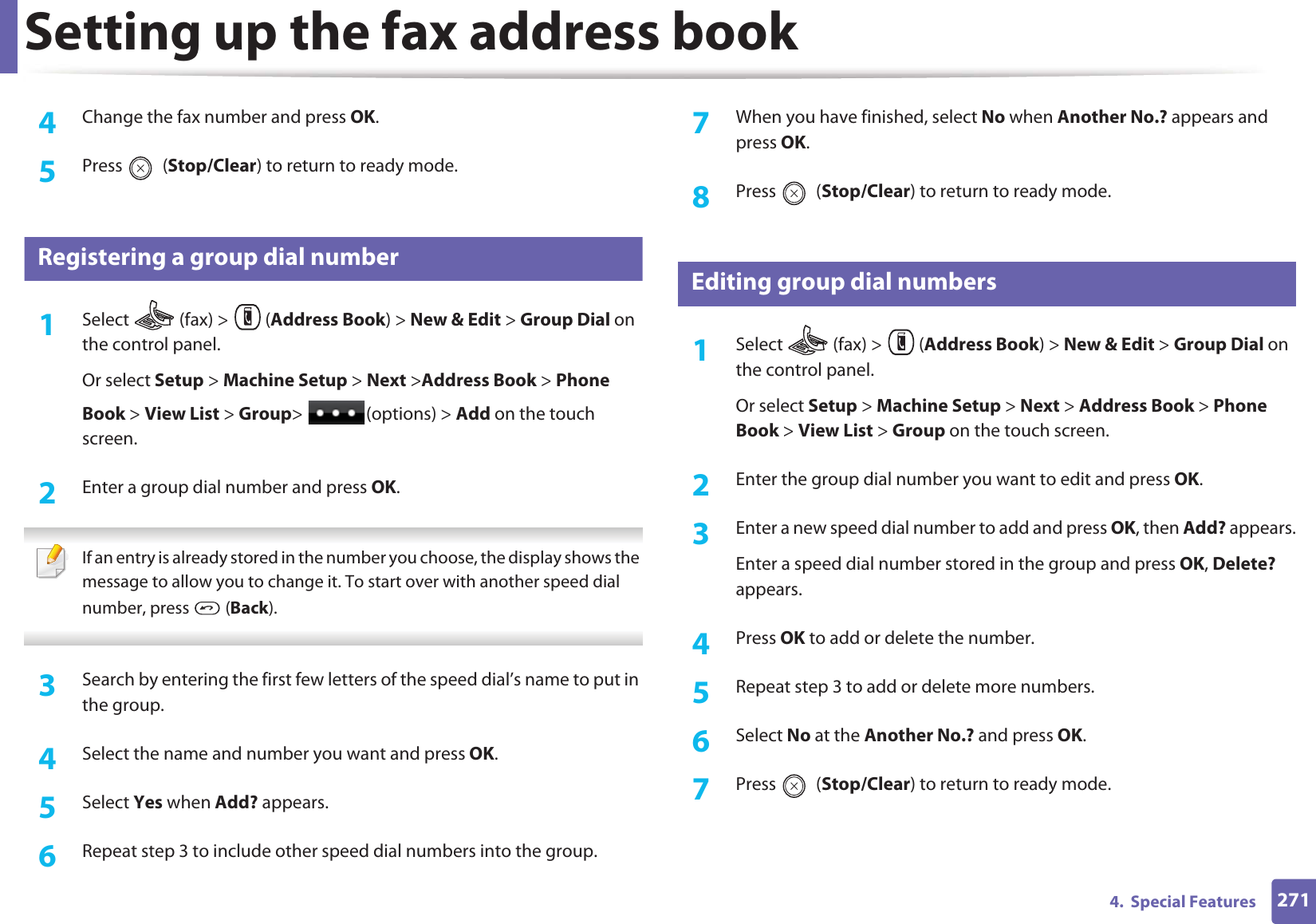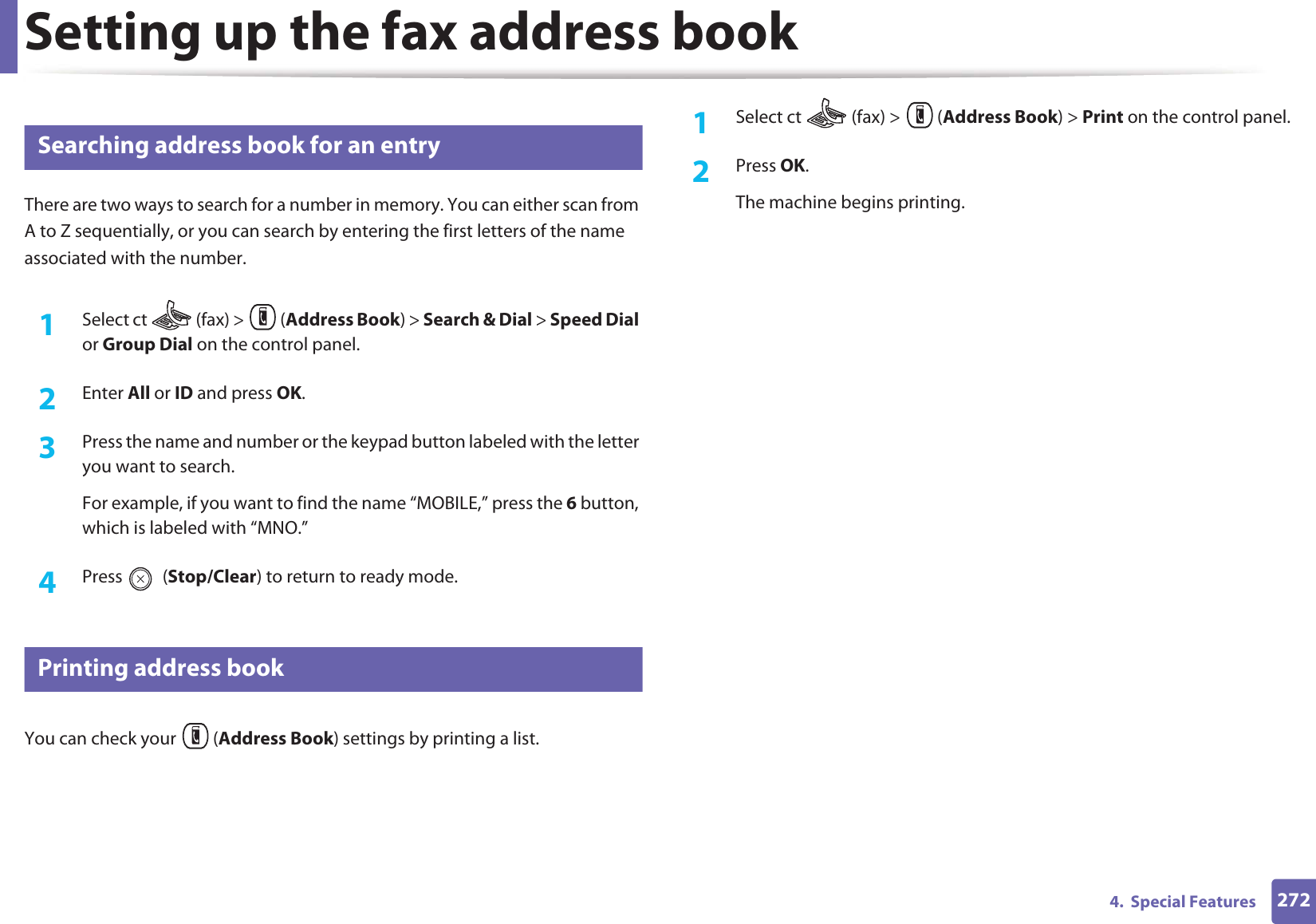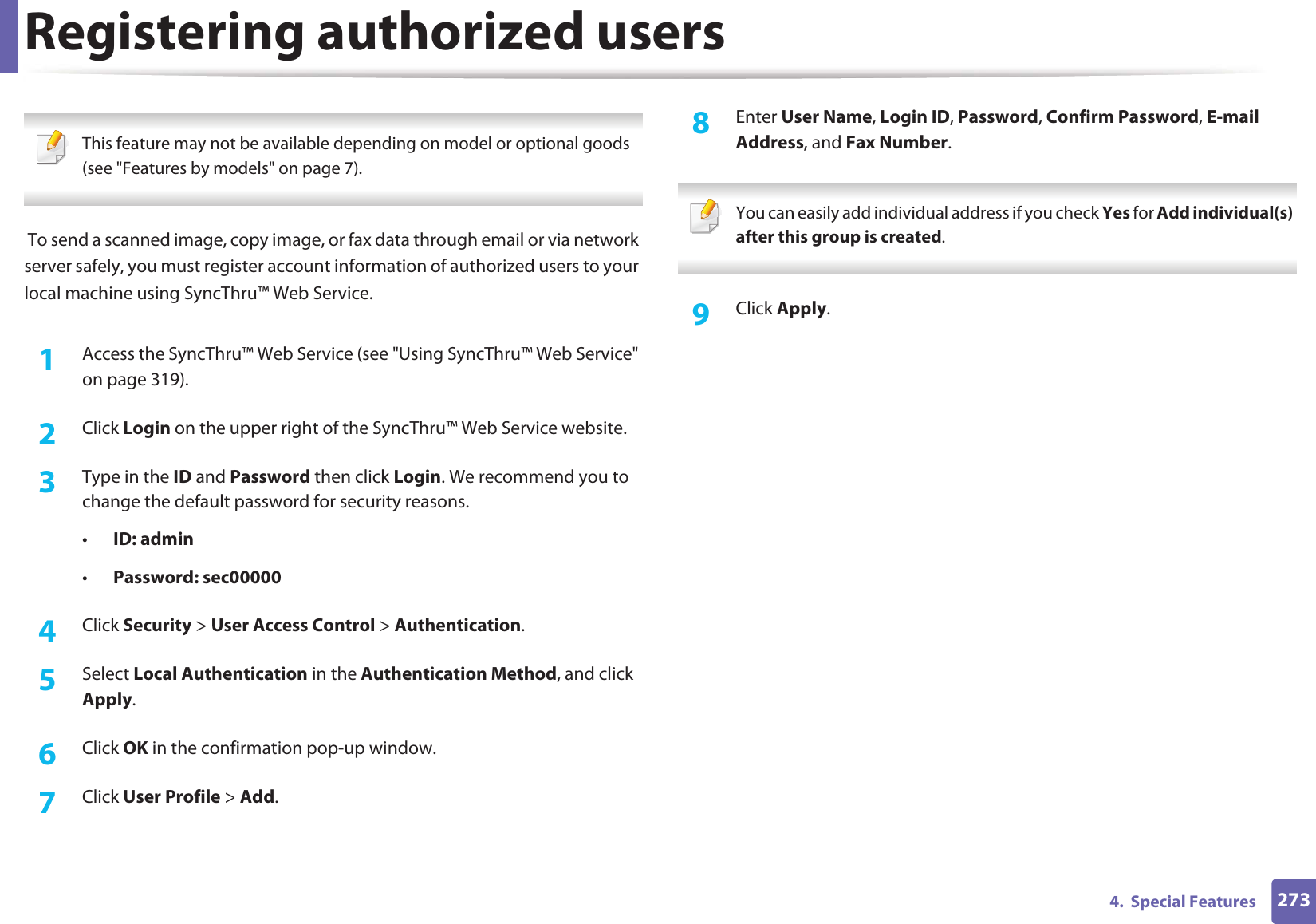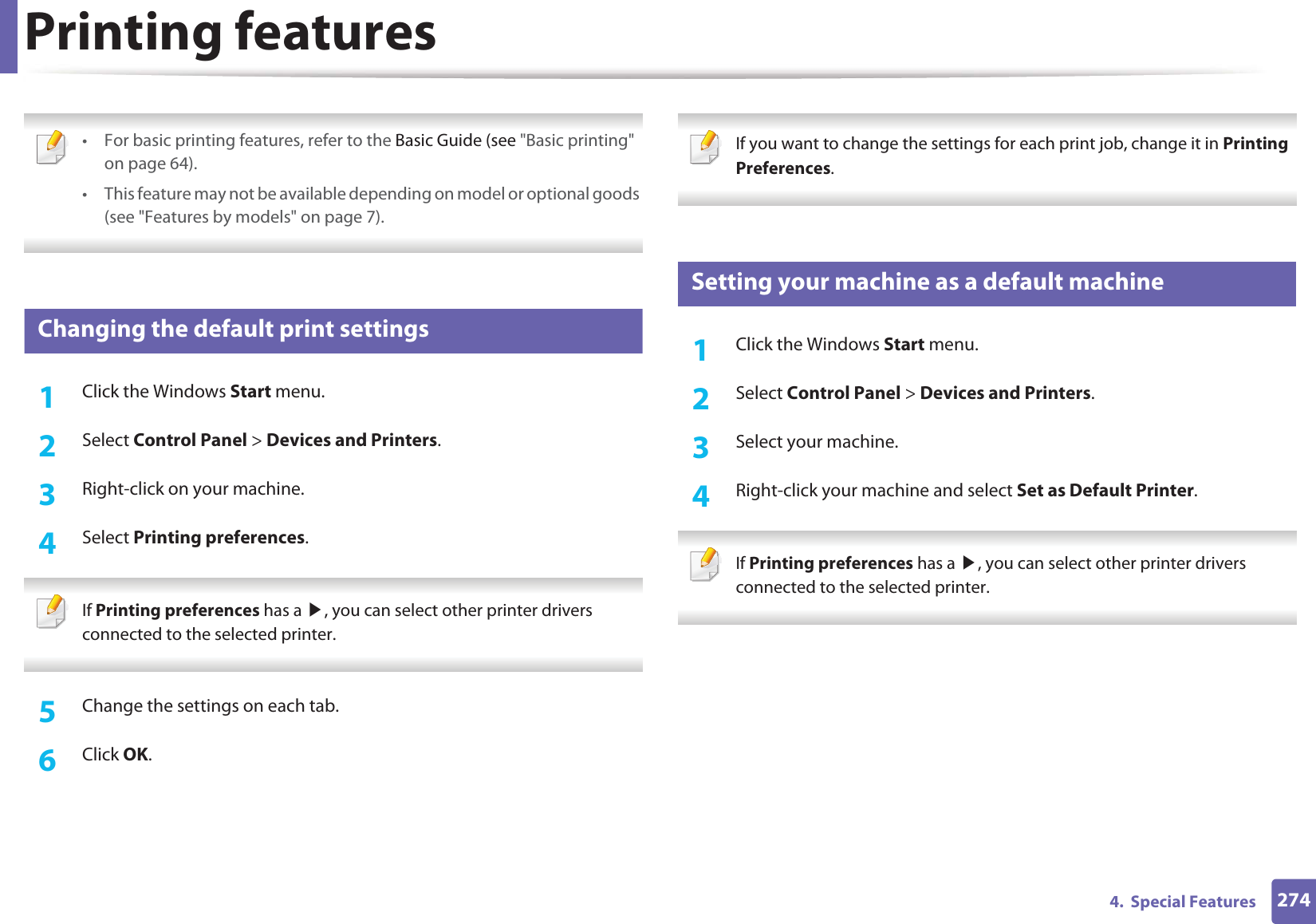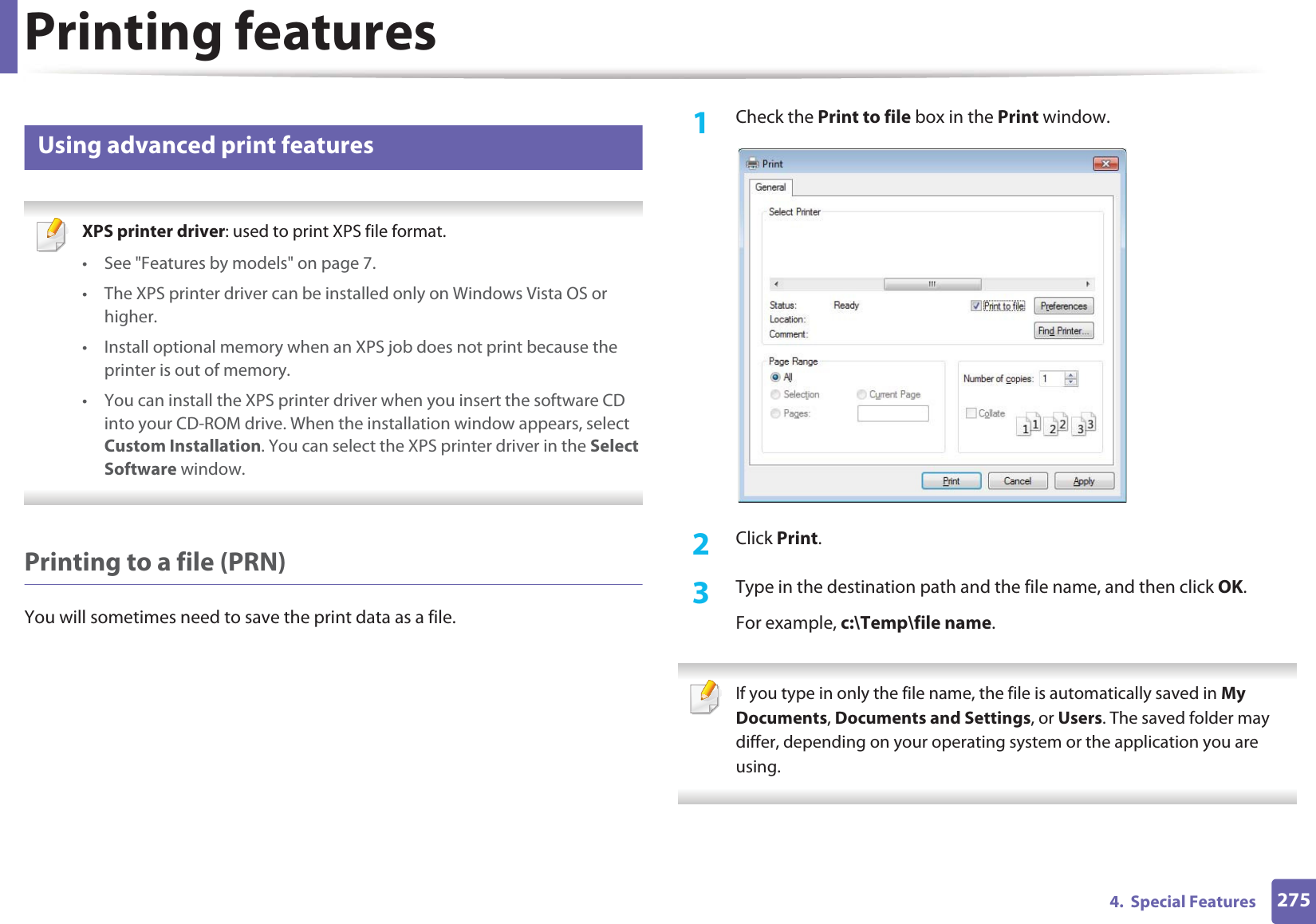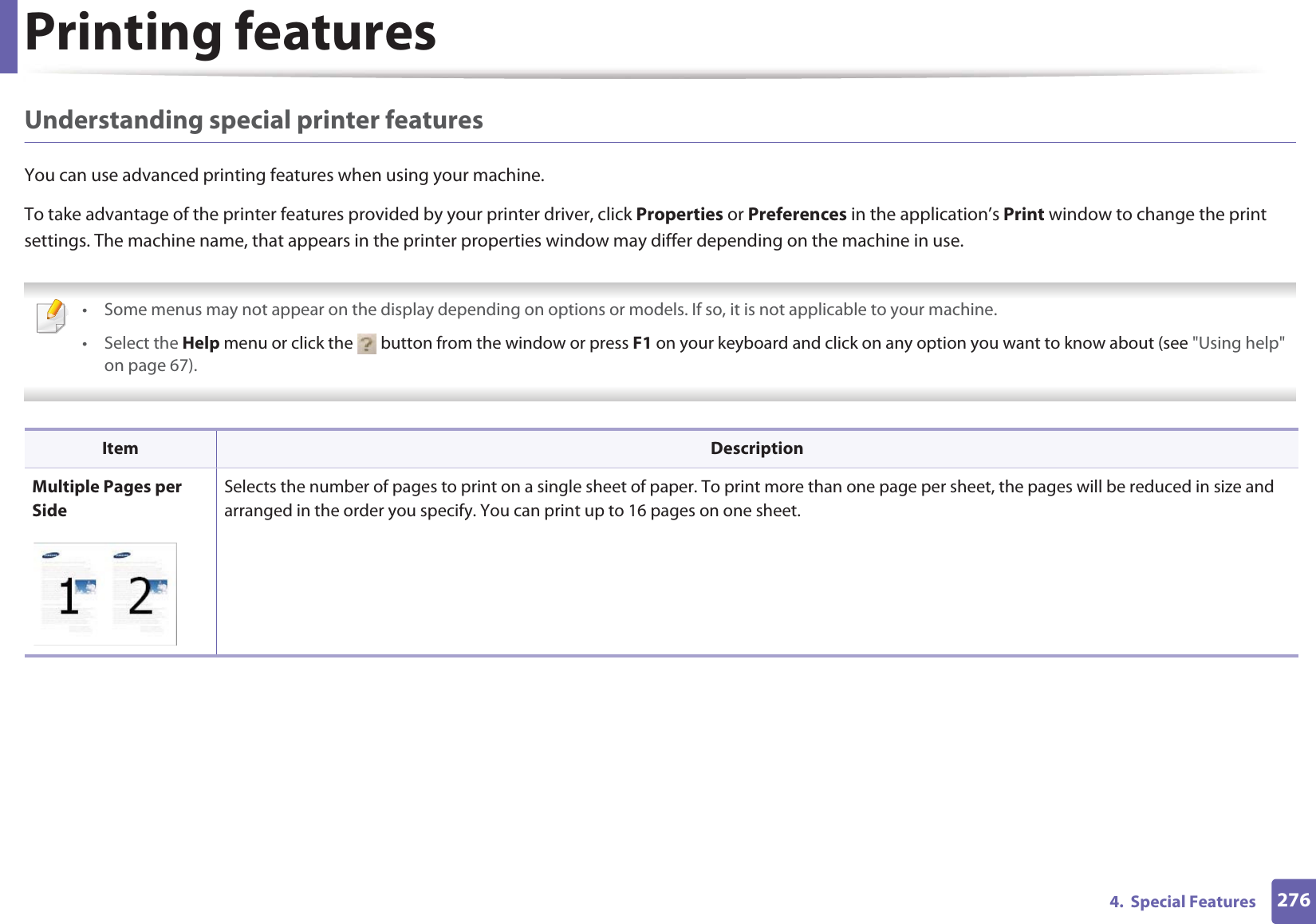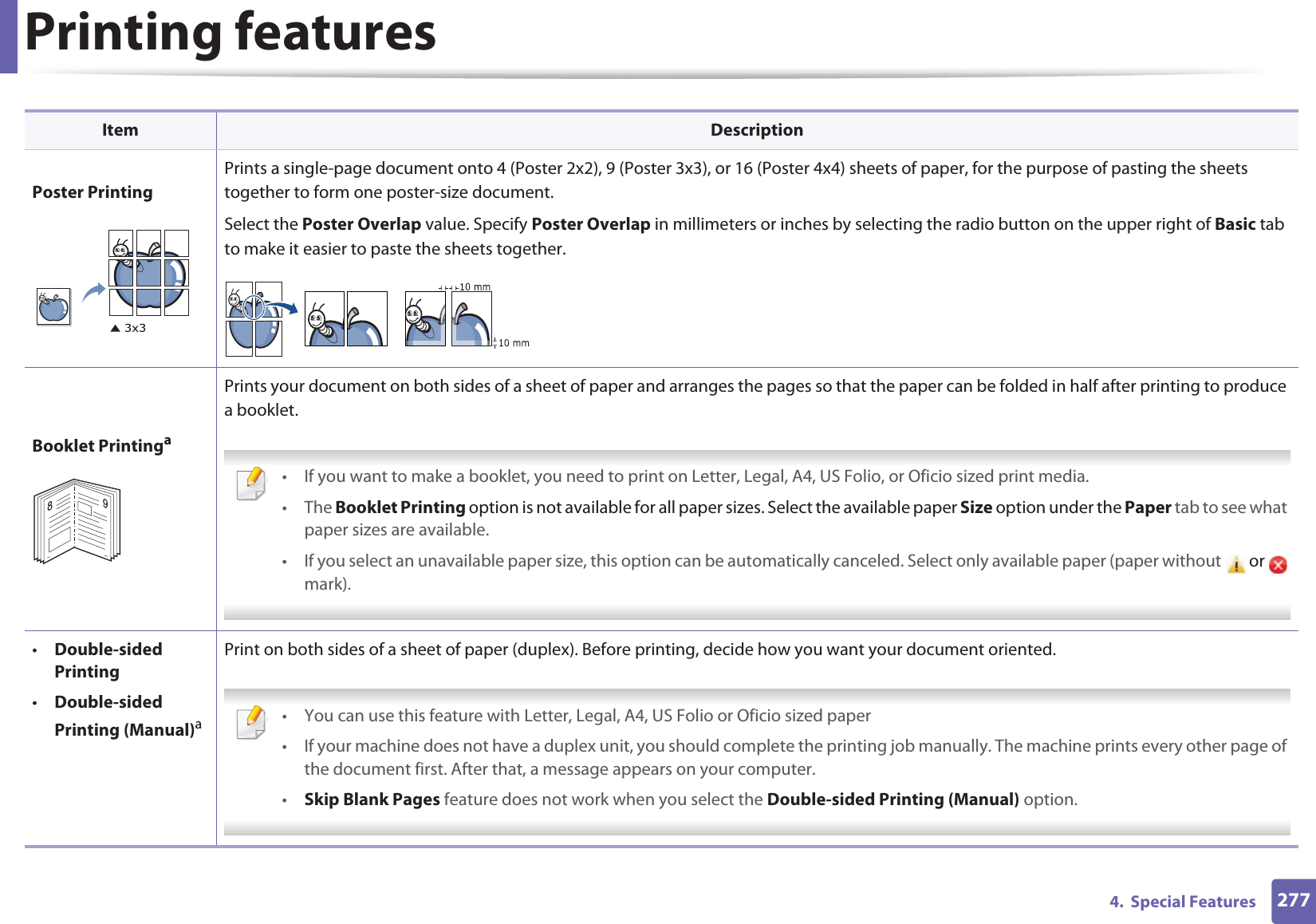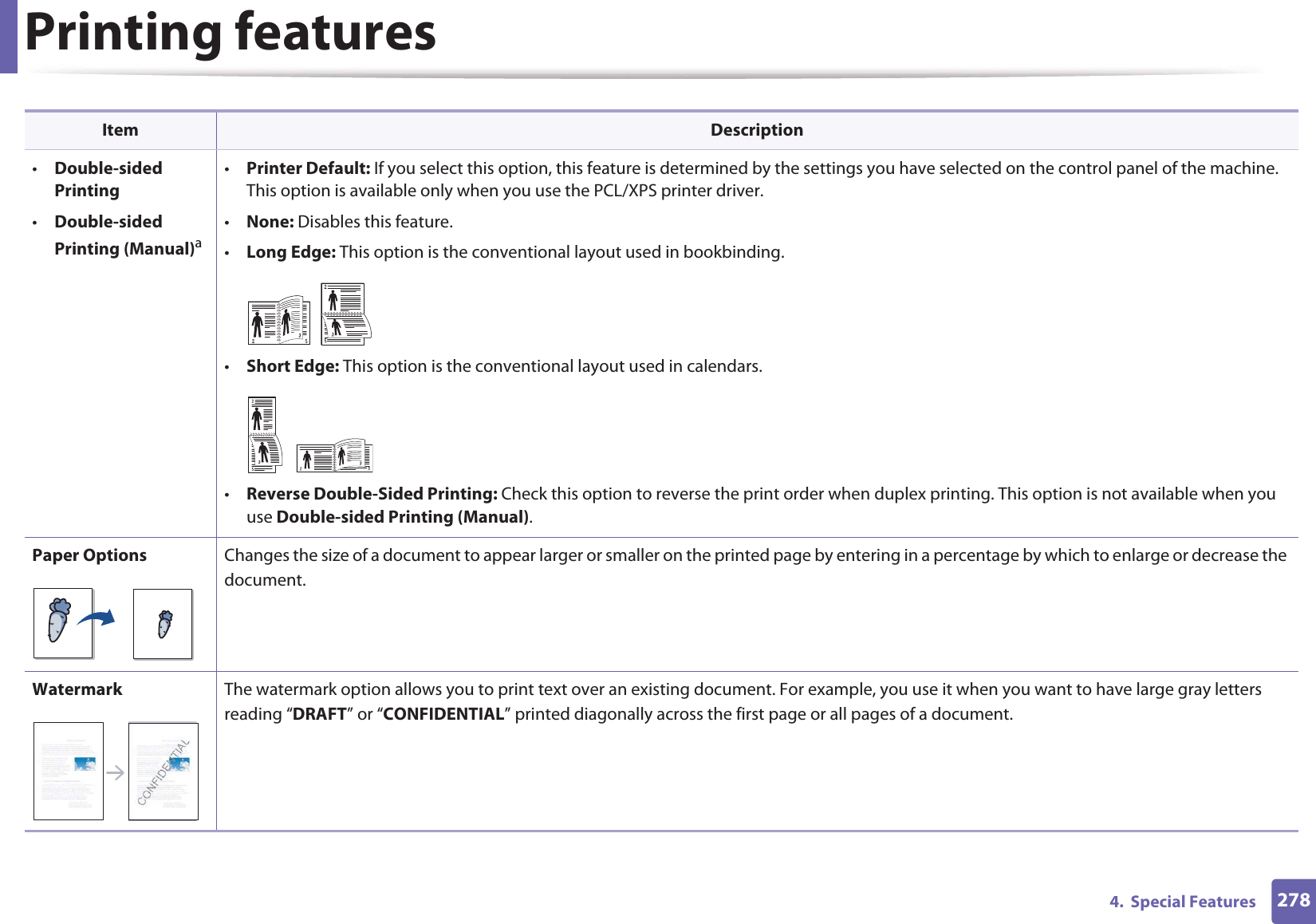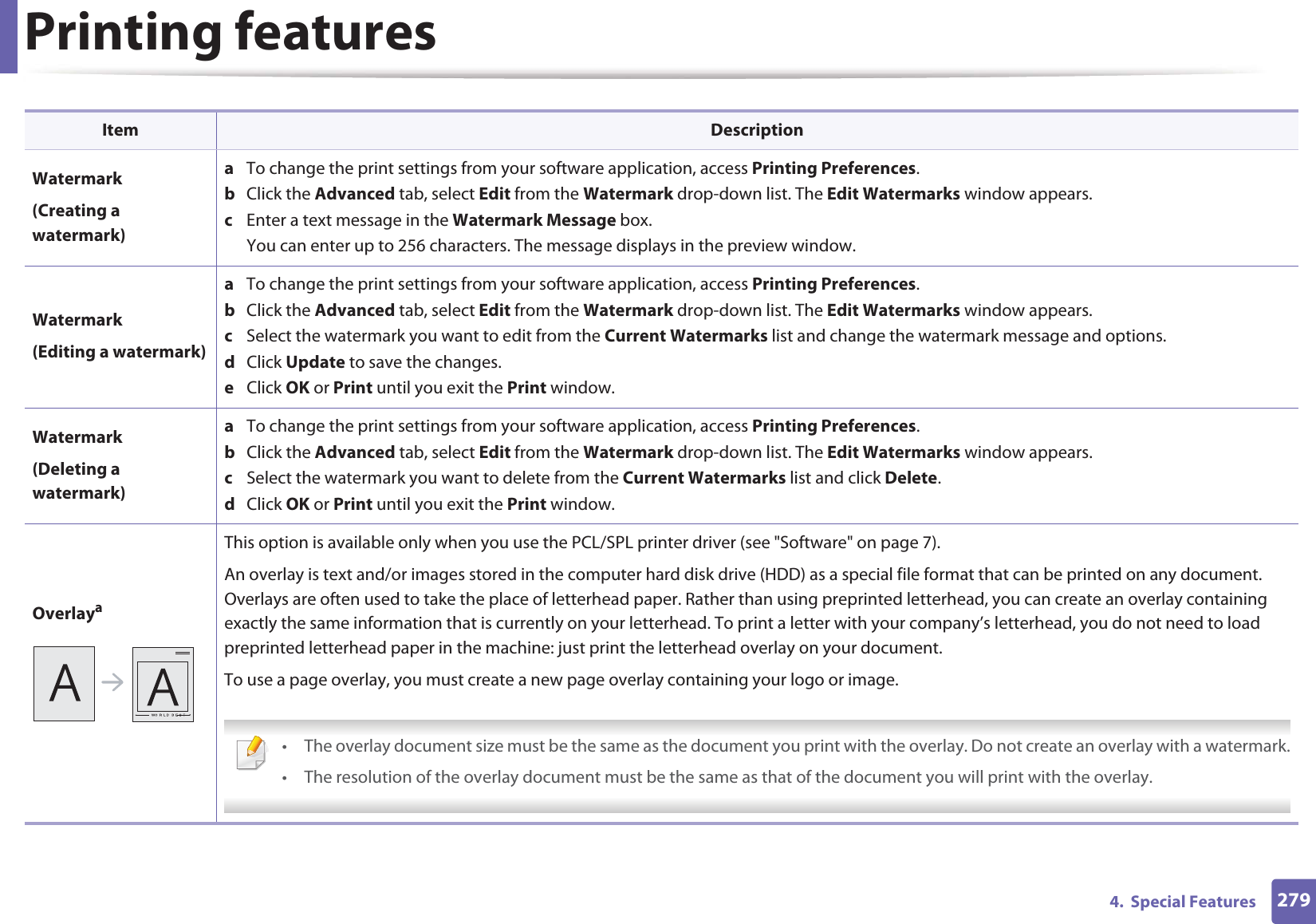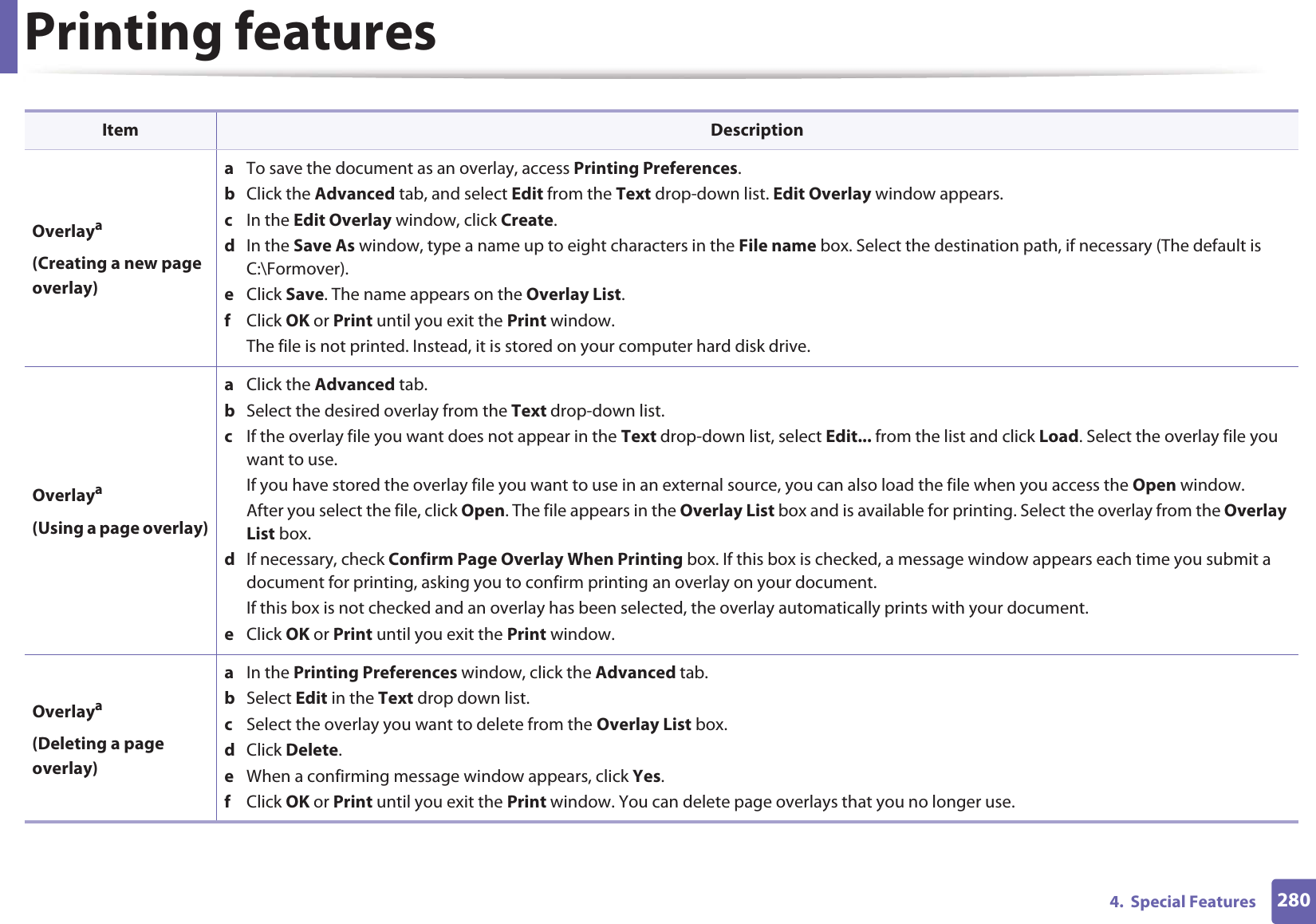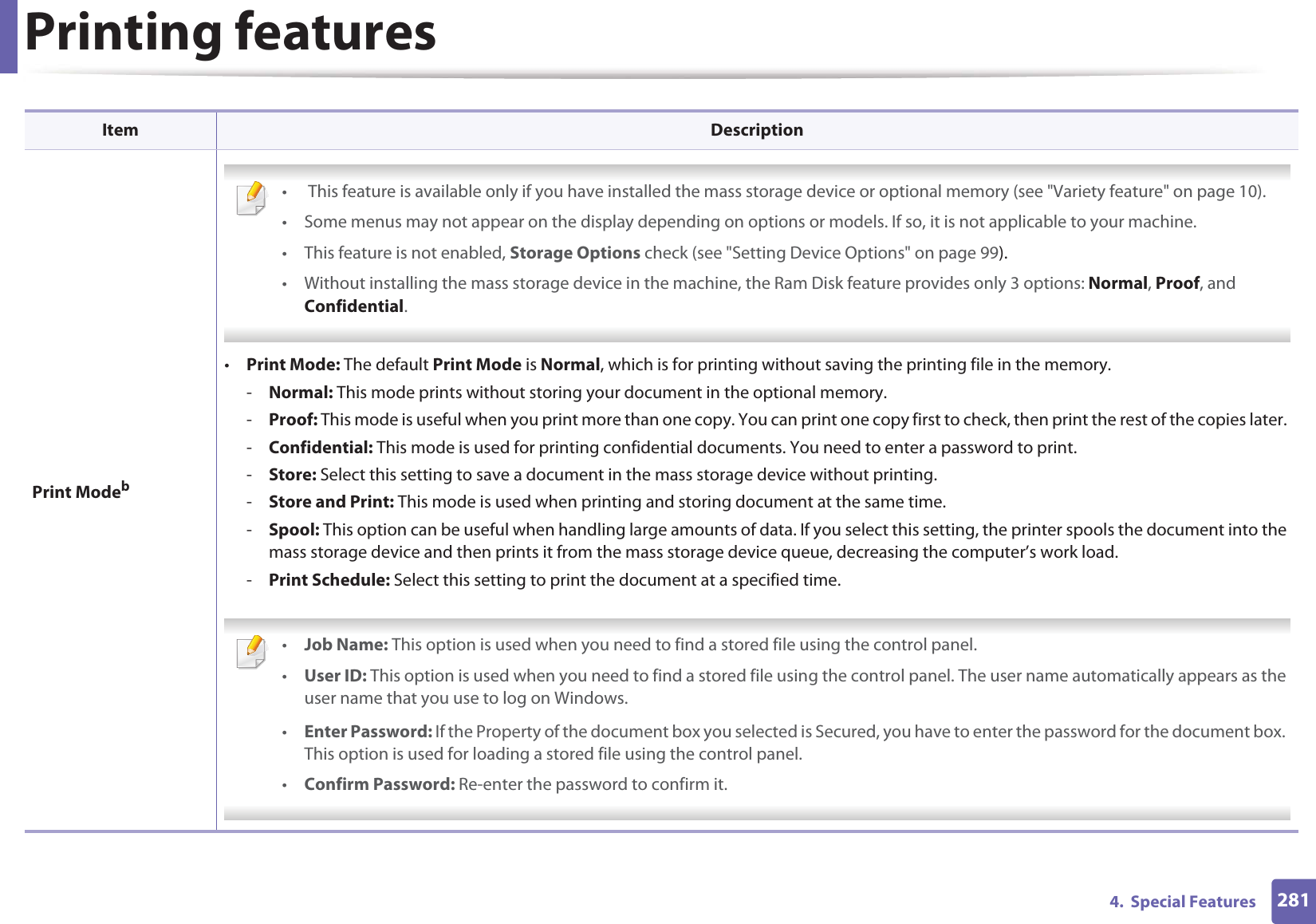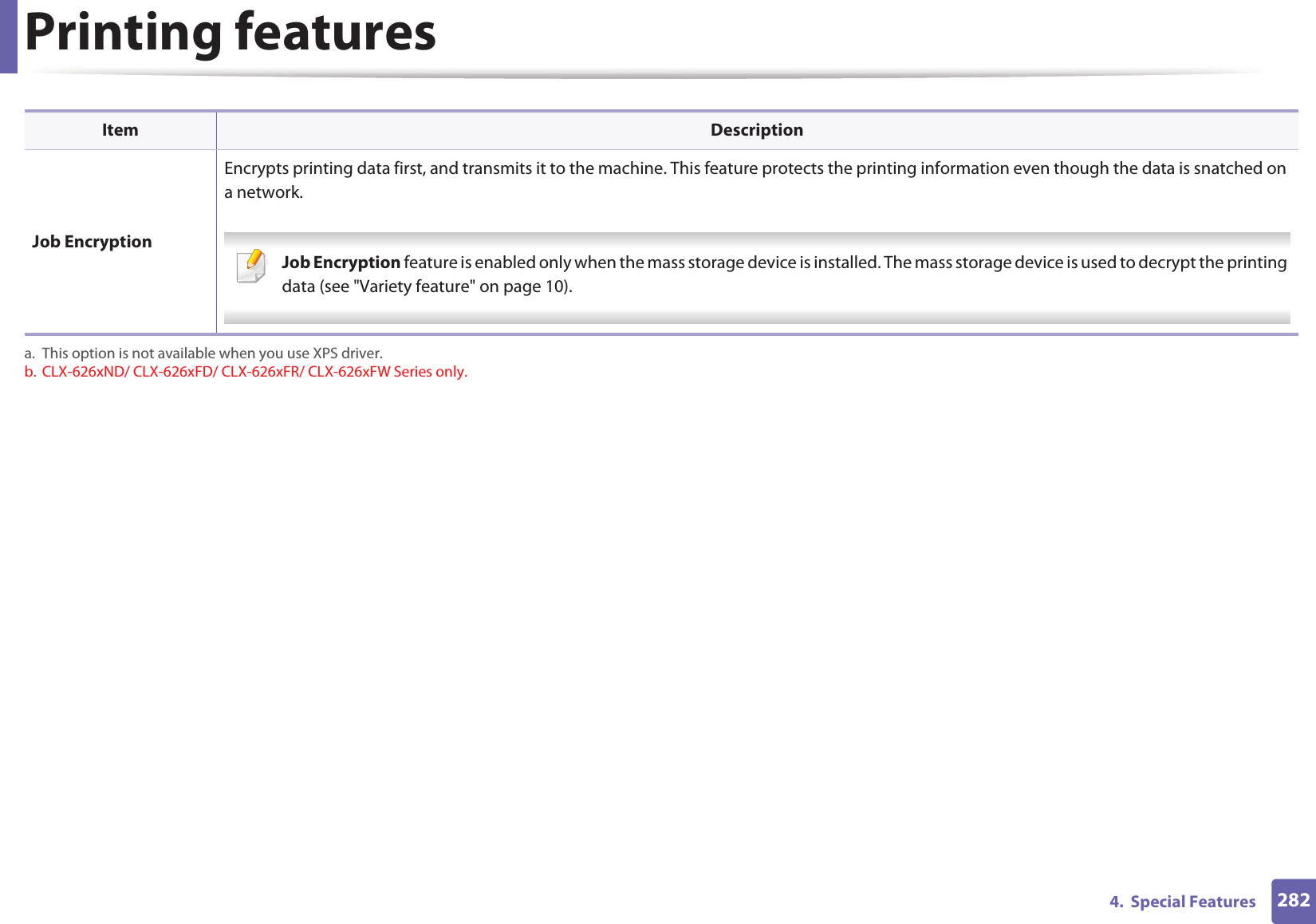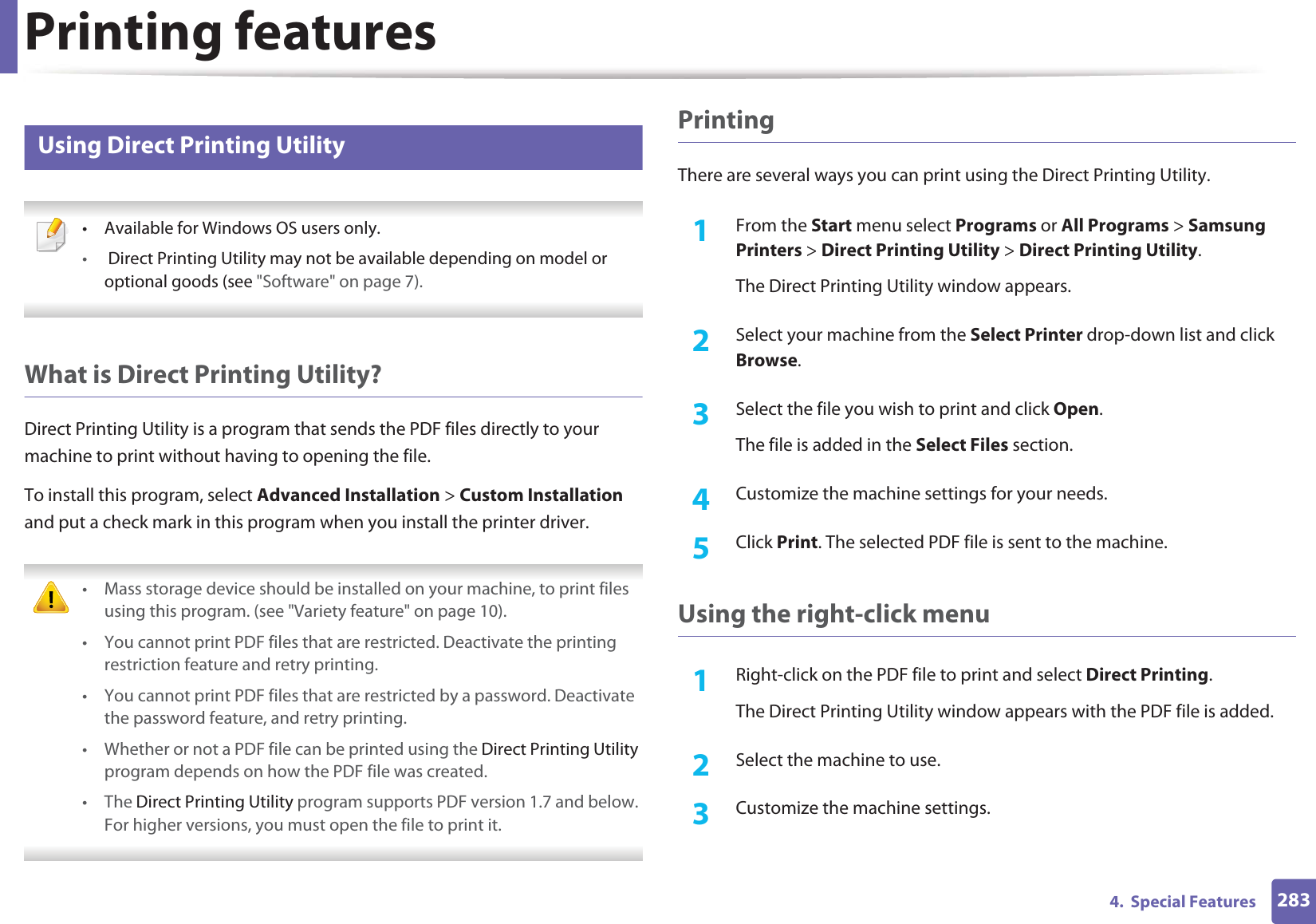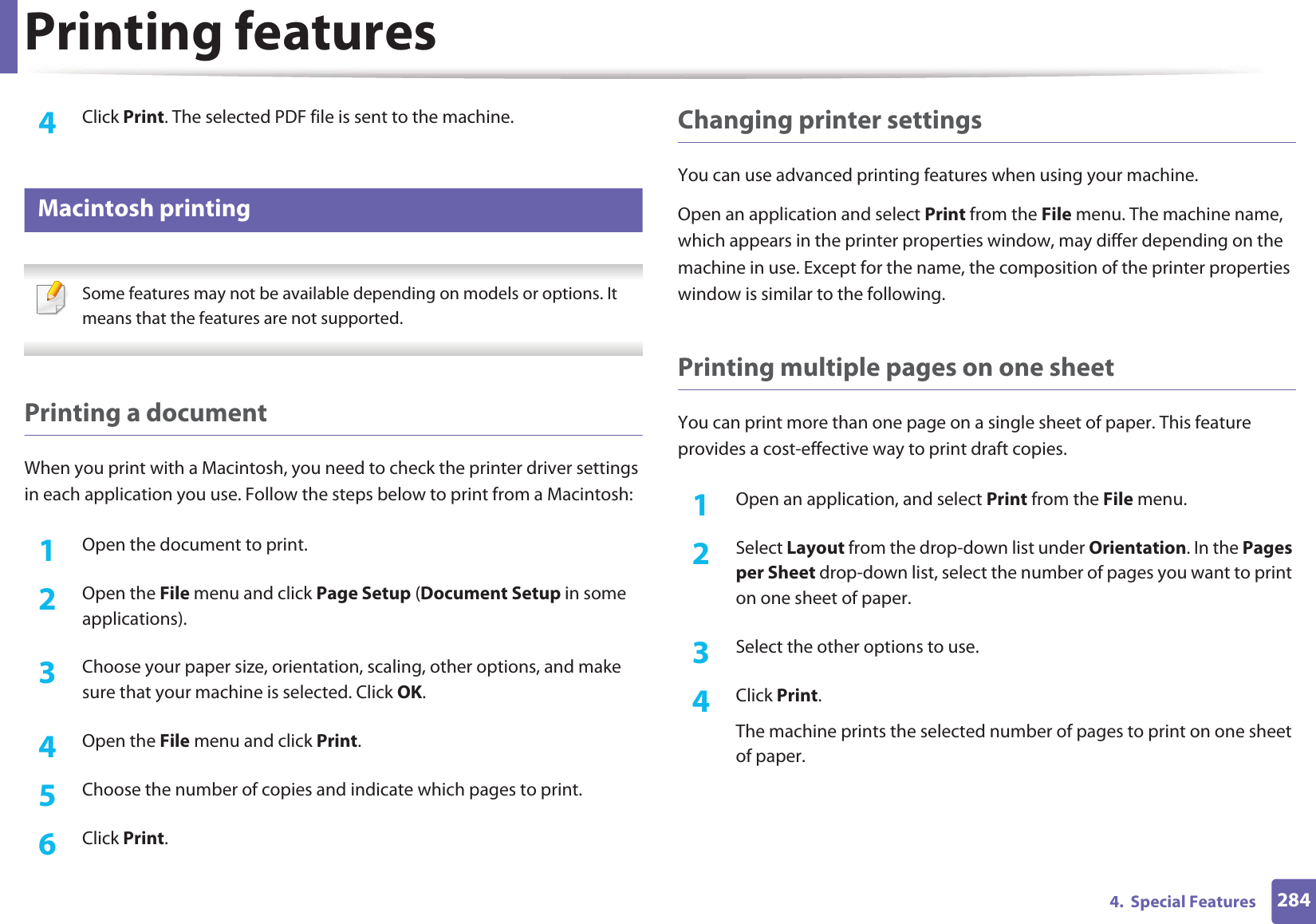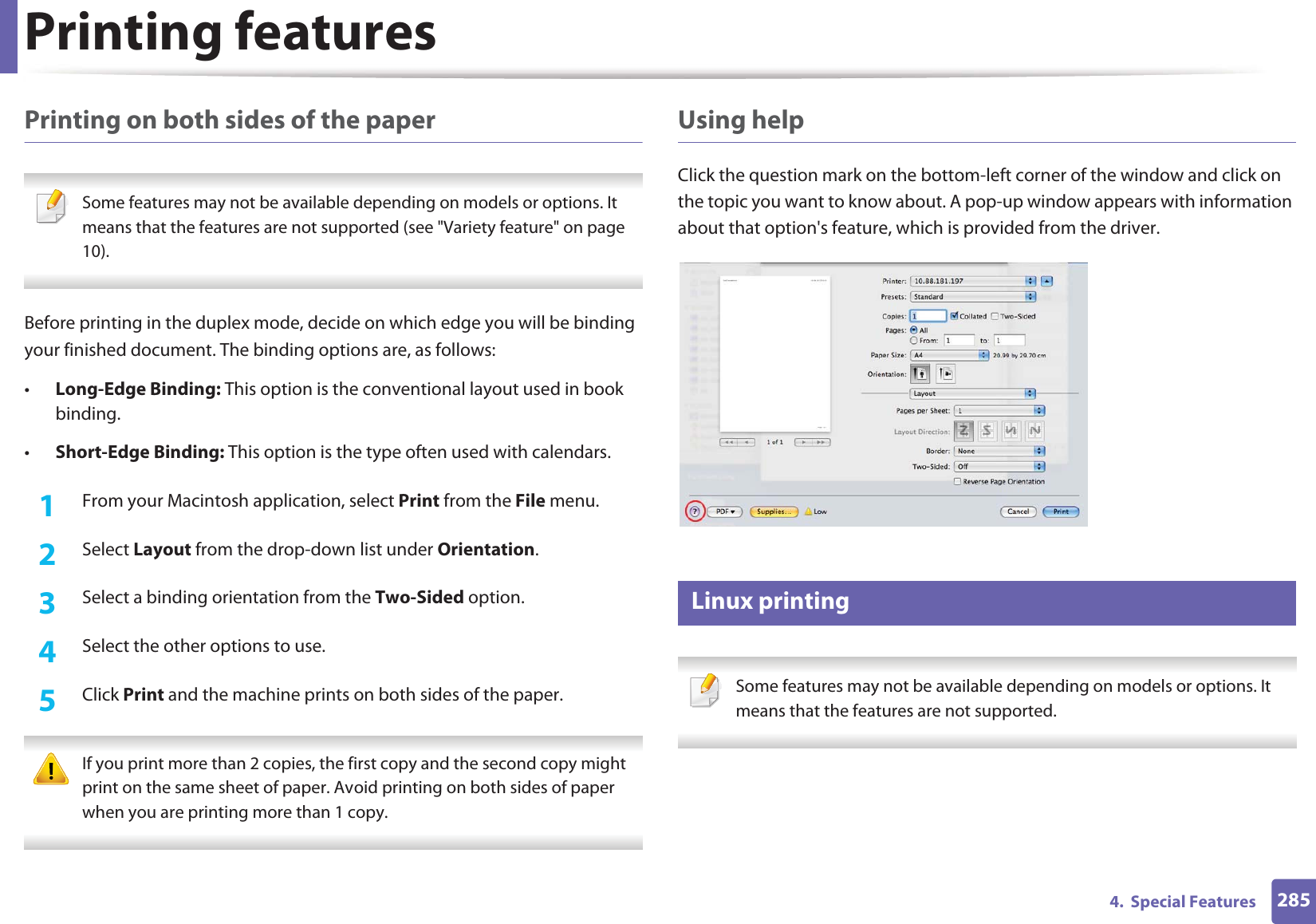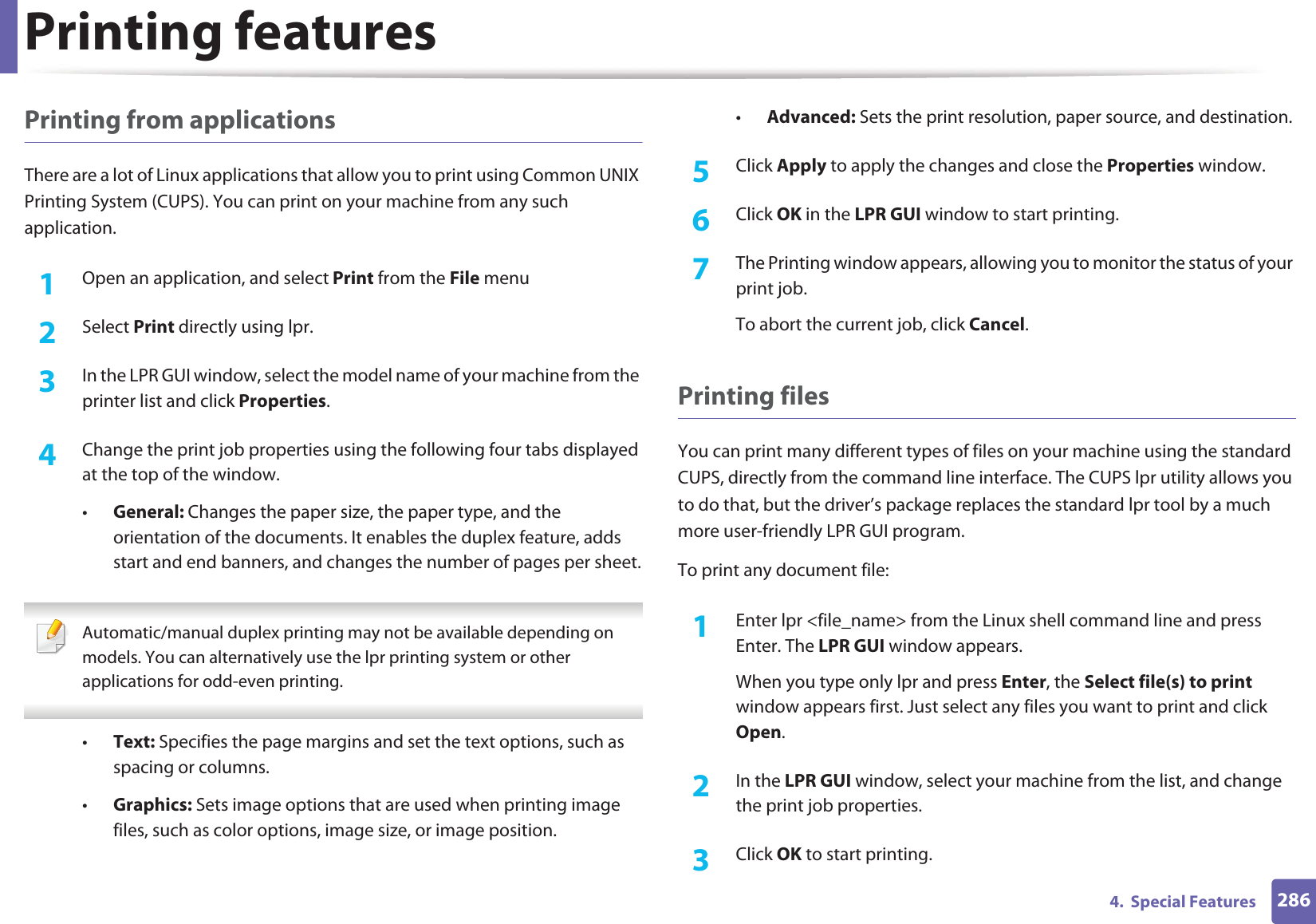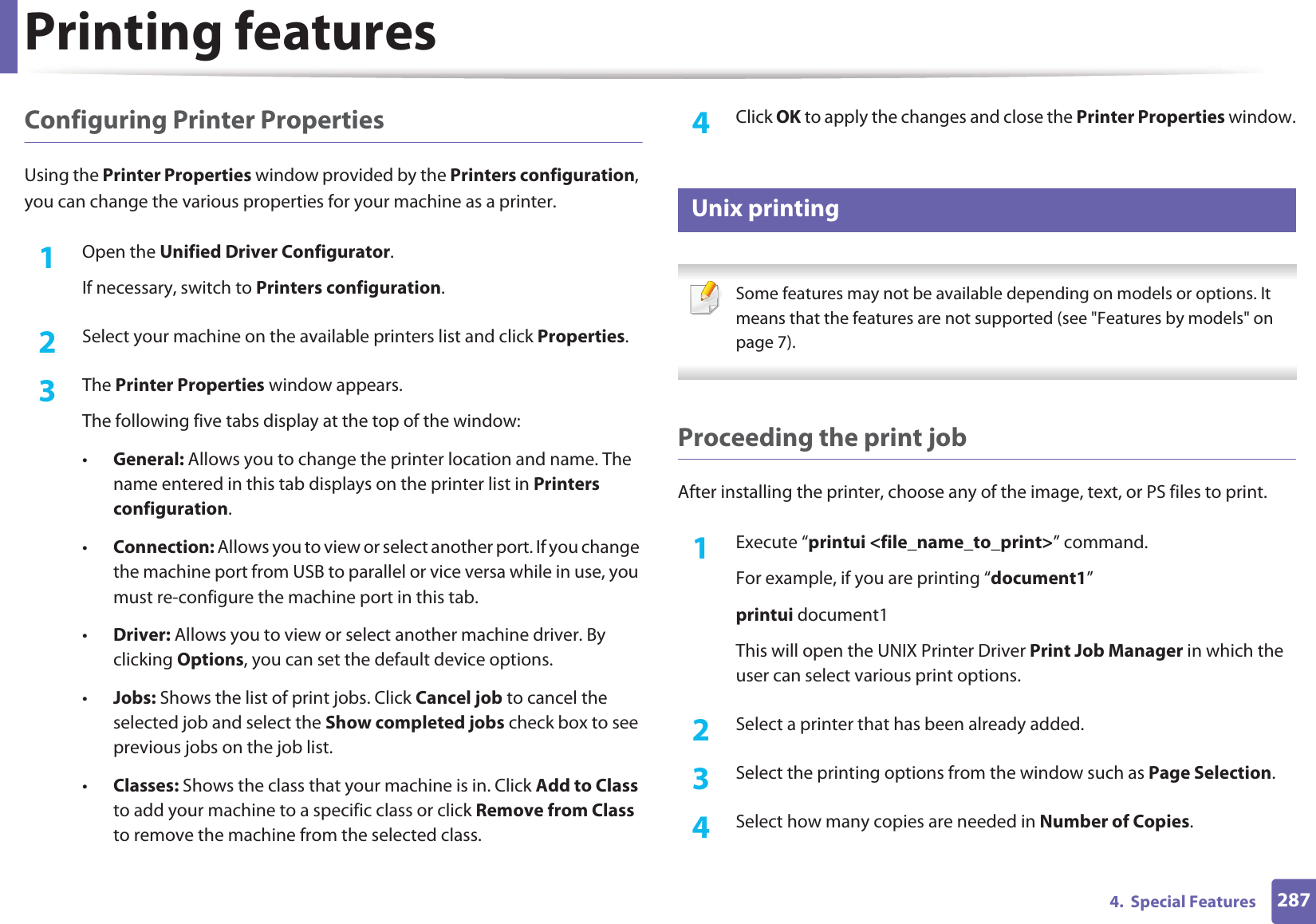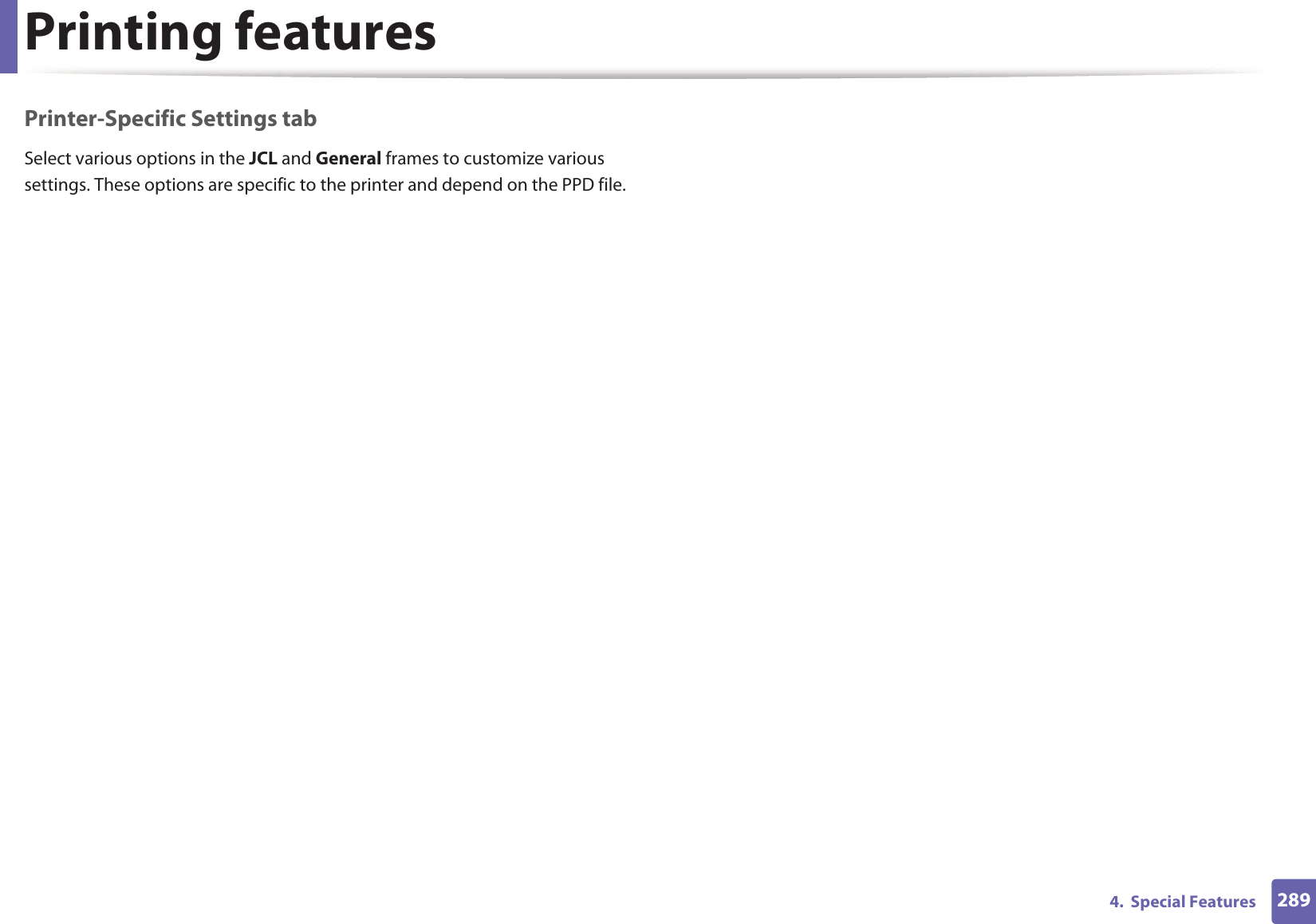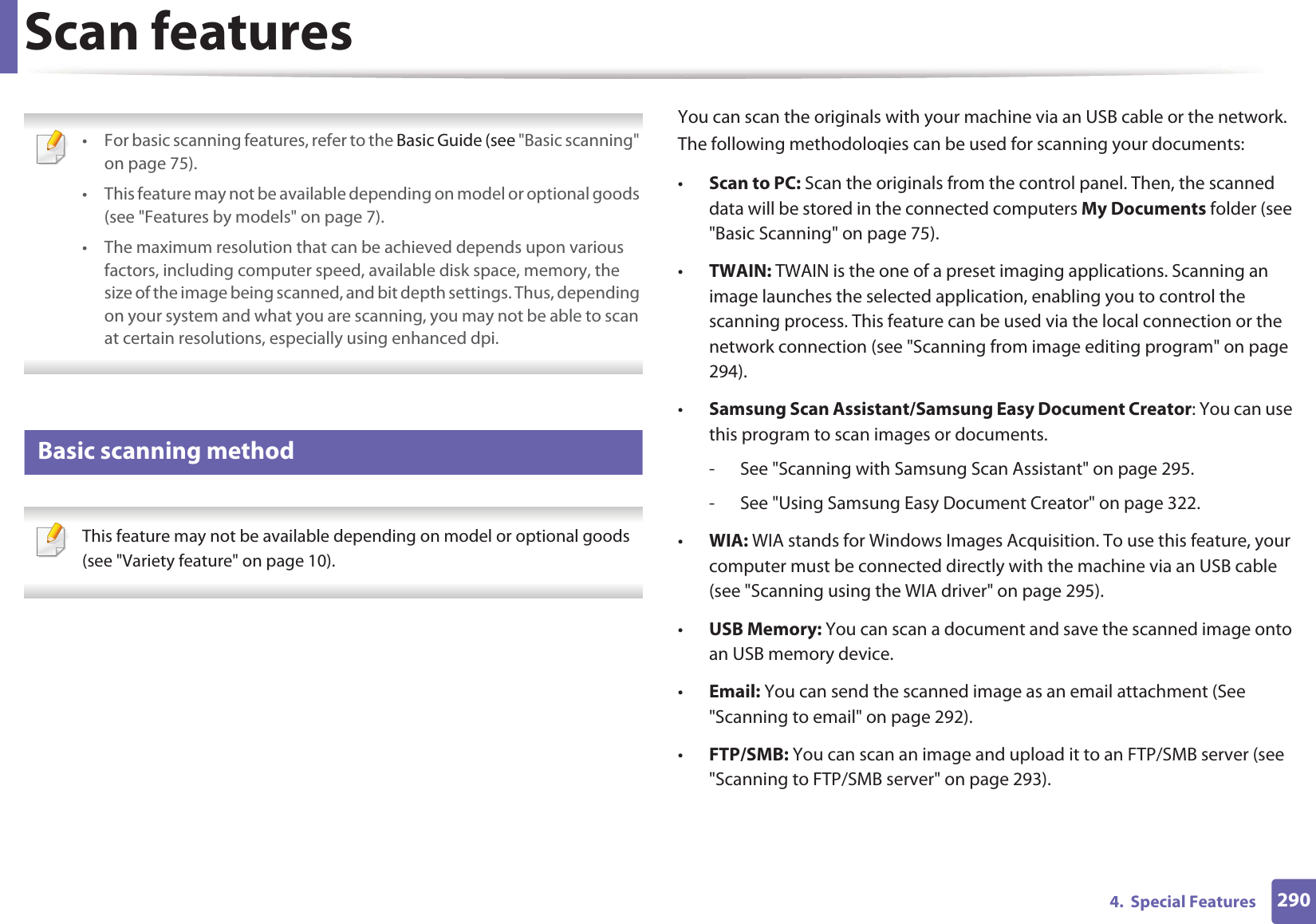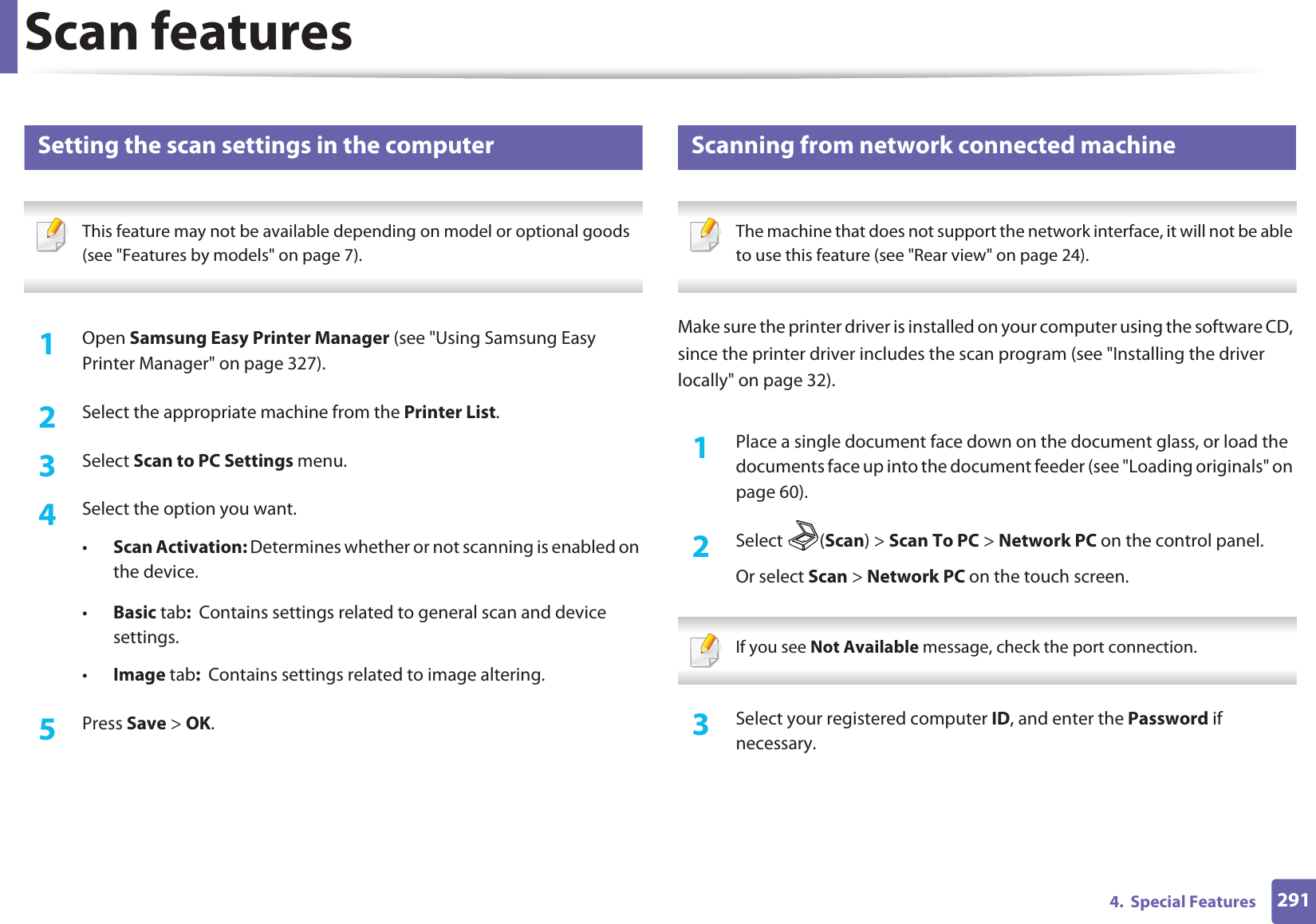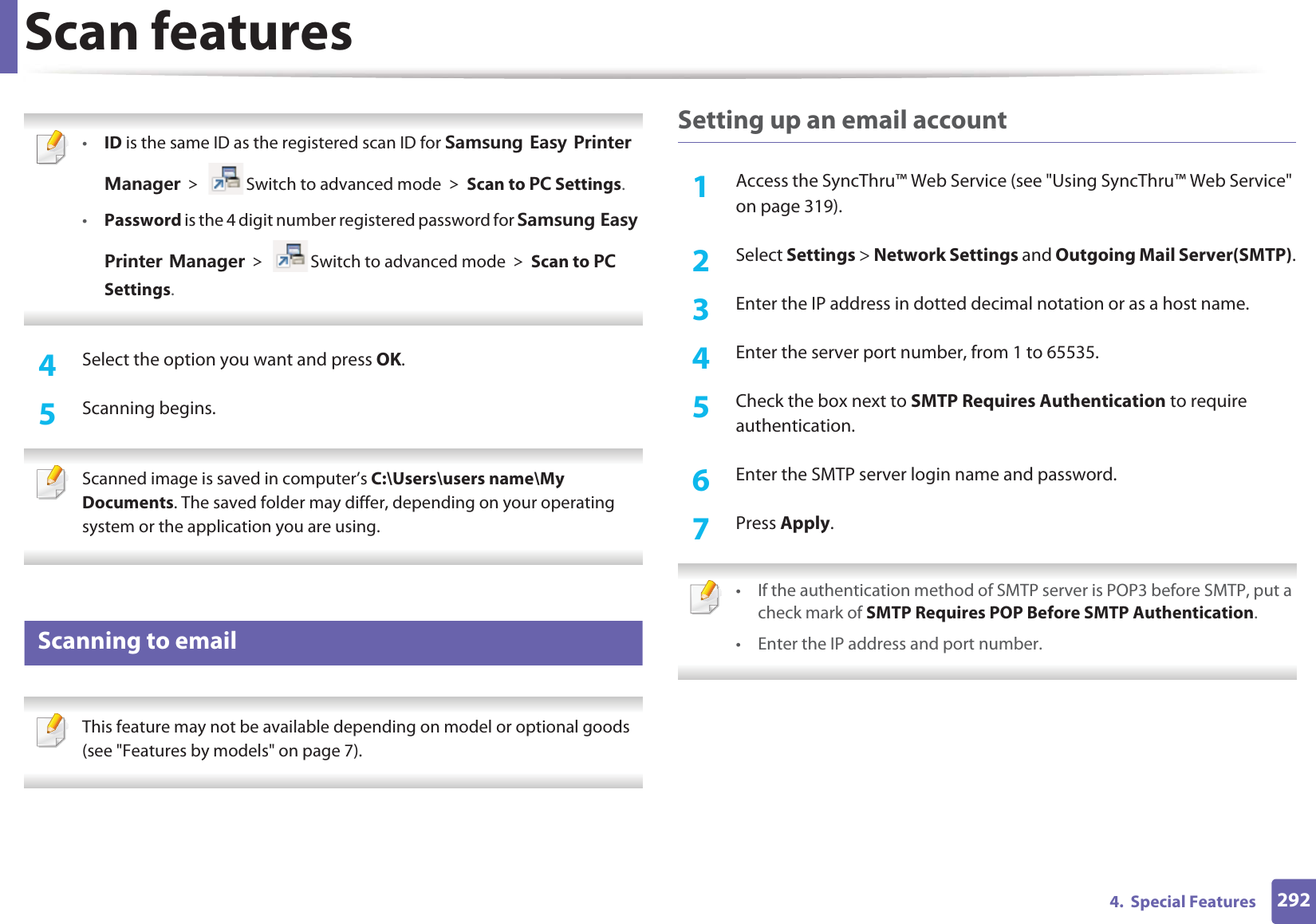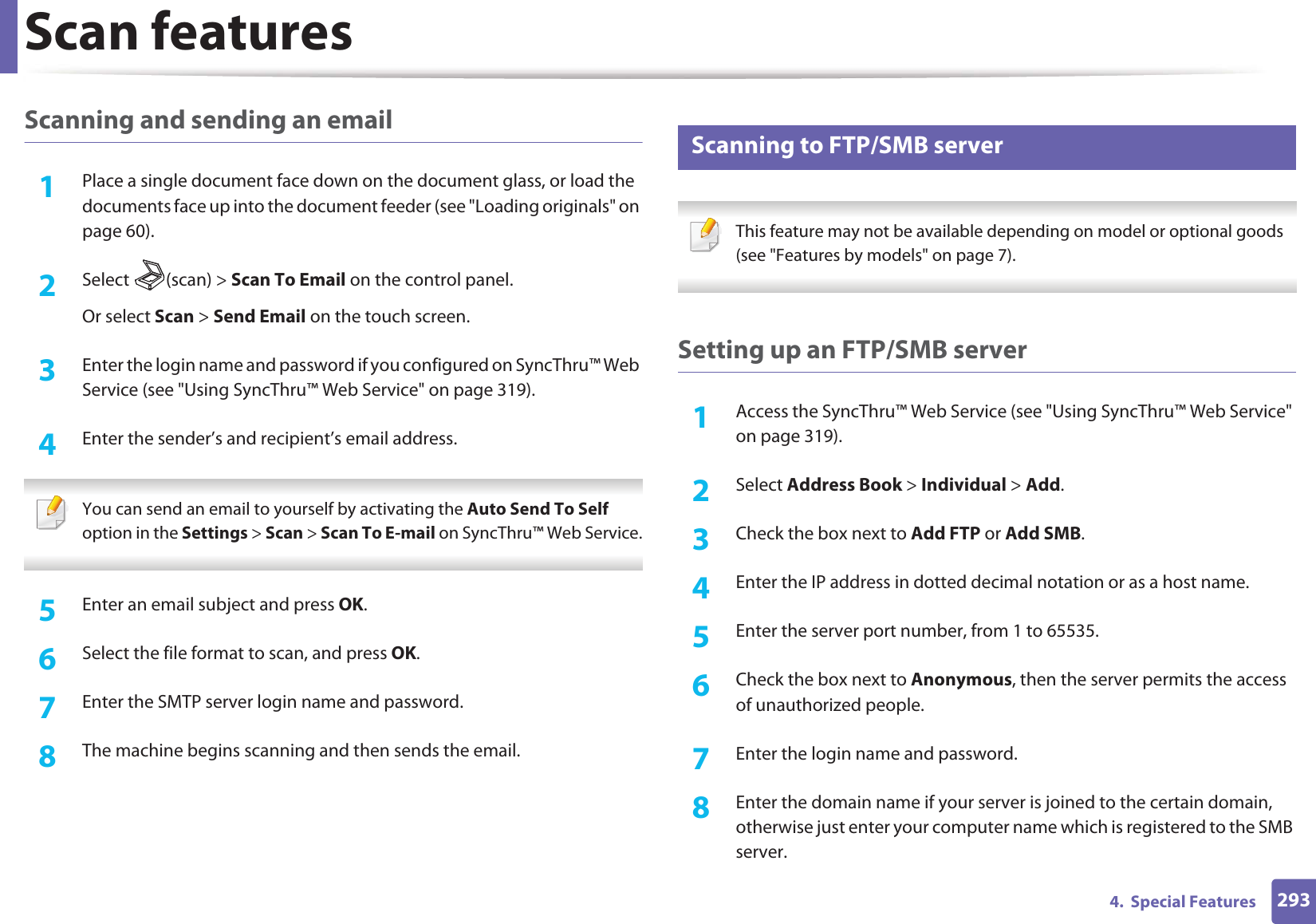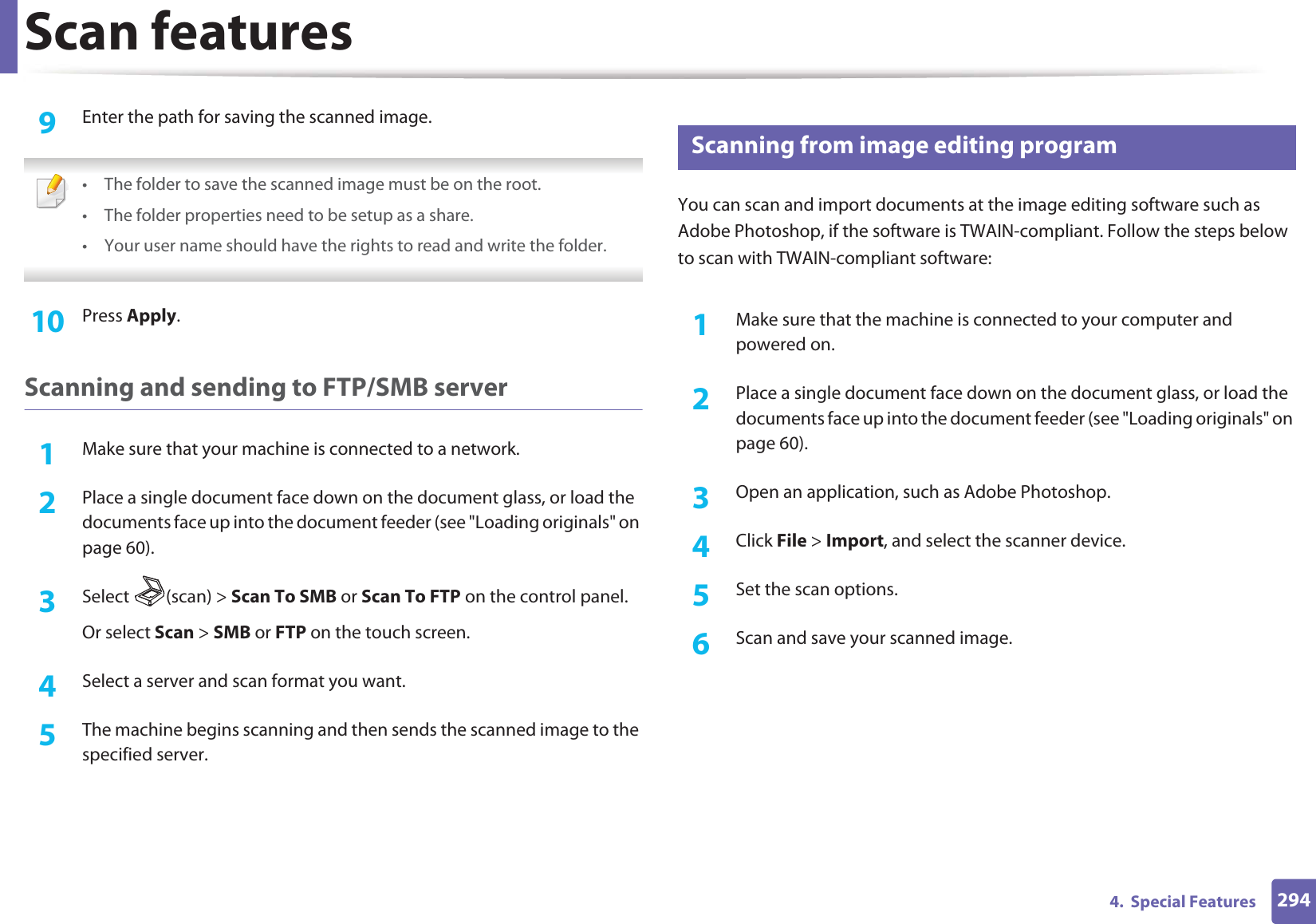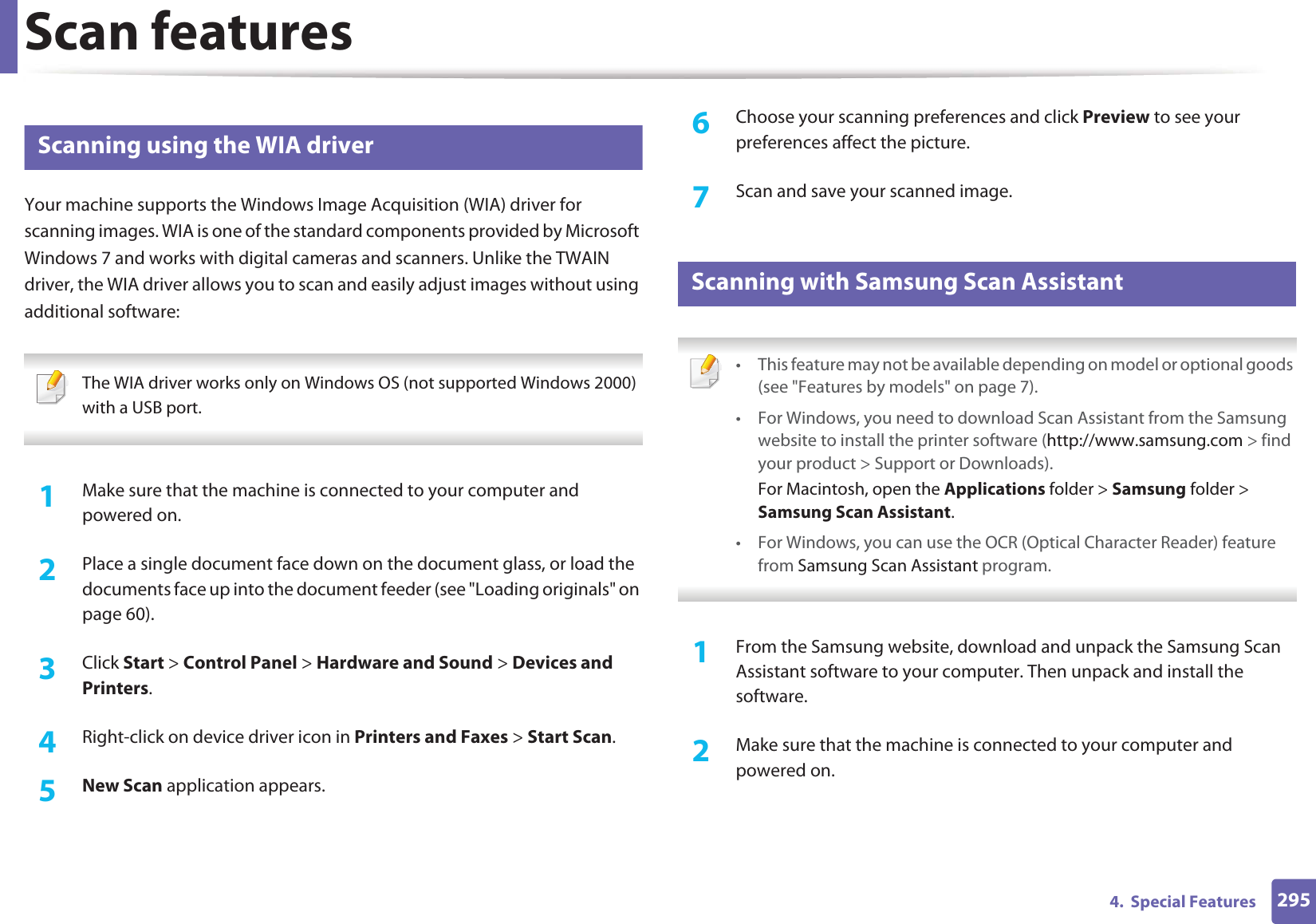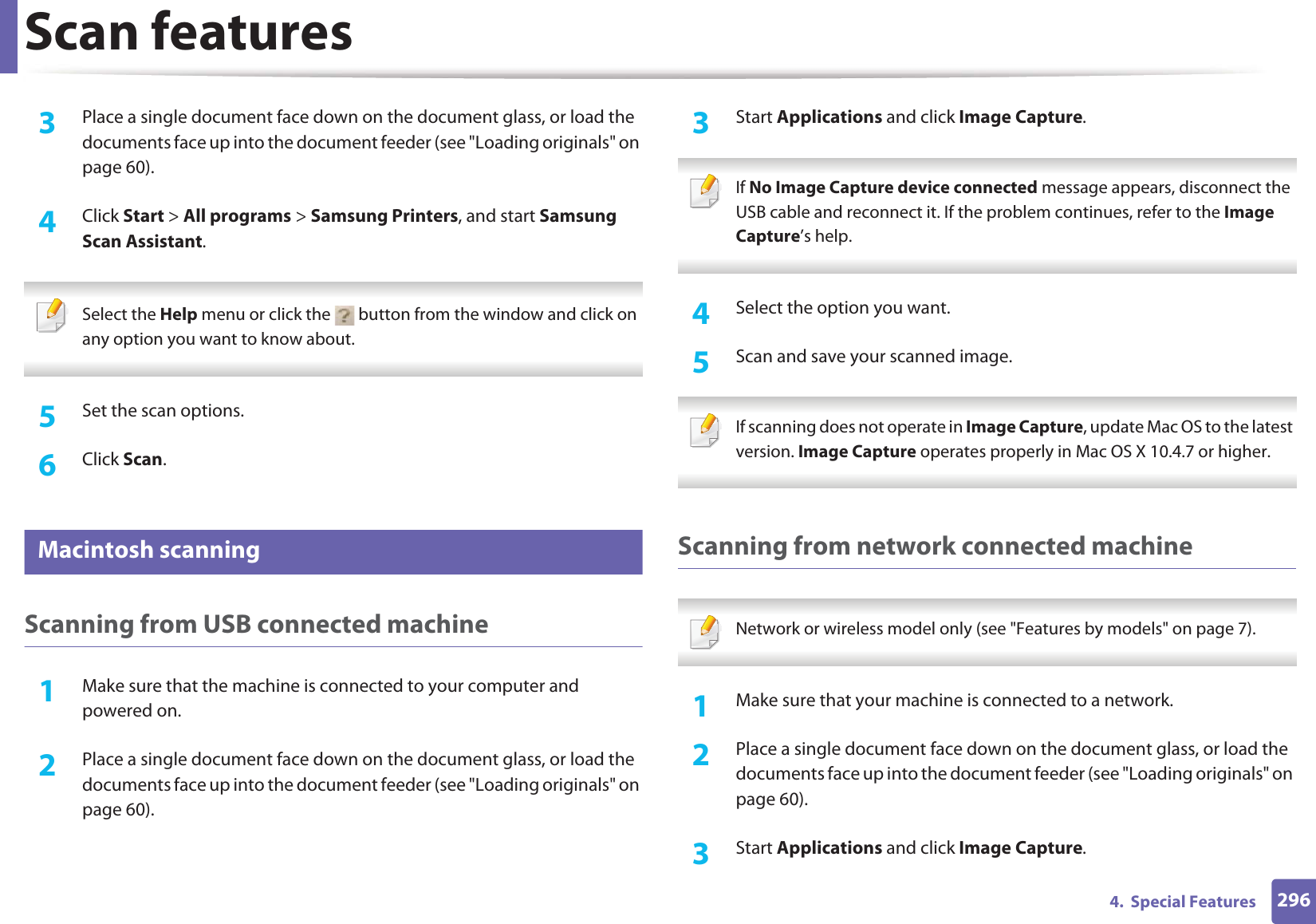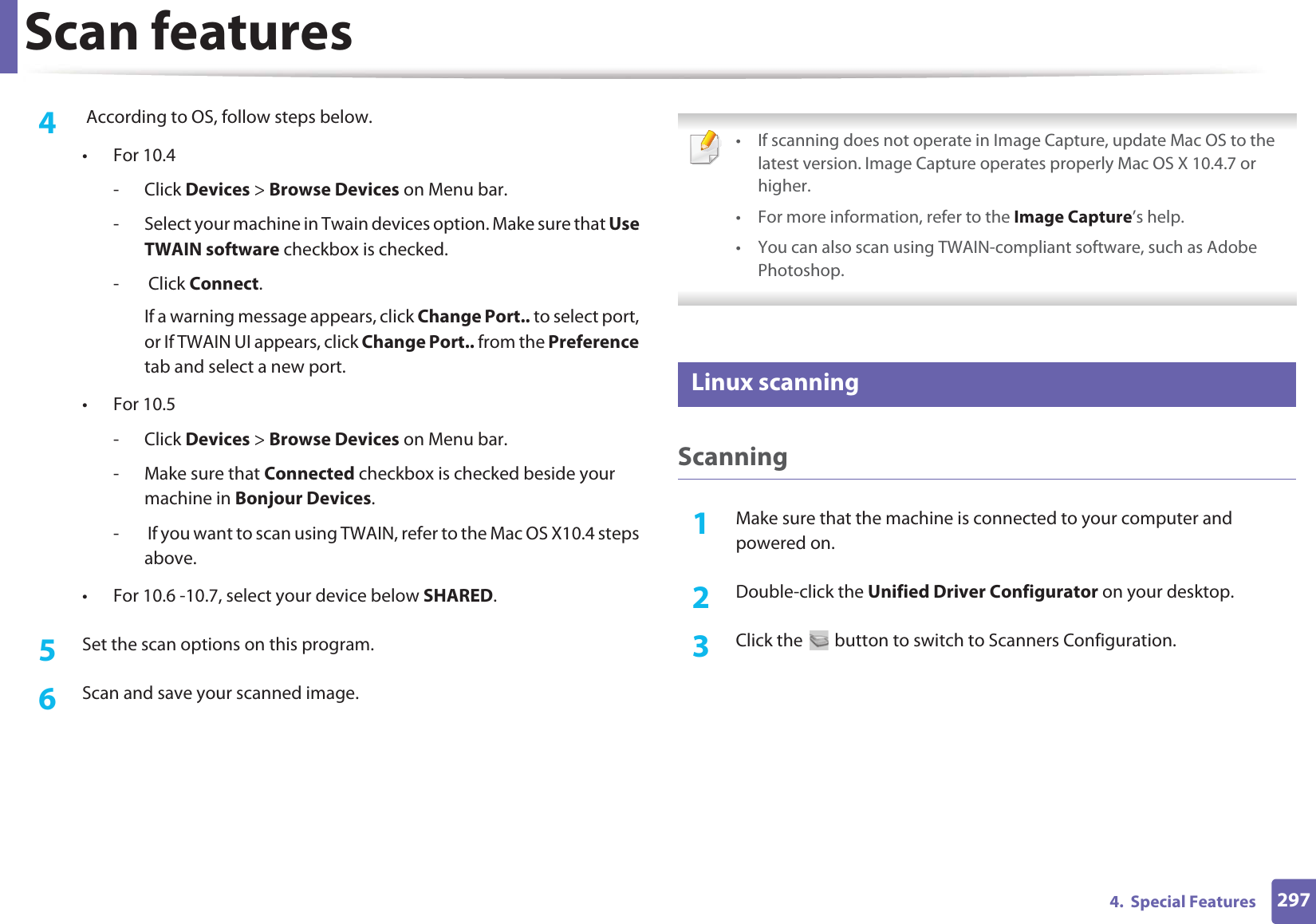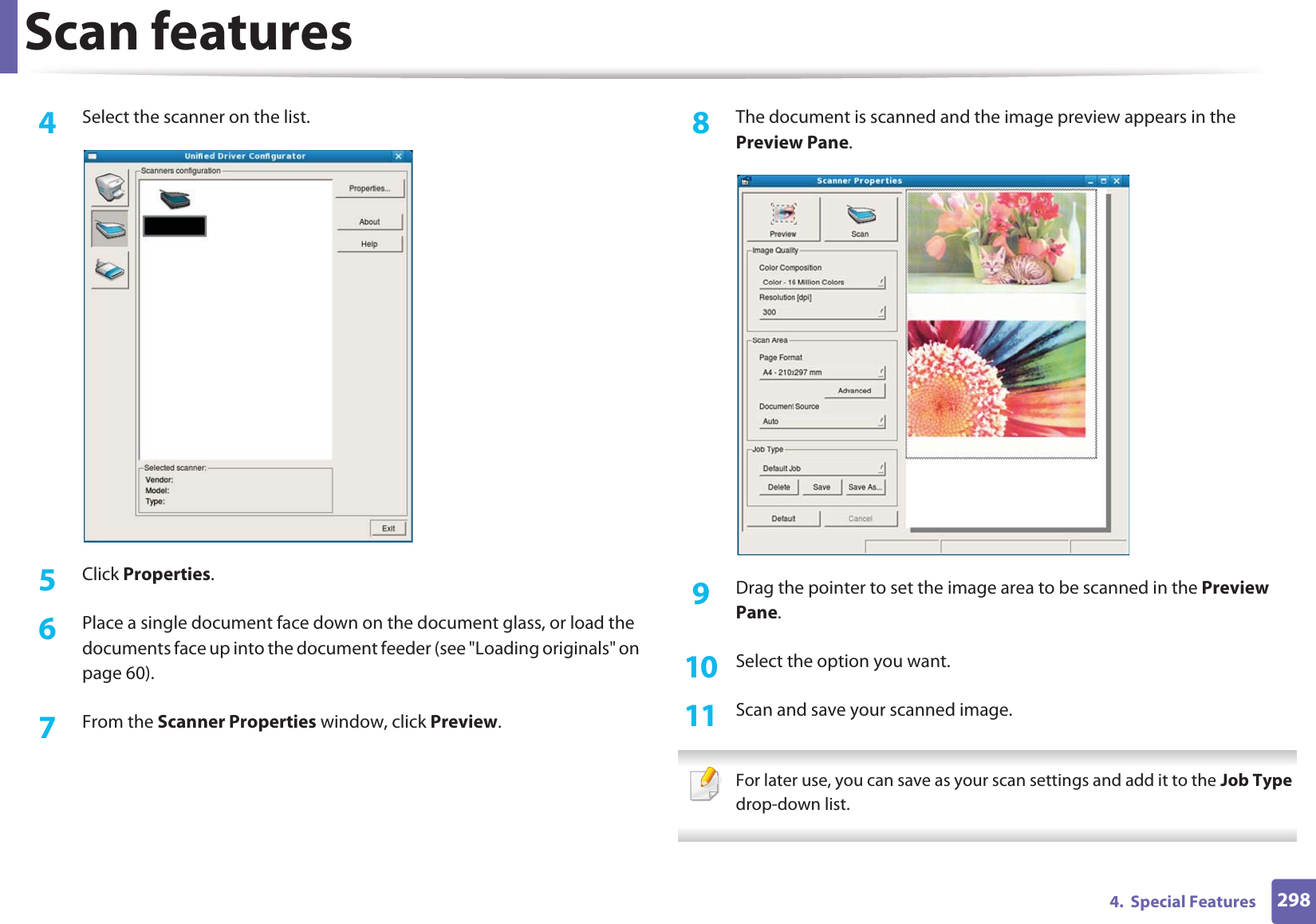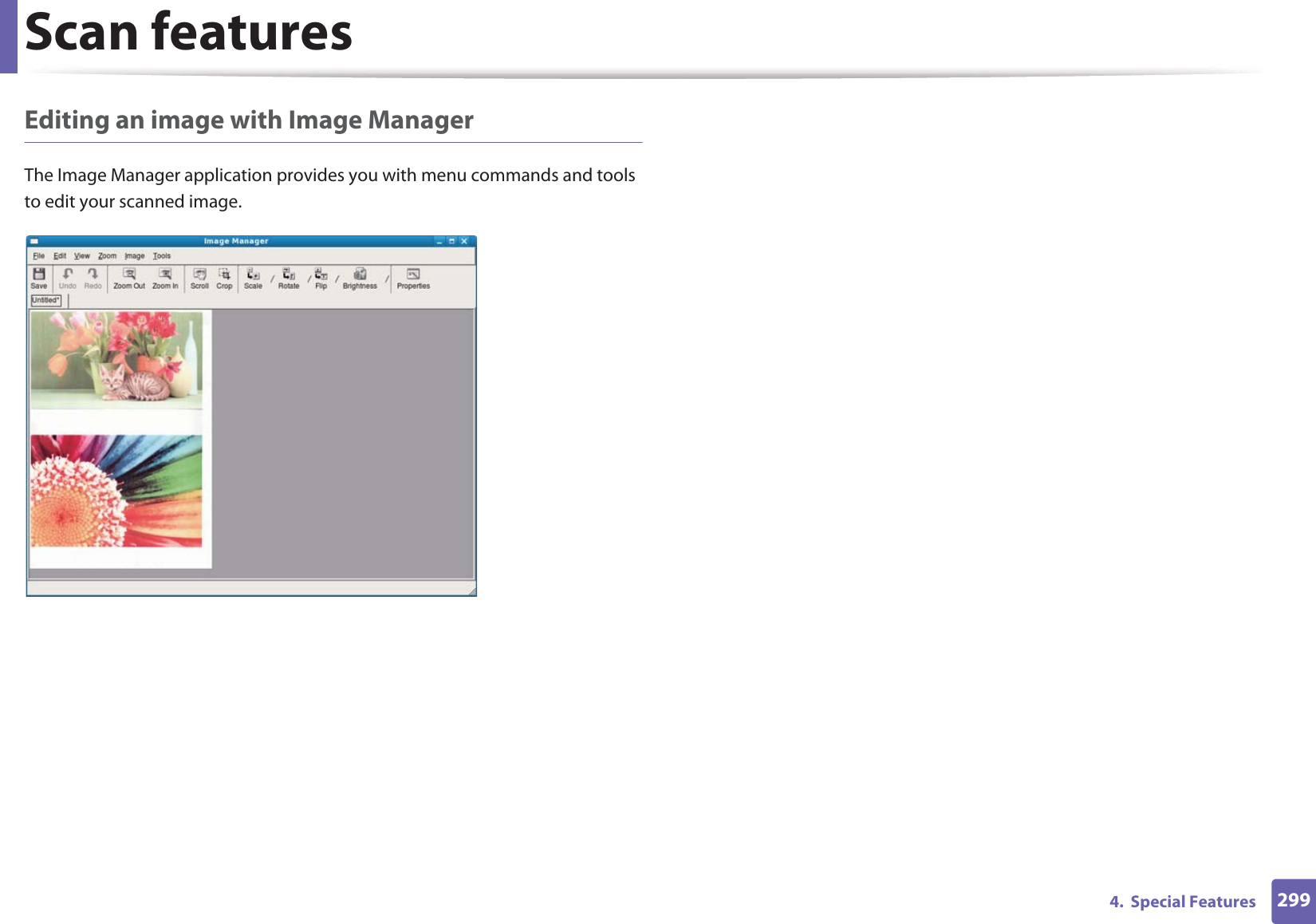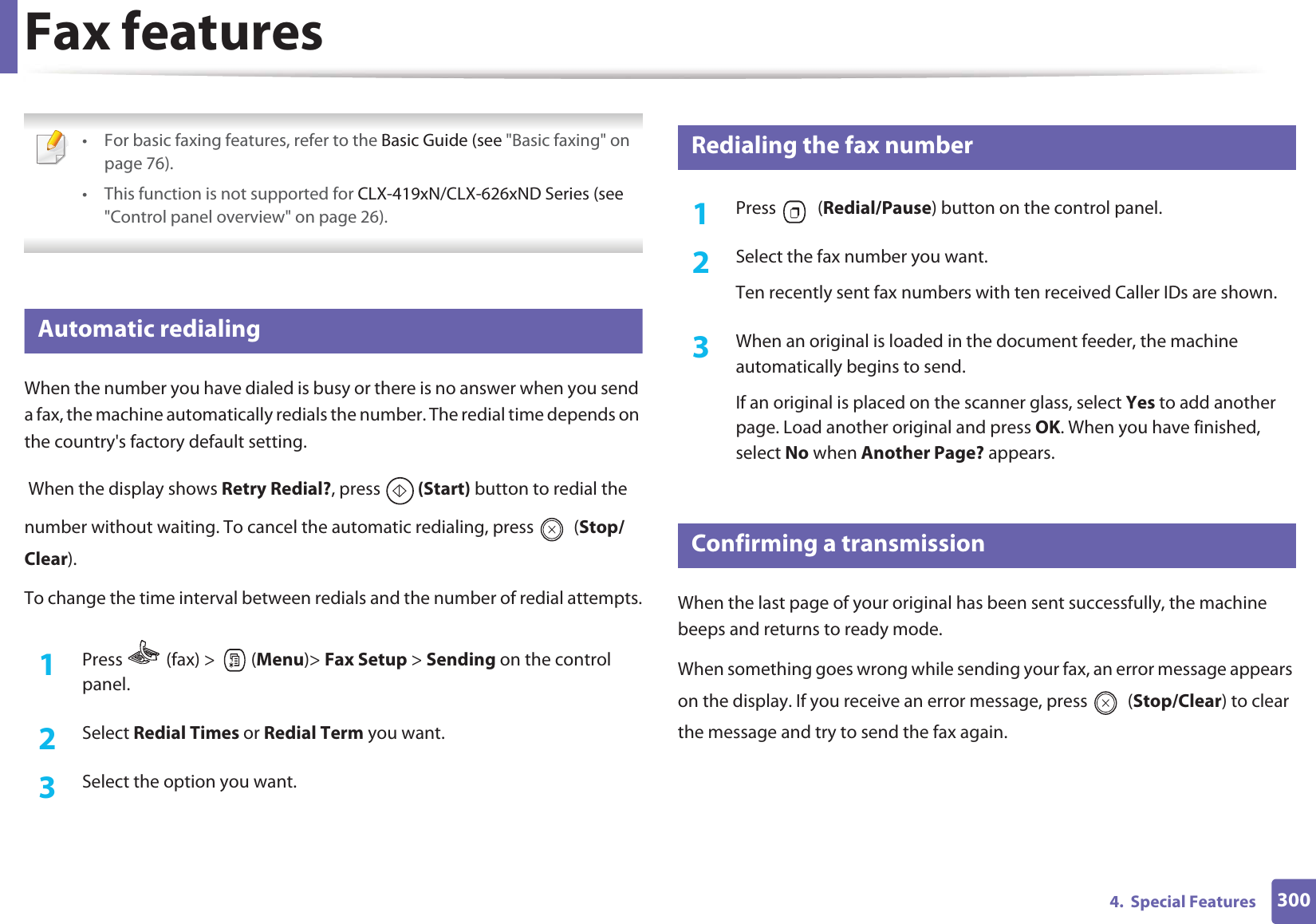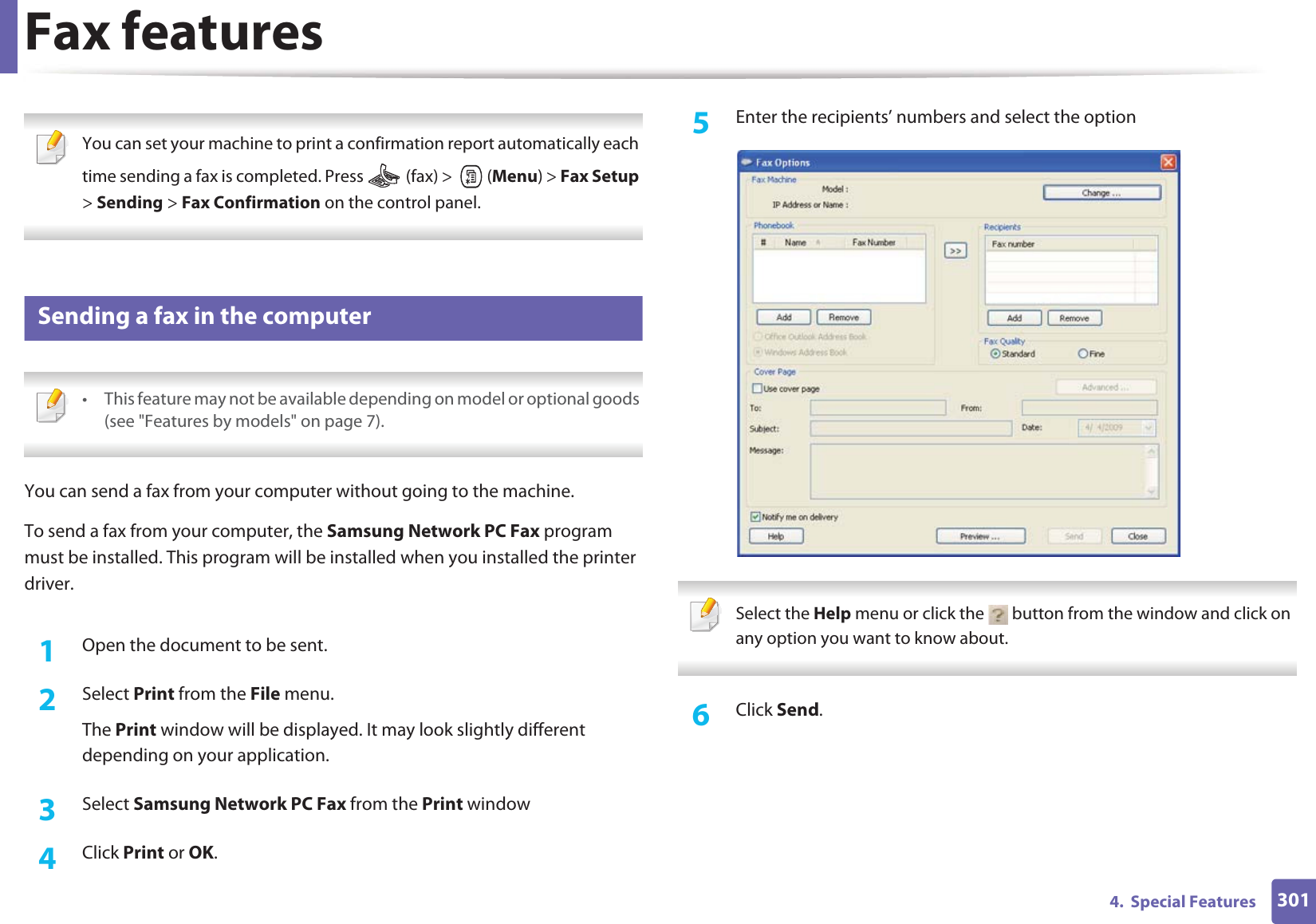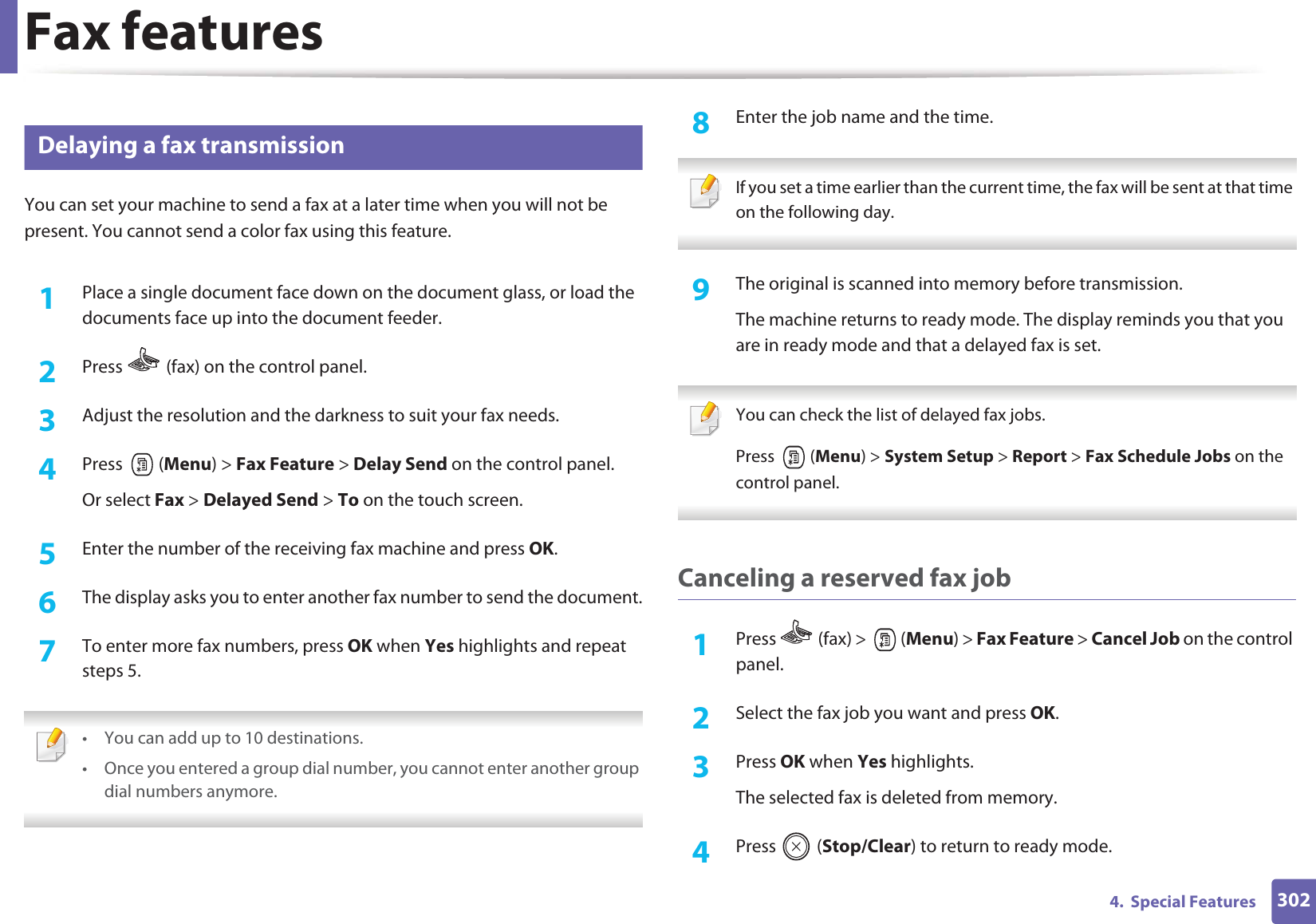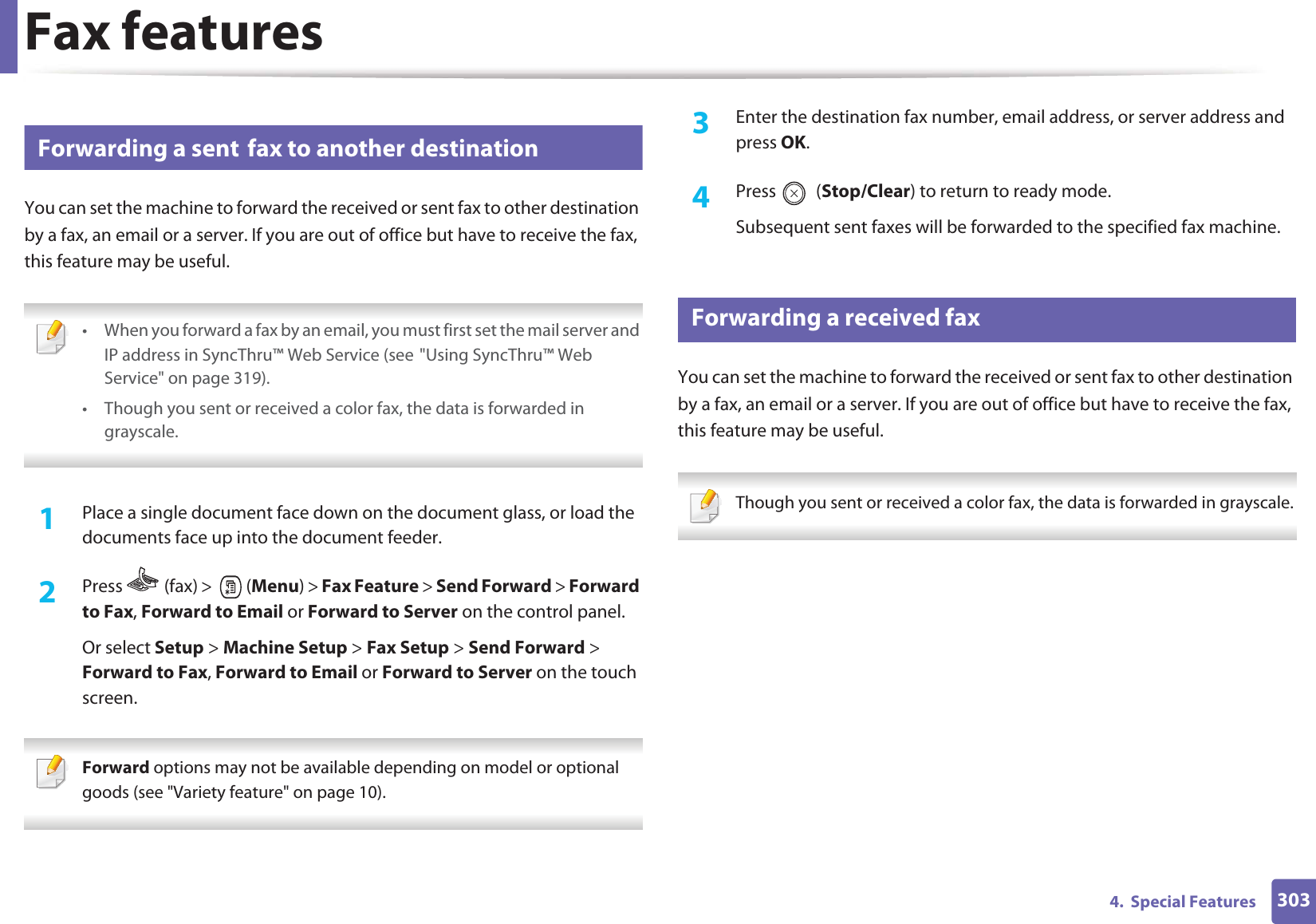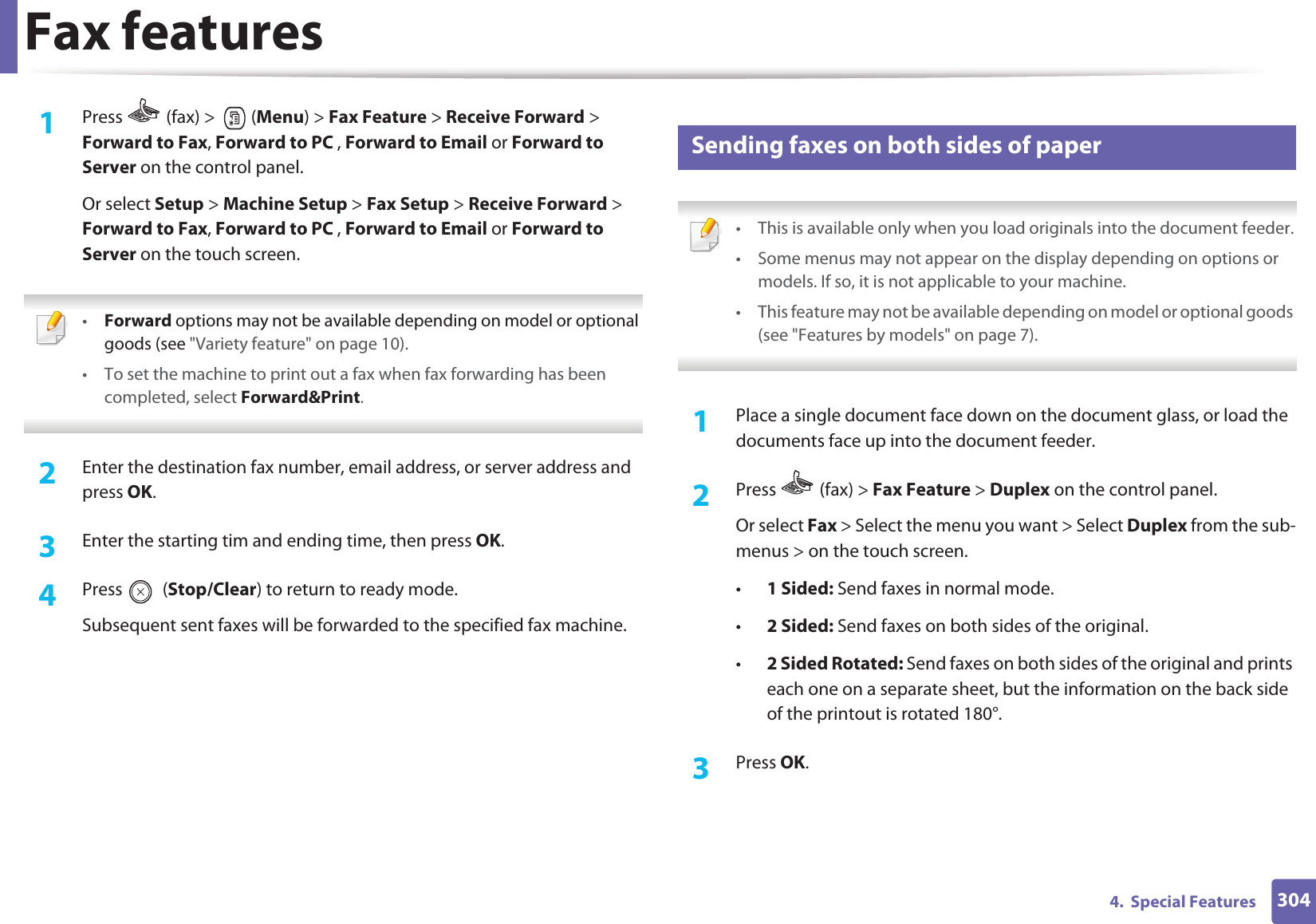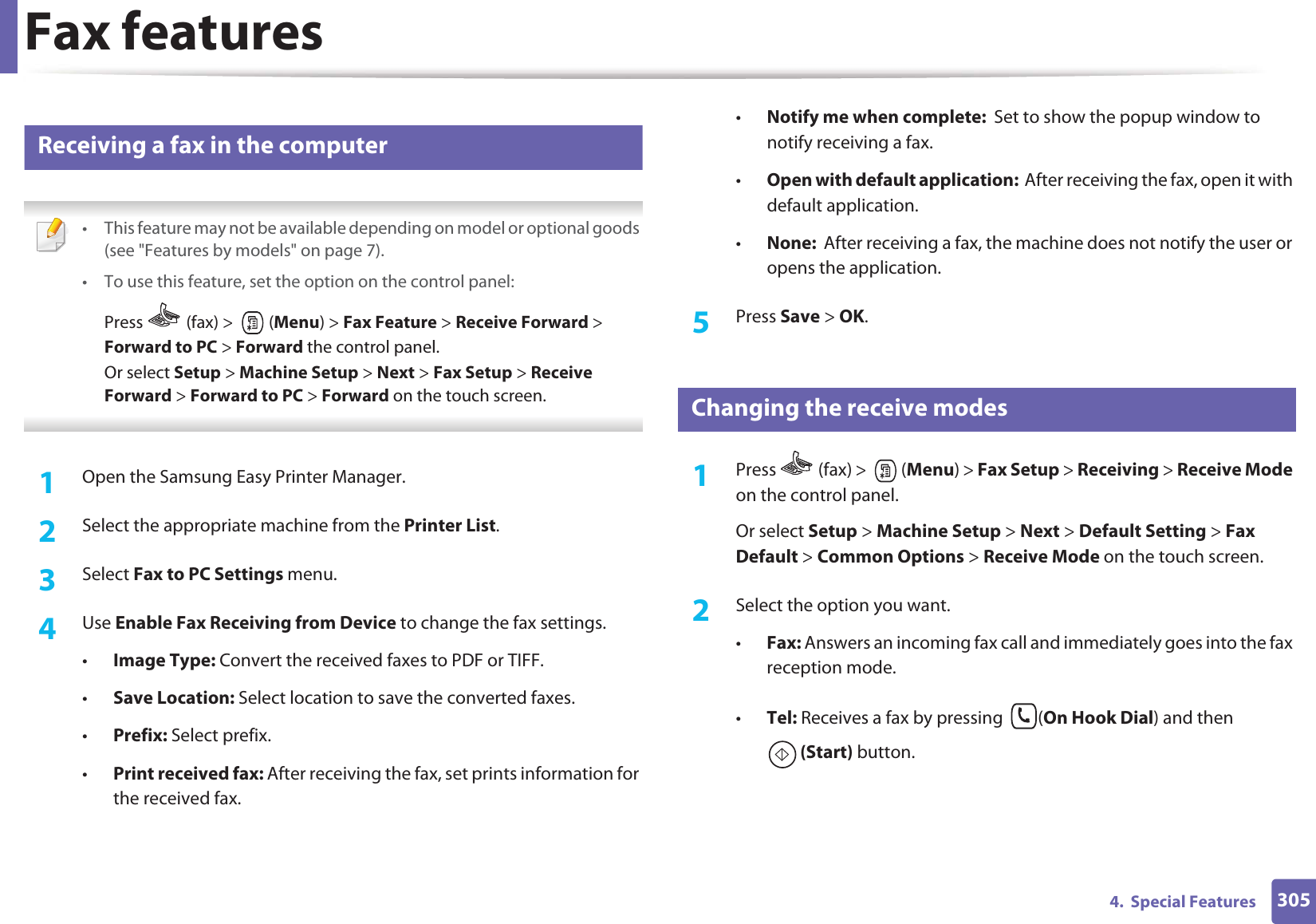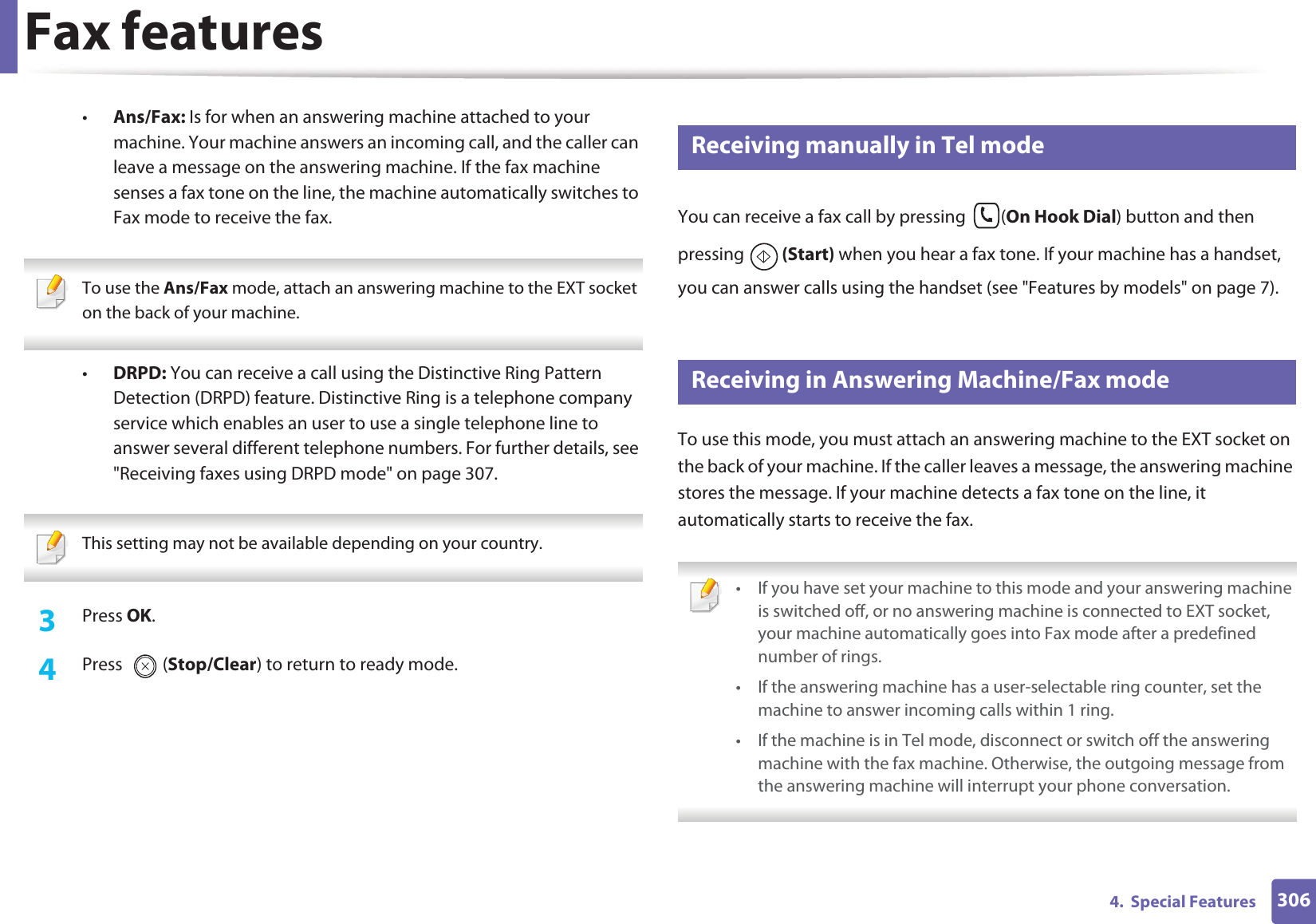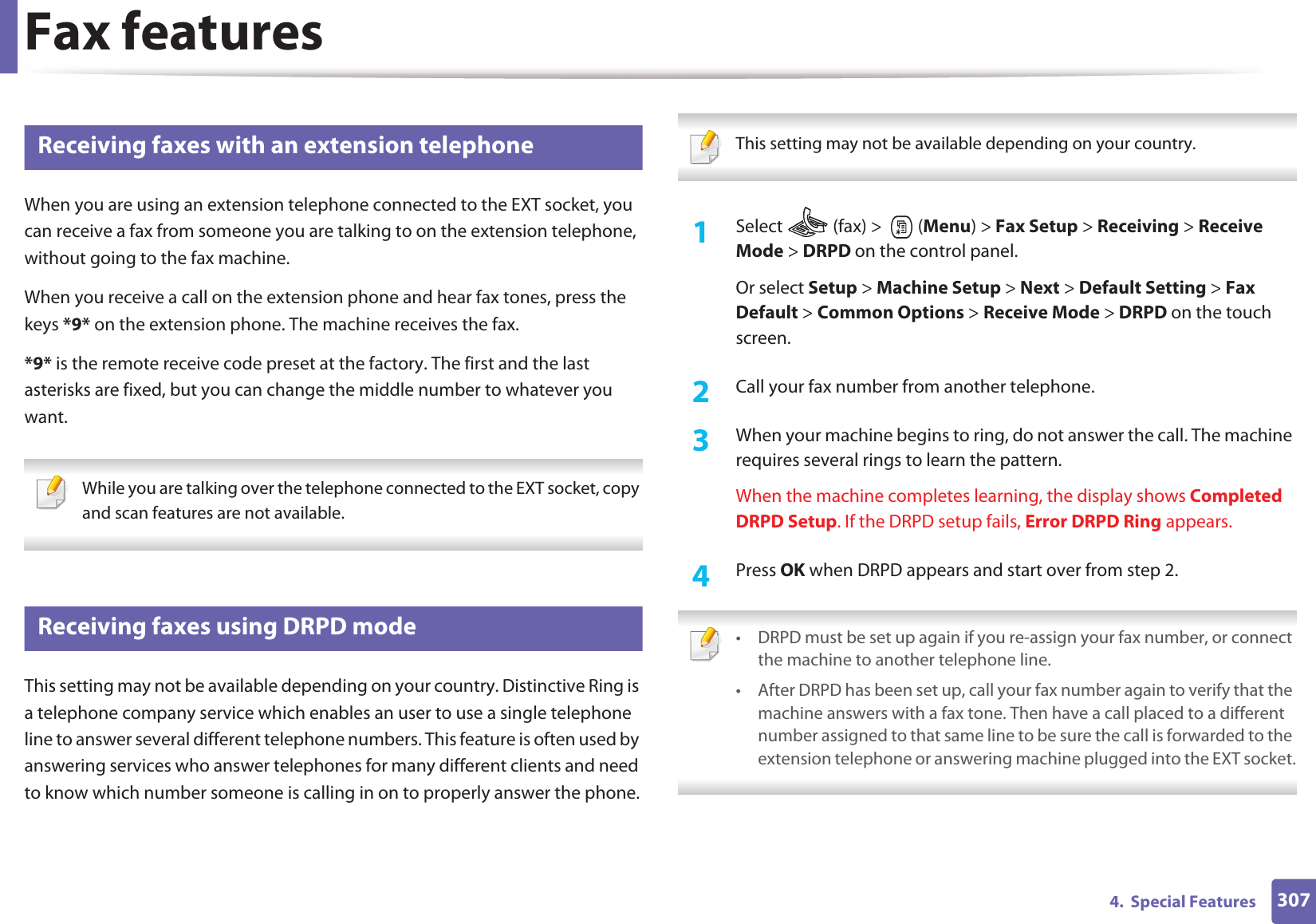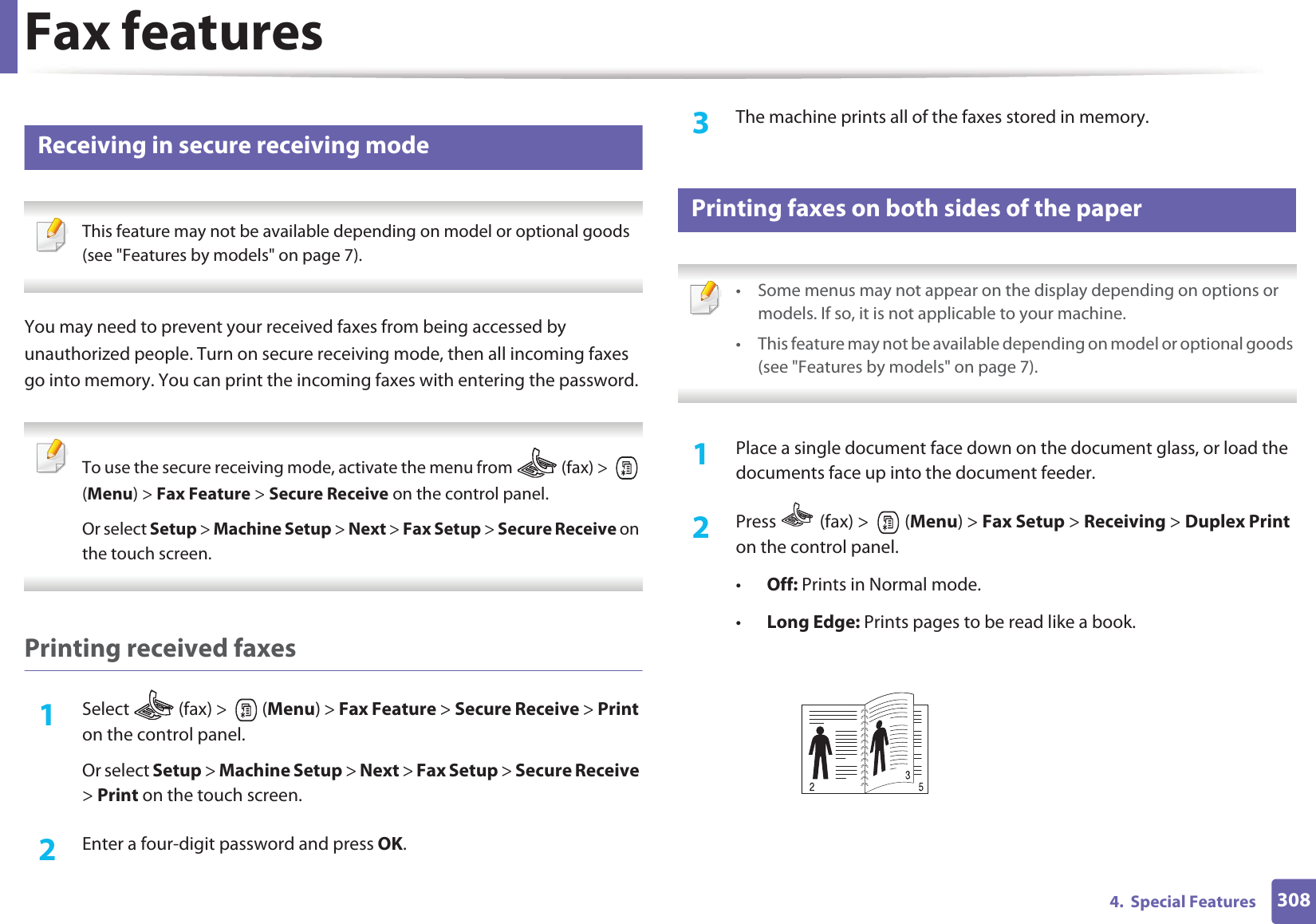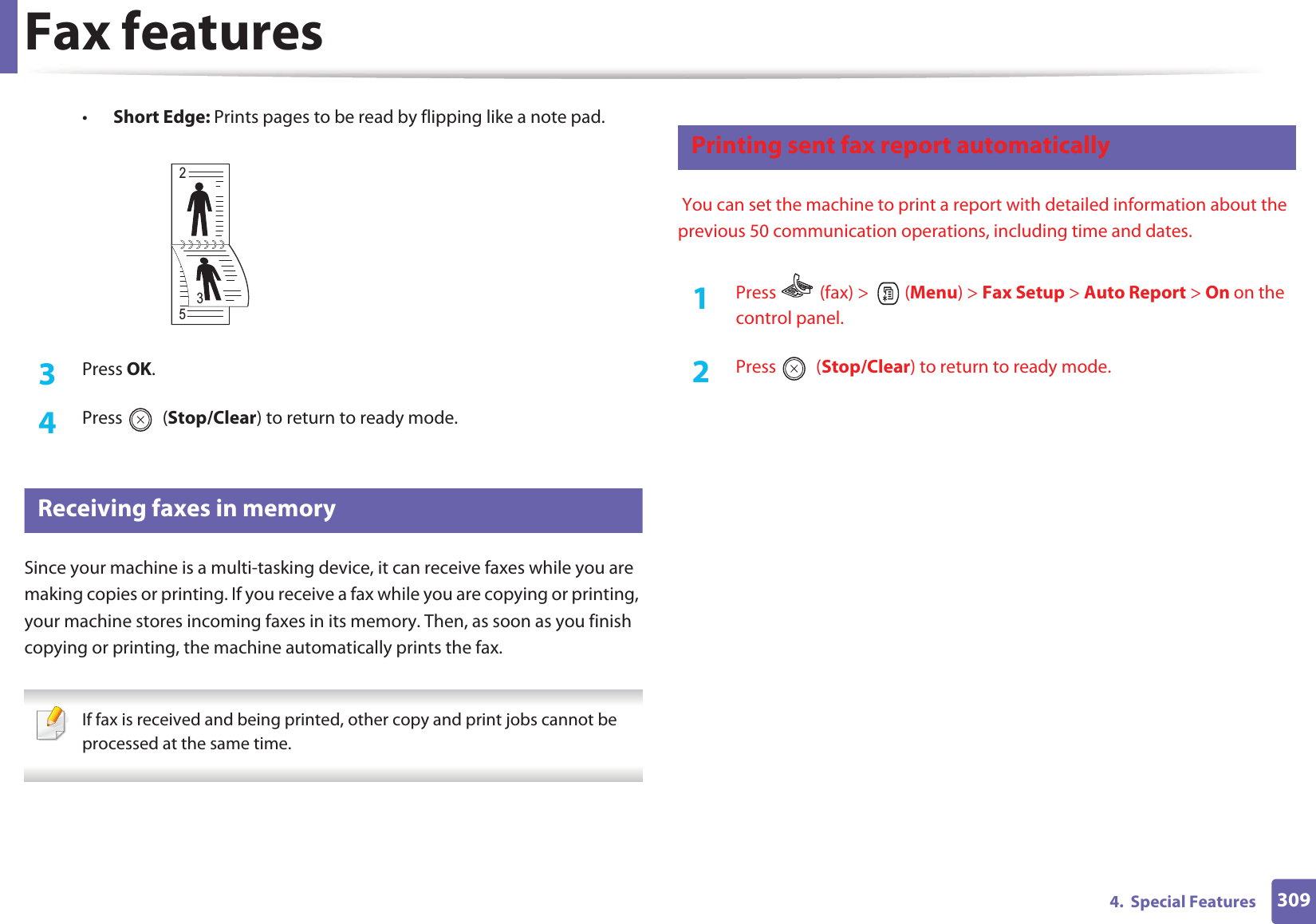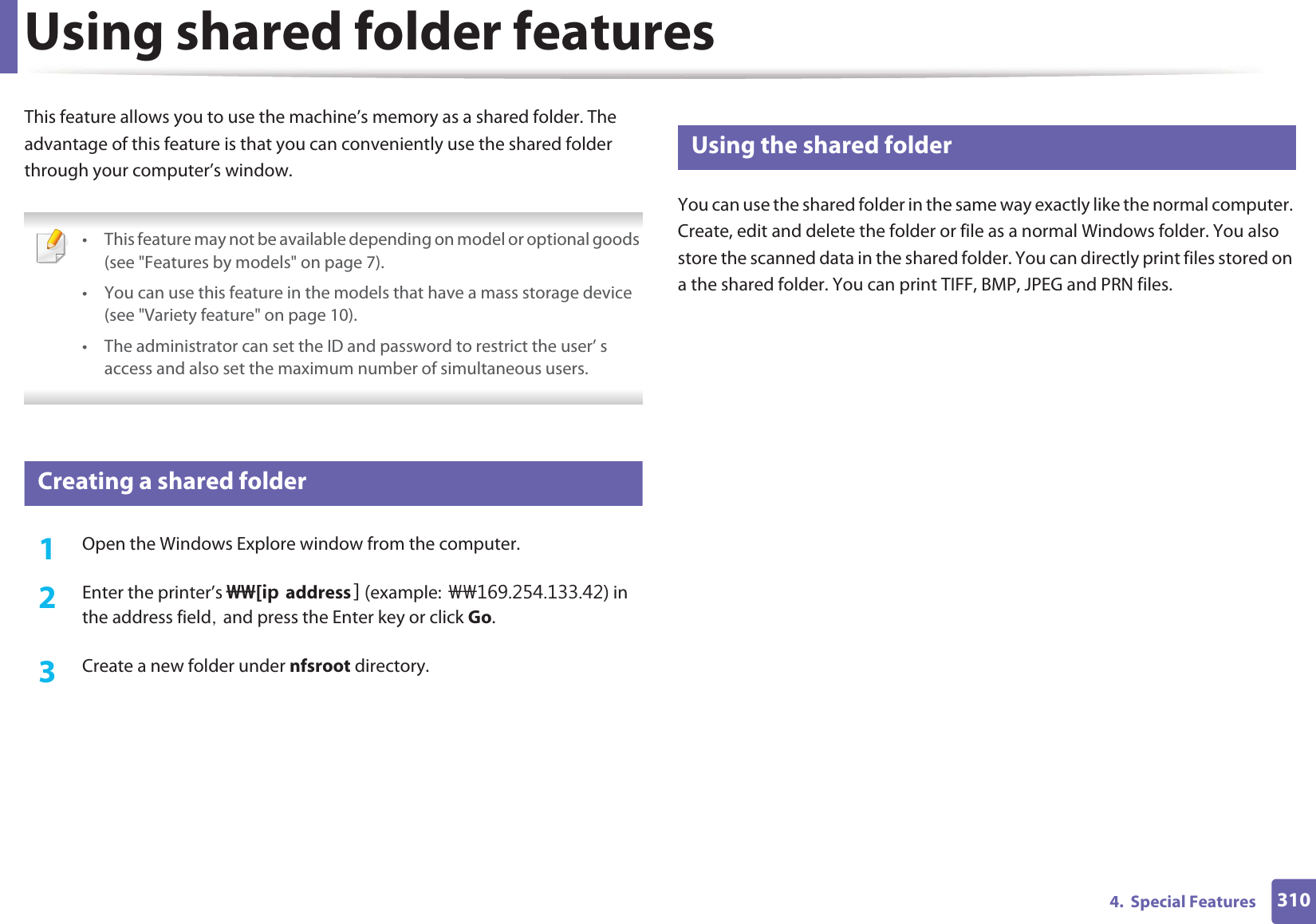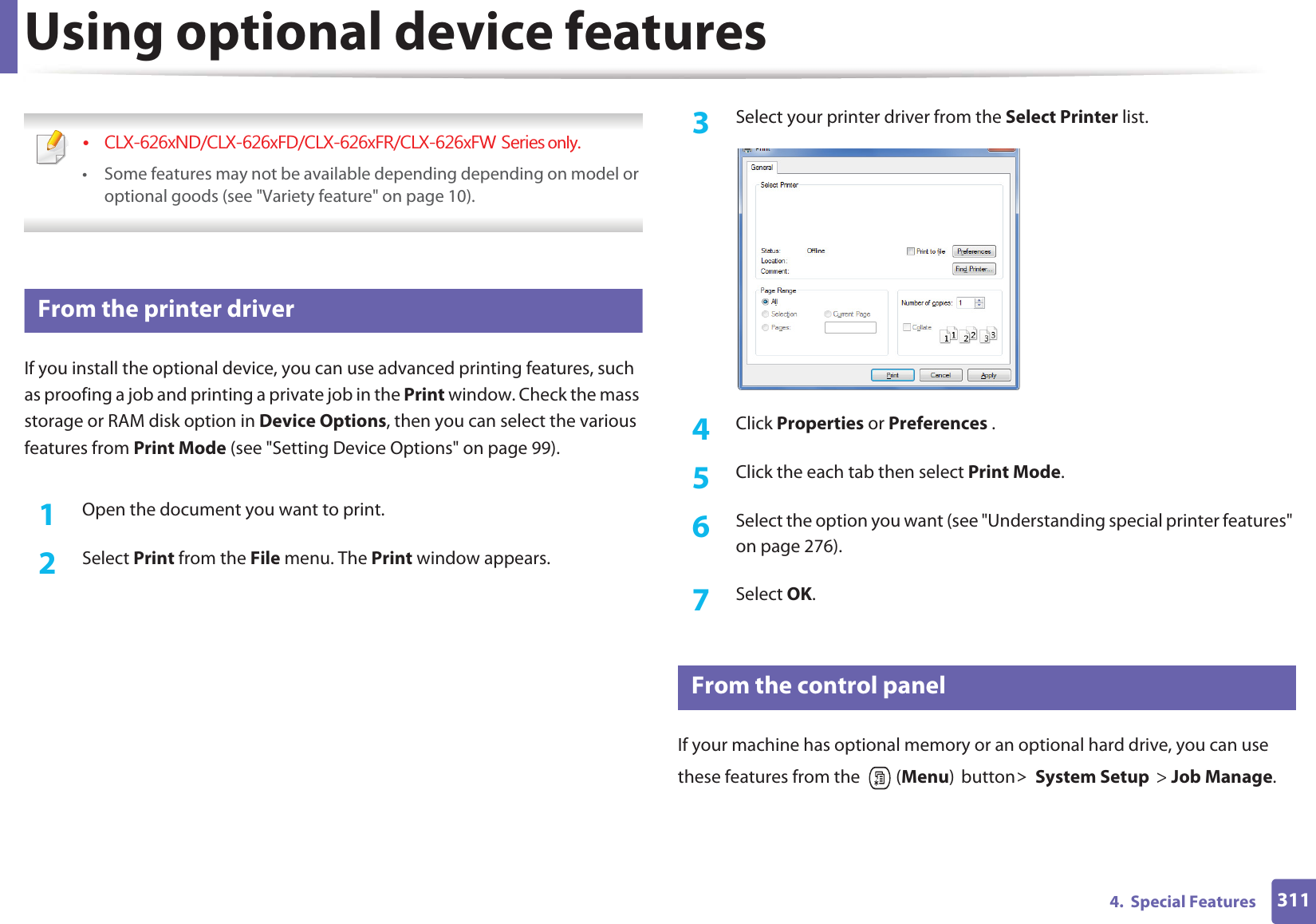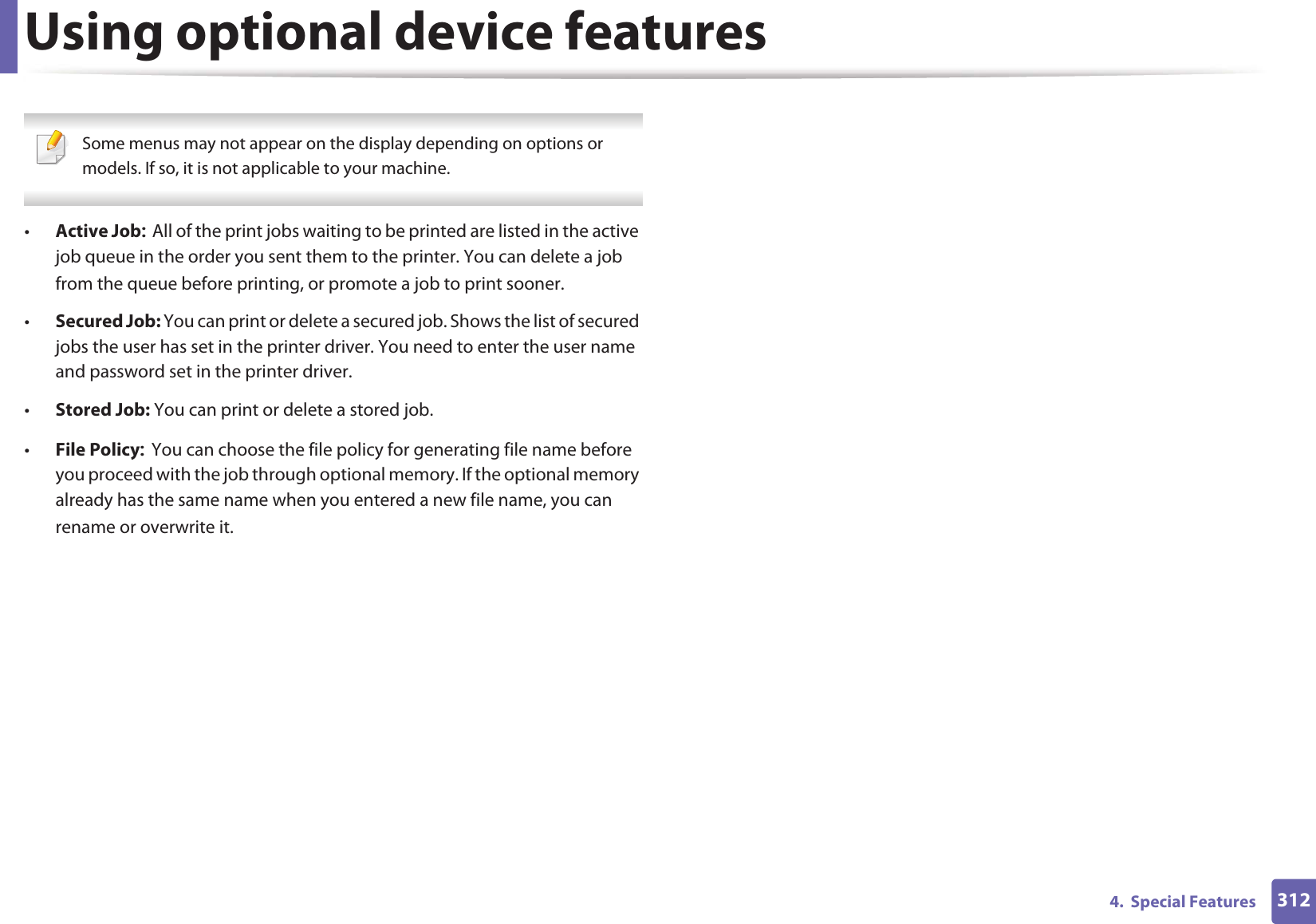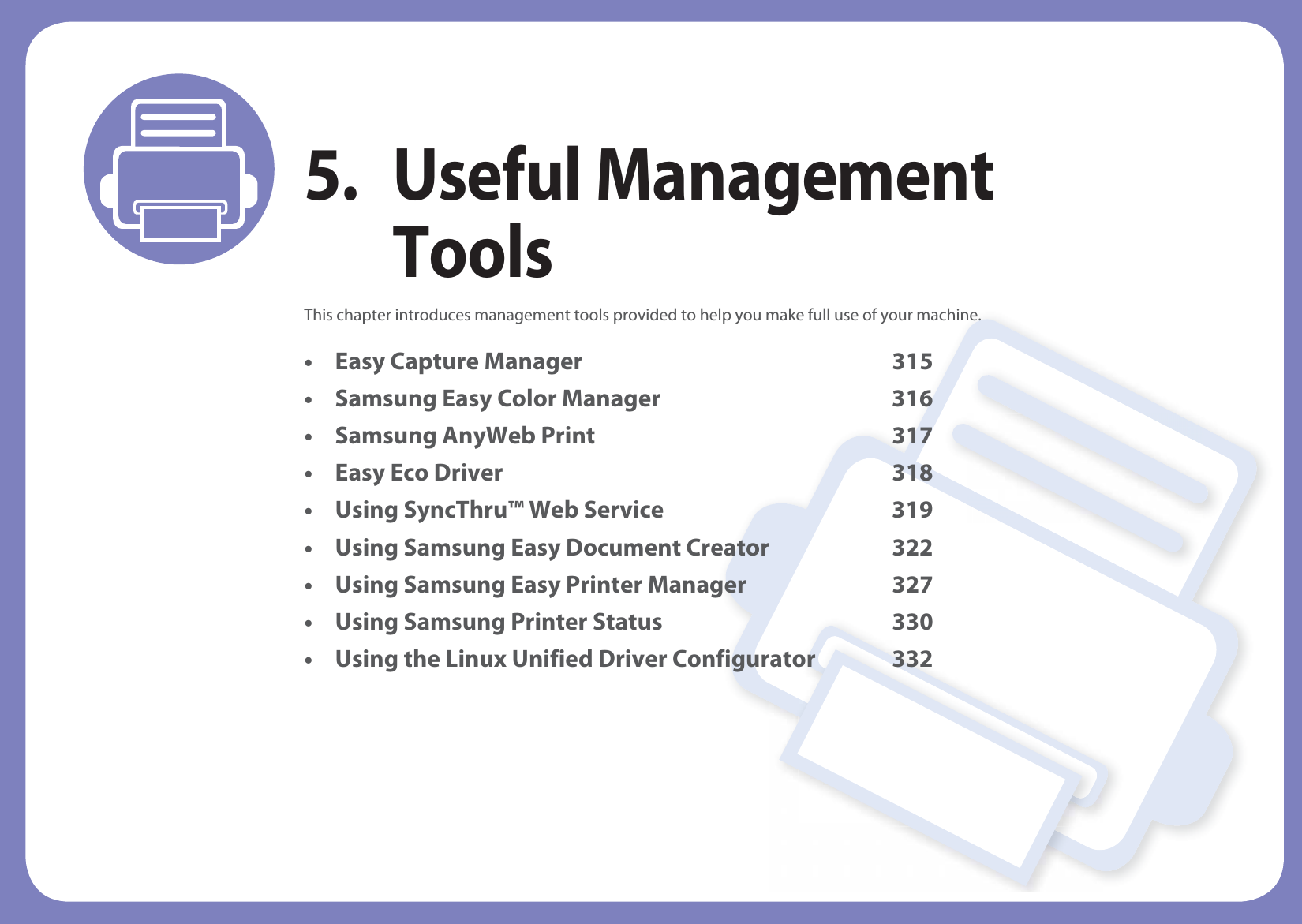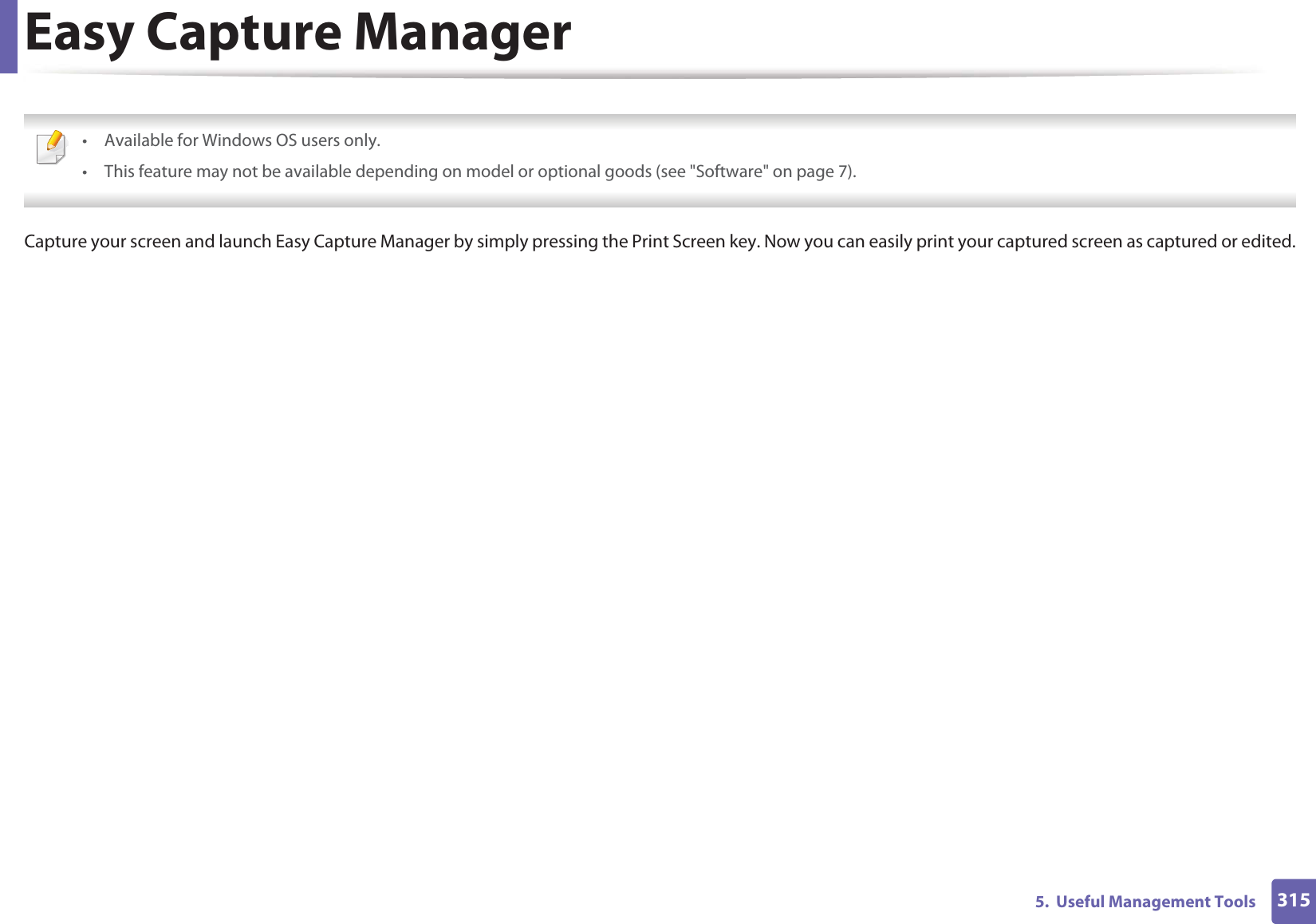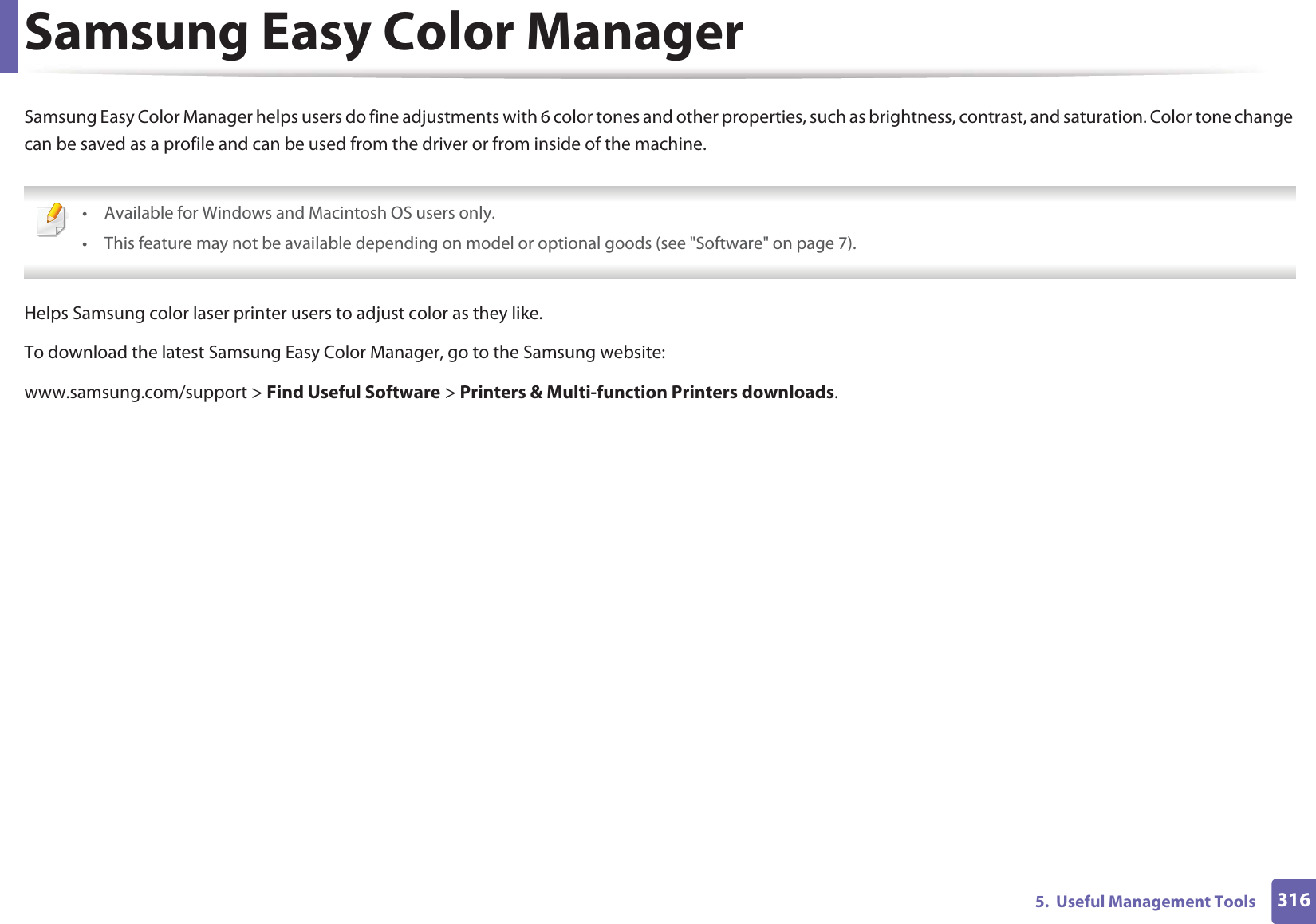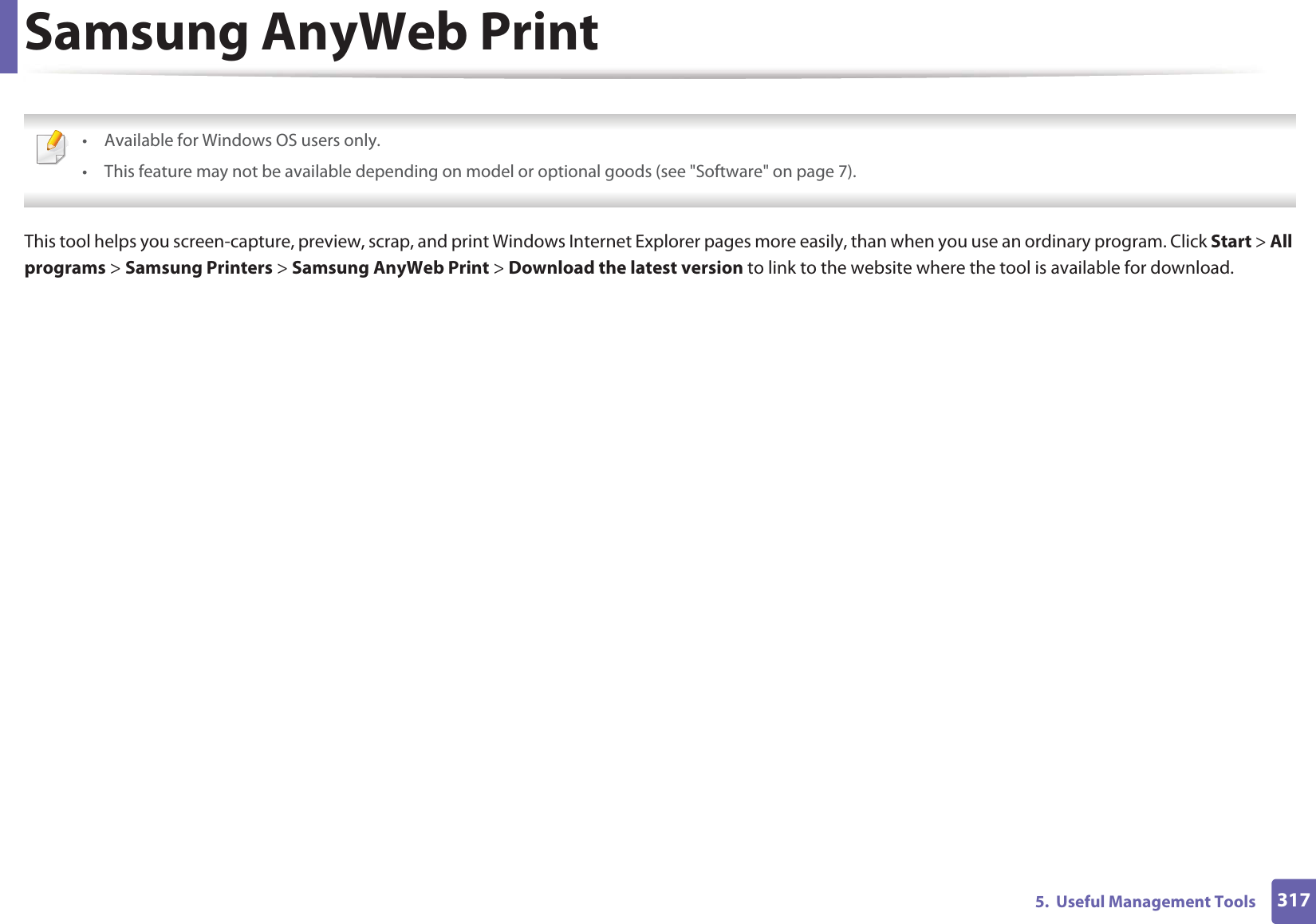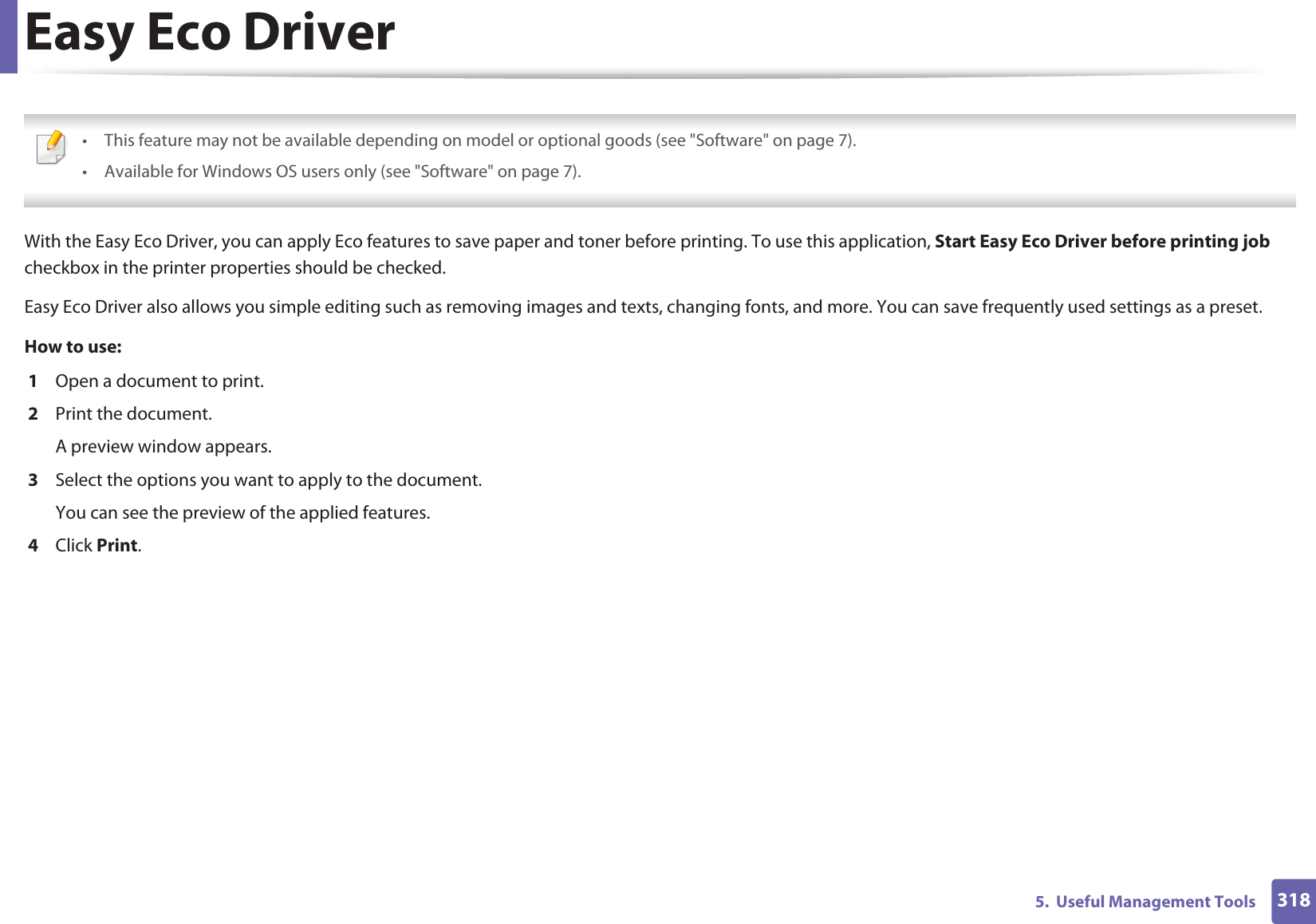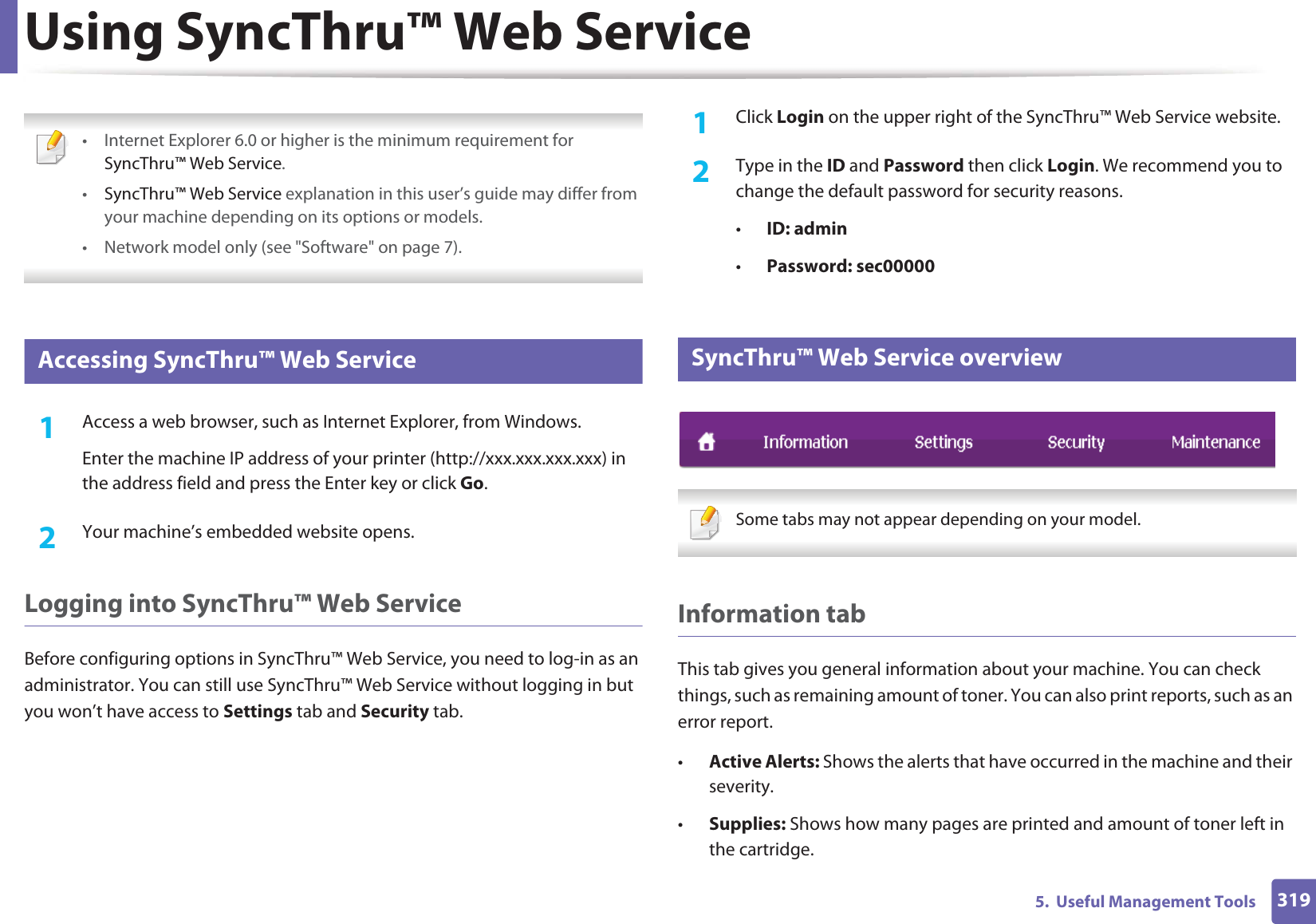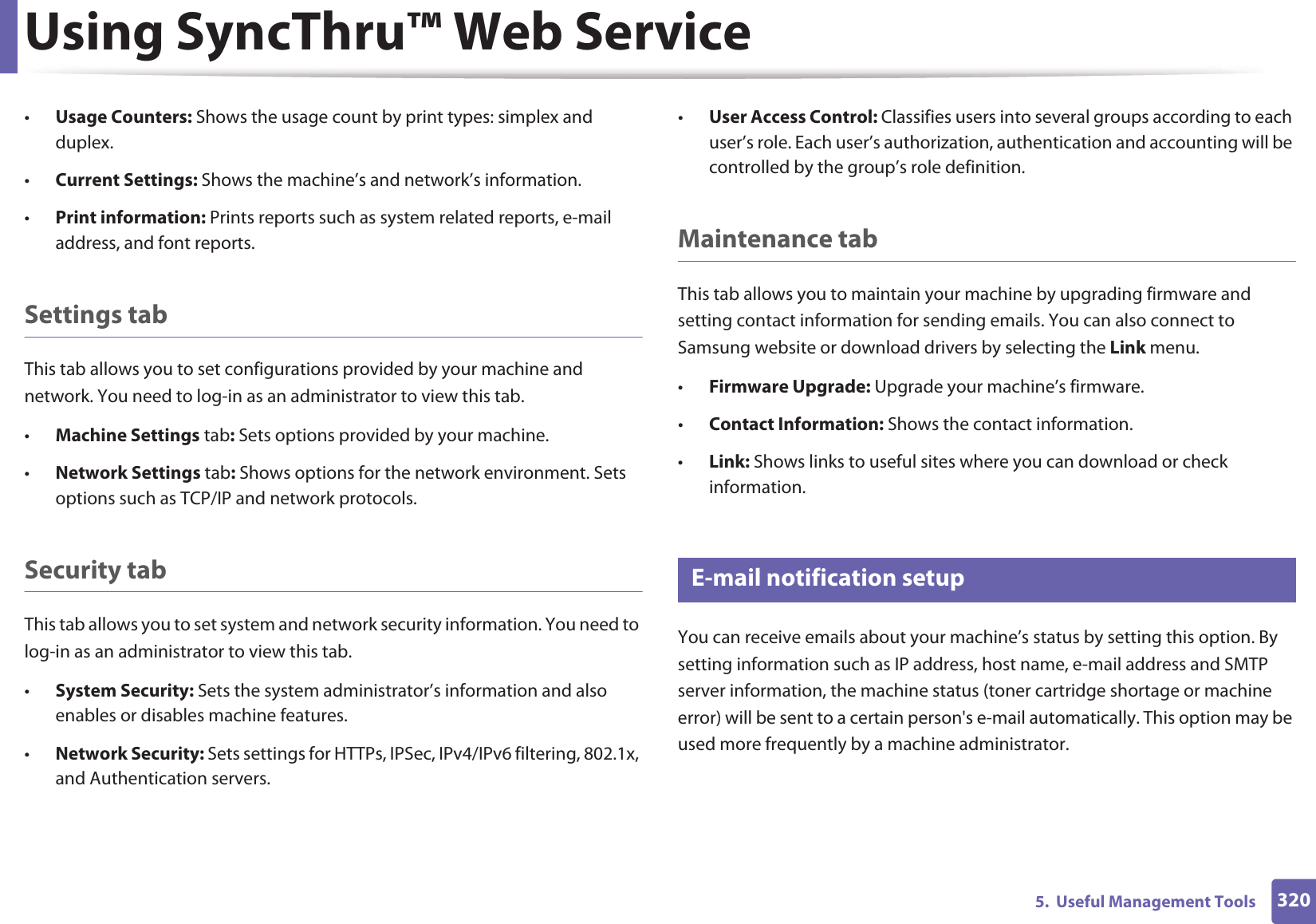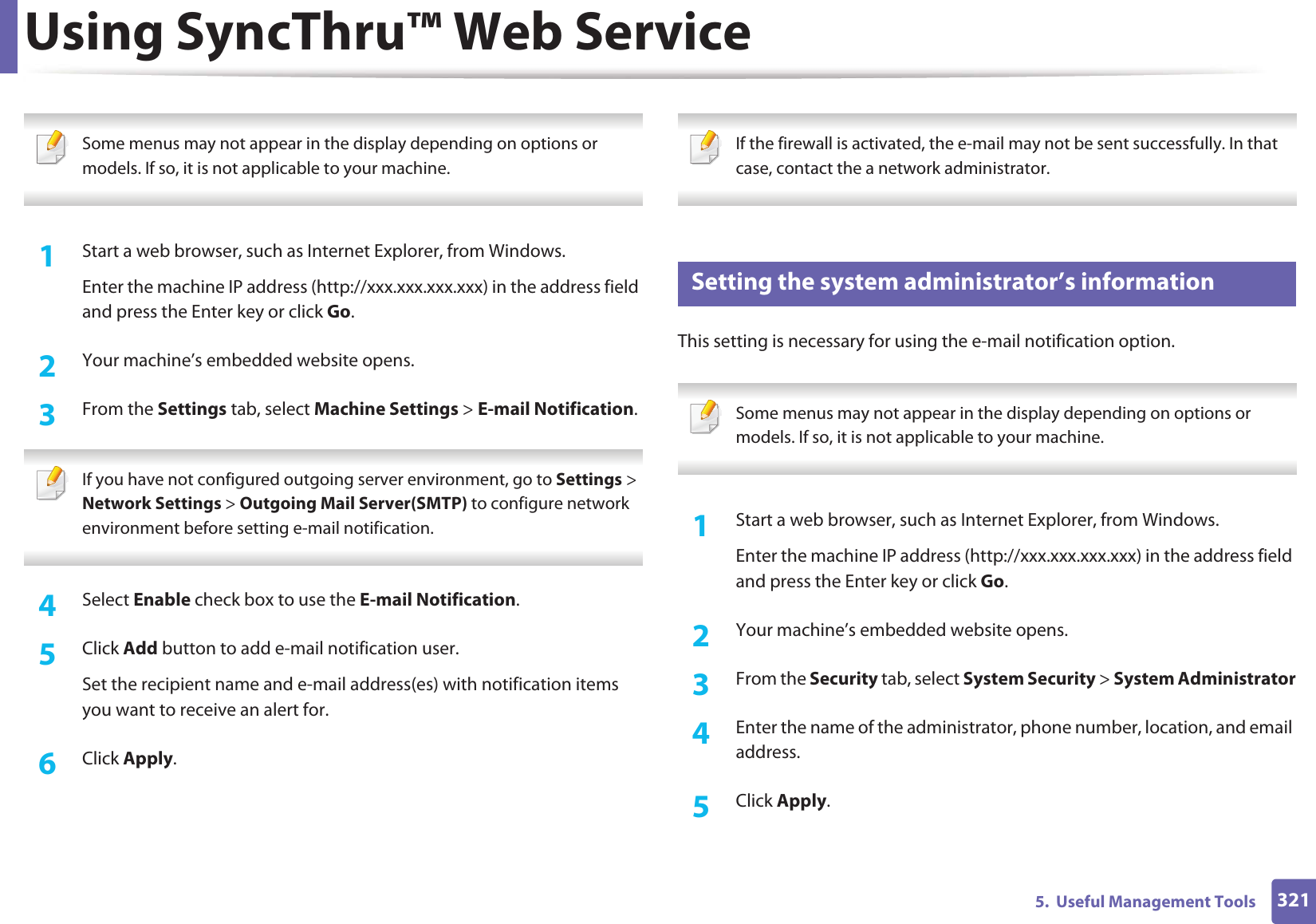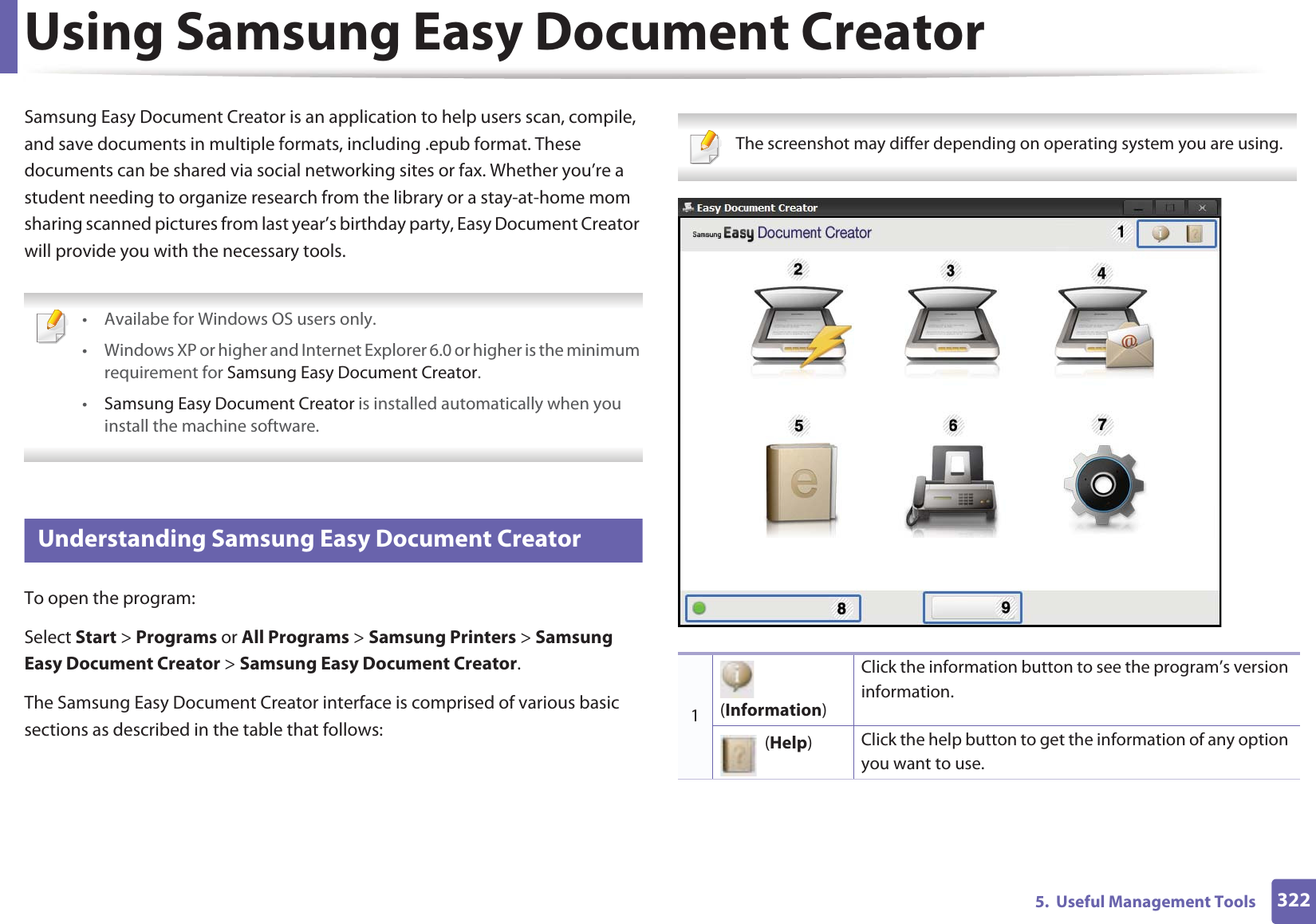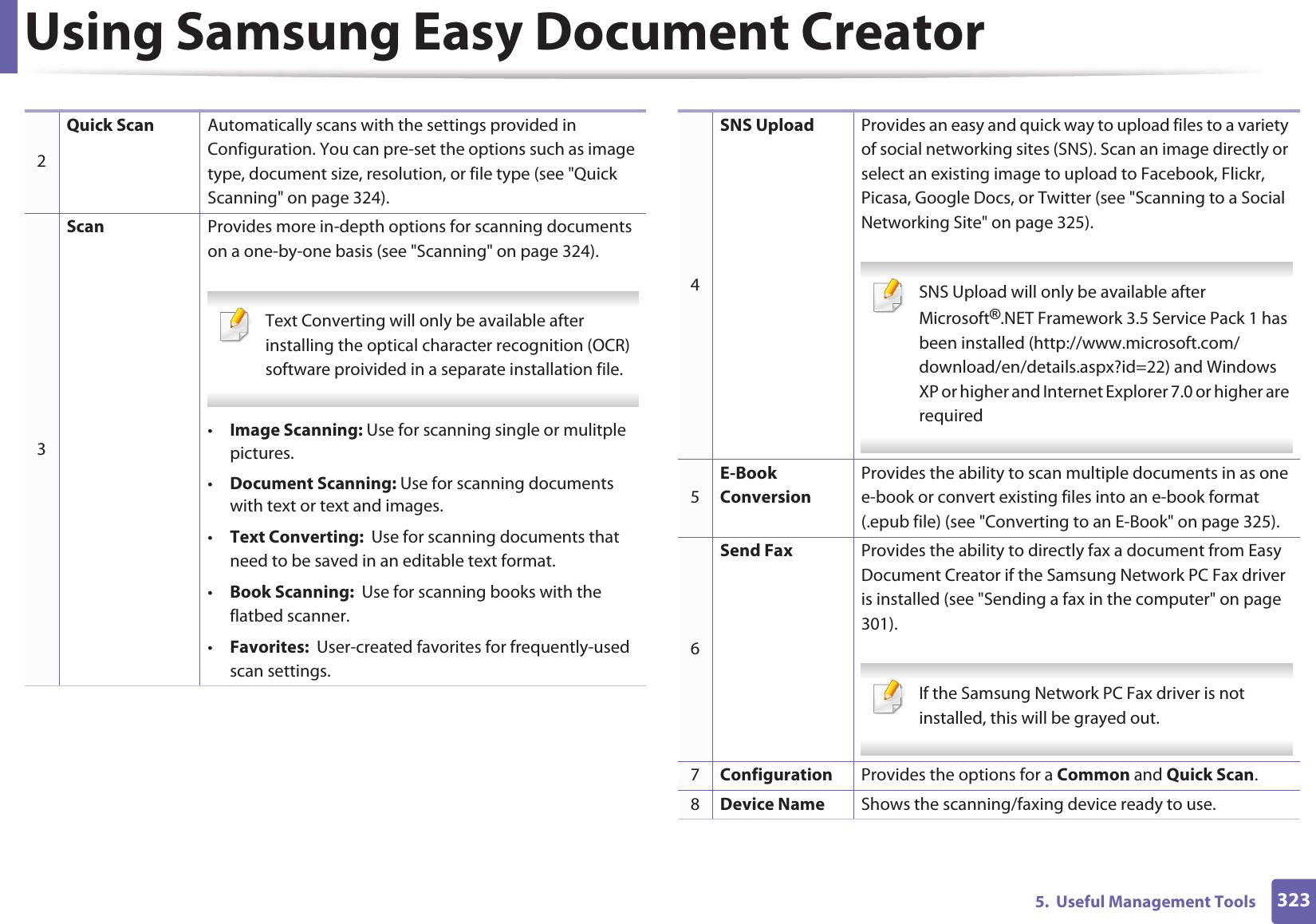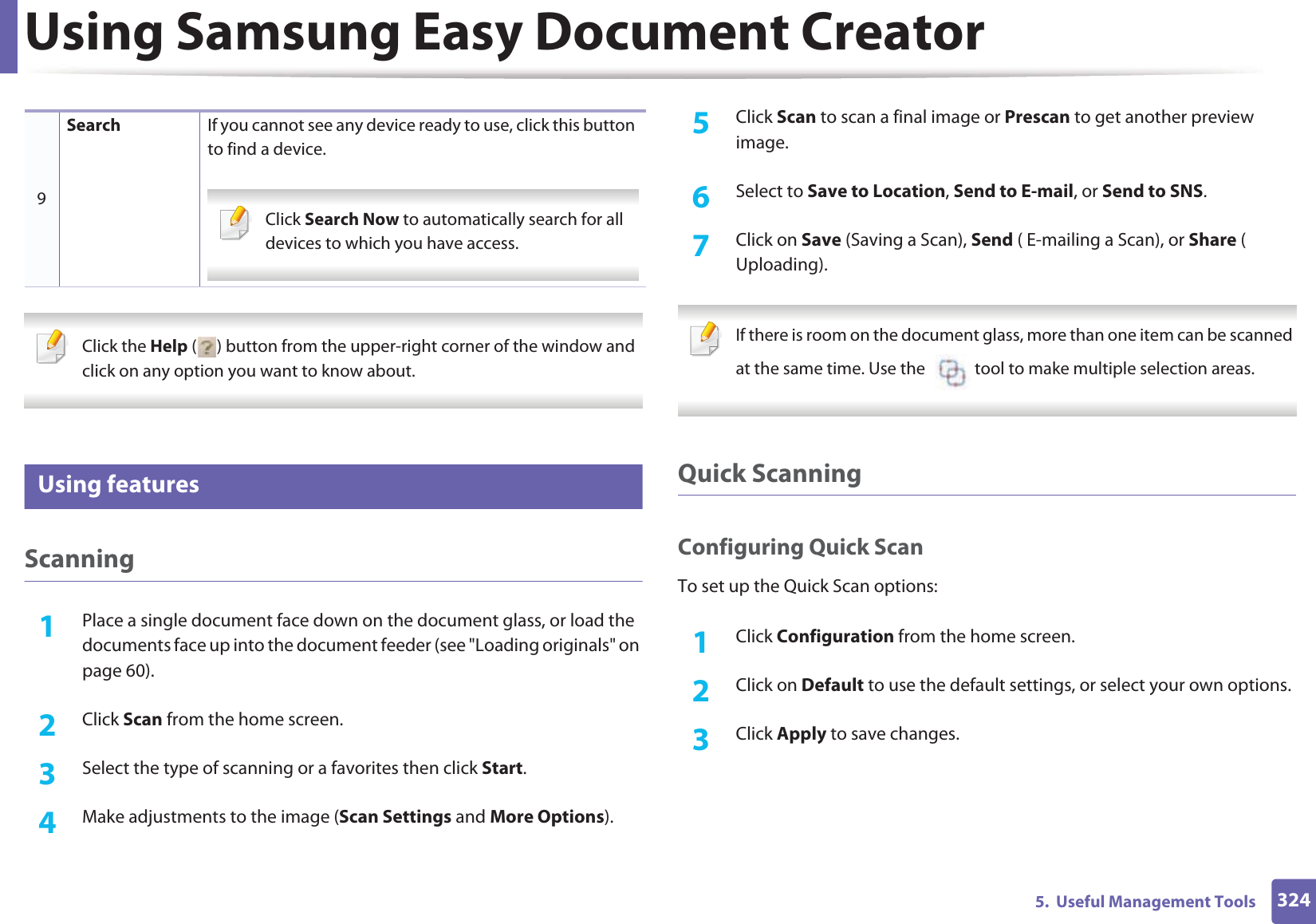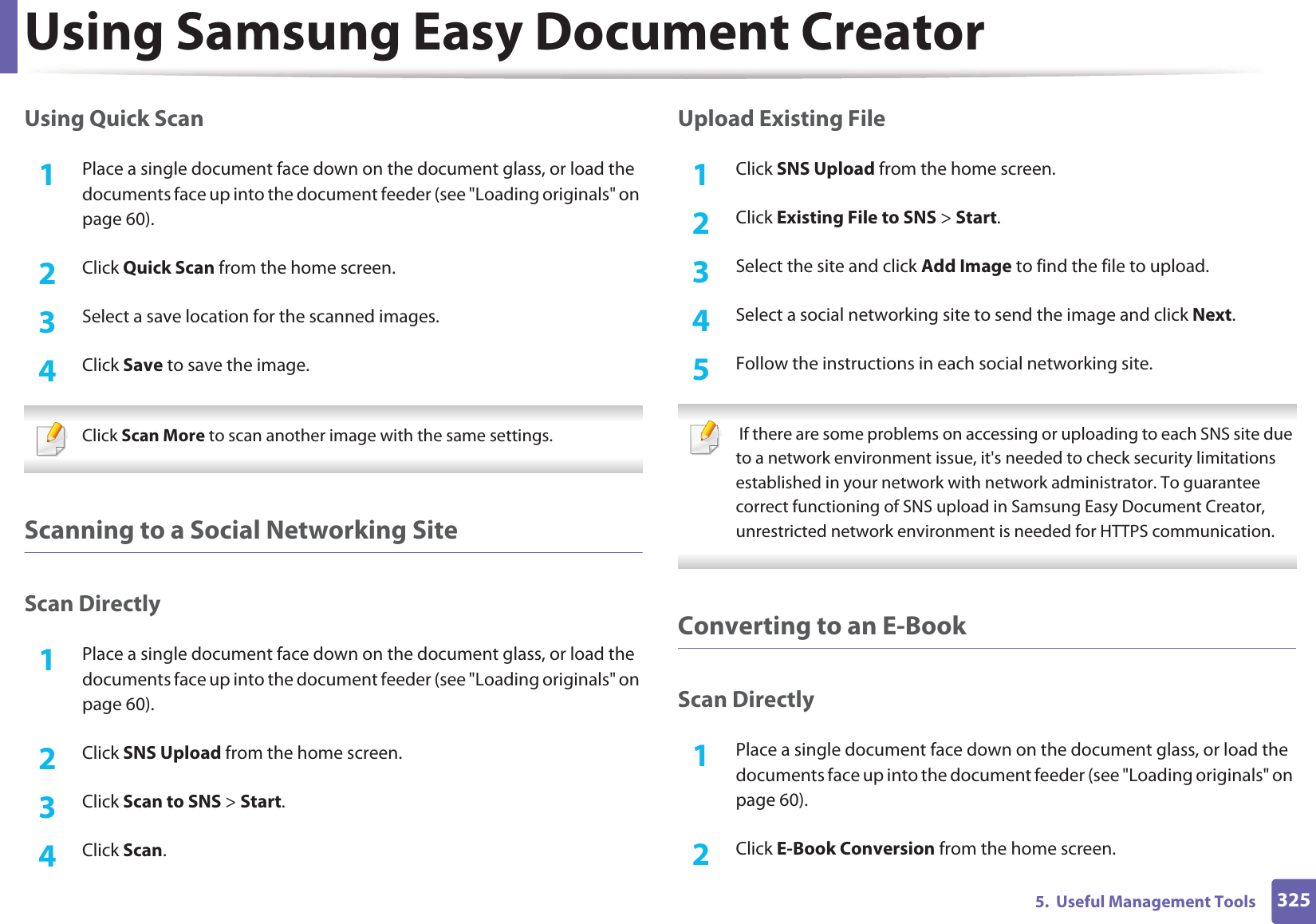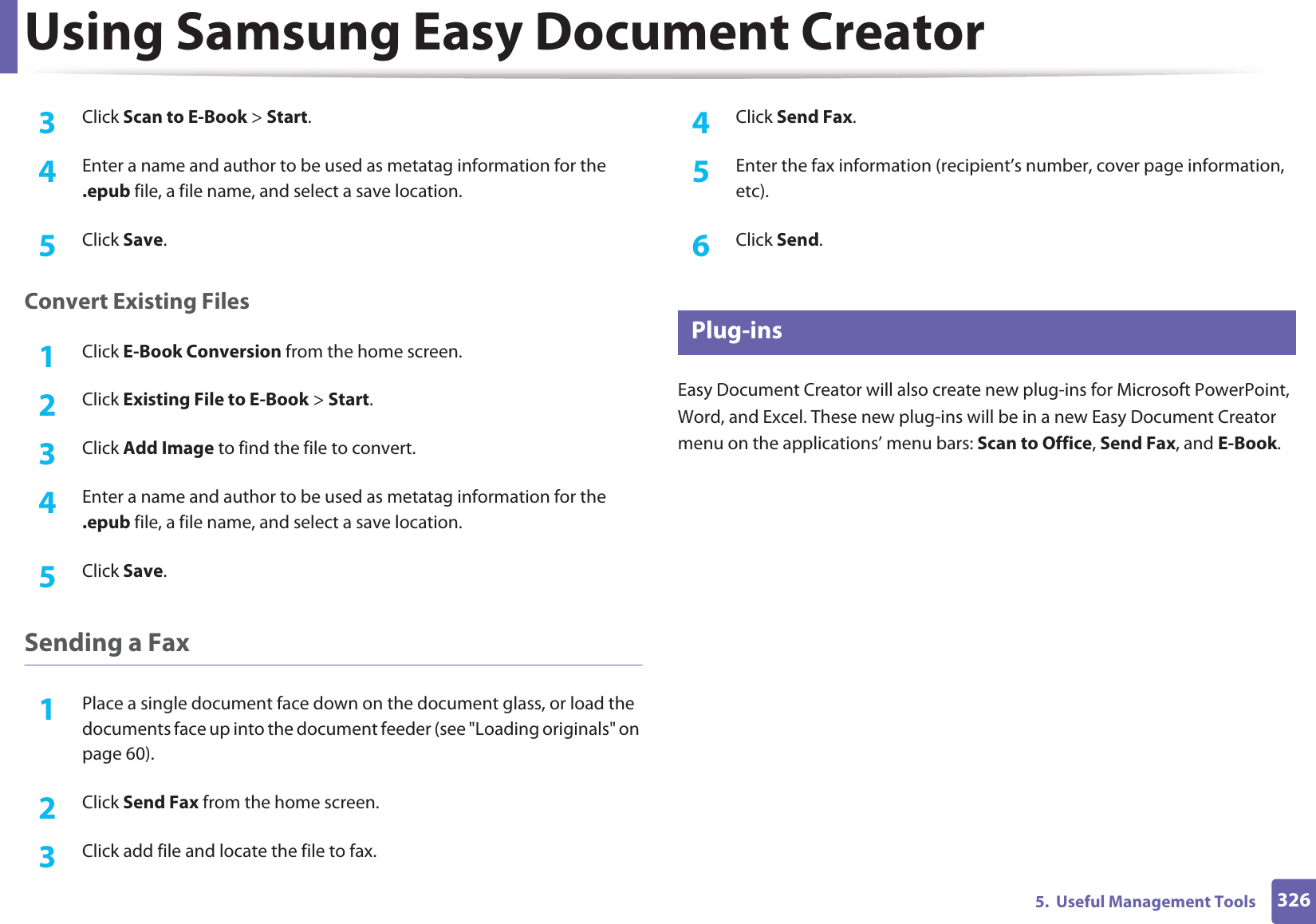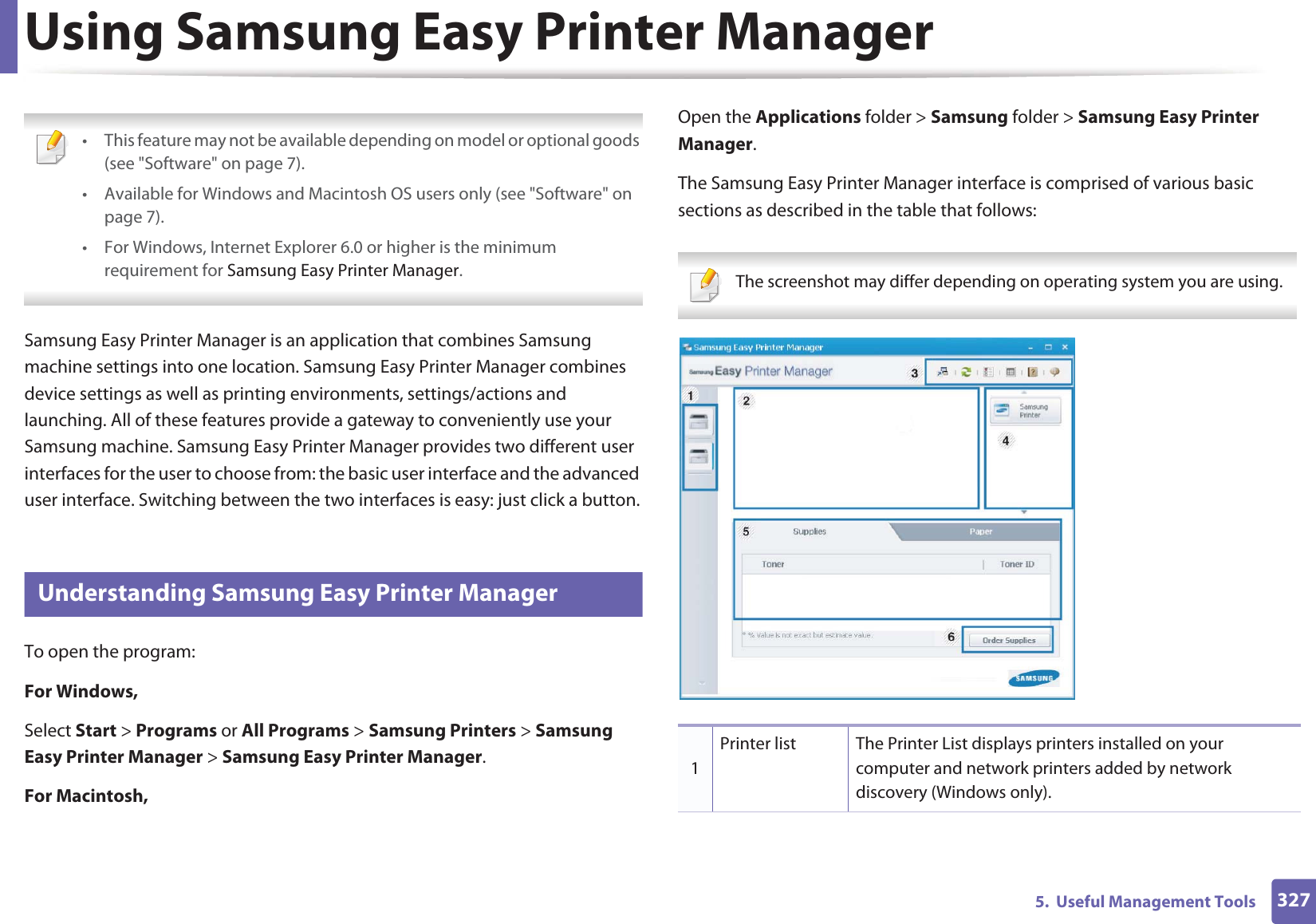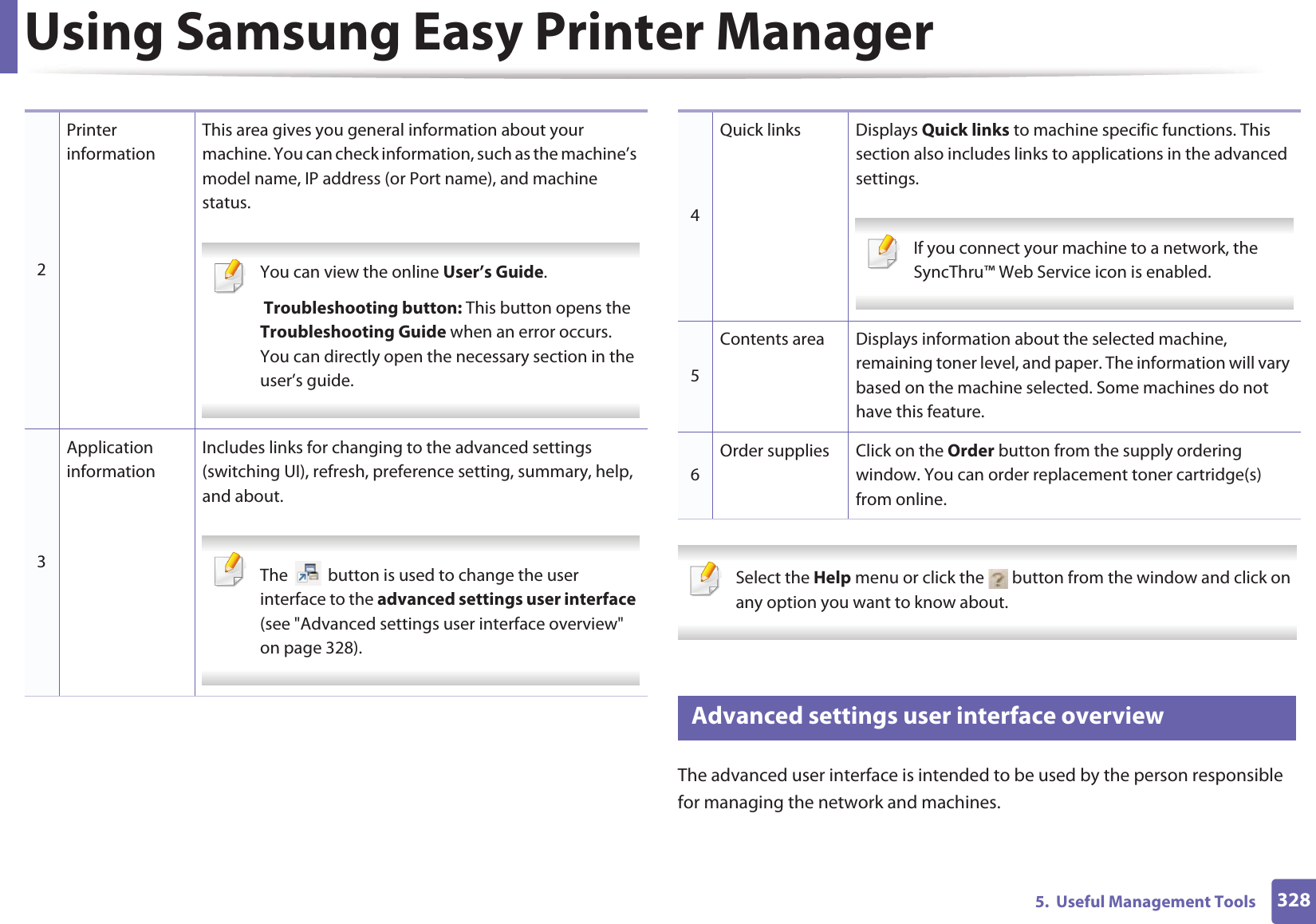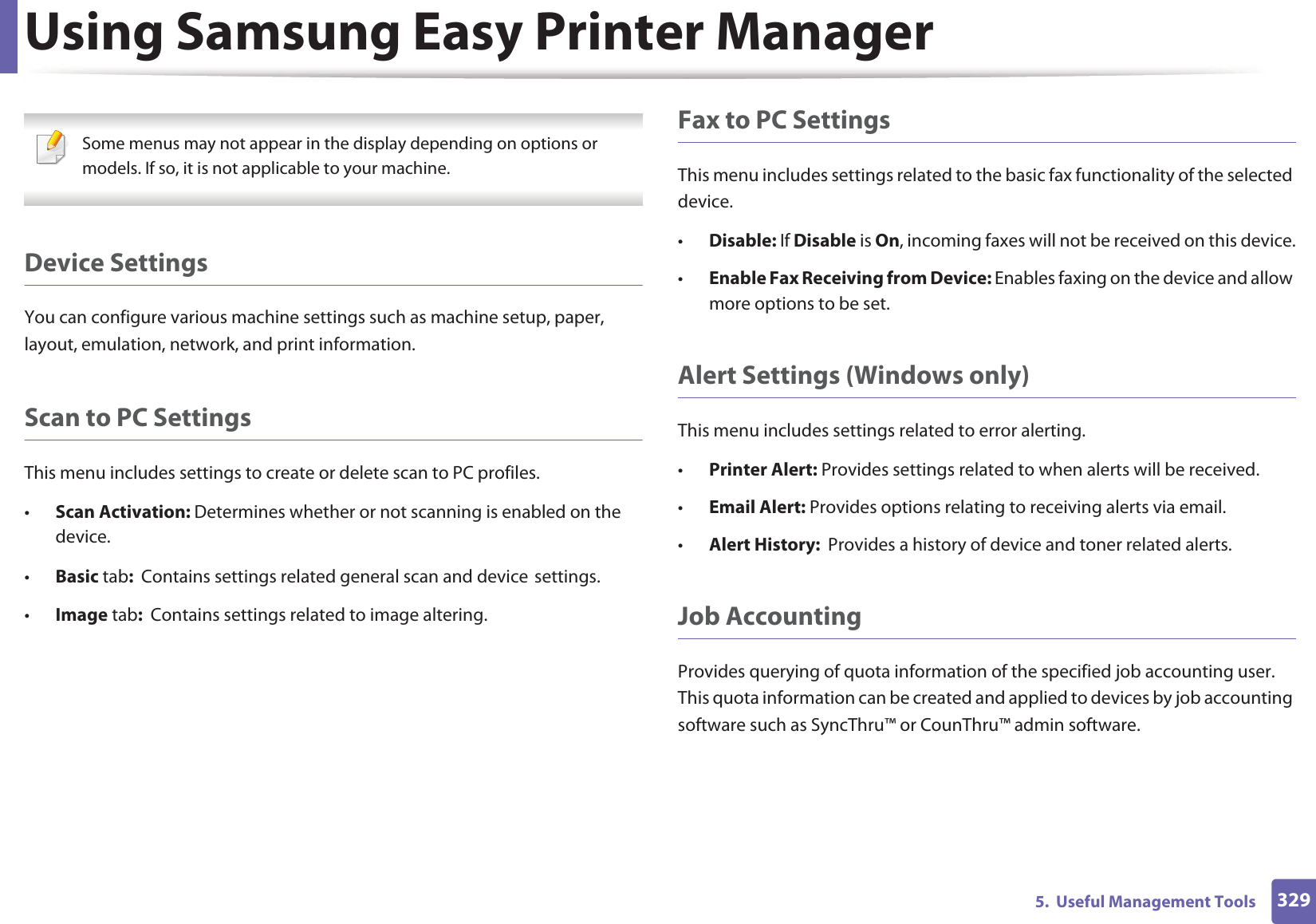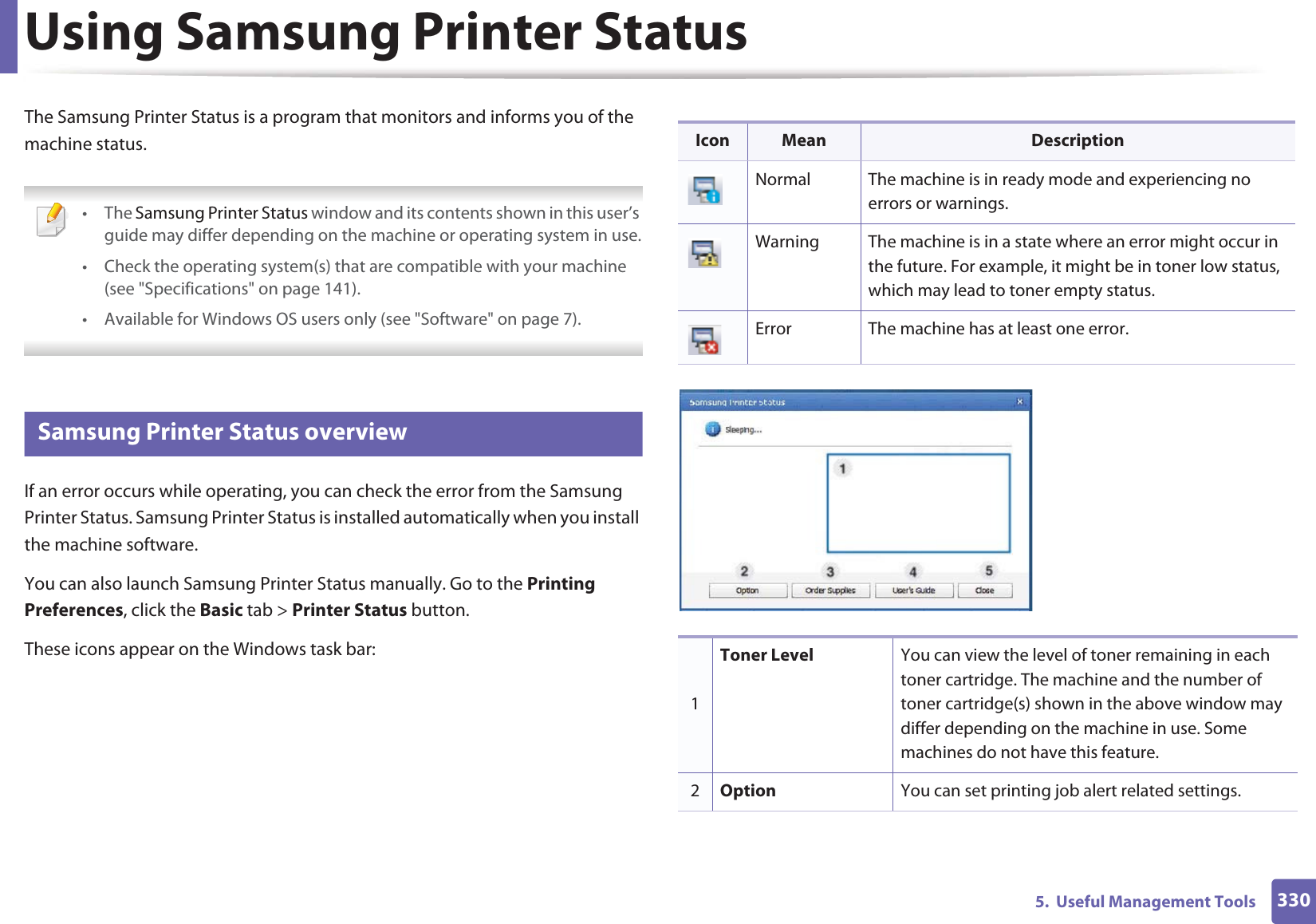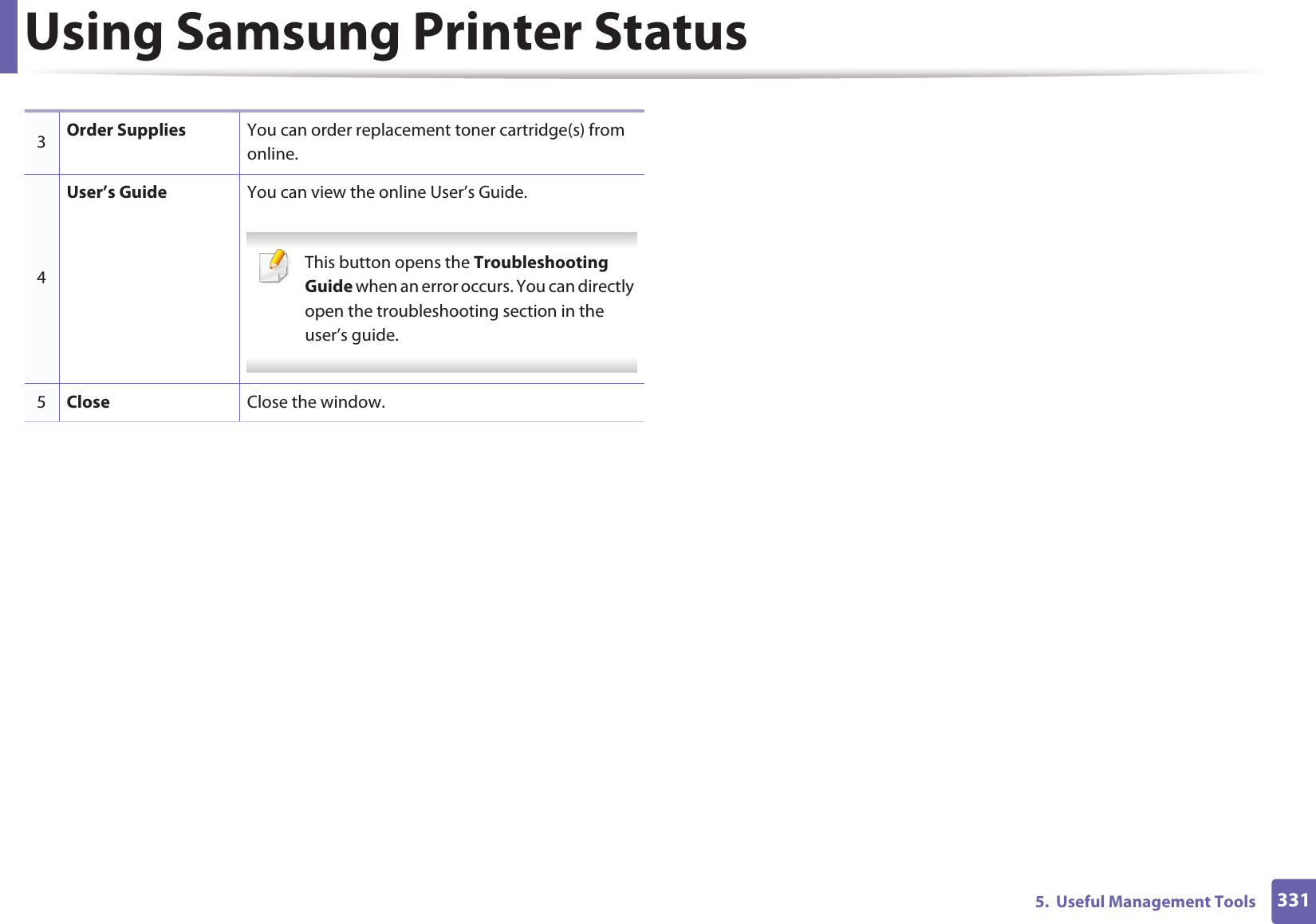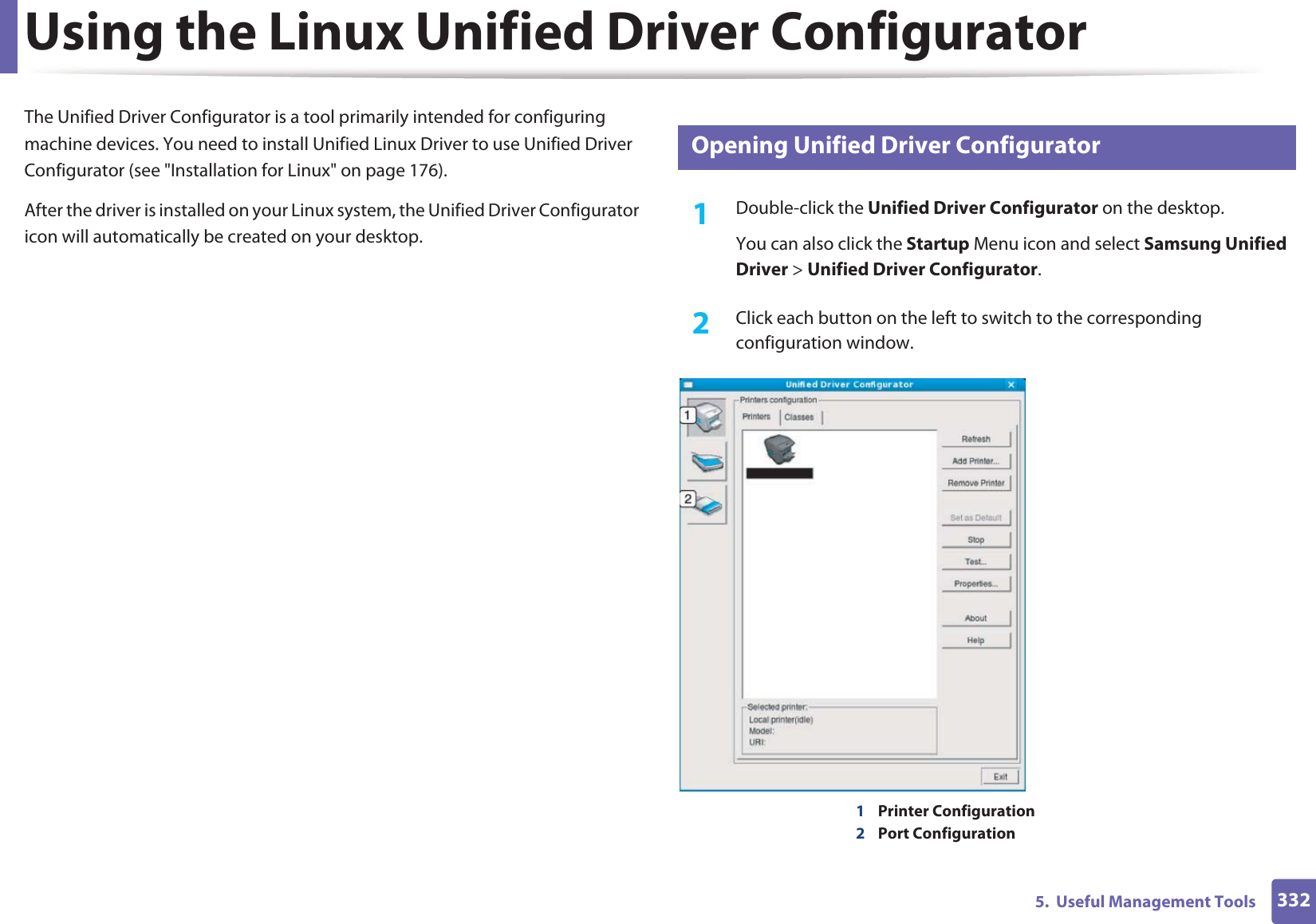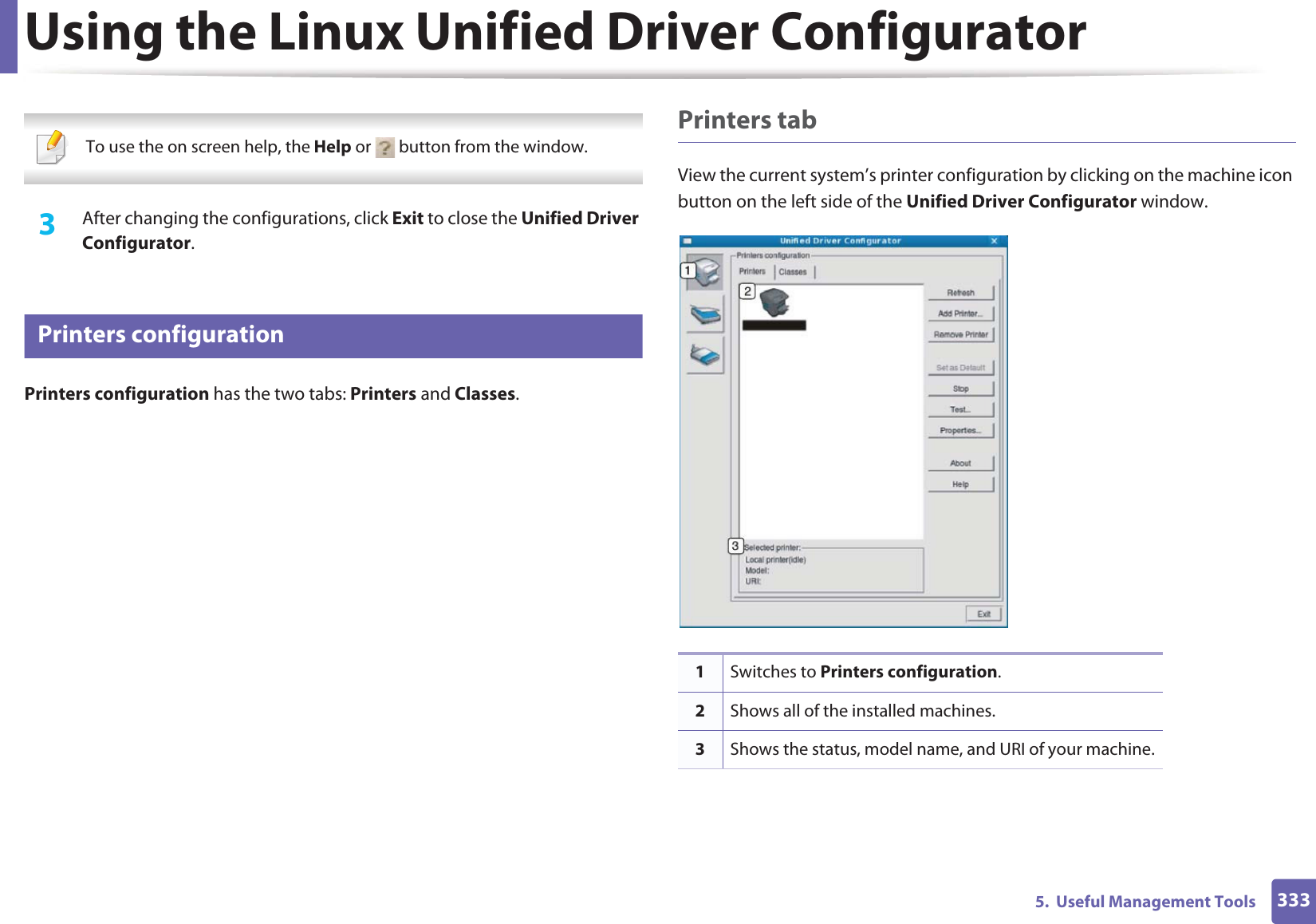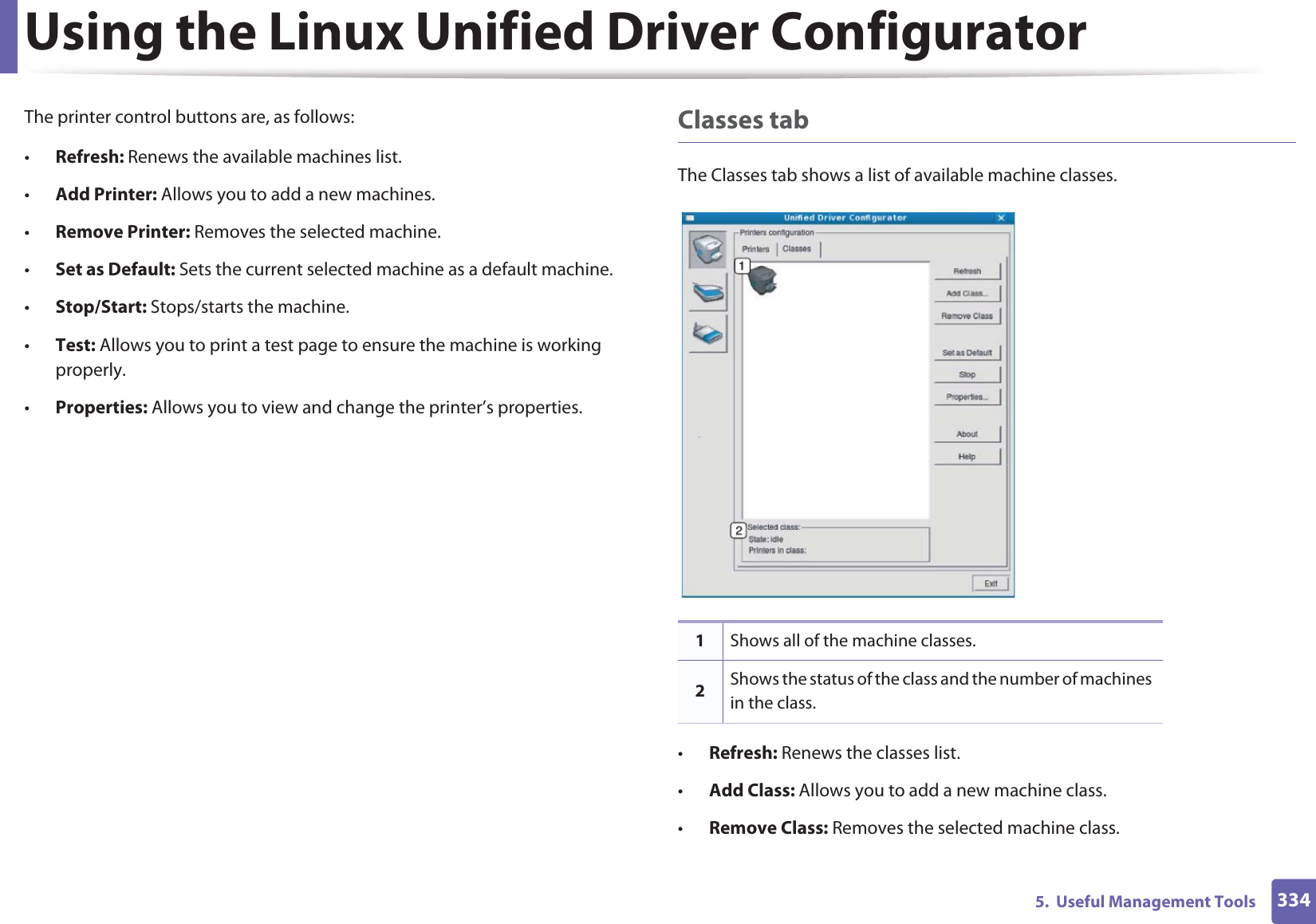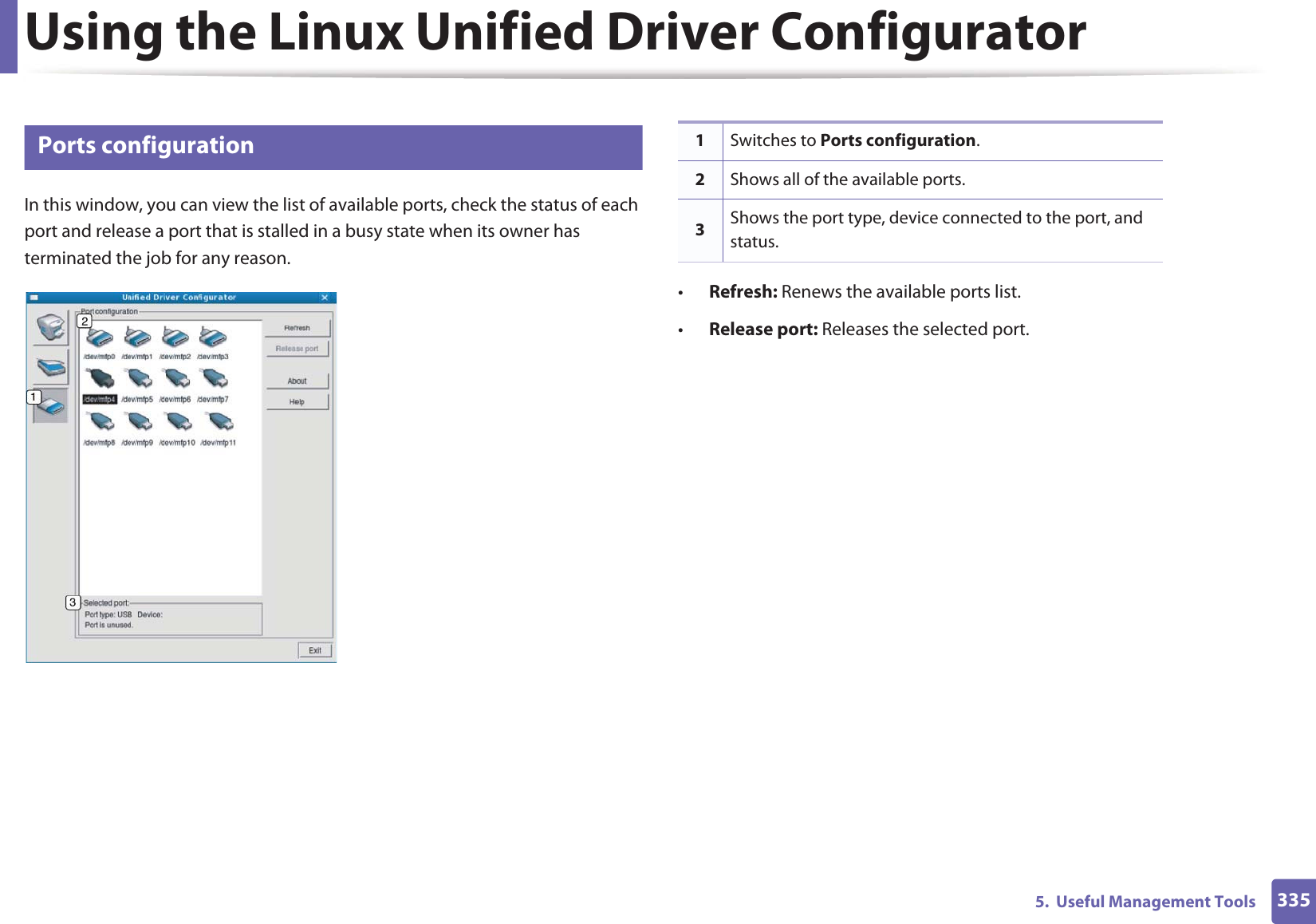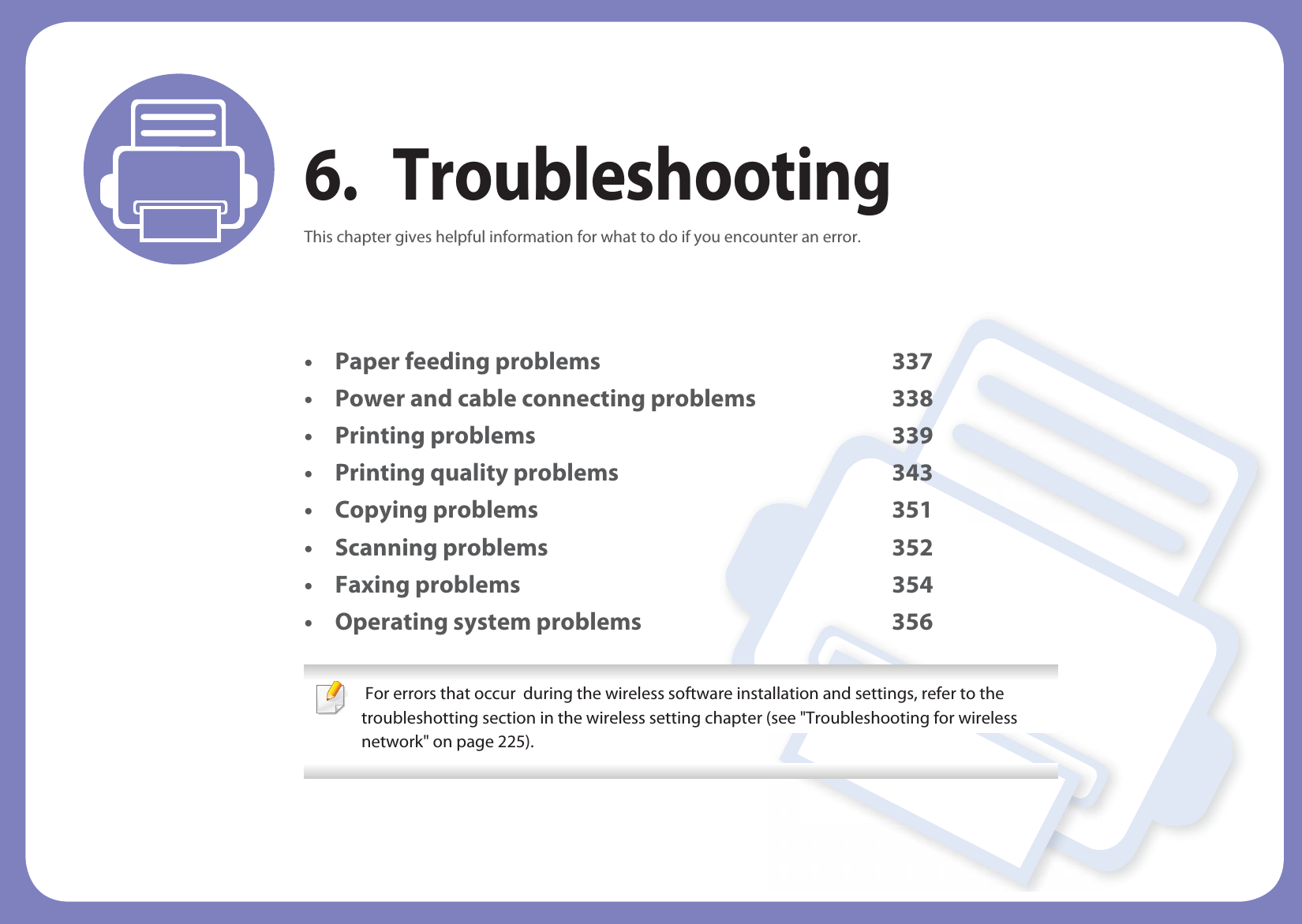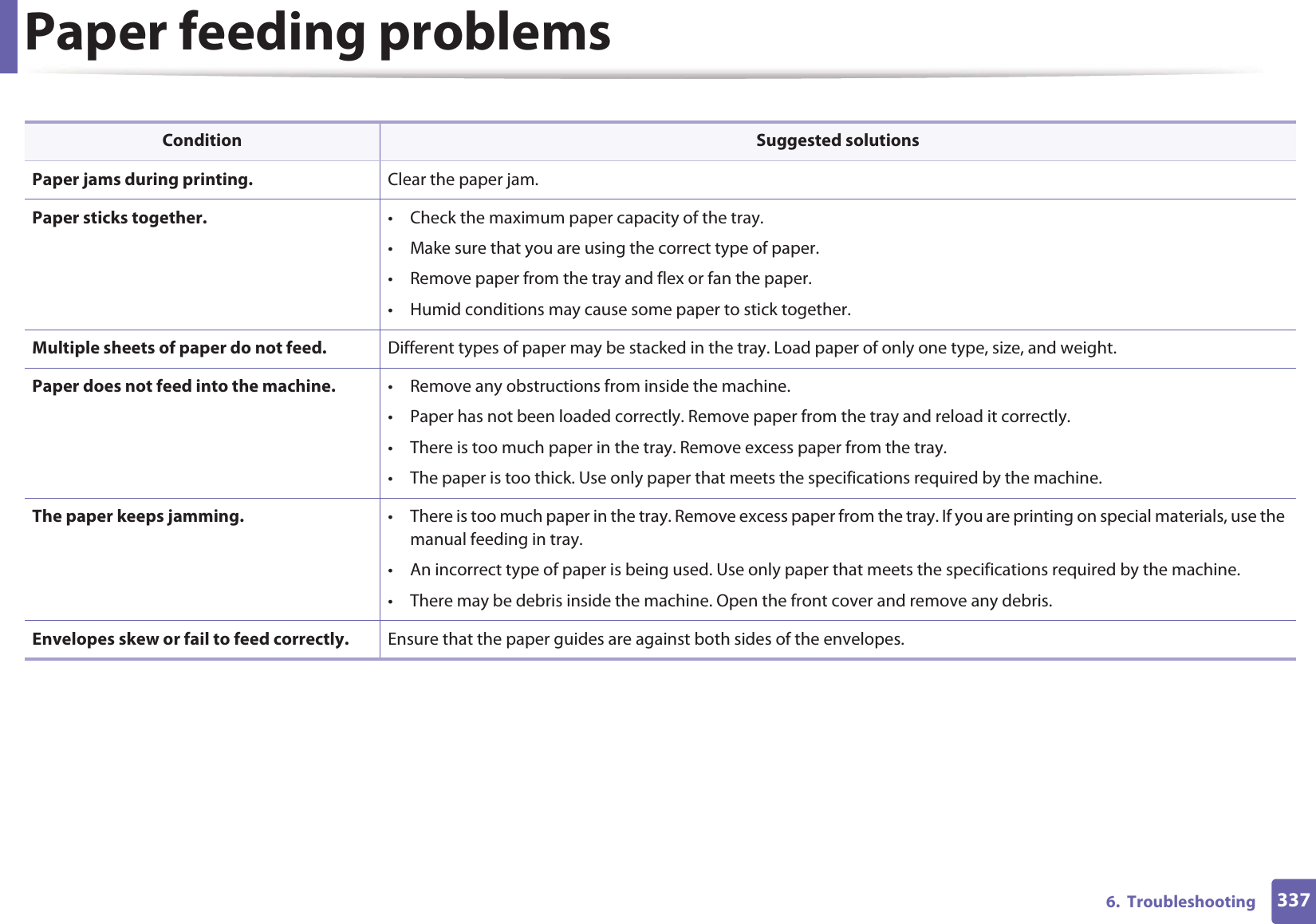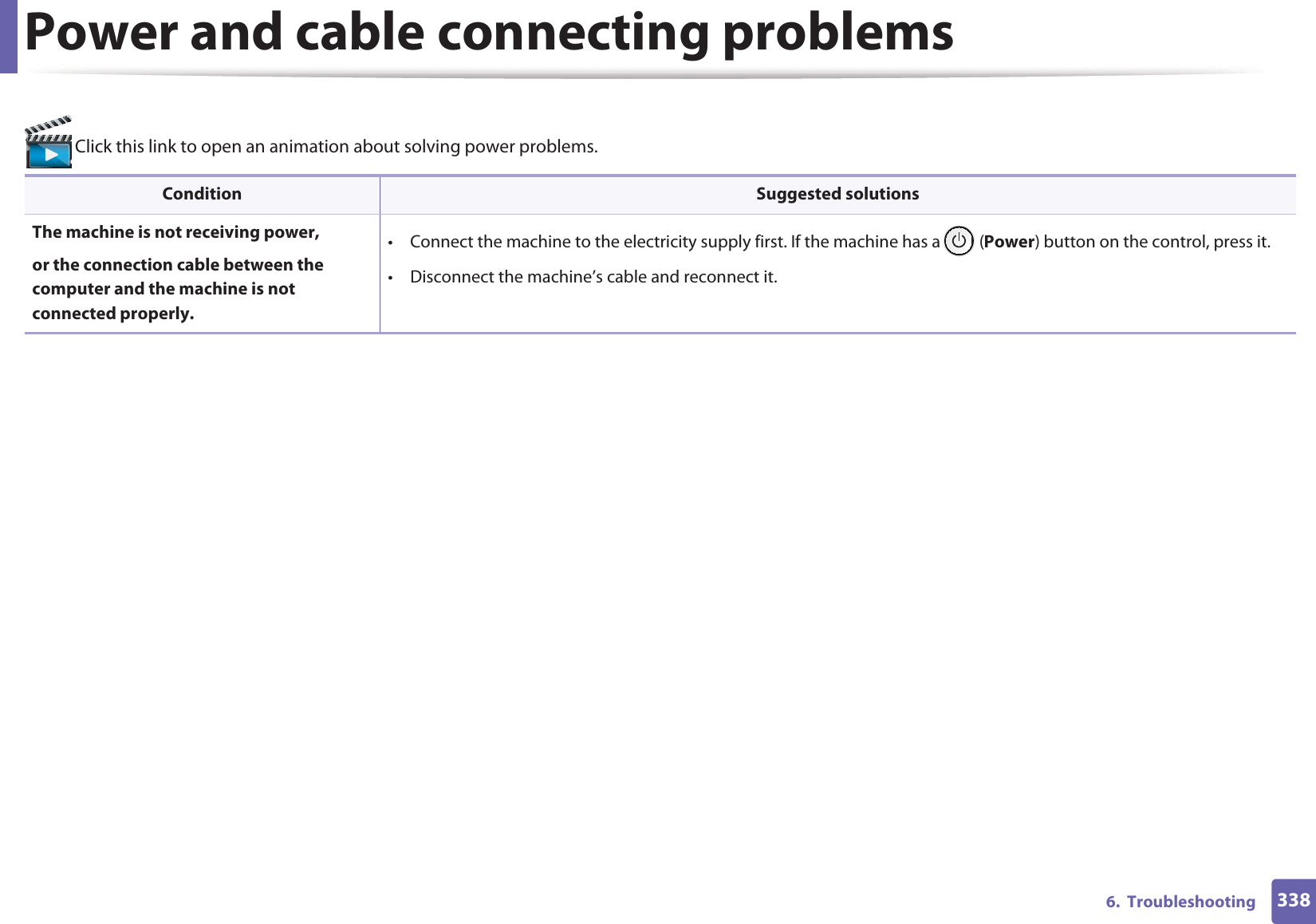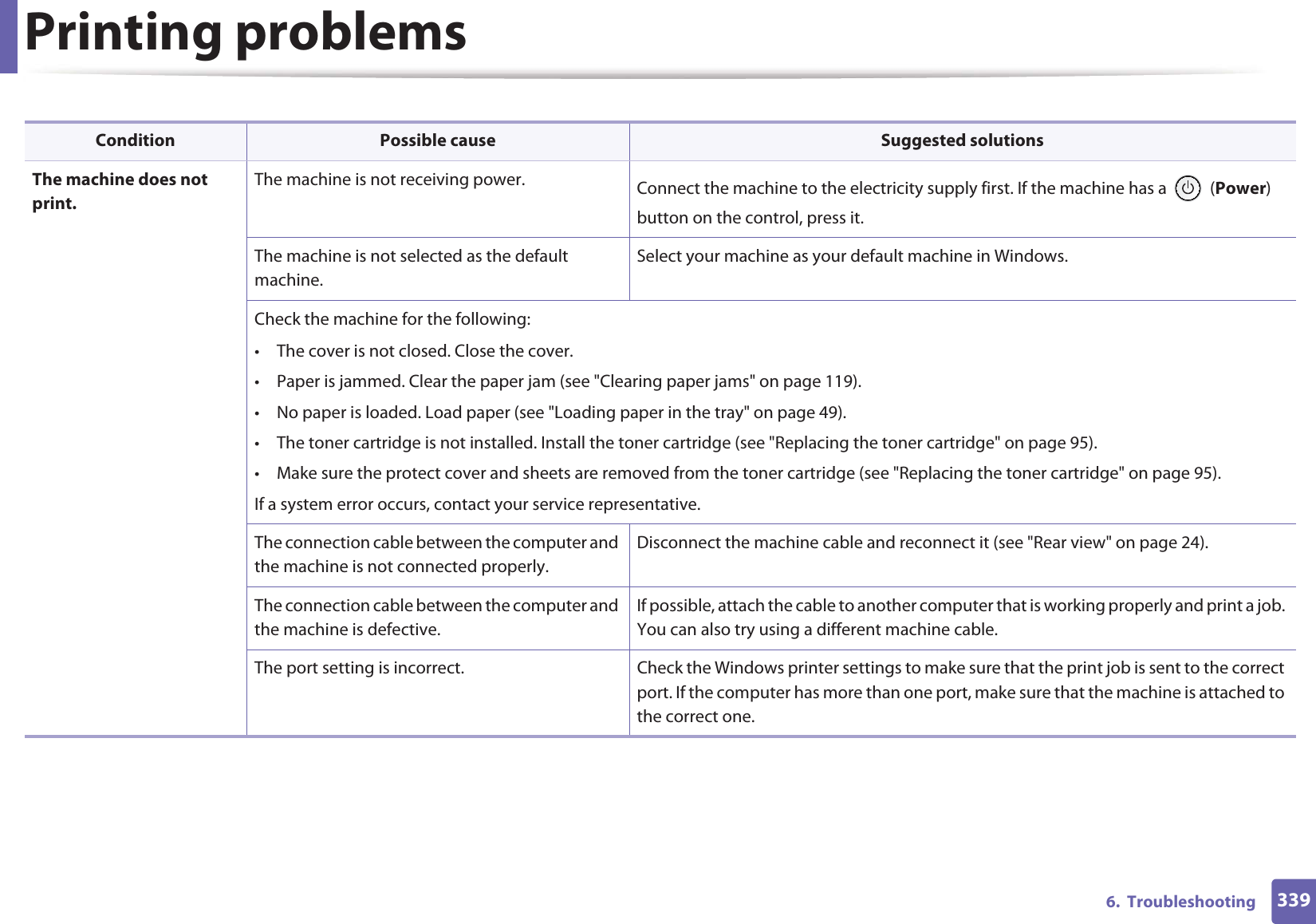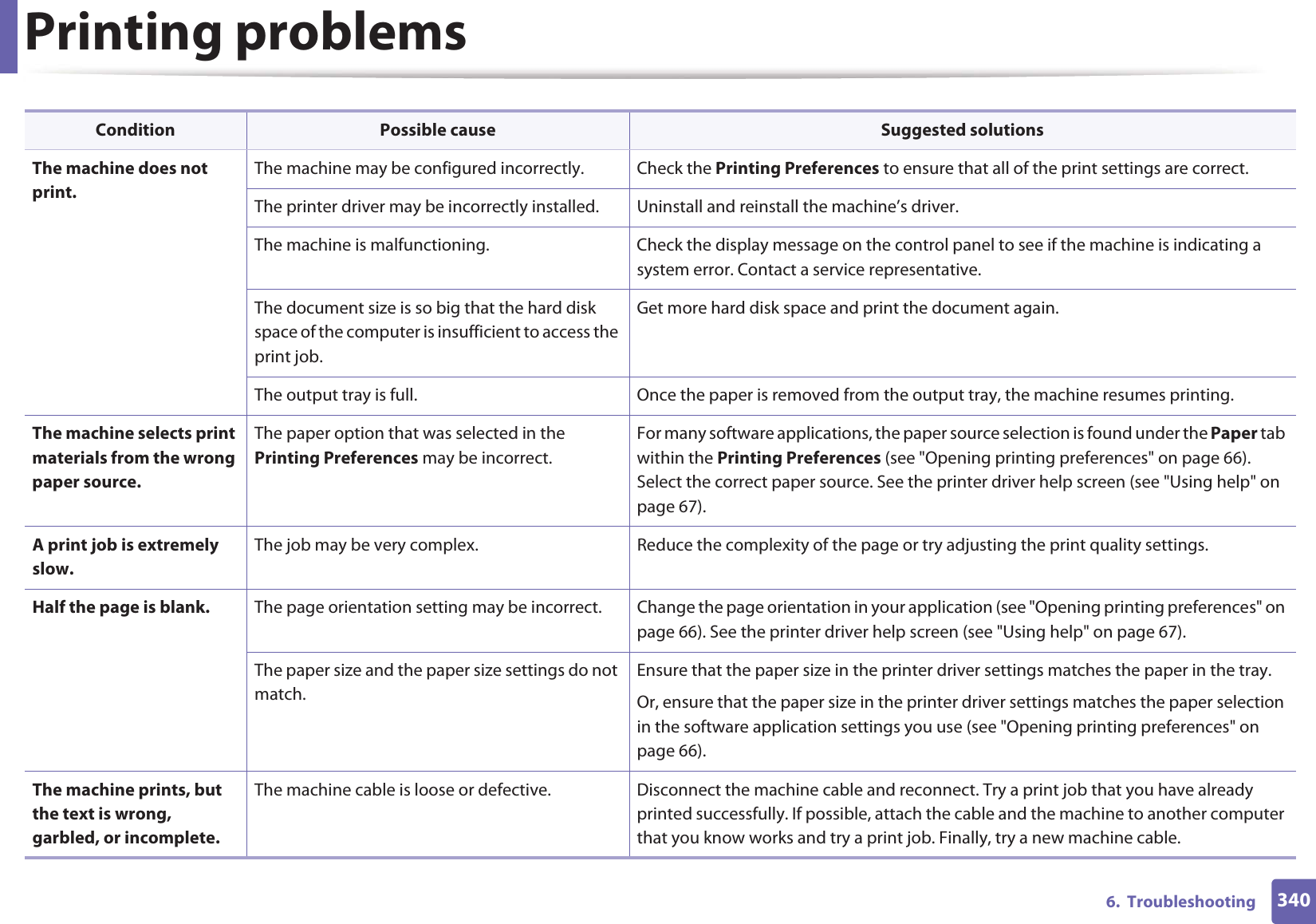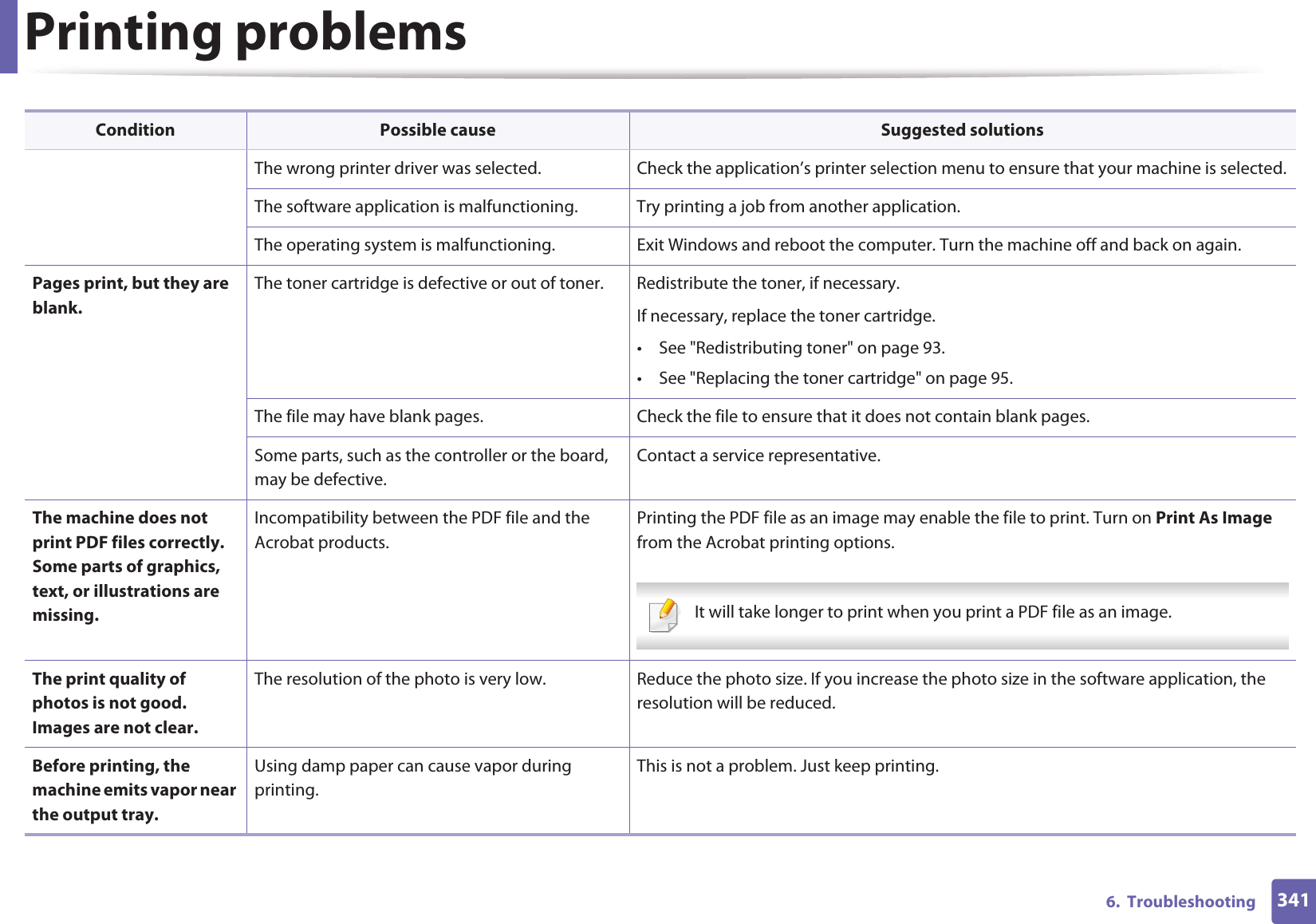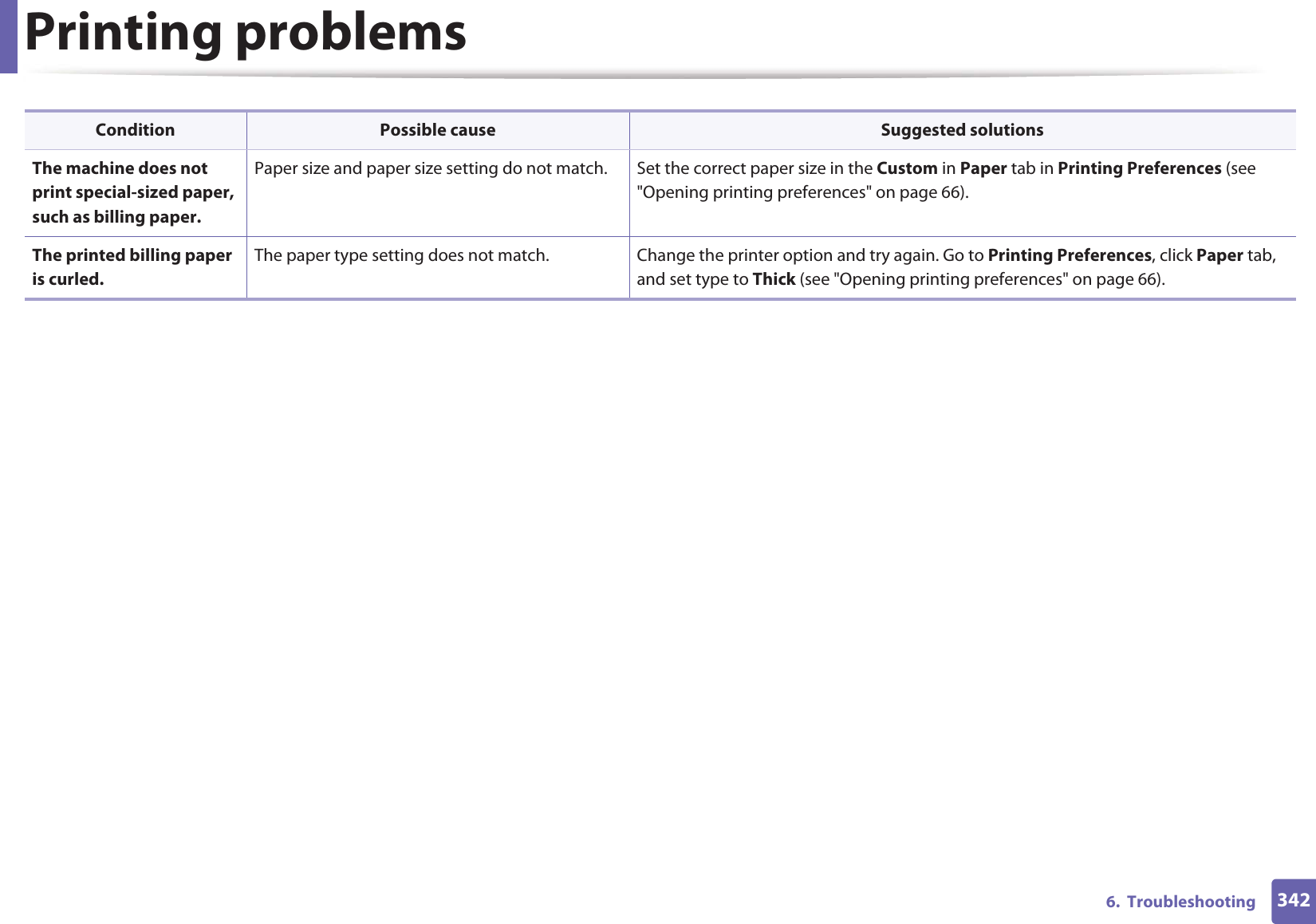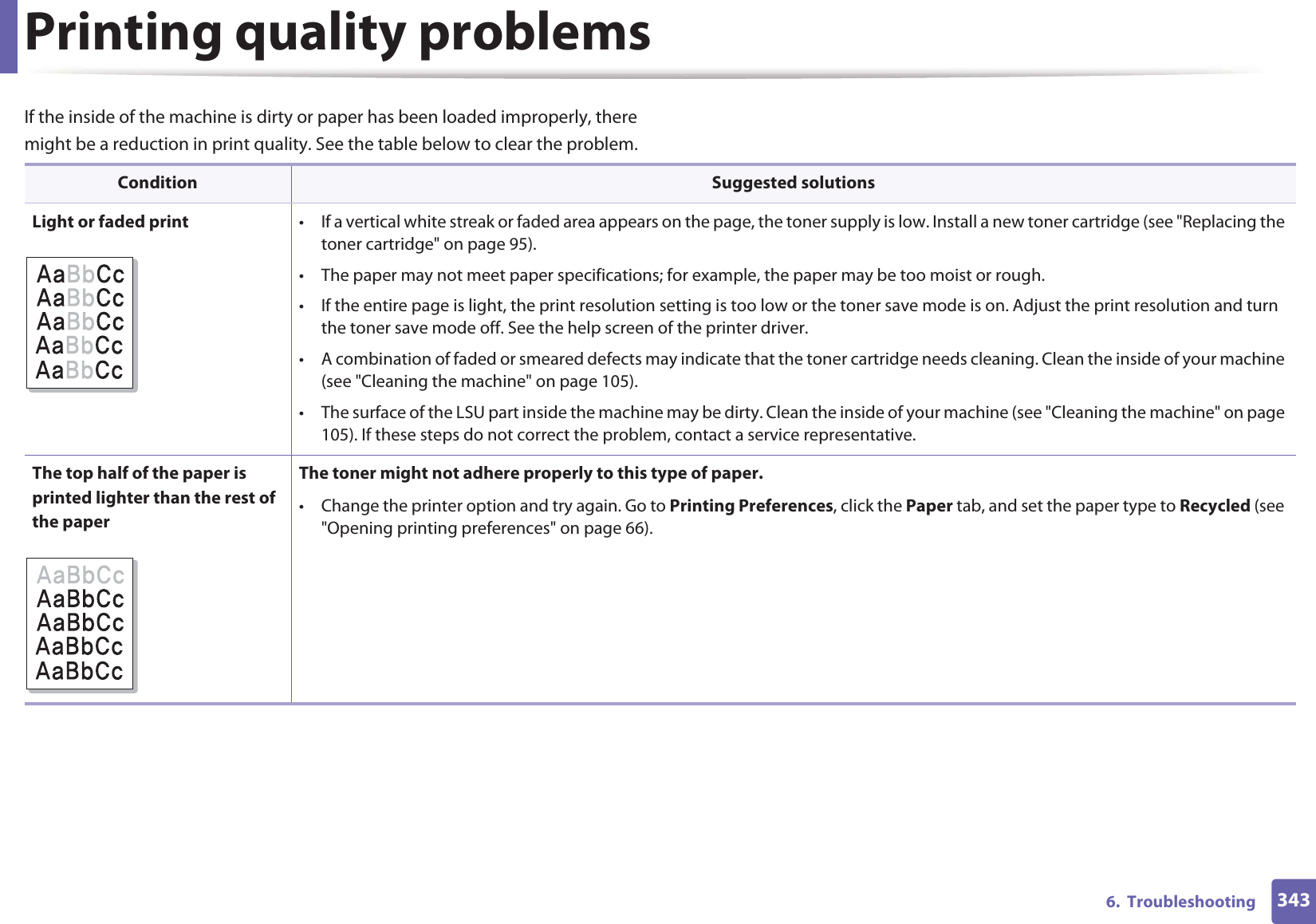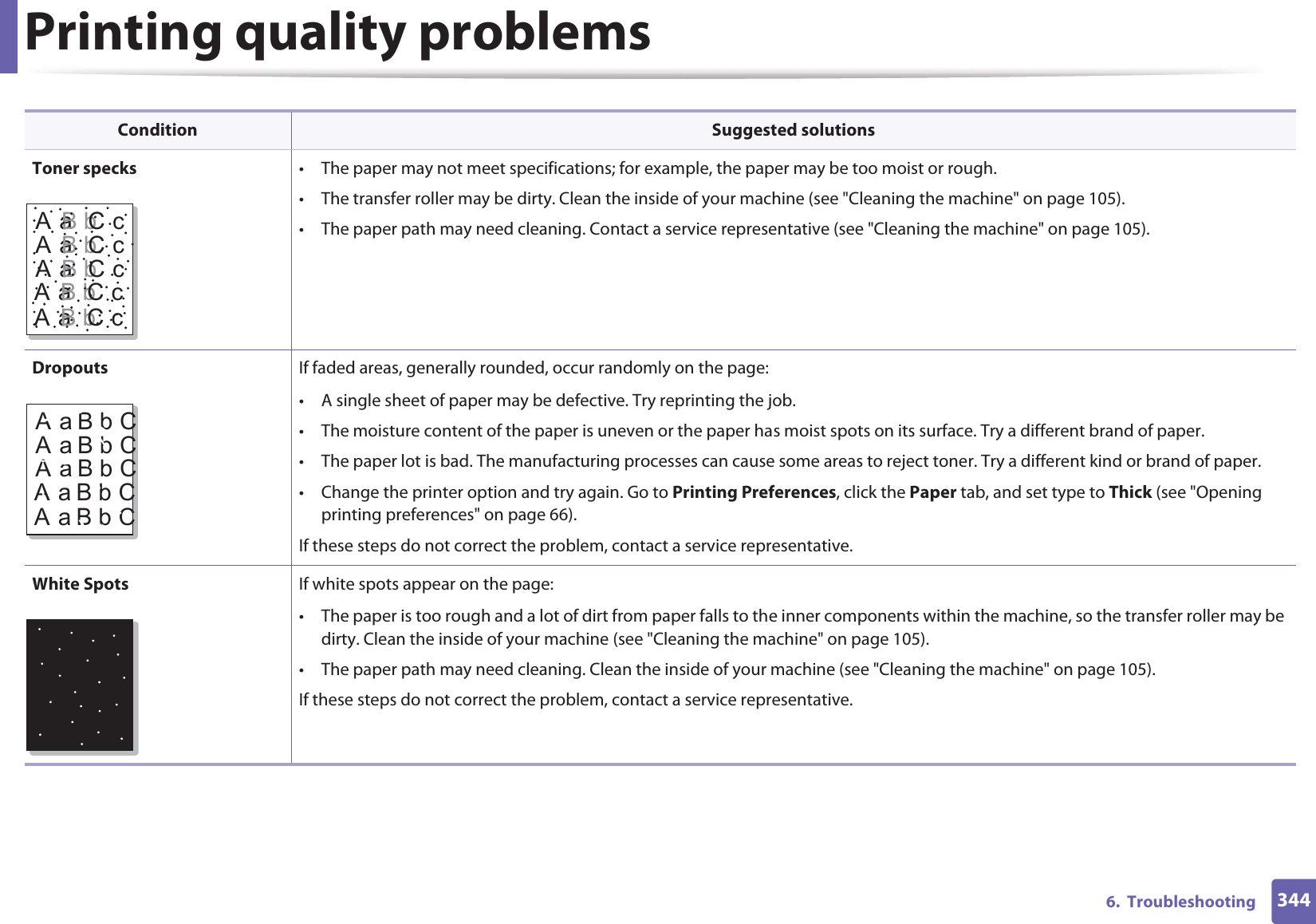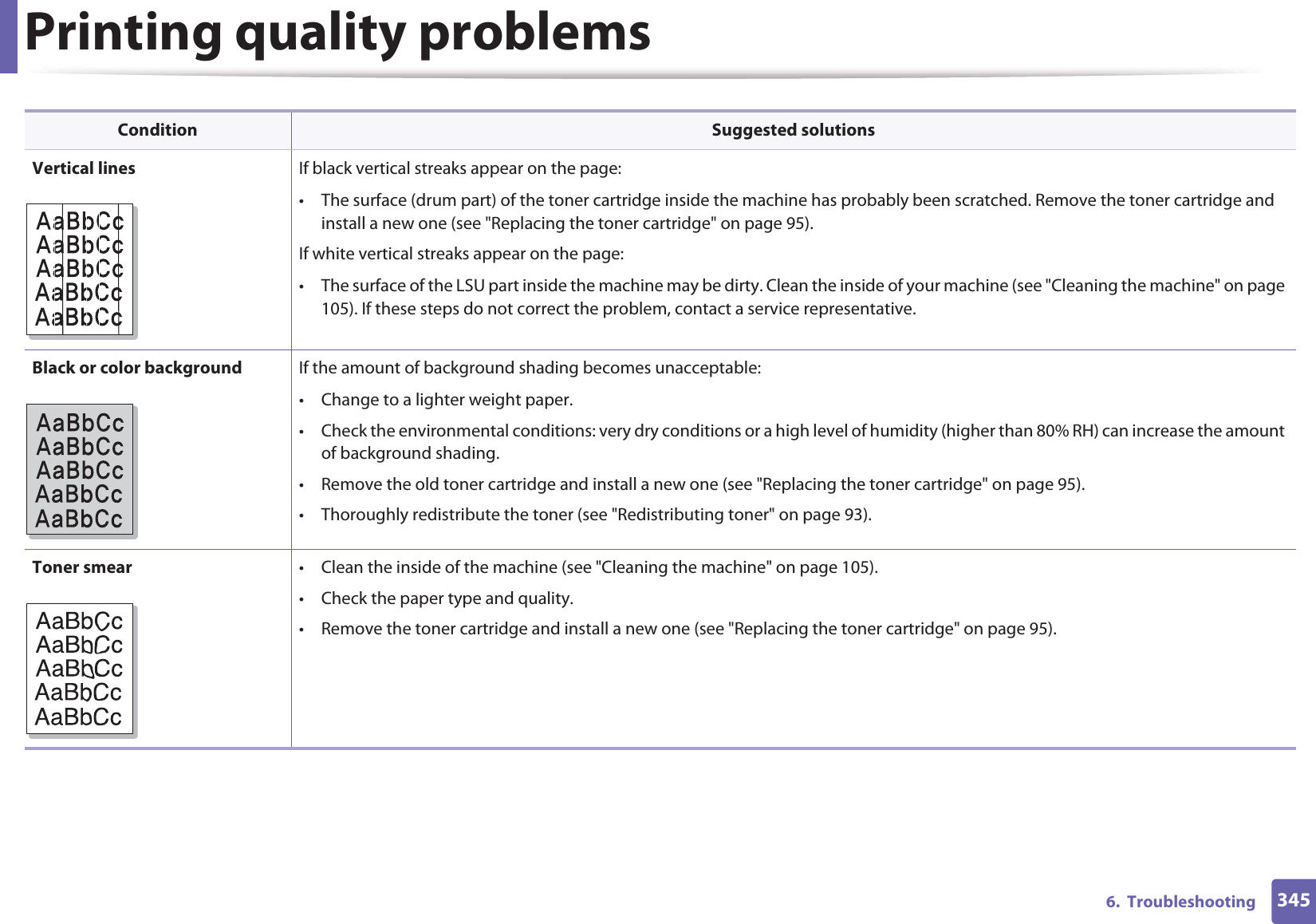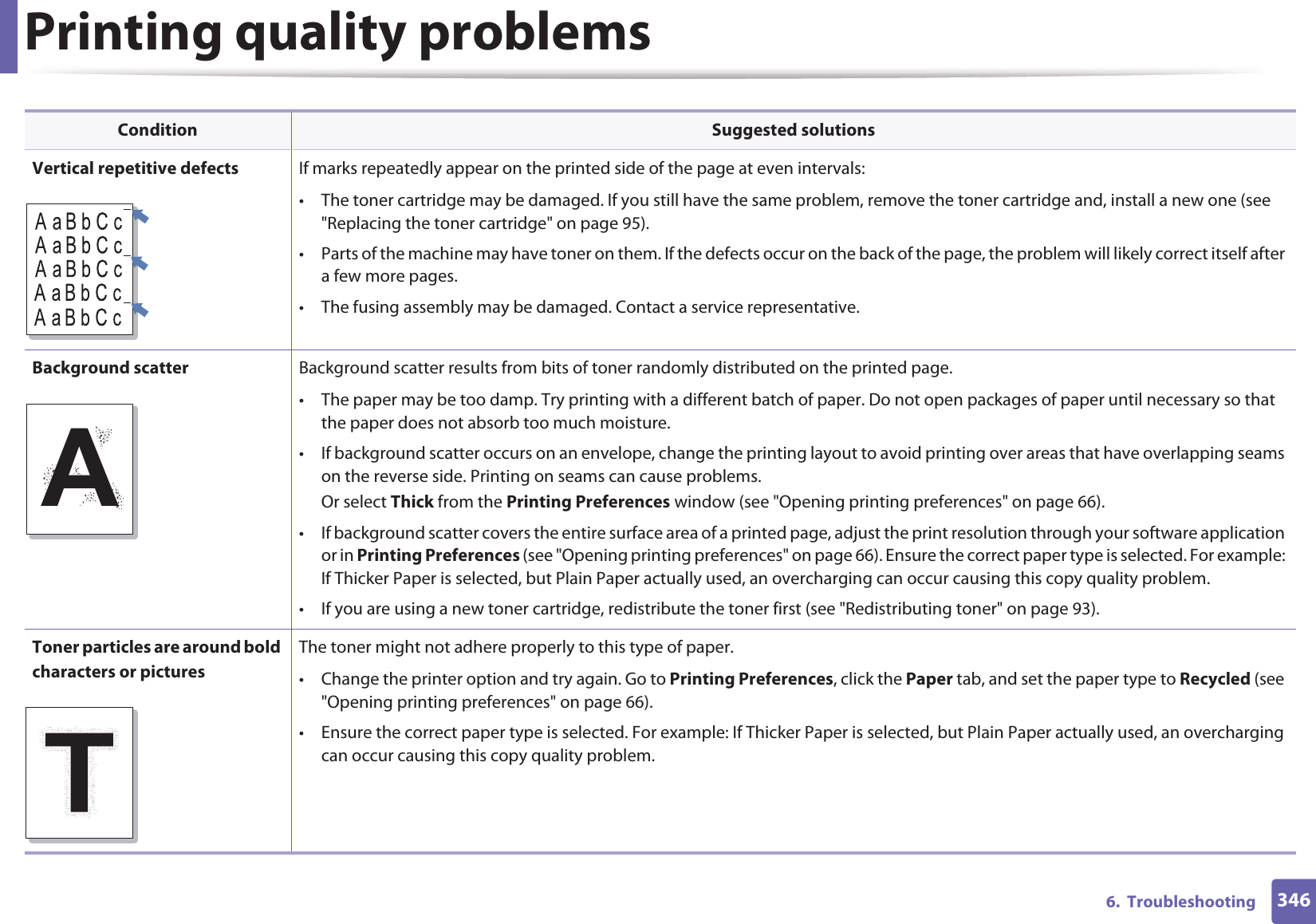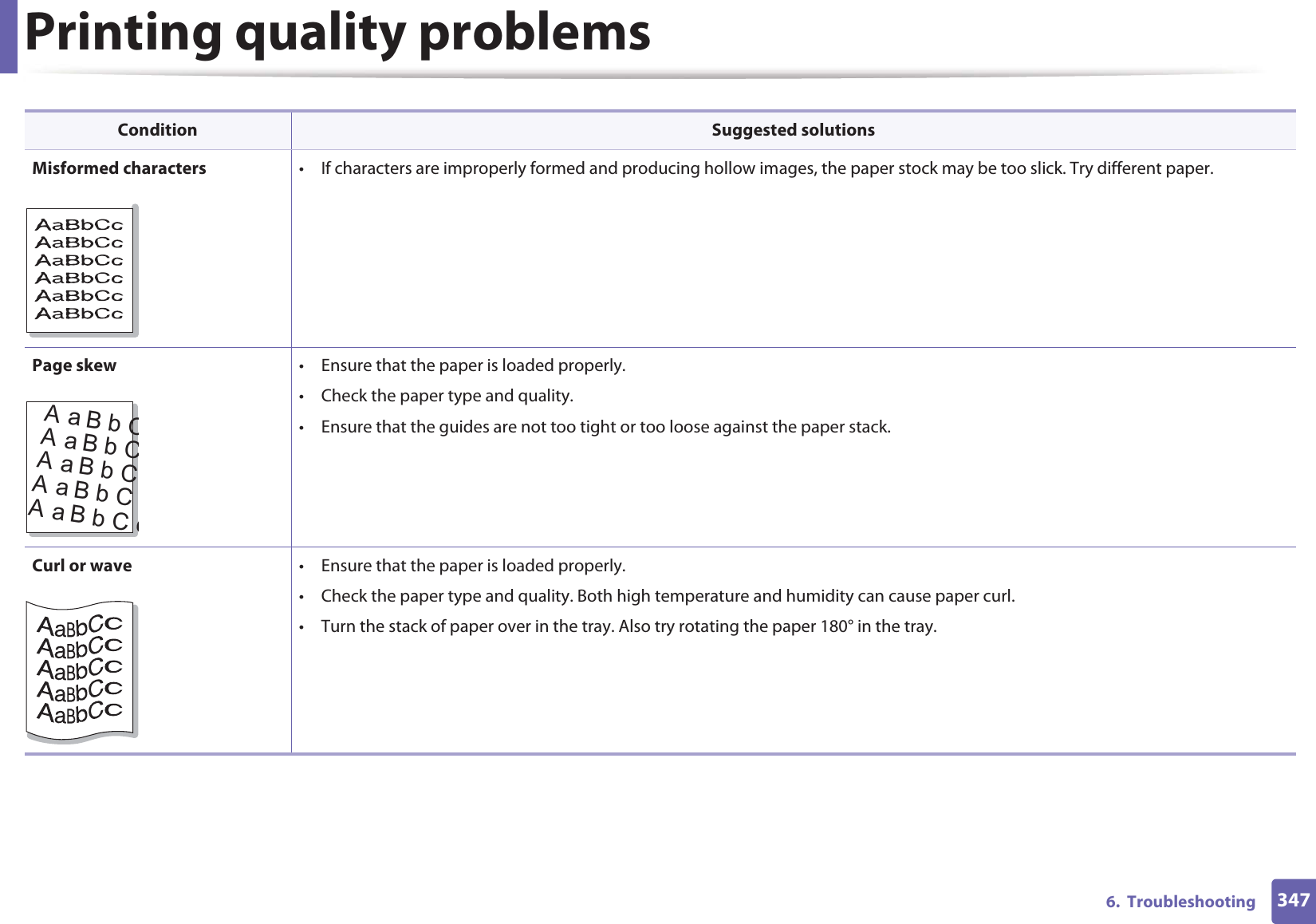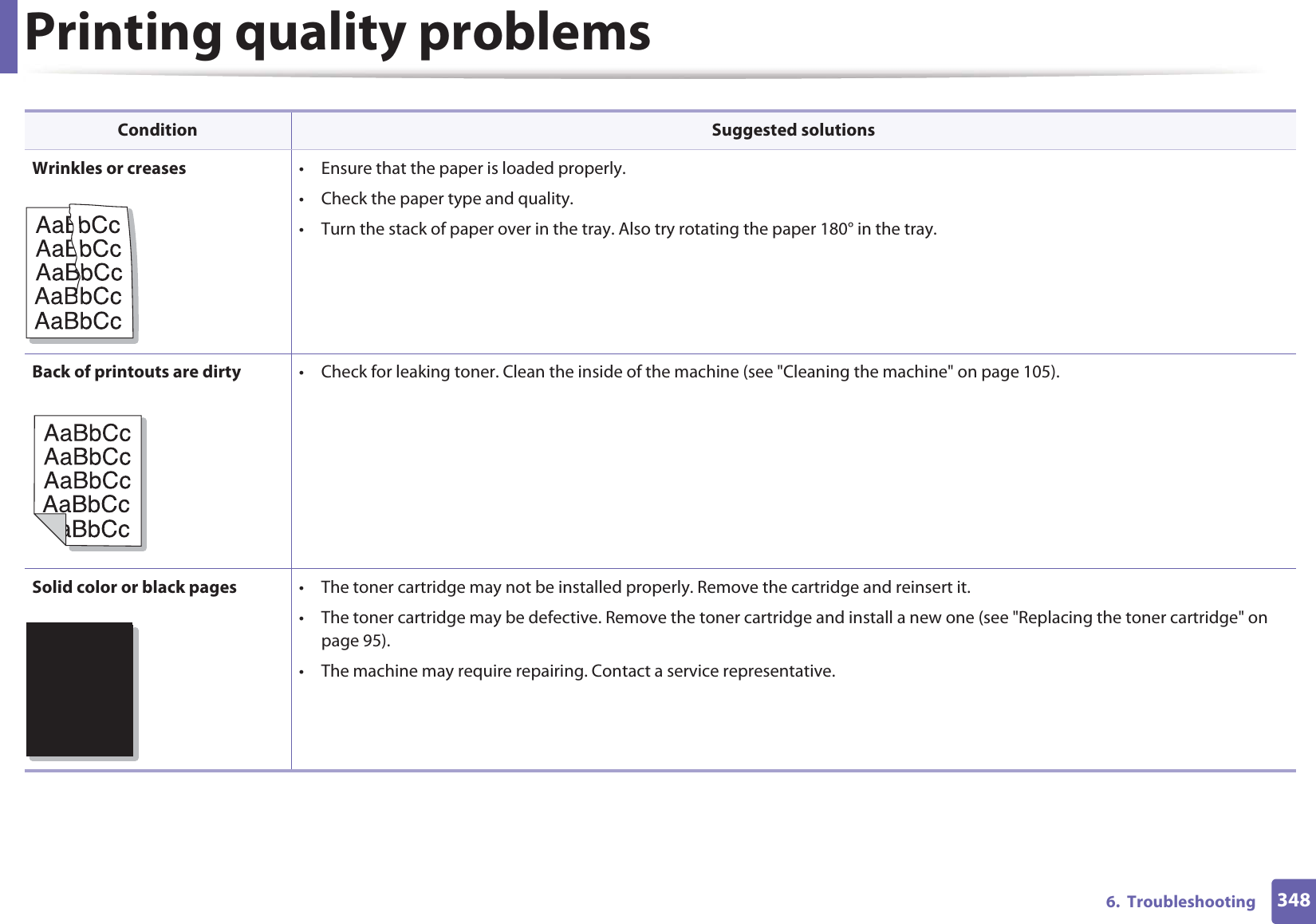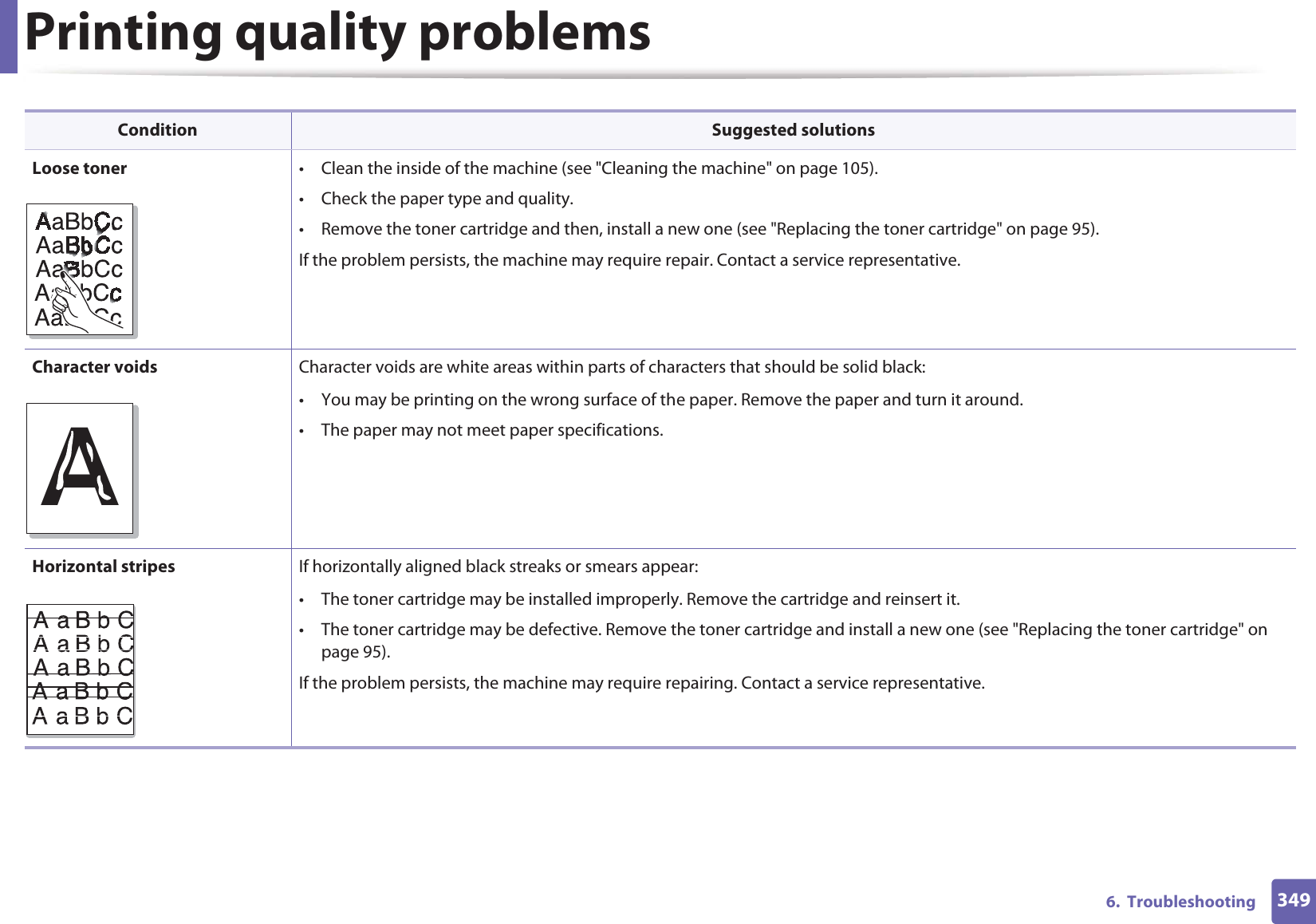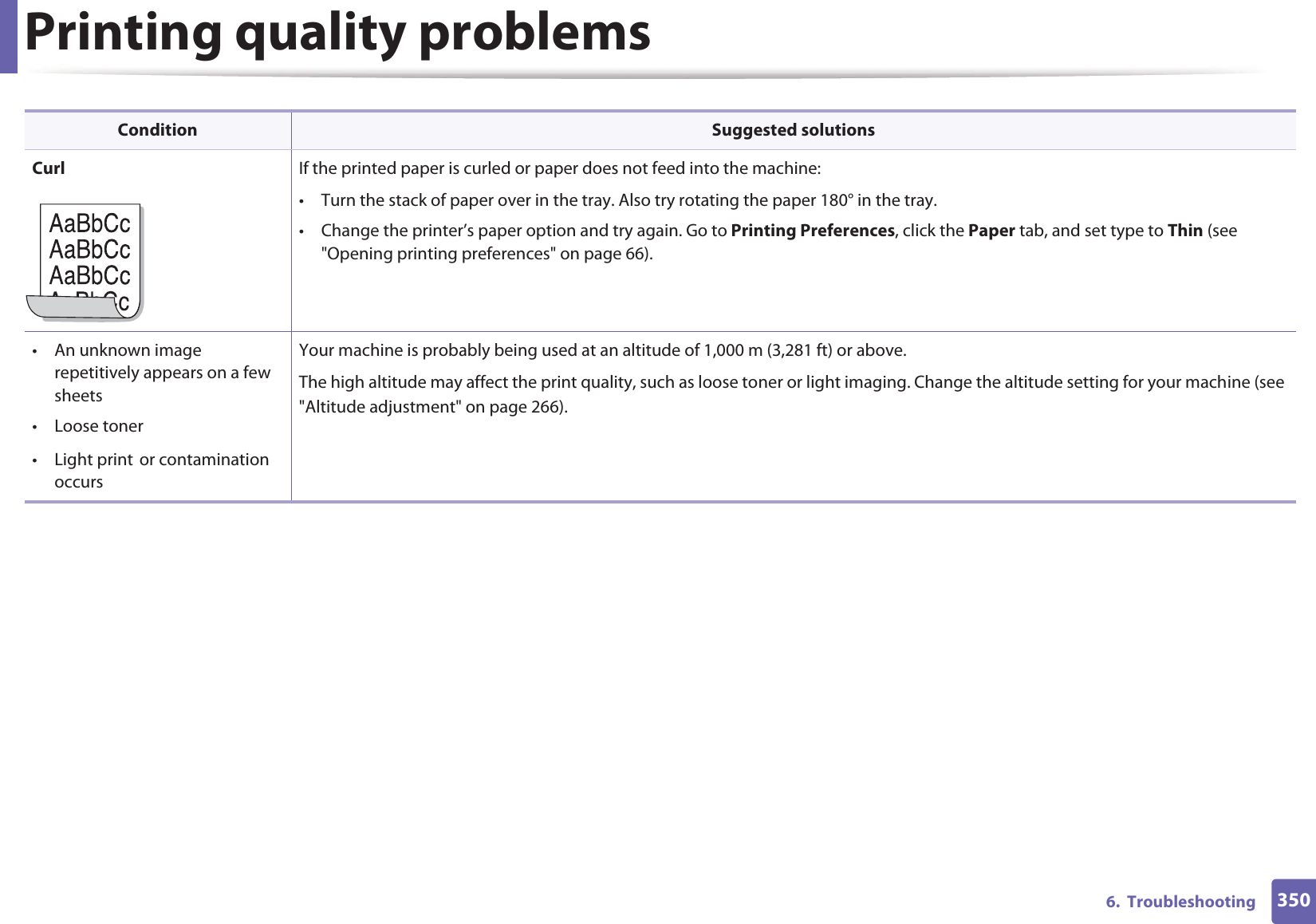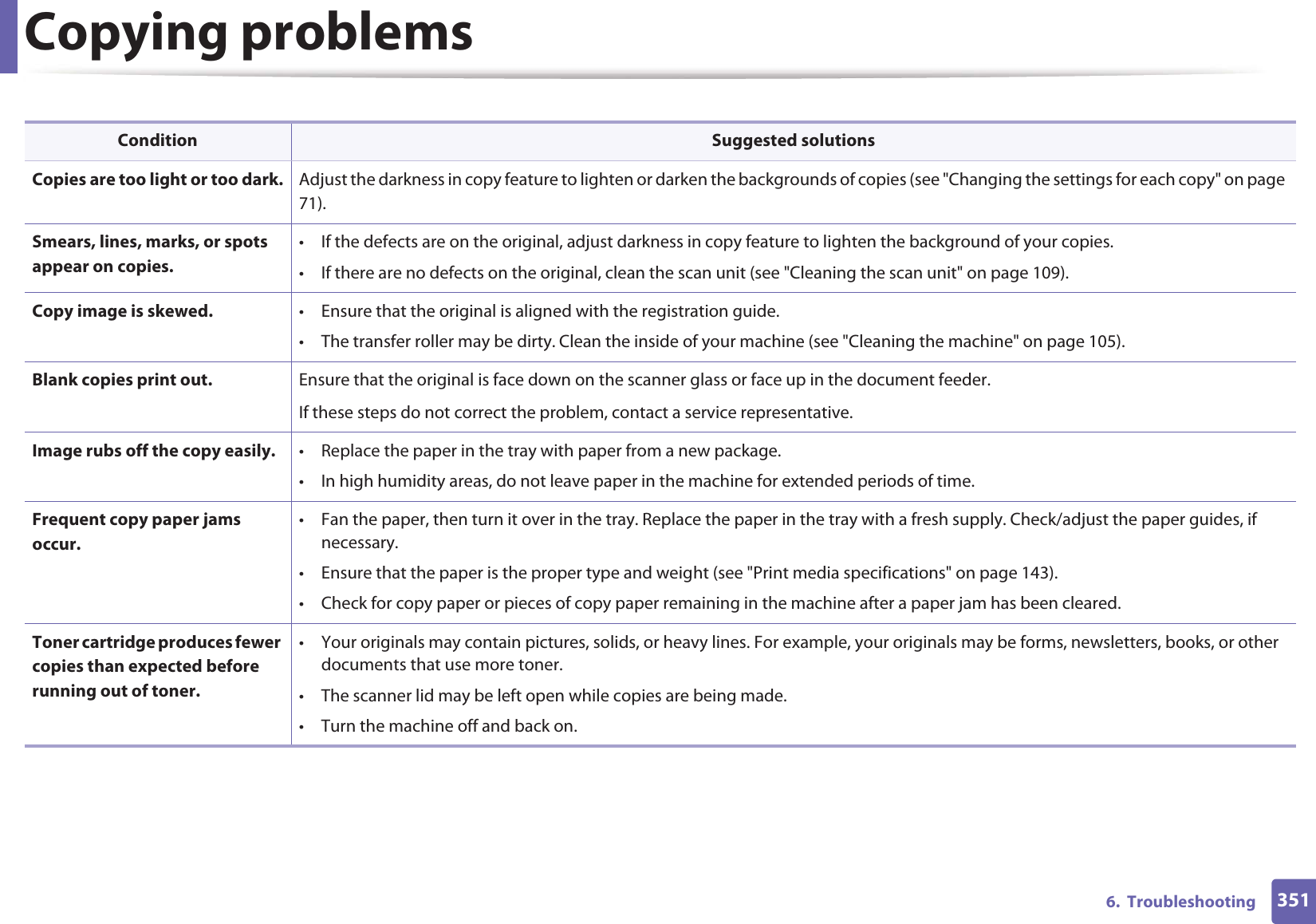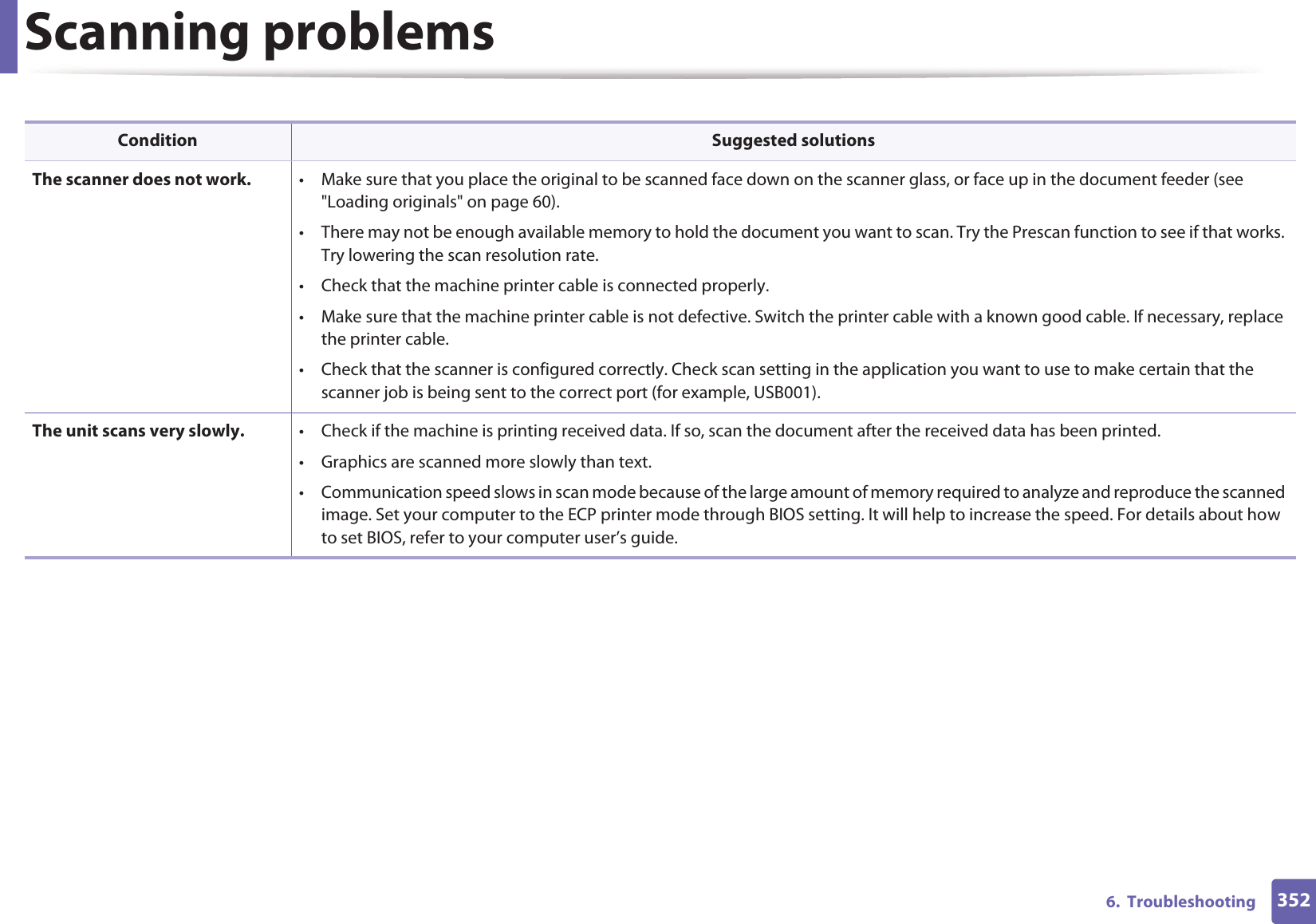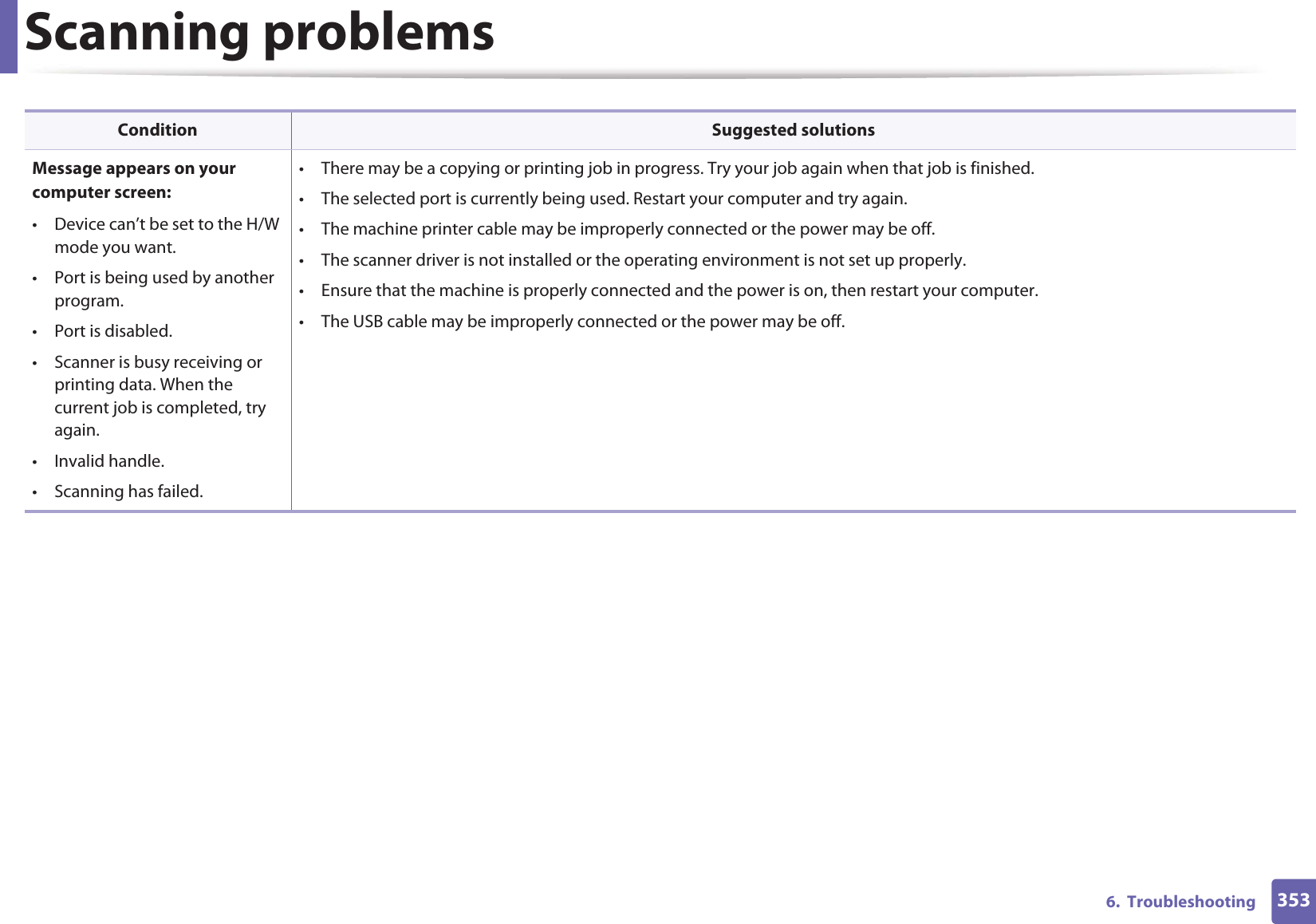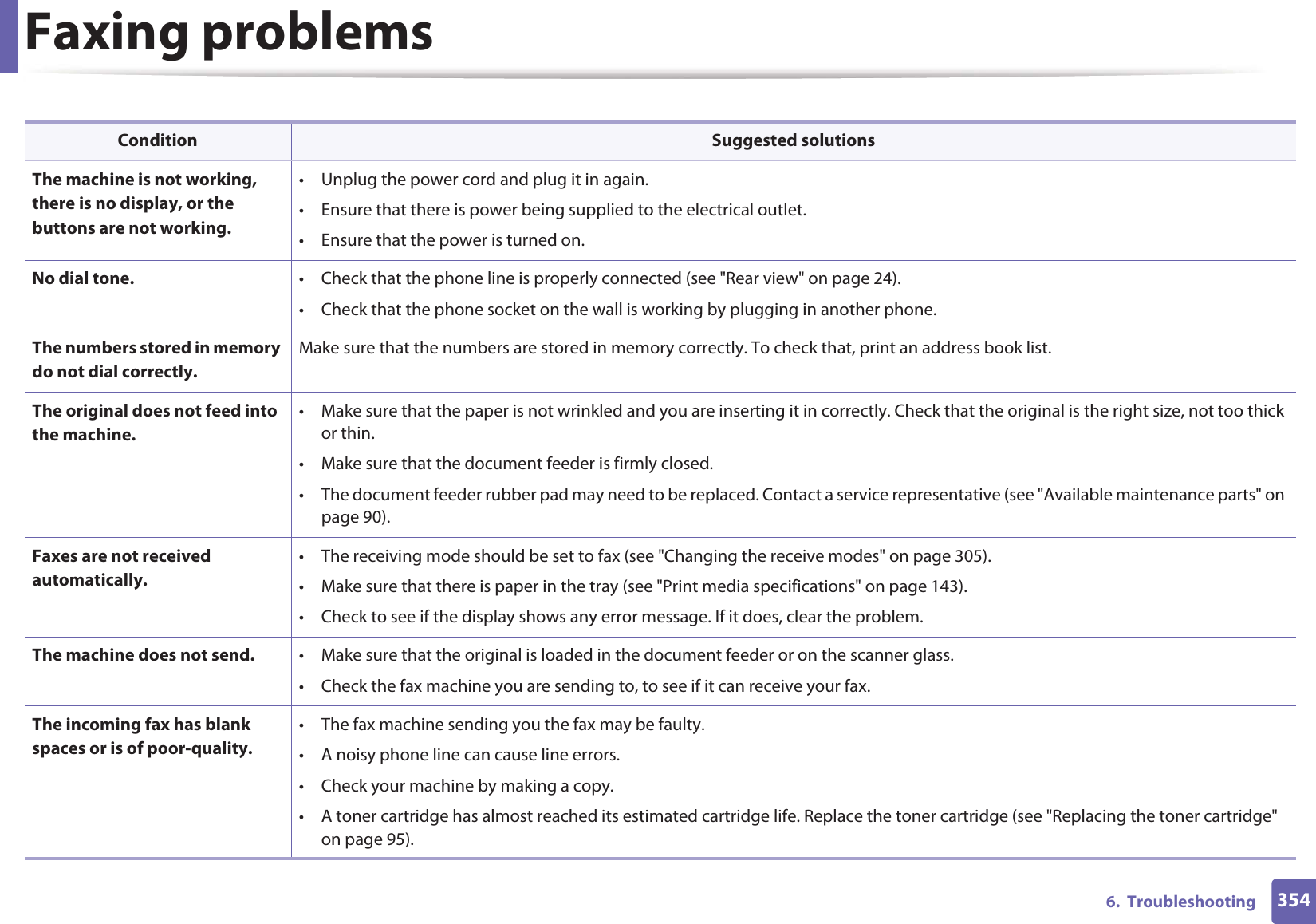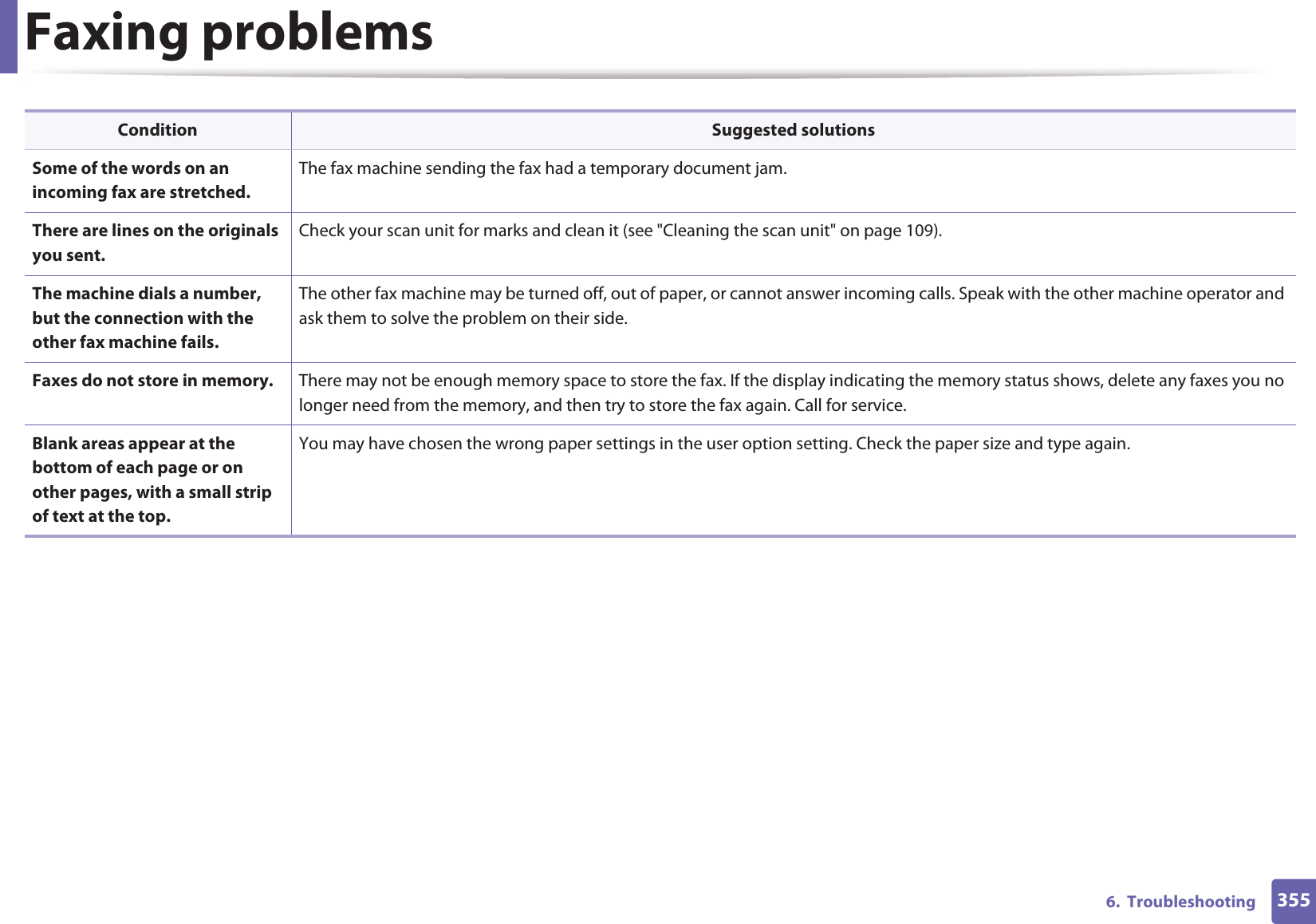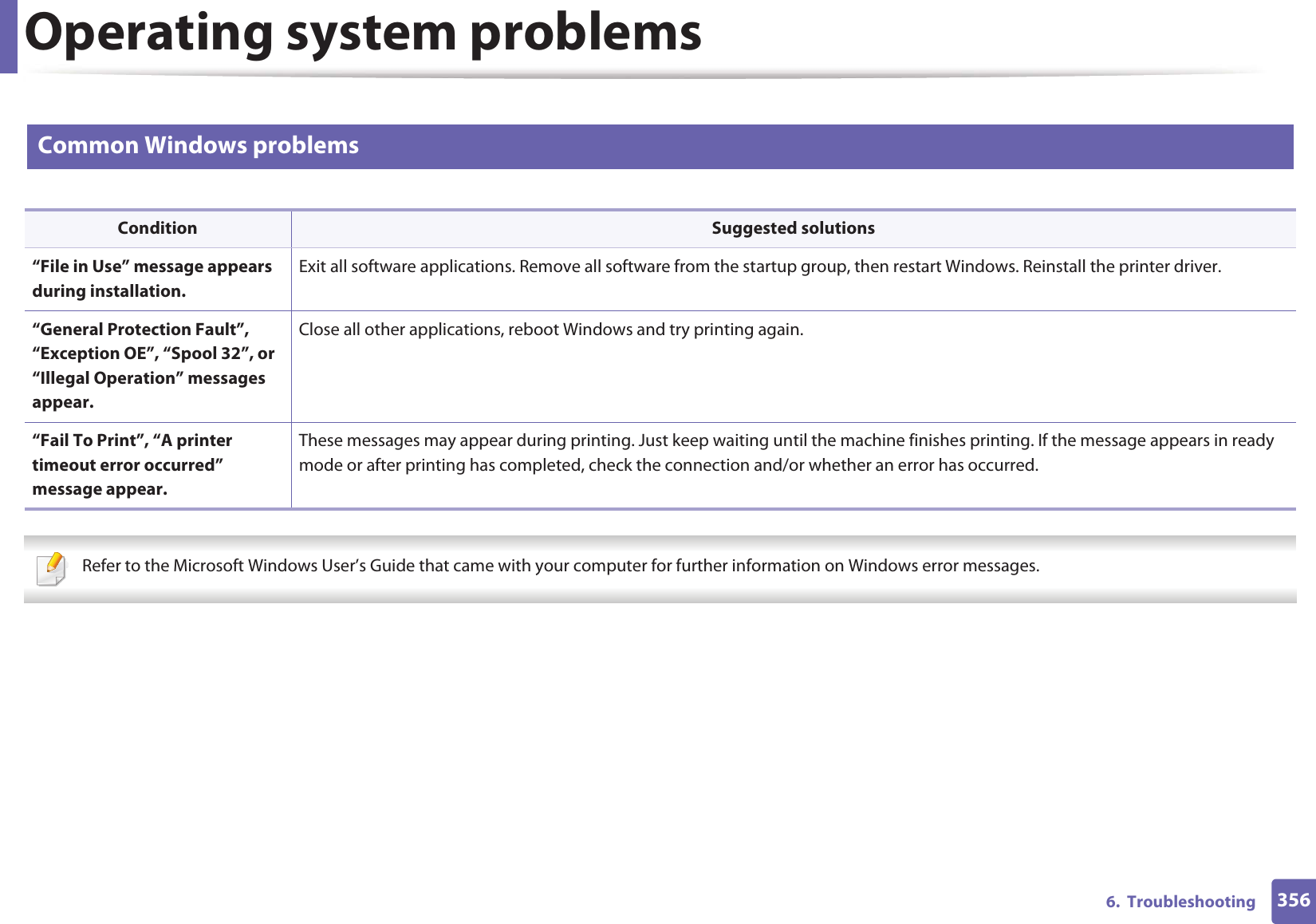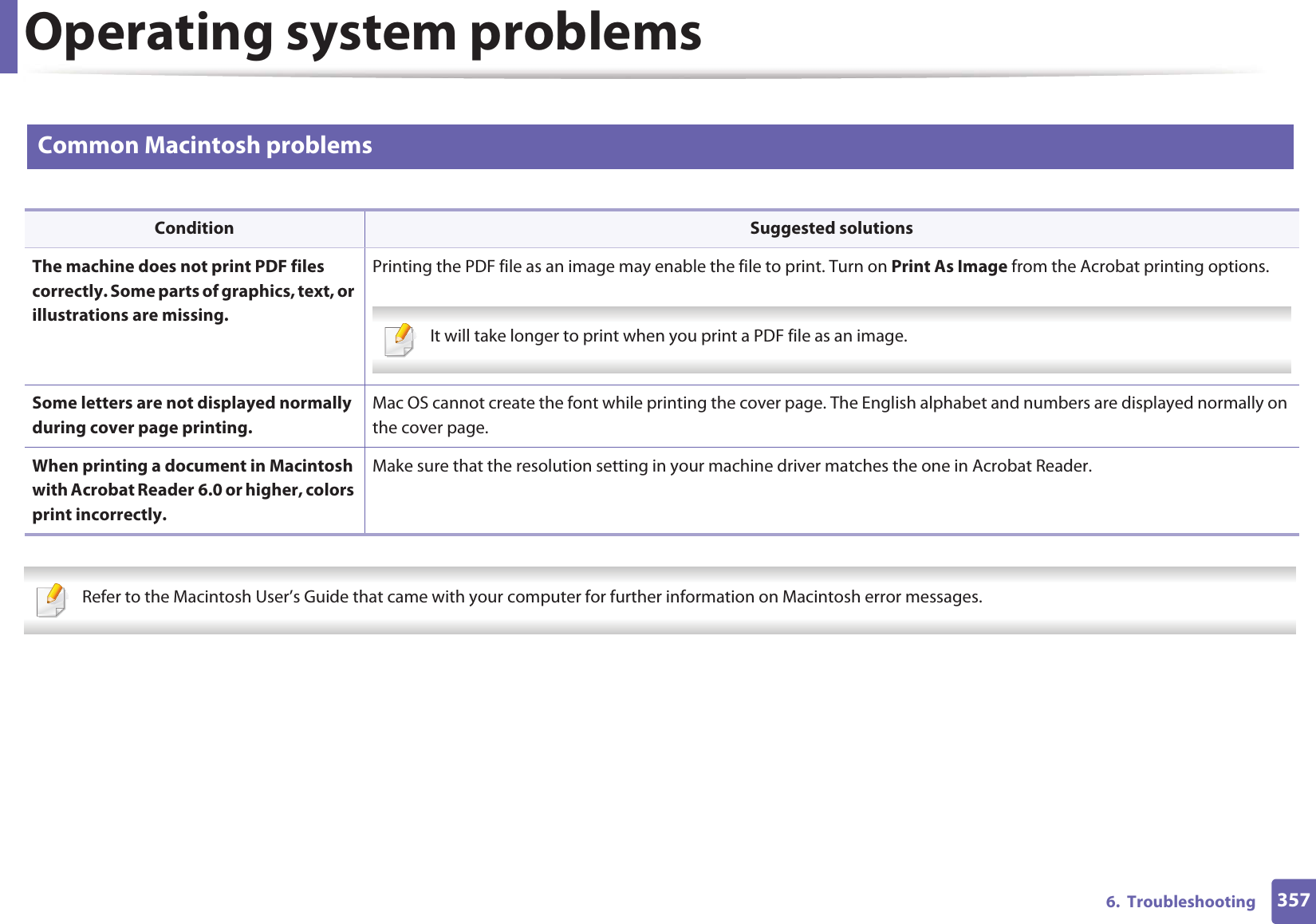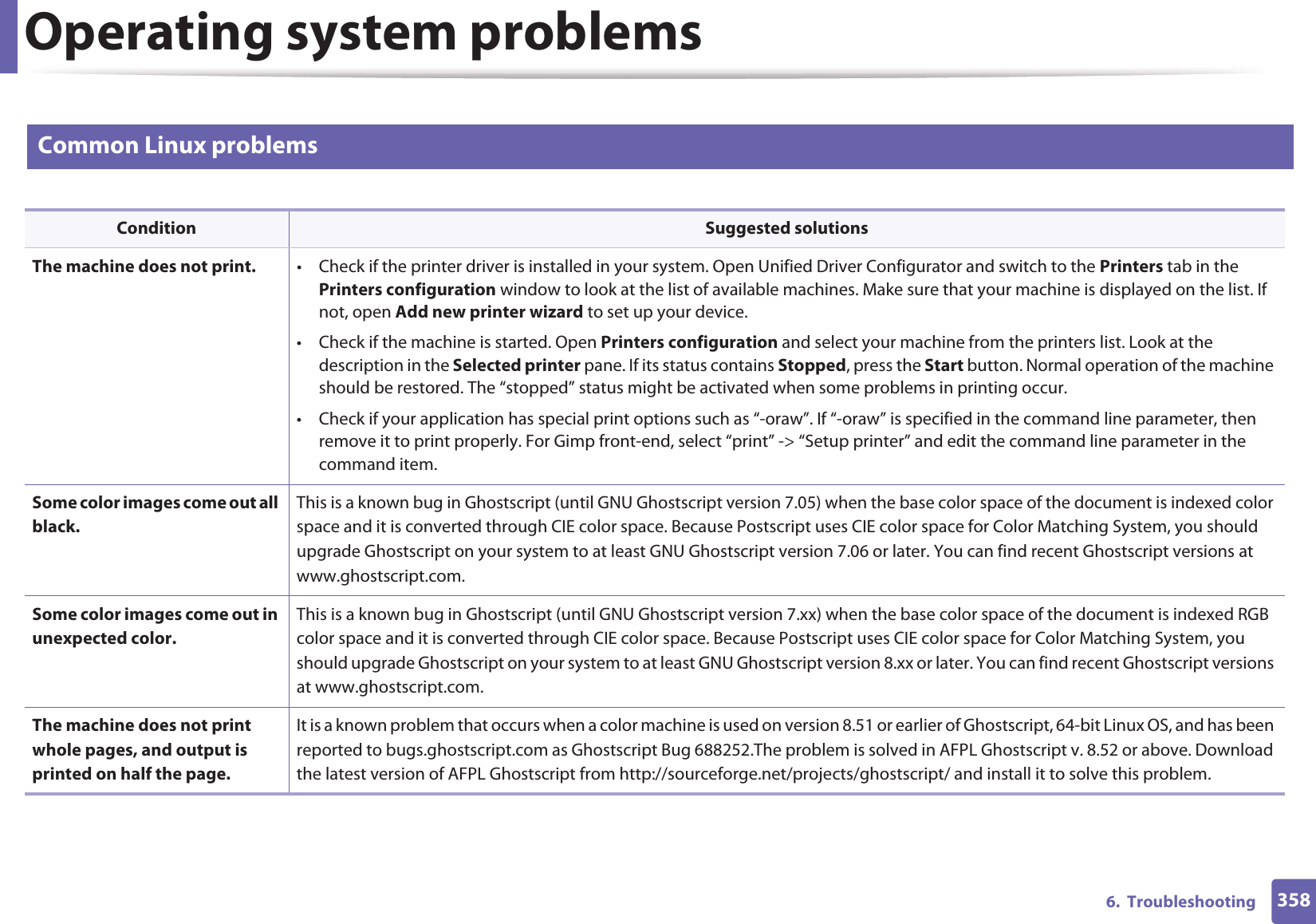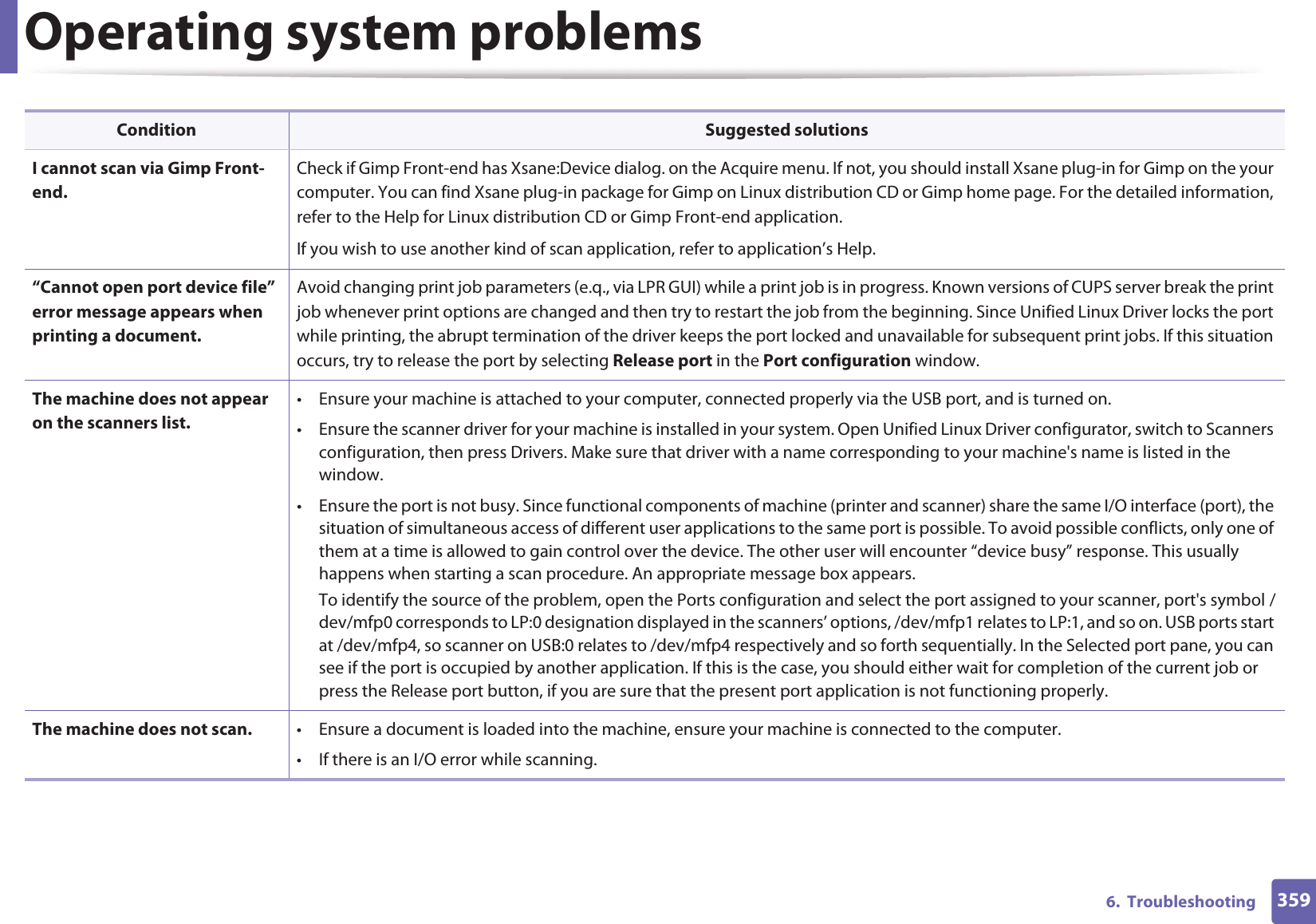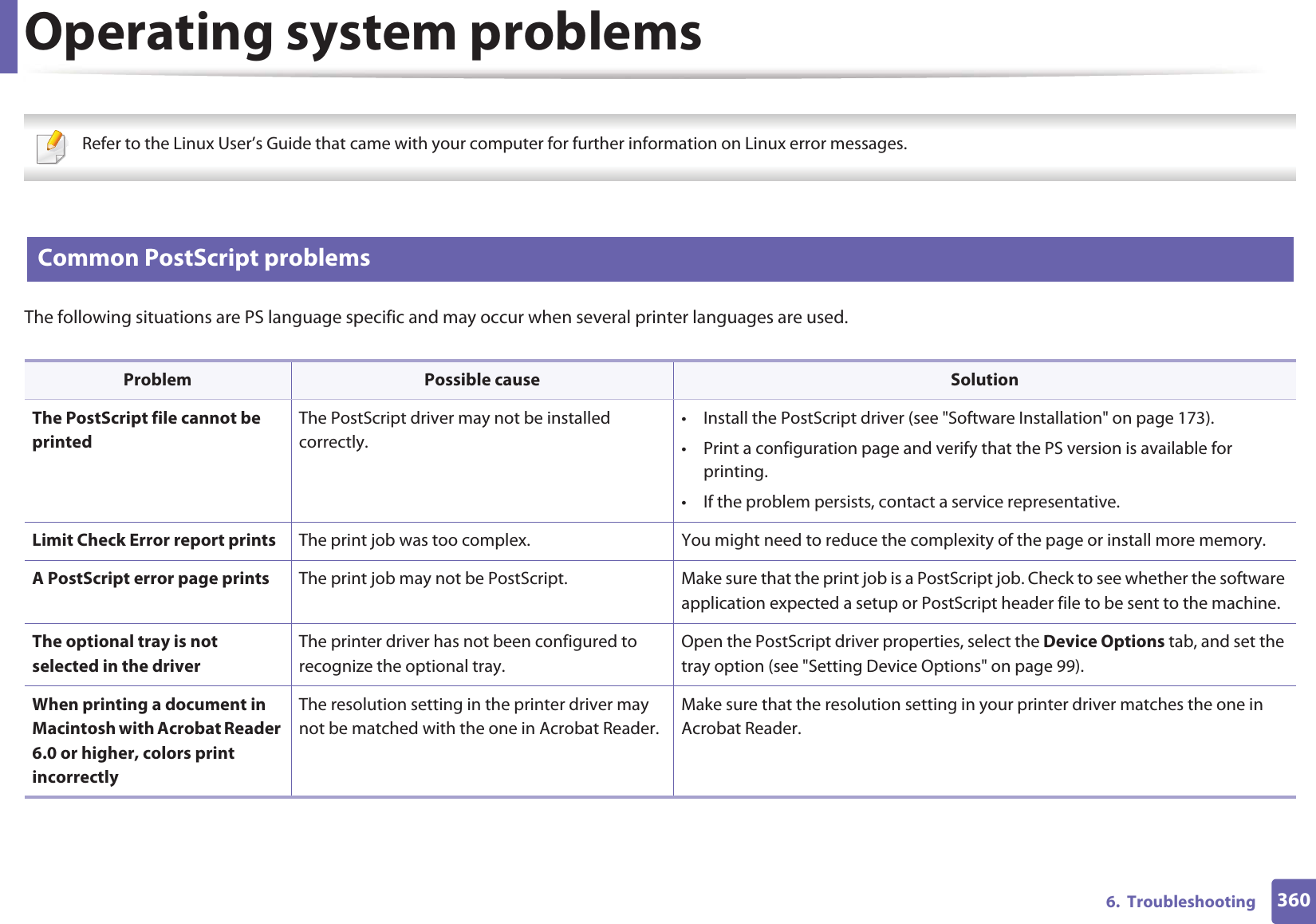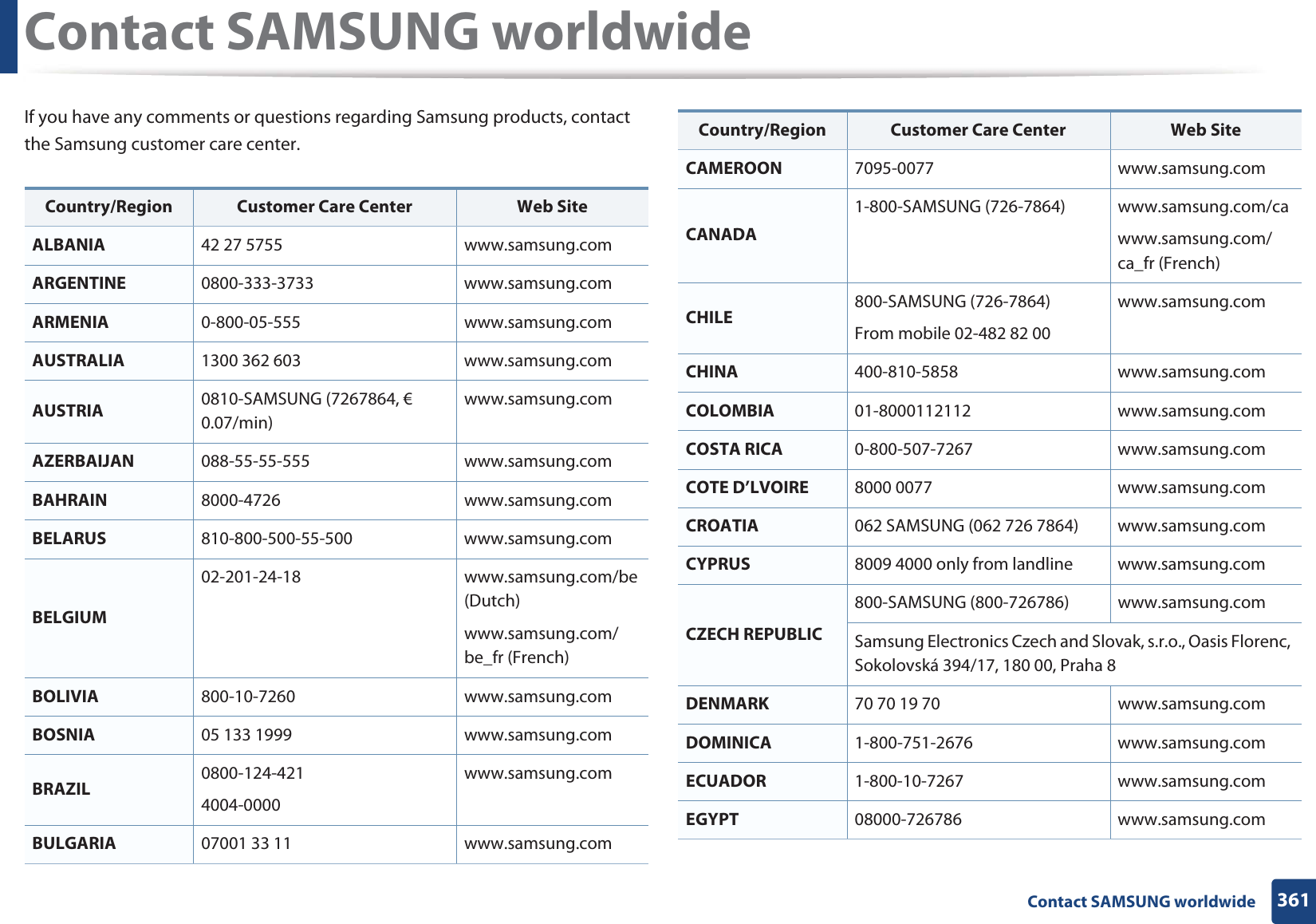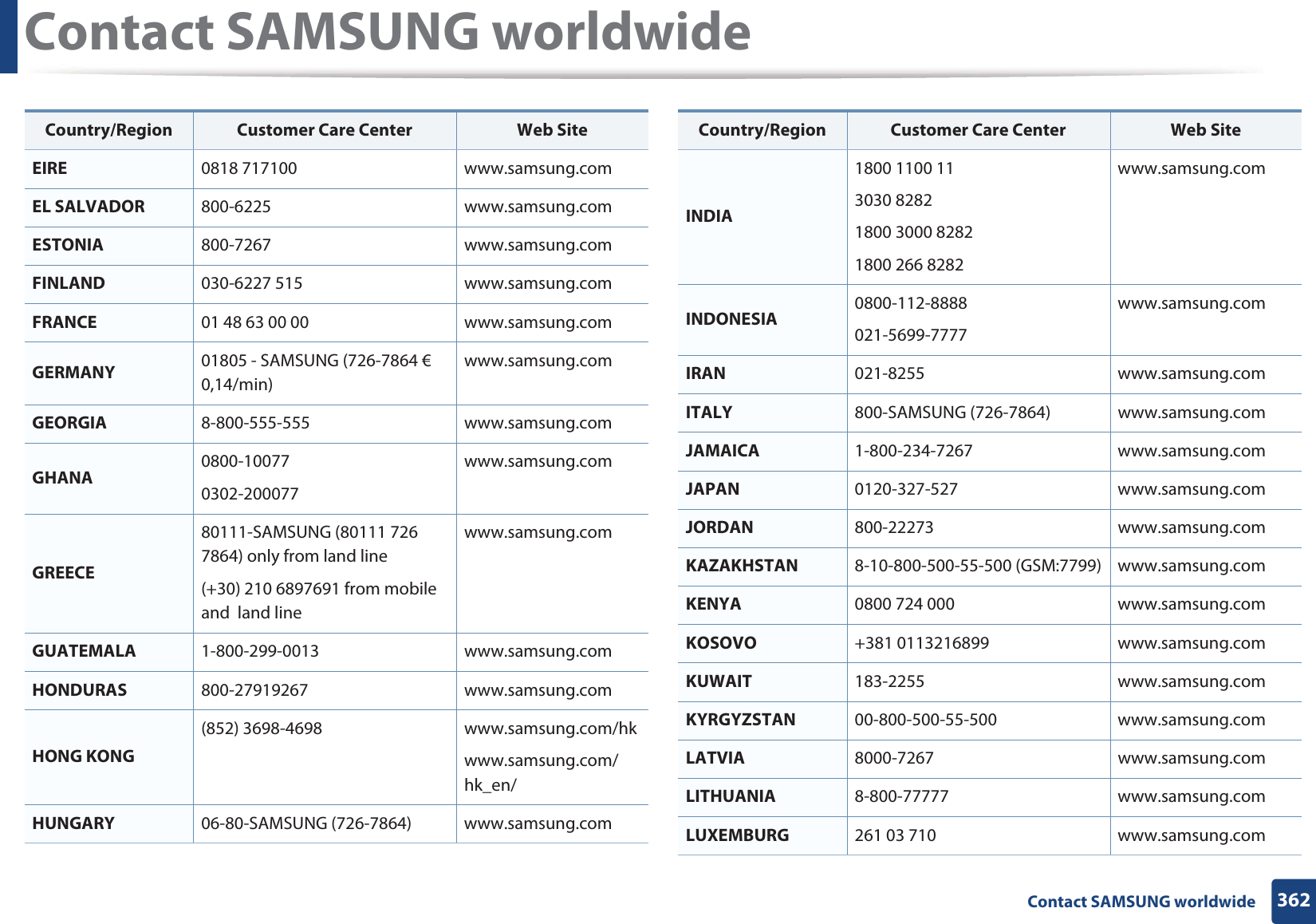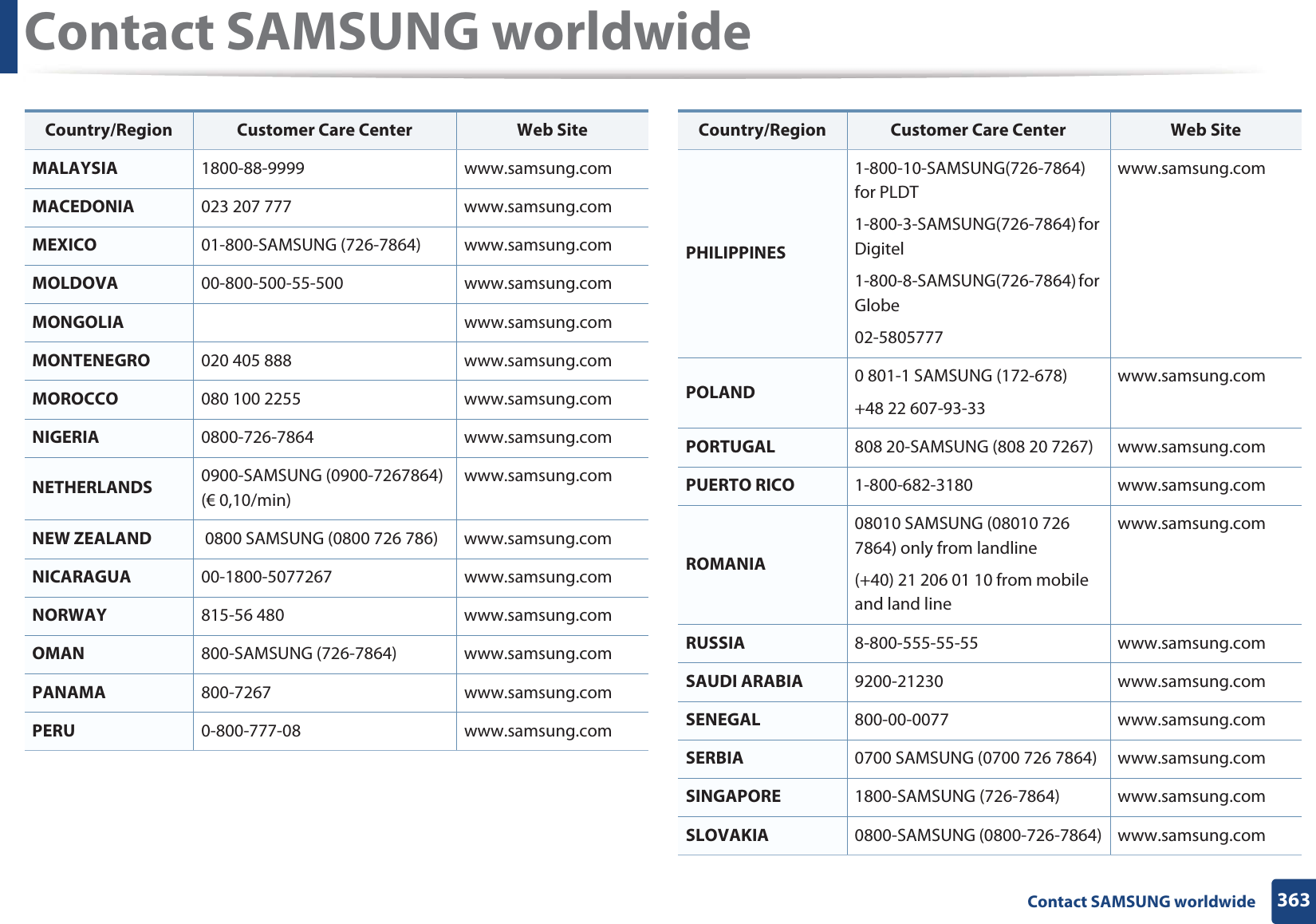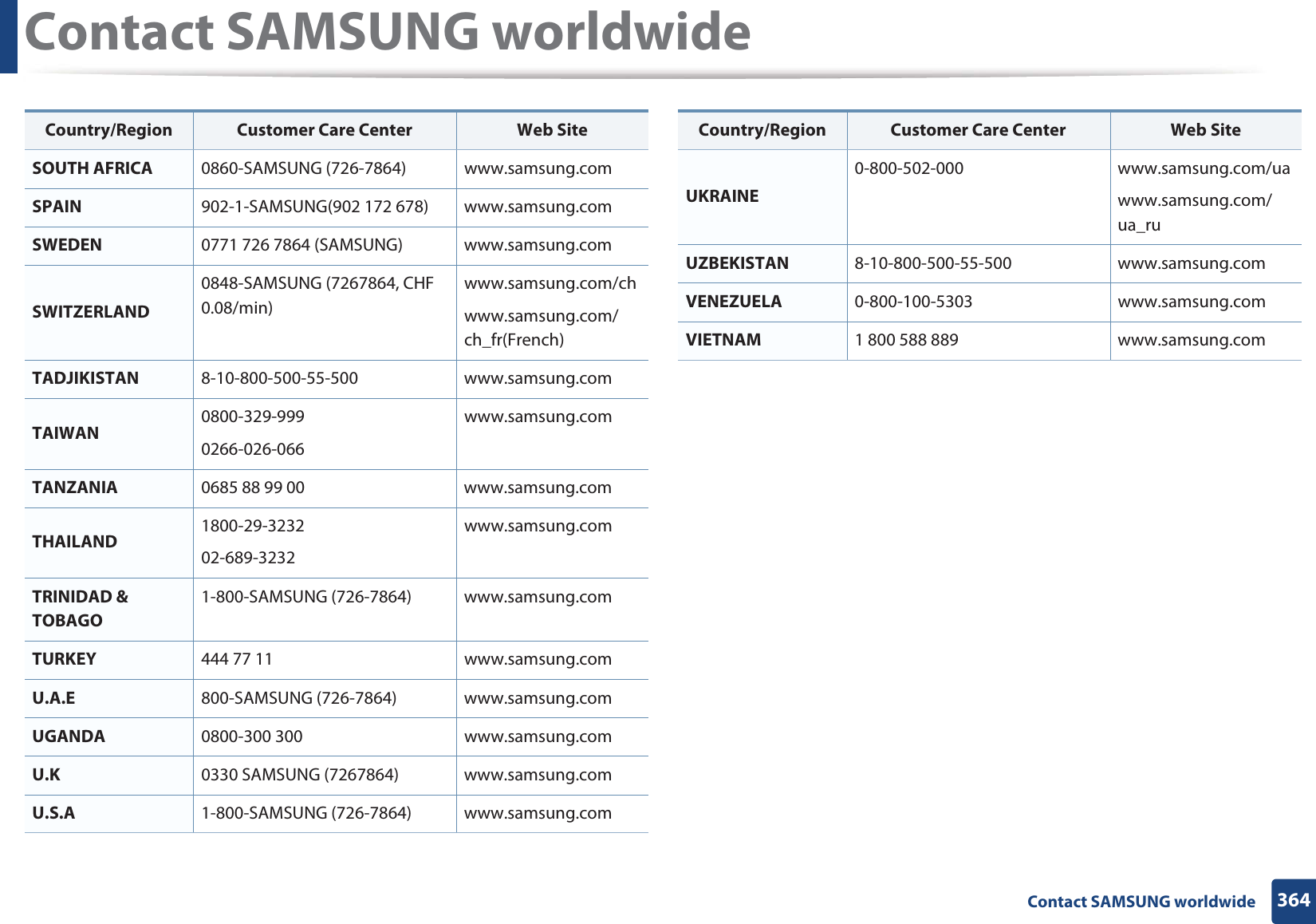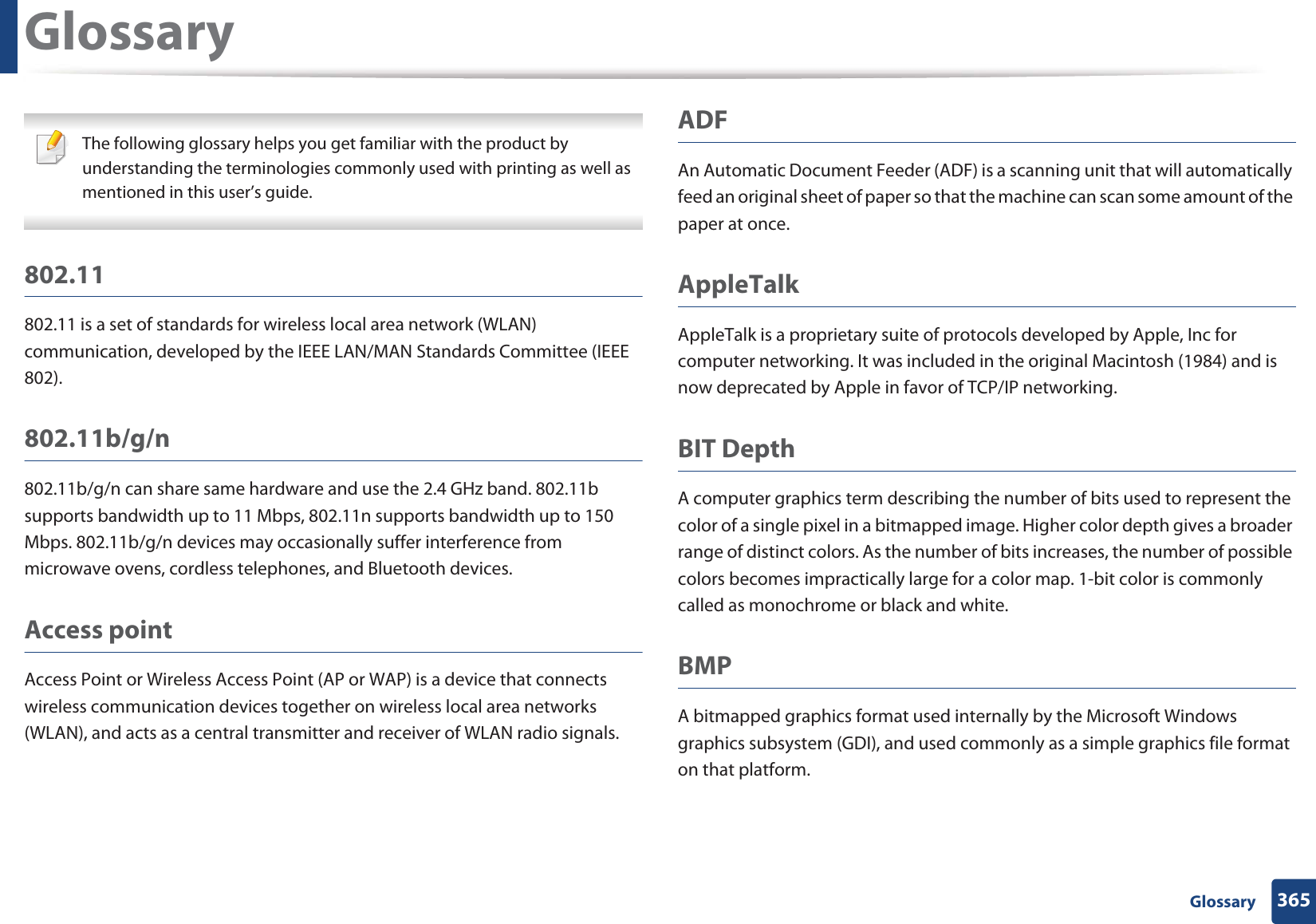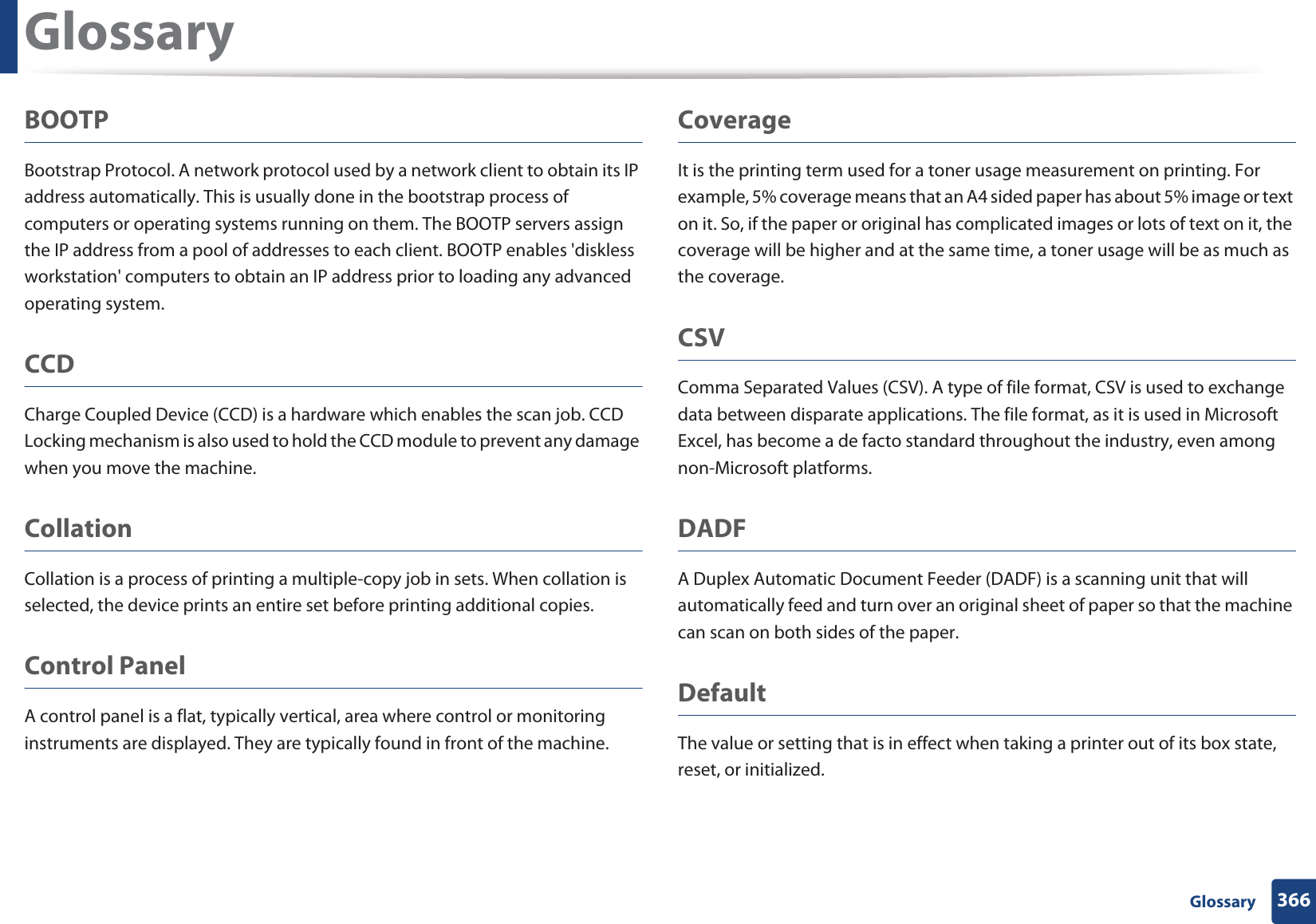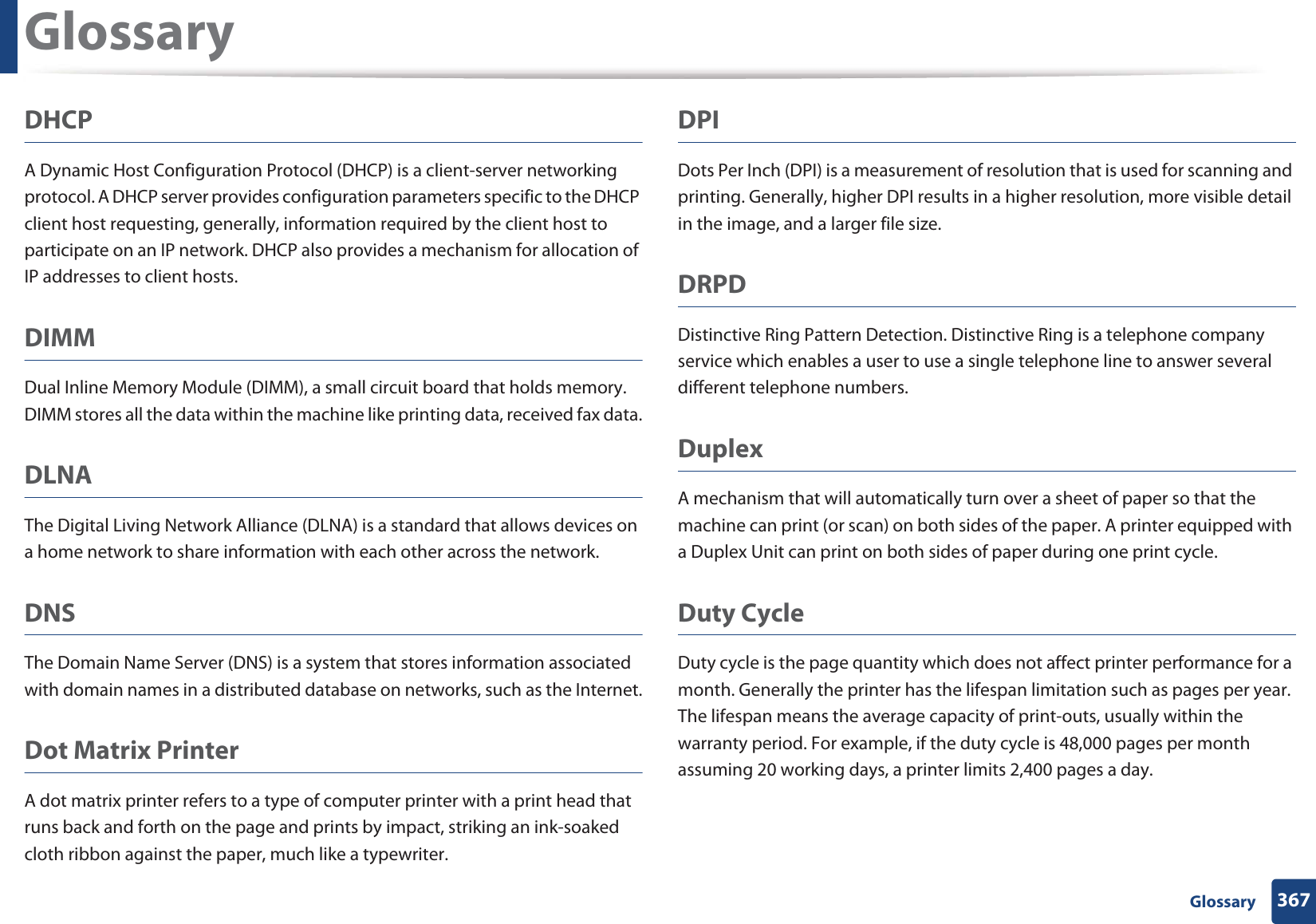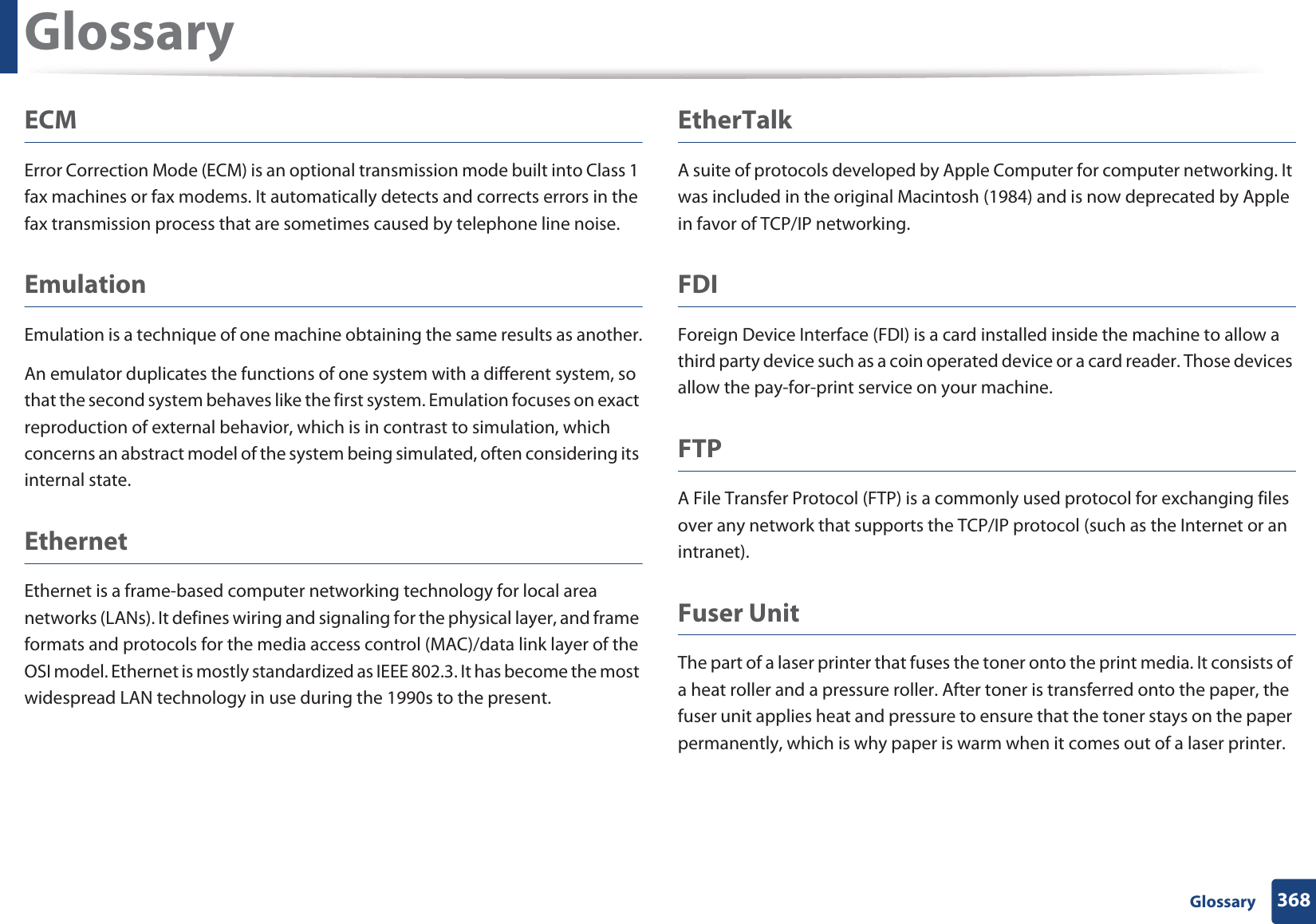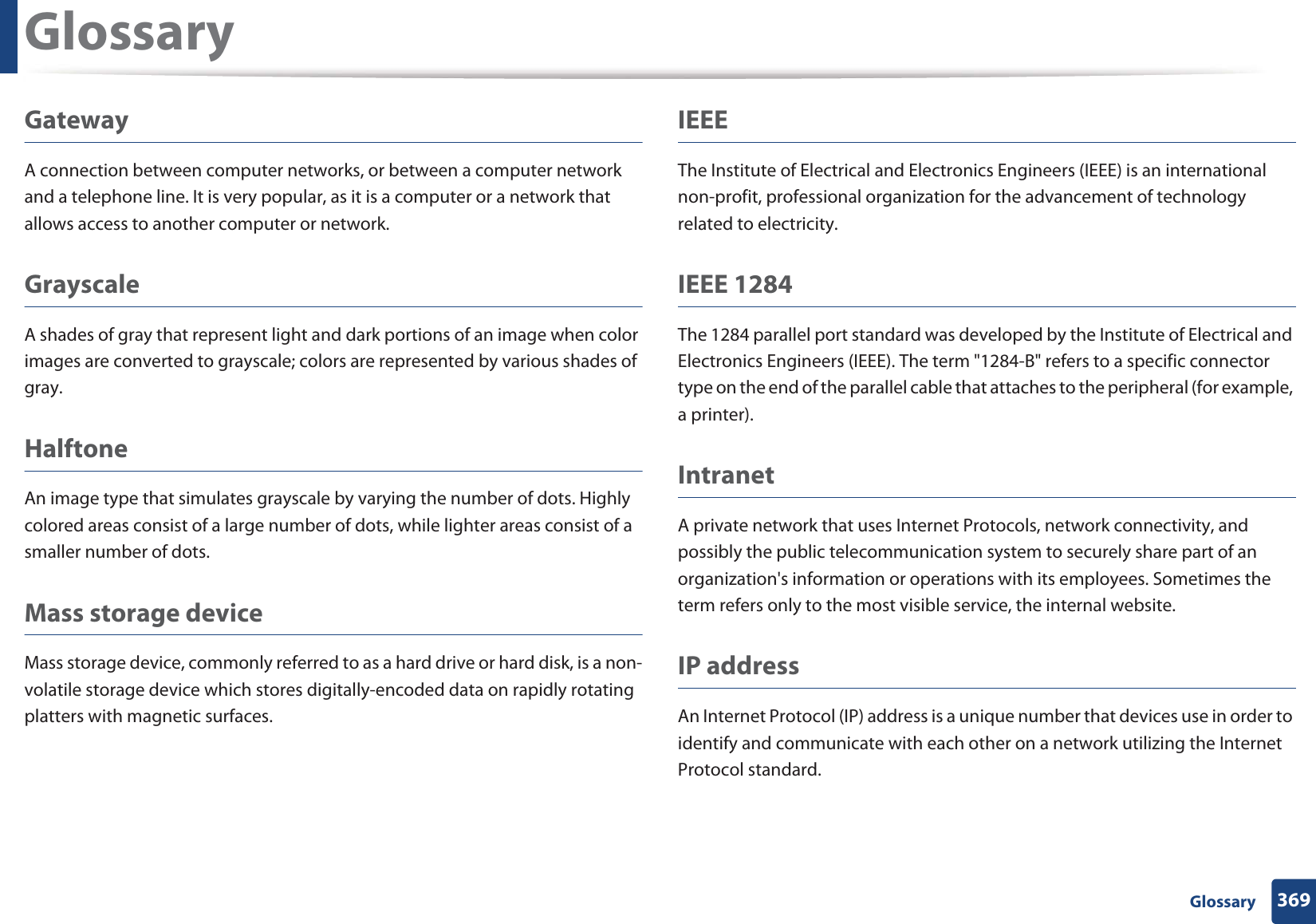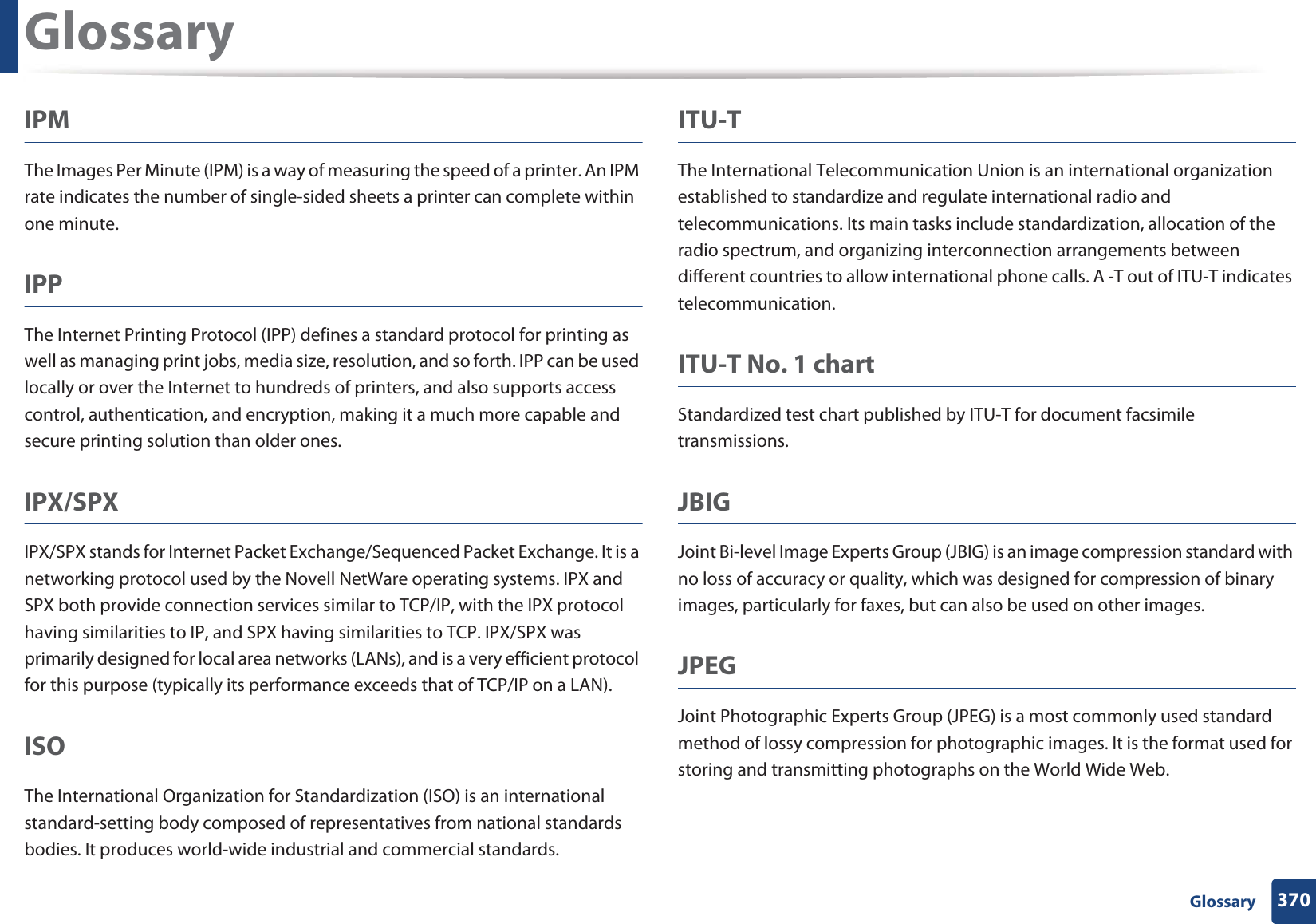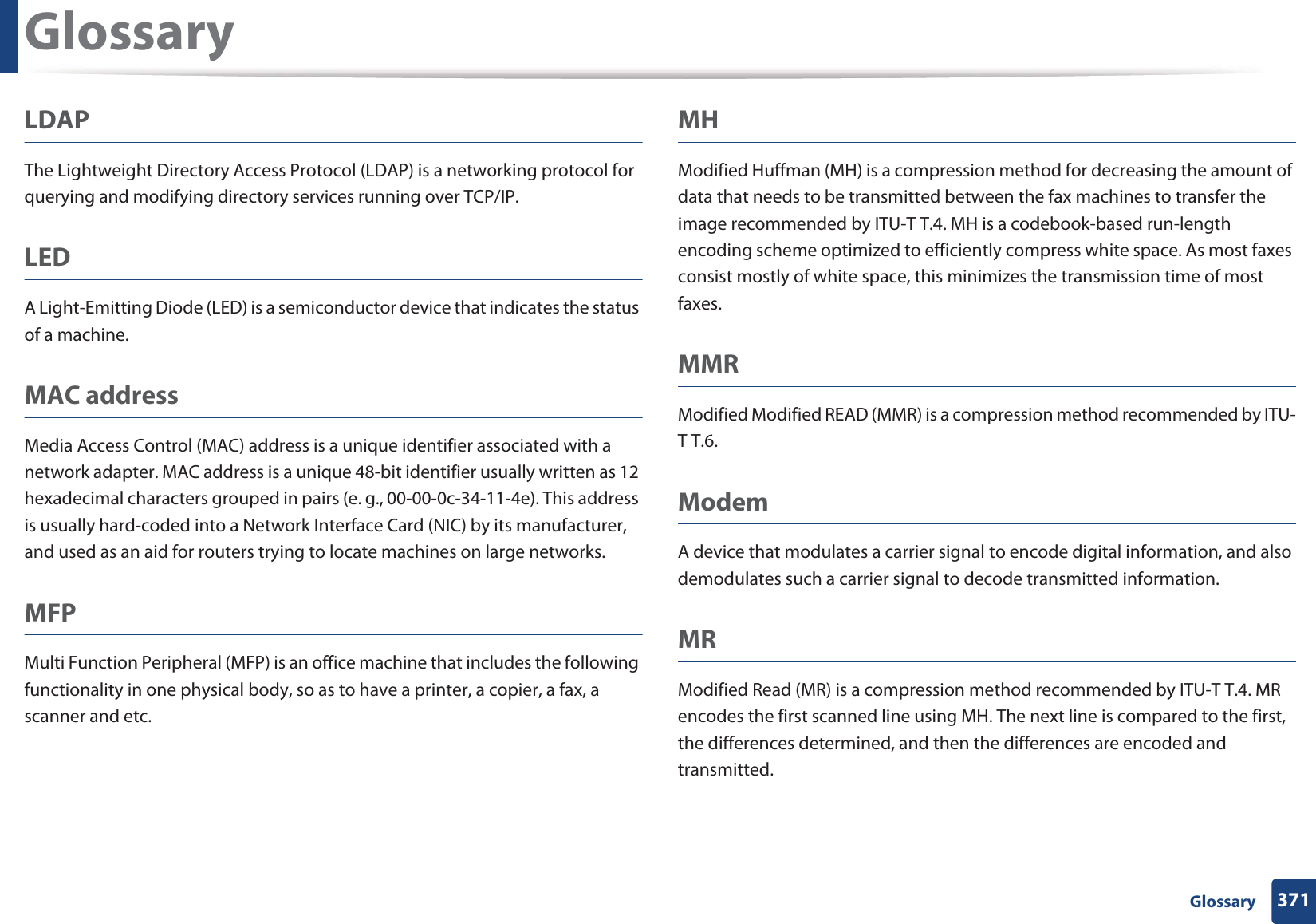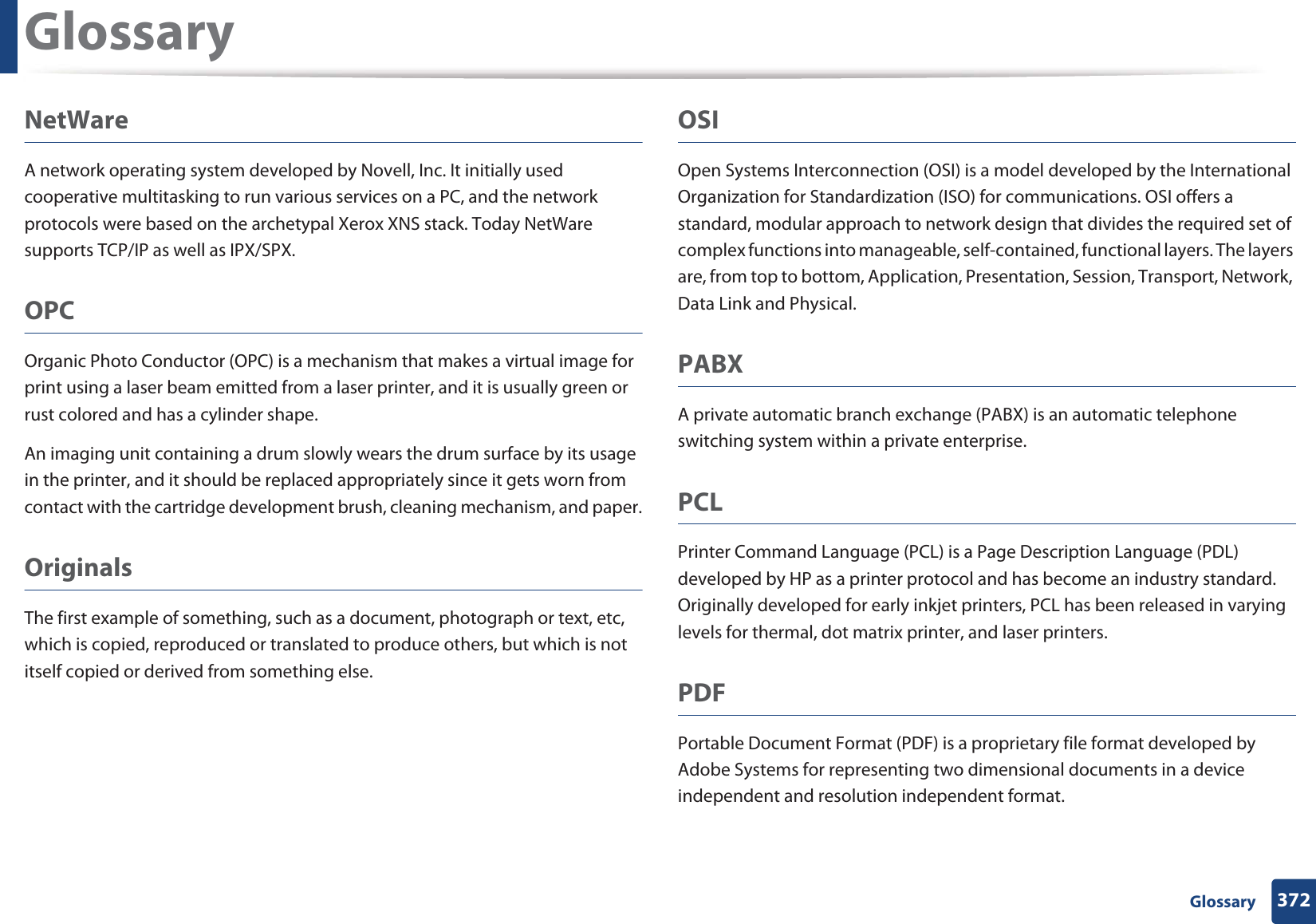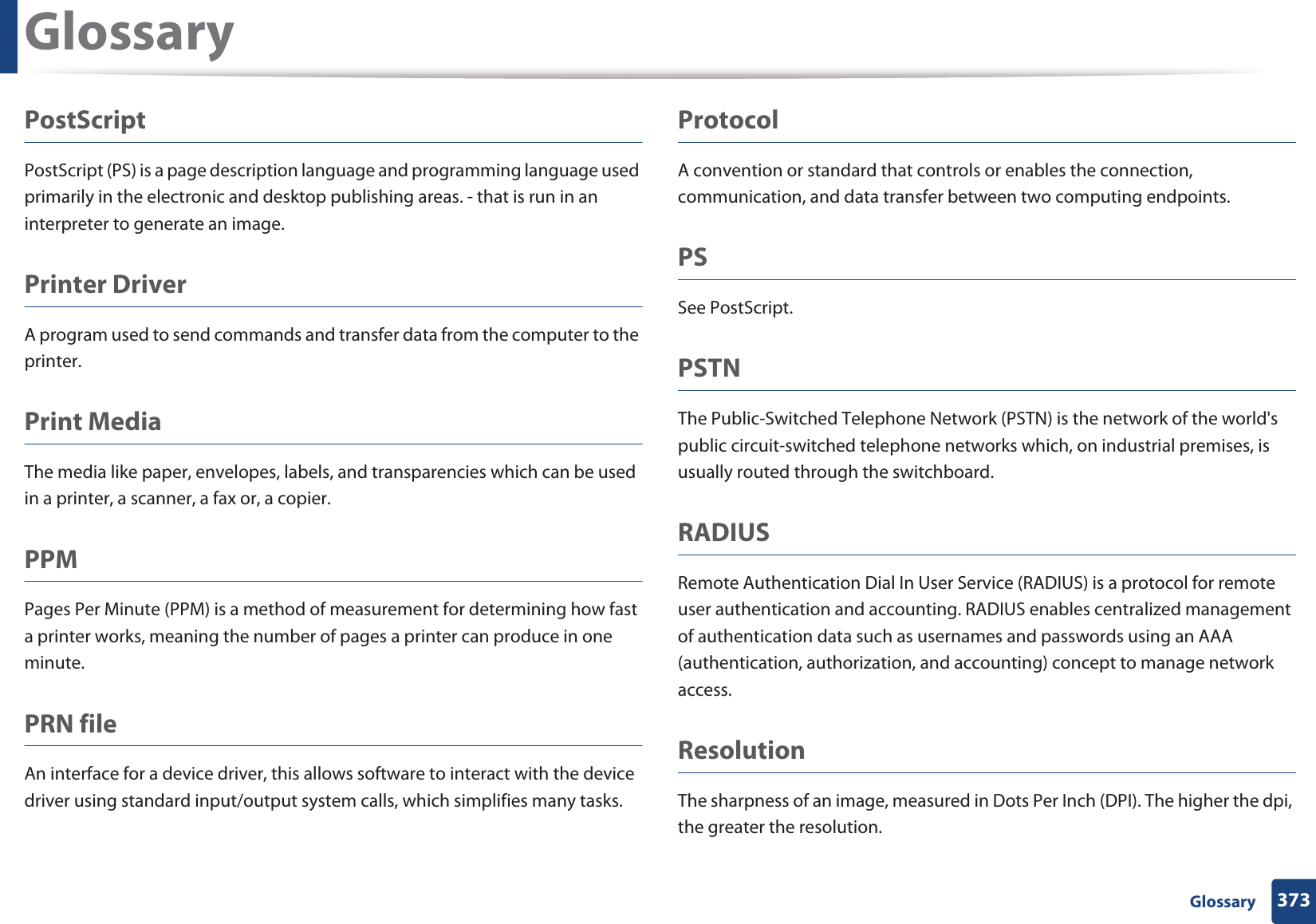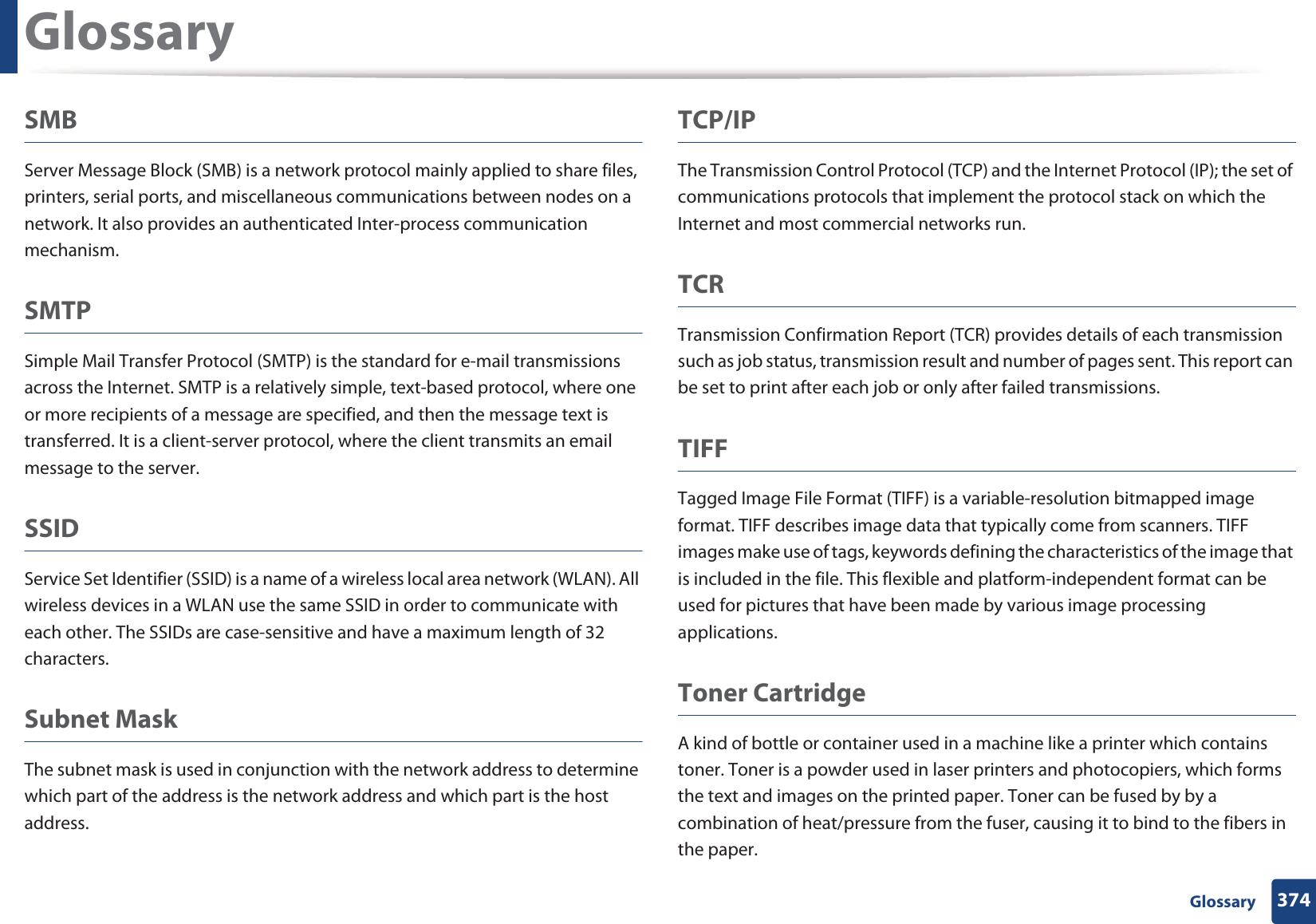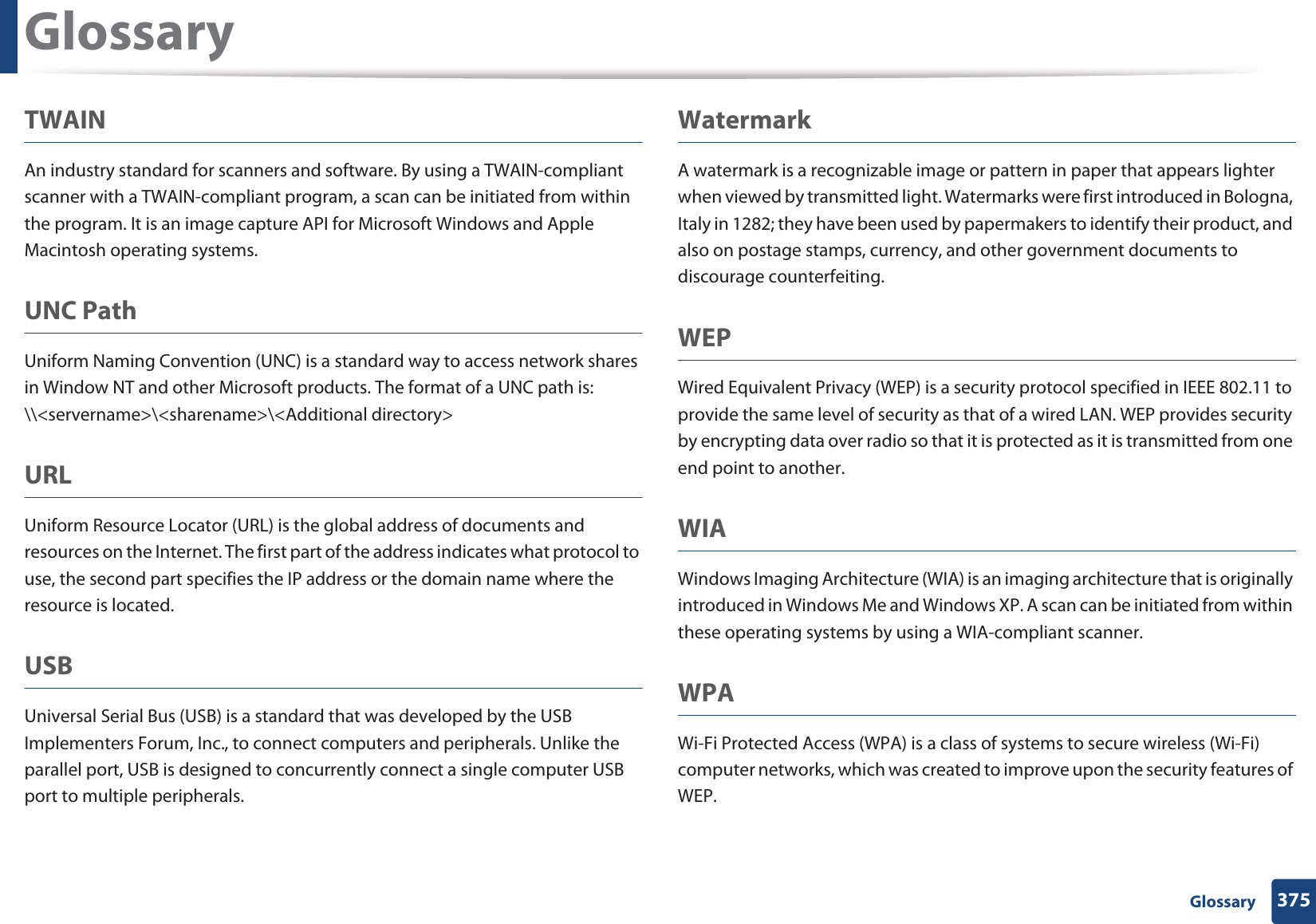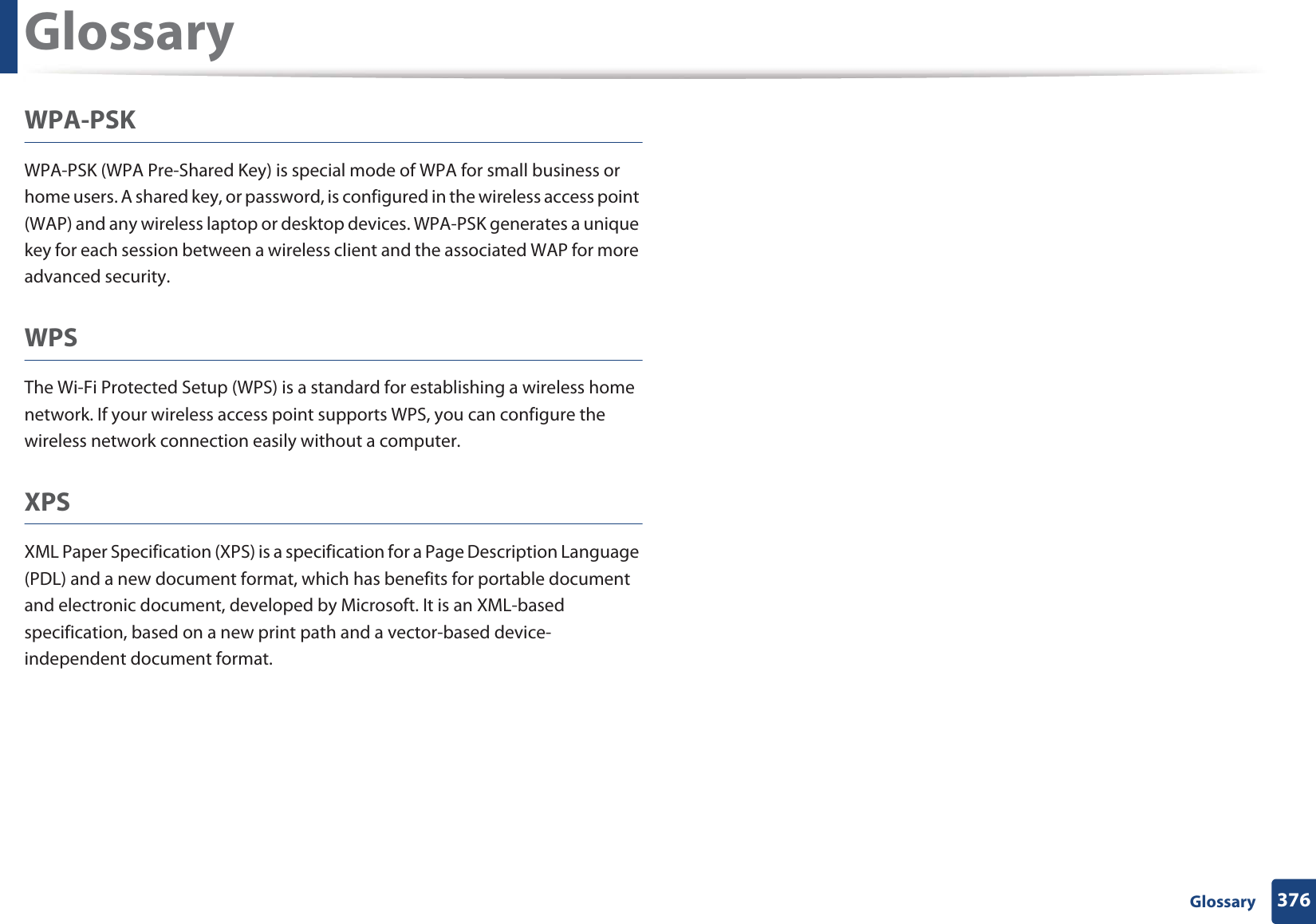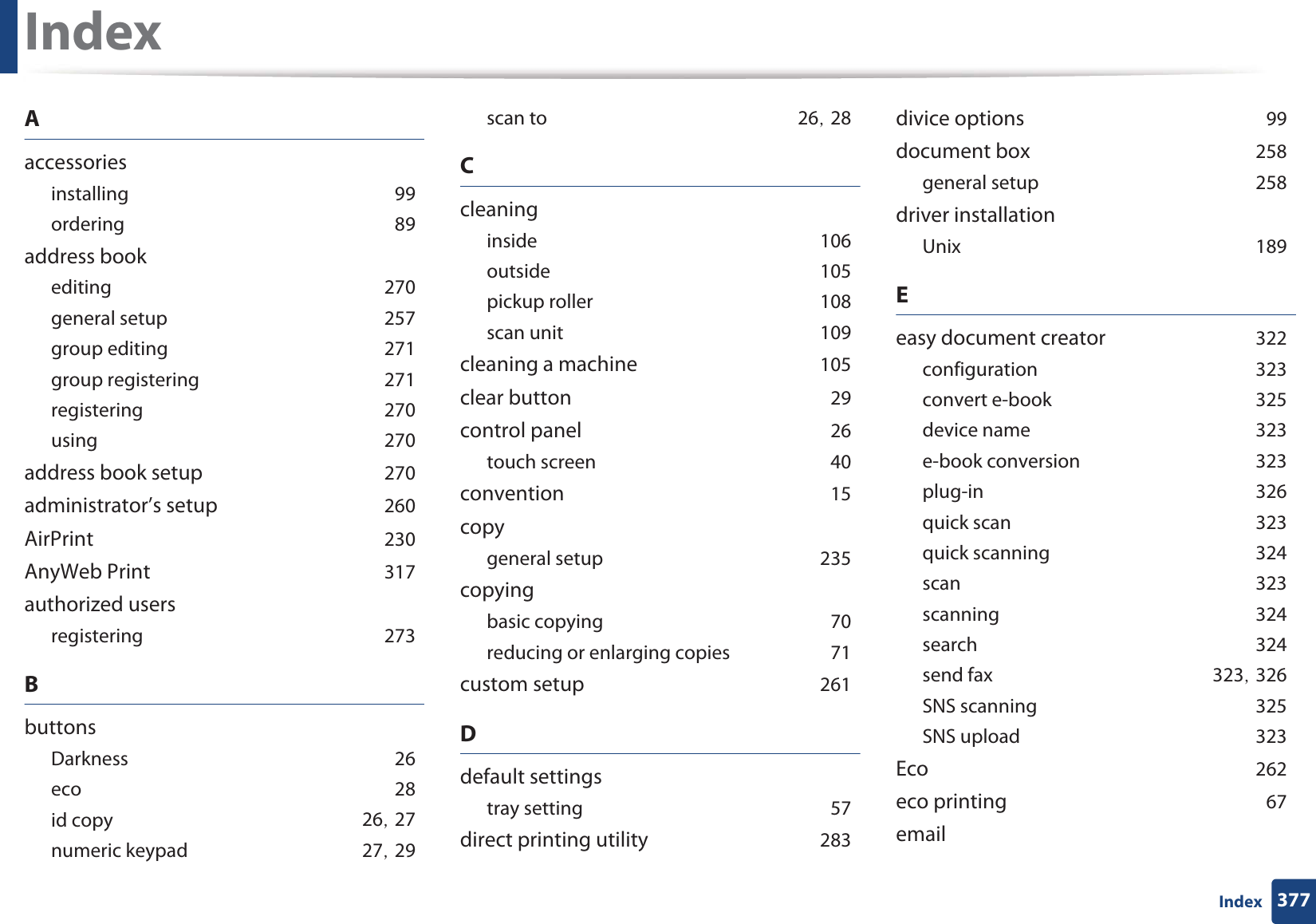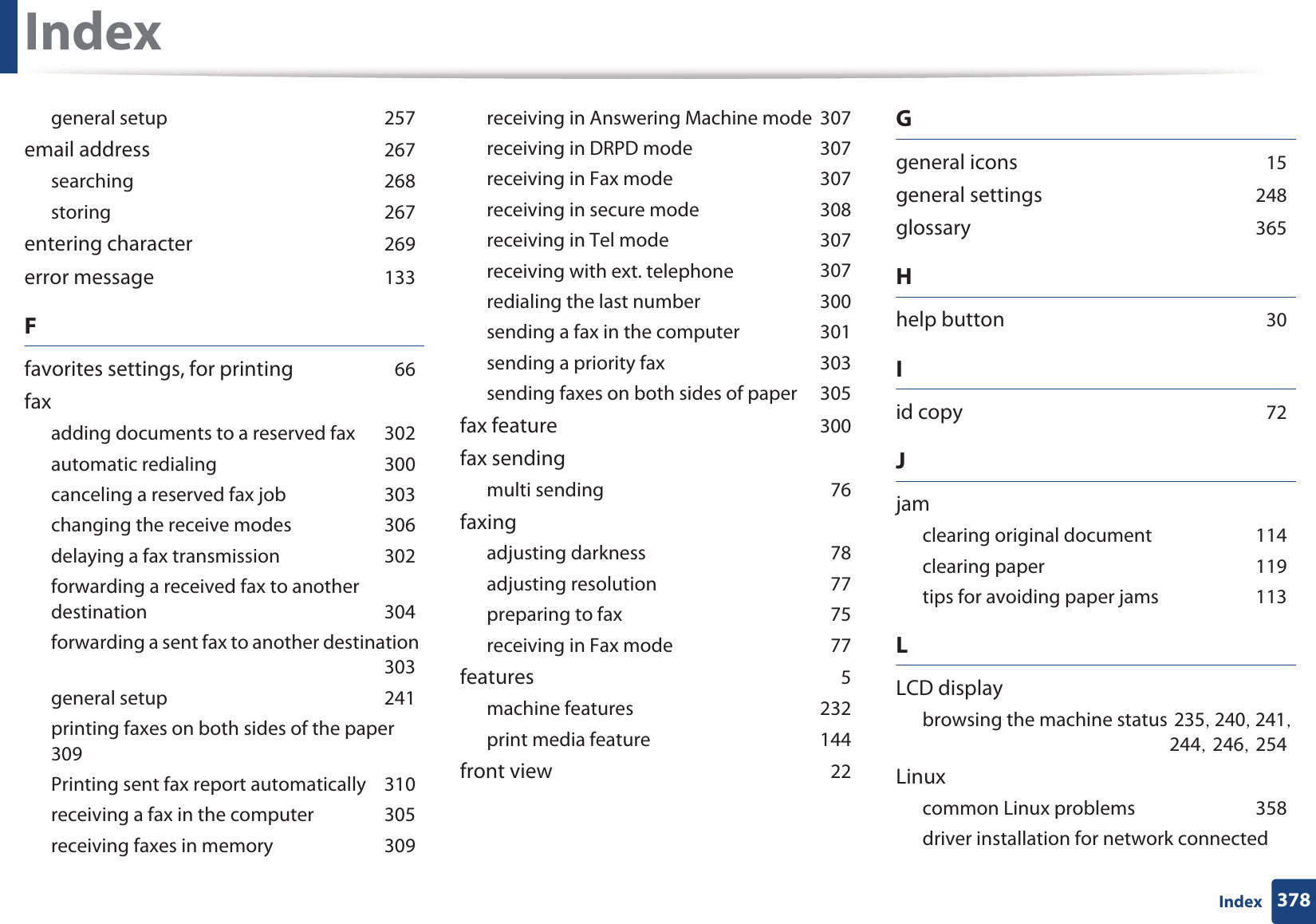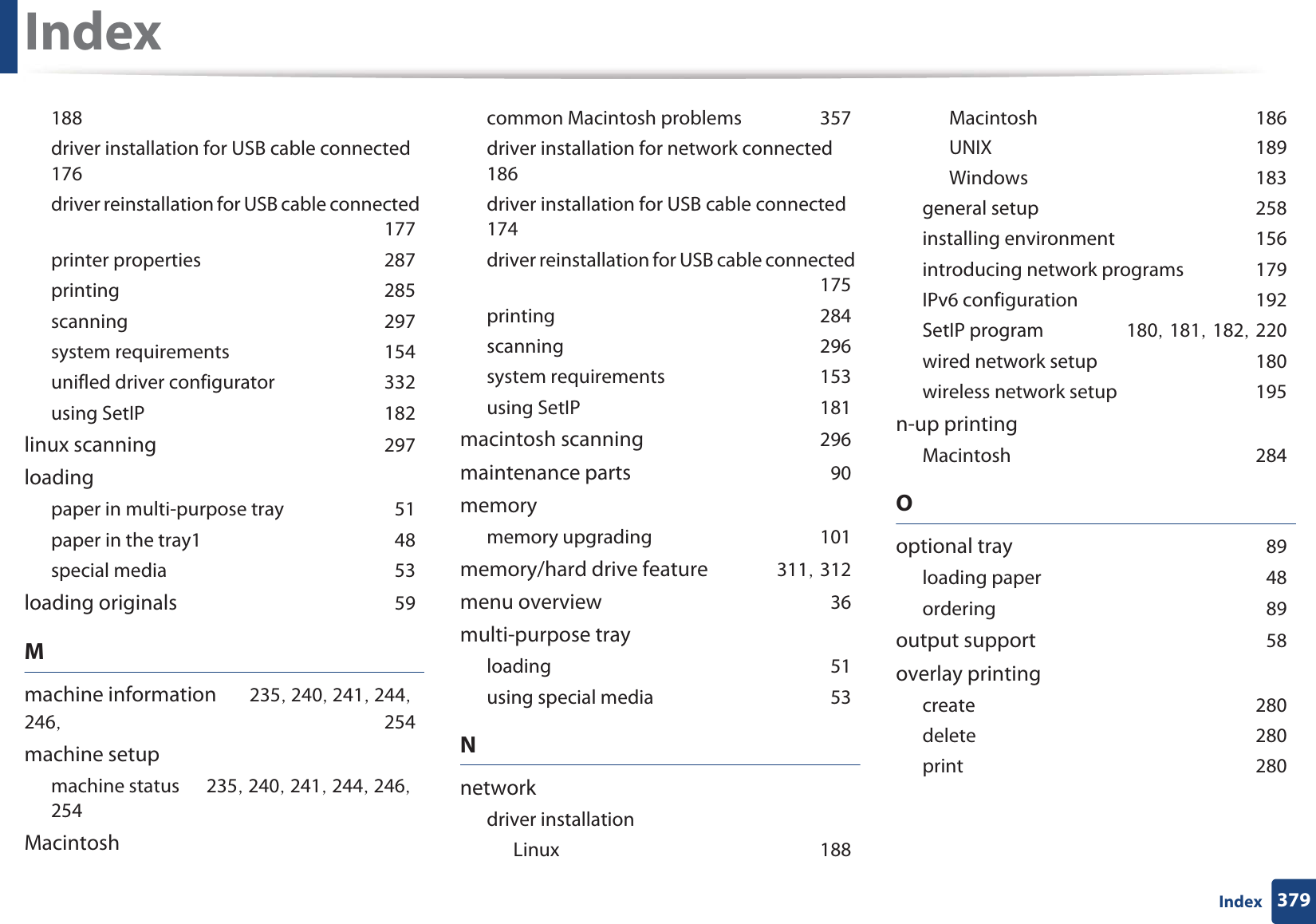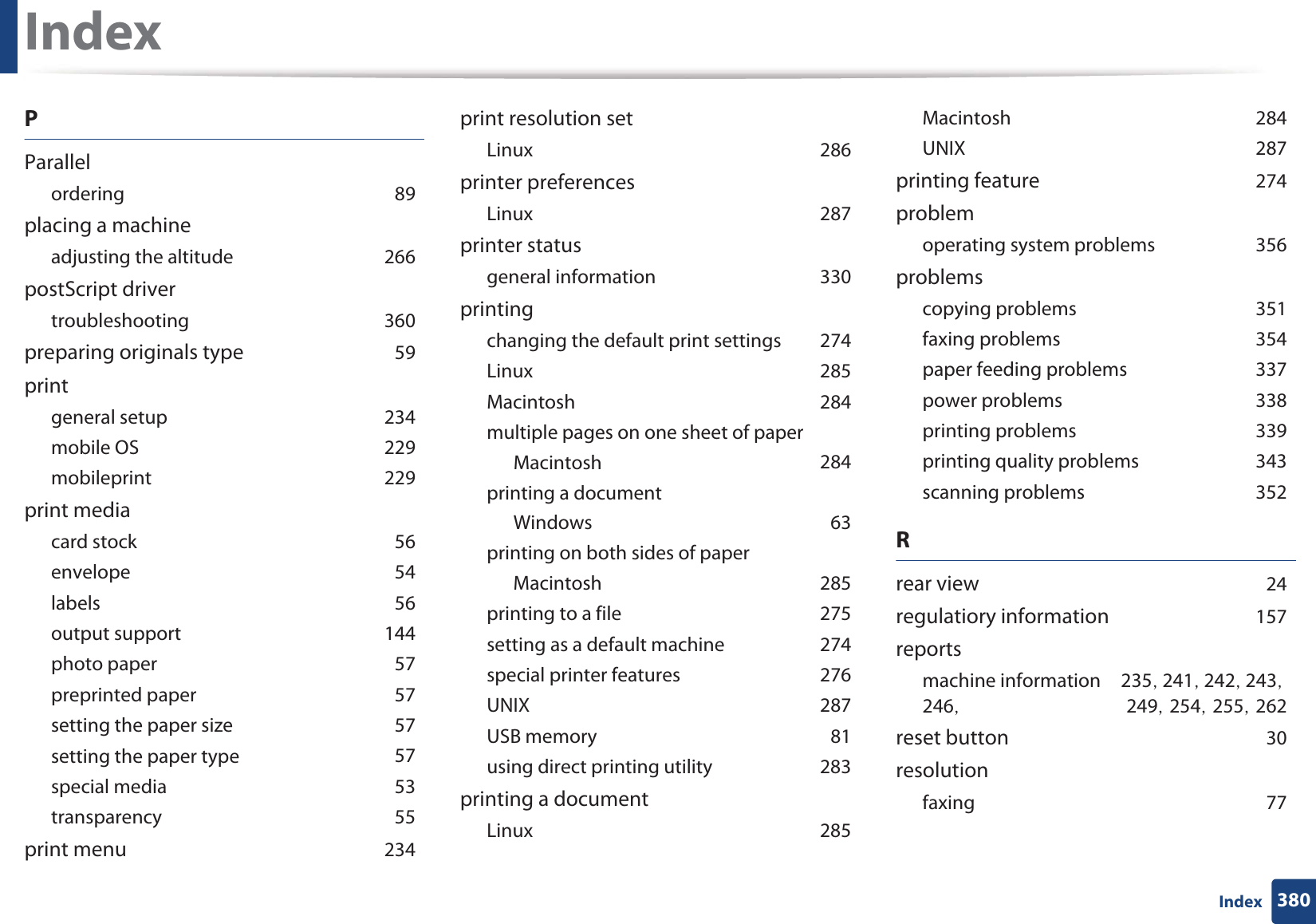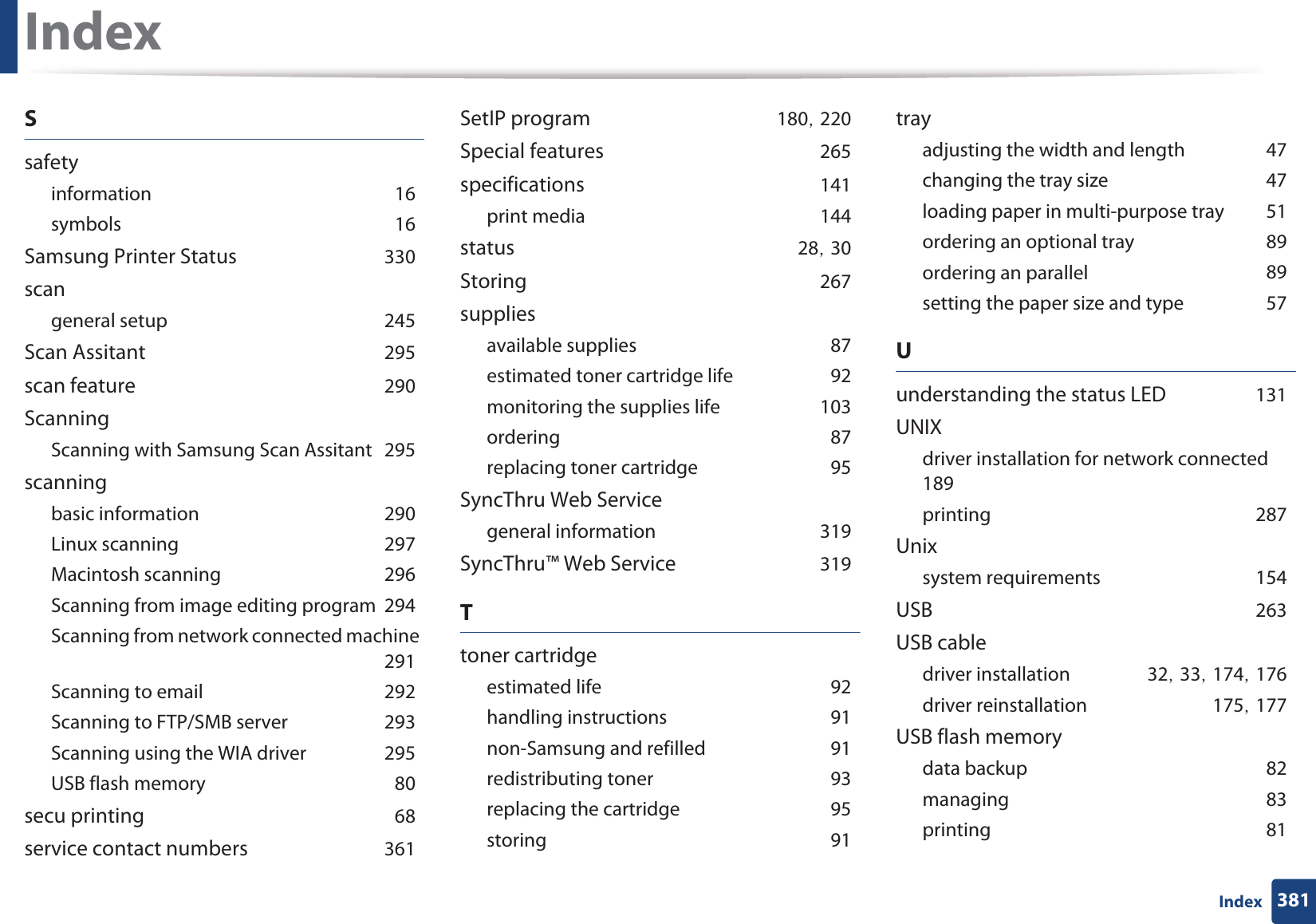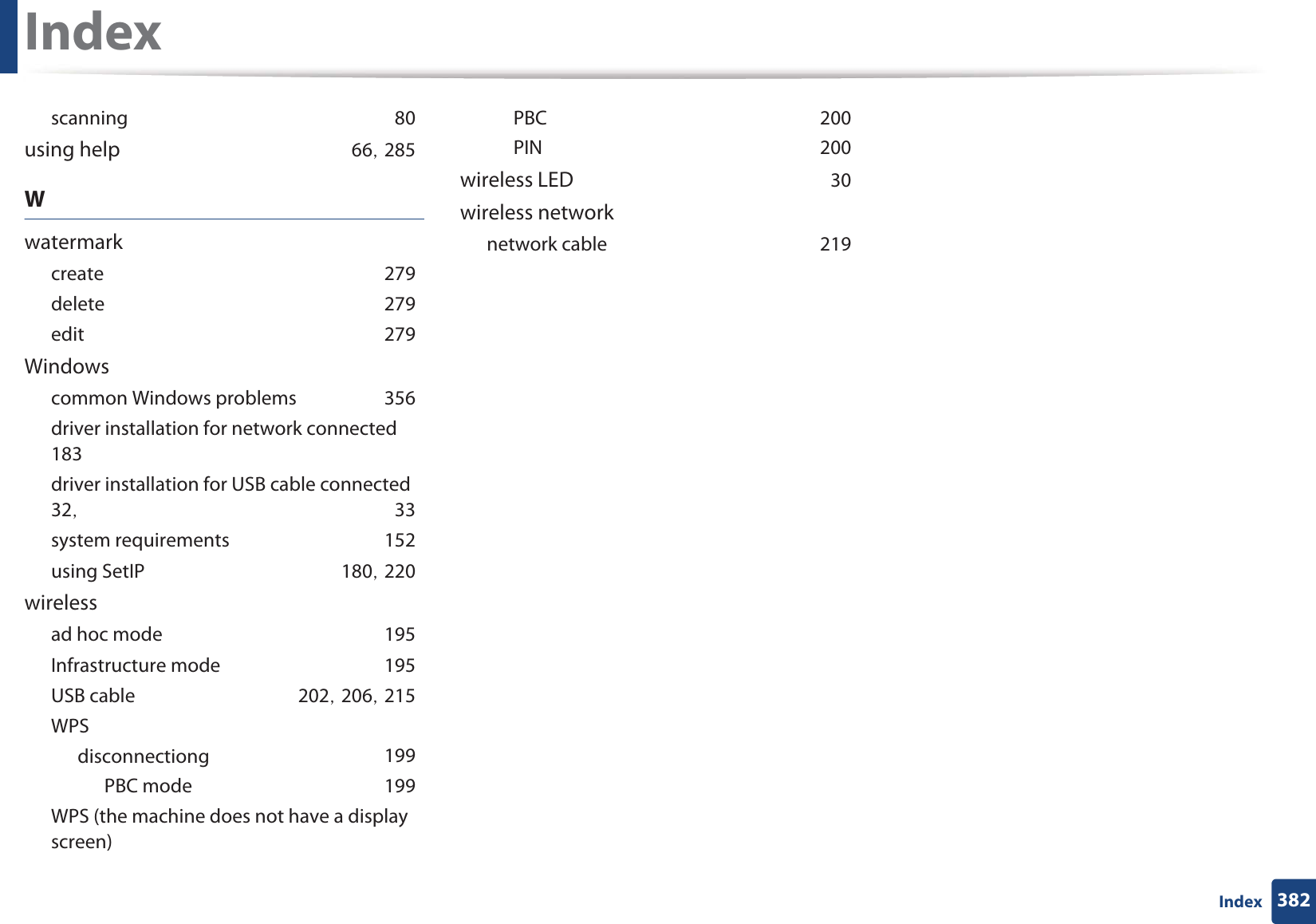Samsung Electronics Co CLX4195FW Color Multi-function Printer User Manual azalea scarlet english
Samsung Electronics Co Ltd Color Multi-function Printer azalea scarlet english
Contents
- 1. Users Manual 1
- 2. Users Manual 2
- 3. Users Manual 3
- 4. Users Manual 4
Users Manual 4
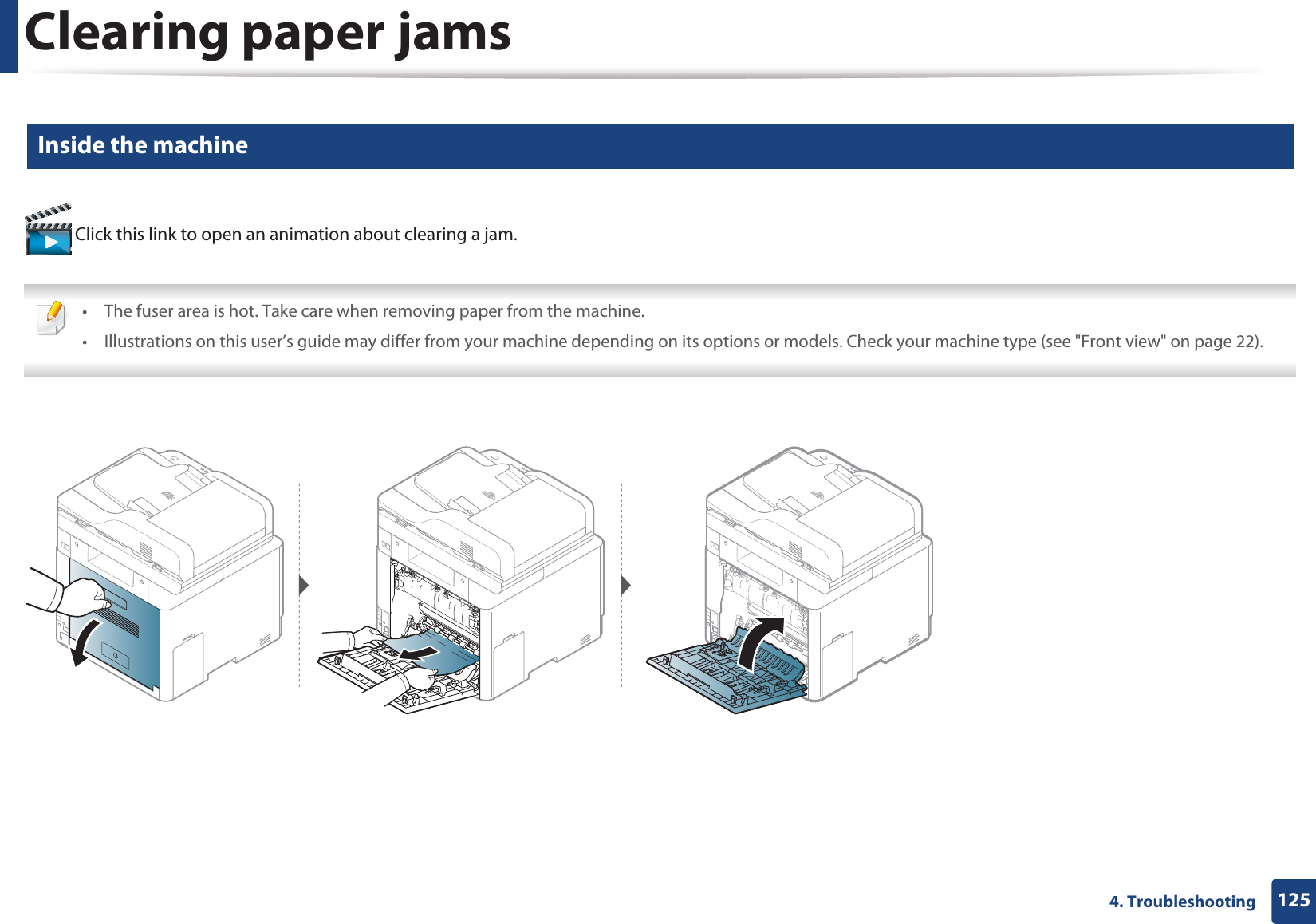
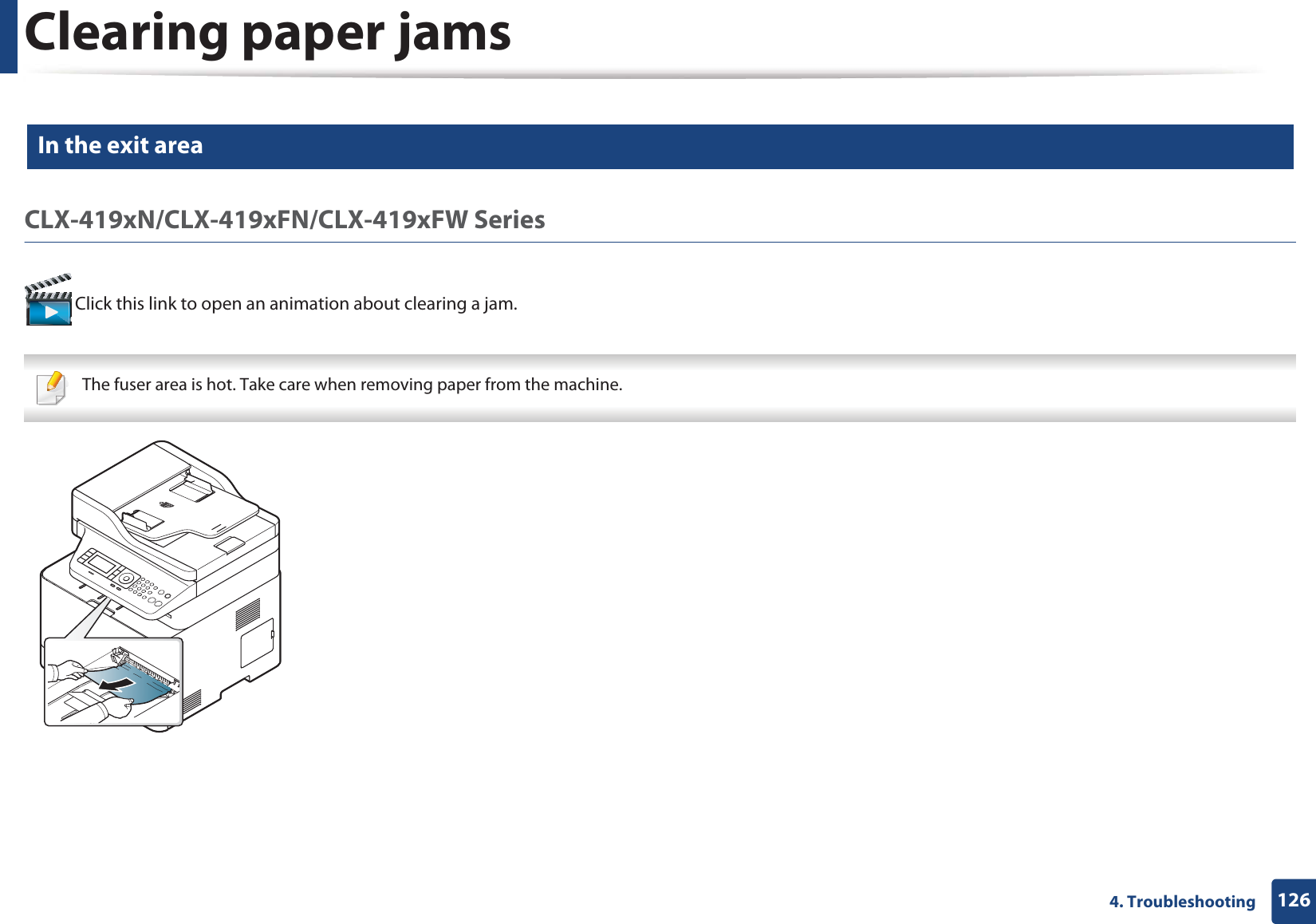
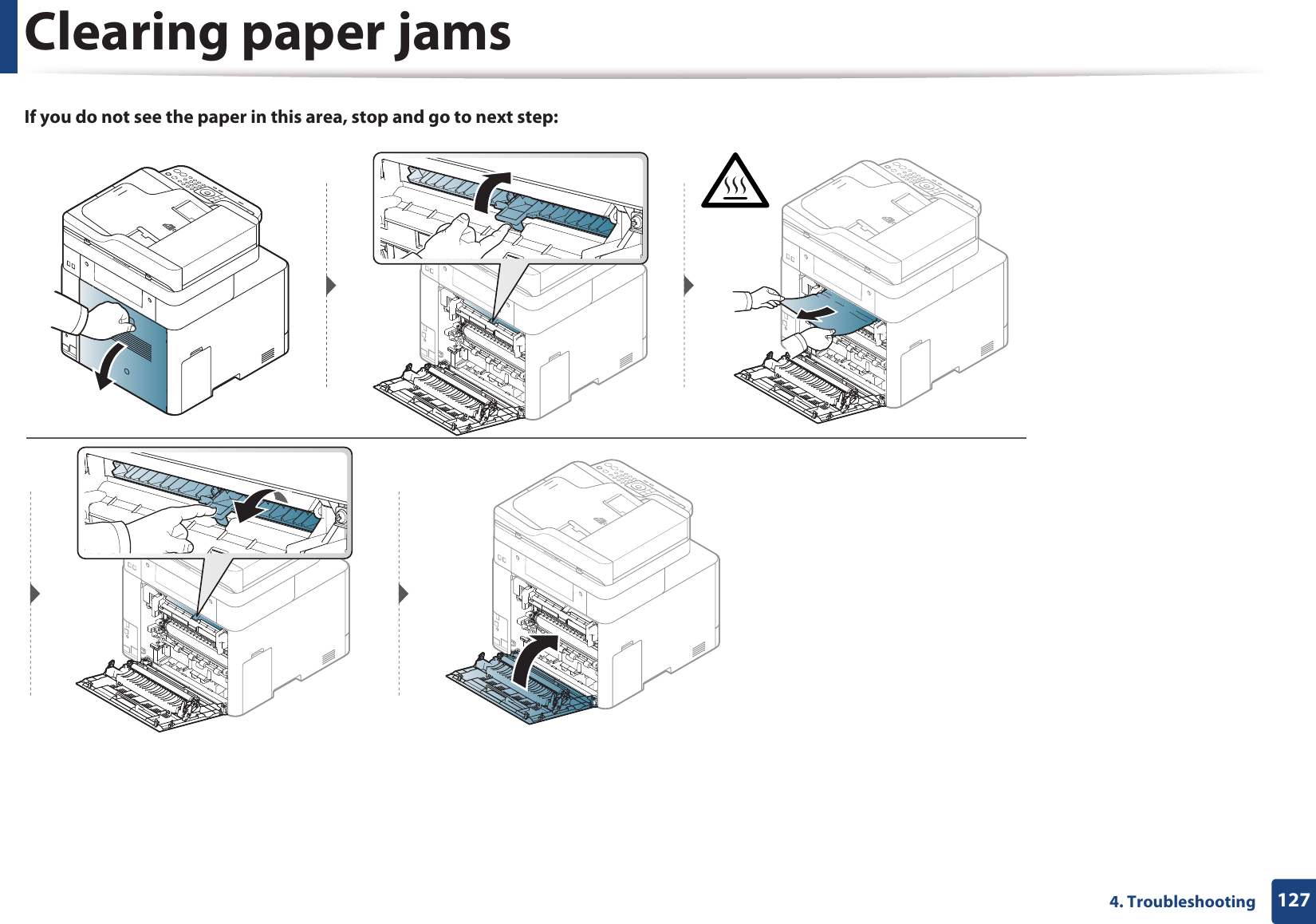
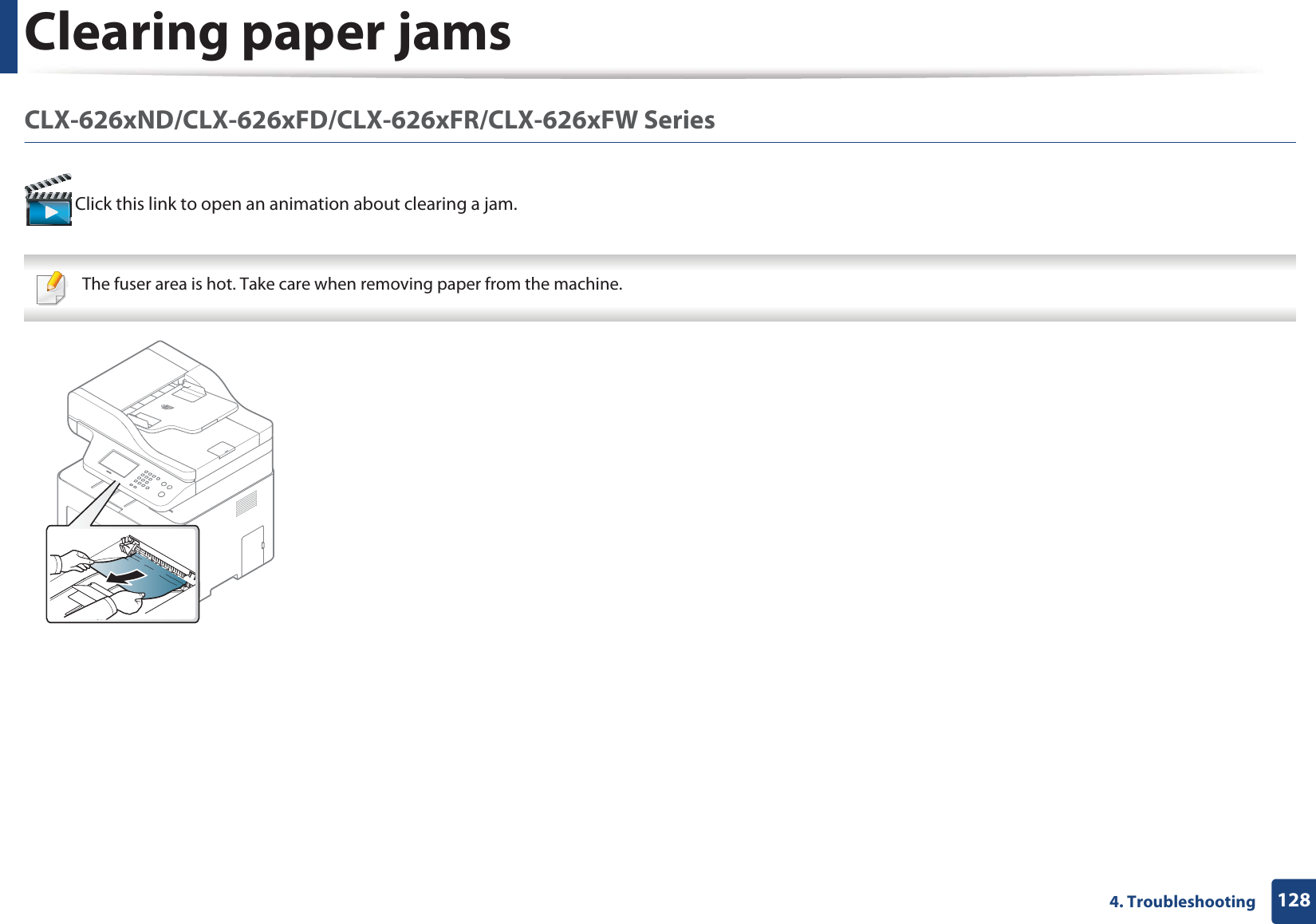
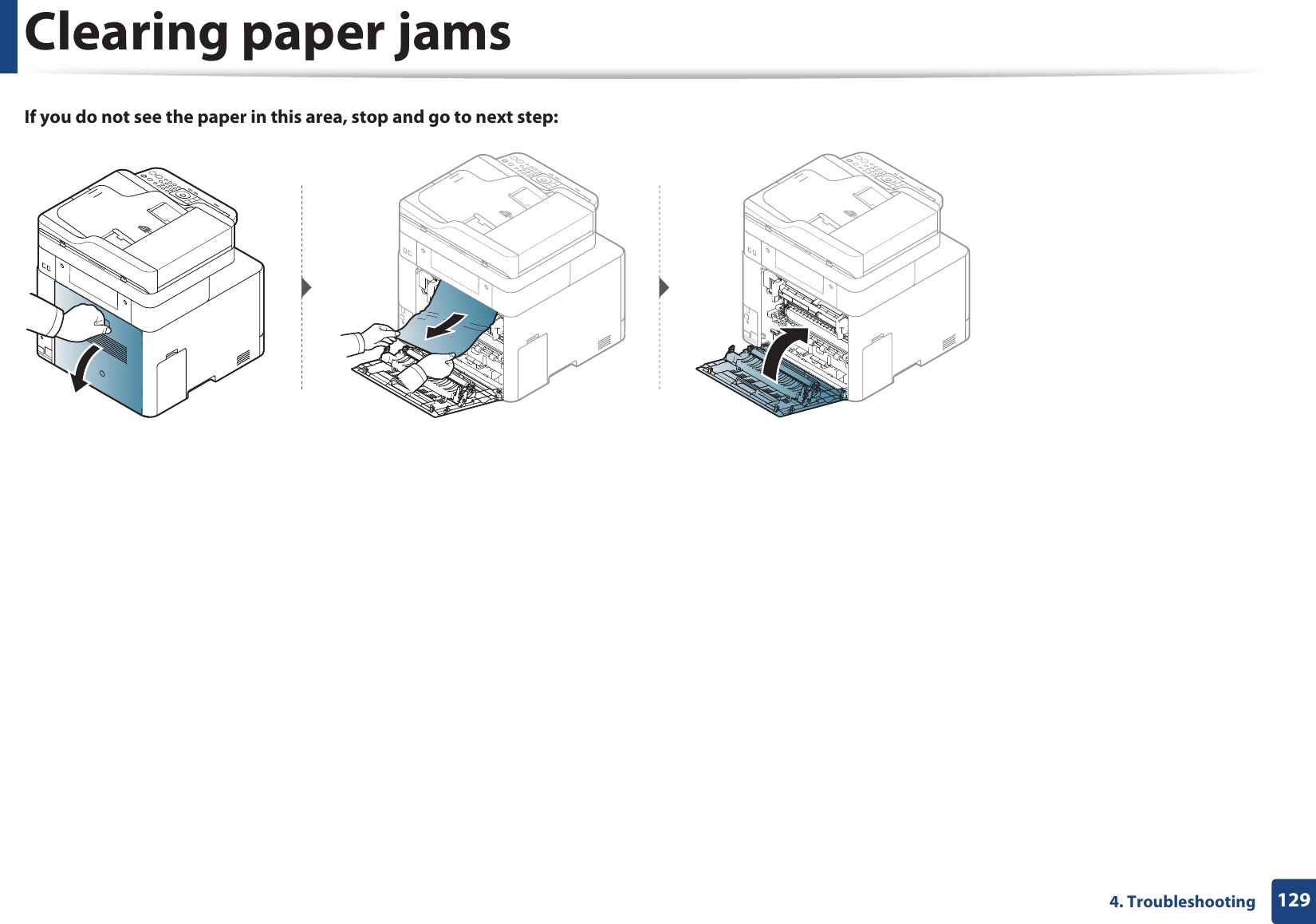
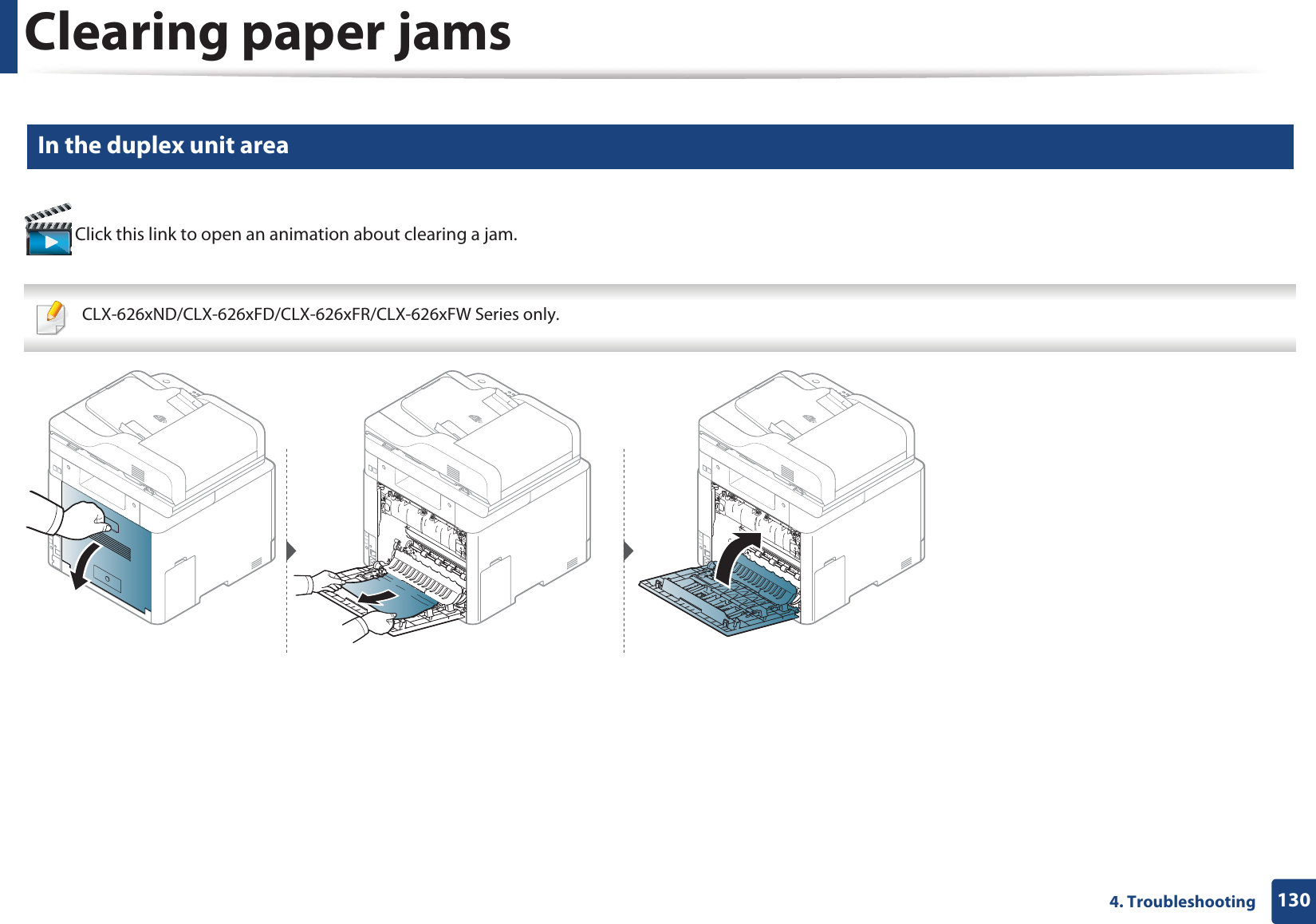
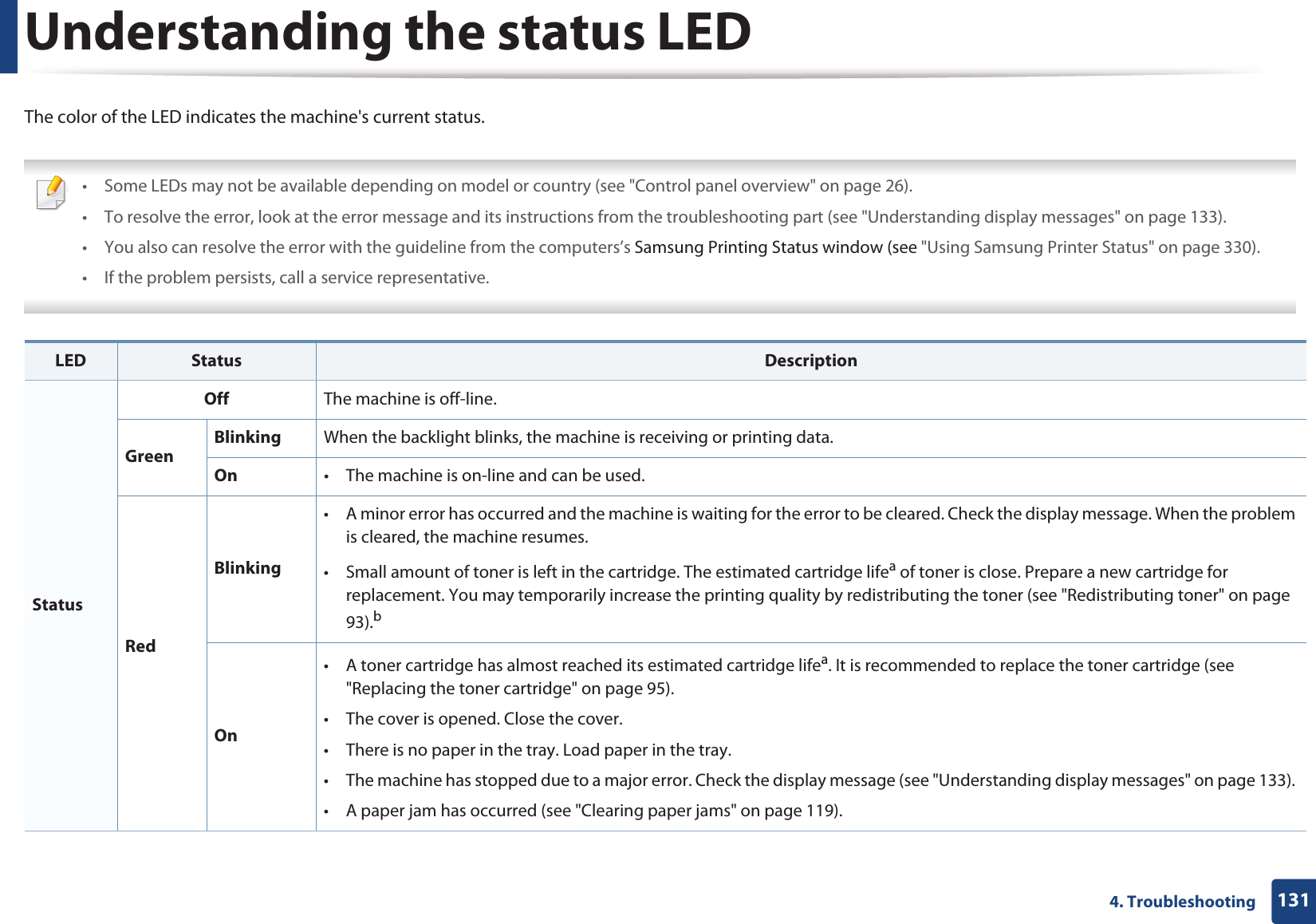
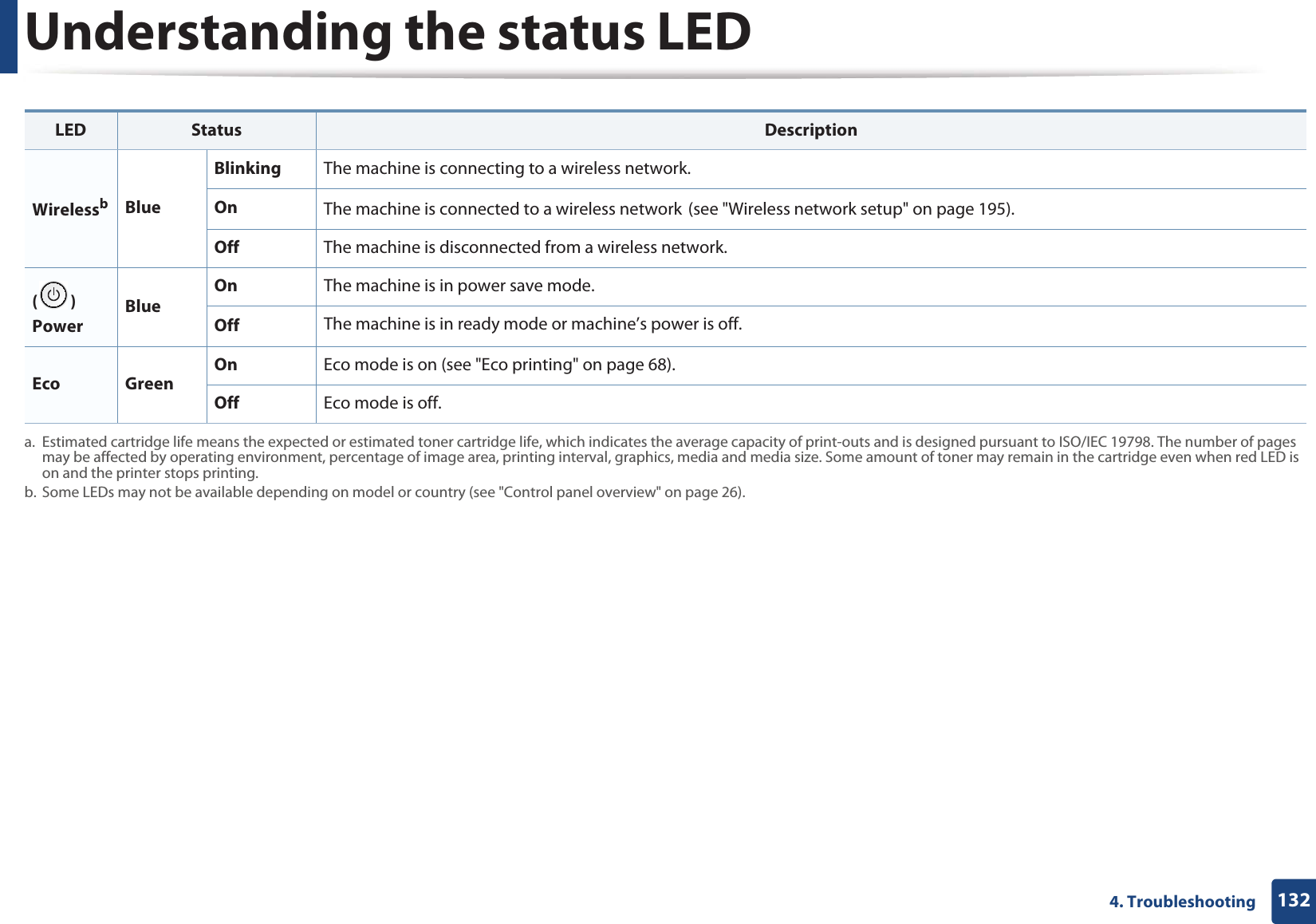
![1334. TroubleshootingUnderstanding display messagesMessages appear on the control panel display to indicate the machine’s status or errors. Refer to the tables below to understand the messages’ and their meaning, and correct the problem, if necessary. • You can resolve the error with the guideline from the computers’s Printing Status program window (see "Using Samsung Printer Status" on page 330).• If a message is not in the table, reboot the power and try the printing job again. If the problem persists, call a service representative.• When you call for service, provide the service representative with the contents of display message.• Some messages may not appear on the display depending on the options or models.• [error number] indicates the error number. • [tray type] indicates the tray number. • [media type] indicates the media type.• [media size] indicates the media size.• [color] indicates the color of toner.• [unit type] indicates the unit type. 11 Paper Jam-related messagesMessage Meaning Suggested solutions•Original paper jam inside of scanner. Remove jam•Original paper jam in front of scanner. Remove jamThe loaded original document has jammed in document feeder.Clear the jam (see "Clearing original document jams" on page 114).•Paper Jamin Tray1Paper has jammed in the tray.Clear the jam (see "In tray1" on page 119).•Paper Jamin Tray2Paper has jammed in the optional tray.Clear the jam (see "In optional tray" on page 120).•Paper Jamin MP TrayPaper has jammed in the multi-purpose tray.Clear the jam (see "In the manual feeder/multi-purpose tray" on page 122).•DADF Exit Jam•DADF Duplex JamThe loaded original document has jammed in the duplex document feeder.Clear the jam (see "Original paper jam in scanner duplex path" on page 118).](https://usermanual.wiki/Samsung-Electronics-Co/CLX4195FW.Users-Manual-4/User-Guide-1680988-Page-9.png)
![Understanding display messages1344. Troubleshooting12 Toner-related messages•Paper Jam bottom of duplexPaper has jammed during duplex printing. This is applicable only to machines with this feature. Clear the jam (see "In the duplex unit area" on page 130).•Jam inside machine Paper has jammed in the inside machine.Clear the jam (see "Inside the machine" on page 125).•Jam inside of duplex Paper has jammed in the inside duplex.Clear the jam (see "In the duplex unit area" on page 130).•Jam in exit area Paper has jammed in the paper exit area.Clear the jam (see "In the exit area" on page 126).Message Meaning Suggested solutionsMessage Meaning Suggested solutions•Error [error number]Toner Failure: [error number] [color]Install [color] toner again• [color] toner not installedInstall [color] toner cartridgeA toner cartridge is not installed.Reinstall the toner cartridge.A toner cartridge is not being detectedReinstall the toner cartridge two or three times to confirm it is seated properly. If the problem persists, contact the service representatives.Not remove protective film from toner.Remove the protective film from the toner cartridge. Refer to Quick Installation Guide provided with your machine.• [color]Toner Not compatible[color] toner cartridge is not compatible.Check guideThe indicated toner cartridge is not suitable for your machine.Install the corresponding toner cartridge with a Samsung-genuine cartridge (see "Replacing the toner cartridge" on page 95).](https://usermanual.wiki/Samsung-Electronics-Co/CLX4195FW.Users-Manual-4/User-Guide-1680988-Page-10.png)
![Understanding display messages1354. Troubleshooting Samsung does not recommend using a non-genuine Samsung toner cartridge such as refilled or remanufactured. Samsung cannot guarantee a non-genuine Samsung toner cartridge's quality. Service or repair required as a result of using non-genuine Samsung toner cartridges will not be covered under the machine warranty. 13 Tray-related messages•Prepare new [color] tonerPrepare new [color] toner cartridgeSmall amount of toner is left in the indicated cartridge. The estimated cartridge life of toner is close.Prepare a new cartridge for a replacement. You may temporarily increase the printing quality by redistributing the toner (see "Redistributing toner" on page 93).•Replace new >FRORU@ toner Replace with new [color] toner cartridgeThe indicated toner cartridge has almost reached its estimated cartridge lifea. • You can choose Stop or Continue as shown on the control panel. If you select Stop, the printer stops printing. If you select Continue, the printer keeps printing but the printing quality cannot be guaranteed.• Replace the toner cartridge for the best print quality when this message appears. Using a cartridge beyond this stage can result in printing quality issues (see "Replacing the toner cartridge" on page 95).Message Meaning Suggested solutions•End of life, Replace with new [color] toner cartridgeThe indicated toner cartridge has reached its estimated cartridge lifea.Replace the toner cartridge (see "Replacing the toner cartridge" on page 95).a. Estimated cartridge life means the expected or estimated toner cartridge life, which indicates the average capacity of print-outs and is designed pursuant to ISO/IEC 19798 (see "Available consumables" on page 87). The number of pages may be affected by operating environment, percentage of image area, printing interval, media, percentage of image area, and media size. Some amount of toner may remain in the cartridge even when replace new cartridge appears and the machine stops printing.Message Meaning Suggested solutions•Output bin fullOutput bin full. Remove printed paperThe output tray is full. Remove papers from the output tray, the printer resumes printing. Message Meaning Suggested solutions](https://usermanual.wiki/Samsung-Electronics-Co/CLX4195FW.Users-Manual-4/User-Guide-1680988-Page-11.png)
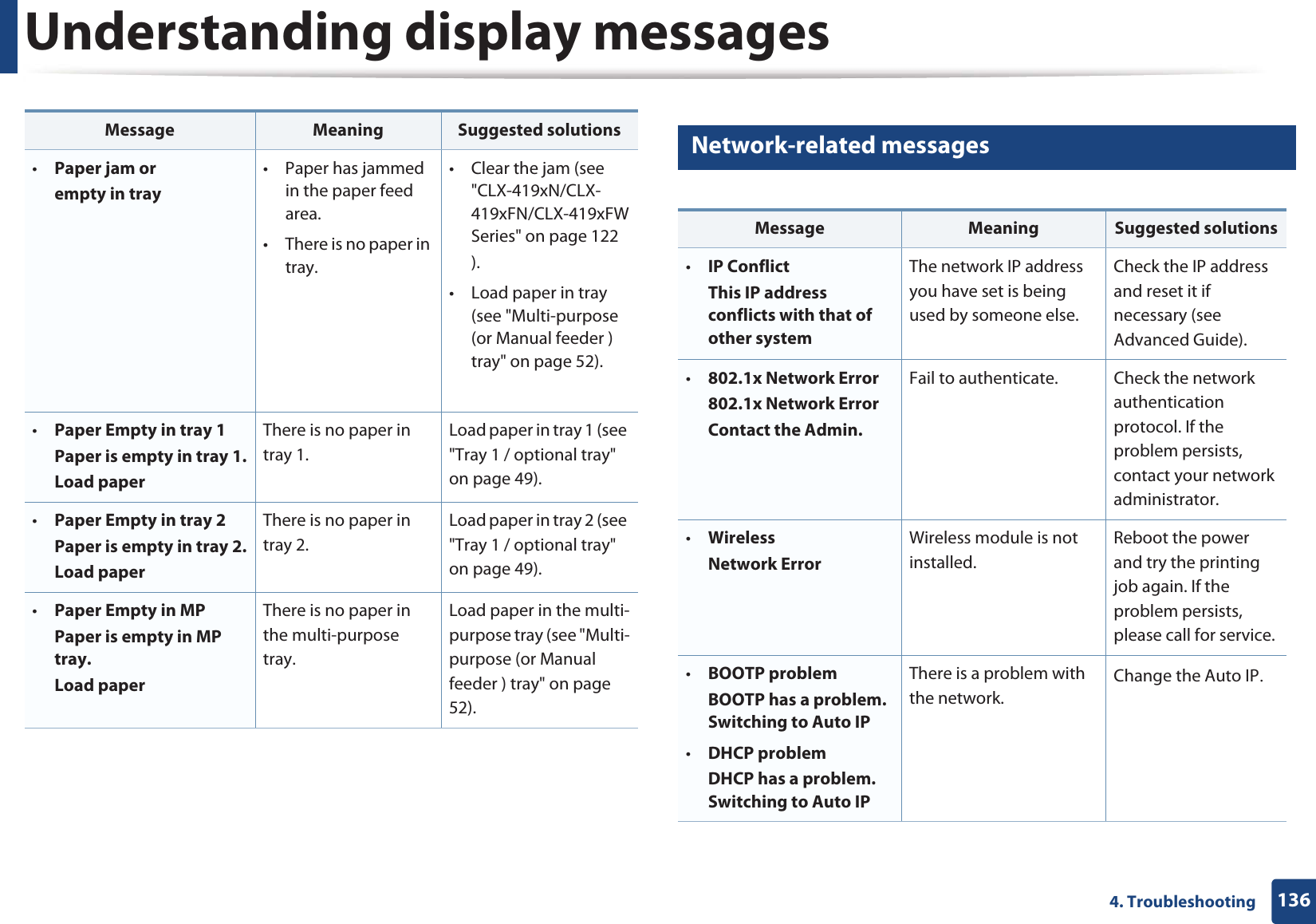
![Understanding display messages1374. Troubleshooting15 Misc. messages•BOOTP problemBOOTP has a problem. ReconfigureDHCP/static IP•DHCP problemDHCP has a problem. ReconfigureBOOTP/static IPThe IP address assignment is failed. This happens, when Auto IP for BOOTP/DHCP is set in SyncThru™ Web Service.Change the IP address assignment method to DHCP/BOOTP or Static. If you do not change this option, the BOOTP/DHCP server continually asks to assign the IP Address.Message Meaning Suggested solutions•Adjusting ColorRegistrationThe machine is adjusting the color registration.Wait a few minutes.•Calibratingimage density…The machine is calibrating the image density. Wait a few minutes.•Door is open. Close itThe front cover or rear cover is not securely latched.Close the cover until it locks into place. Message Meaning Suggested solutions•Scanner door openDoor of scanner is open.Close the doorThe document feeder cover is not securely latched.Close the cover until it locks into place. •Error [error number]Actuator [unit type] Failure: [error number] Call for service• [unit type]Failure: [error number]GCall for service if the problem persists•Error [error number][unit type] Failure: [error number] Turn off then on•Error [error number][unit type] Unit Failure: [error number] Turn off then on• [unit type] Unit Failure: [error number] Please turn off then onThe machine unit cannot be controlled.Reboot the power and try the printing job again. If the problem persists, please call for service. •Not Proper room tempNot Proper room temperature.Change room temperatureThe machine is in a room with improper room temperature.Move the machine to a room with proper room temperature (see "Specifications" on page 141).Message Meaning Suggested solutions](https://usermanual.wiki/Samsung-Electronics-Co/CLX4195FW.Users-Manual-4/User-Guide-1680988-Page-13.png)
![Understanding display messages1384. Troubleshooting•Prepare TR. beltPrepare new image transfer belt unitThe life of the transfer belt will expired soon.Replace the transfer belt with a new one. Contact the service representatives.•Replace TR. beltReplace with new image transfer belt uintThe life of the transfer belt has expired.Replace the transfer belt with a new one. Contact the service representatives.•Replace Fuser uintReplace with new fuser uintThe life of the fuser unit will be expired.Replace the fuser unit with a new one. If the problem persists, please call for service.•Install TR. belt unitInstall image transfer belt unitThe transfer belt is not installed.Install a Samsung-genuine transfer belt.•TR Not compatibleImage transfer belt unit is not compatible.Check guideThe transfer belt of the machine is not for your machine.Install the a Samsung-genuine part designed for your machine.Message Meaning Suggested solutions•Waste toner FullWaste toner container is almost full. Replace with new oneThe life span of the waste toner container has expired and the printer will stop printing until a new waste toner container is placed into the printer.Replace a waste toner container with a Samsung-genuine waste toner container.•Waste Not instelledWaste toner tank is not instelled. install it•Waste toner container is not instelled. install the containerThe waste toner container is not installed.Install the waste toner container. If it is already installed, try to reinstall the waste toner container. If the problem persists, call for service.•Replace pickup rollerReplace with new [tray type] pickup rollerThe life of the tray1, tray2 or MP tray pick-up roller will expired soon.Replace the tray pick-up roller with a new one. Contact the service representatives.•Replace retard rollerEnd of life, Replace with new [tray type] retard rollerThe life of the tray1 or tray2 retard roller has expired.Replace the tray retard roller with a new one. Contact the service representatives.Message Meaning Suggested solutions](https://usermanual.wiki/Samsung-Electronics-Co/CLX4195FW.Users-Manual-4/User-Guide-1680988-Page-14.png)
![Understanding display messages1394. Troubleshooting•Memory FullFax memory is almost full.Print or remove received fax jobThere is no more available fax memory. No more fax data can be received. Delete the received fax data in the memory. Call for service to delete fax memory.•Memory FullFax memory is full.Print or remove received fax jobThe memory is full. Print or remove the received fax data in the memory.•Scanner LockedScanner is locked.Press Stop buttonThe scanner is locked. Reboot the power. If the problem persists, please call for service.•Error [error number] Fax System Failure: [error number] Install fax modem card againThere is a problem in the fax system.Install the fax card. If it is already installed, try to reinstall the fax card. If the problem persists, call for service.•Error [error number]UI System Failure: [error number] Call for serviceThere is a problem in the UI system. Unplug the power cord and plug it back in. If the problem persists, call for service.•Error [error number]EngineSystem Failure: [error number] Call for serviceThere is a problem in the engine system. Unplug the power cord and plug it back in. If the problem persists, call for service.Message Meaning Suggested solutions](https://usermanual.wiki/Samsung-Electronics-Co/CLX4195FW.Users-Manual-4/User-Guide-1680988-Page-15.png)
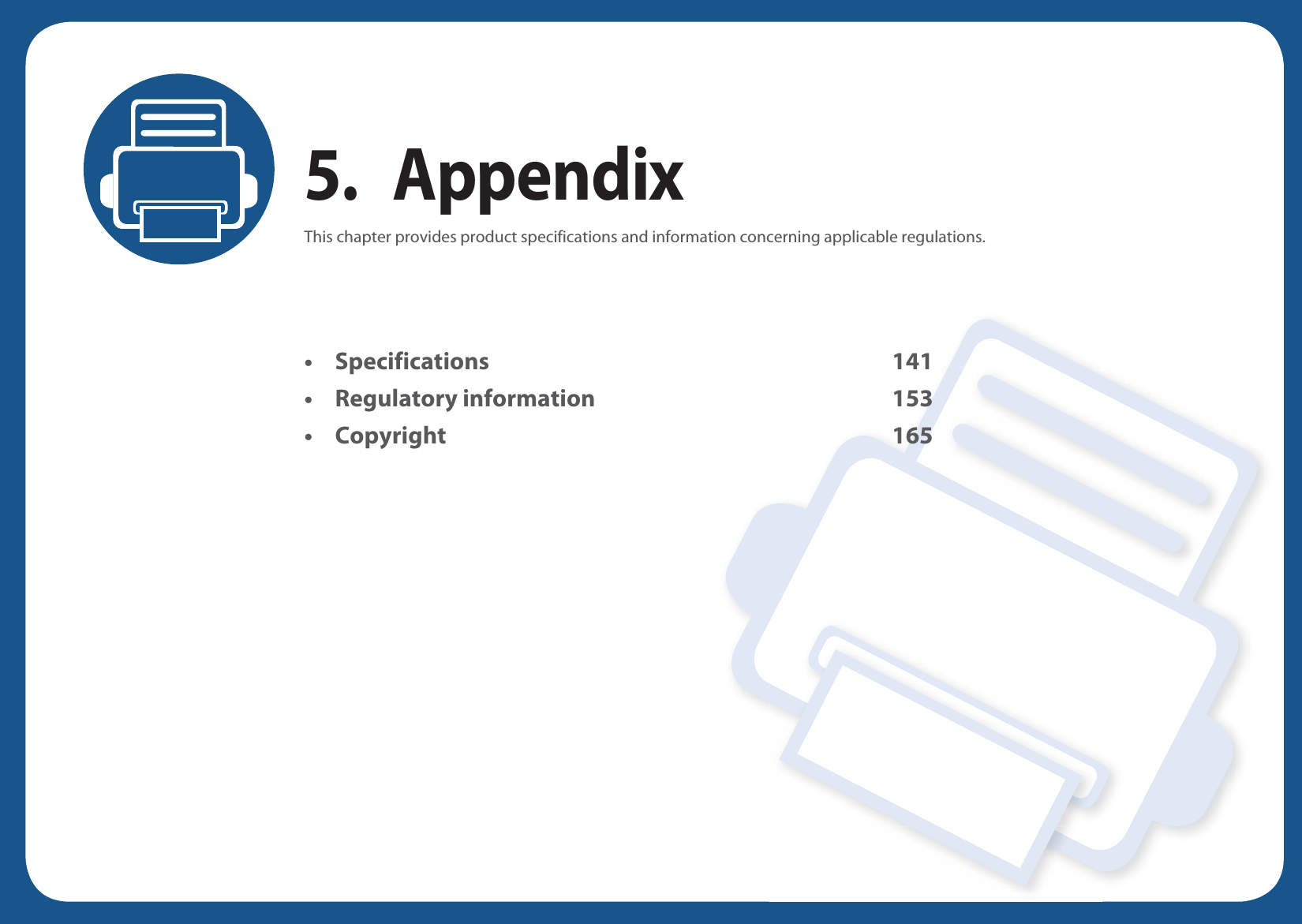
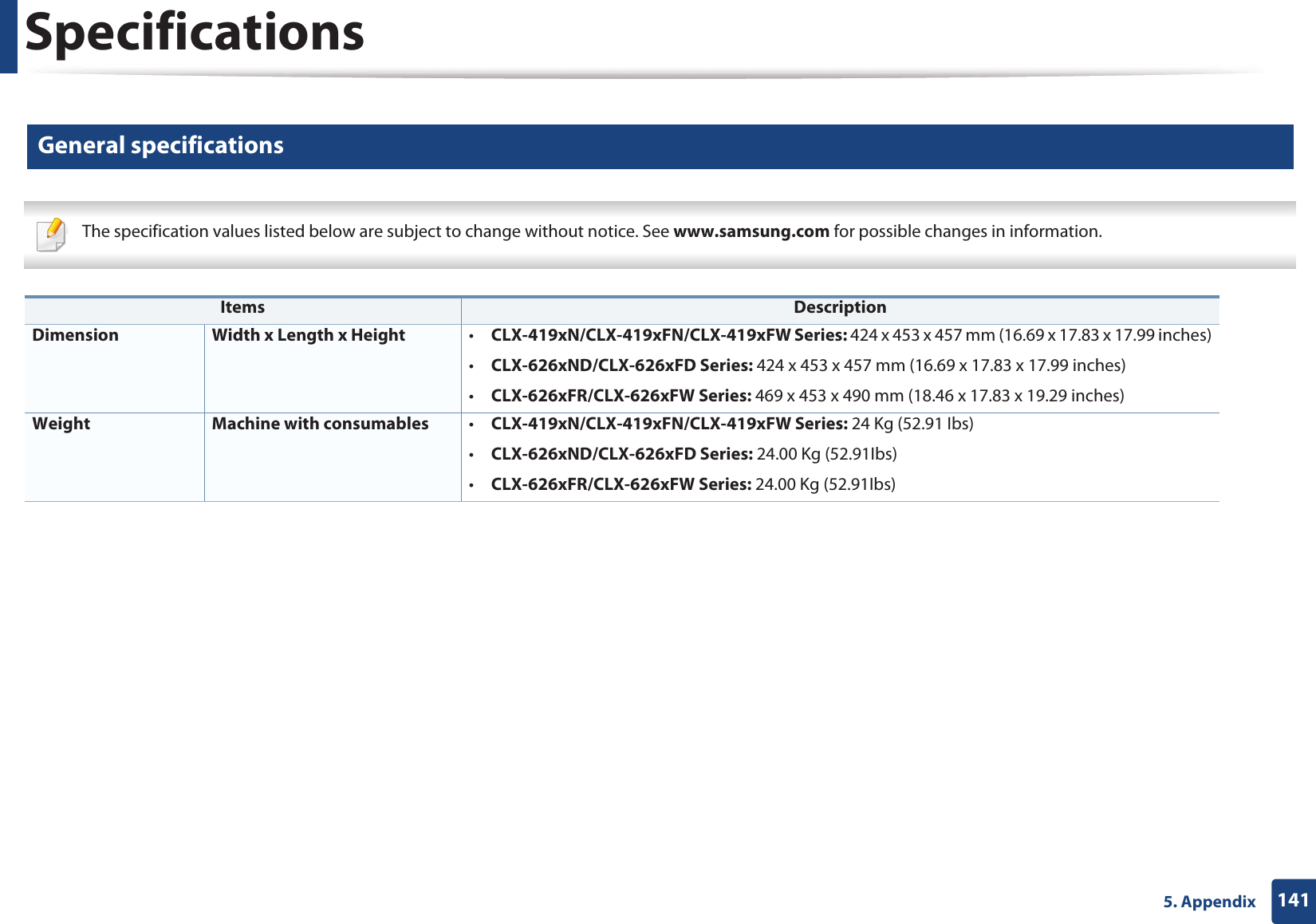
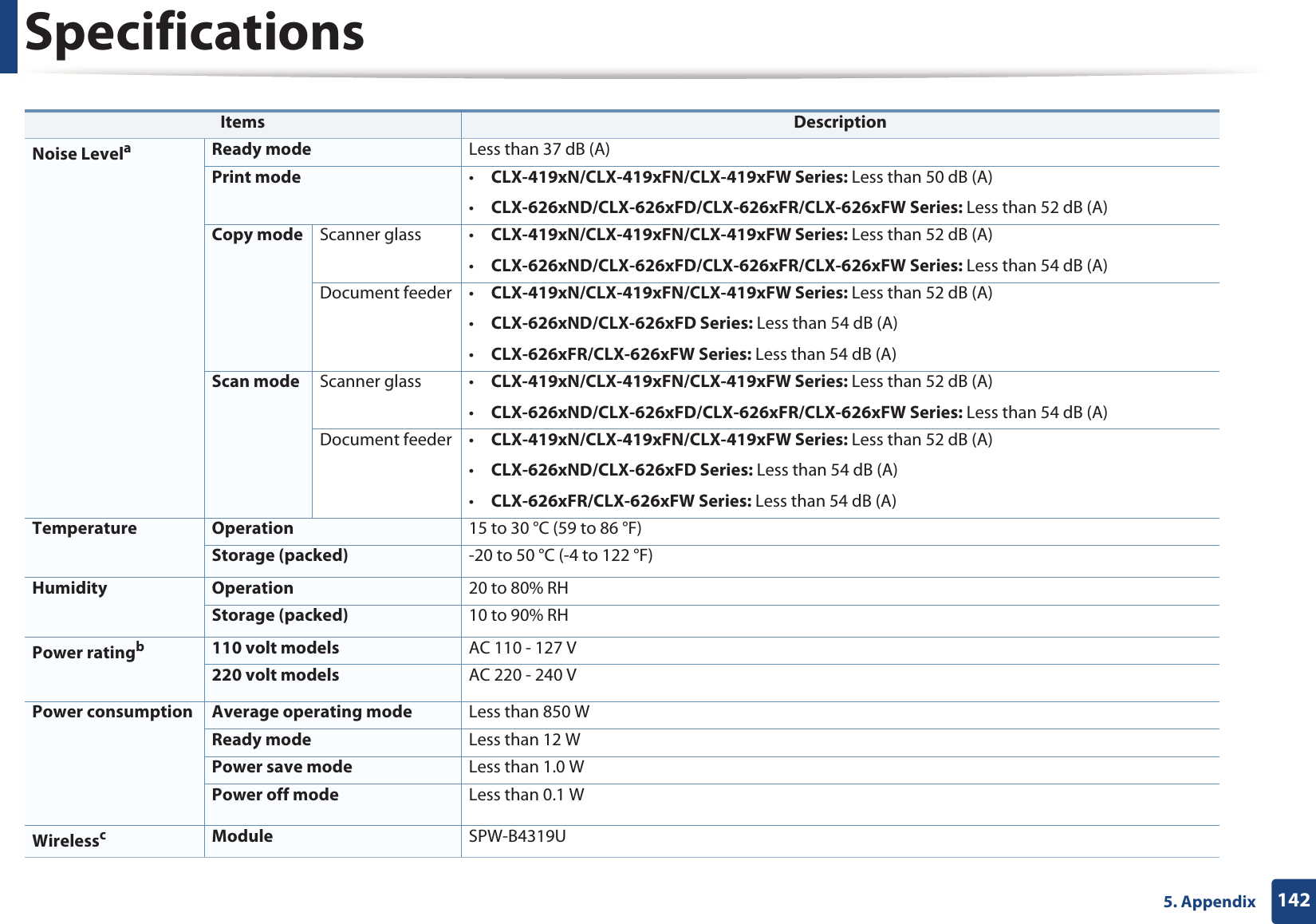
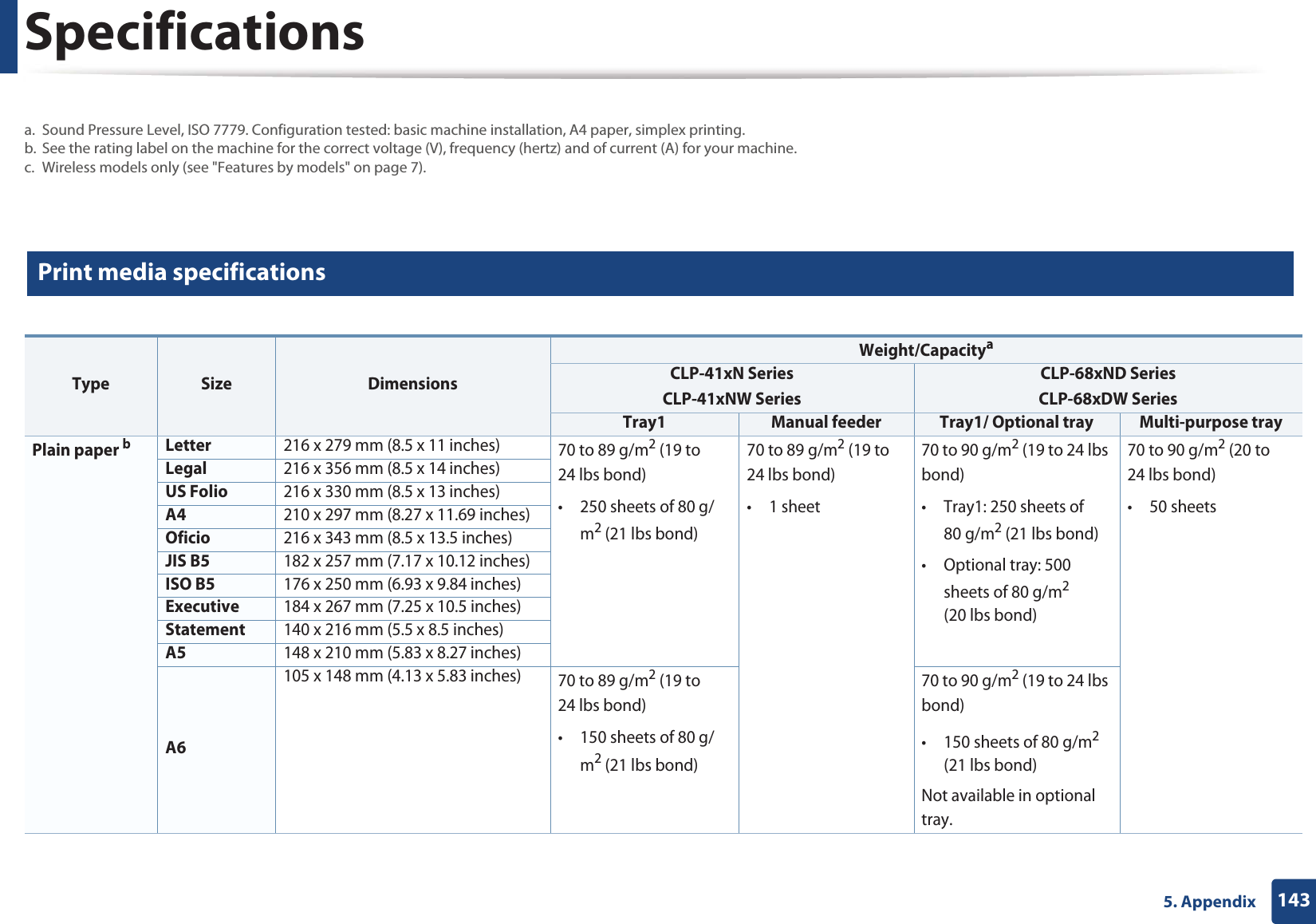
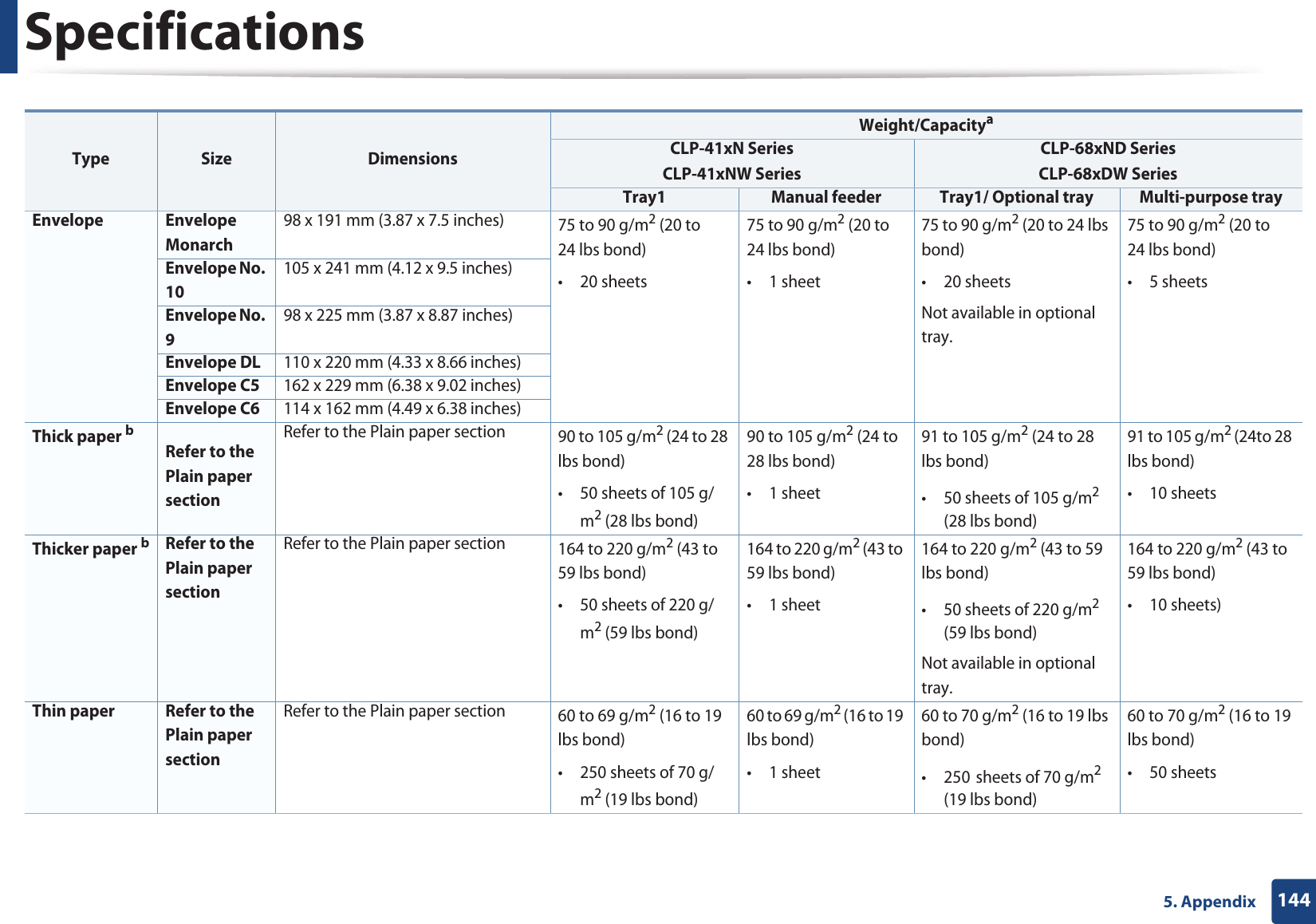
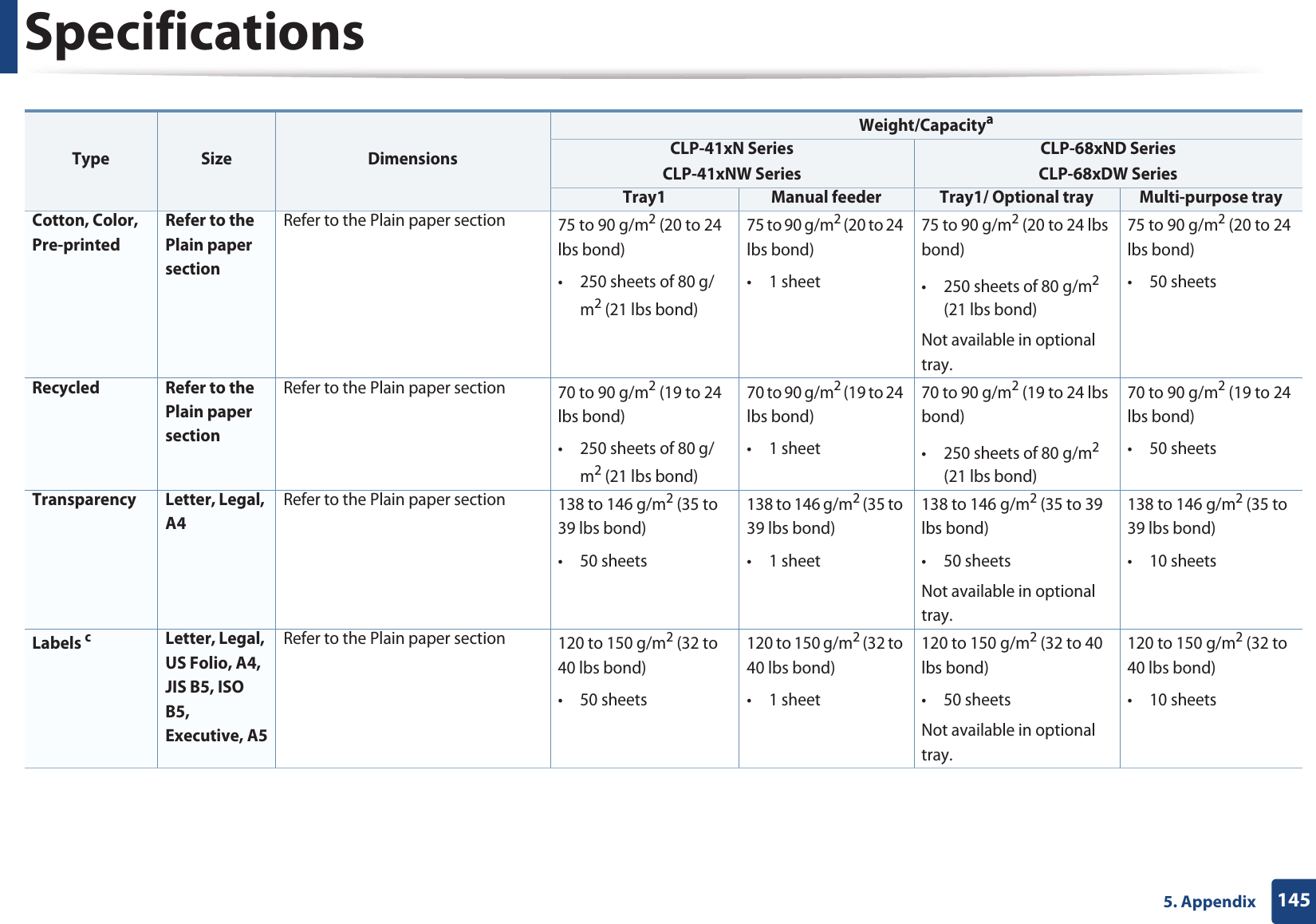
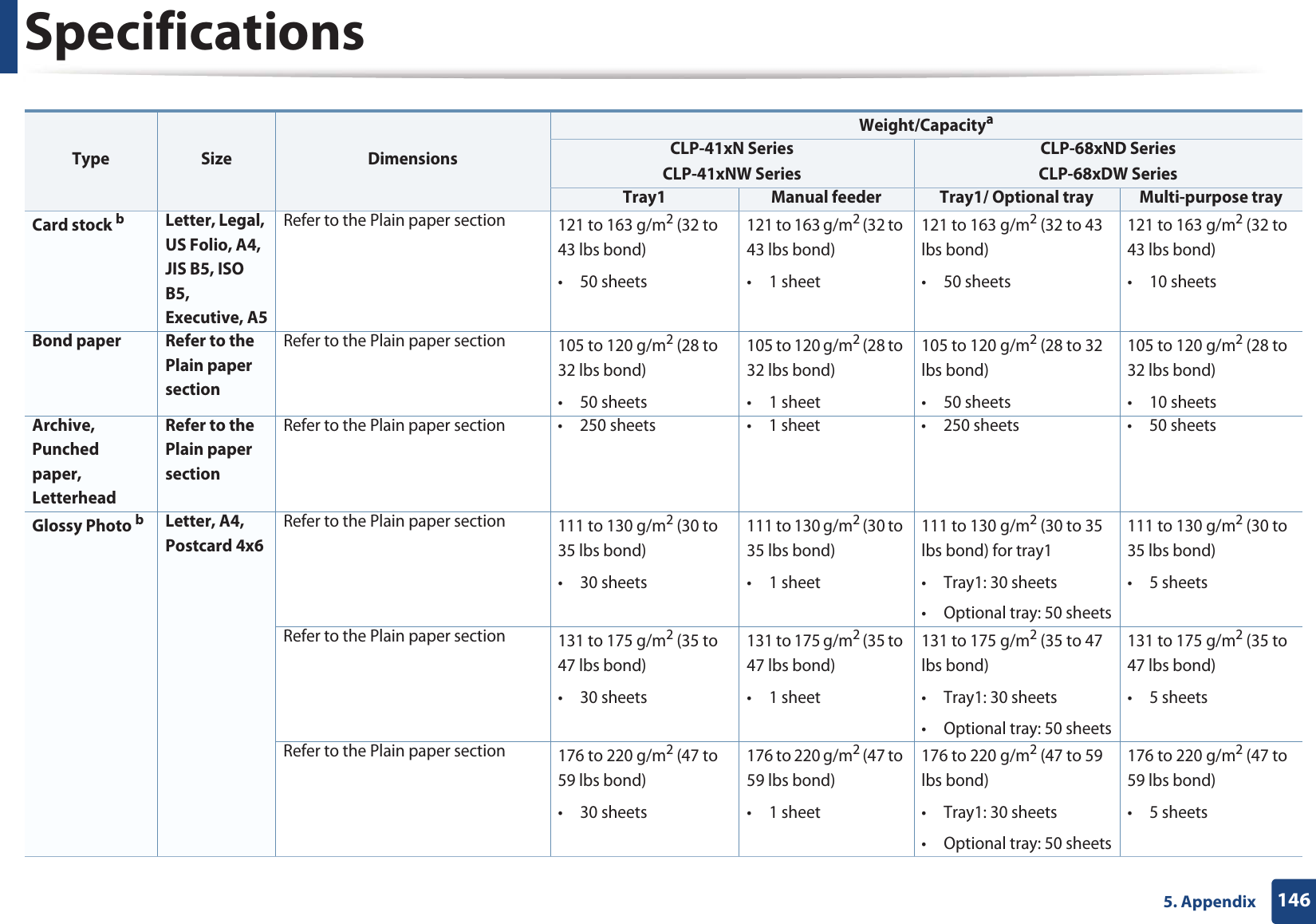
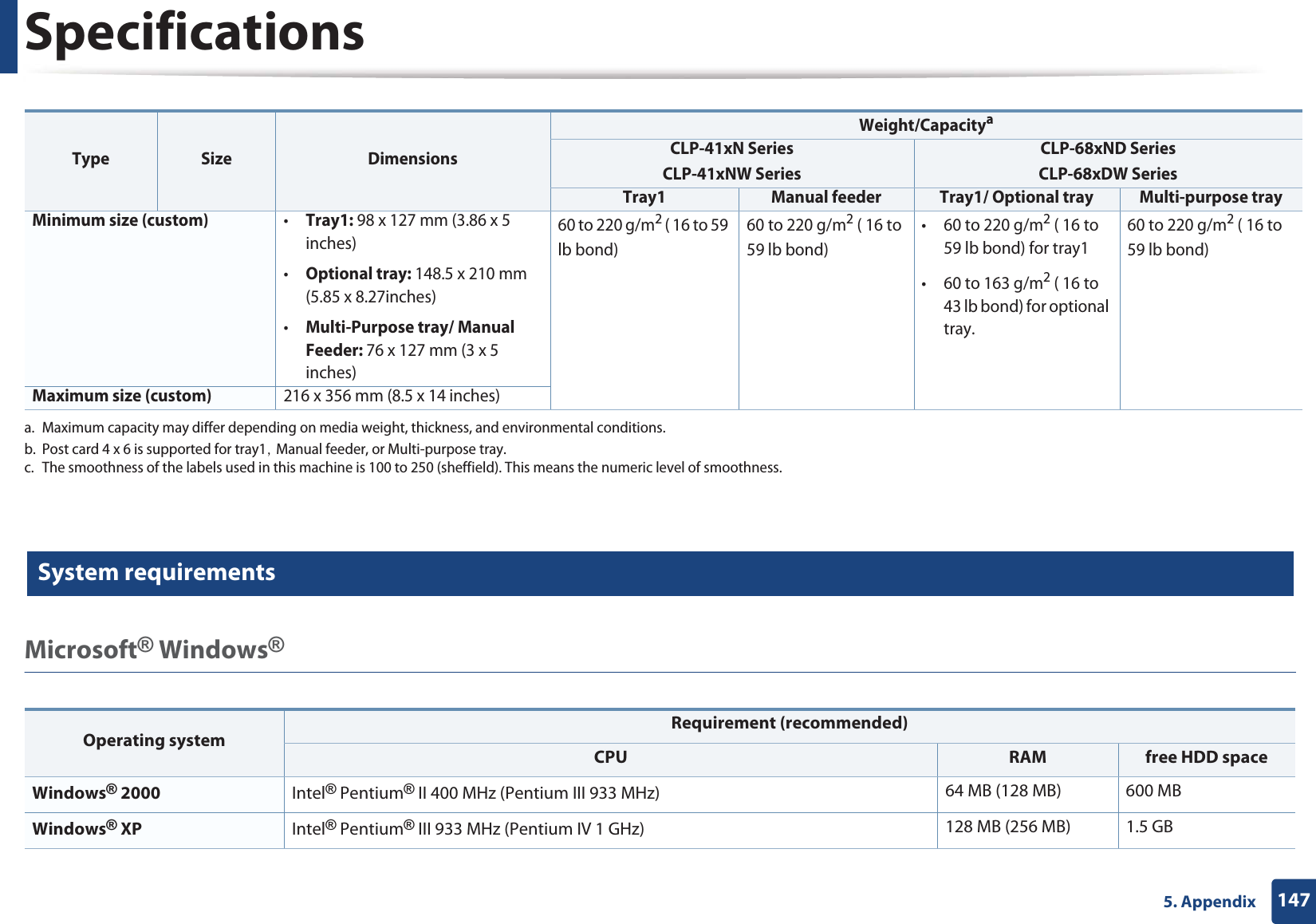
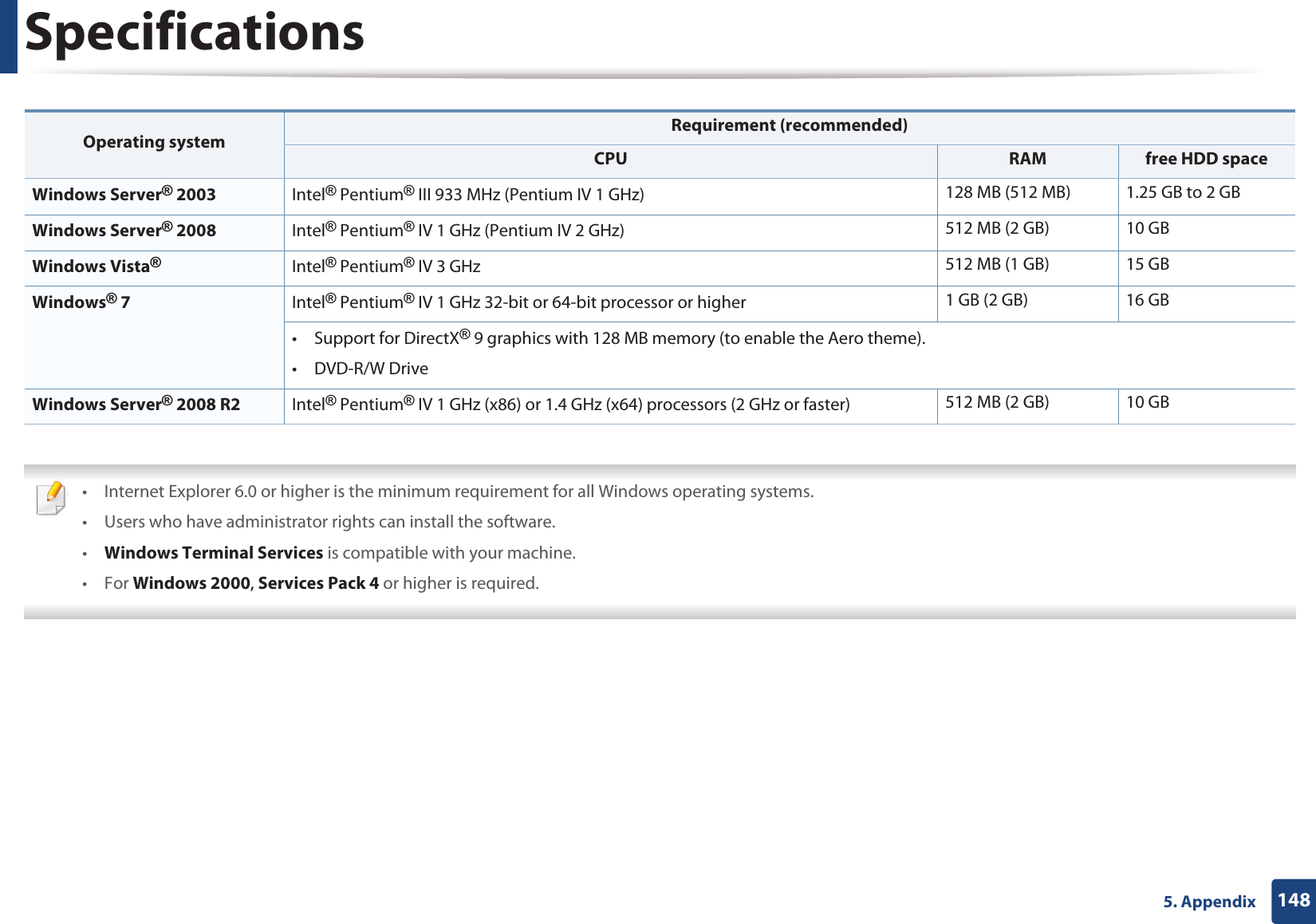
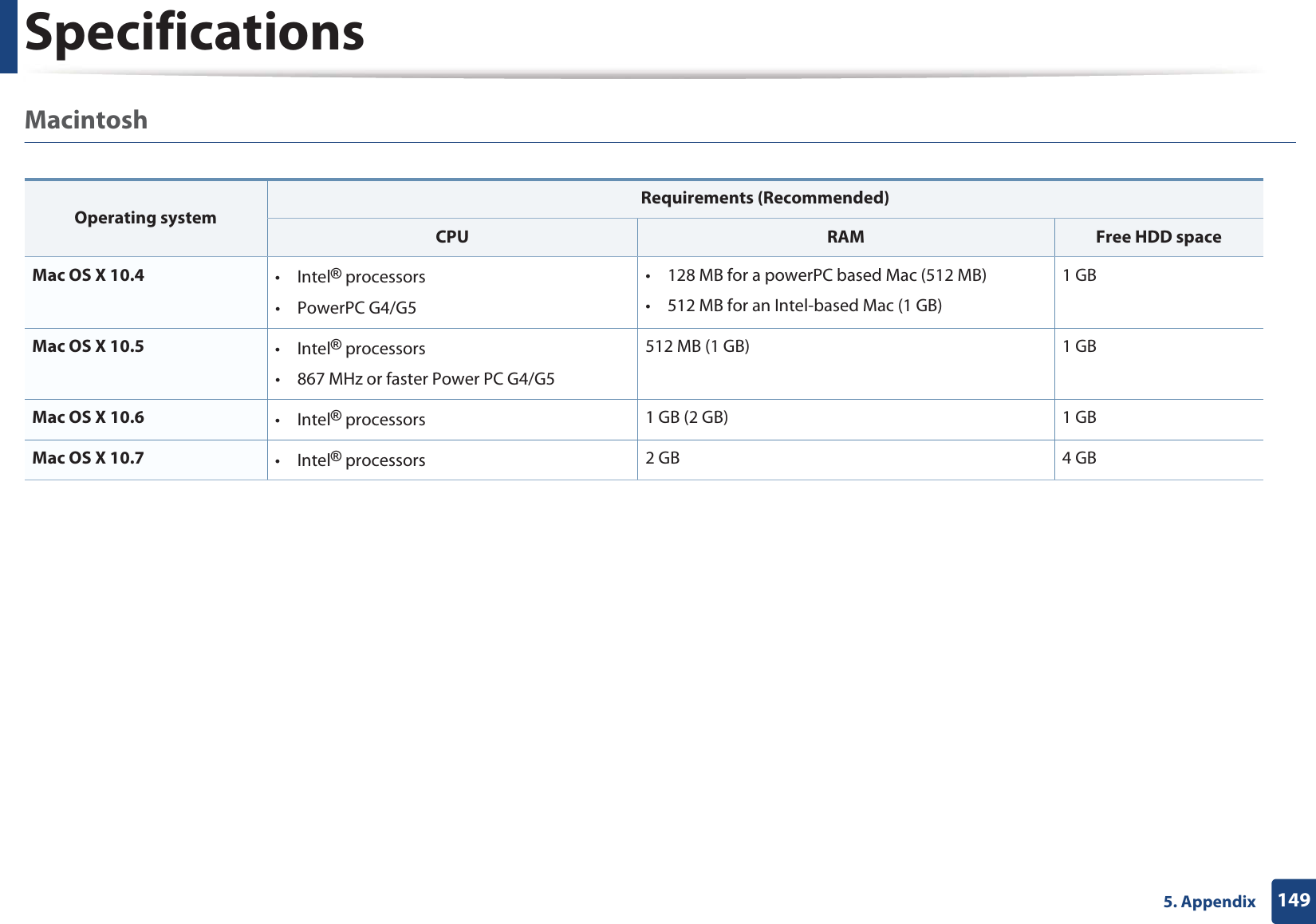
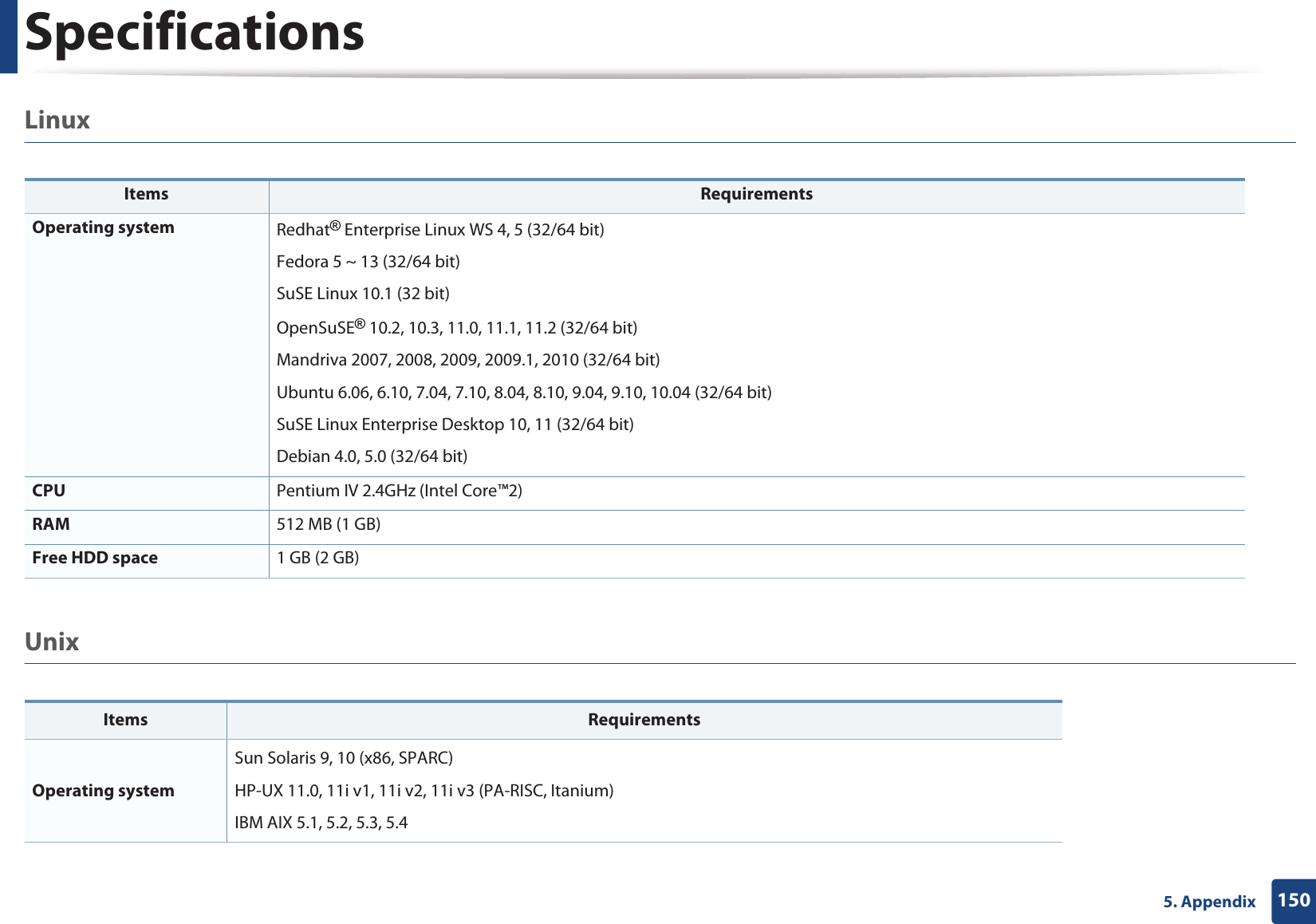
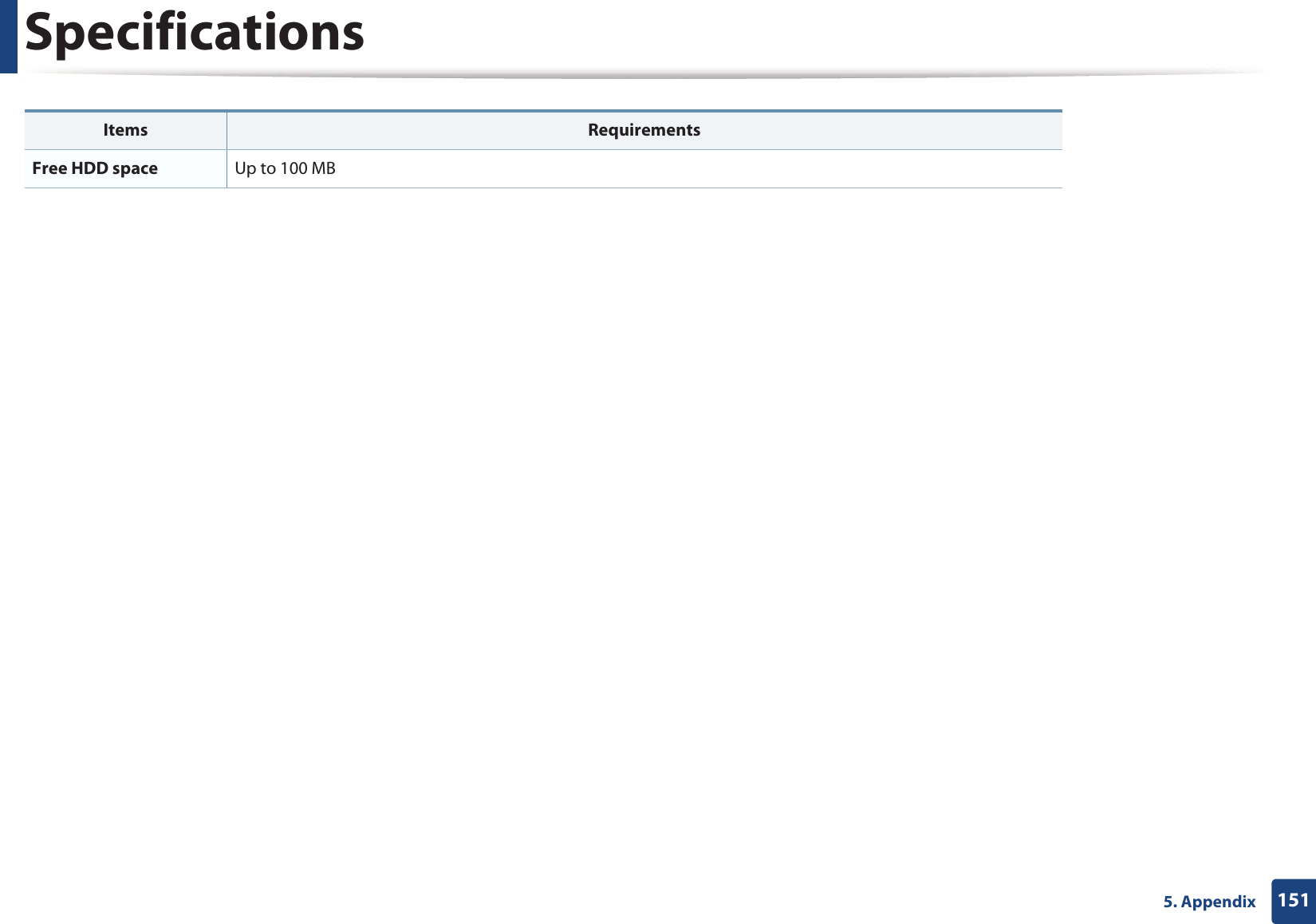
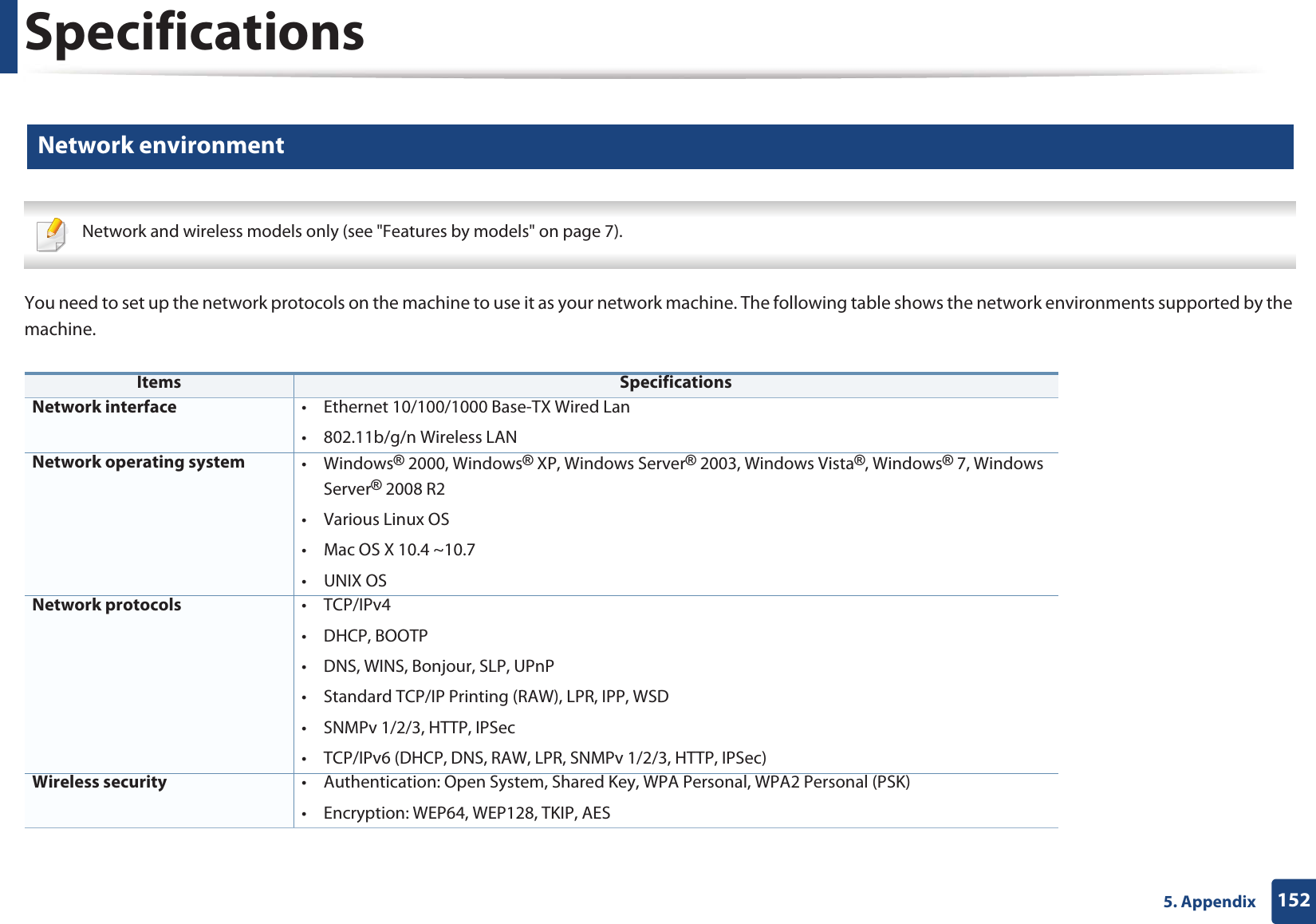
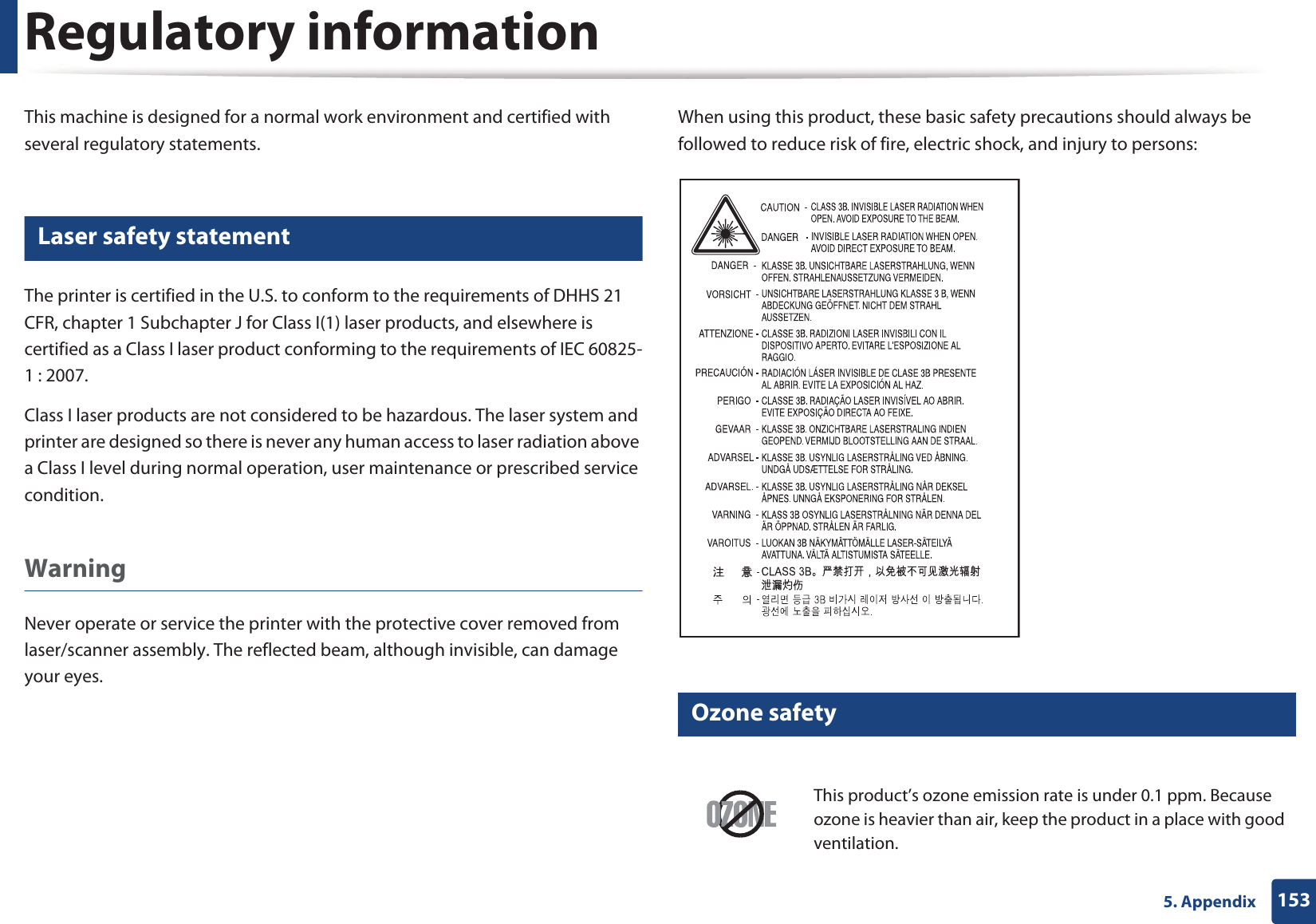
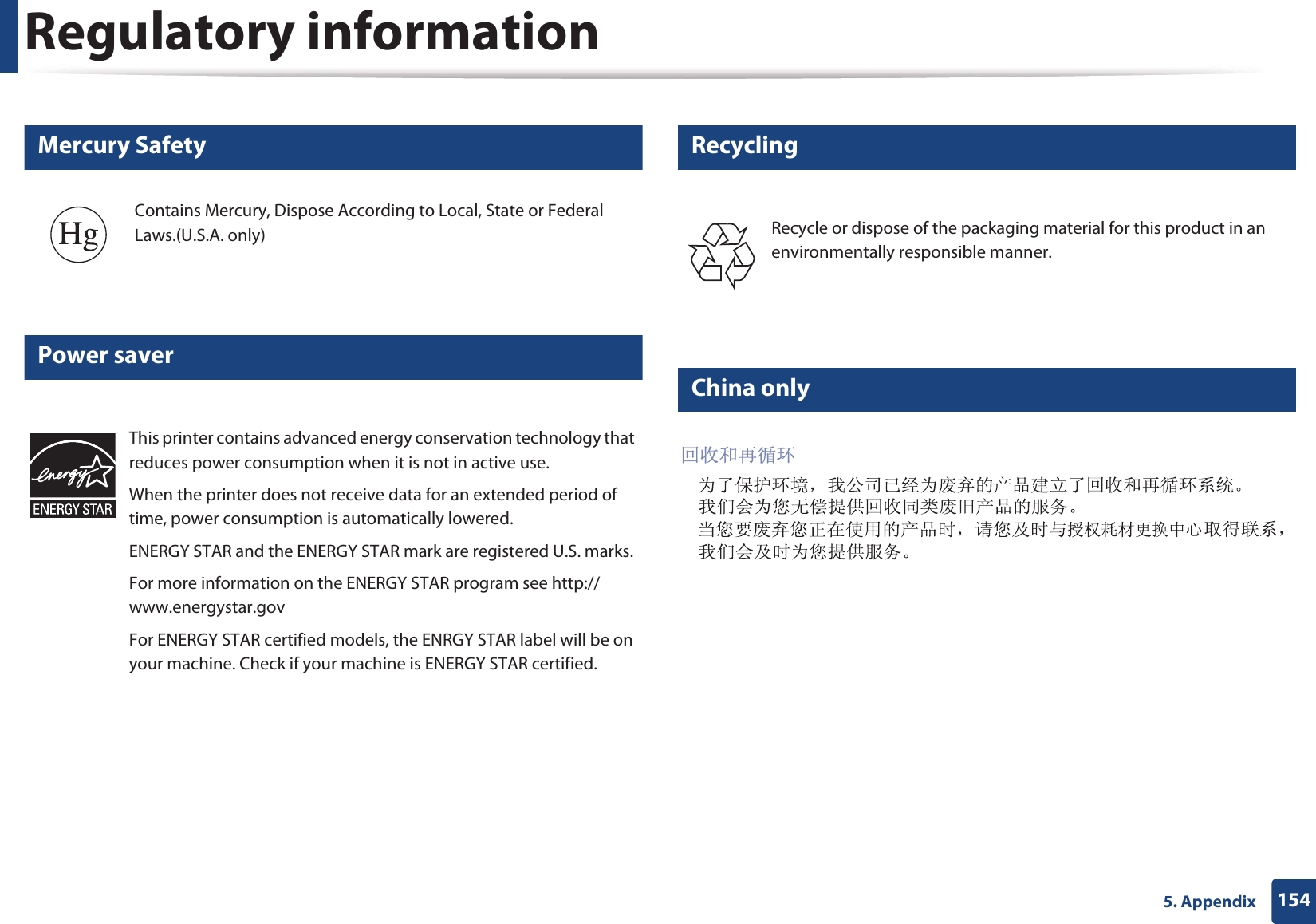
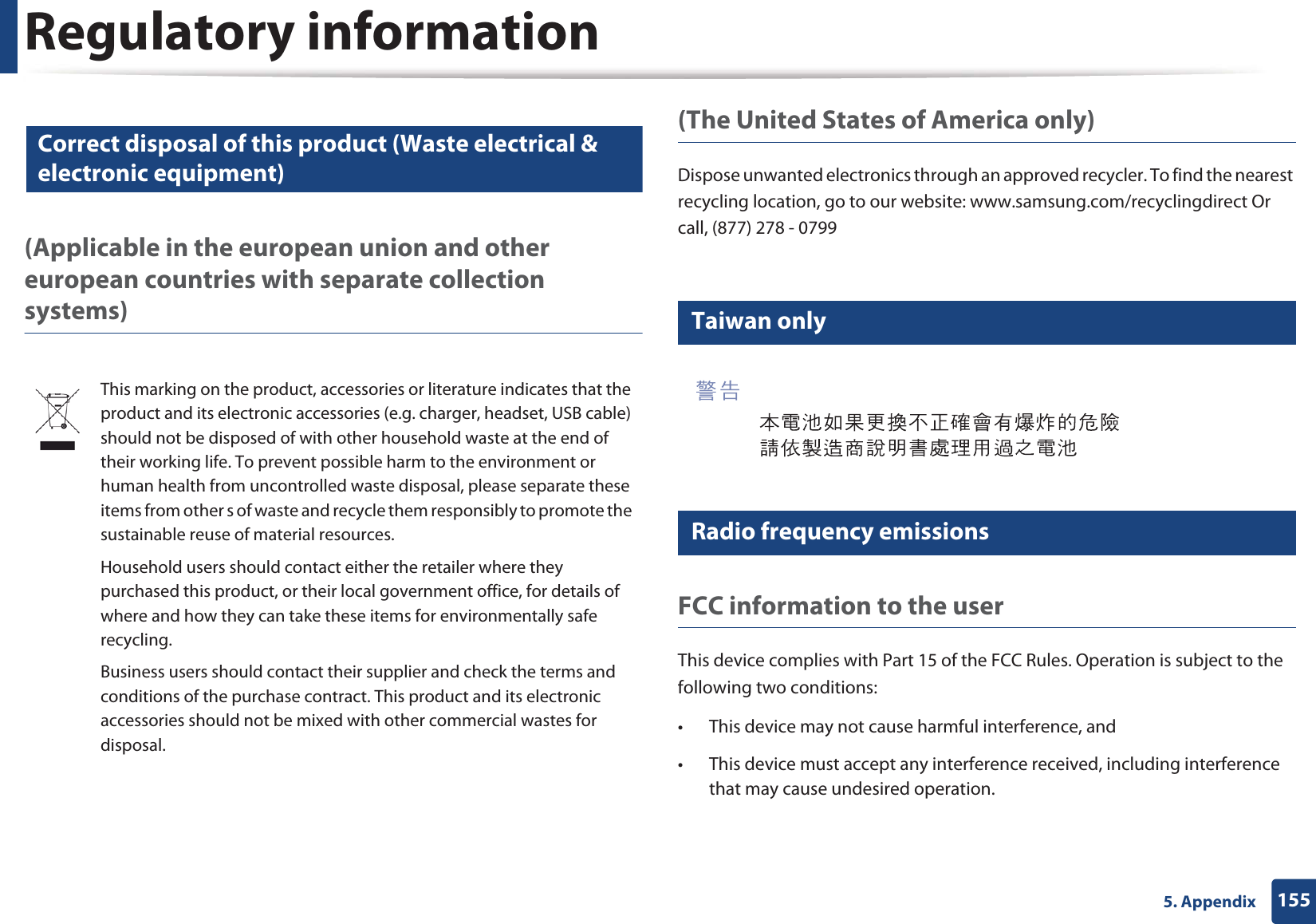
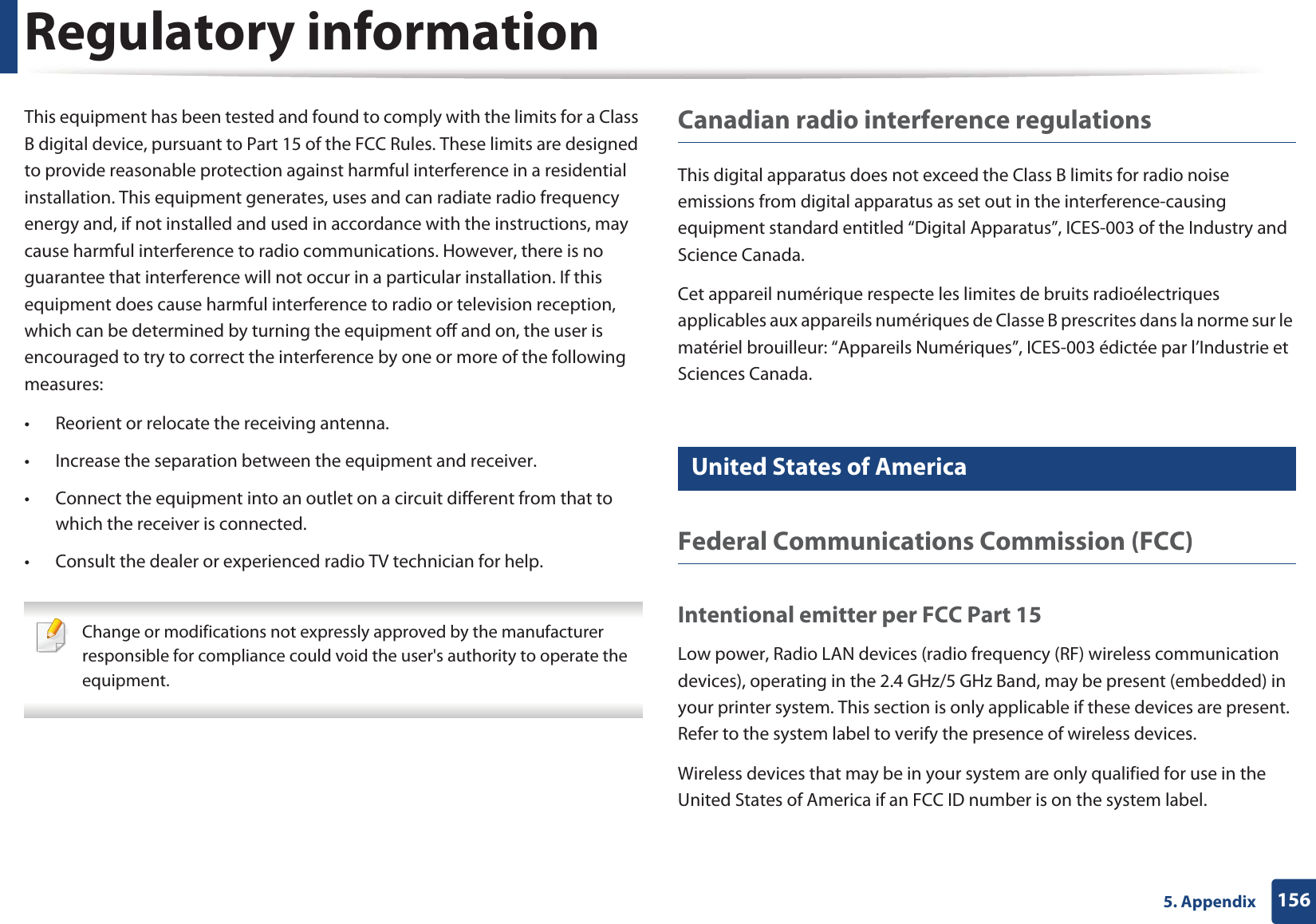
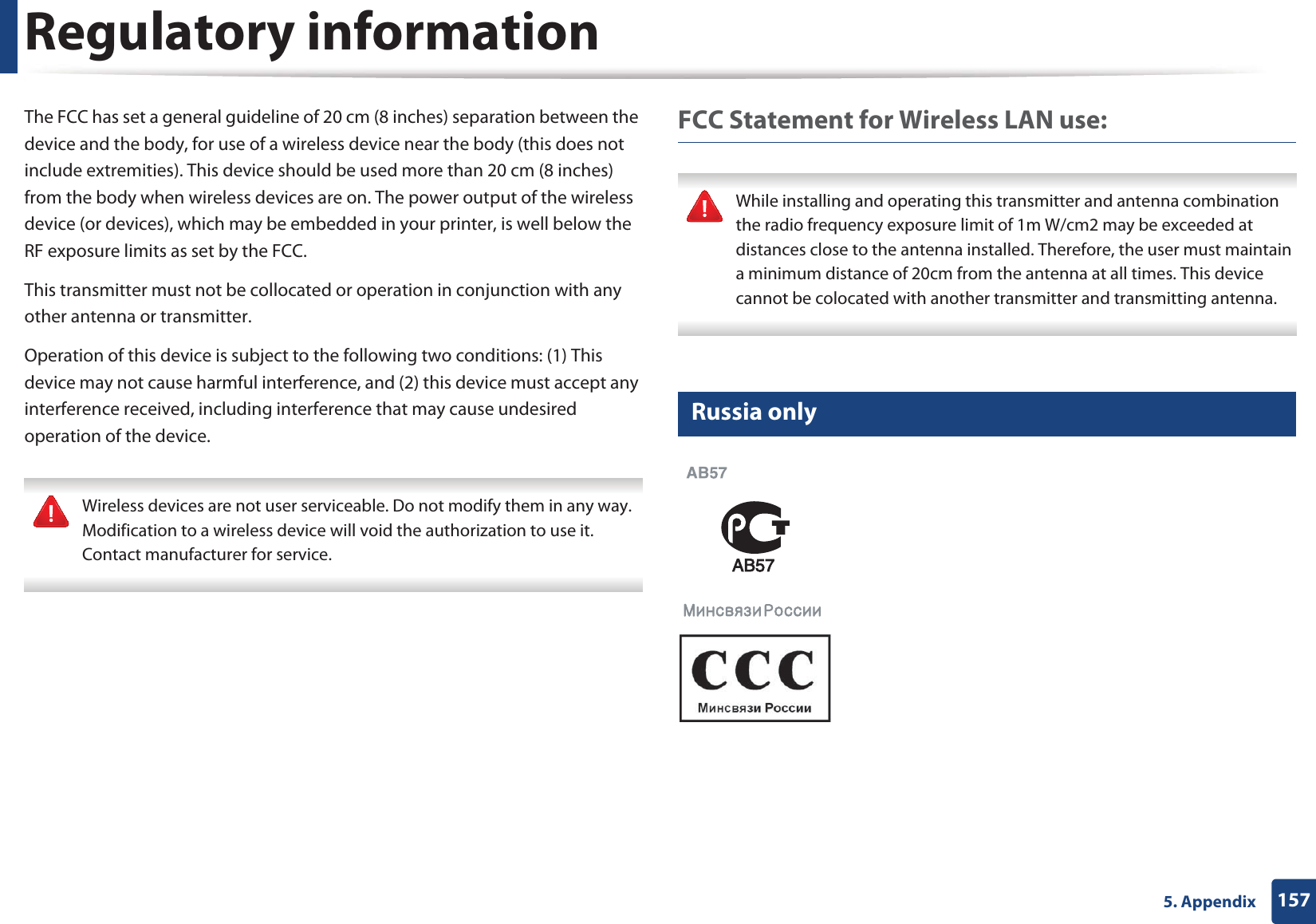
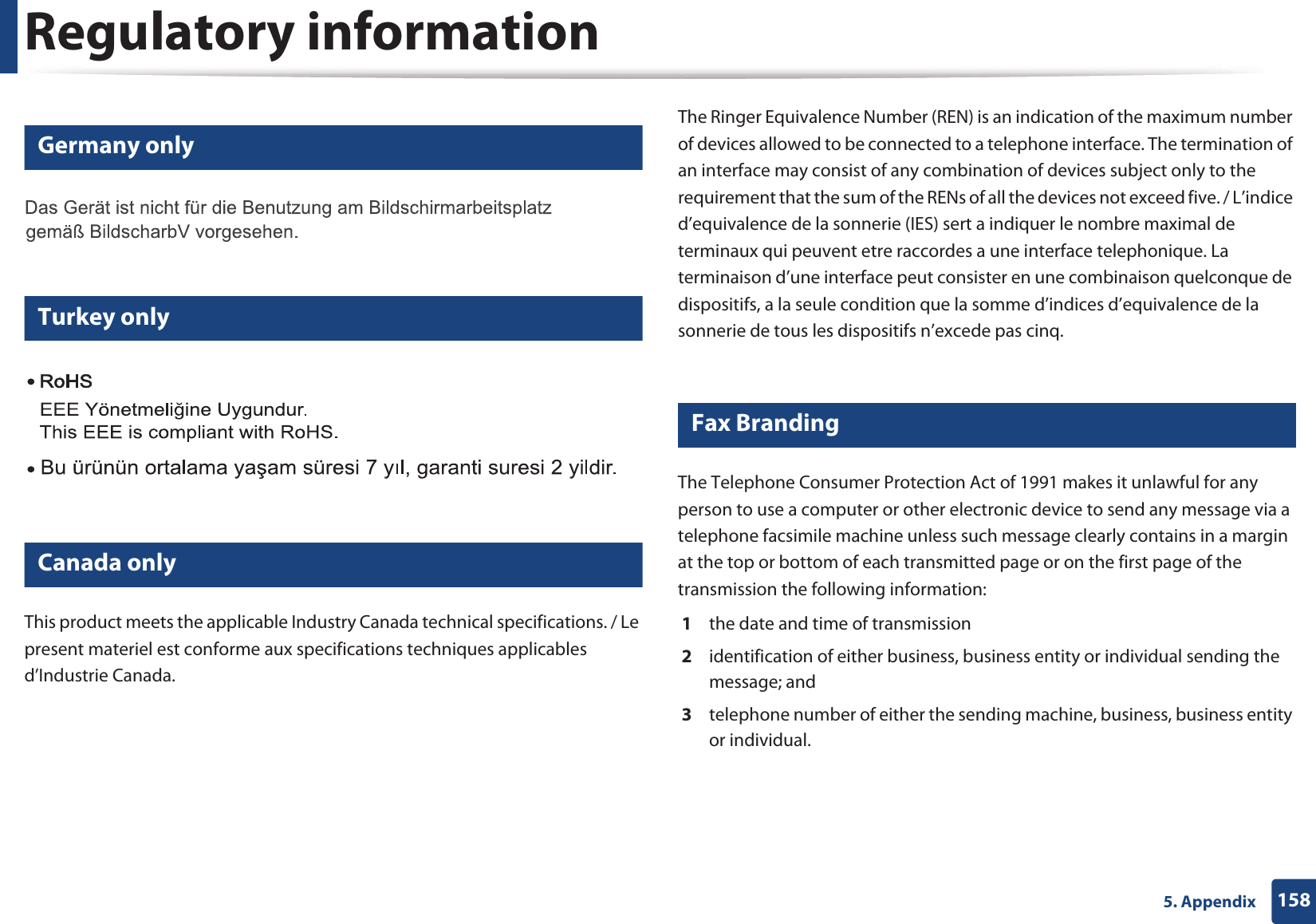
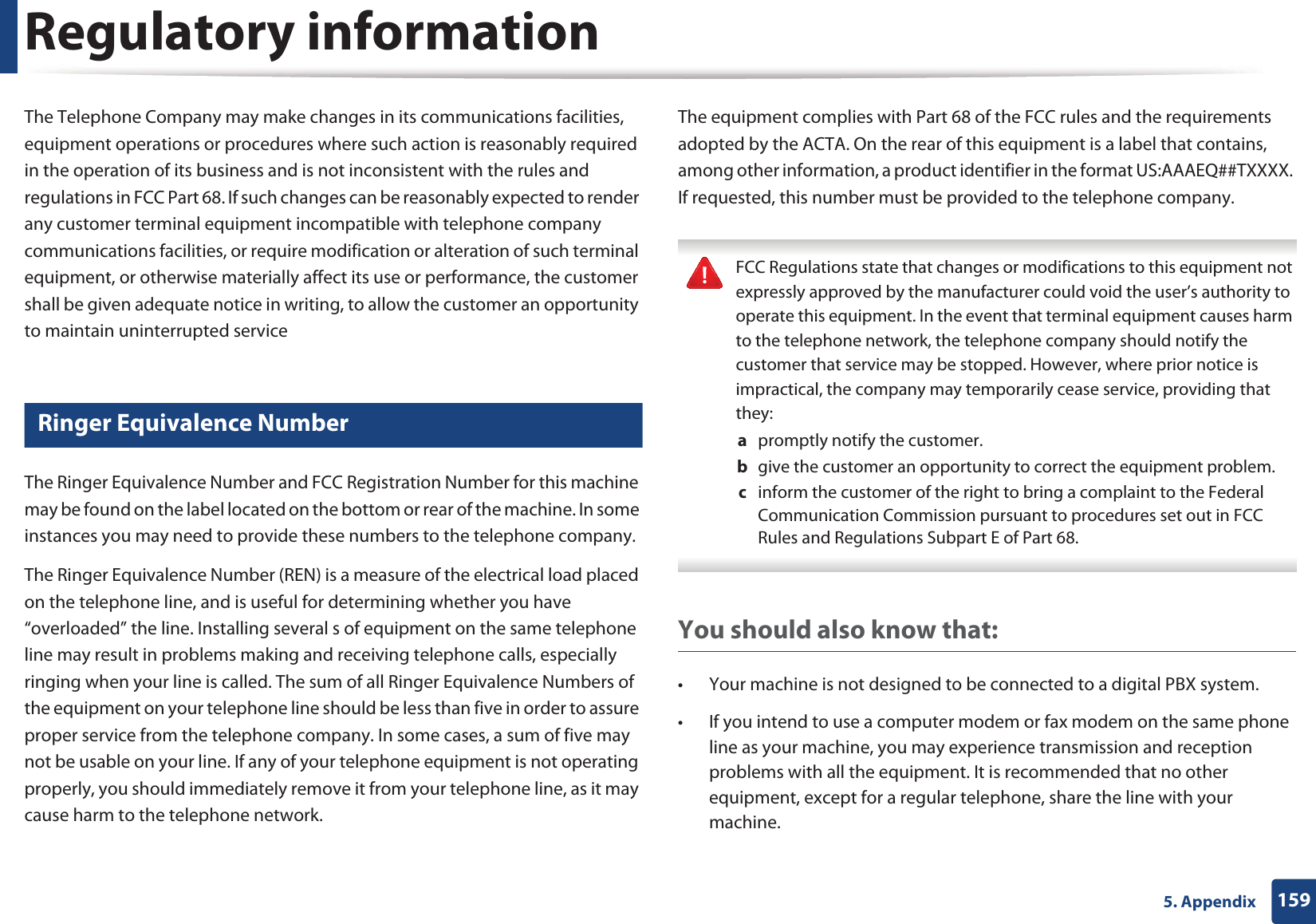
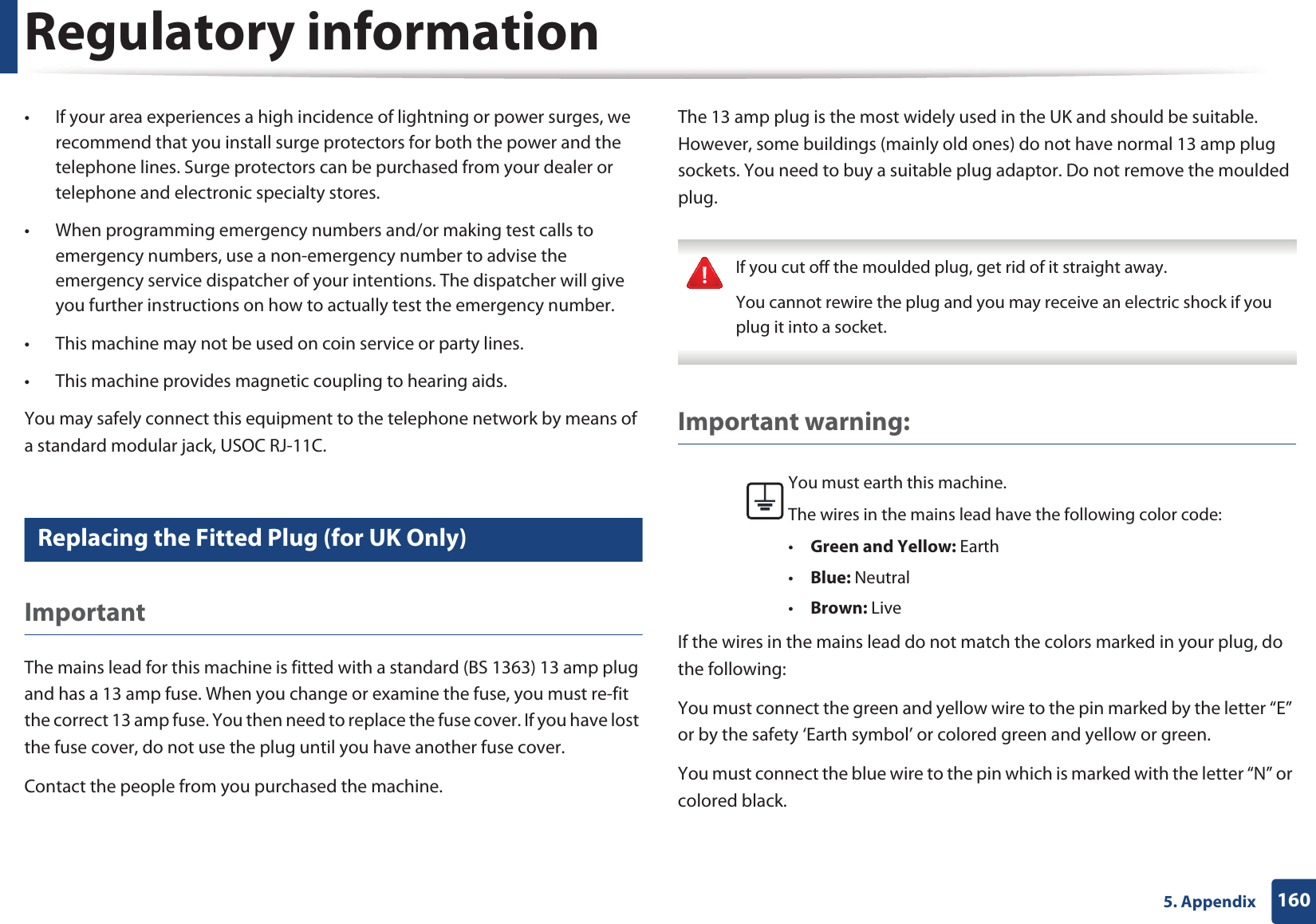
![Regulatory information1615. AppendixYou must connect the brown wire to the pin which is marked with the letter “L” or colored red.You must have a 13 amp fuse in the plug, adaptor, or at the distribution board.22 Declaration of conformity (European countries)Approvals and CertificationsJanuary 1, 1995: Council Directive 2006/95/EC Approximation of the laws of the member states related to low voltage equipment.January 1, 1996: Council Directive 2004/108/EC, approximation of the laws of the Member States related to electromagnetic compatibility.March 9, 1999: Council Directive 1999/5/EC on radio equipment and telecommunications terminal equipment and the mutual recognition of their conformity. A full declaration, defining the relevant Directives and referenced standards can be obtained from your Samsung Electronics Co., Ltd. representative.EC CertificationCertification to 1999/5/EC Radio Equipment & Telecommunications Terminal Equipment Directive (FAX)This Samsung product has been self-certified by Samsung for pan-European single terminal connection to the analogue public switched telephone network (PSTN) in accordance with Directive 1999/5/EC. The product has been designed to work with the national PSTNs and compatible PBXs of the European countries:In the event of problems, you should contact the Euro QA Lab of Samsung Electronics Co., Ltd. in the first instance.The product has been tested against TBR21. To assist in the use and application of terminal equipment which complies with this standard, the European Telecommunication Standards Institute (ETSI) has issued an advisory document (EG 201 121) which contains notes and additional requirements to ensure network compatibility of TBR21 terminals. The product has been designed against, and is fully compliant with, all of the relevant advisory notes contained in this document.Hereby, Samsung Electronics, declares that this [CLX-419xN Series] is in compliance with the essential requirements and other relevant provisions of Low Voltage Directive (2006/95/EC), EMC Directive (2004/108/EC).Hereby, Samsung Electronics, declares that this [CLX-419xFN Series/CLX-419xFW Series/CLX-626xND Series/CLX-626xFD Series/CLX-626xFR Series/CLX-626xFW Series] is in compliance with the essential requirements and other relevant provisions of R&TTE Directive 1999/5/EC.The declaration of conformity may be consulted at www.samsung.com, go to Support > Download center and enter your printer (MFP) name to browse the EuDoC.](https://usermanual.wiki/Samsung-Electronics-Co/CLX4195FW.Users-Manual-4/User-Guide-1680988-Page-37.png)
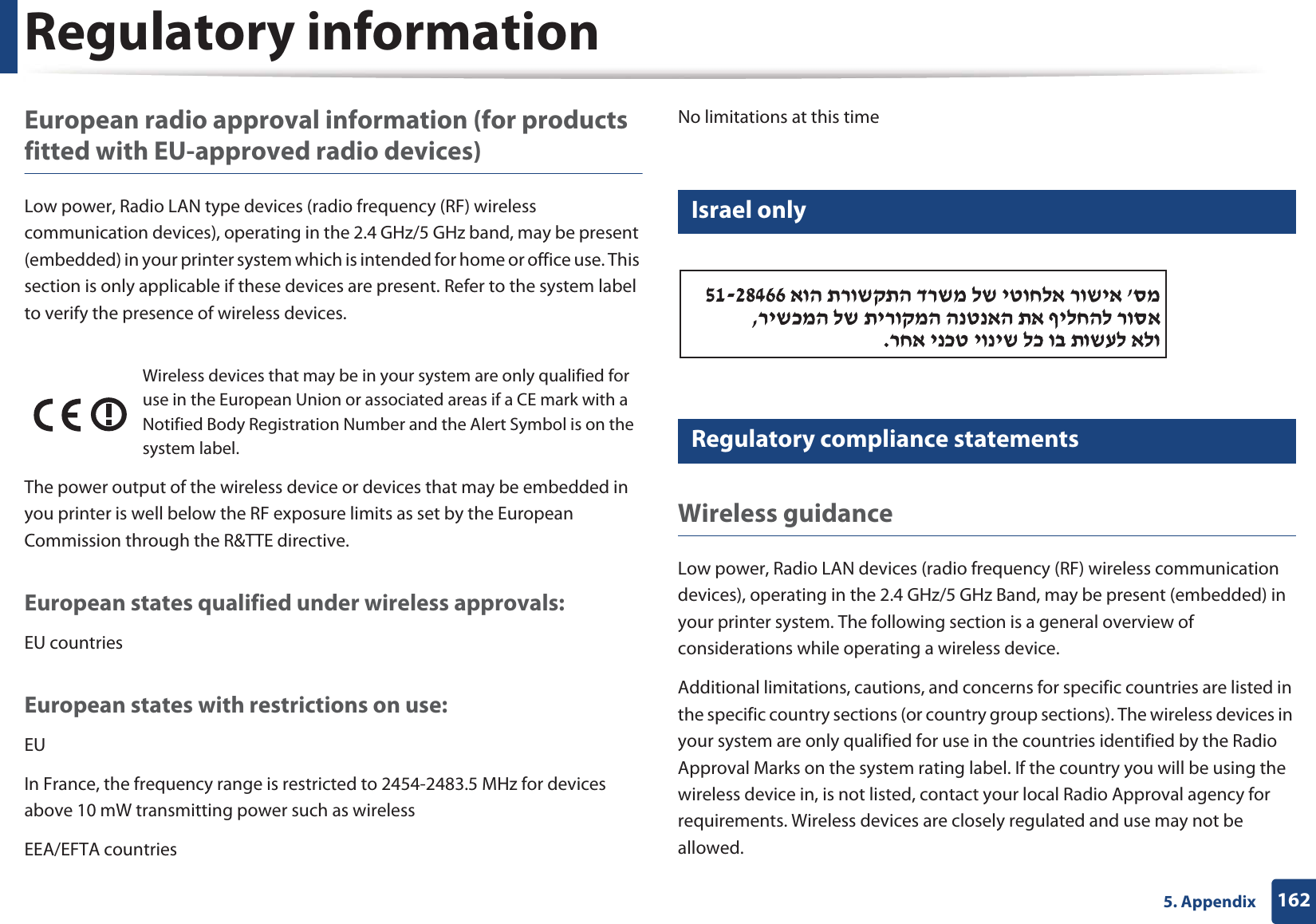
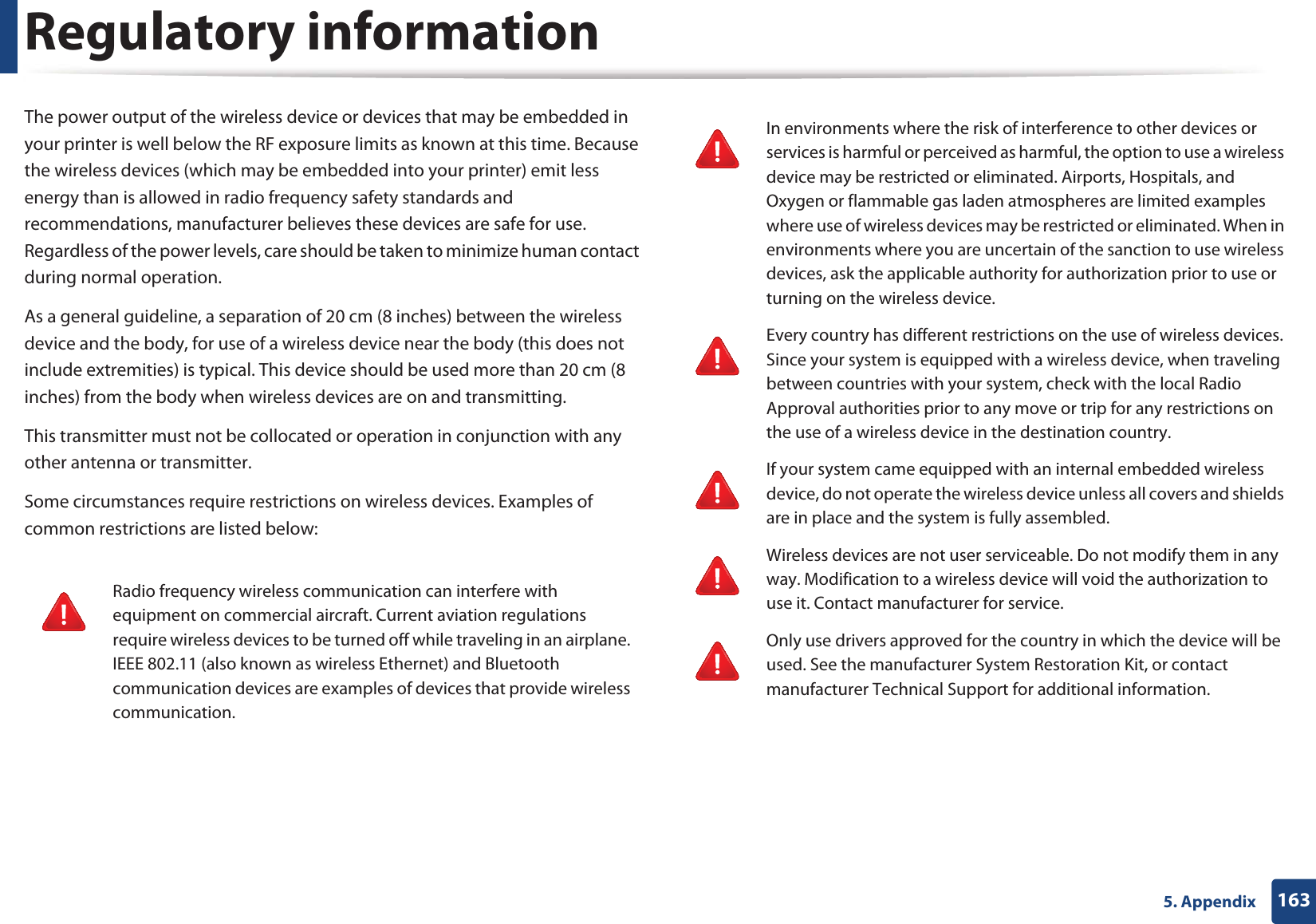
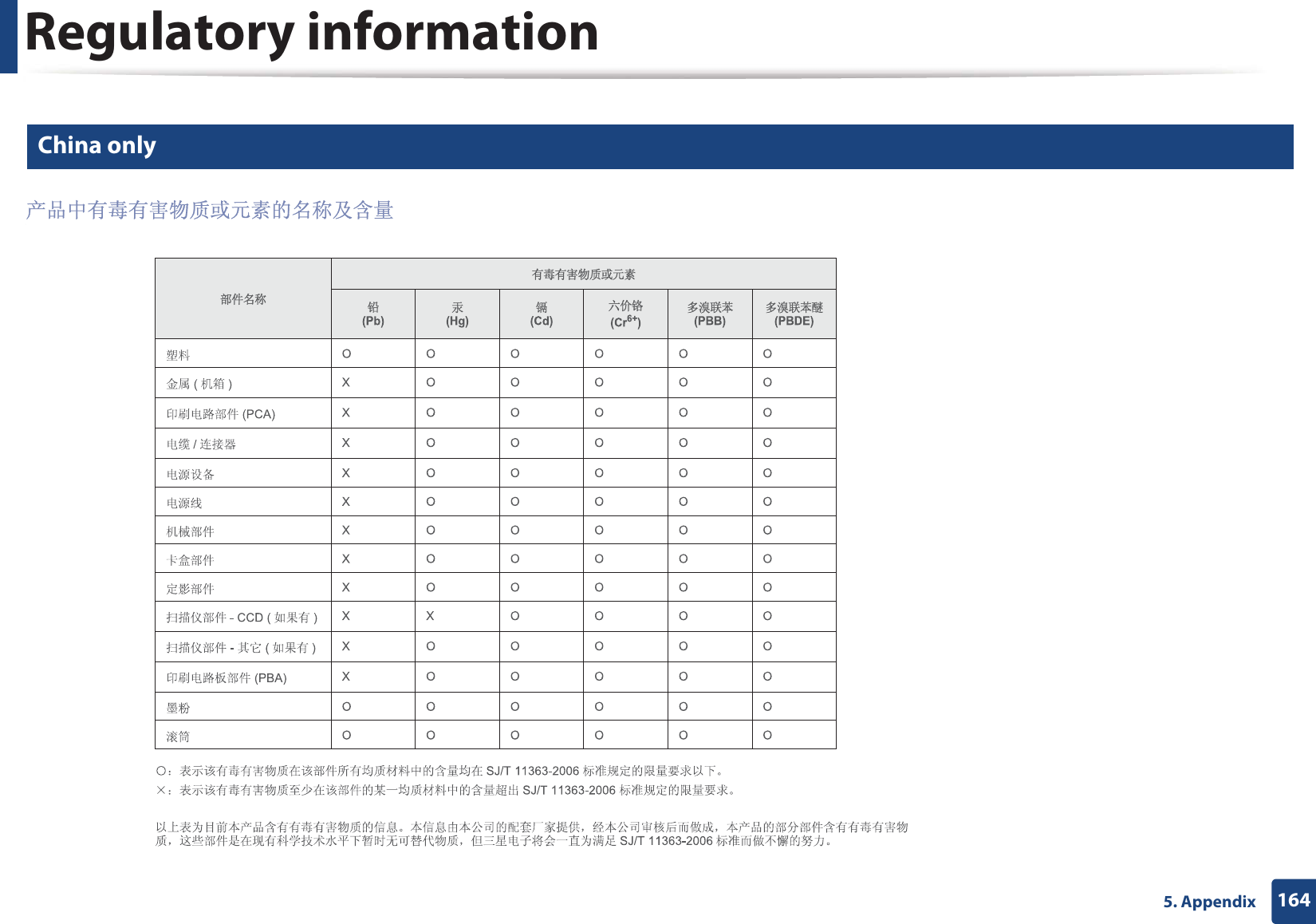
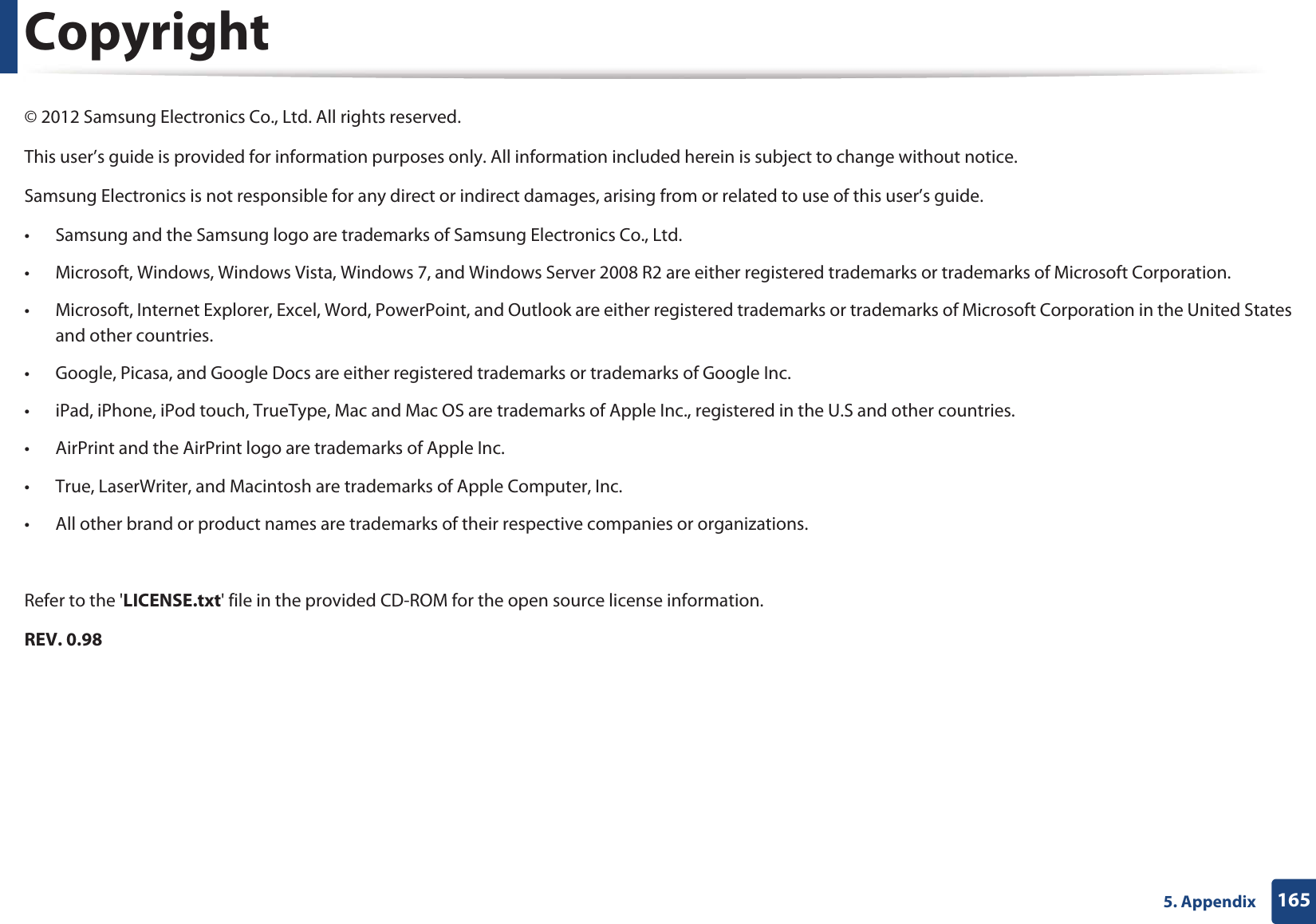
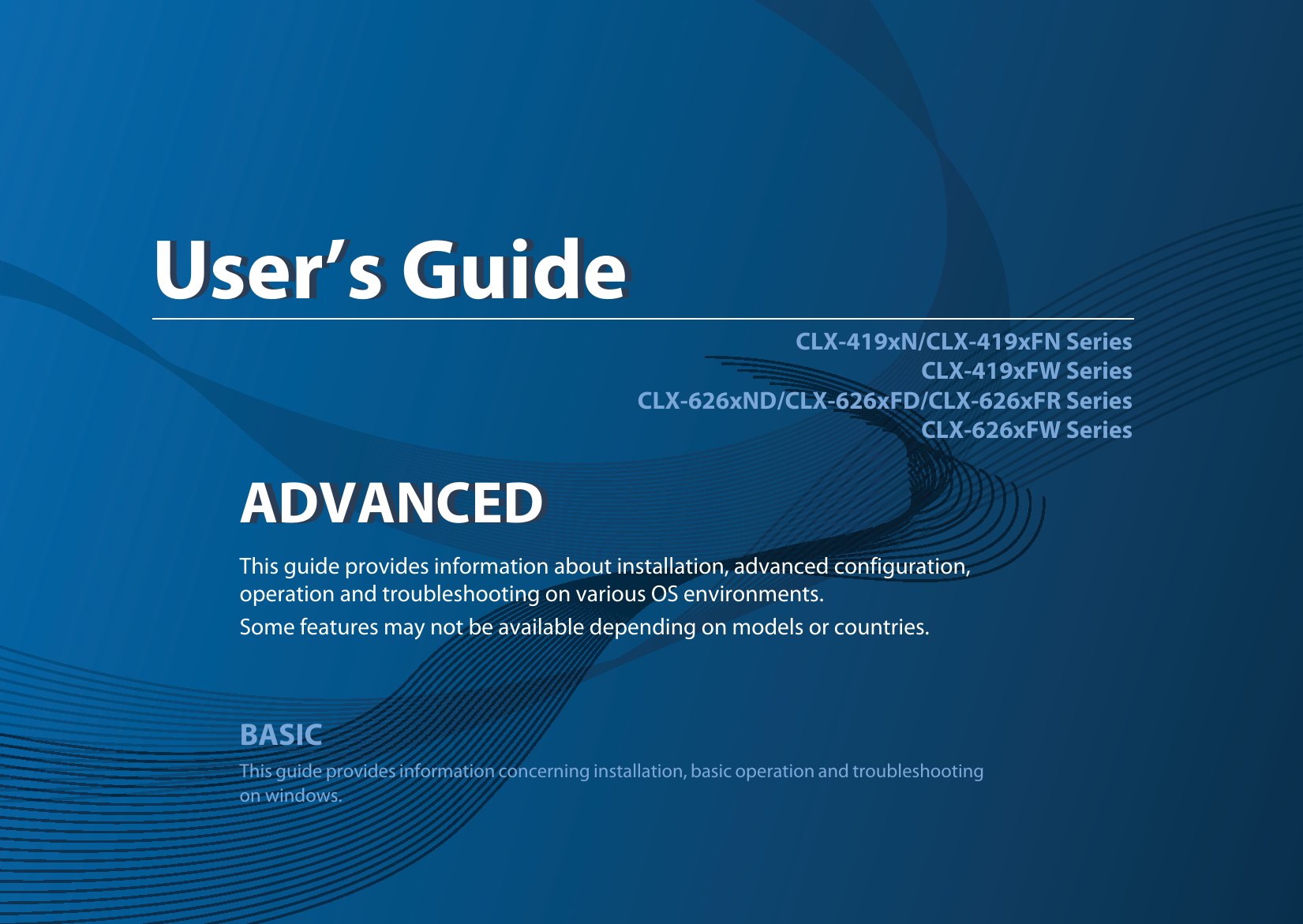
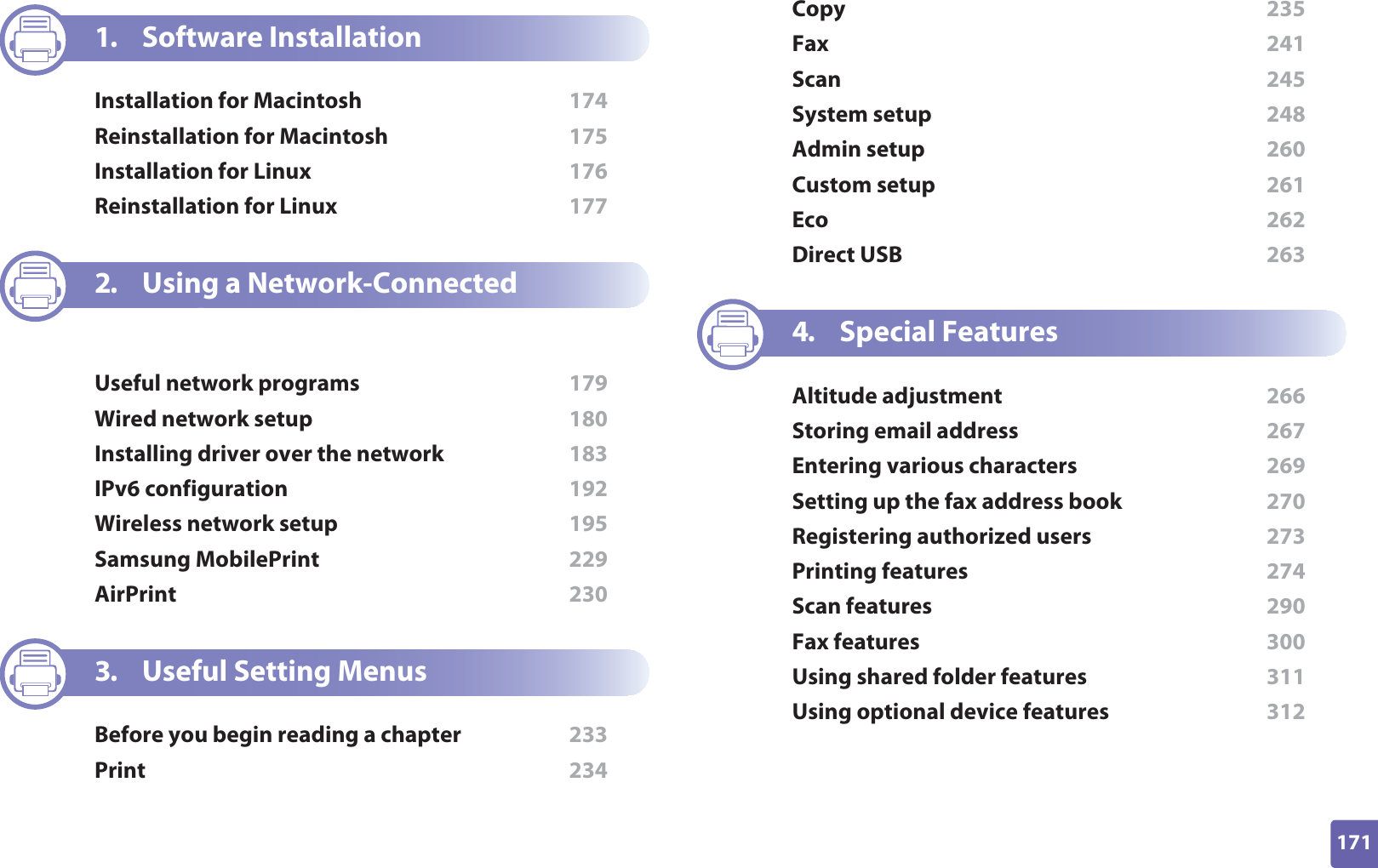
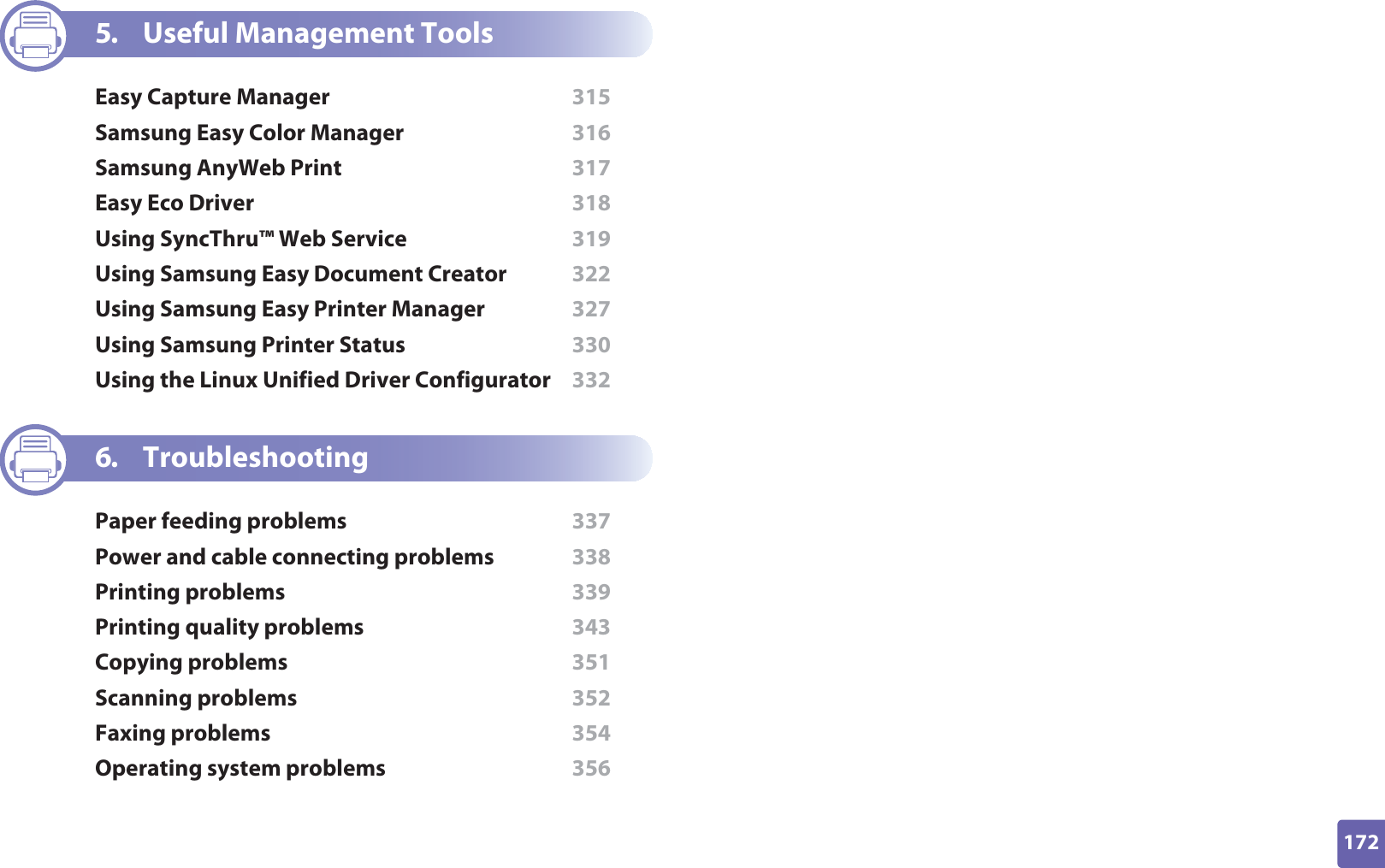
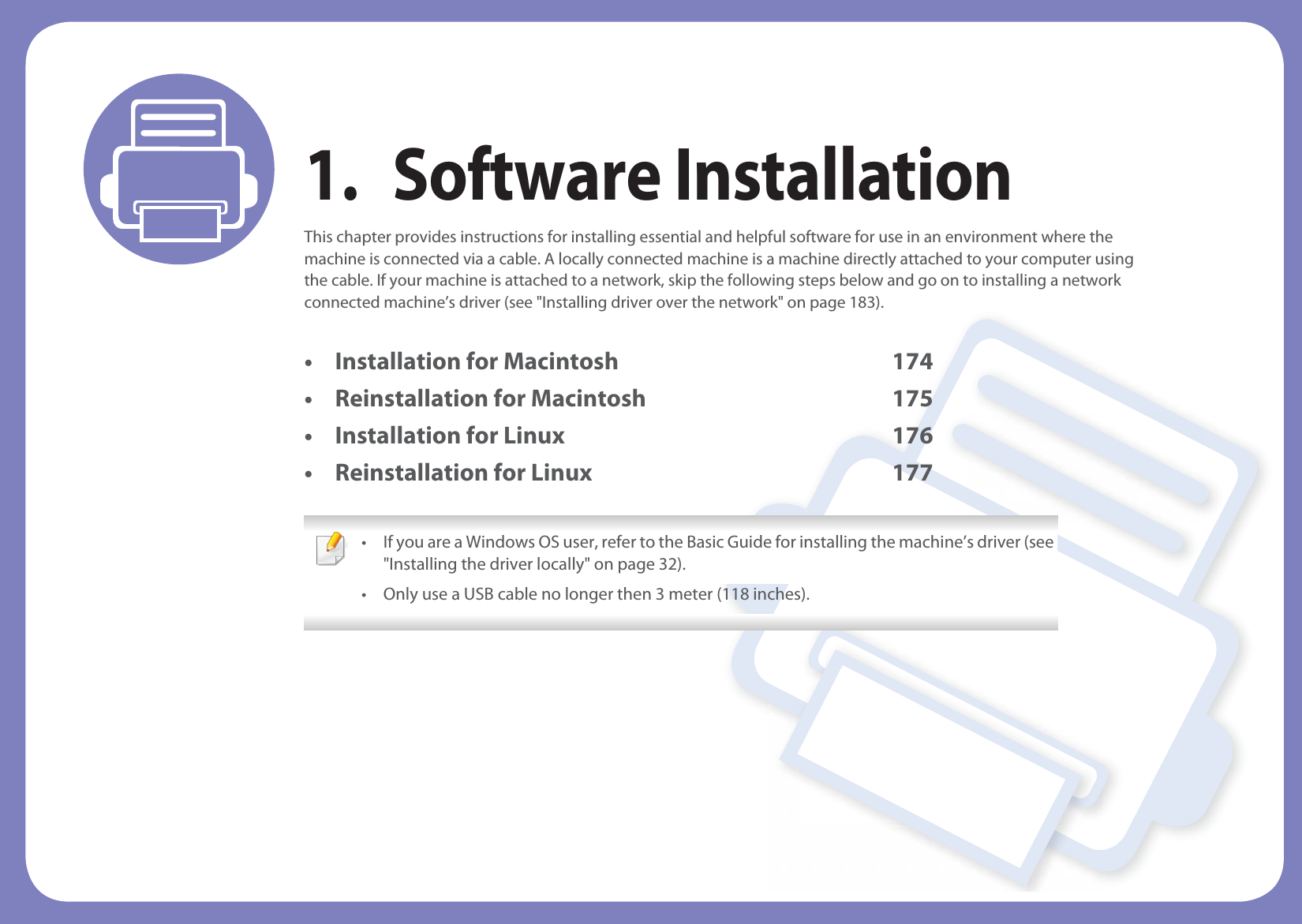
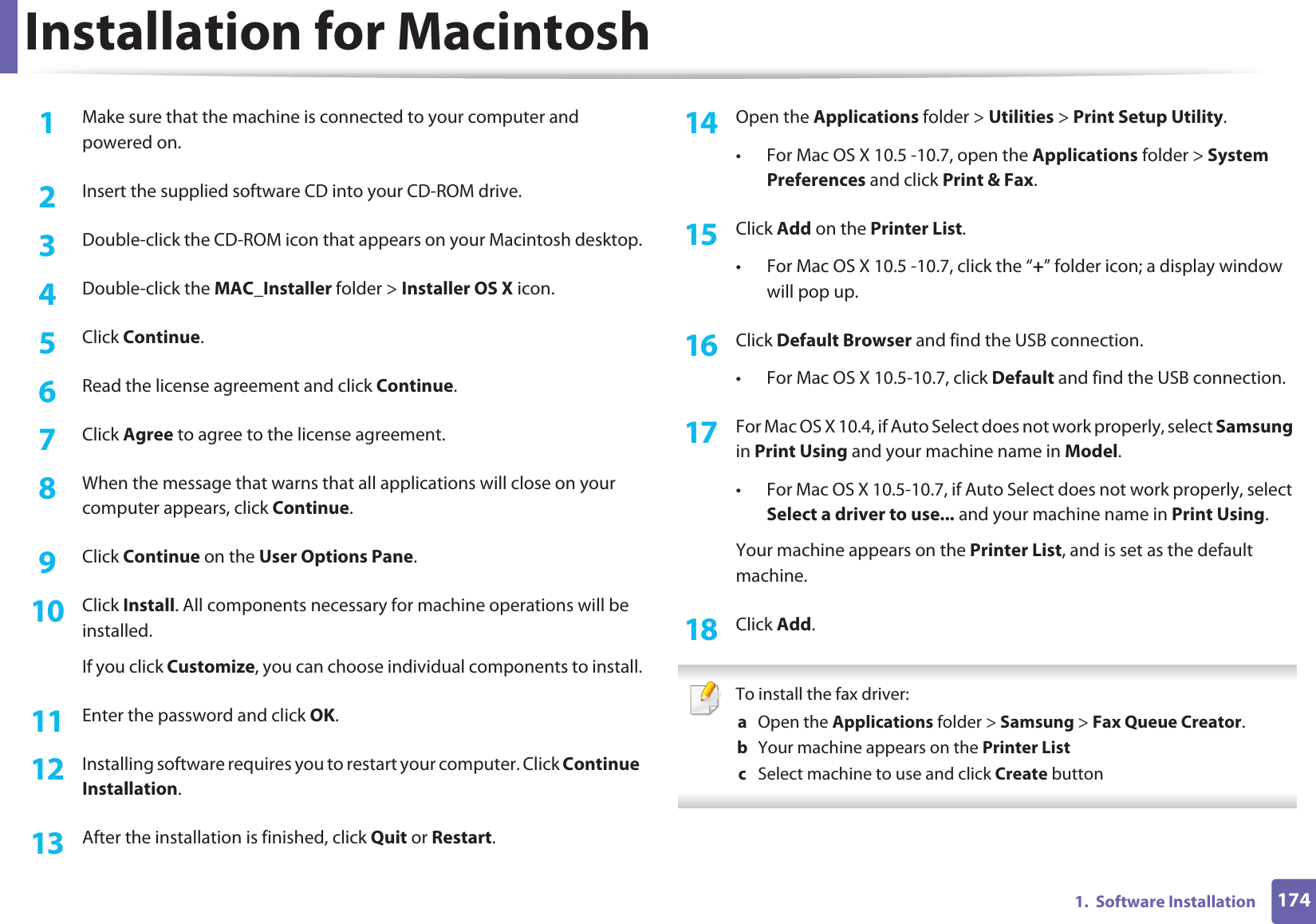
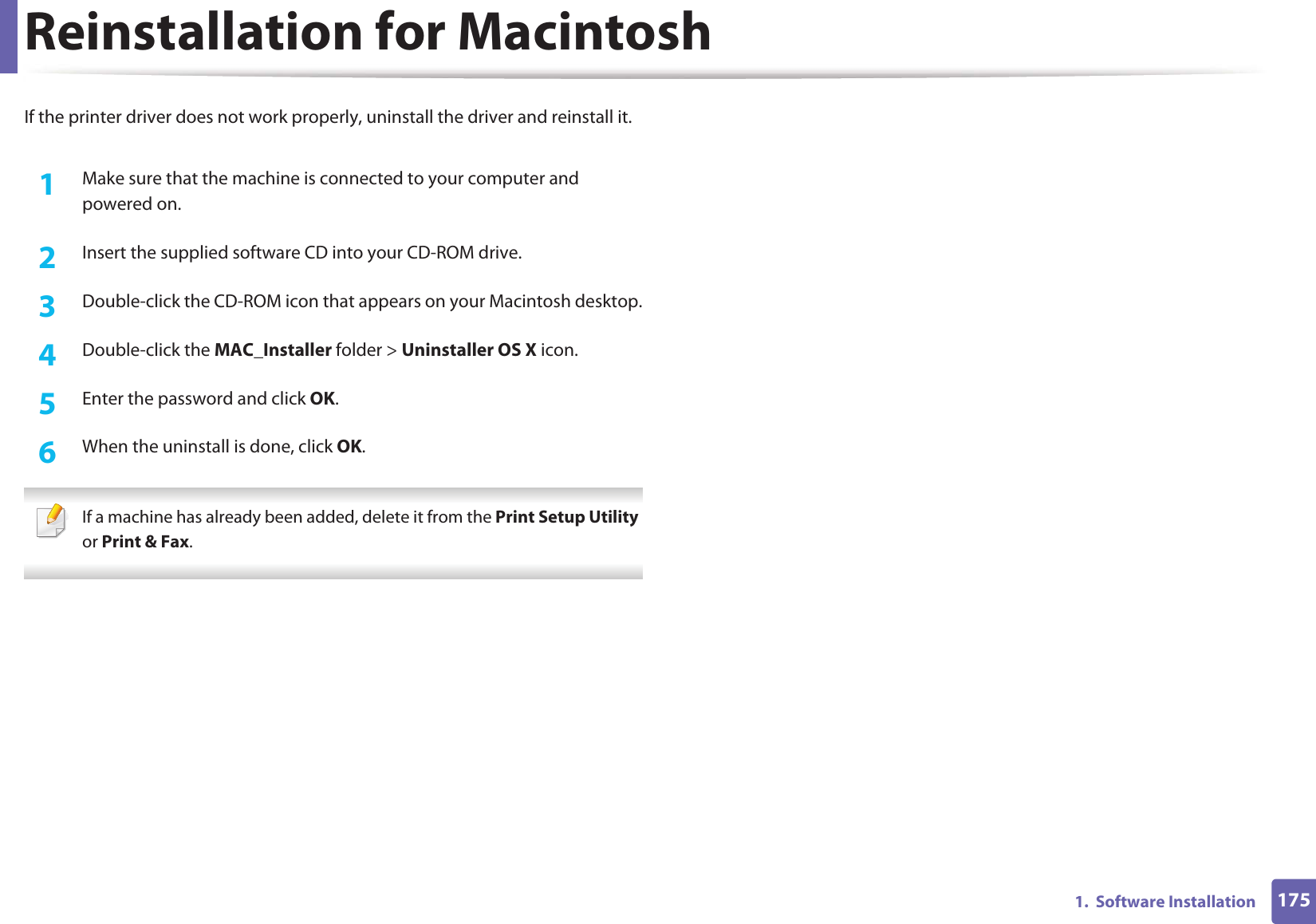
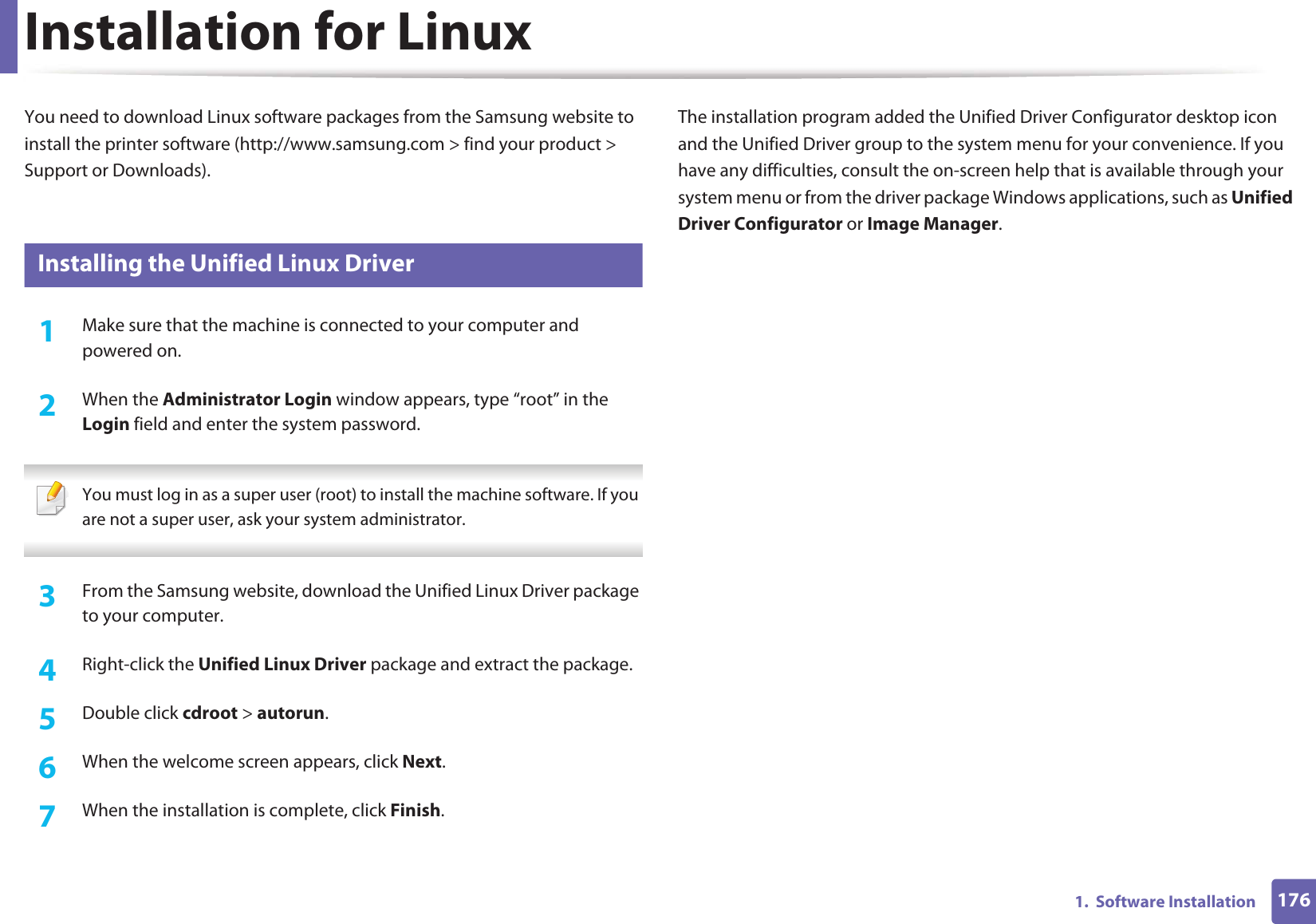
![1771. Software InstallationReinstallation for LinuxIf the printer driver does not work properly, uninstall the driver and reinstall it. 1Make sure that the machine is connected to your computer and powered on.2 When the Administrator Login window appears, type “root” in the Login field and enter the system password.You must log in as a super user (root) to uninstall the printer driver. If you are not a super user, ask your system administrator.3 Click the icon at the bottom of the desktop. When the Terminal screen appears, type in the following.[root@localhost root]#cd /opt/Samsung/mfp/uninstall/[root@localhost uninstall]#./uninstall.sh4 Click Uninstall.5 Click Next. 6 Click Finish.](https://usermanual.wiki/Samsung-Electronics-Co/CLX4195FW.Users-Manual-4/User-Guide-1680988-Page-49.png)
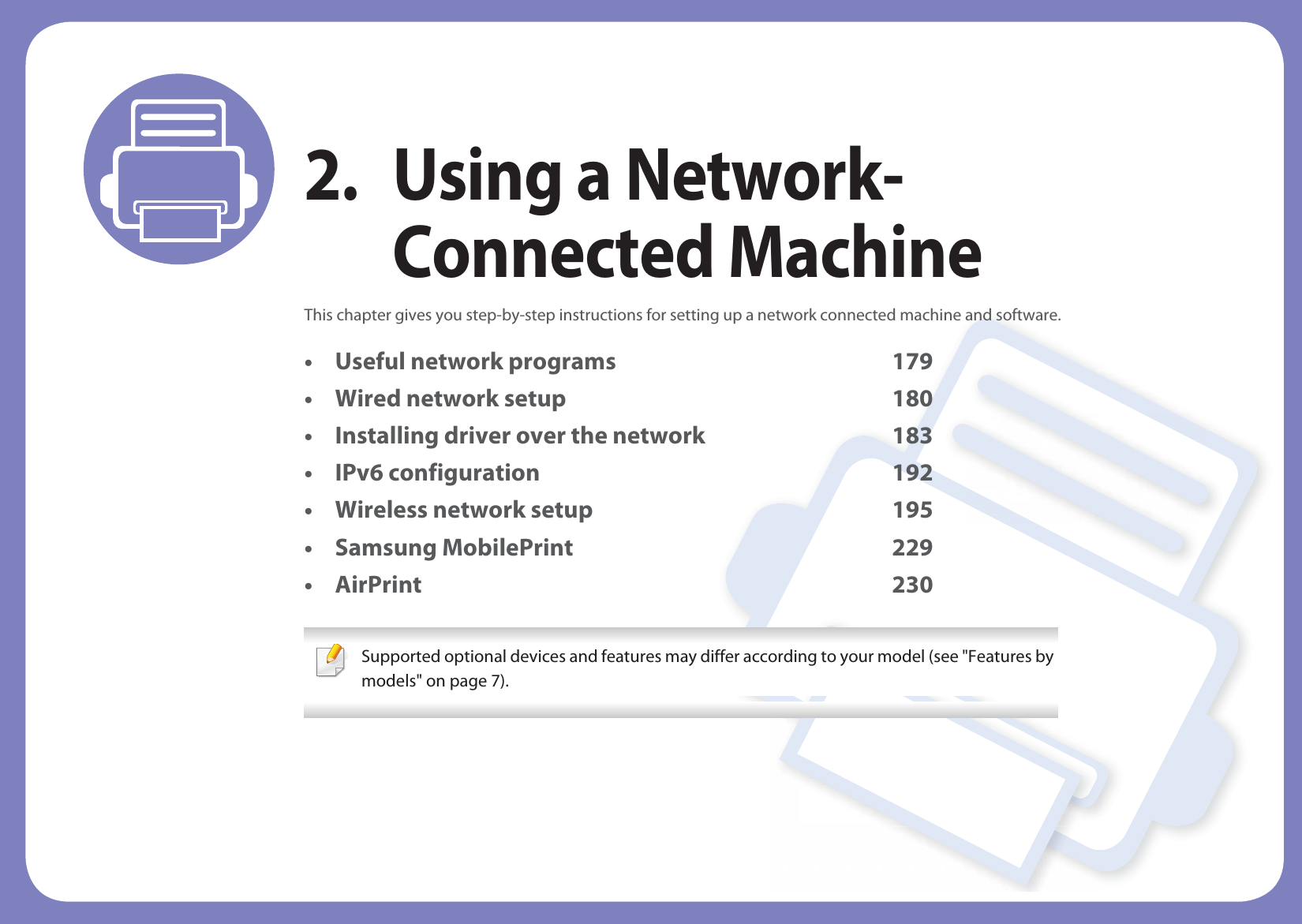
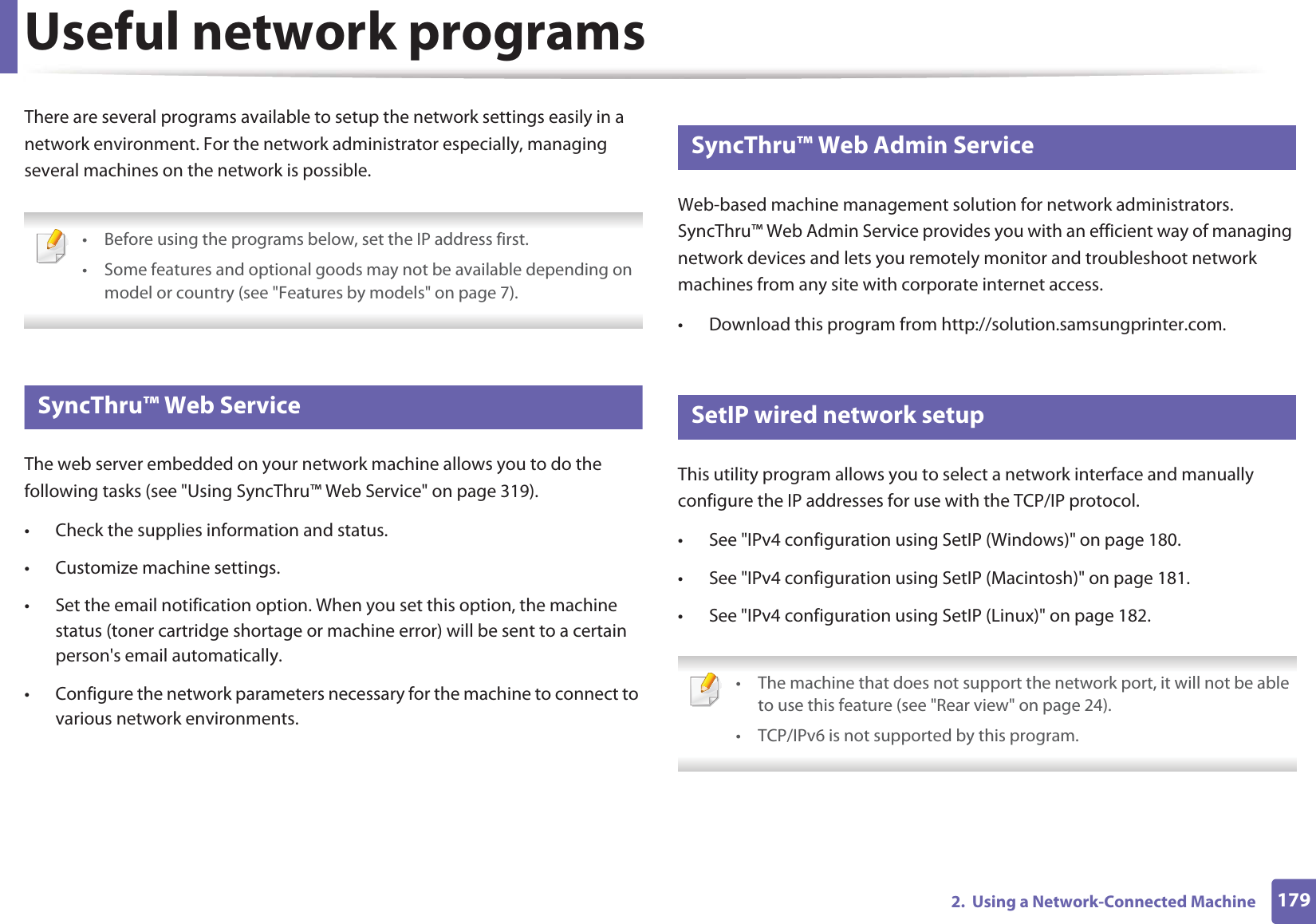
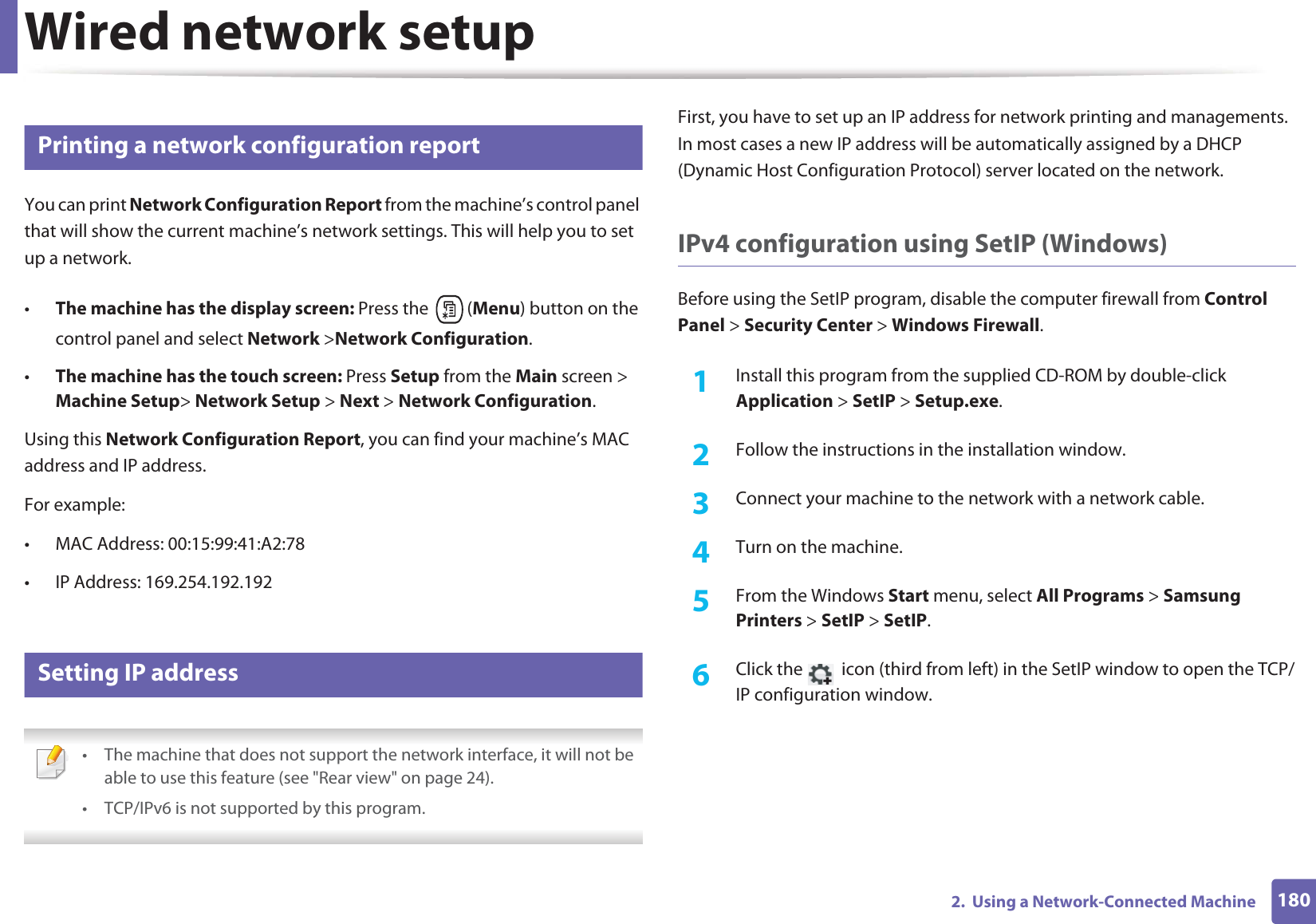
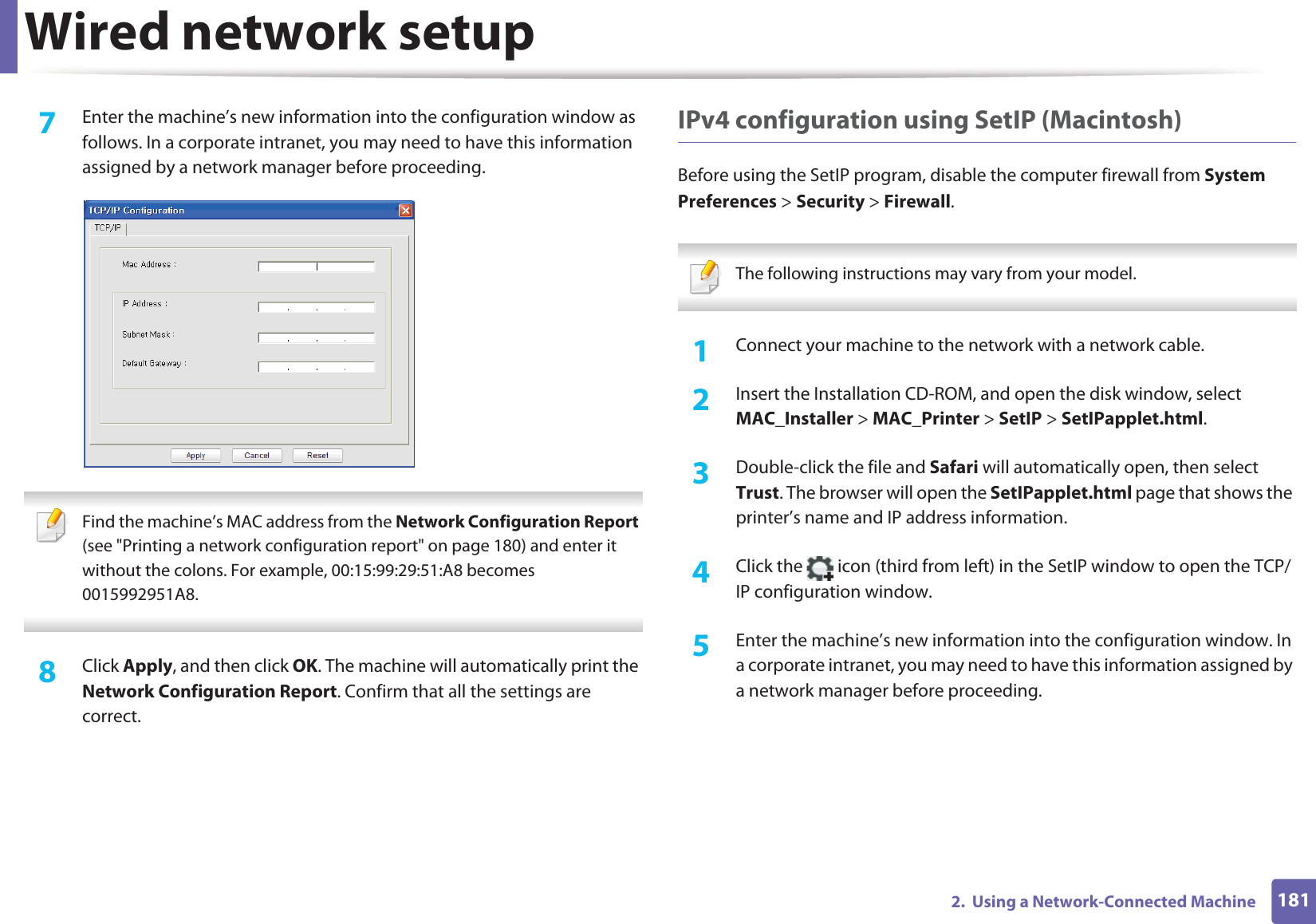
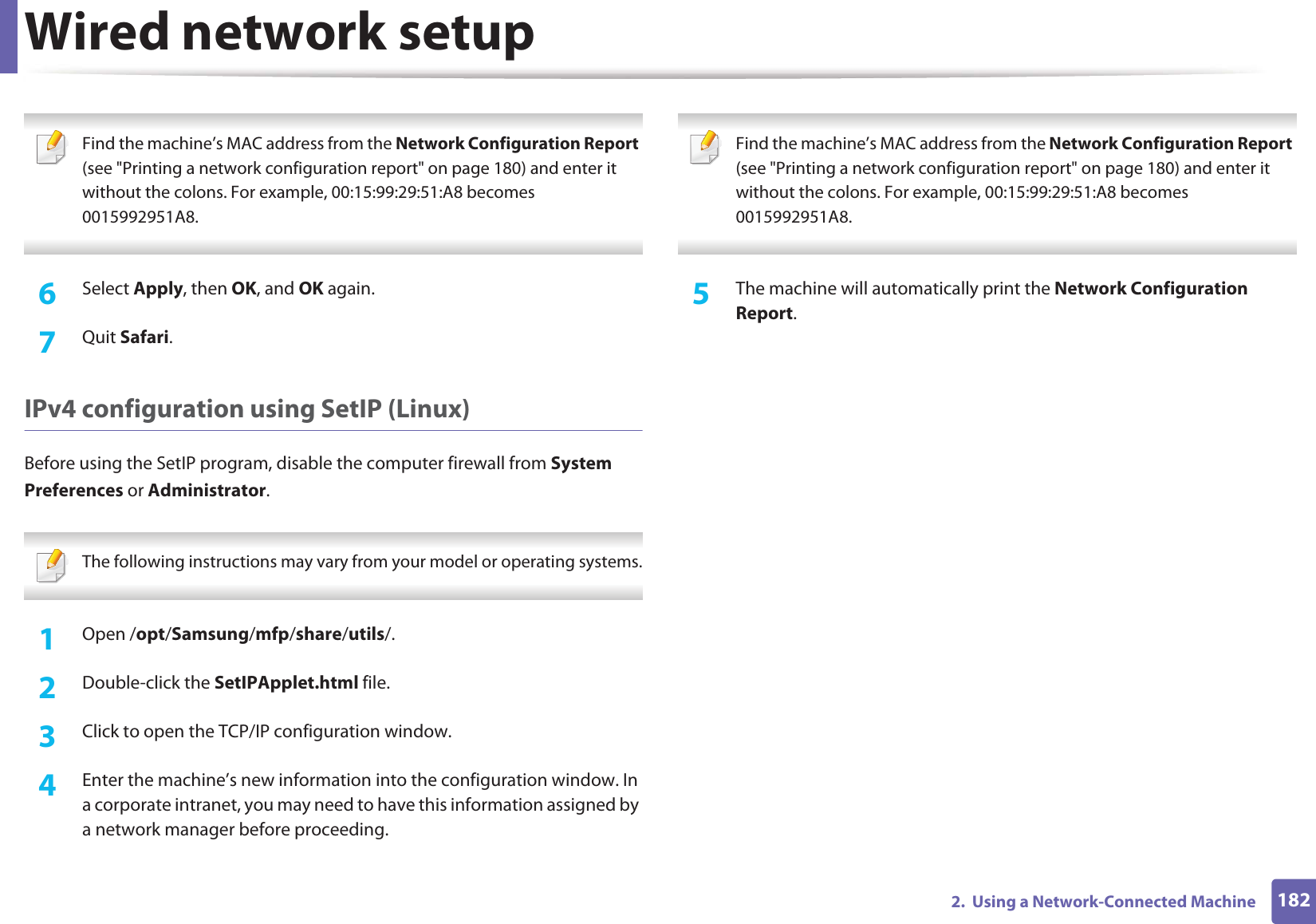
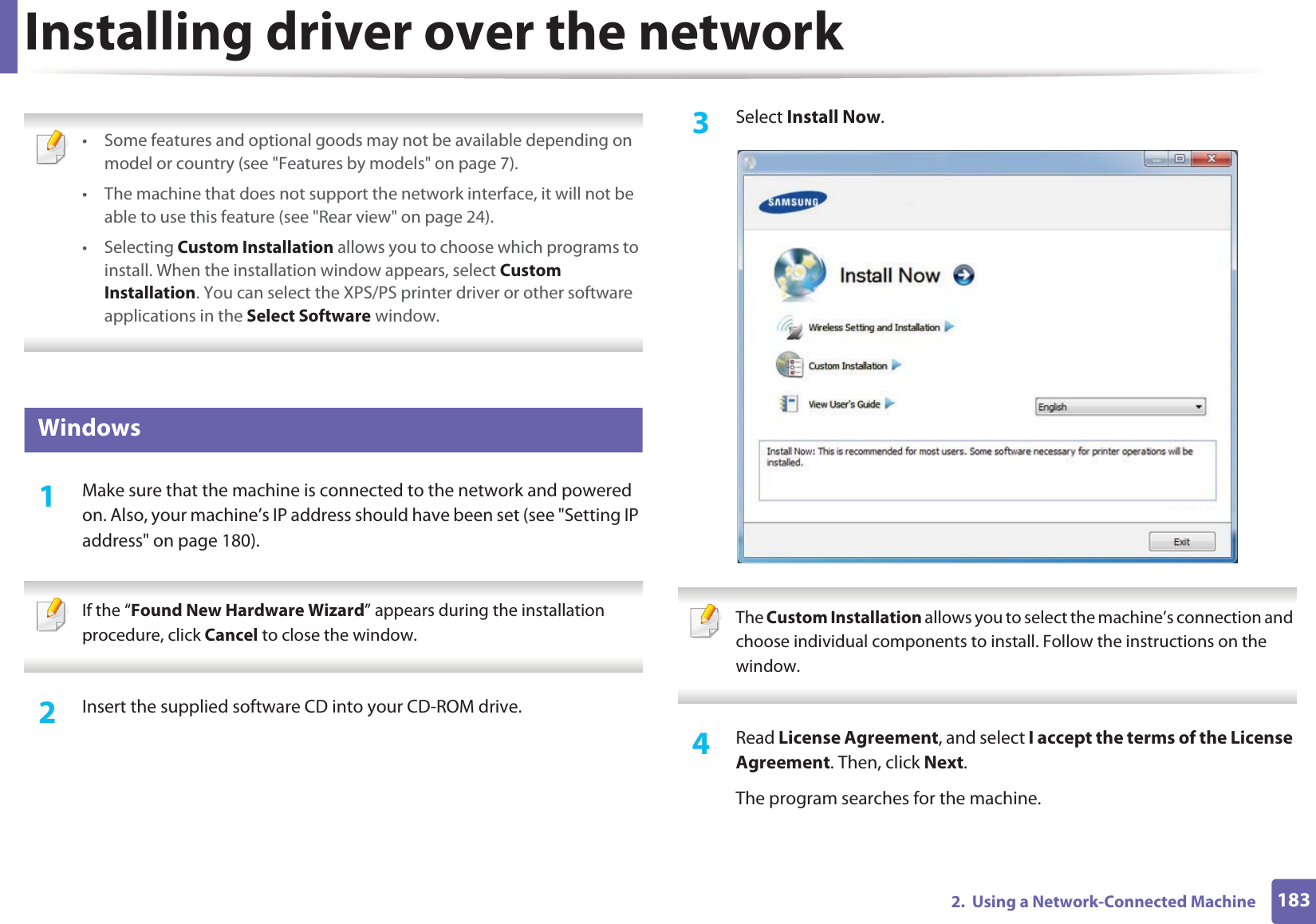
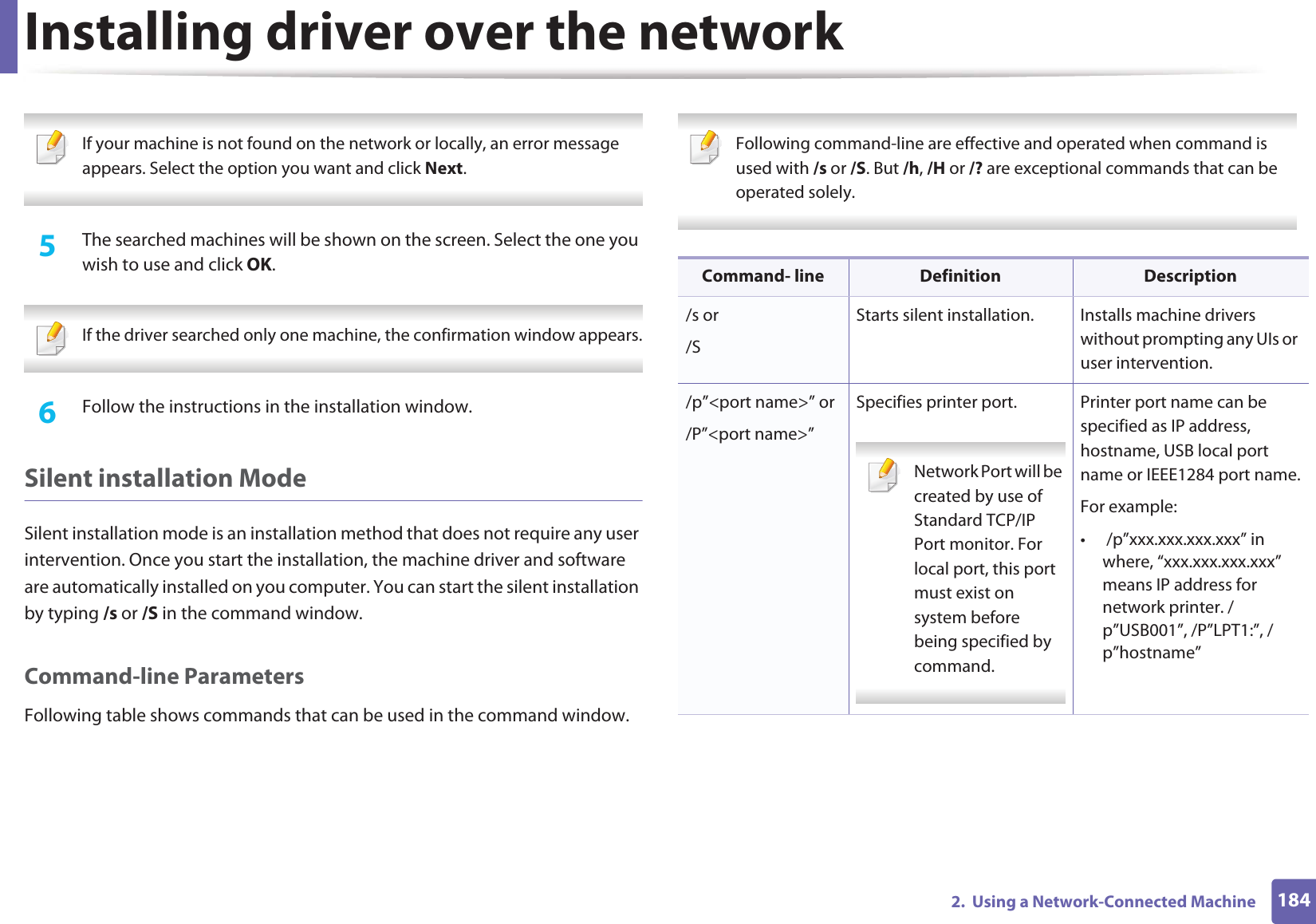
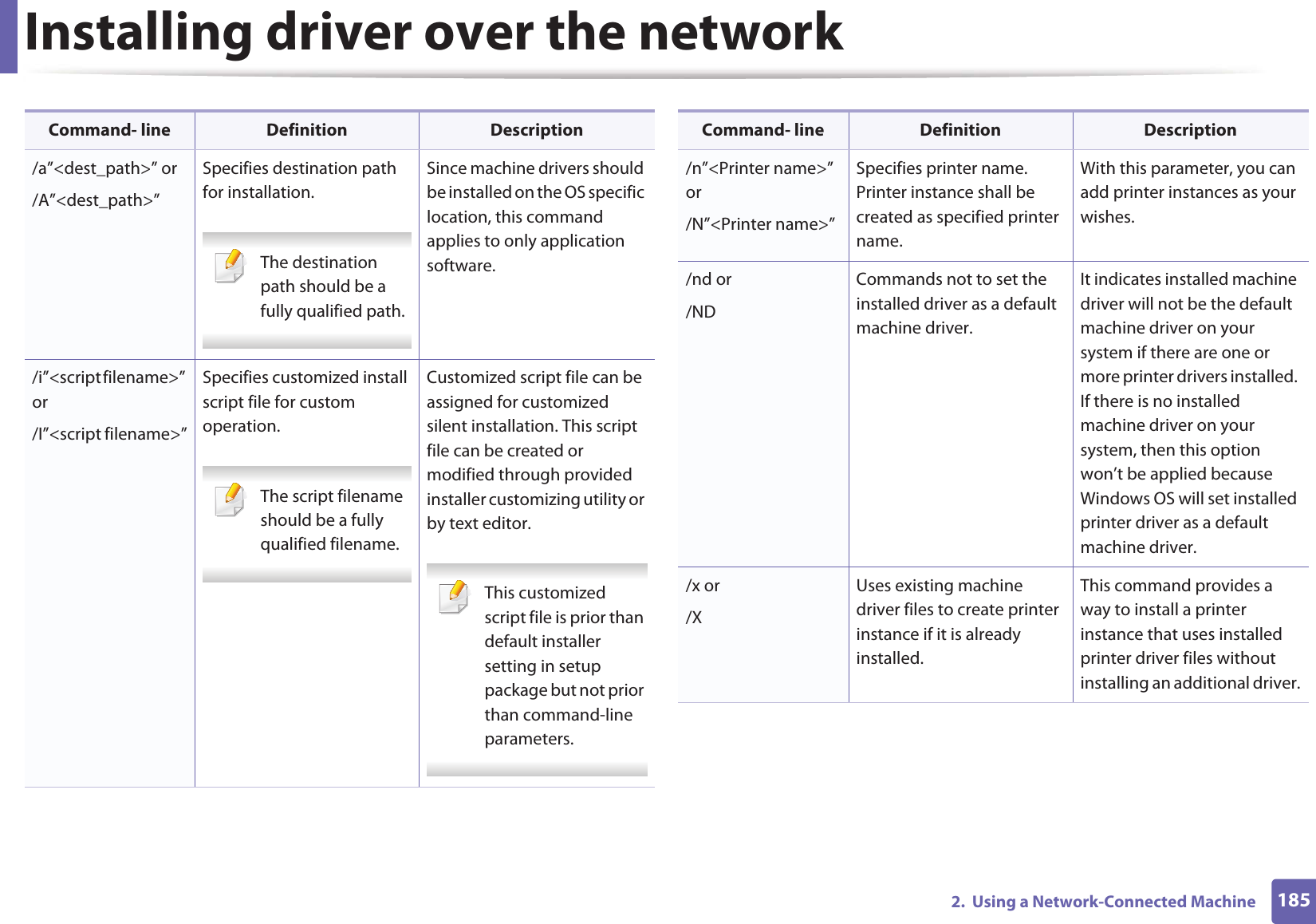
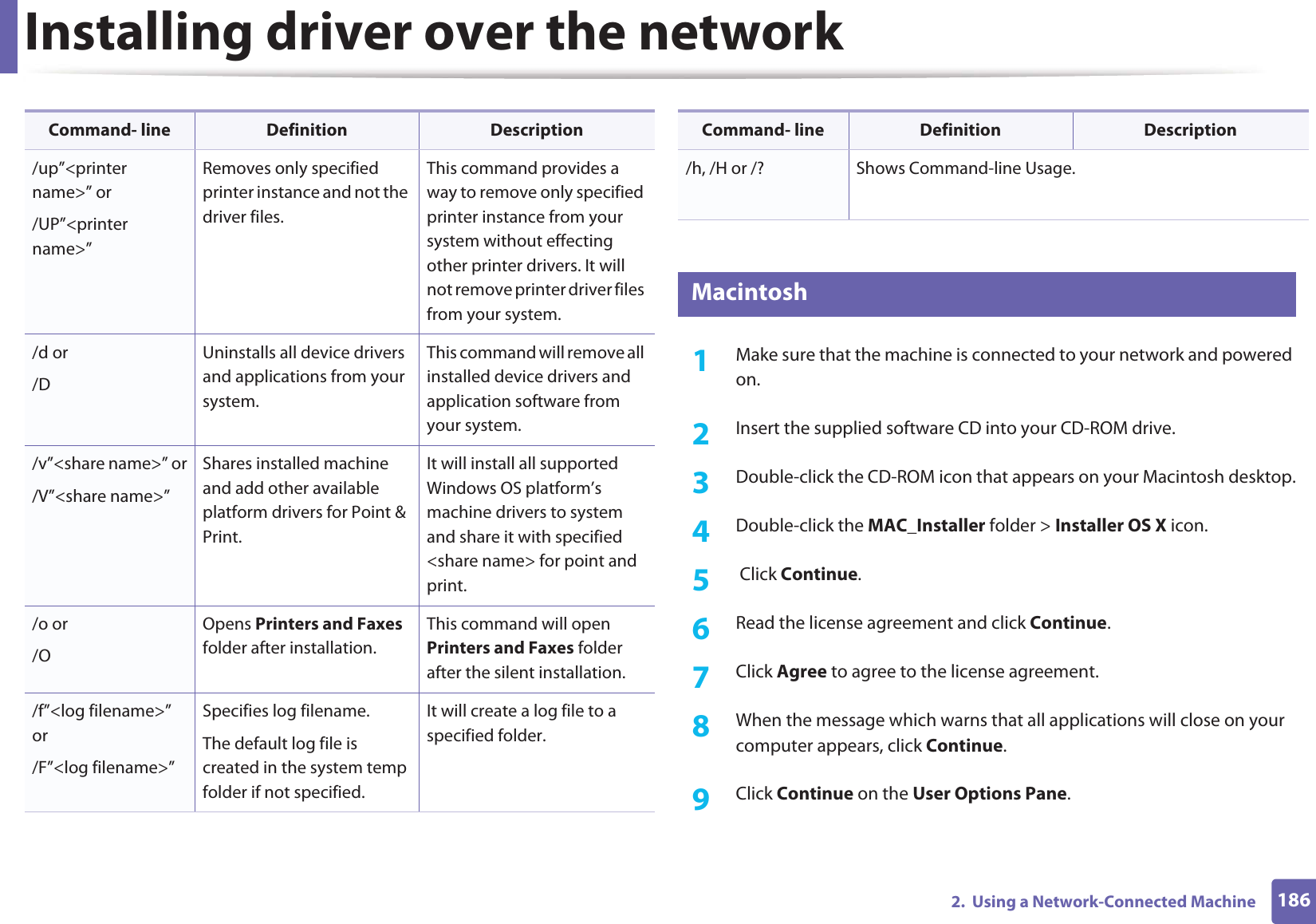
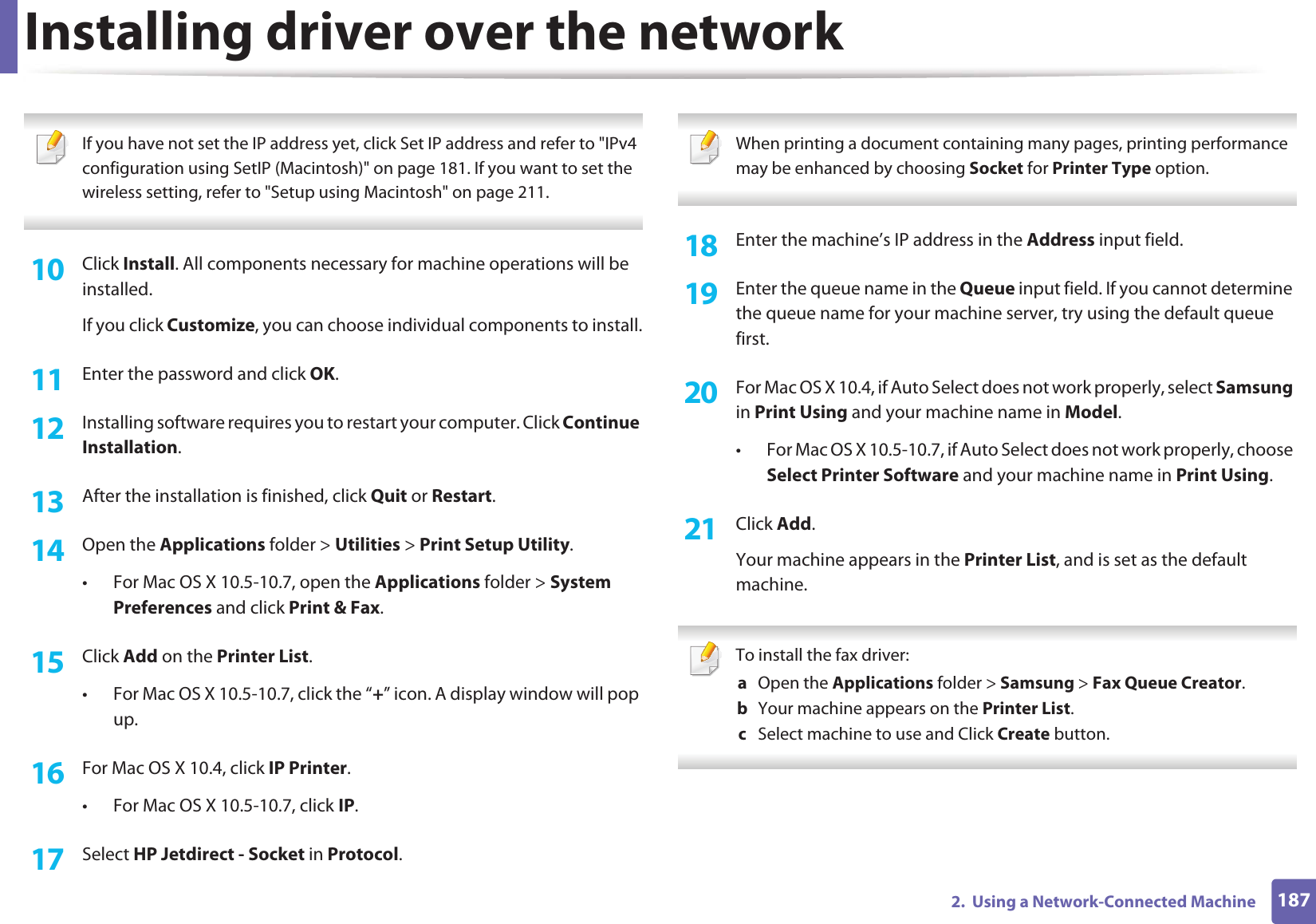
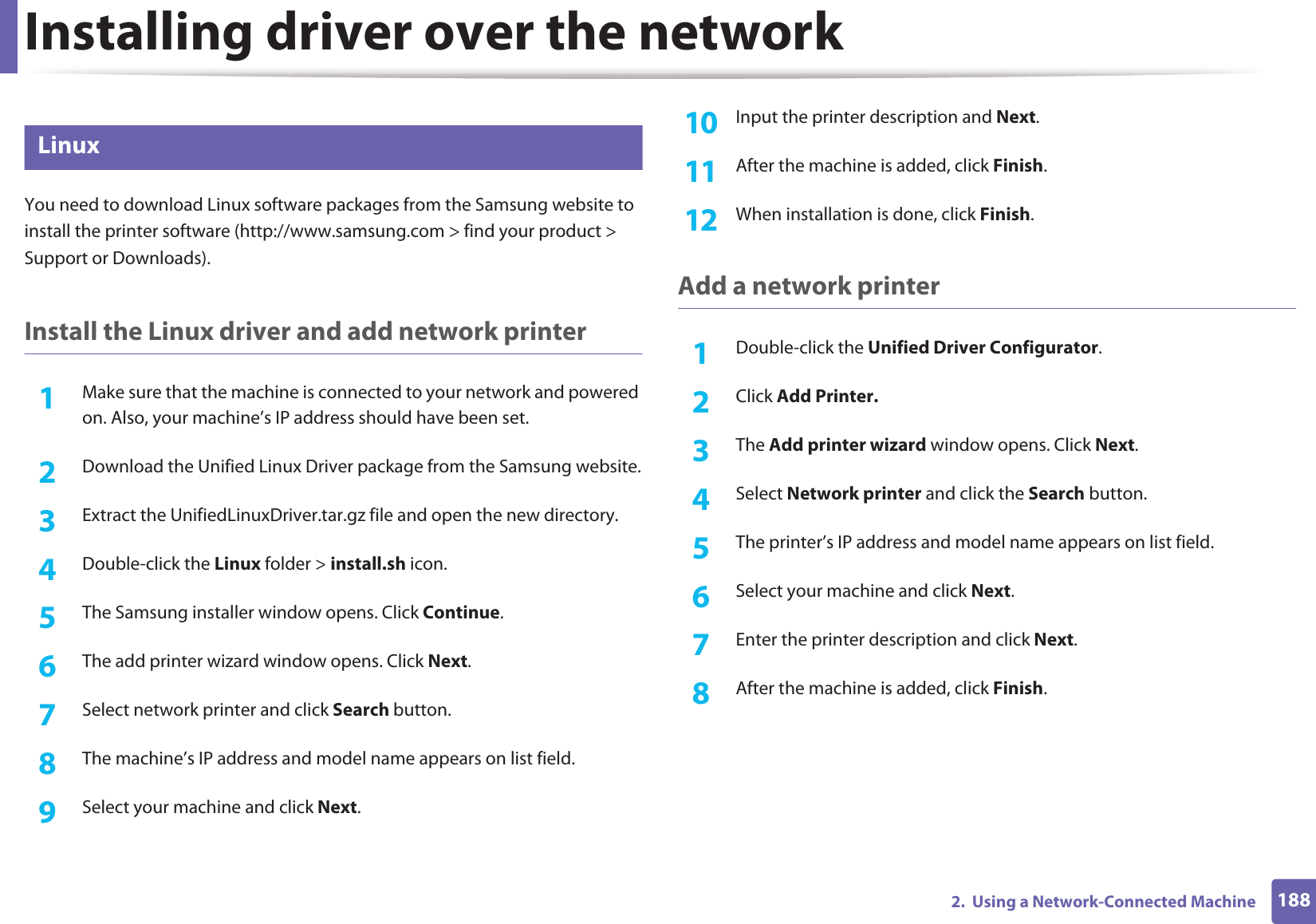
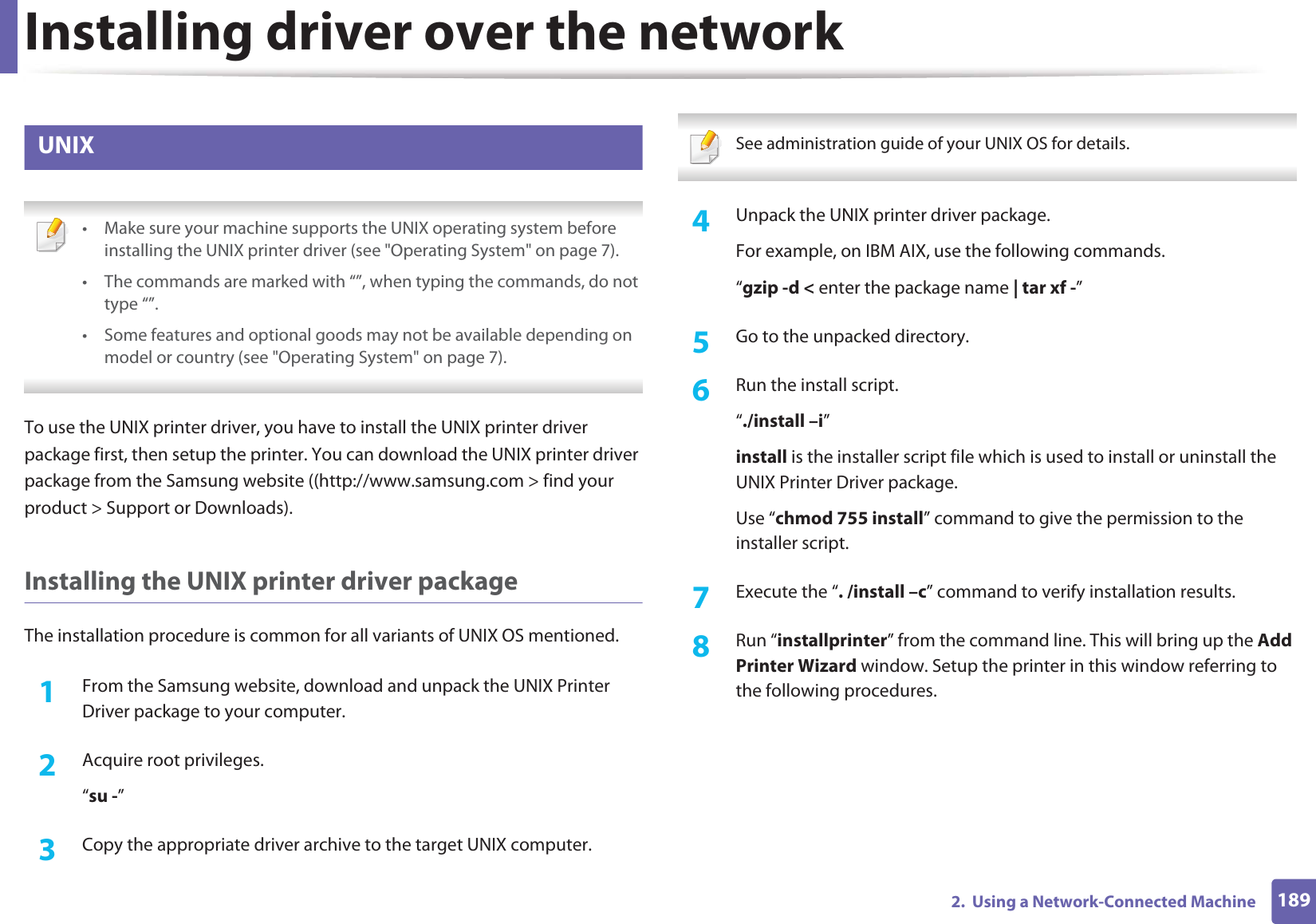
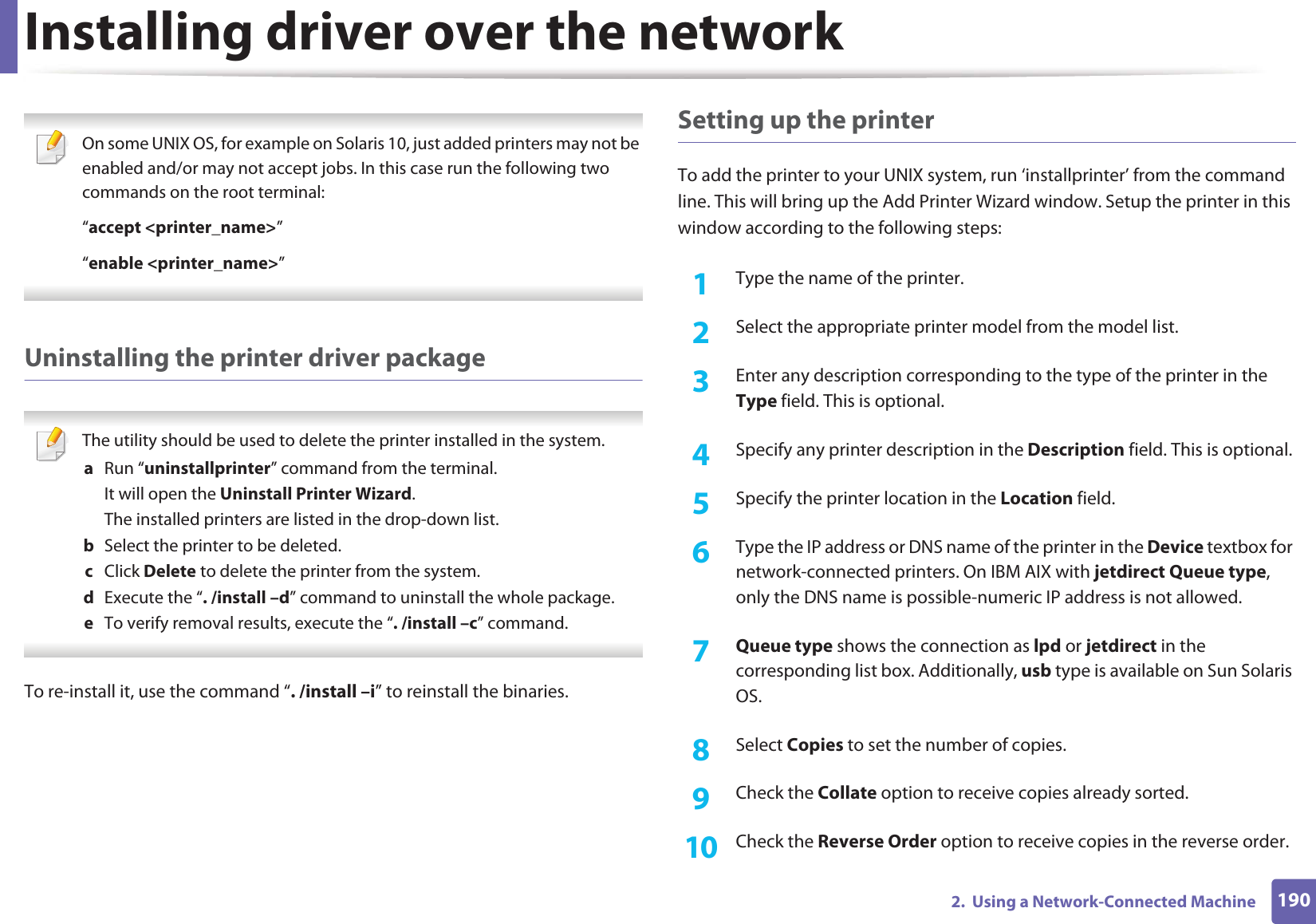
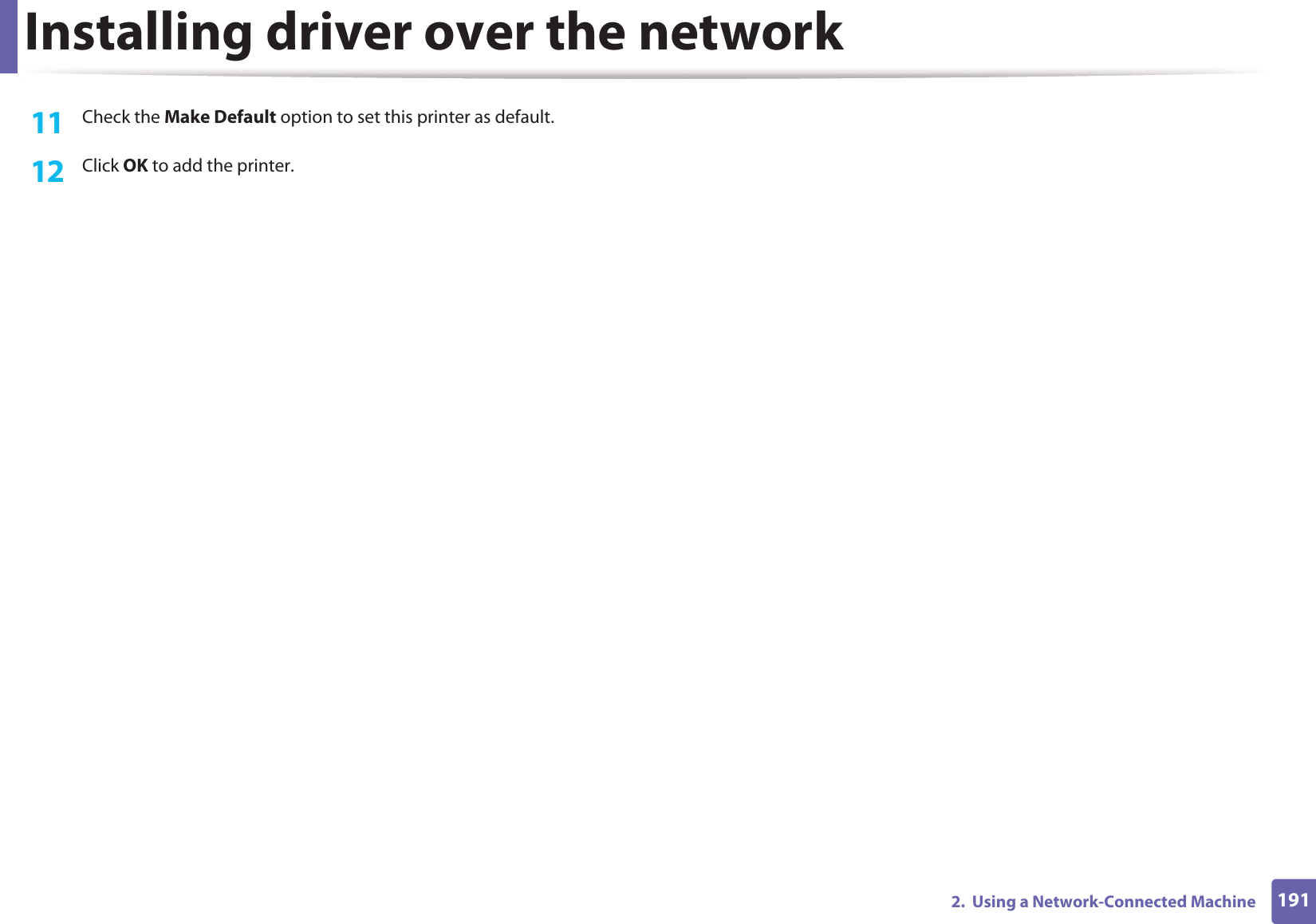
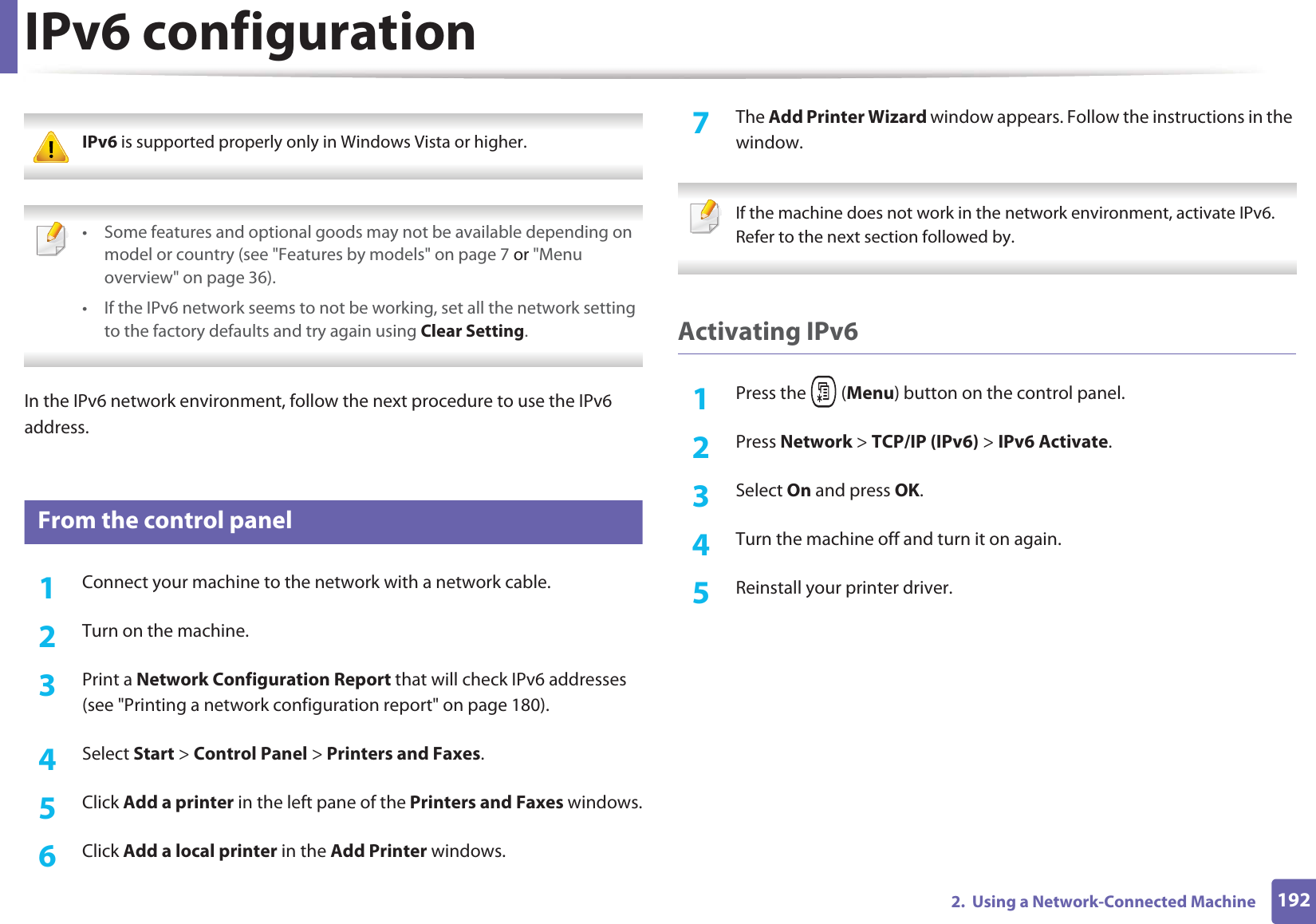
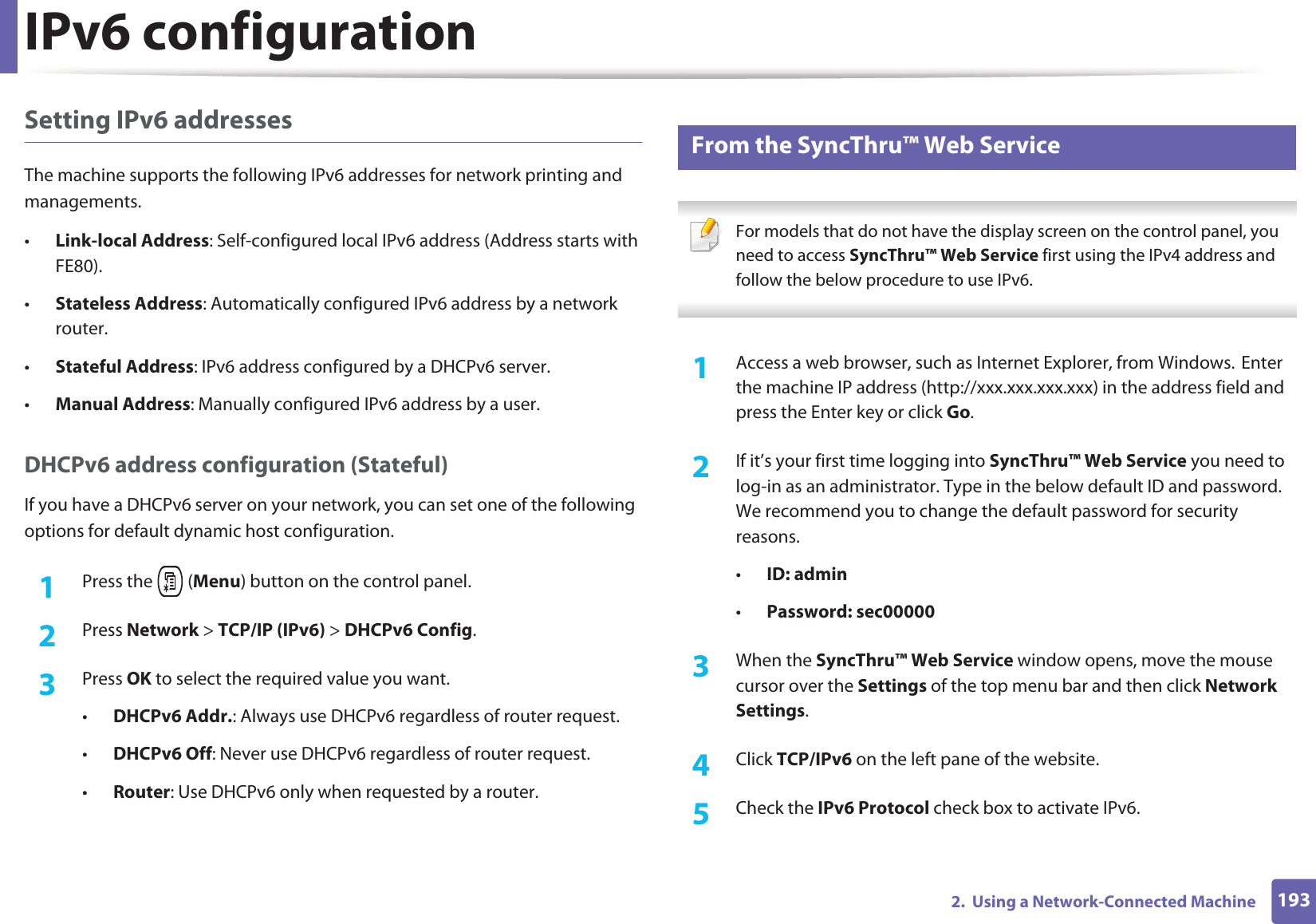
![IPv6 configuration1942. Using a Network-Connected Machine6 Check the Manual Address check box. Then, the Address/Prefix text box is activated.7 Enter the rest of the address (e.g.,:3FFE:10:88:194::AAAA. “A” is the hexadecimal 0 through 9, A through F).8 Choose the DHCPv6 configuration.9 Click the Apply button.Using SyncThru™ Web Service1Start a web browser, such as Internet Explorer, that supports IPv6 addressing as a URL.2 Select one of the IPv6 addresses (Link-local Address, Stateless Address, Stateful Address, Manual Address) from Network Configuration Report (see "Printing a network configuration report" on page 180).3 Enter the IPv6 addresses (e.g.,: http://[FE80::215:99FF:FE66:7701]). Address must be enclosed in '[ ]' brackets.](https://usermanual.wiki/Samsung-Electronics-Co/CLX4195FW.Users-Manual-4/User-Guide-1680988-Page-66.png)
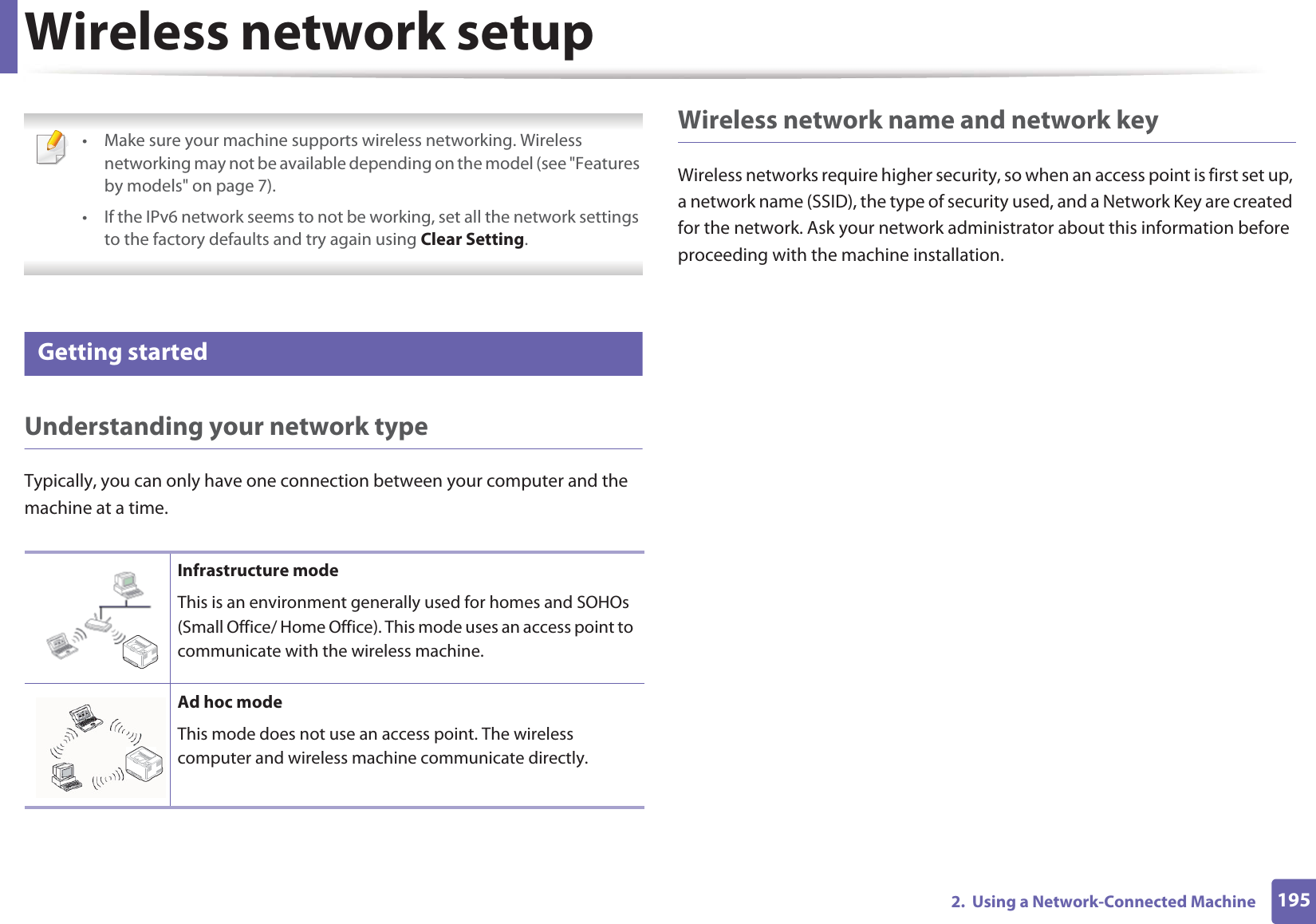
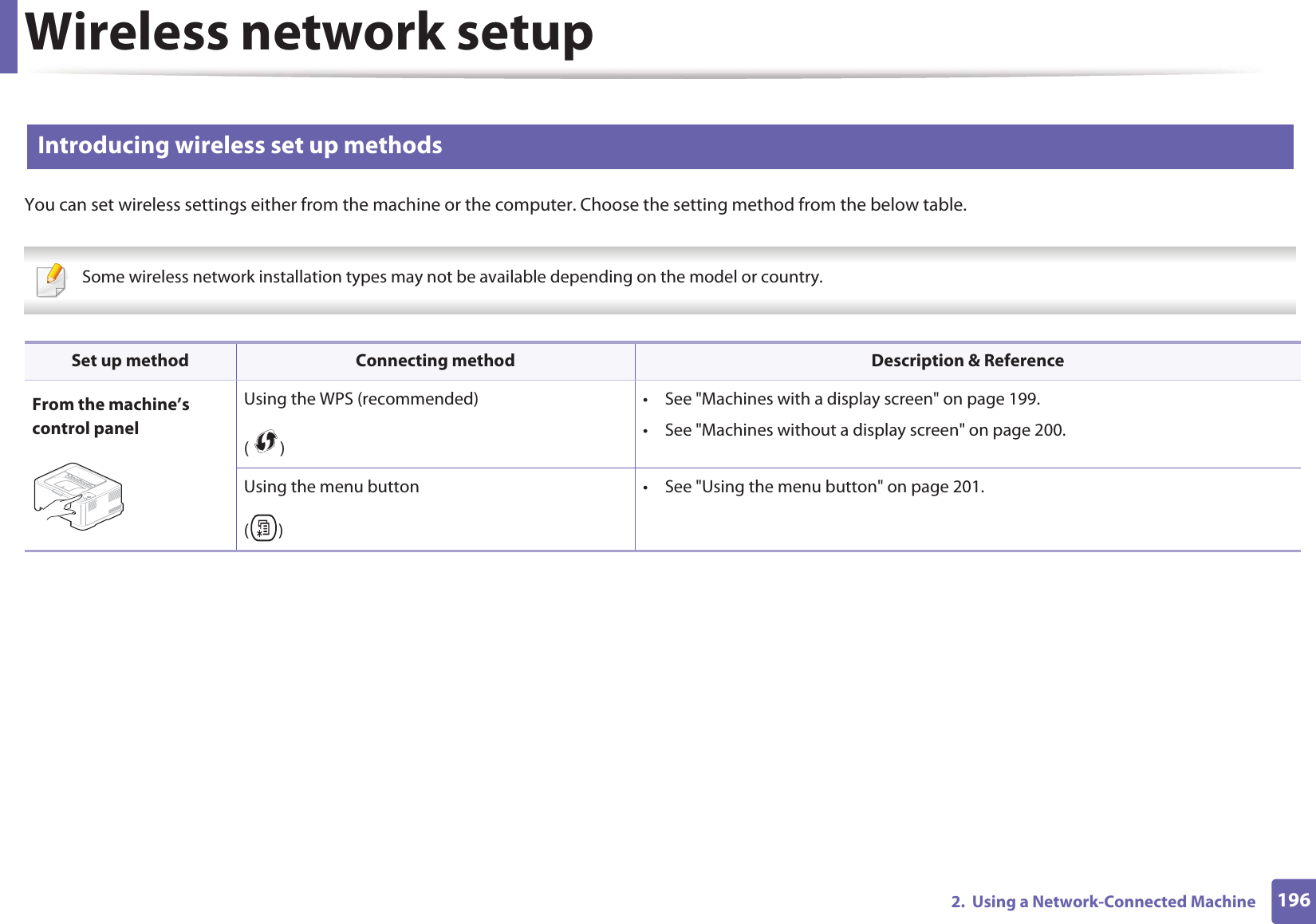
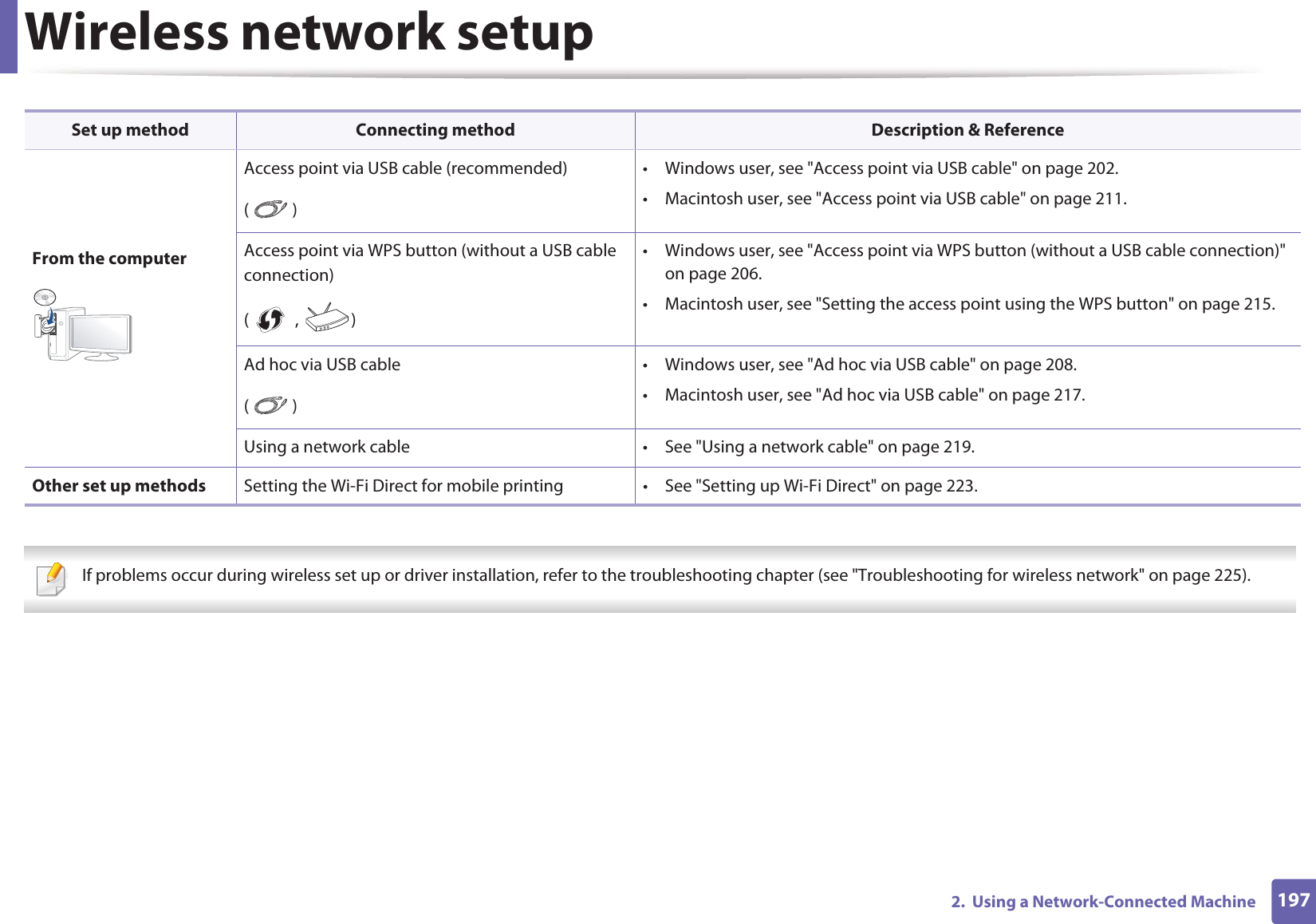
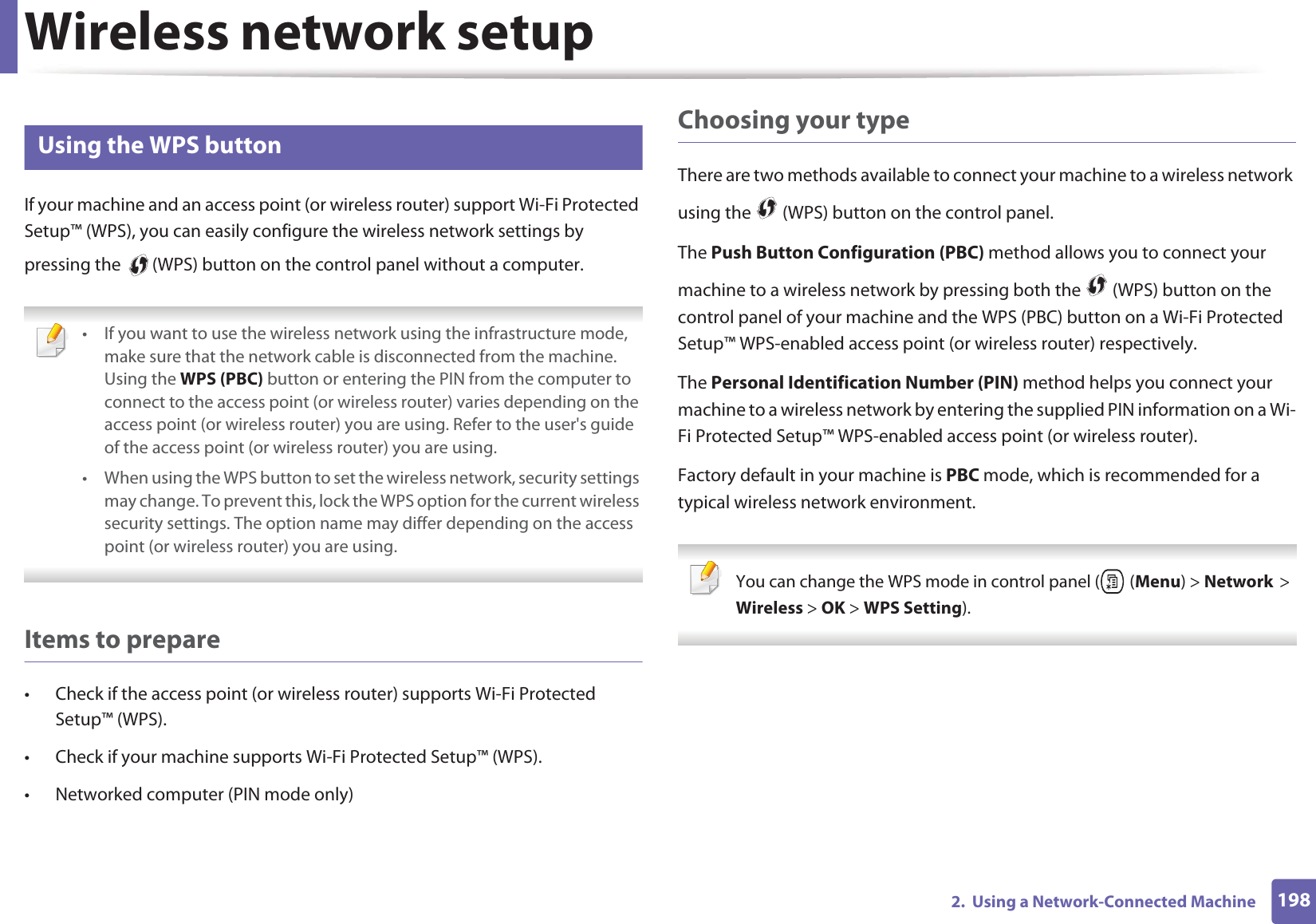
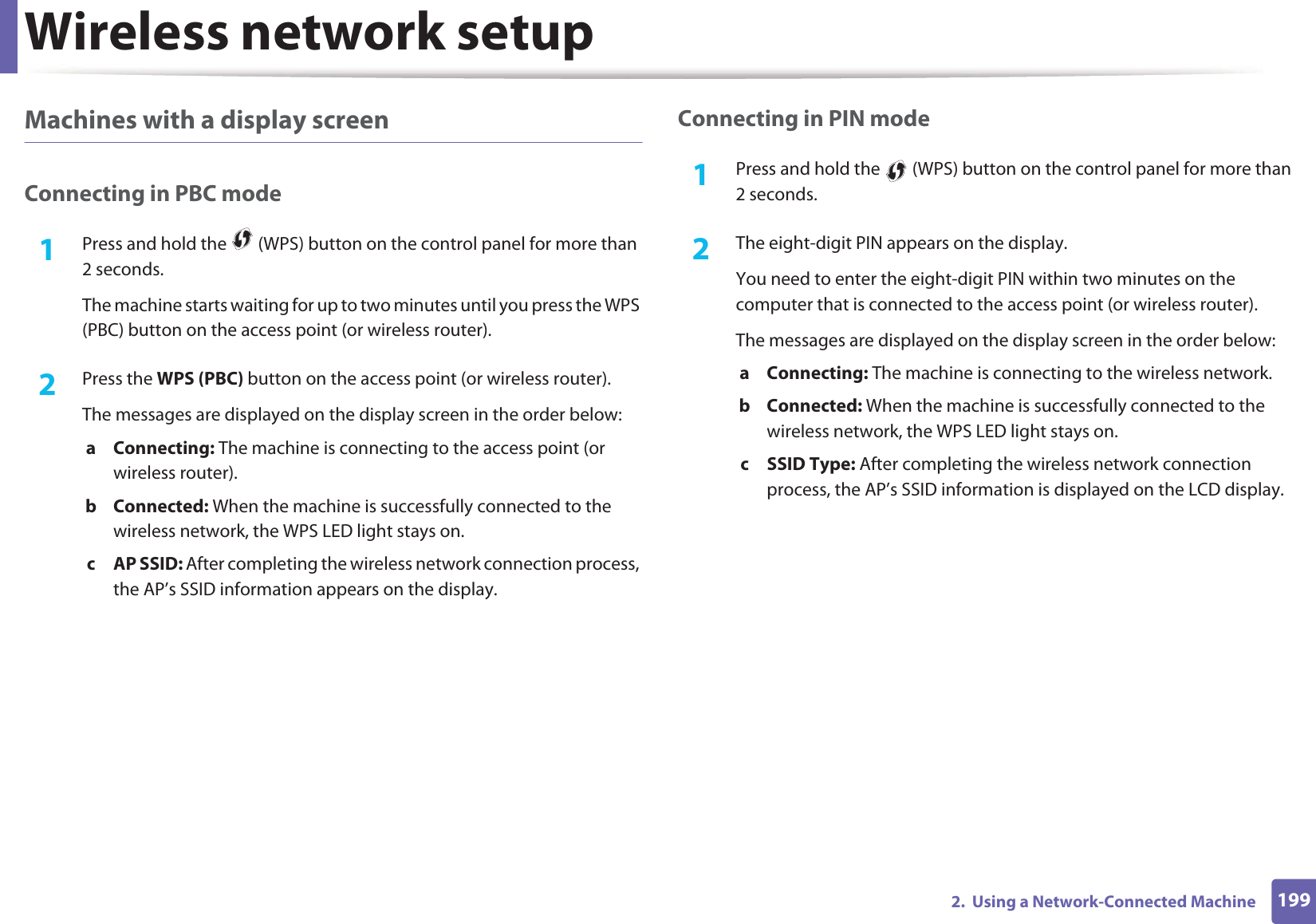
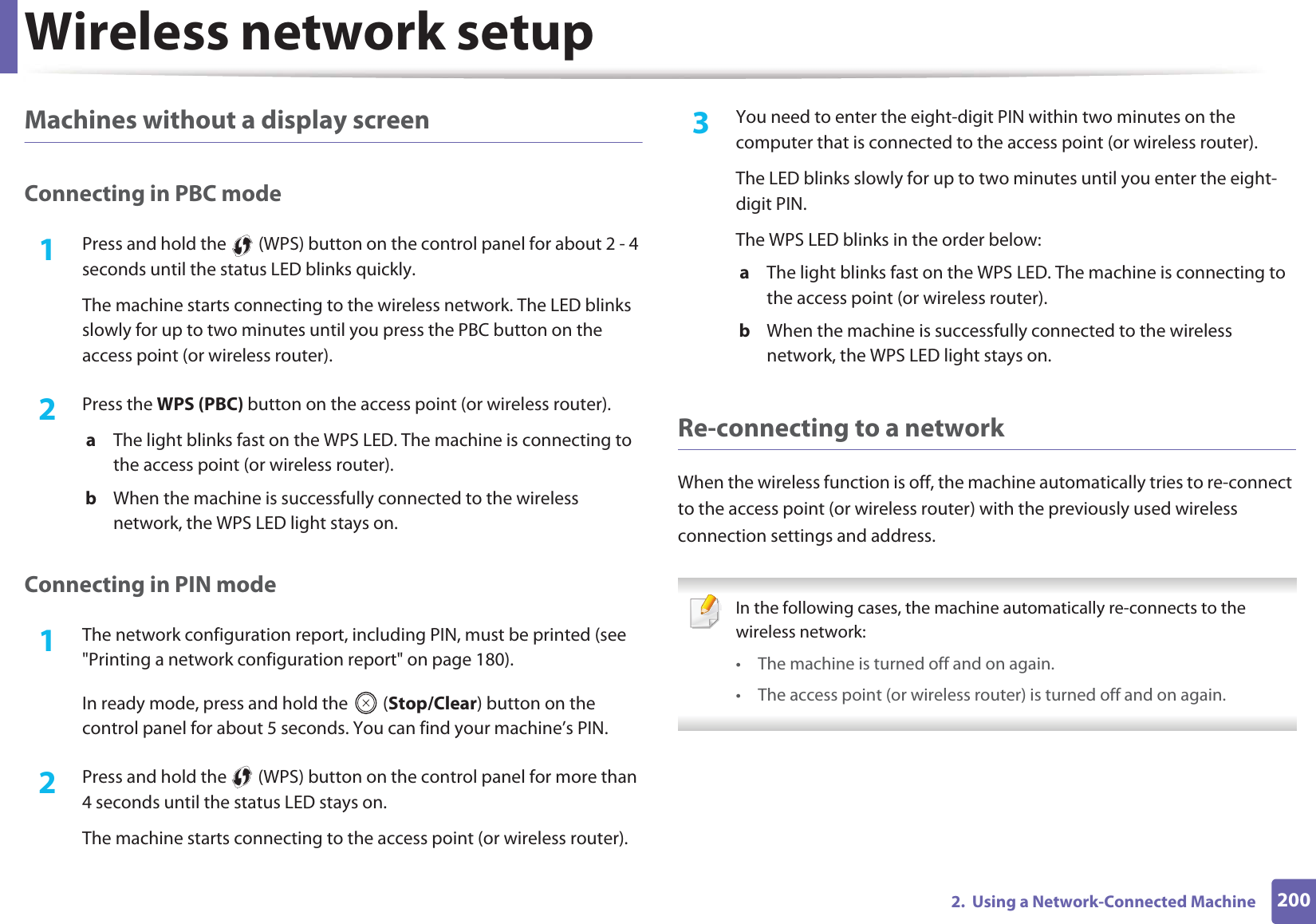
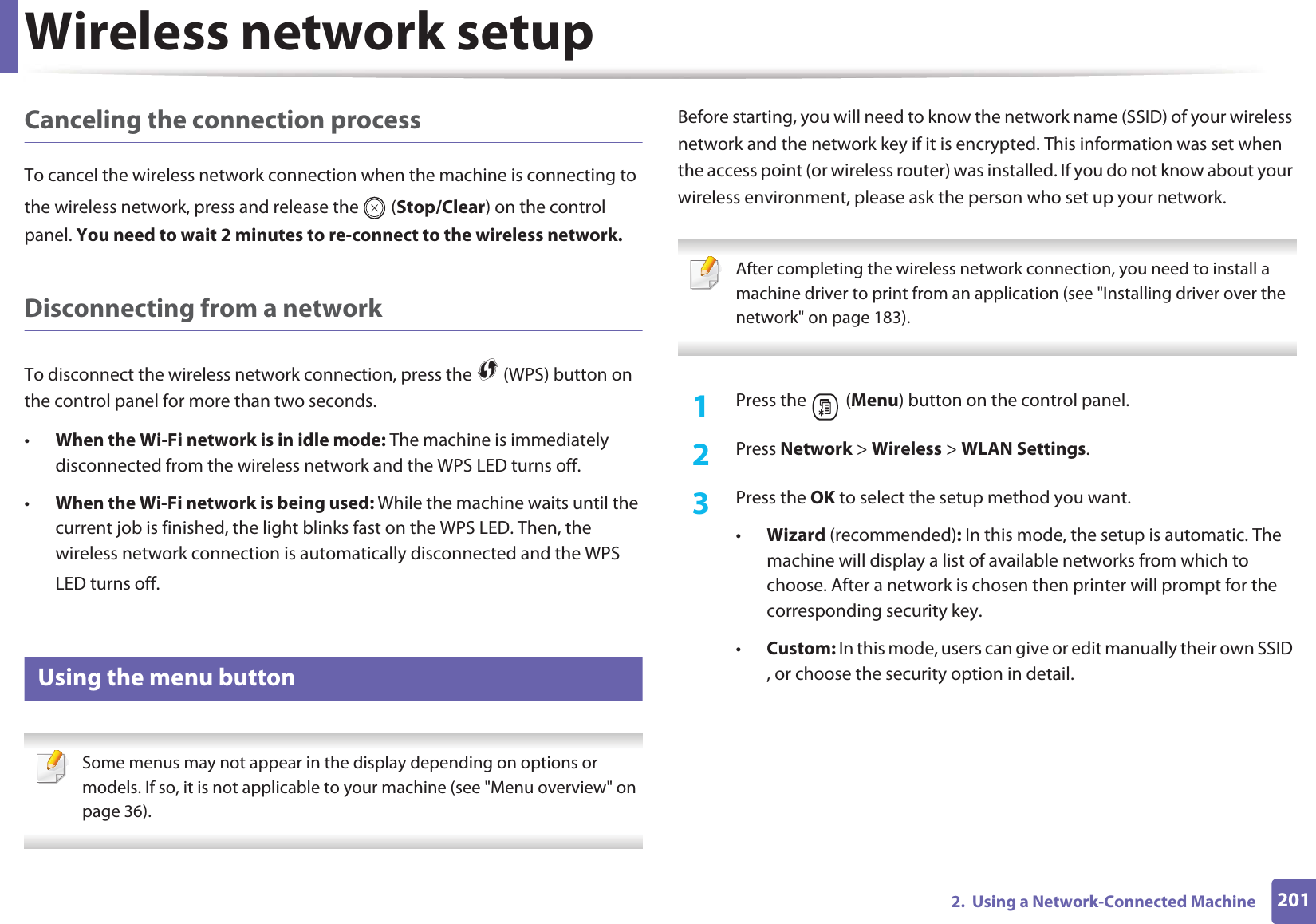
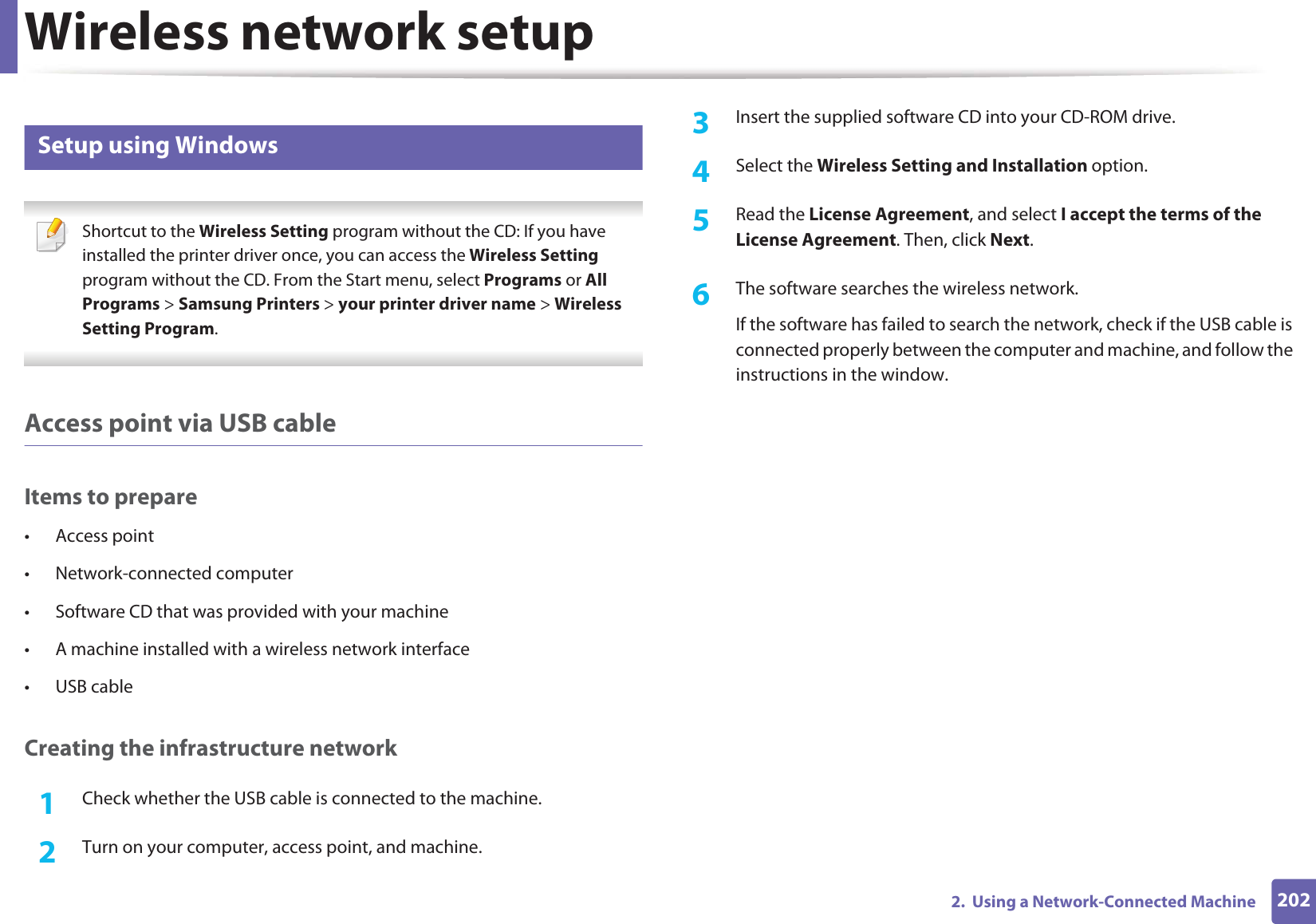
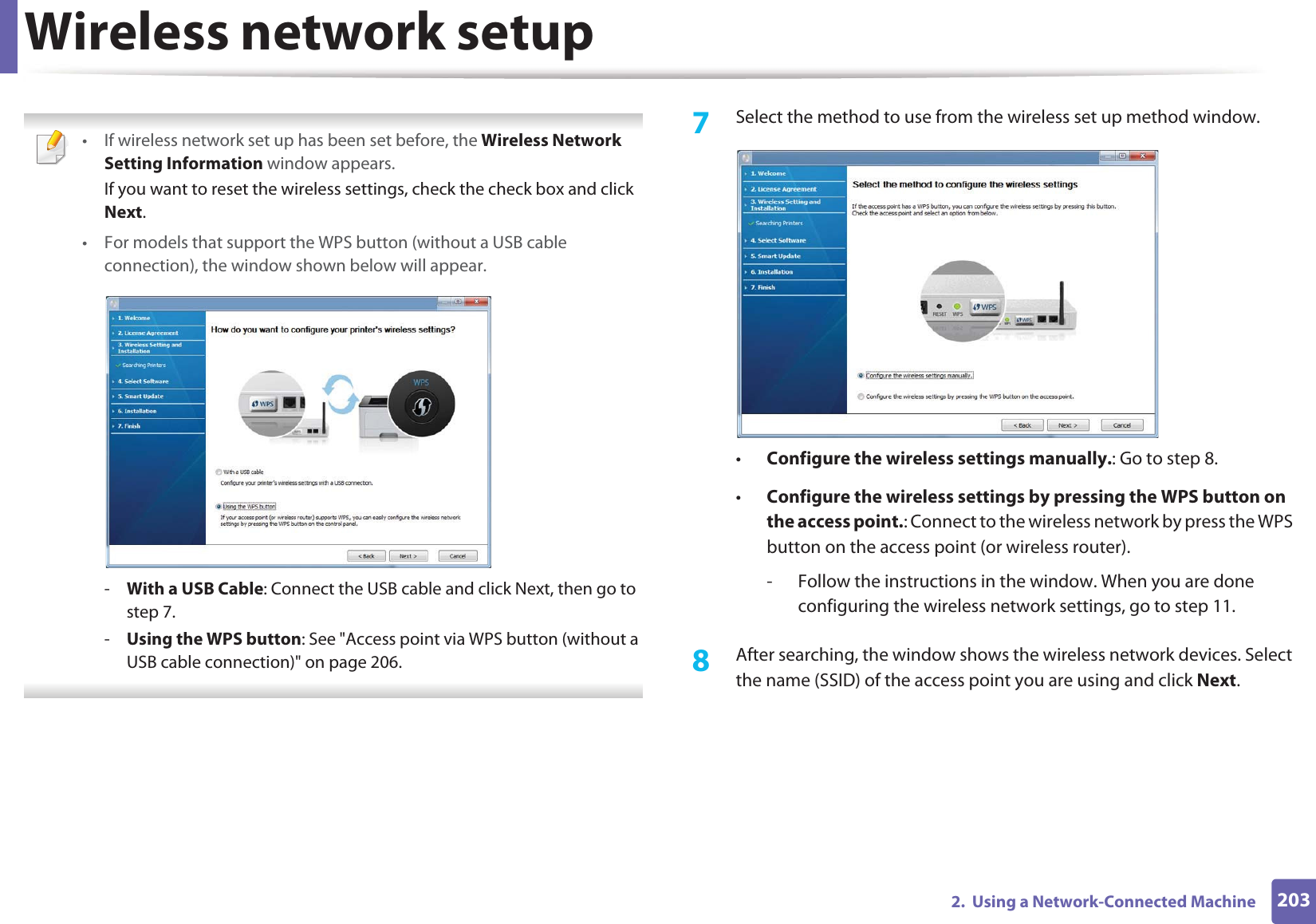
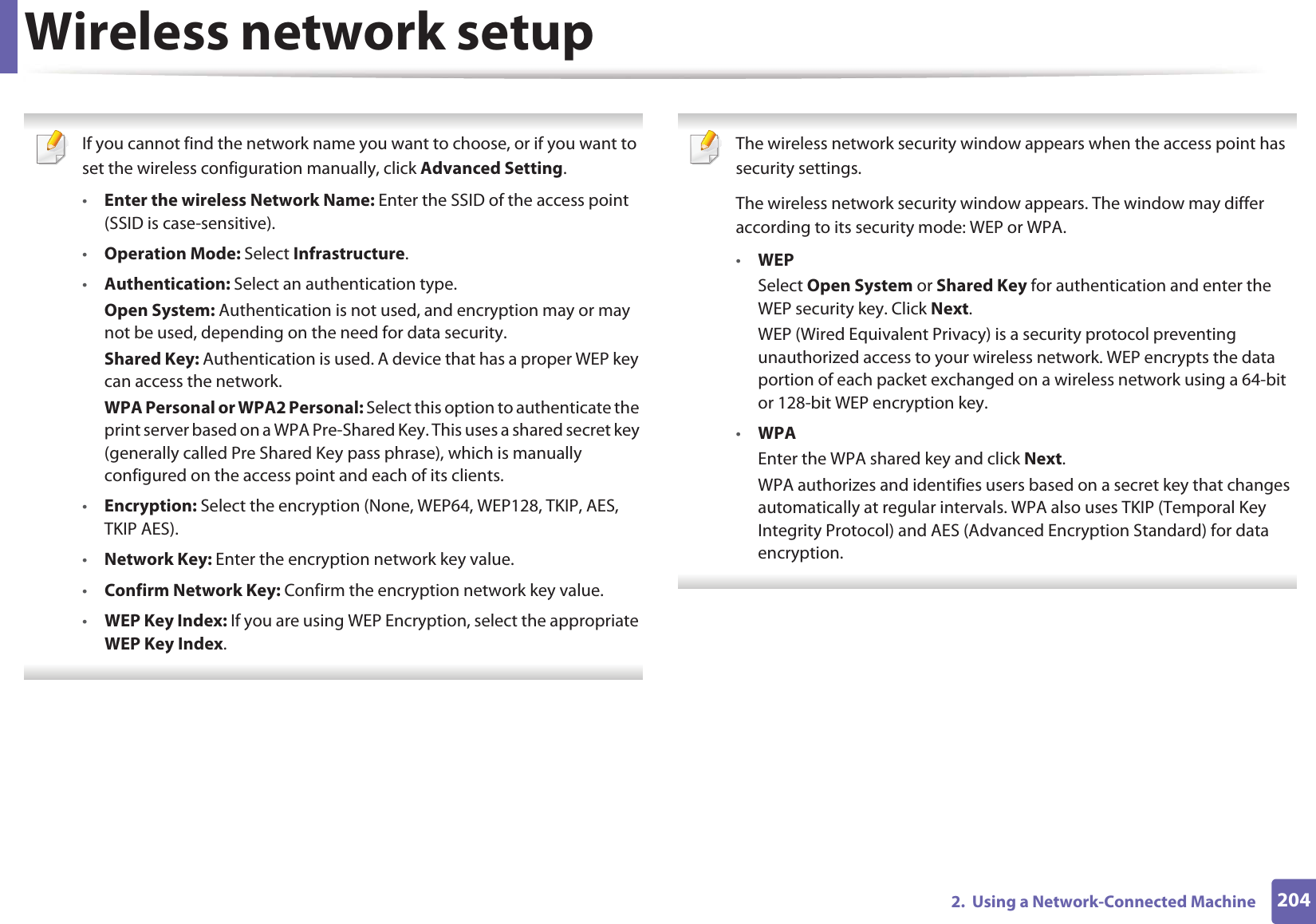
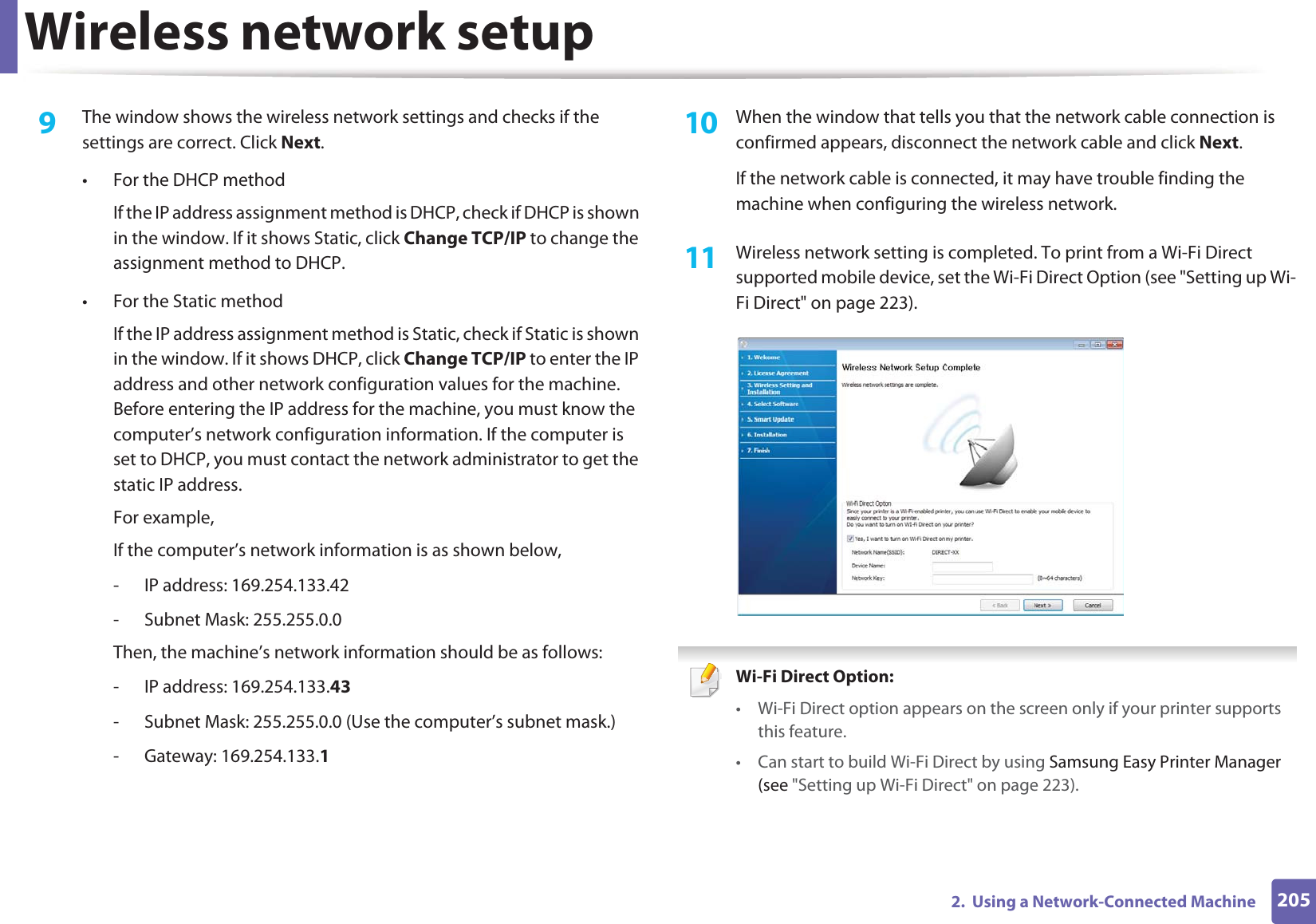
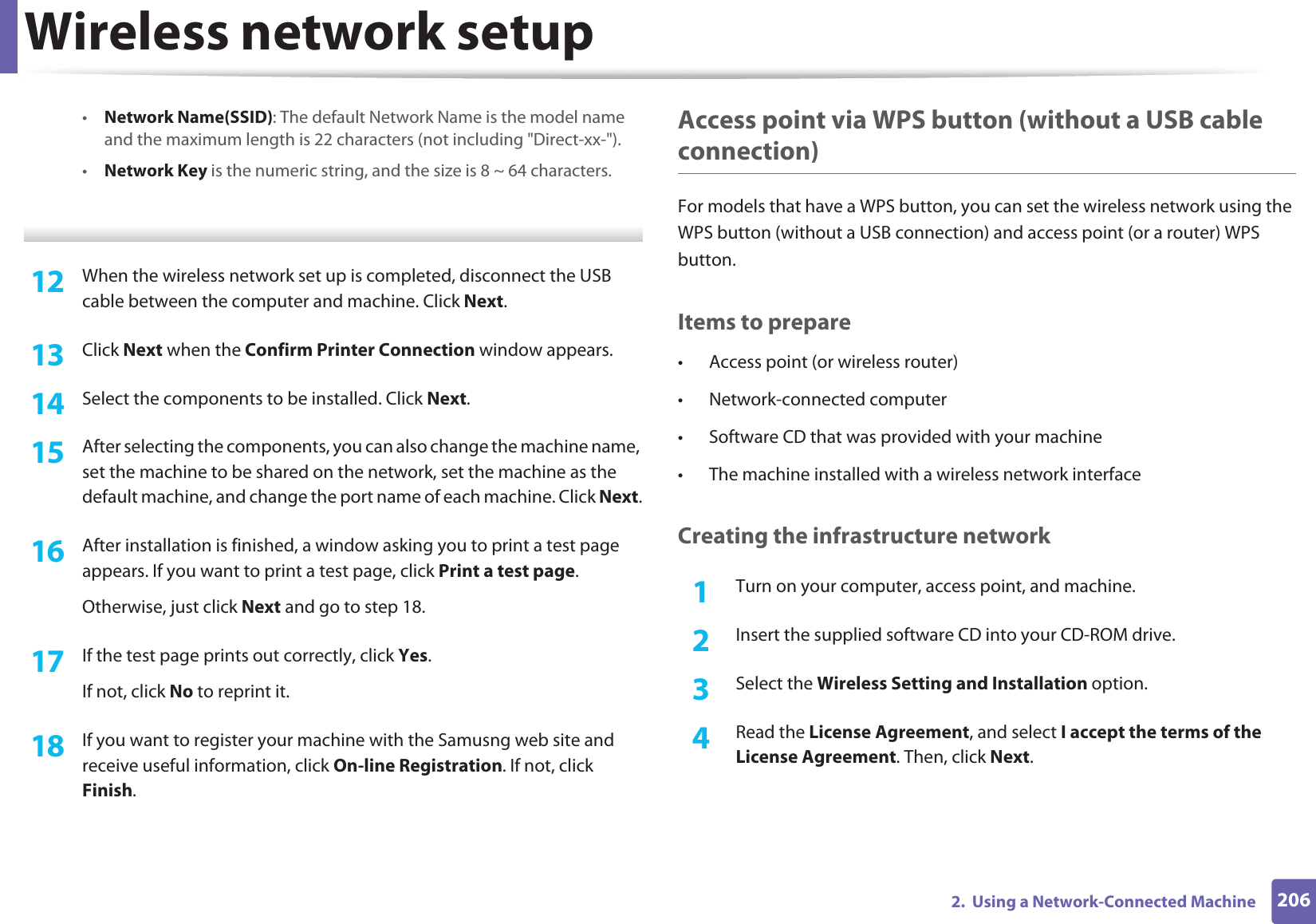
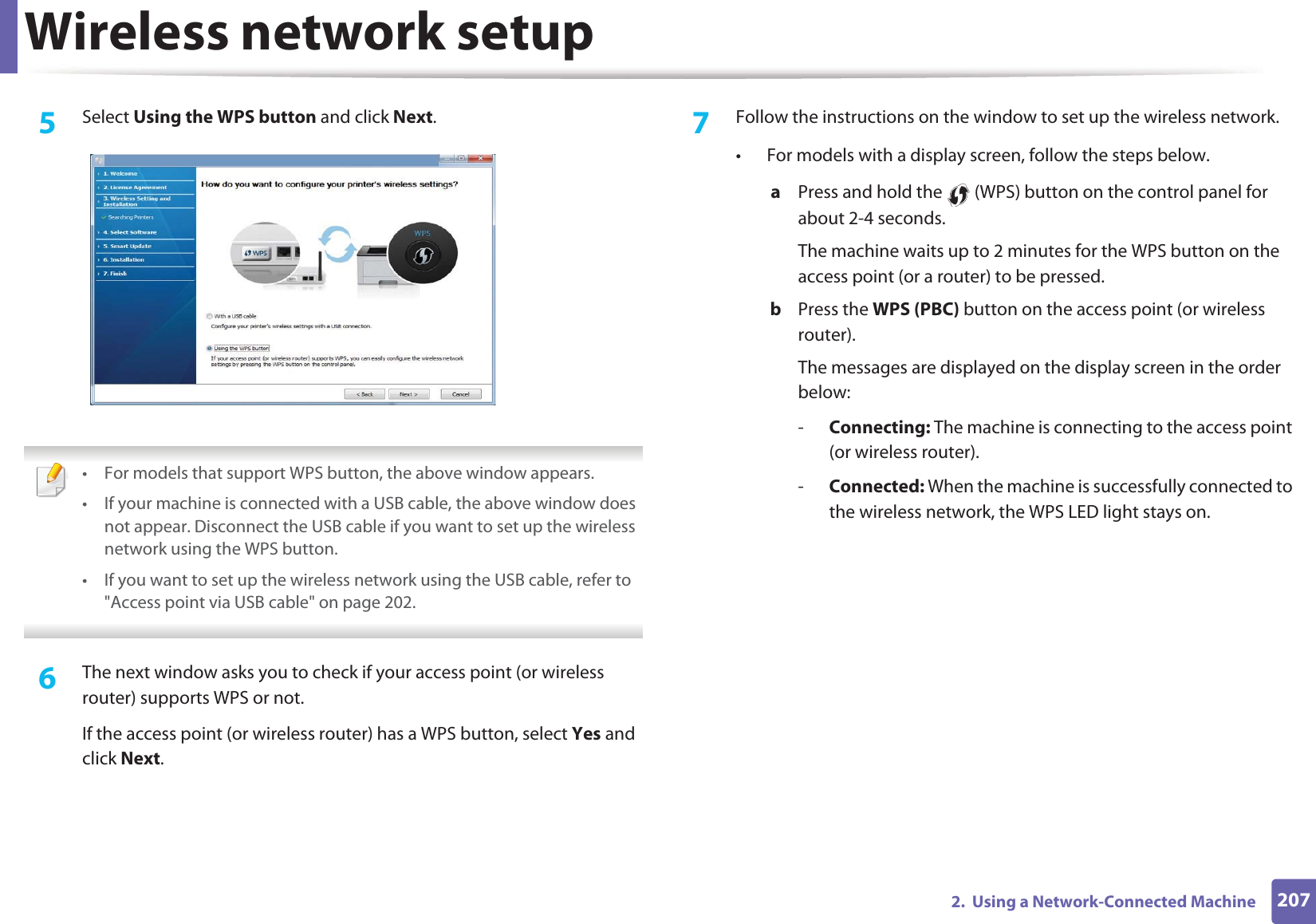
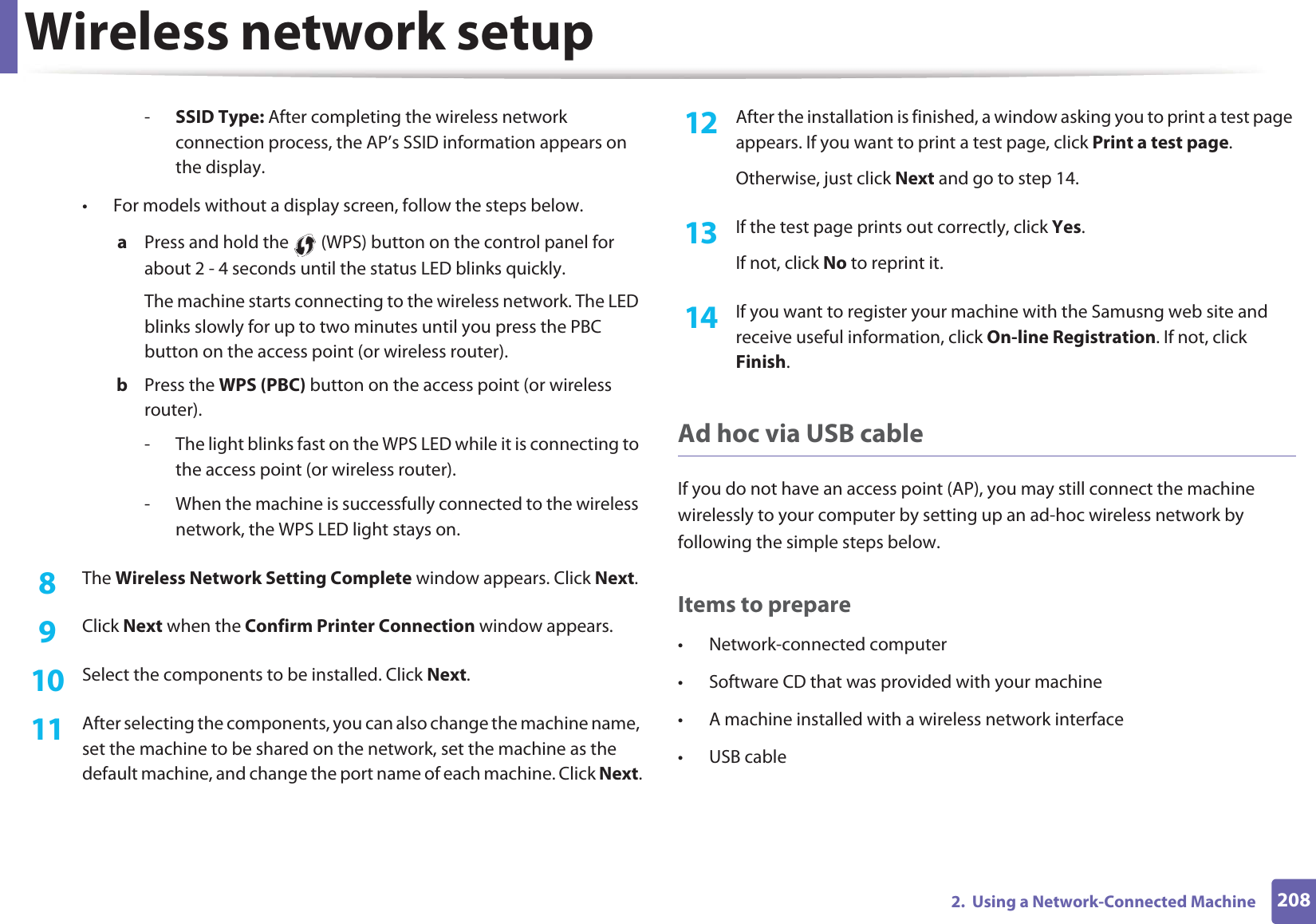
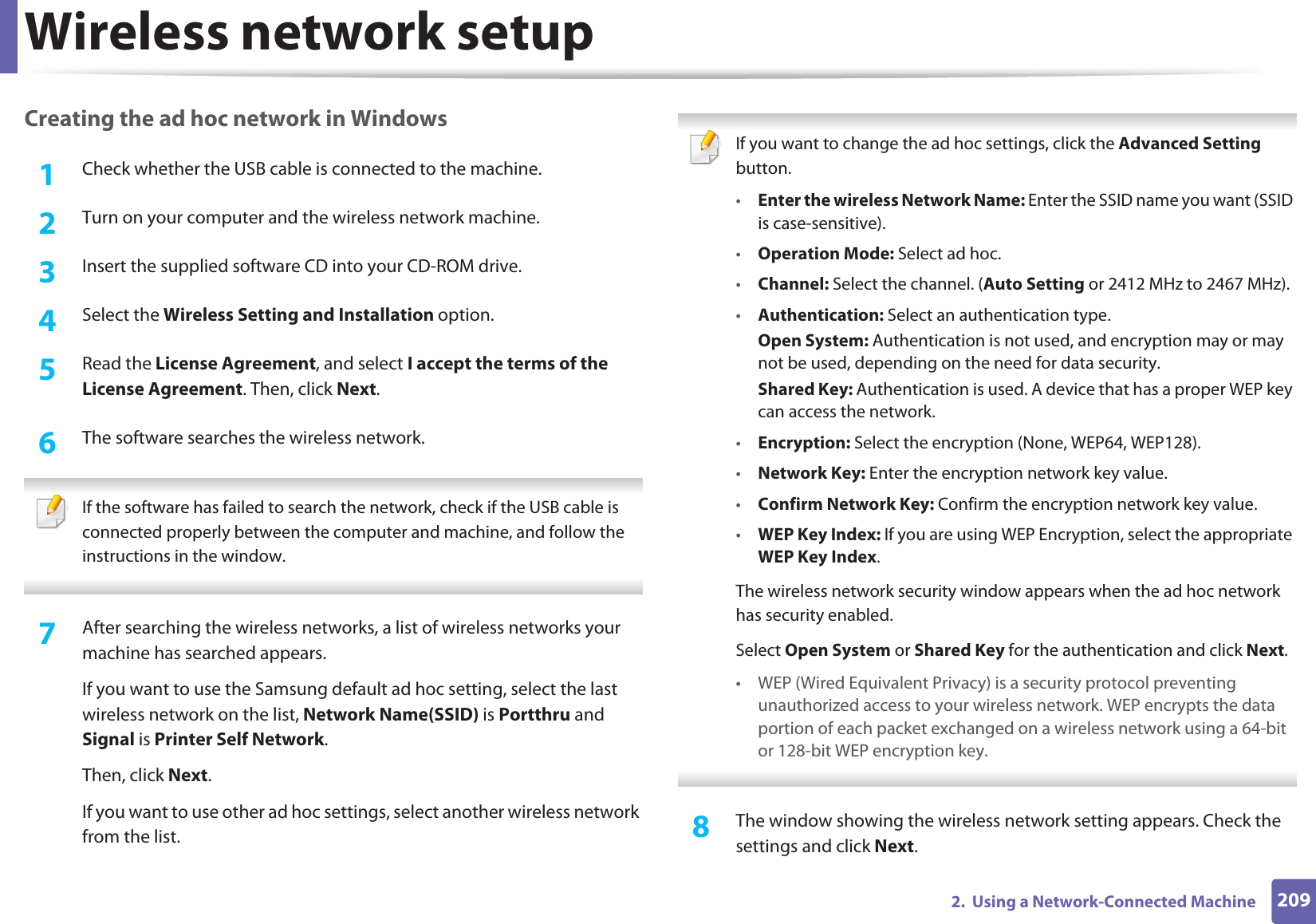
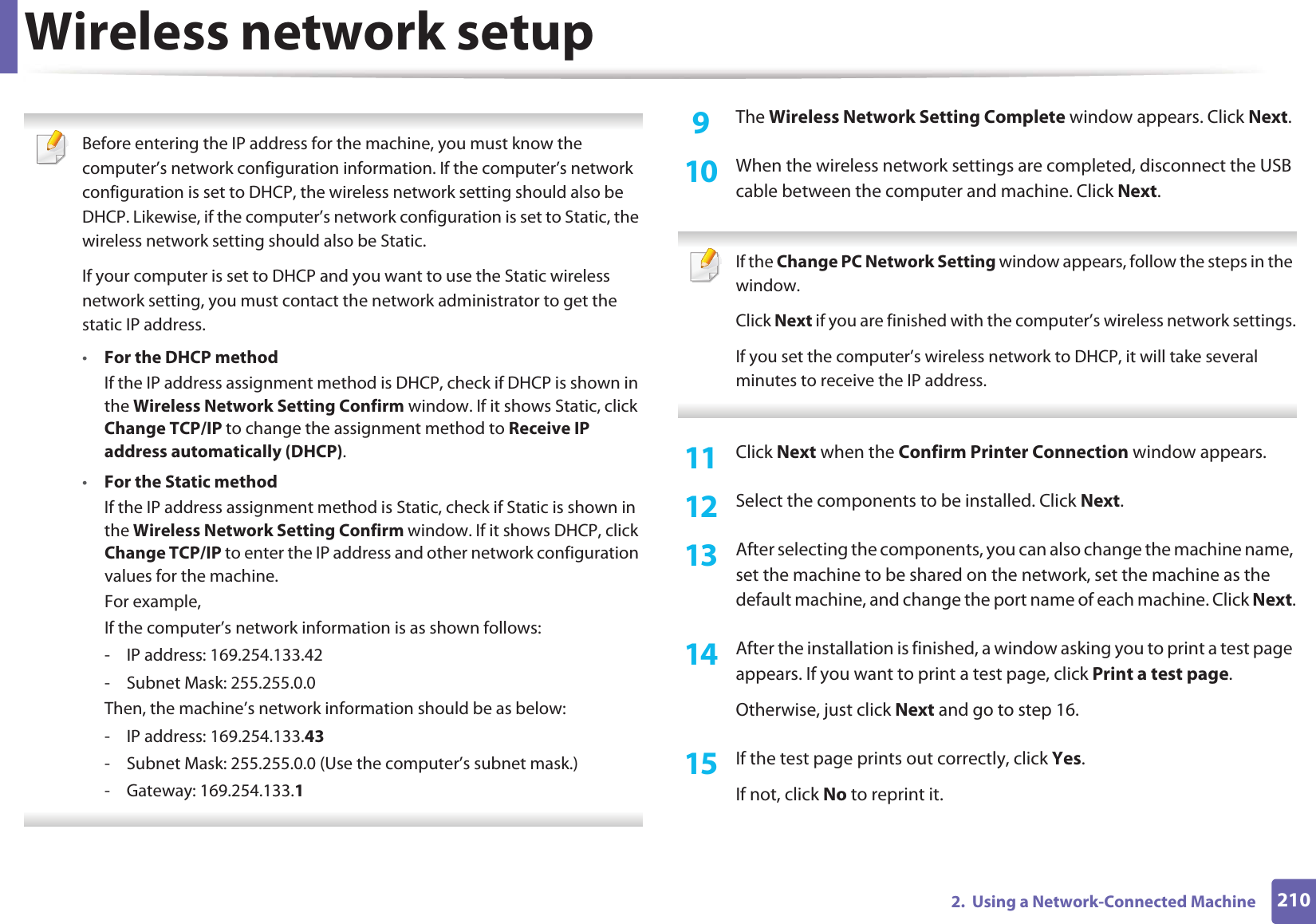
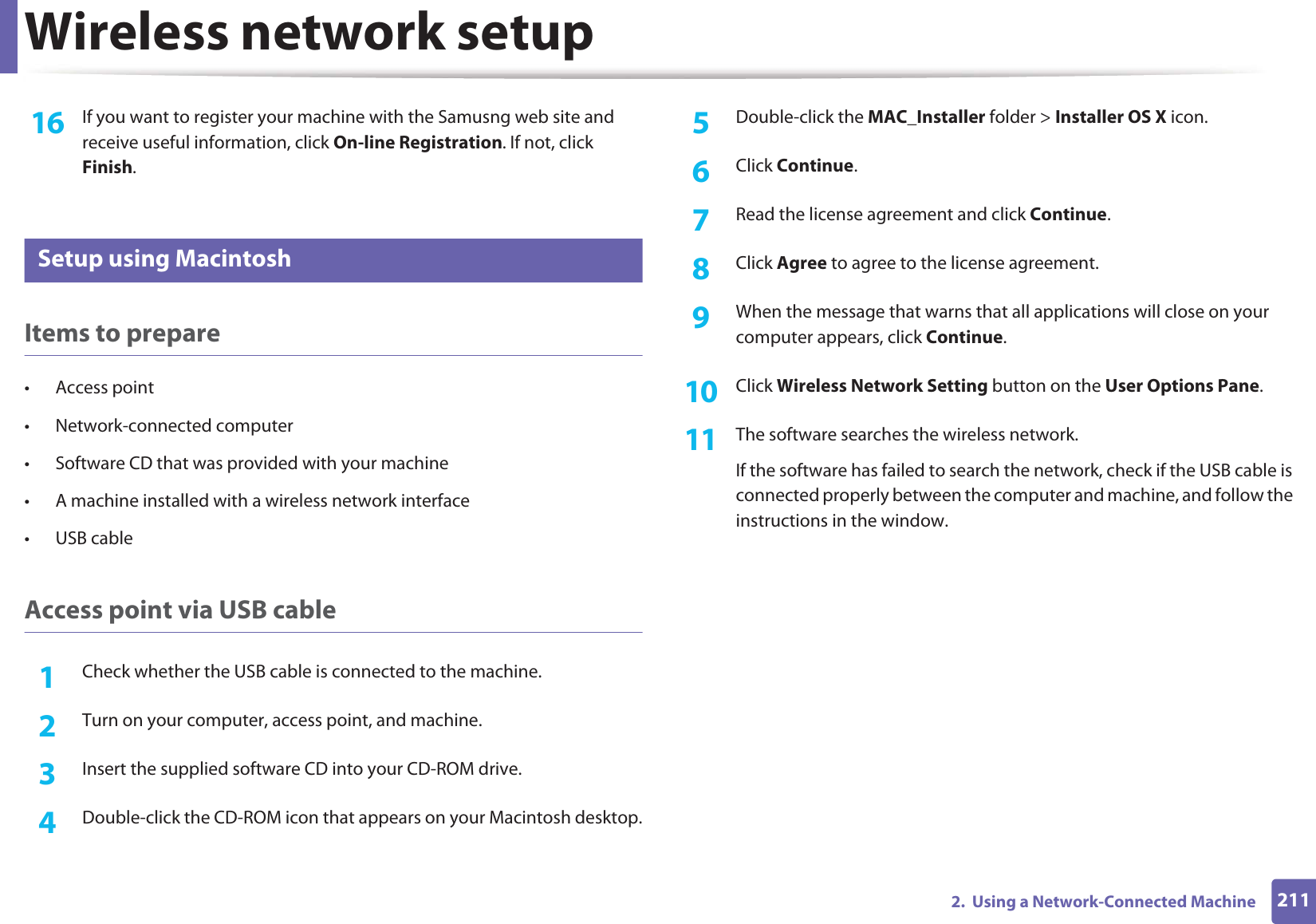
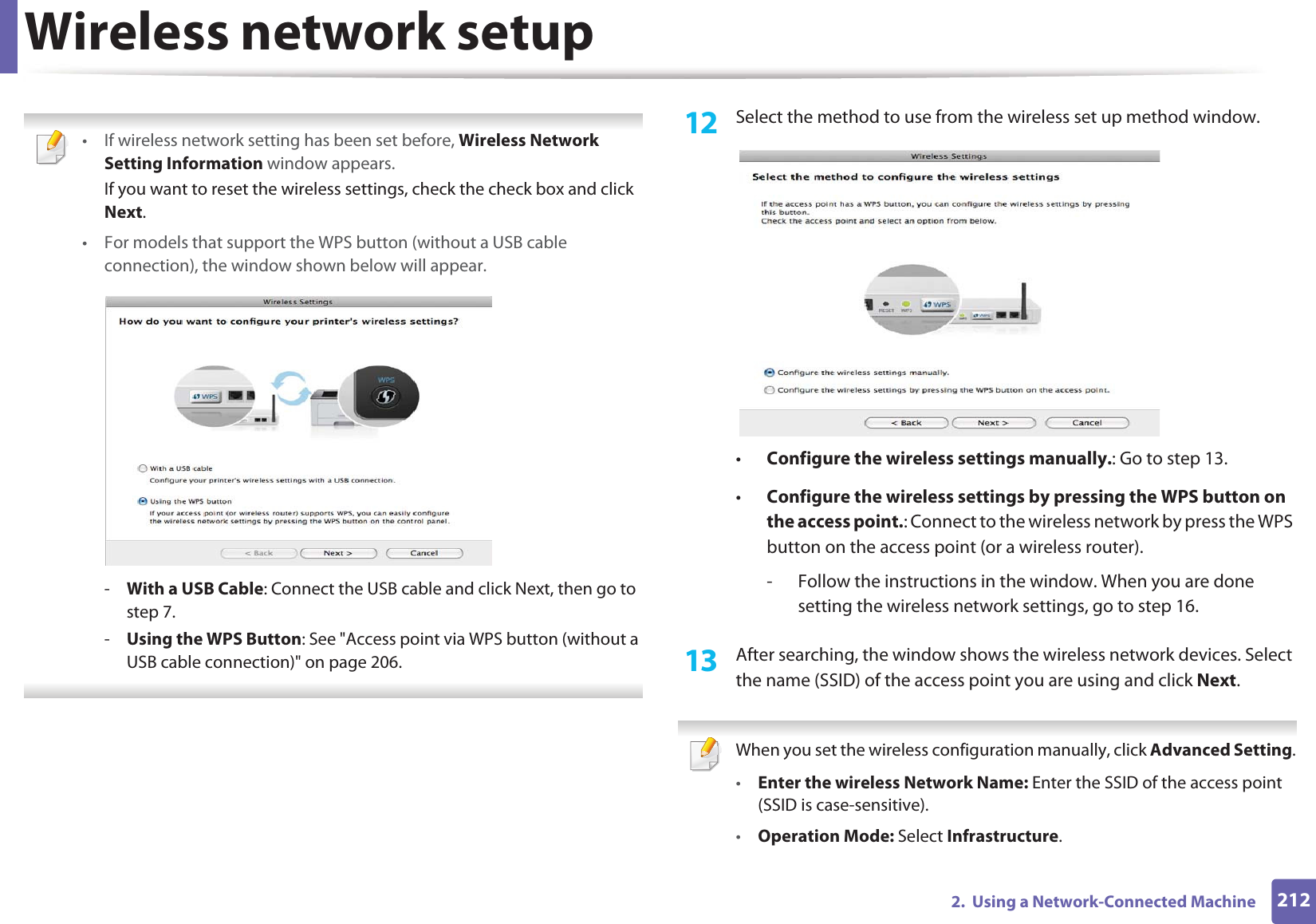
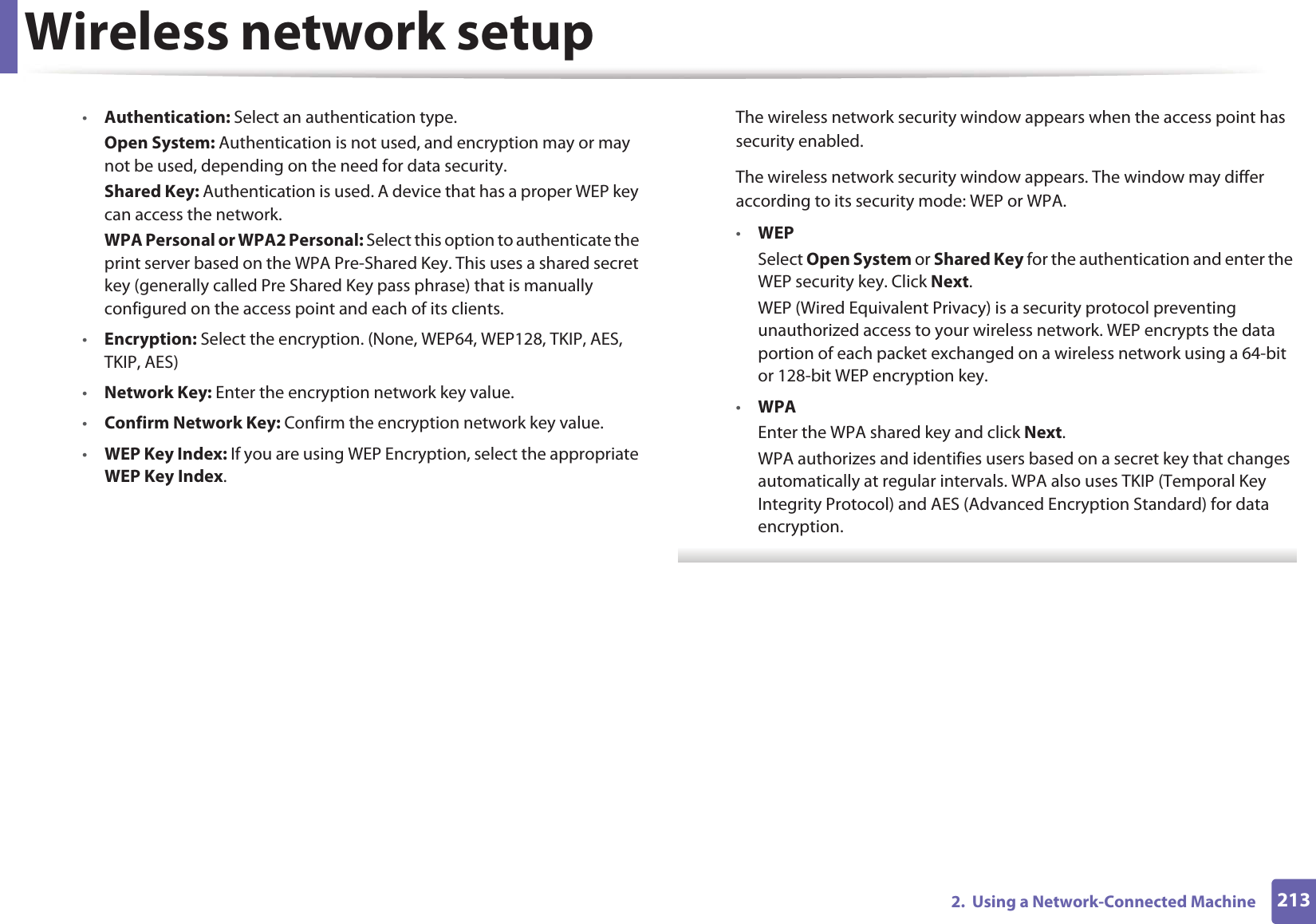
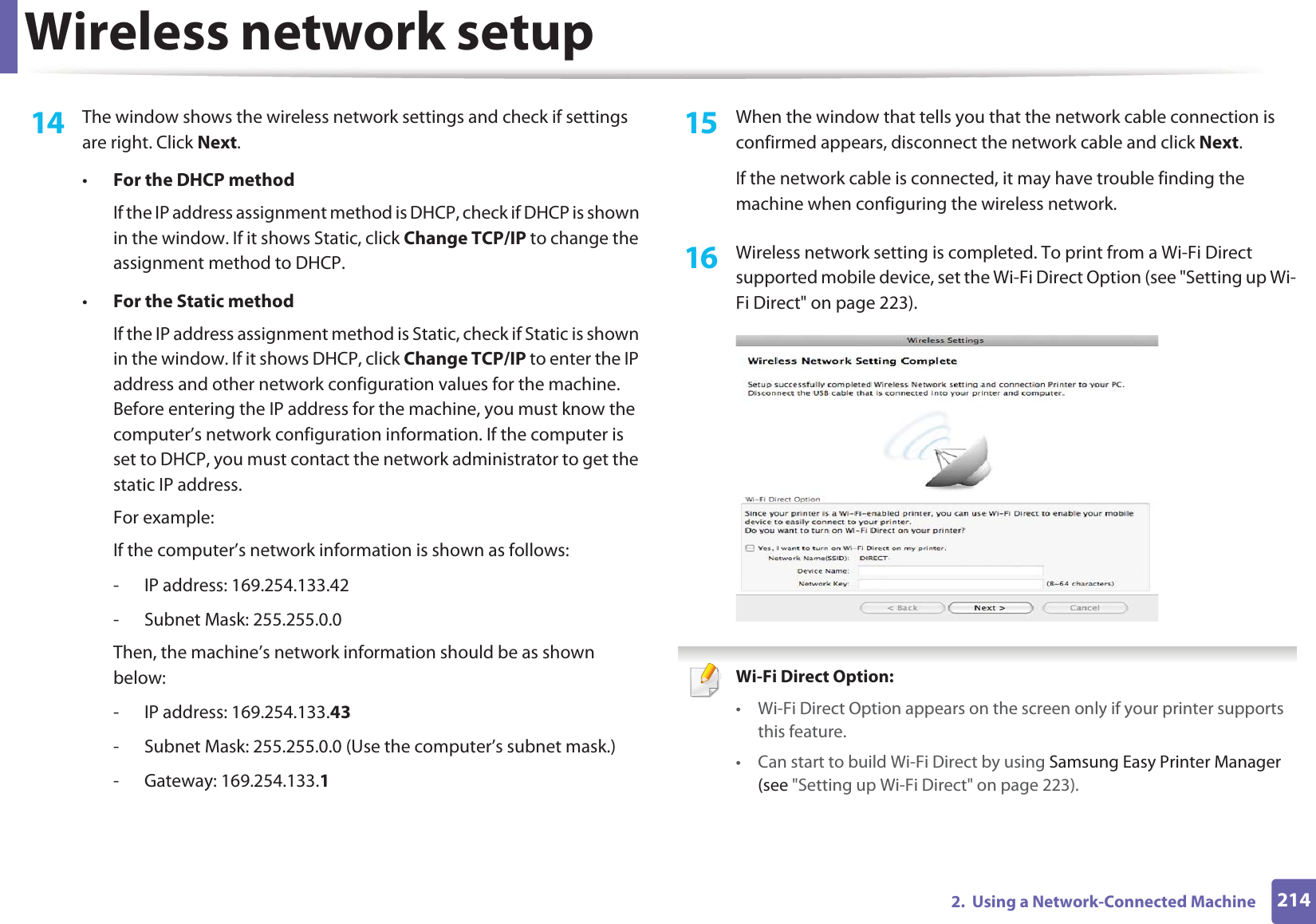
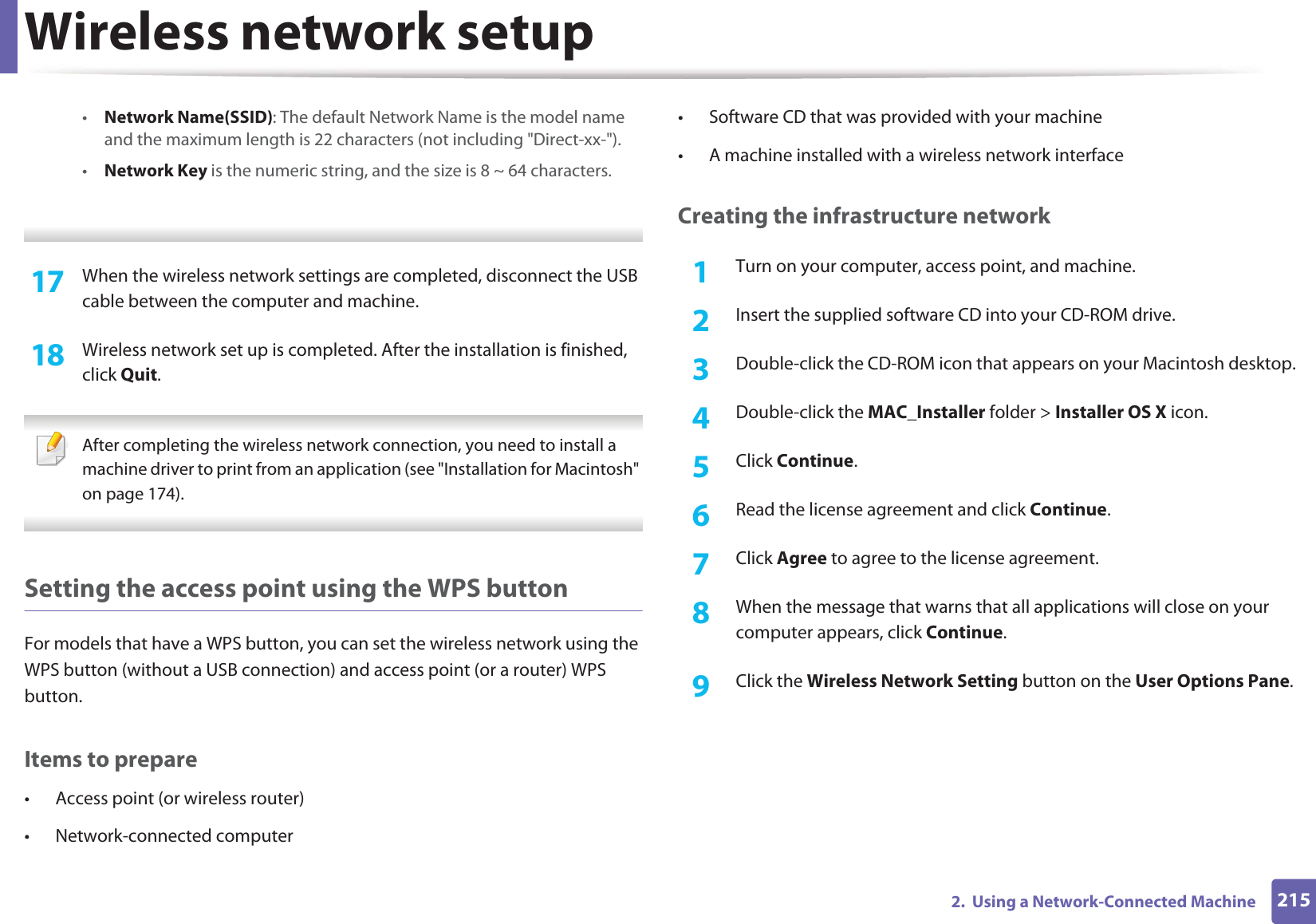
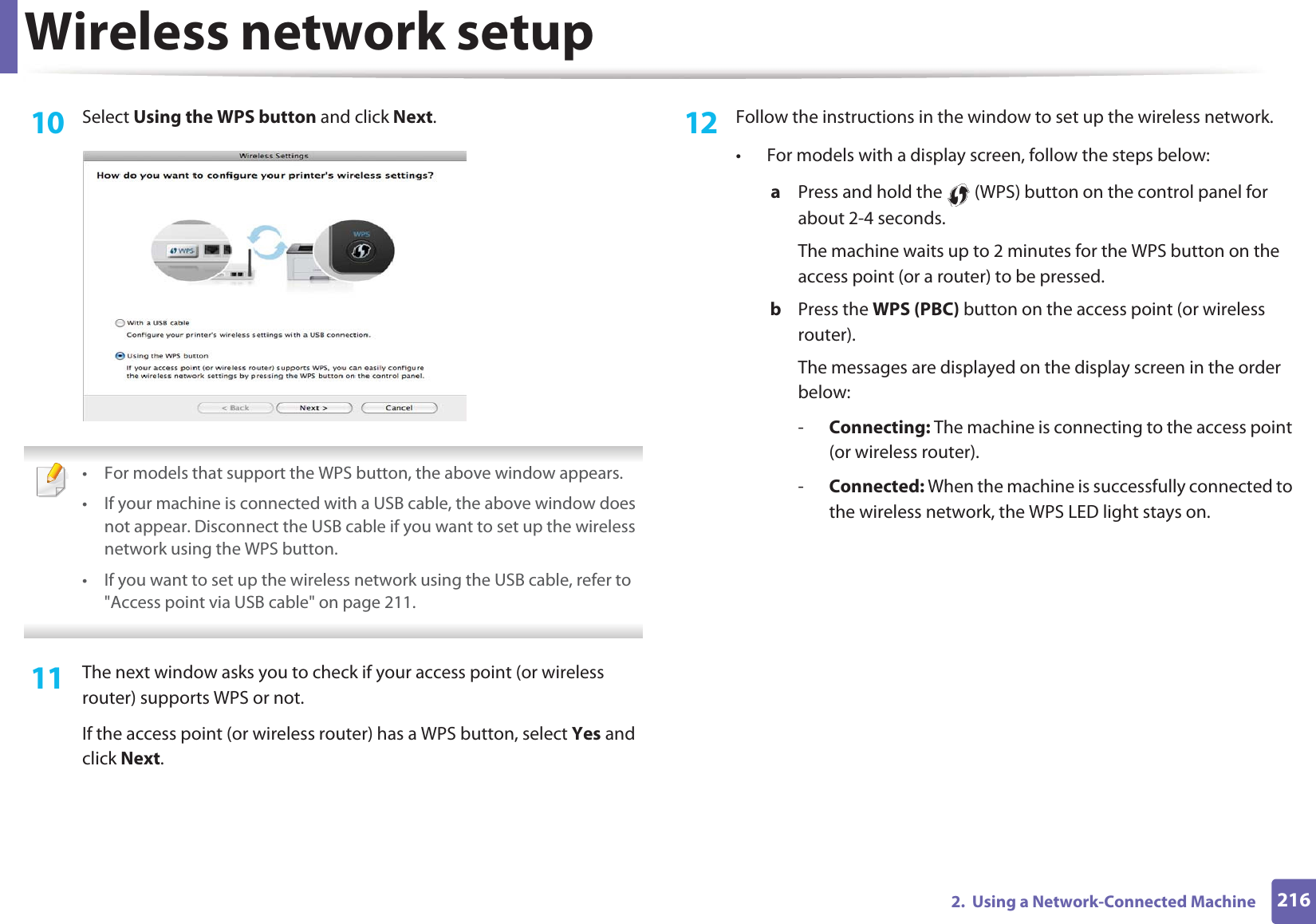
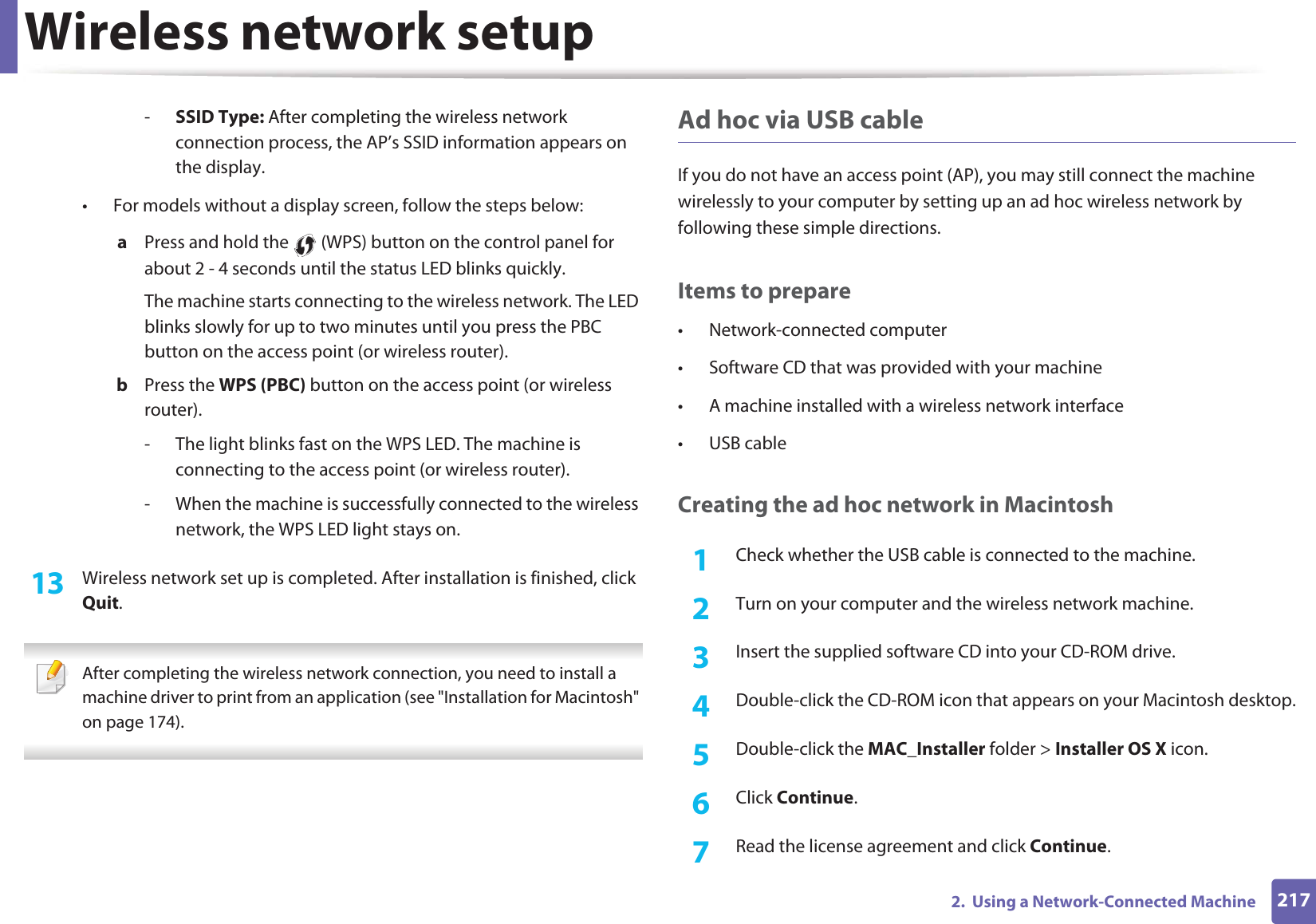
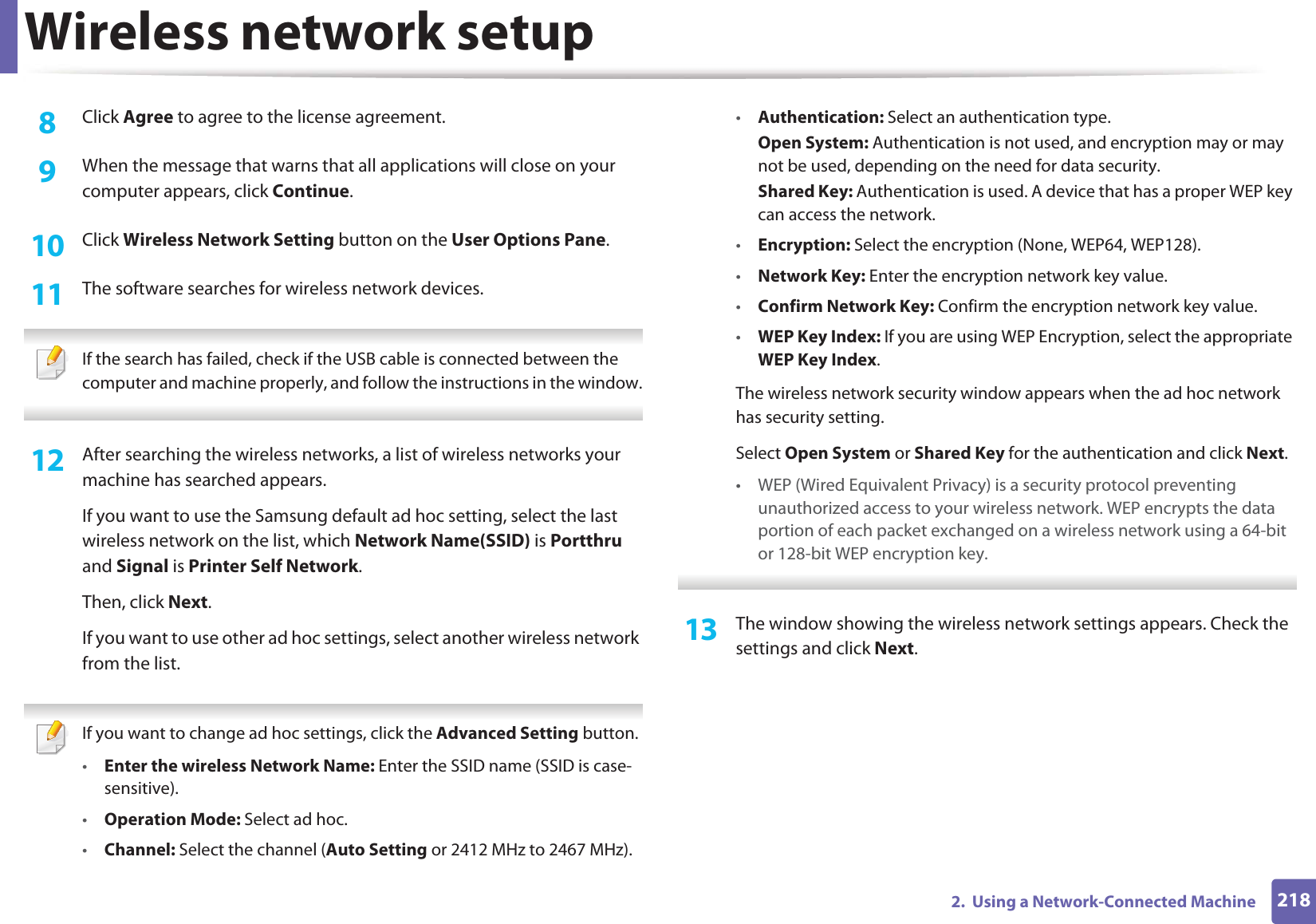
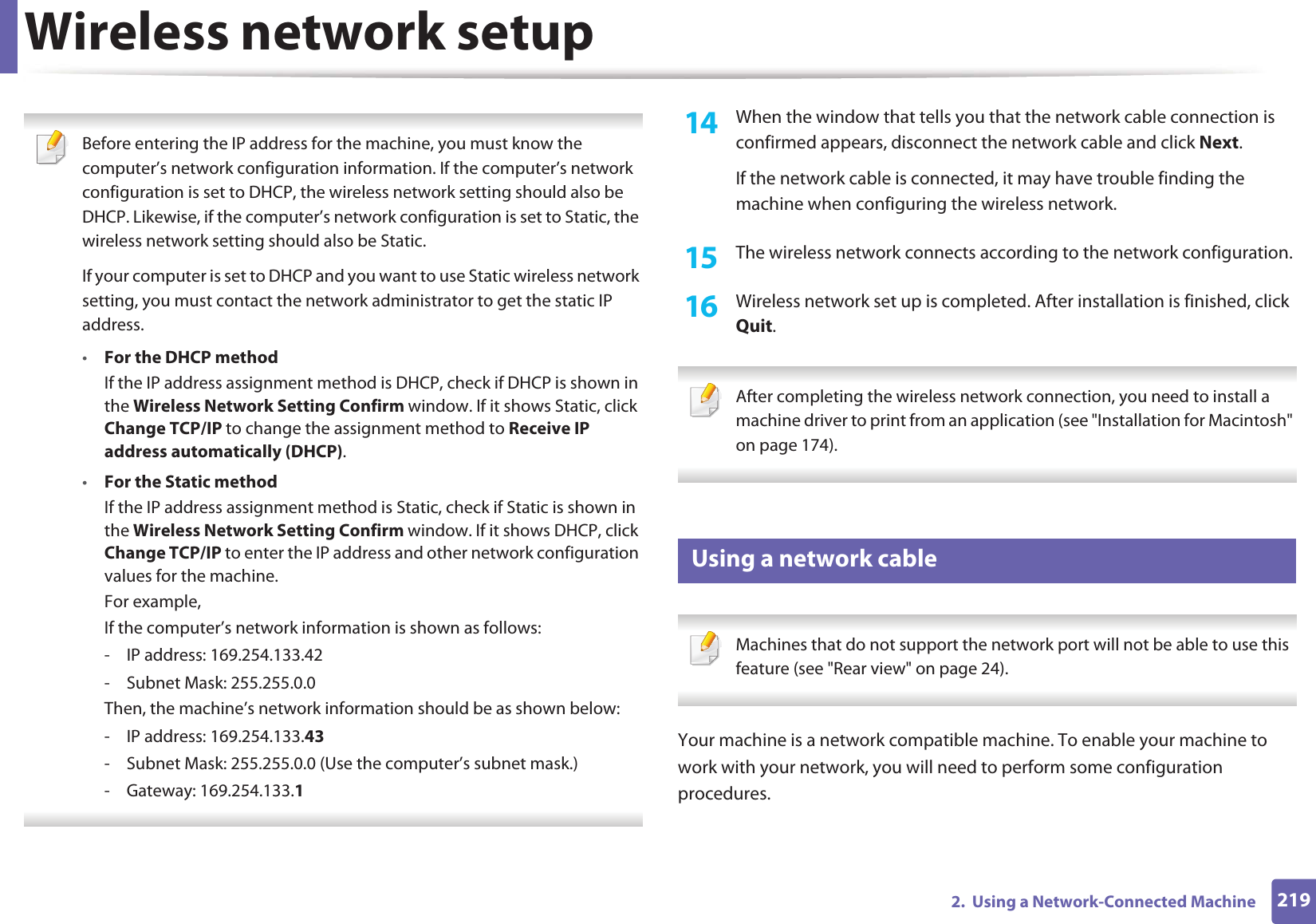
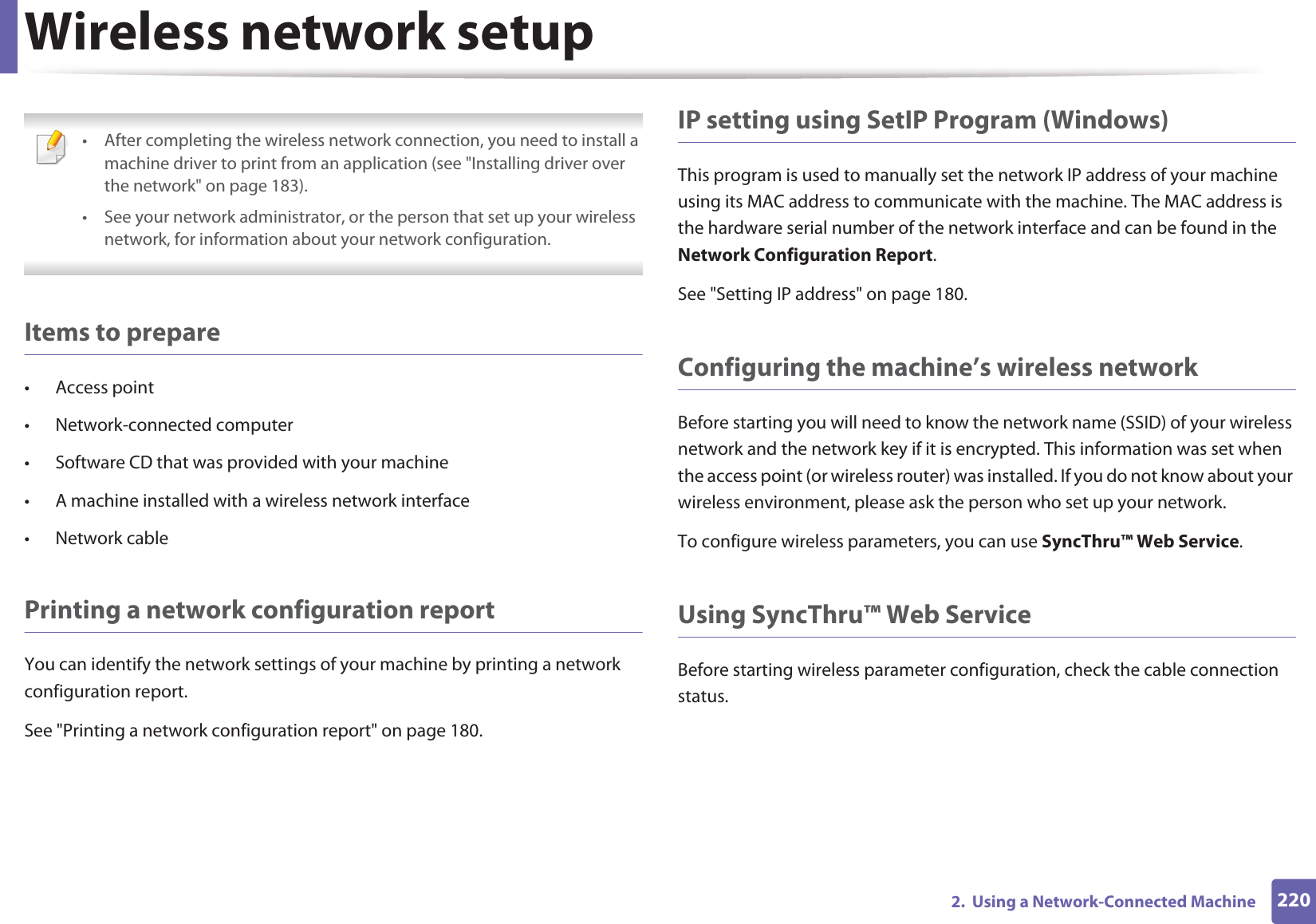
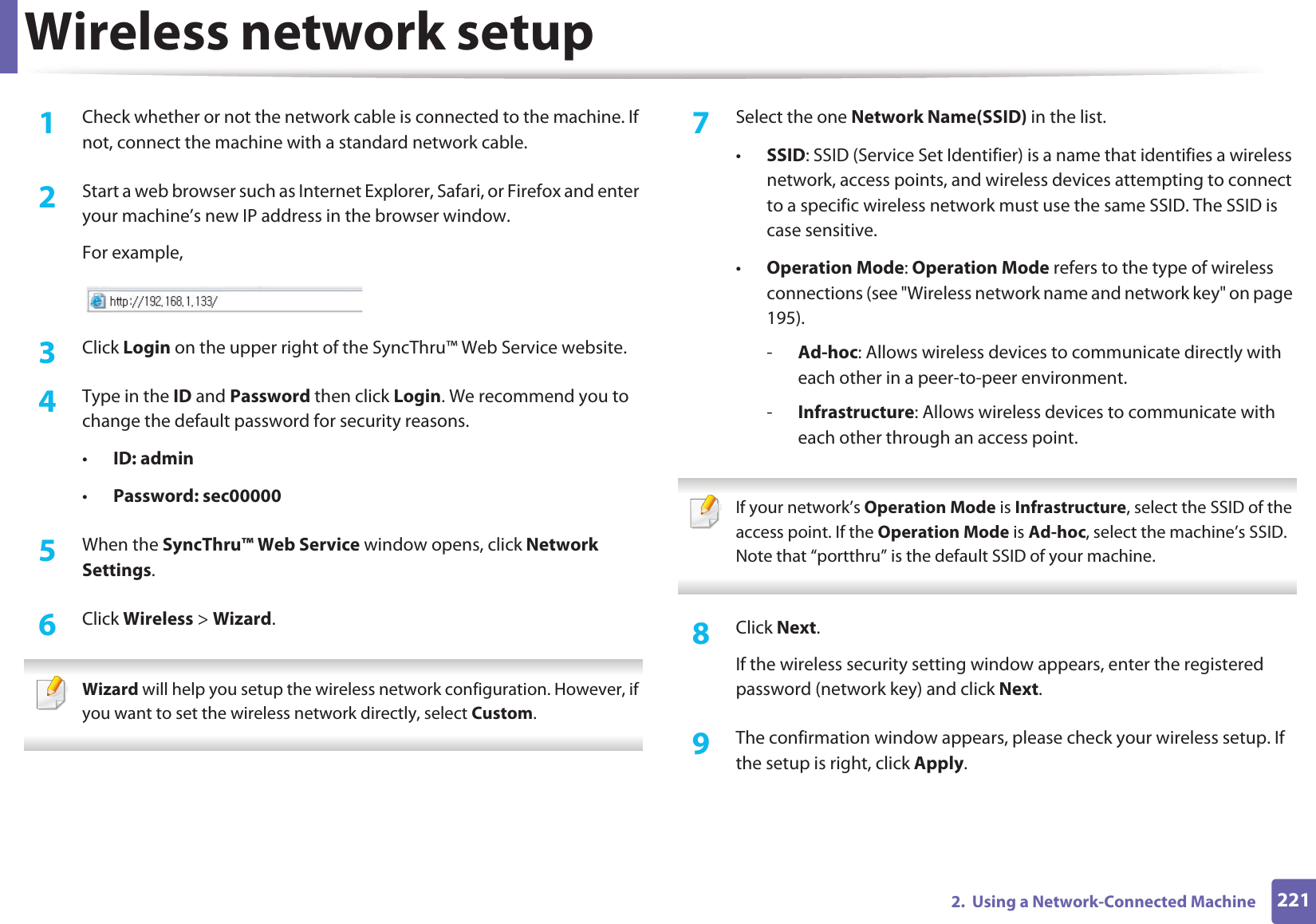
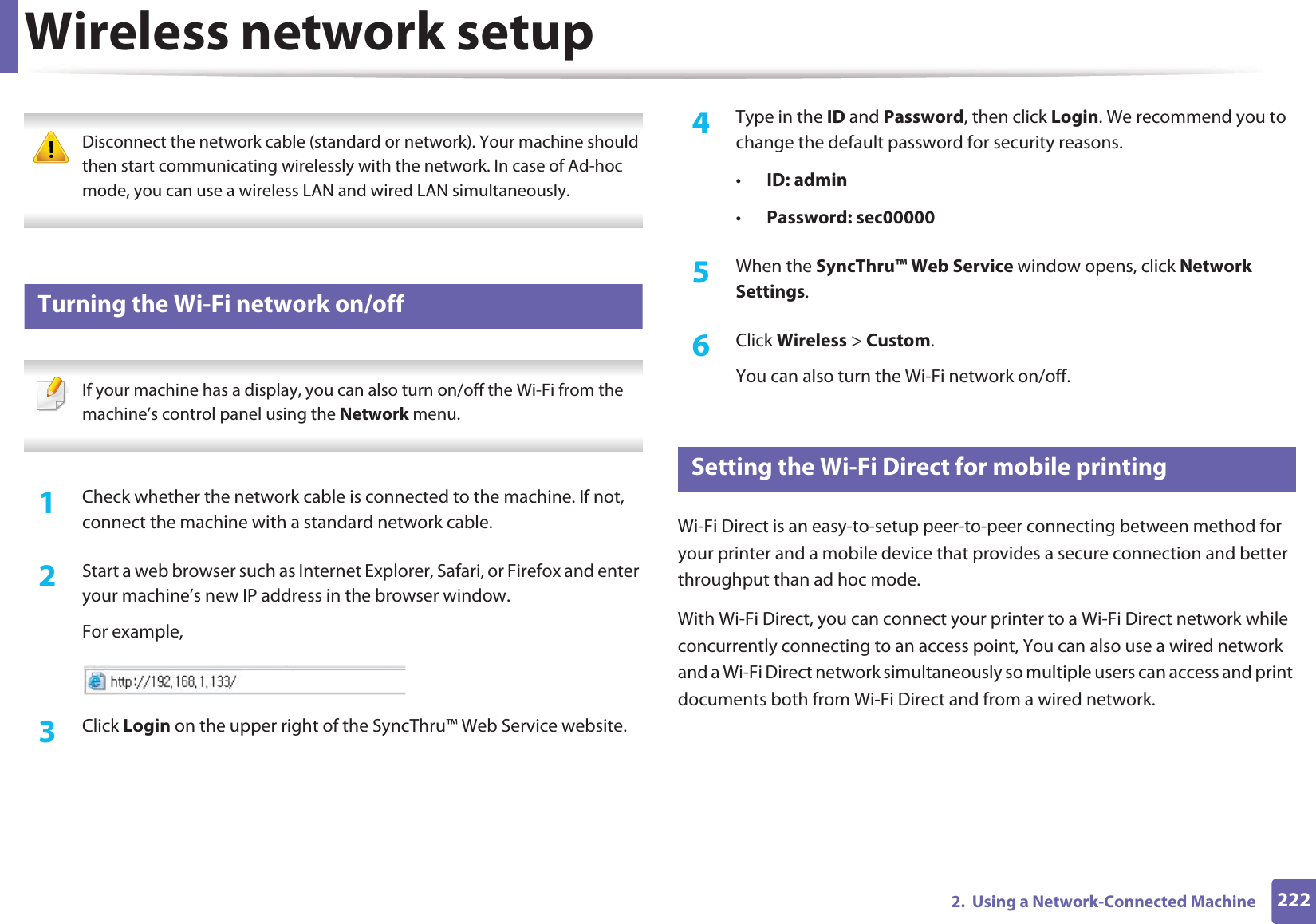
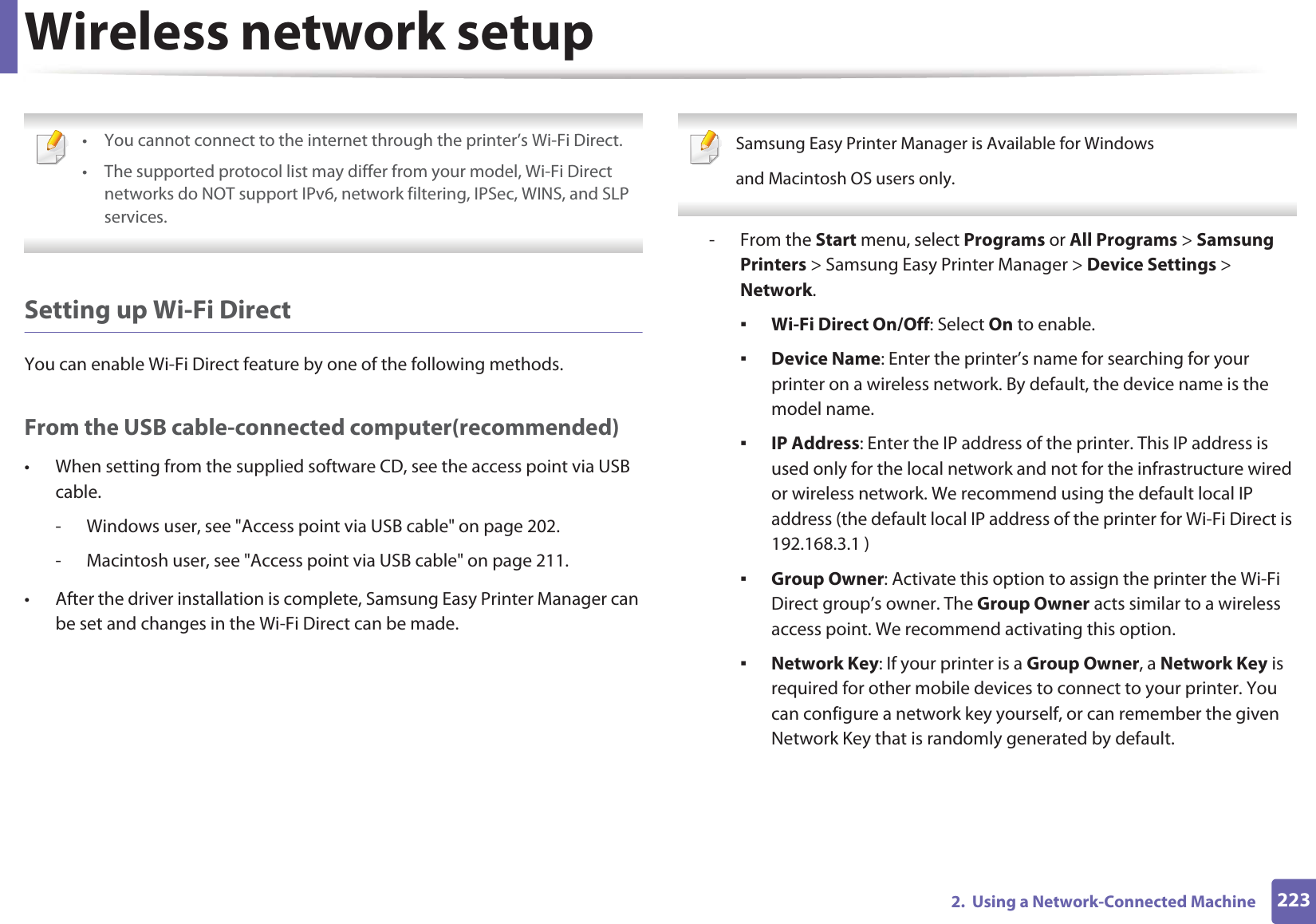
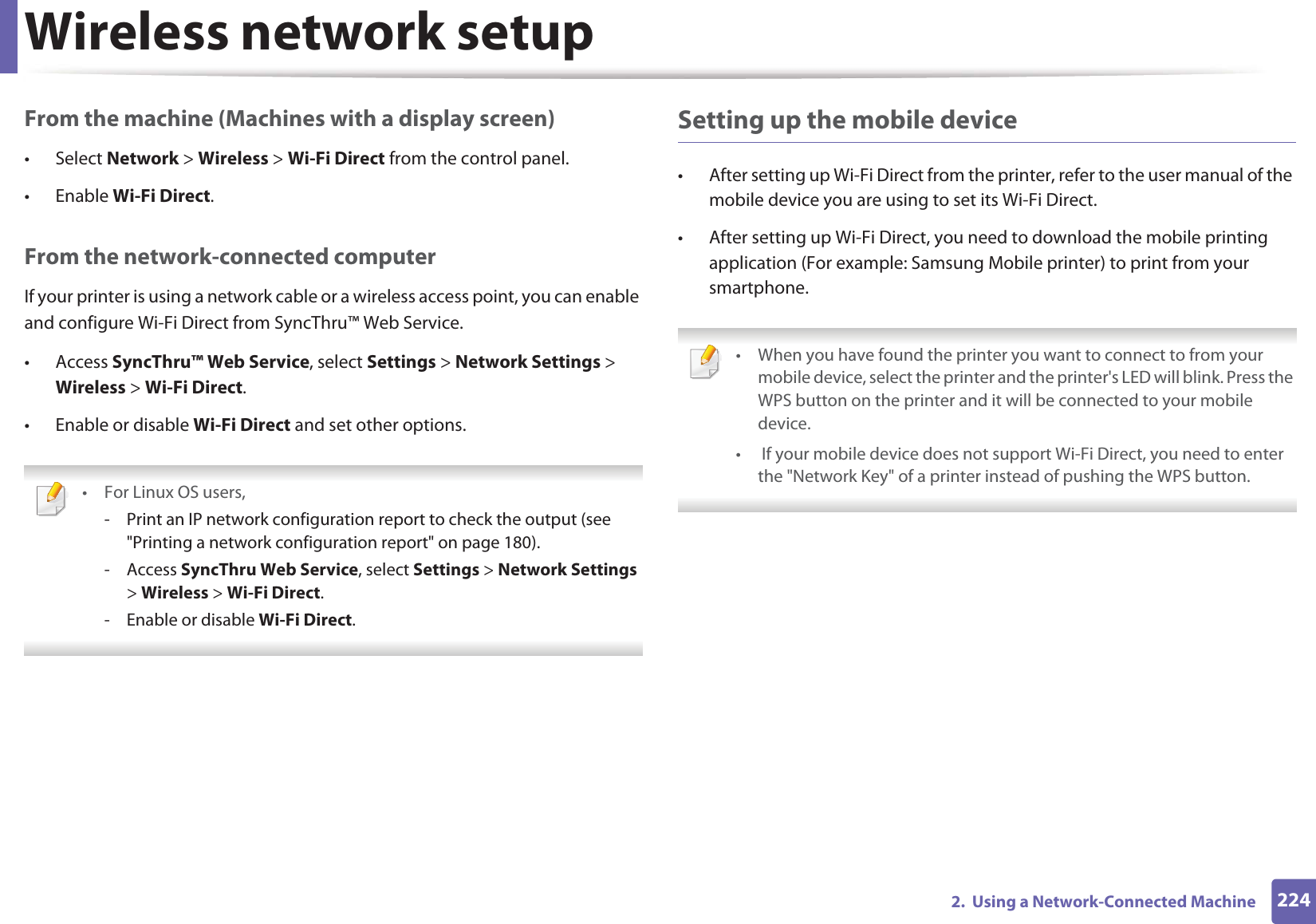
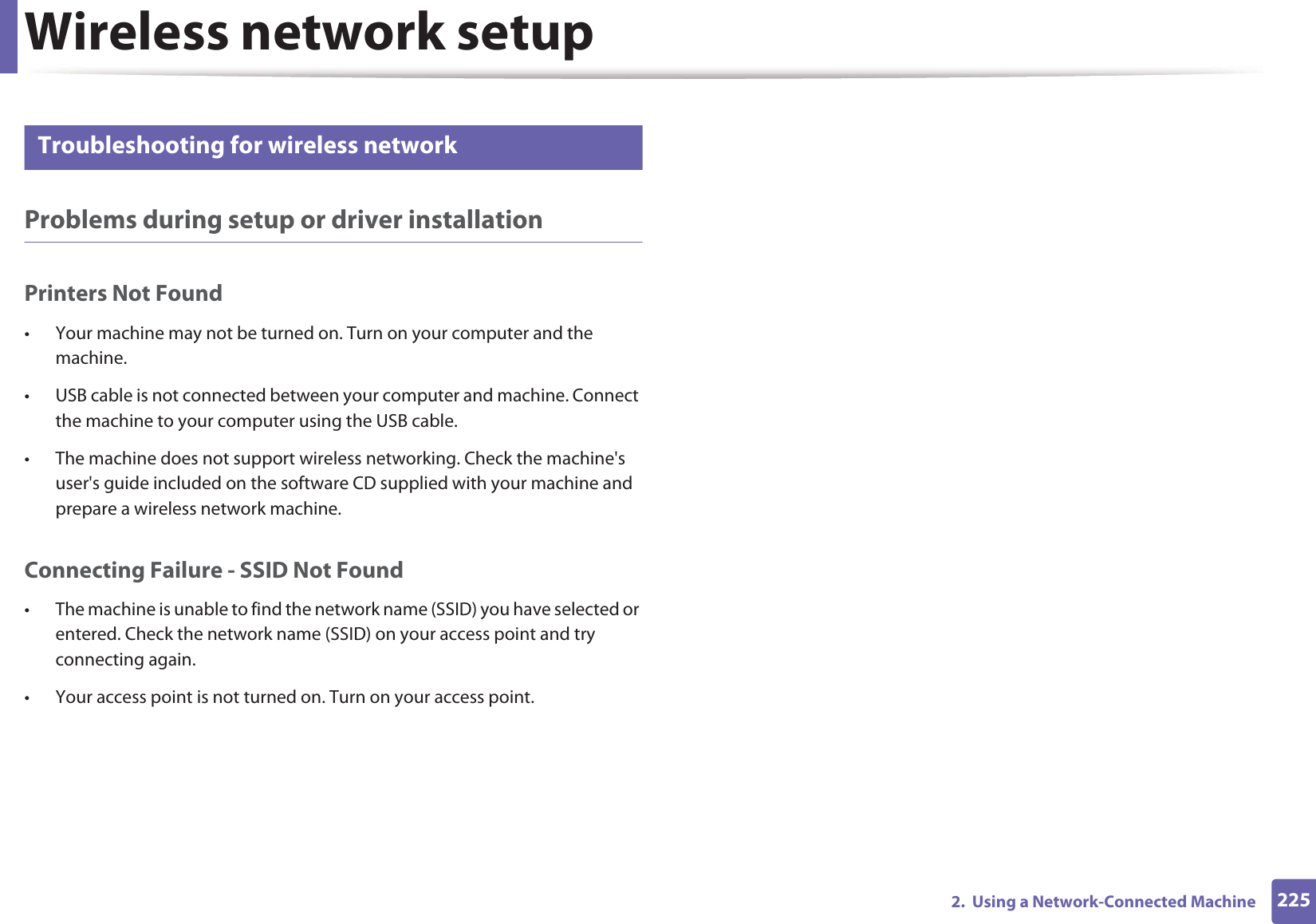
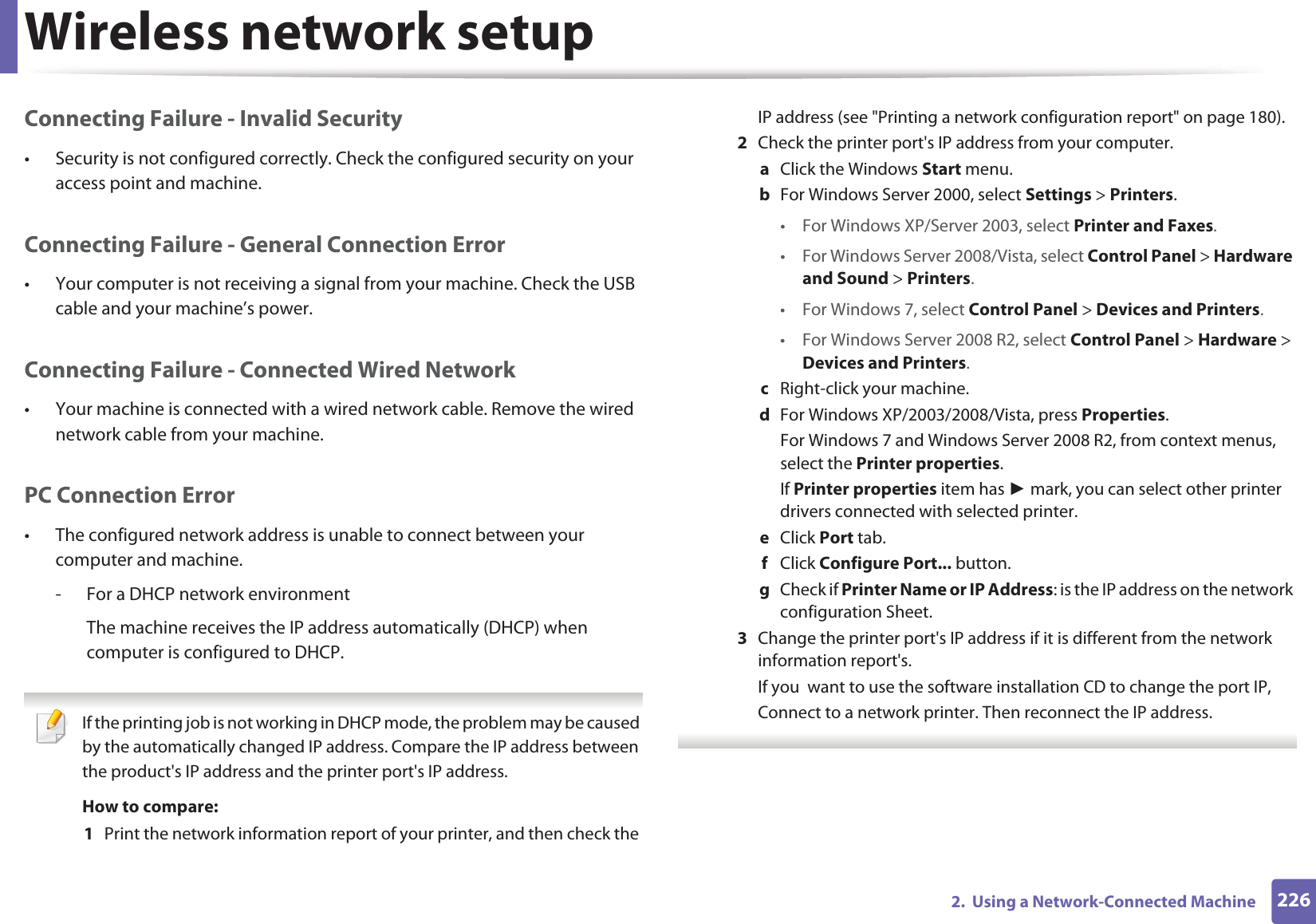
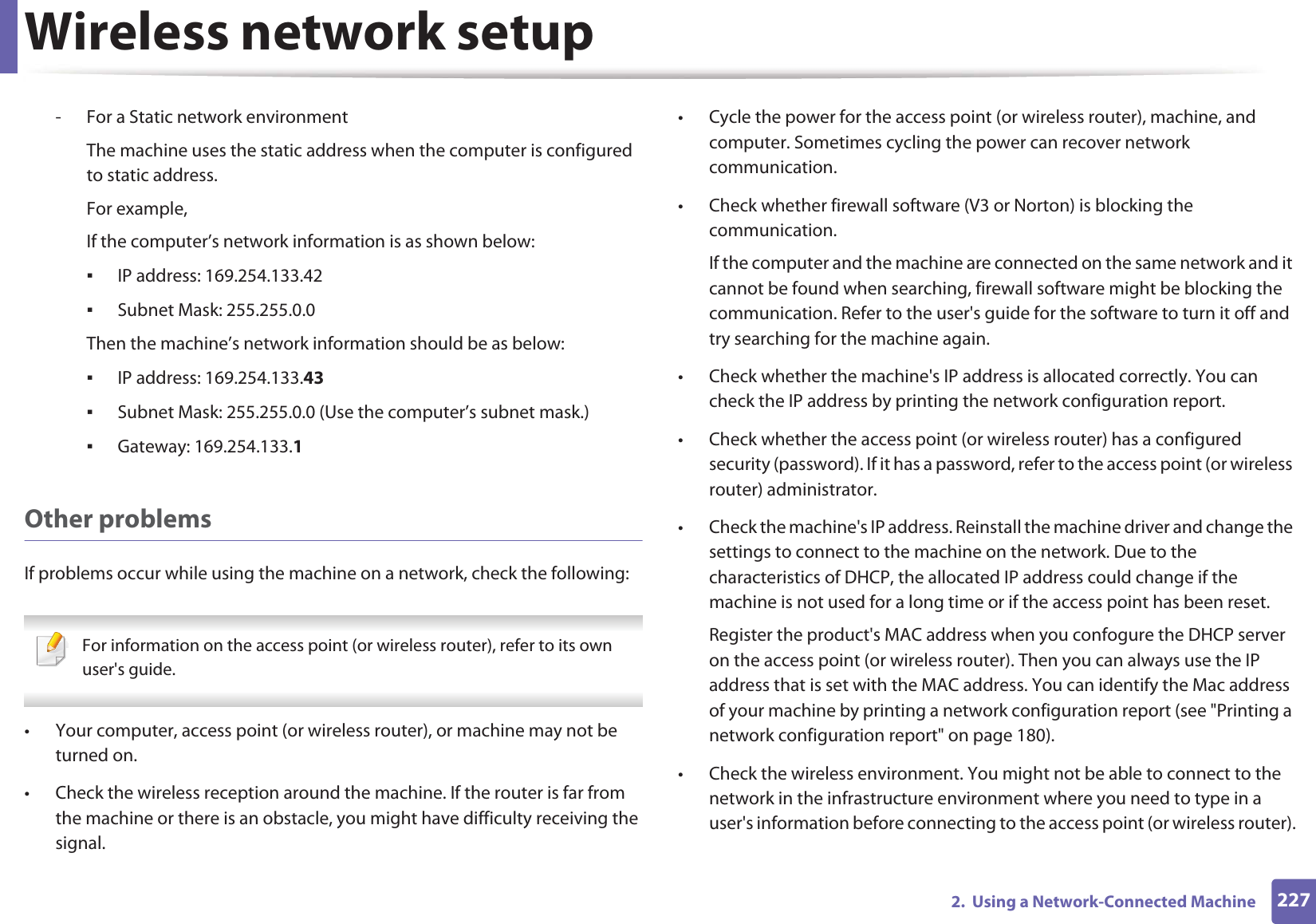
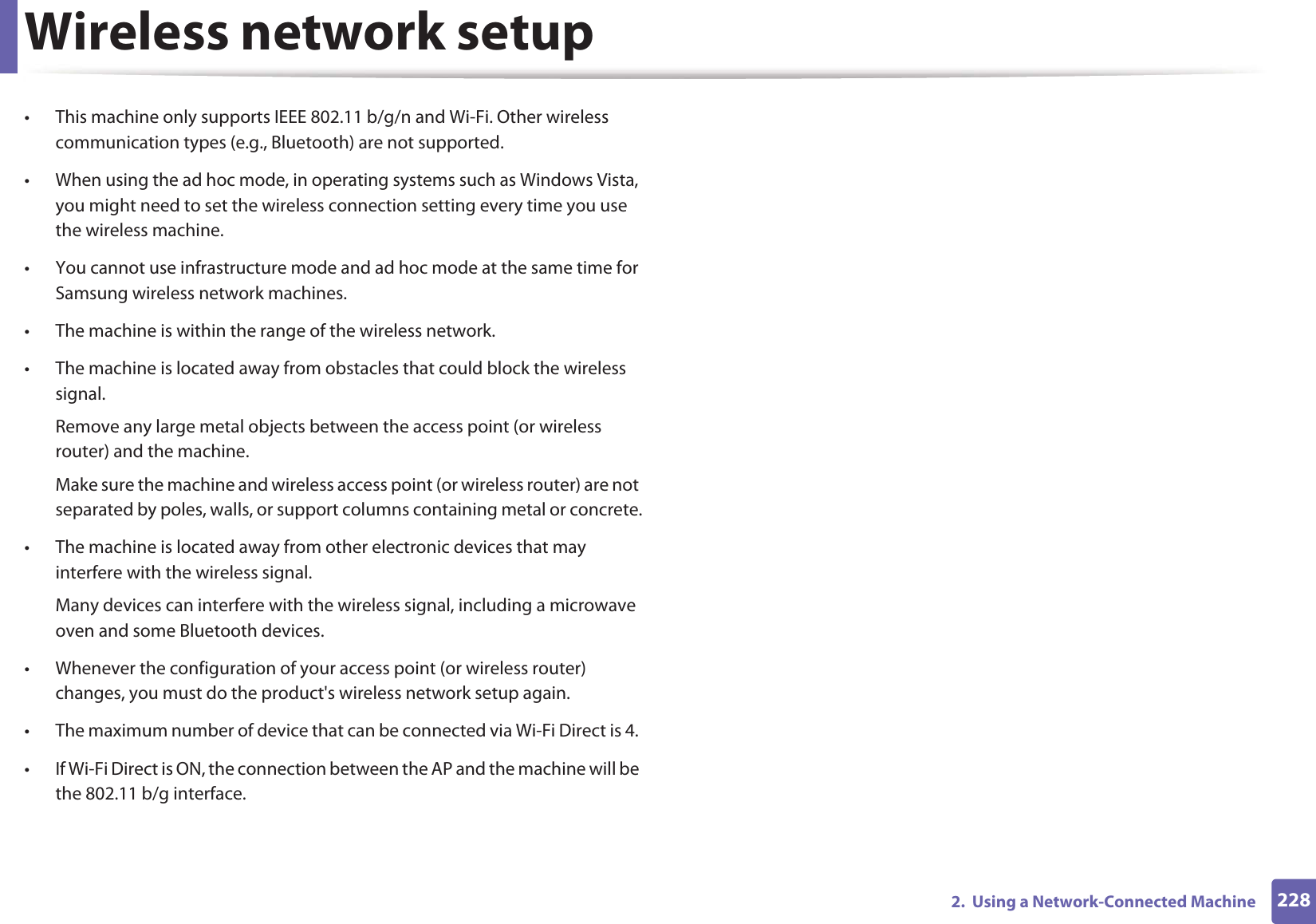
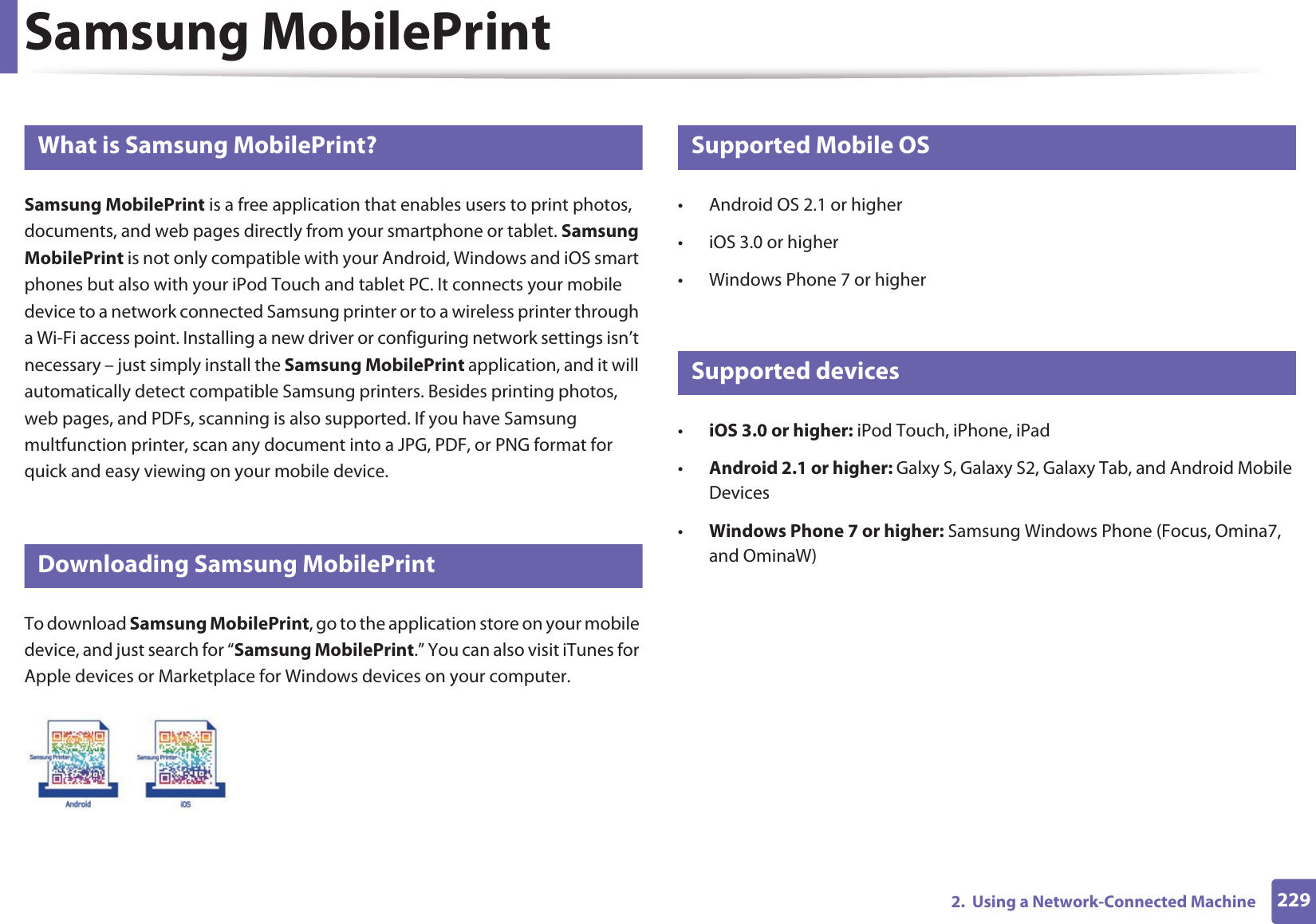
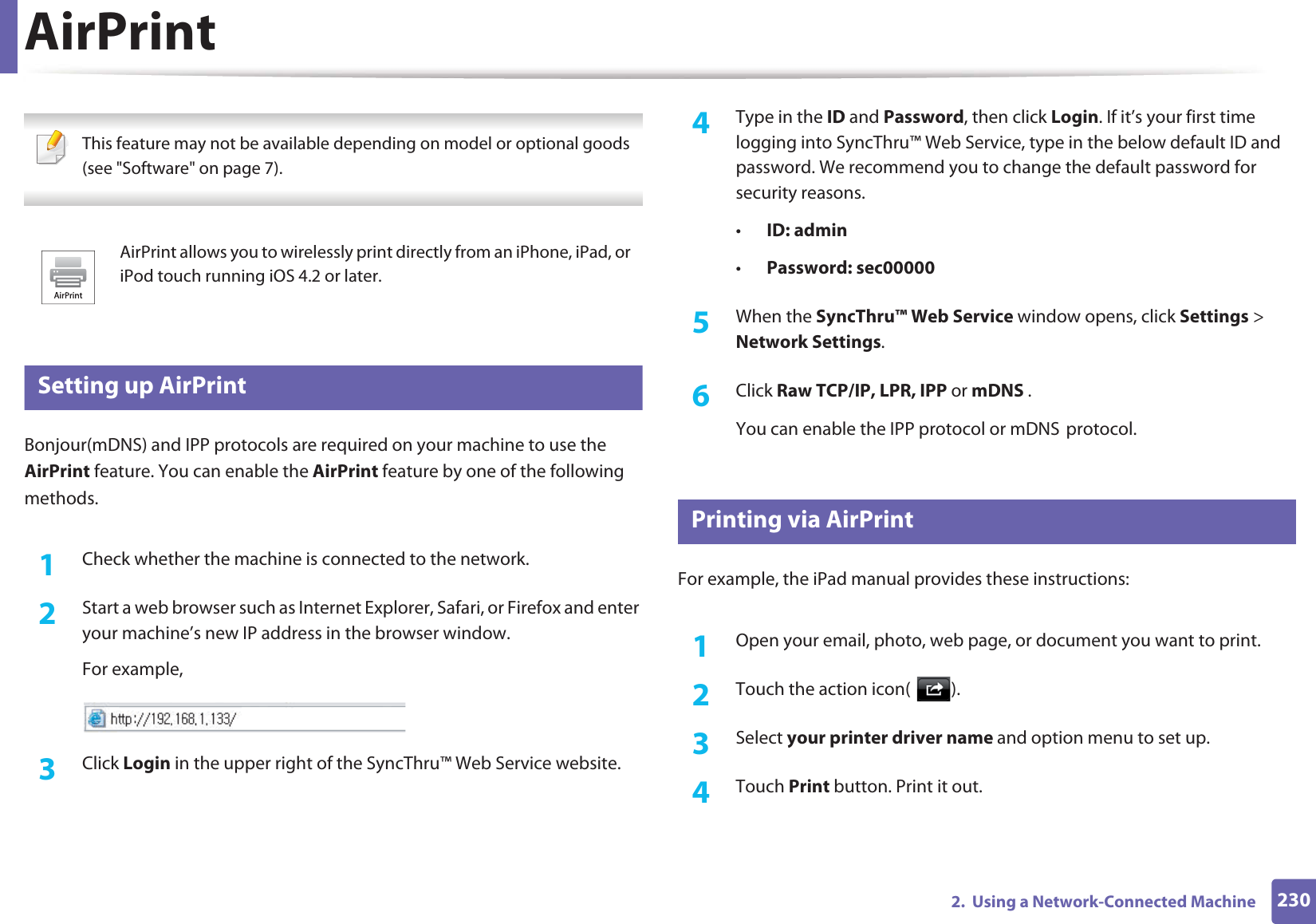
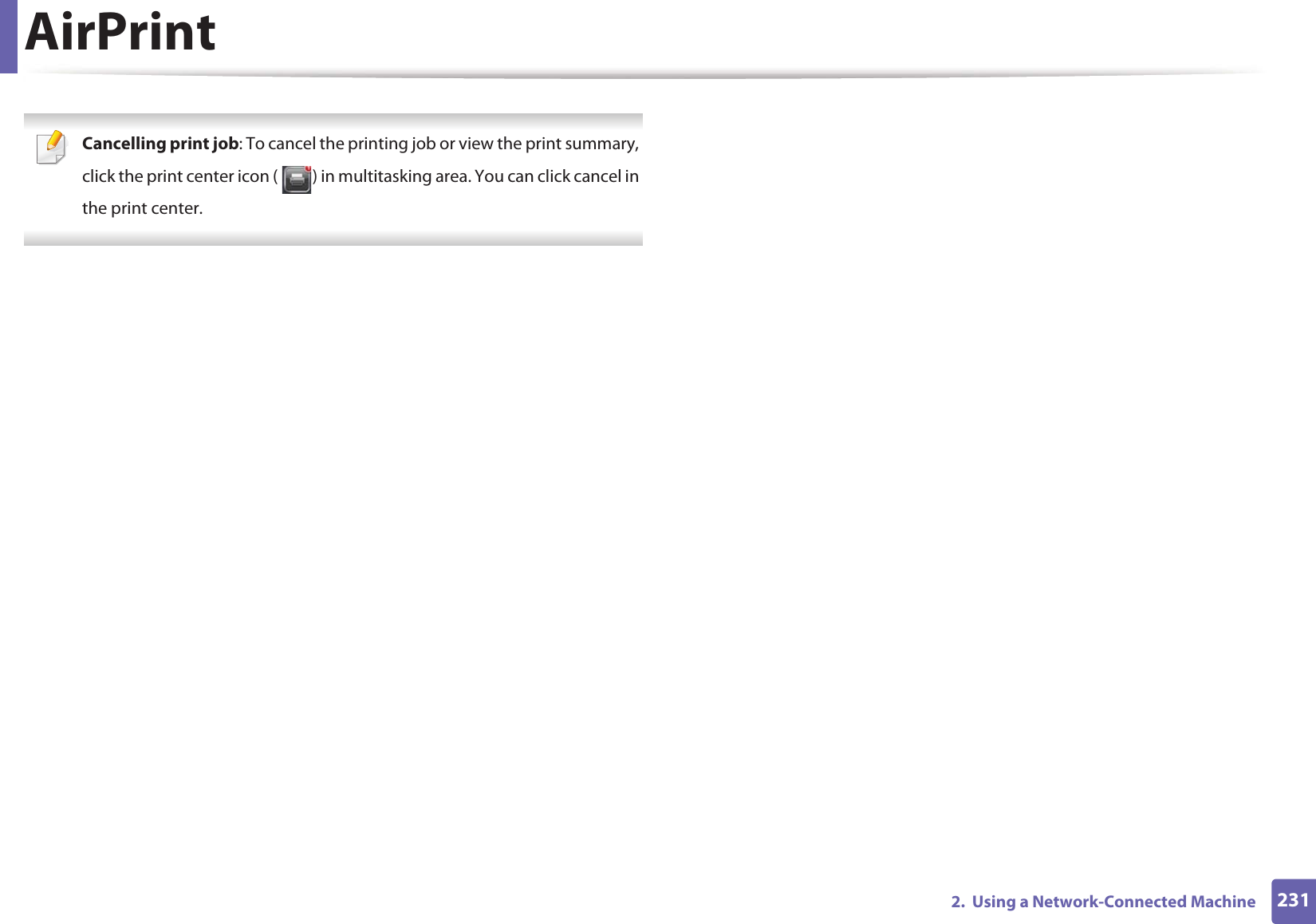
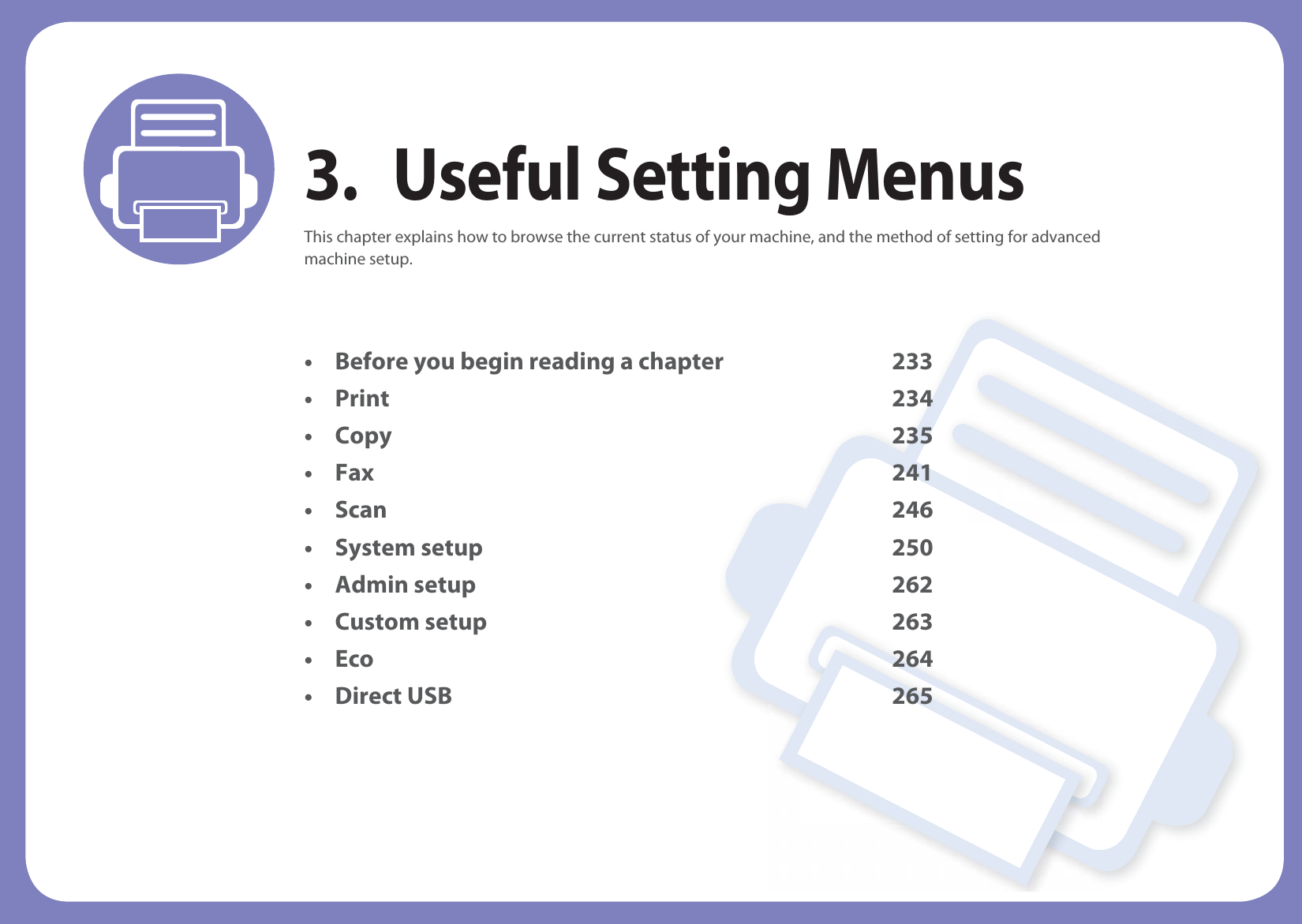
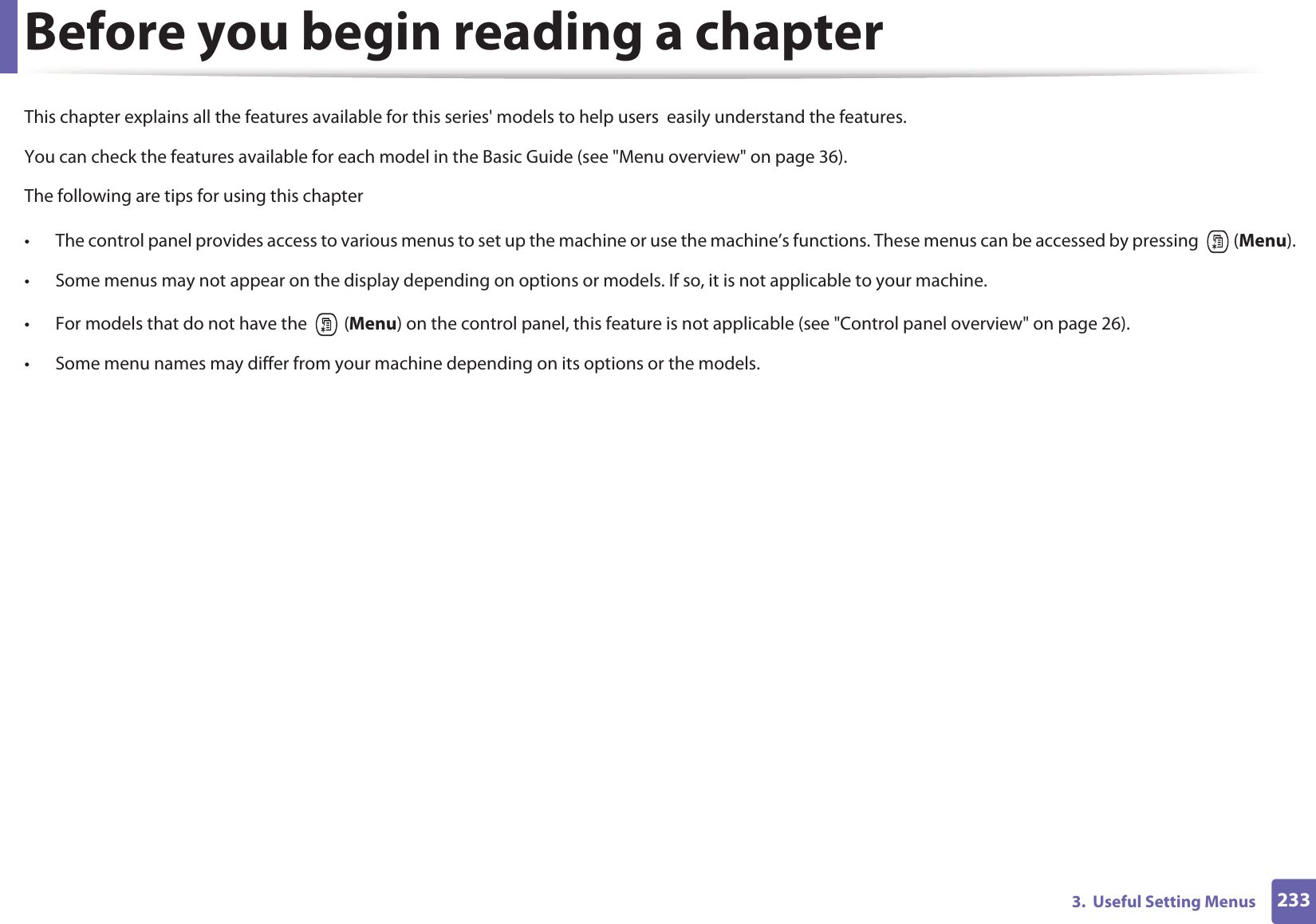
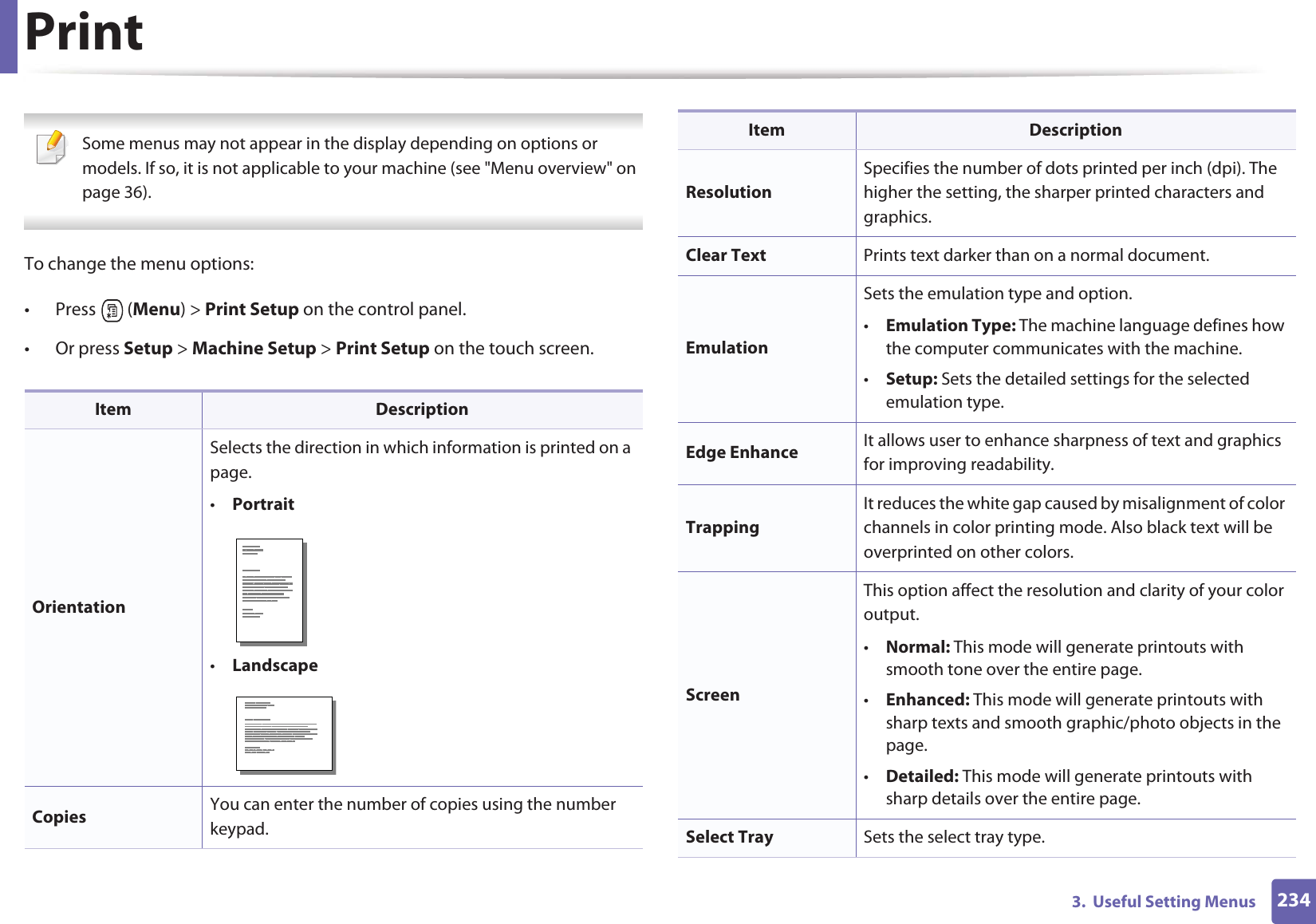
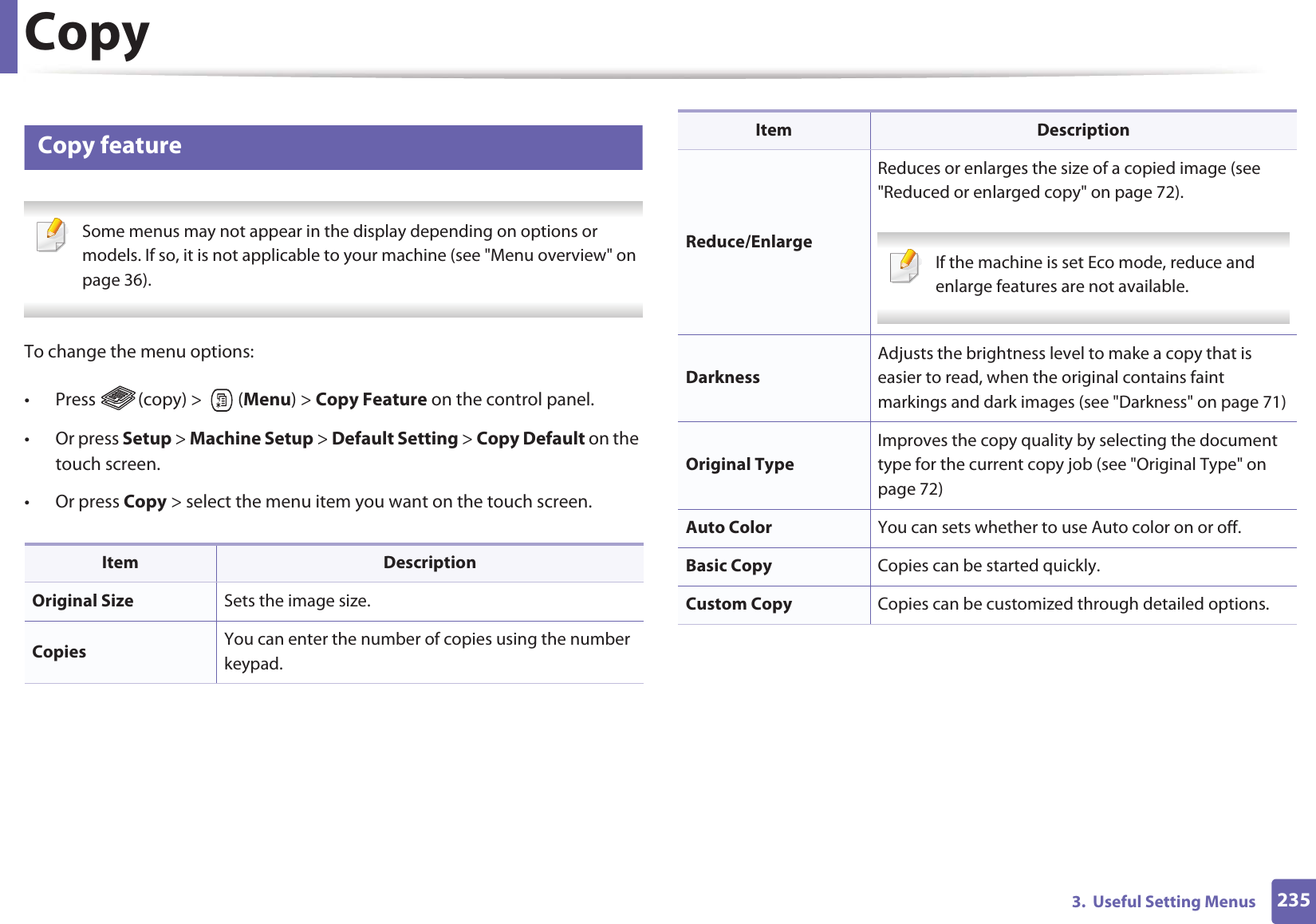
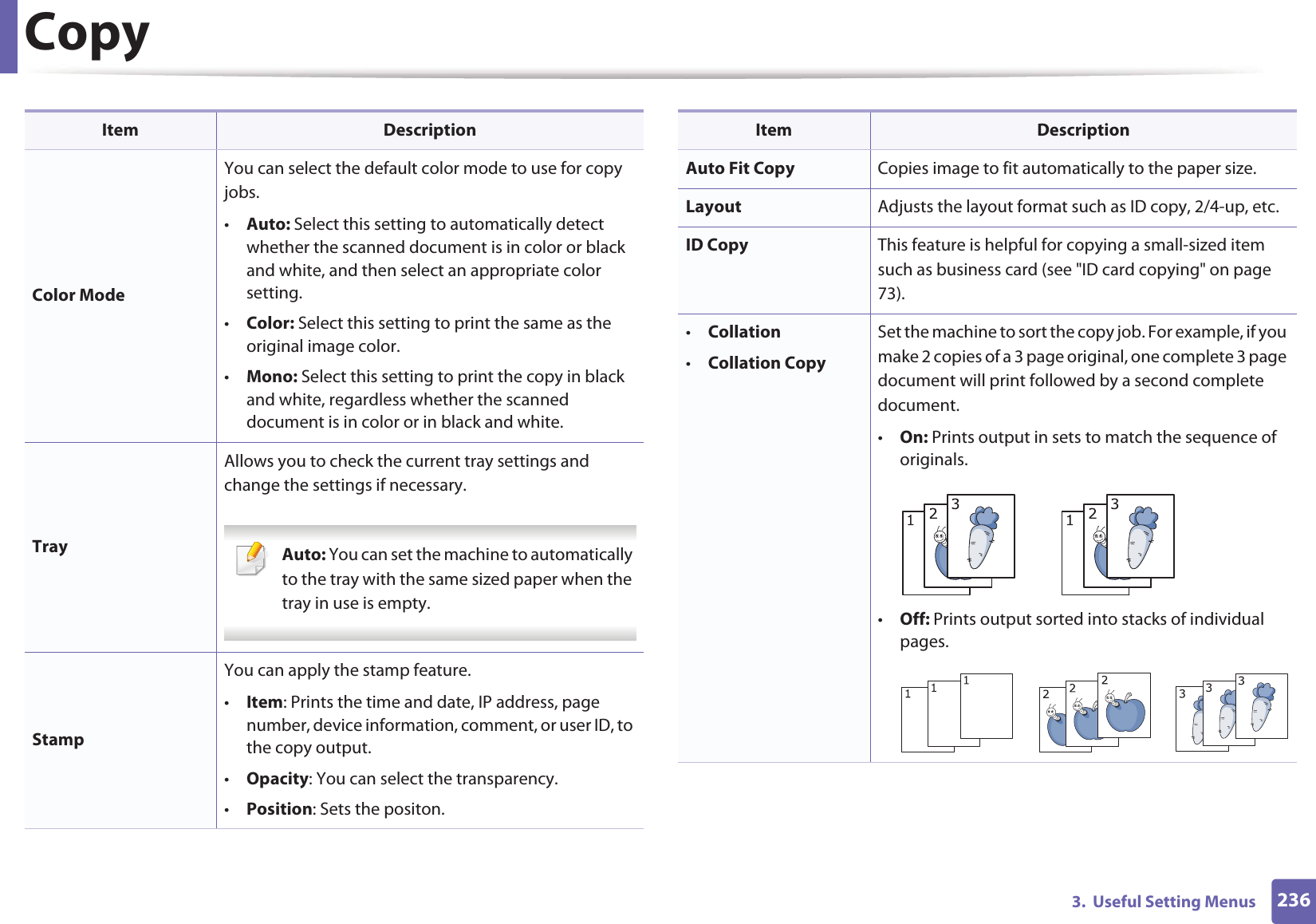
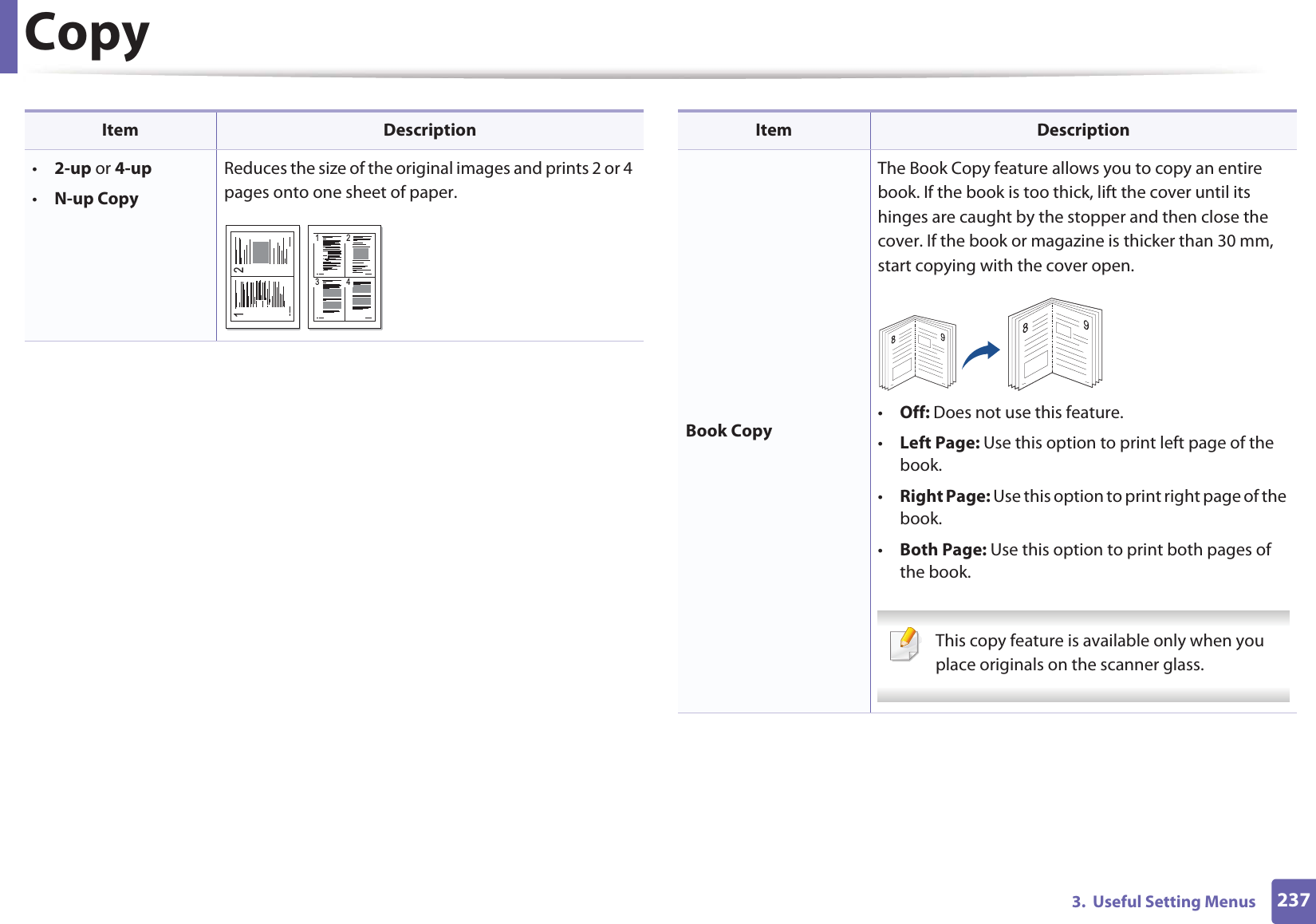
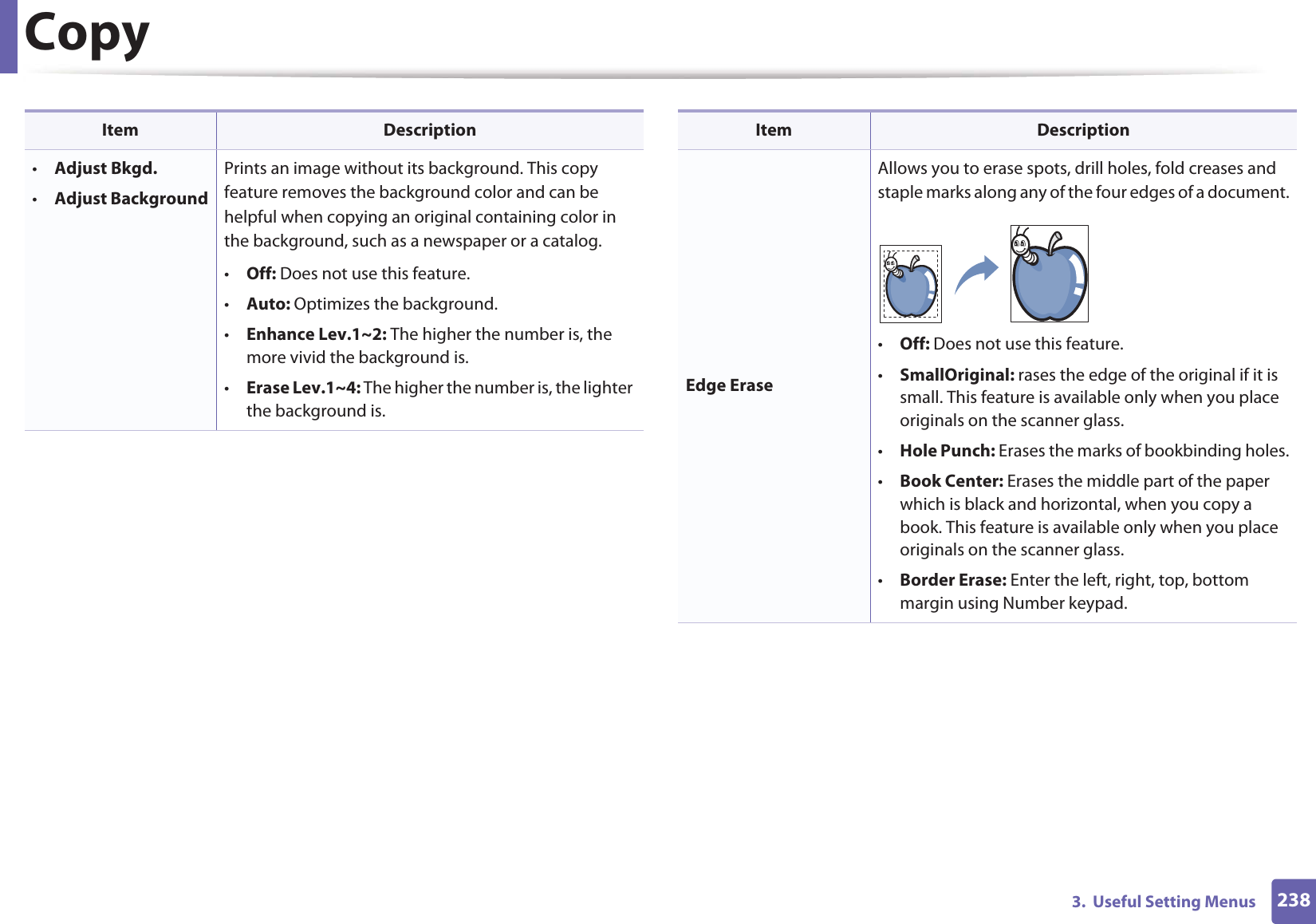
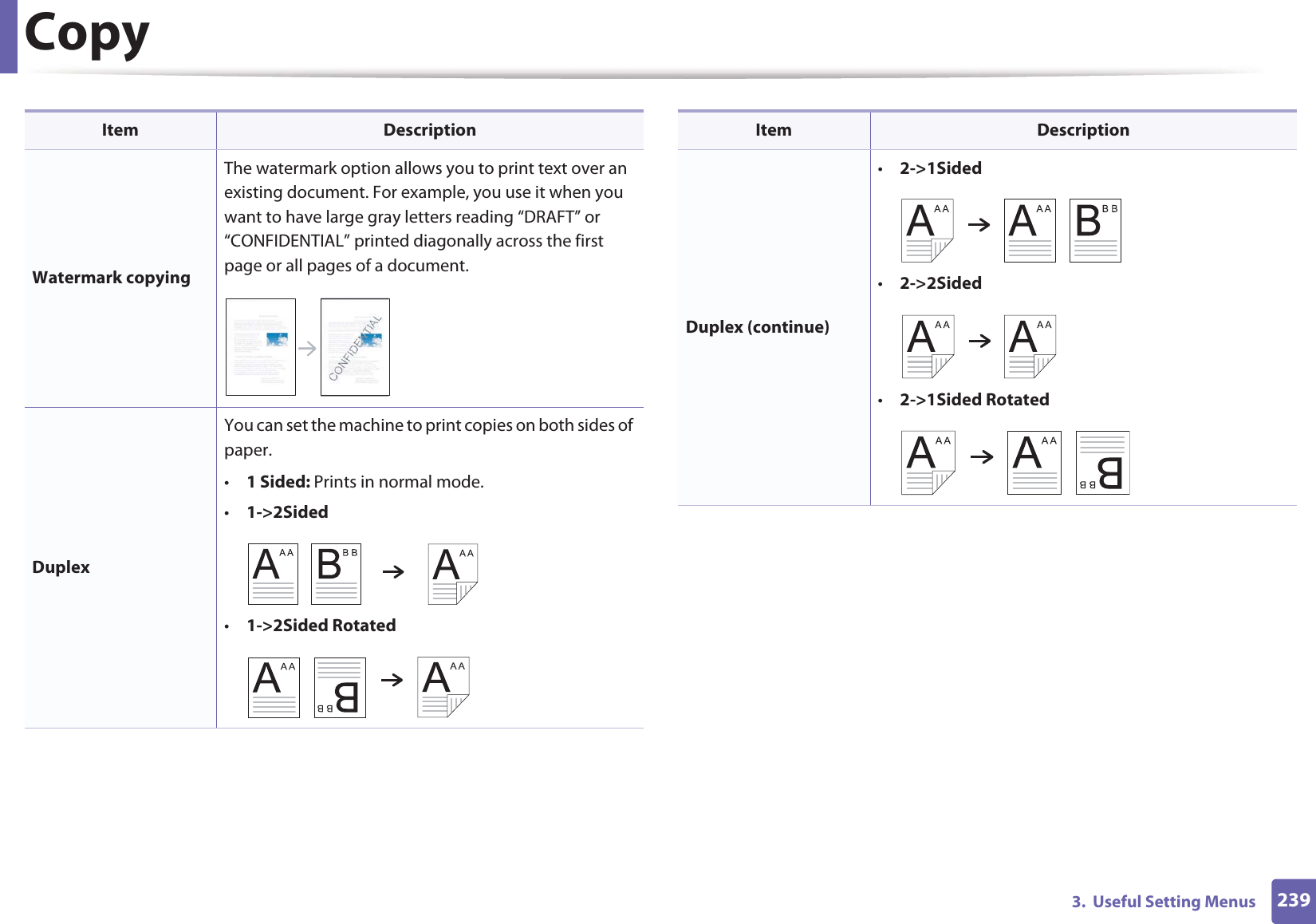
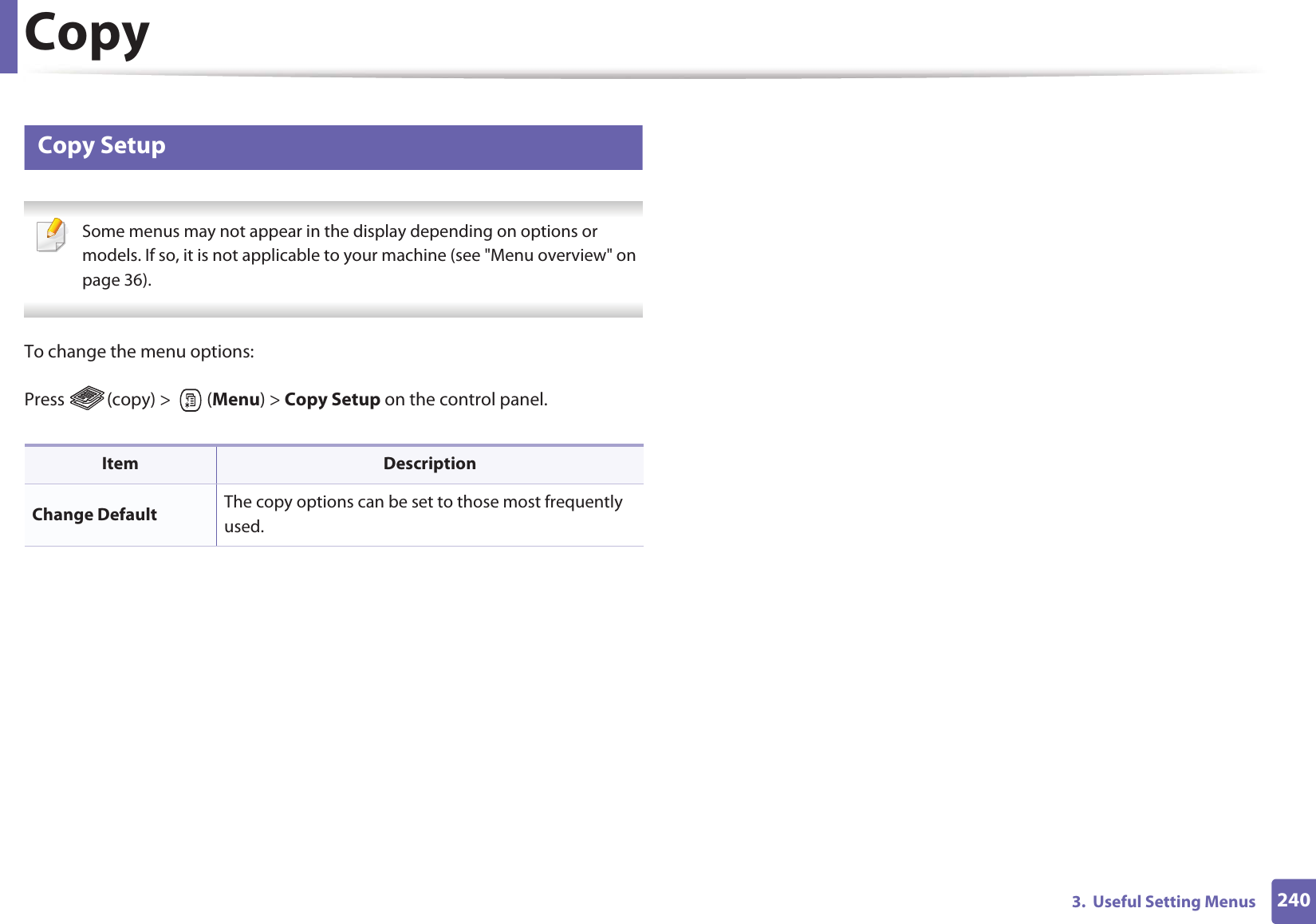
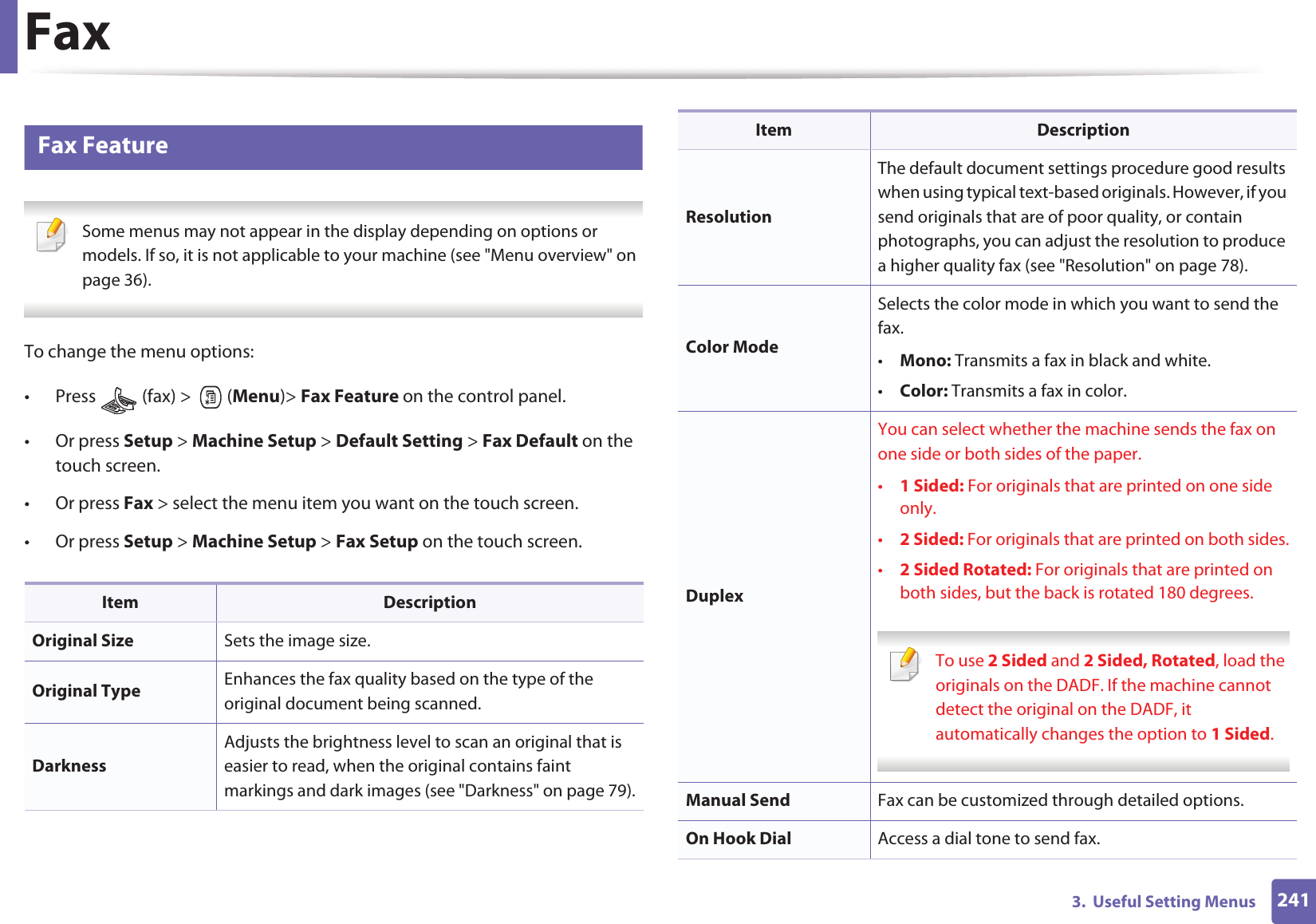
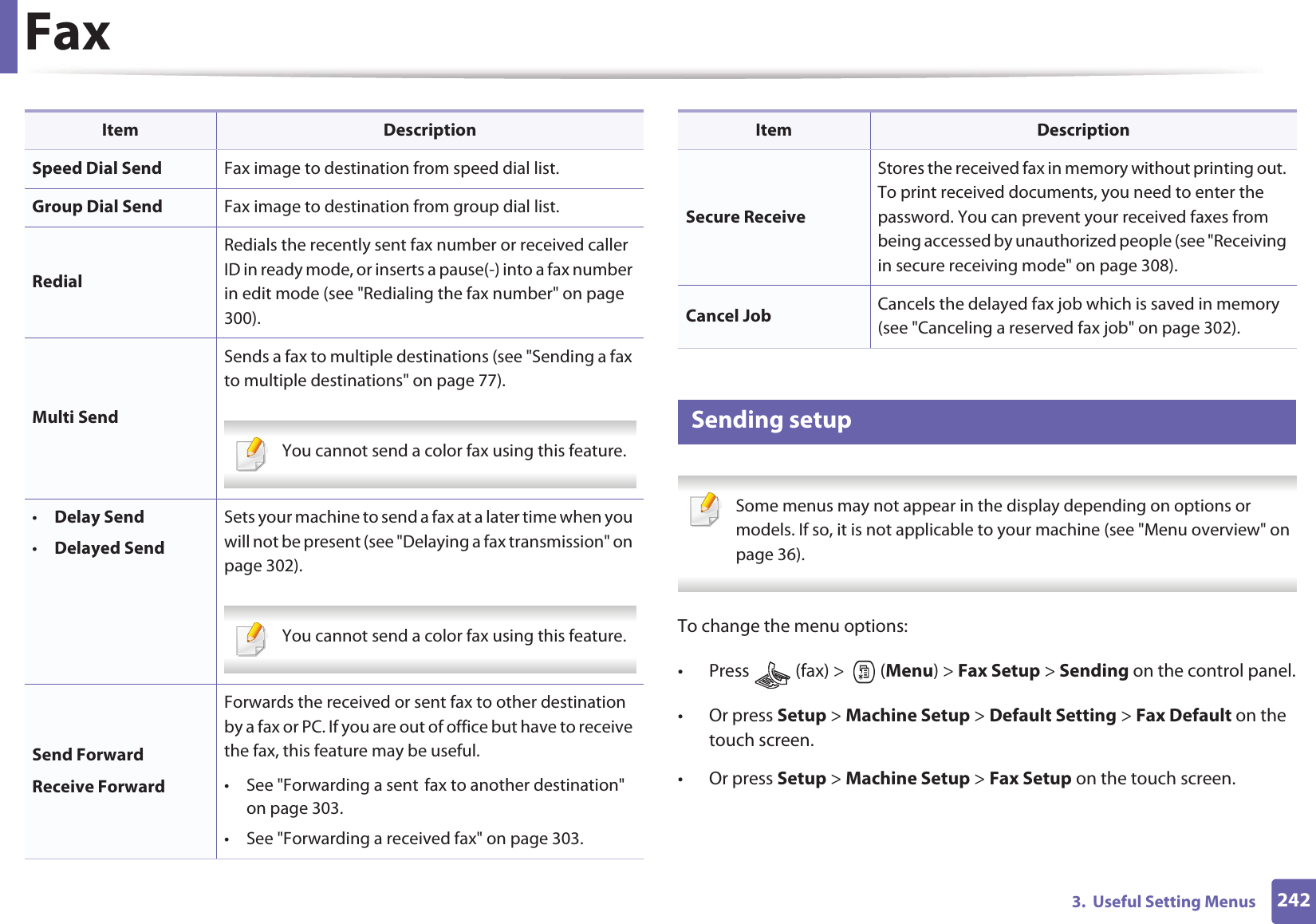
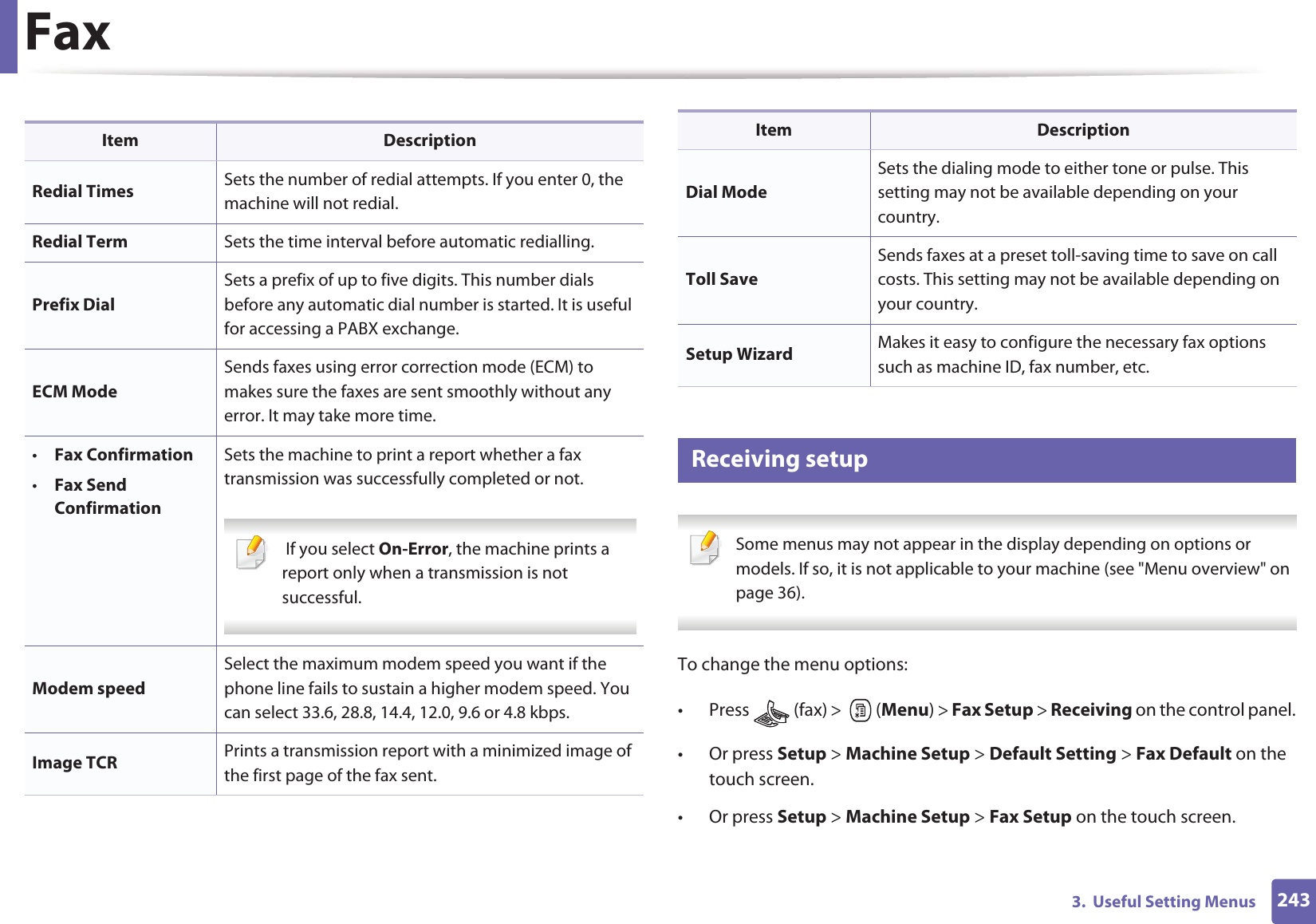
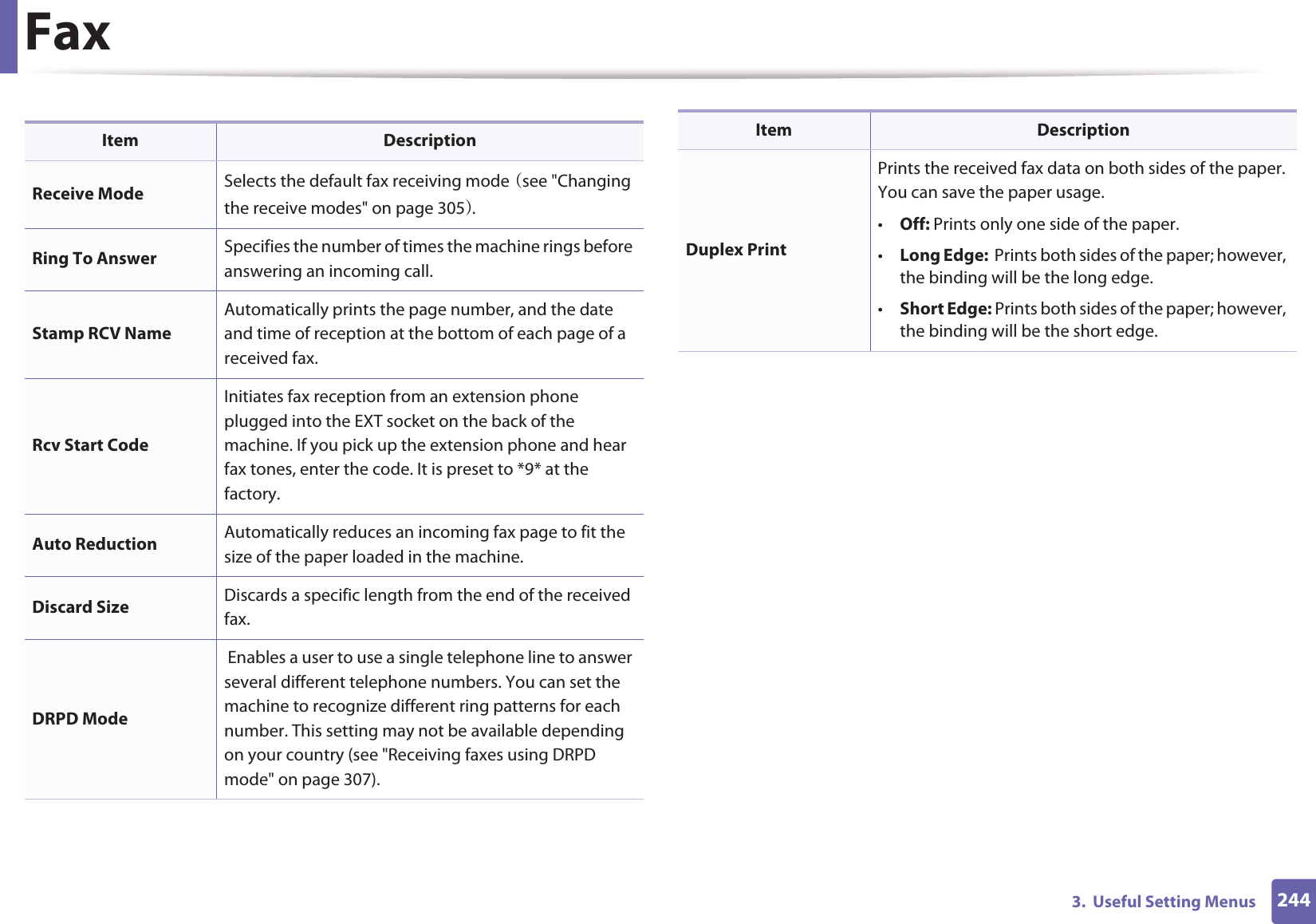
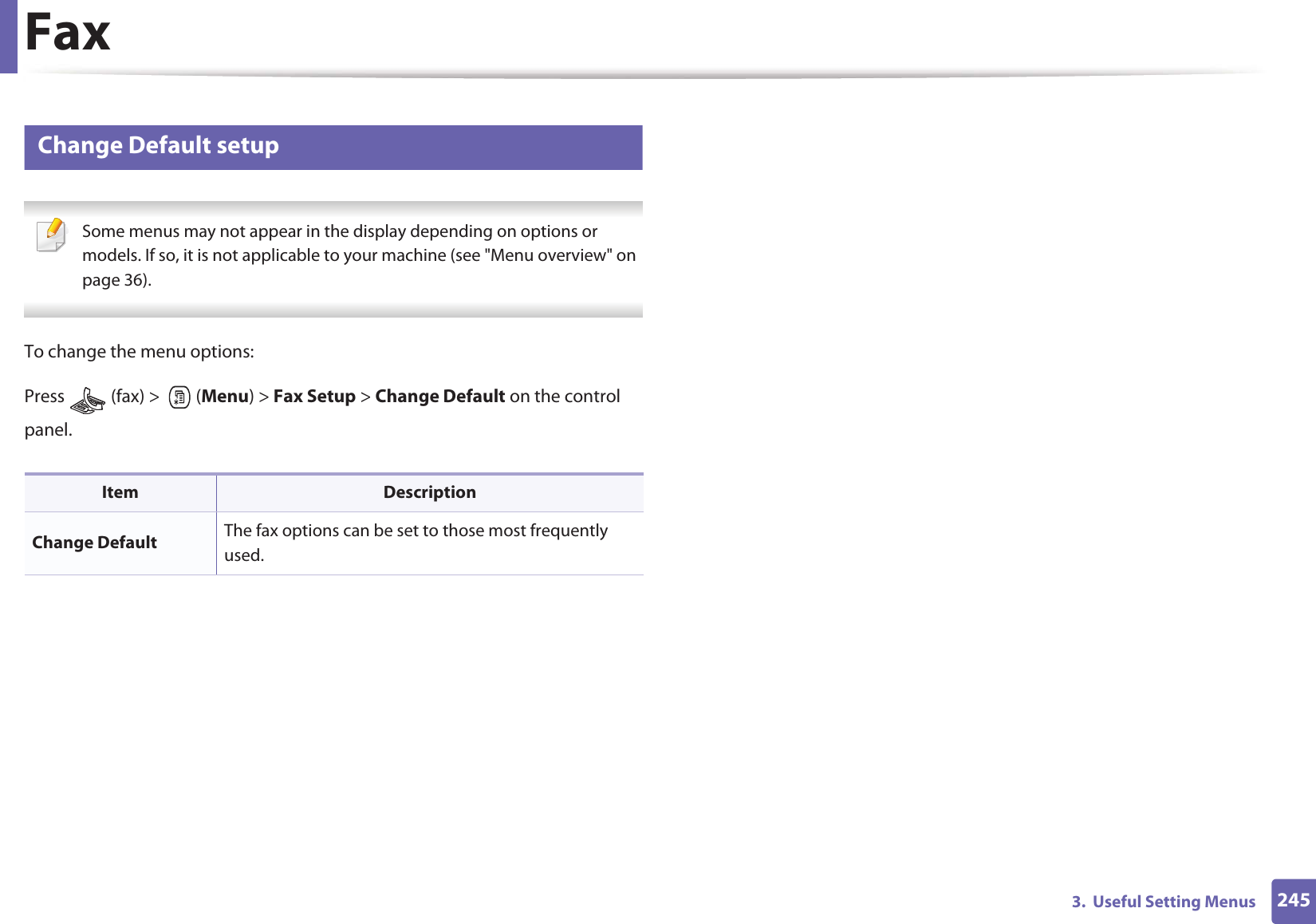
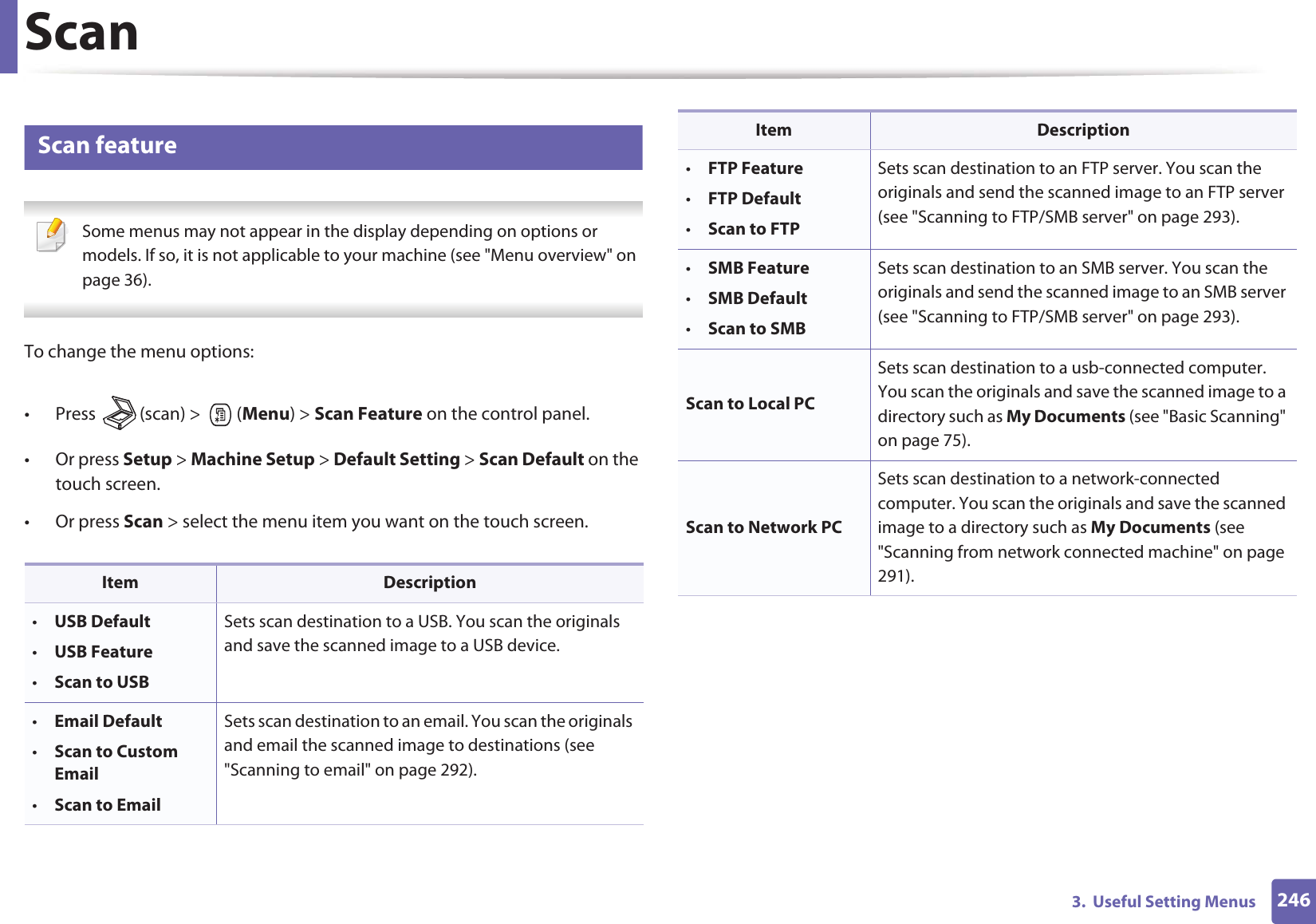
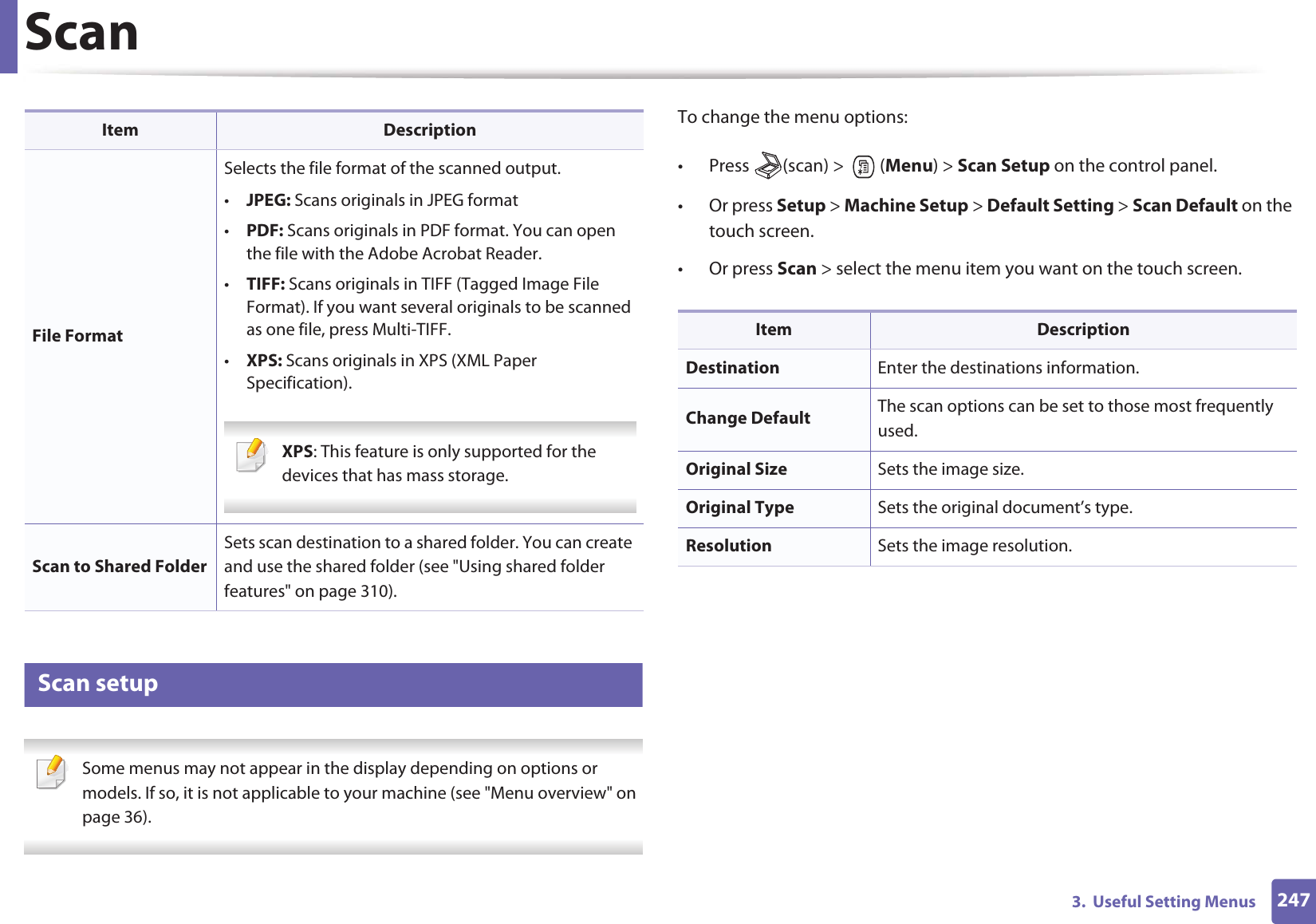
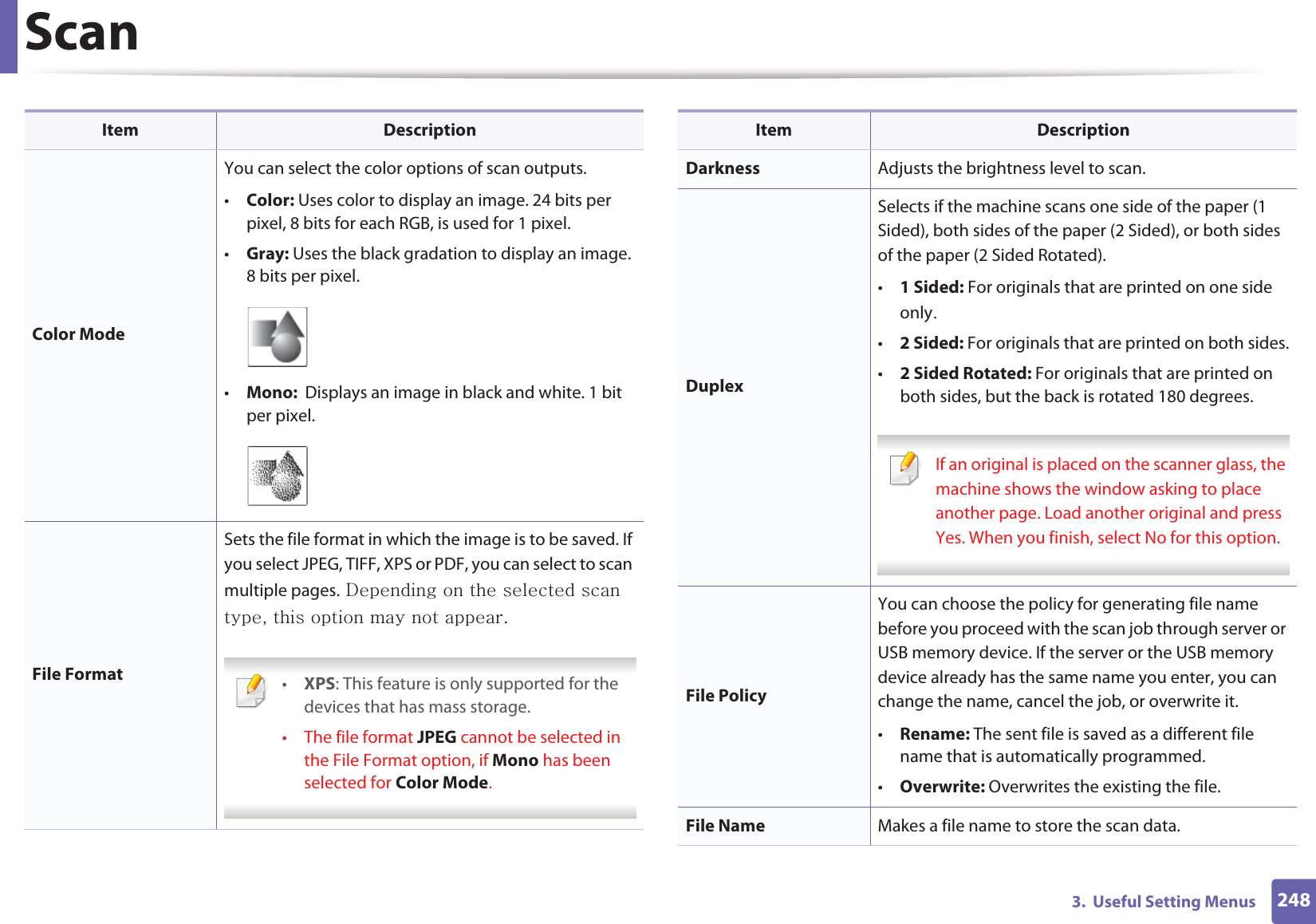
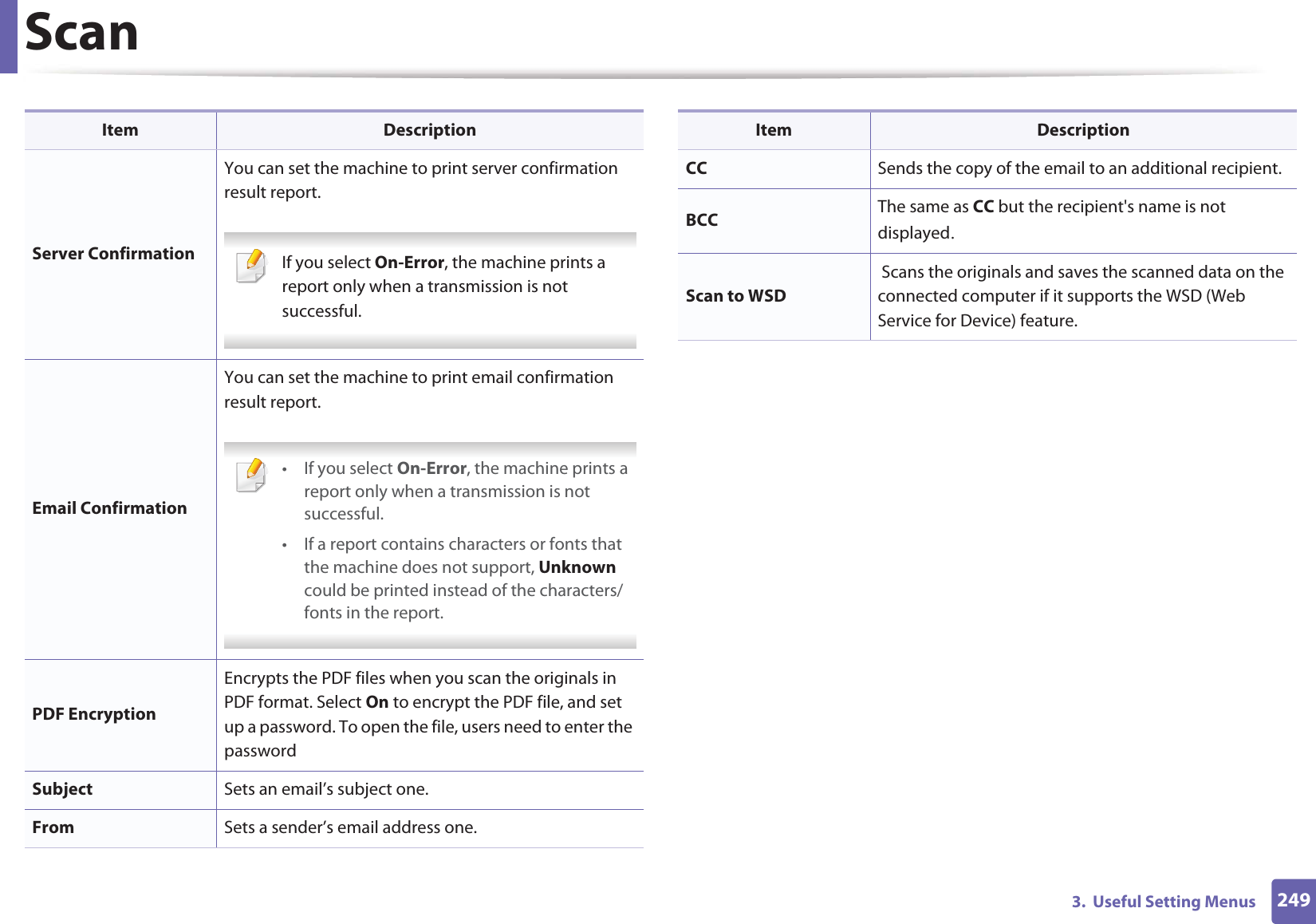
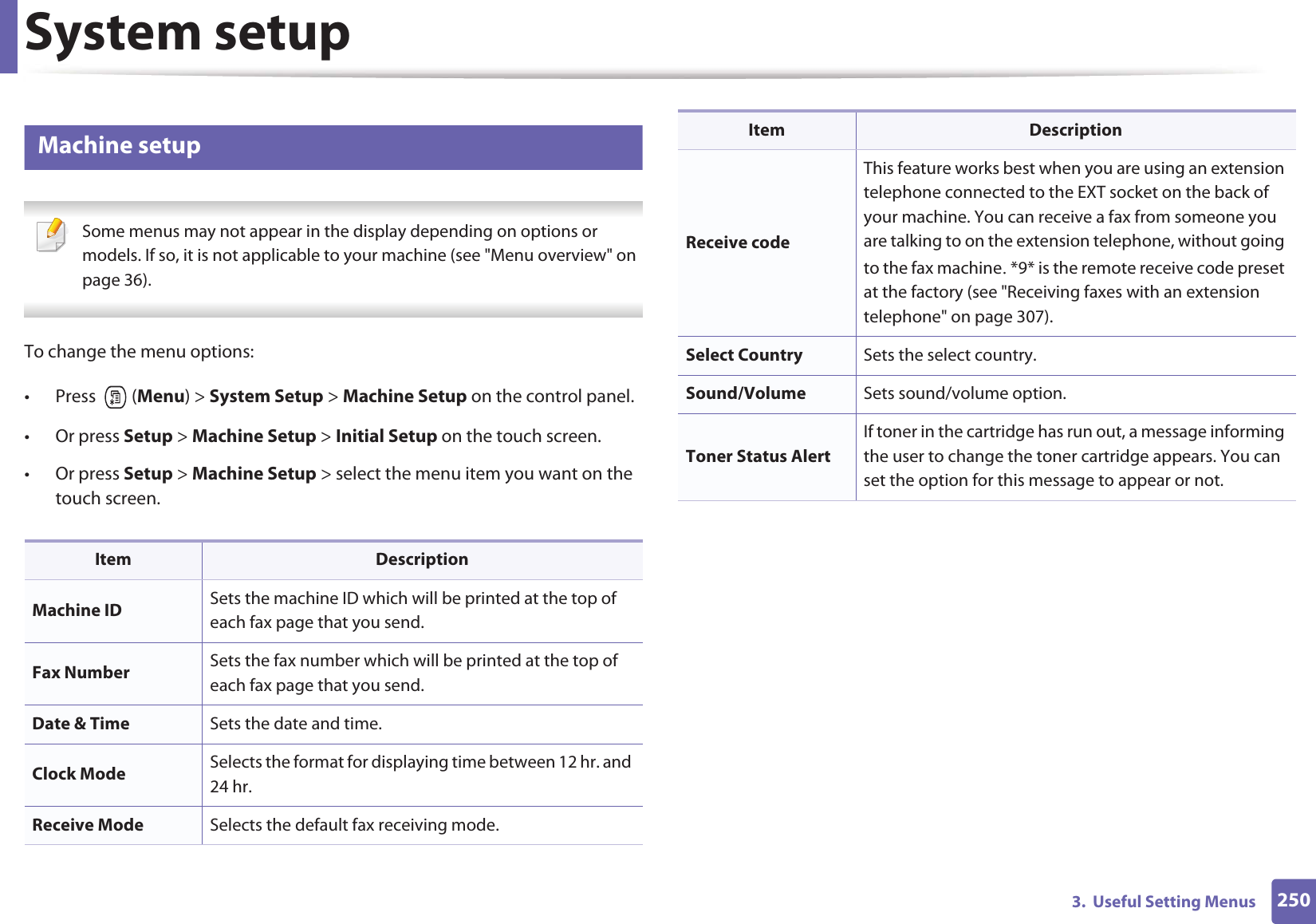
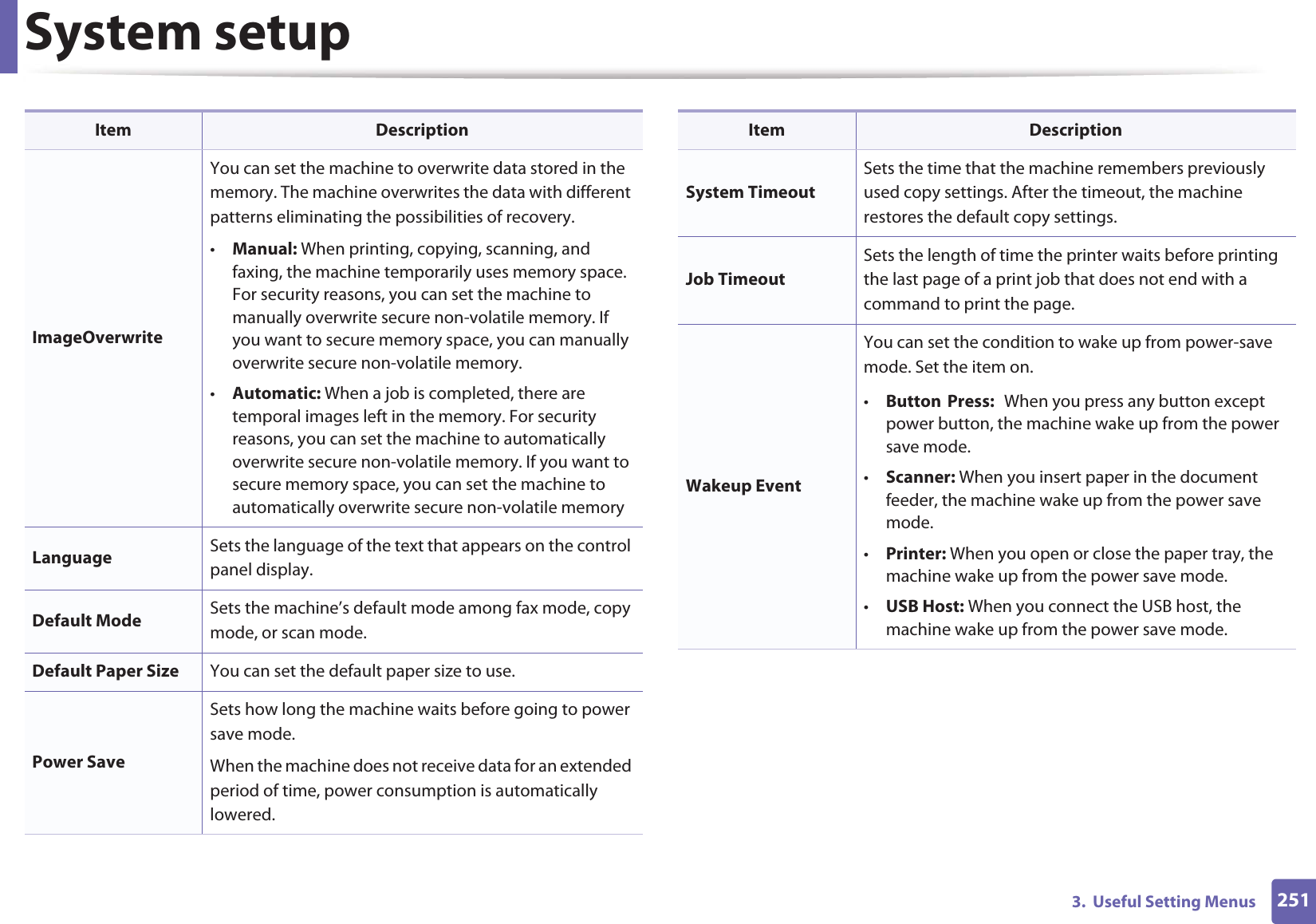
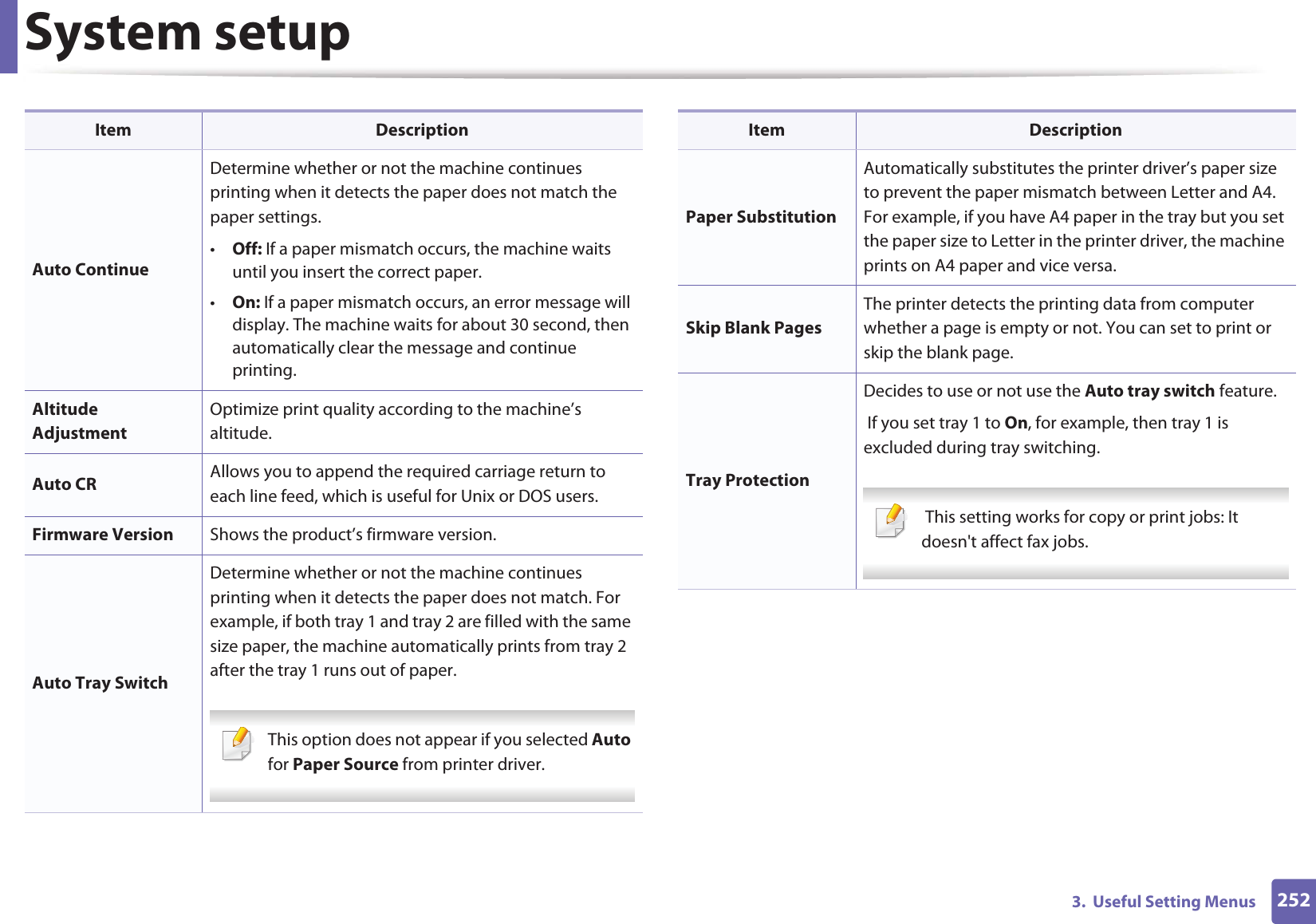
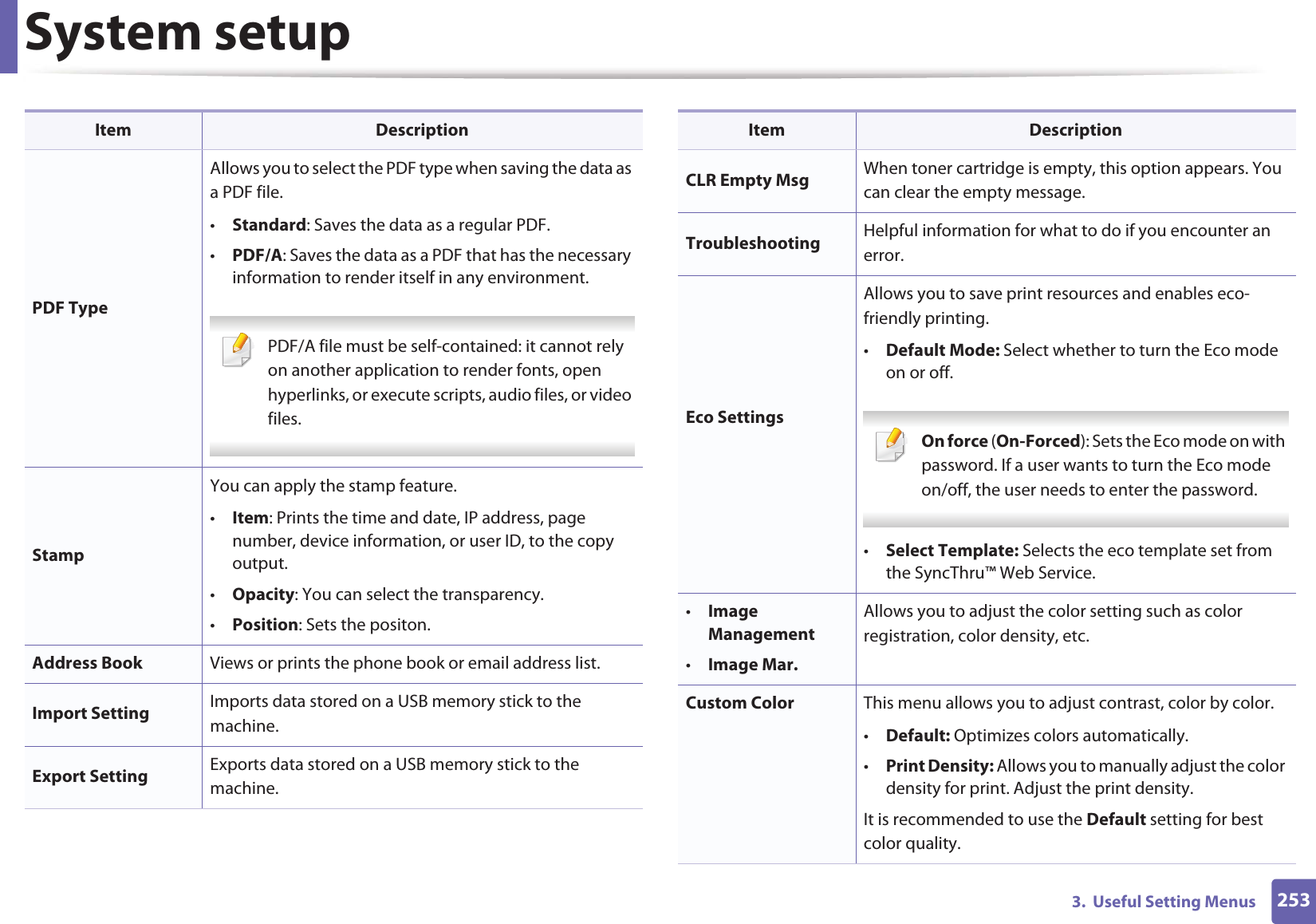
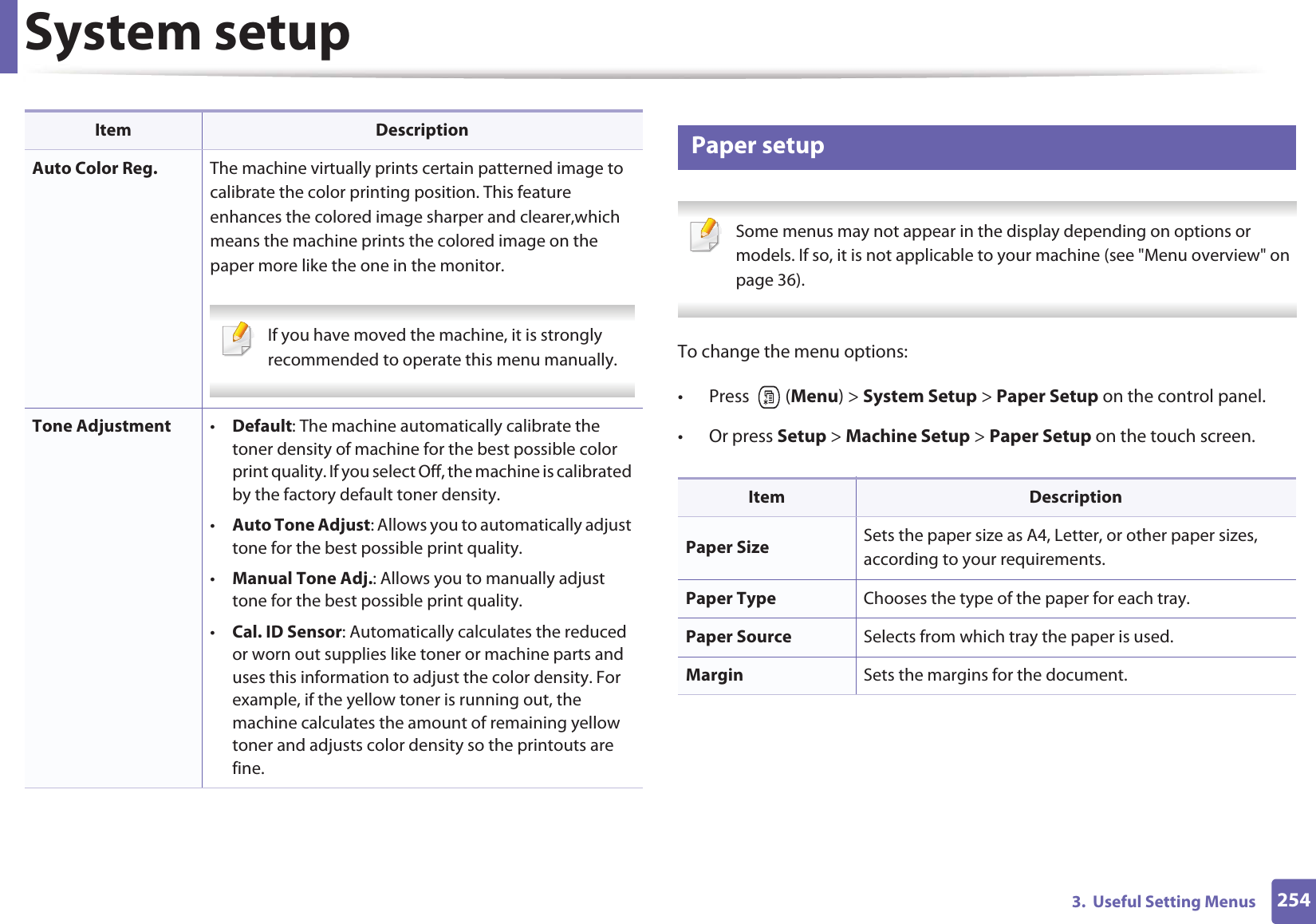
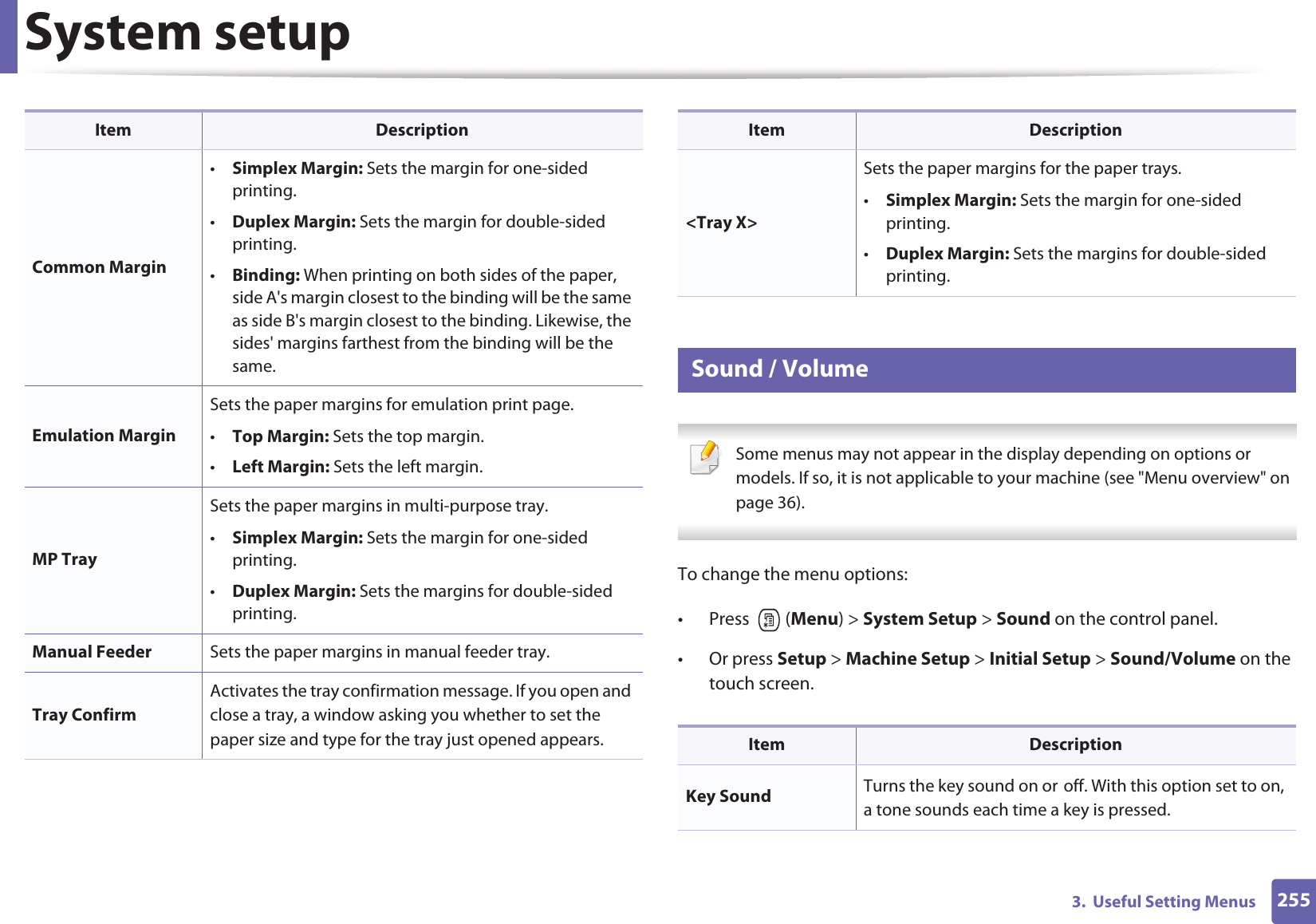
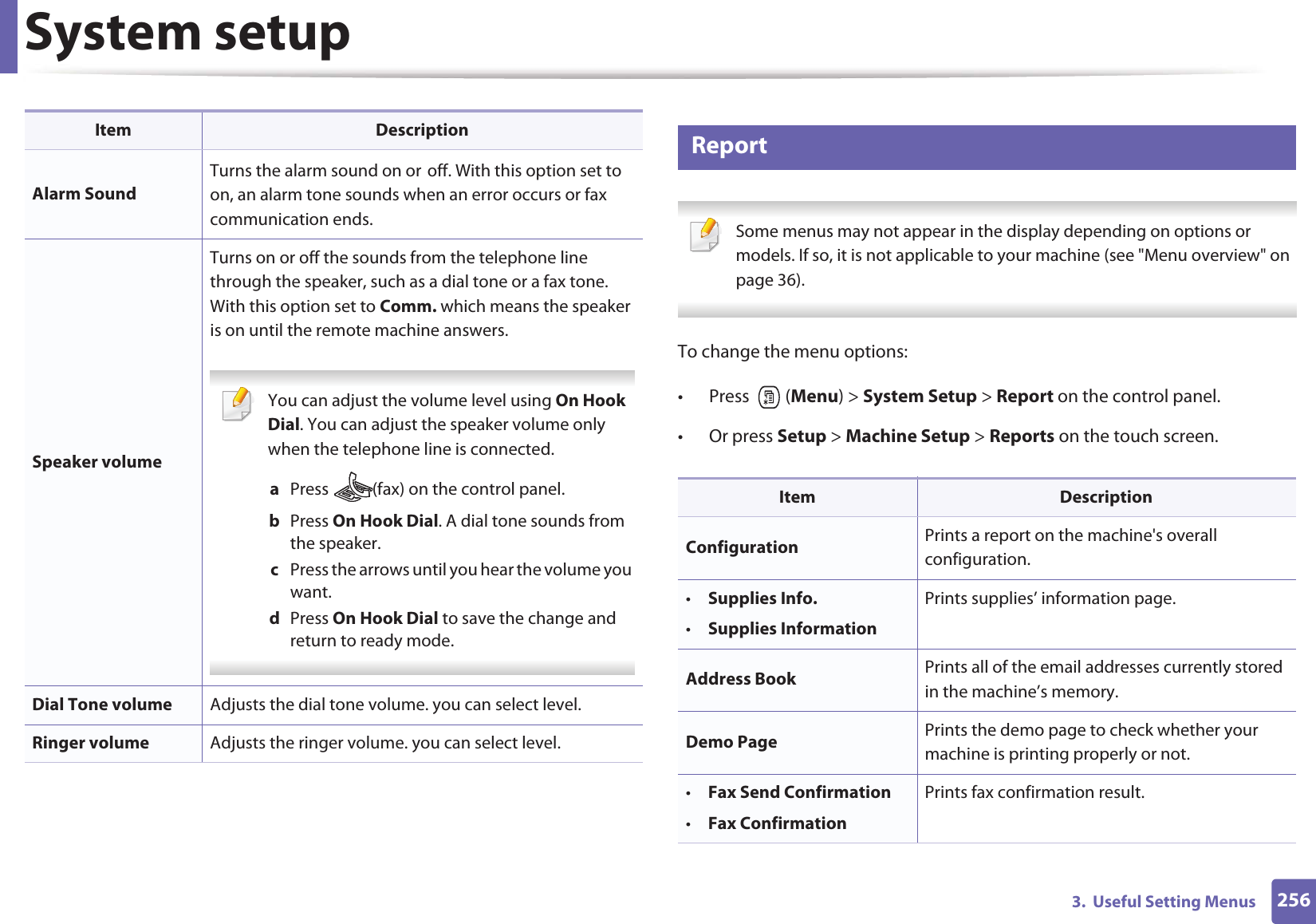
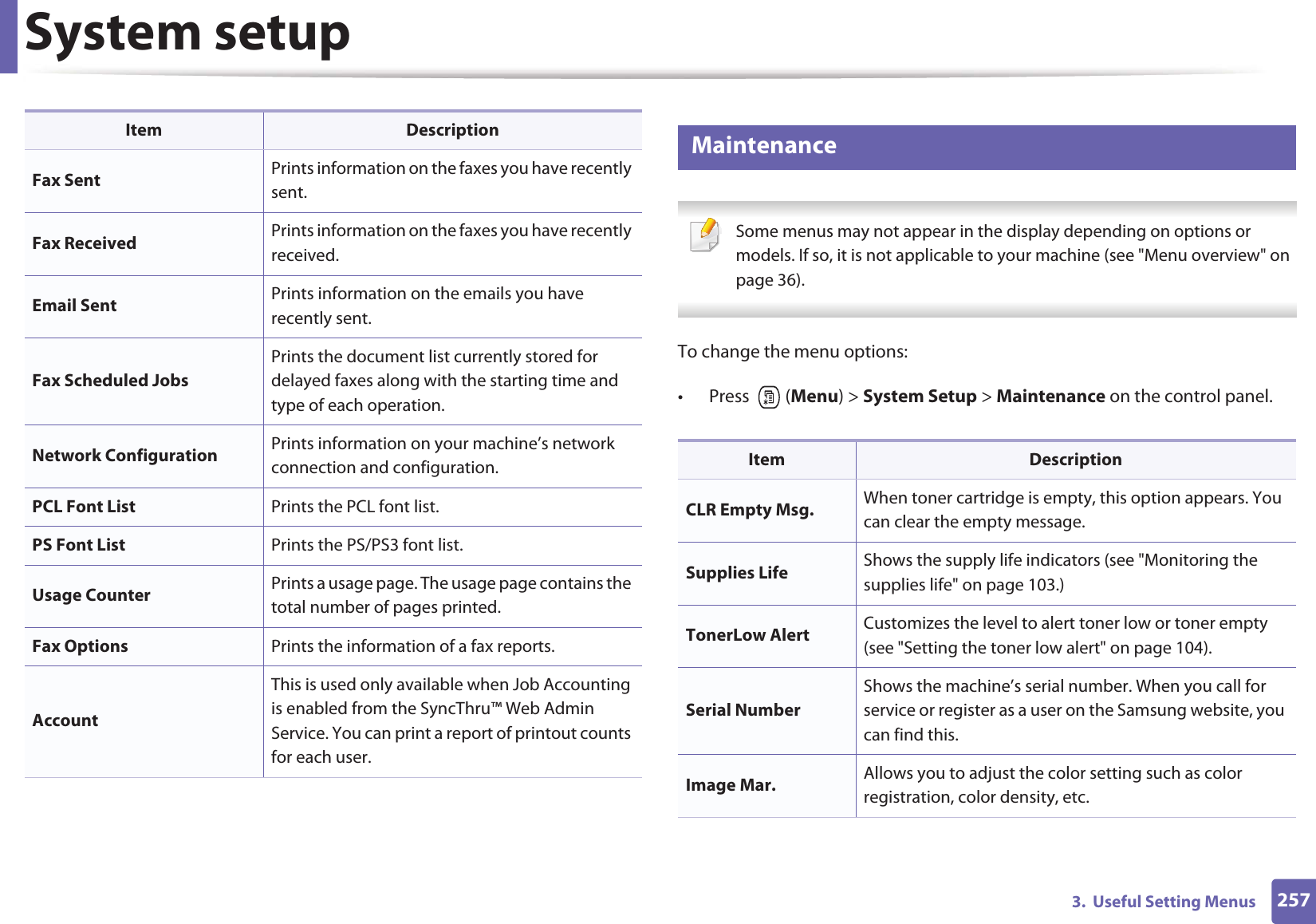
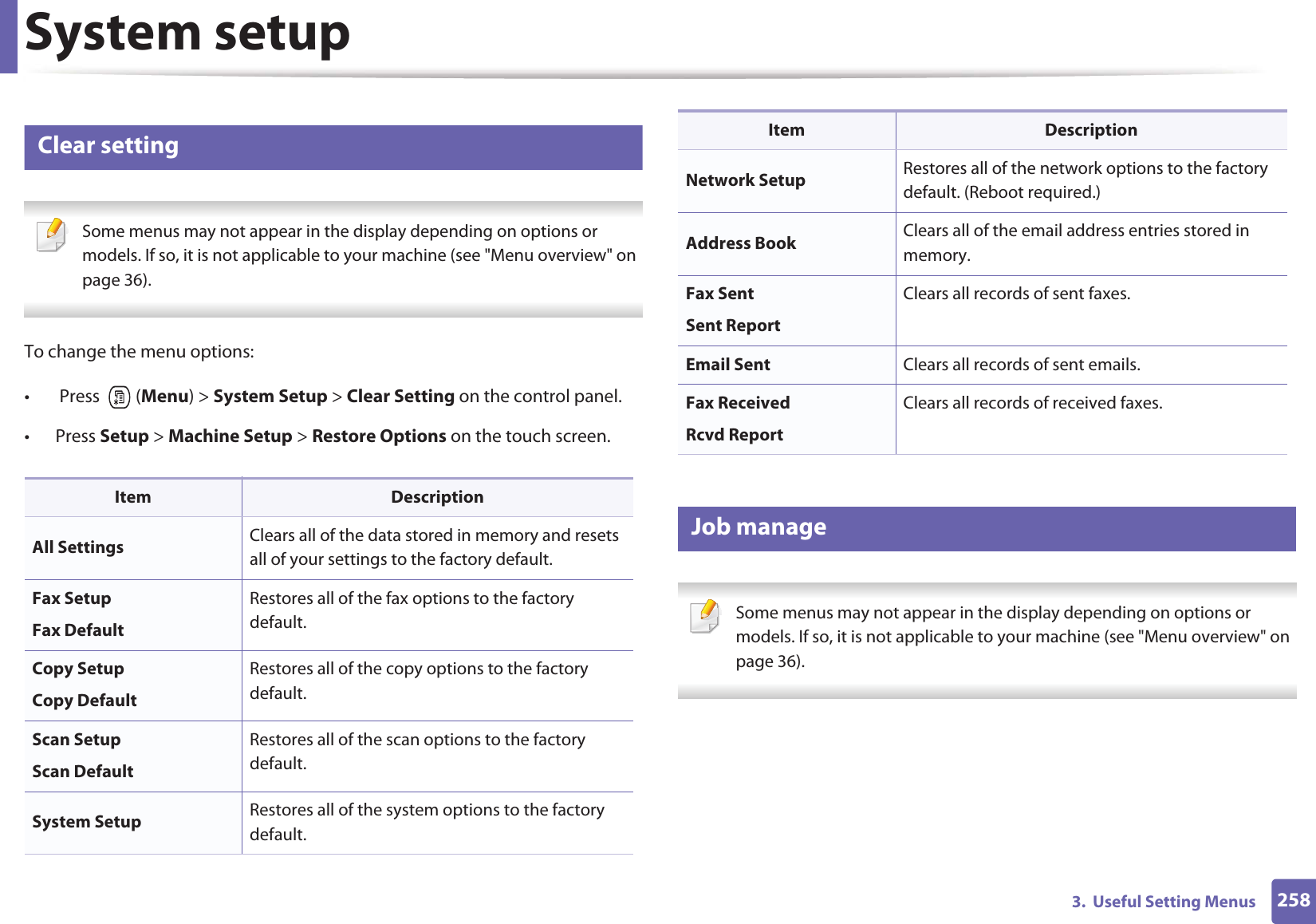
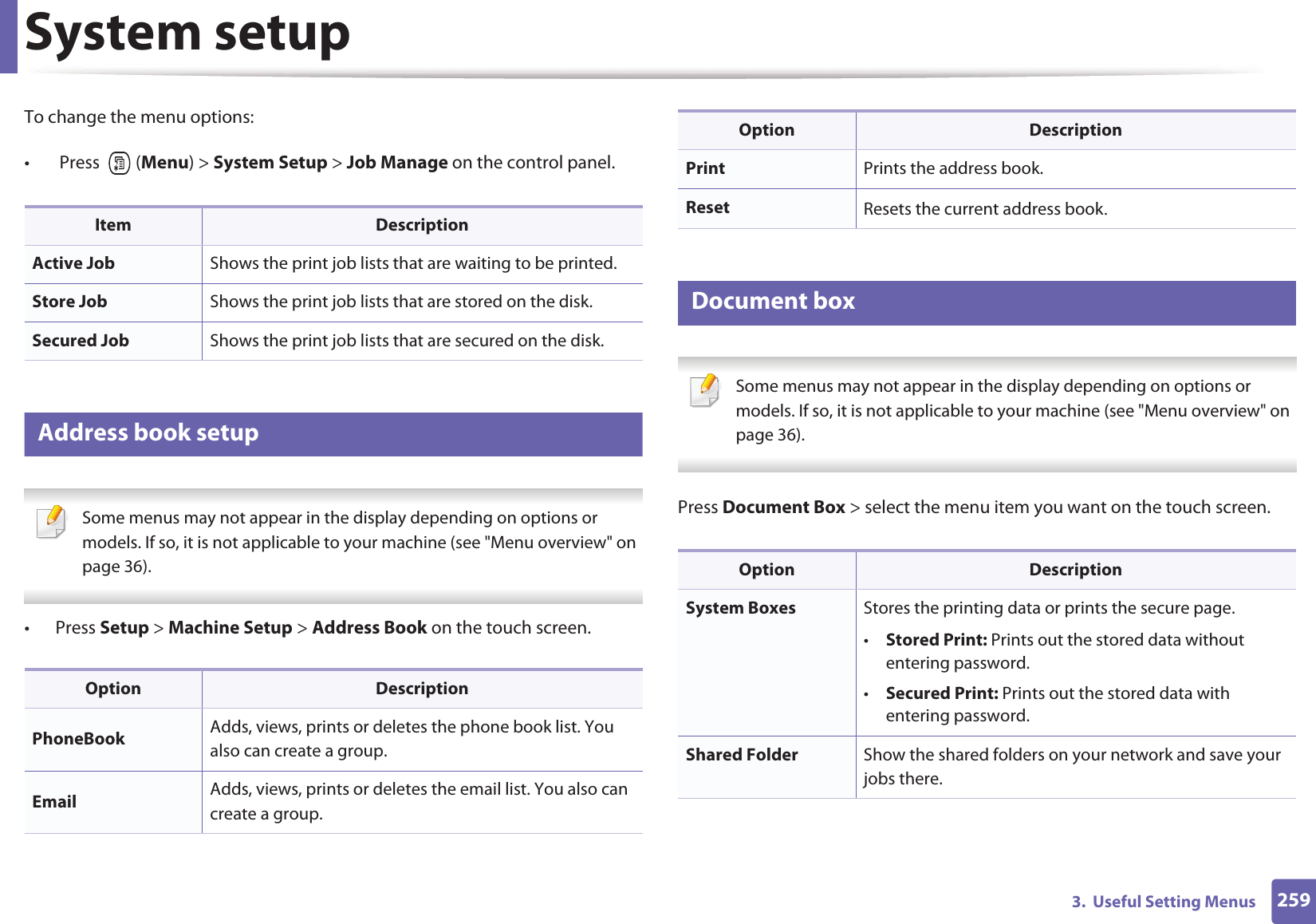
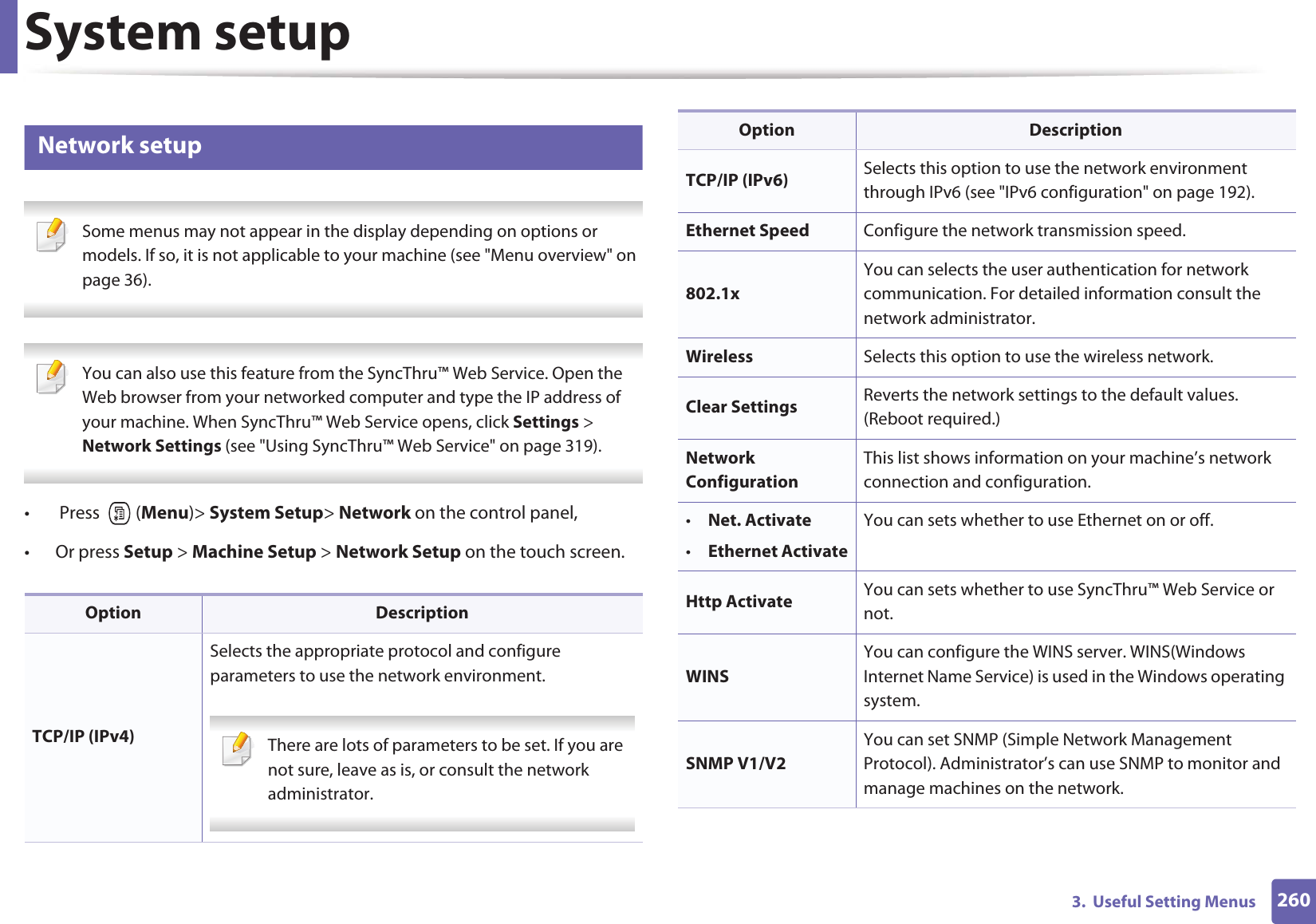
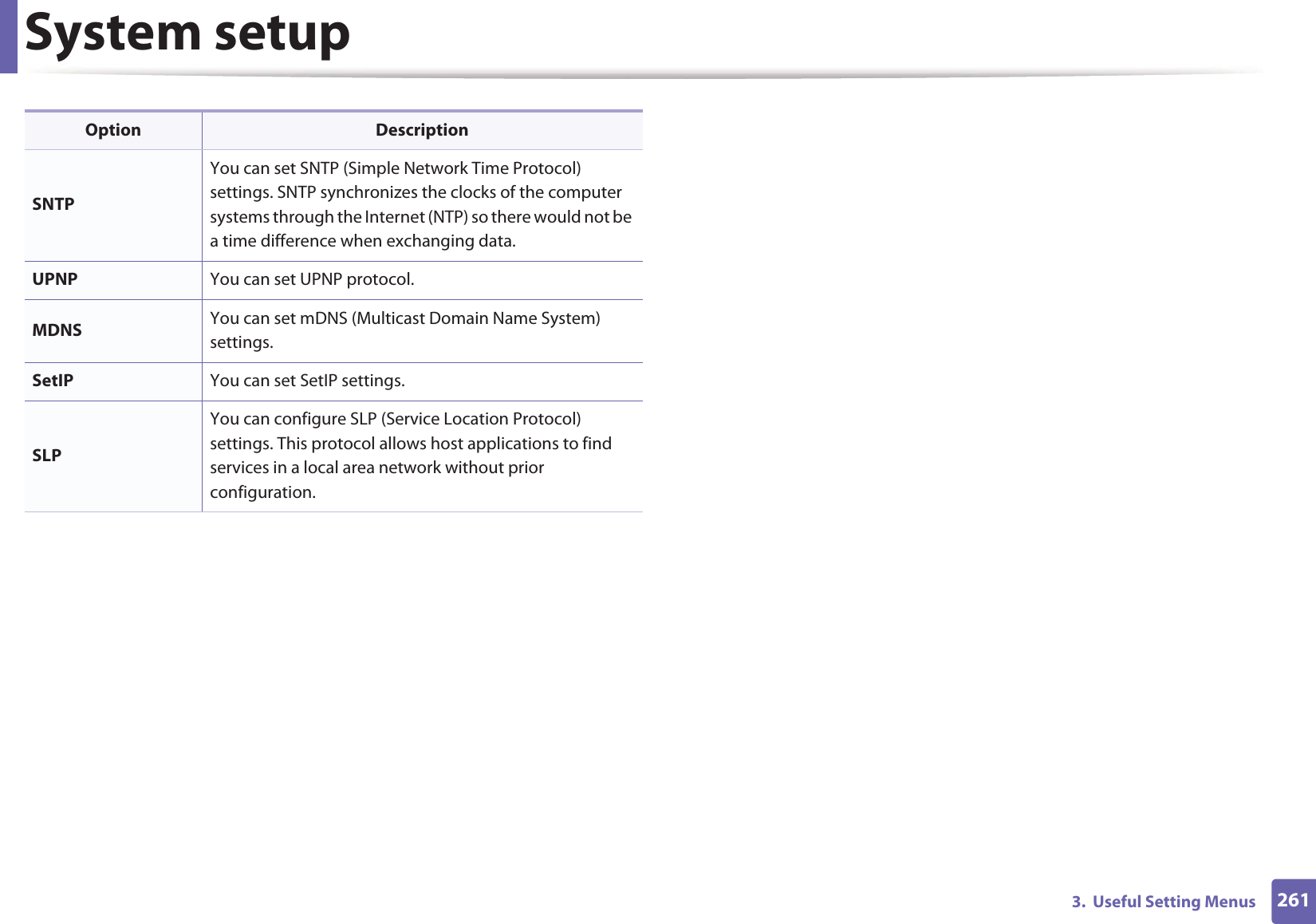
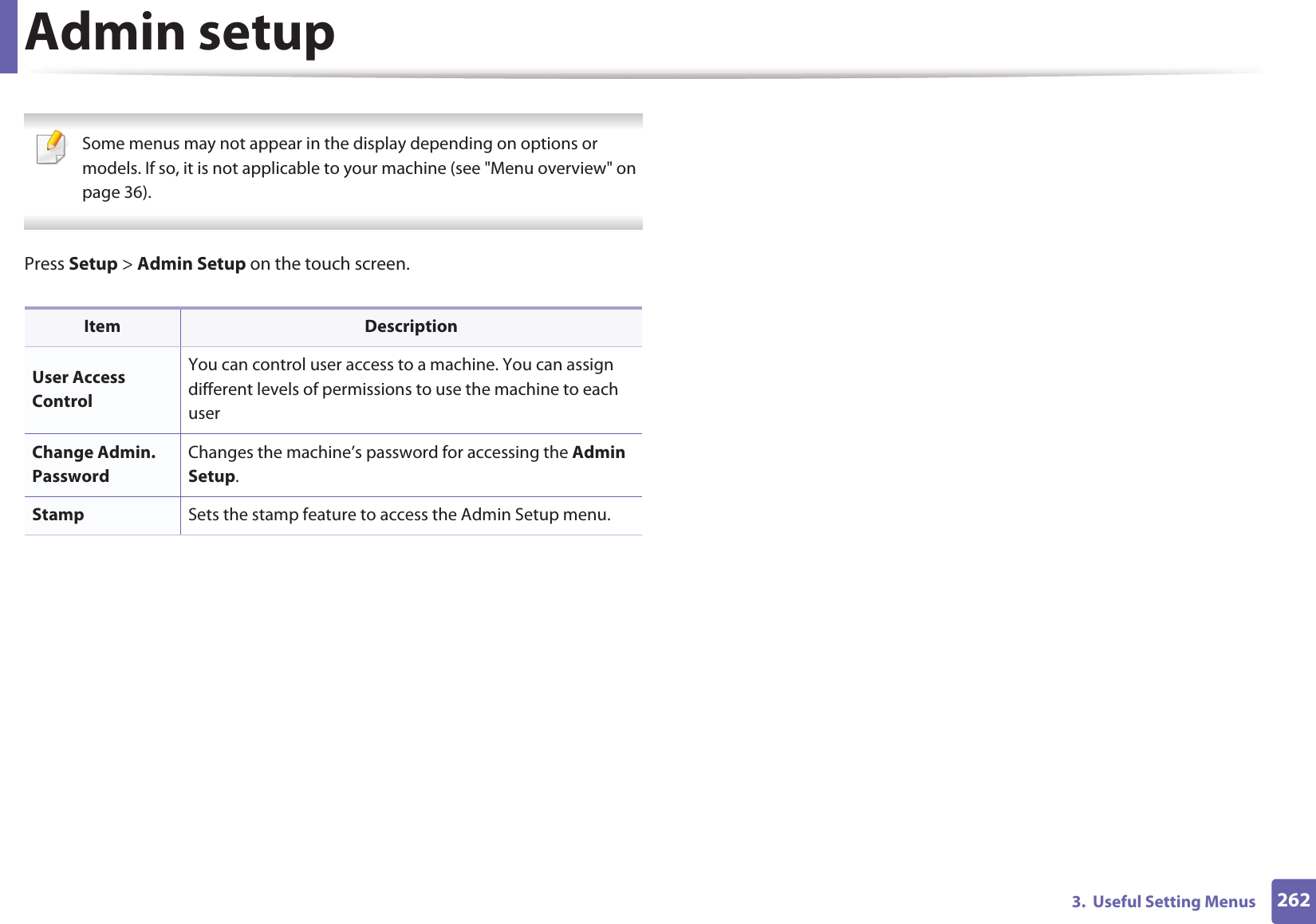
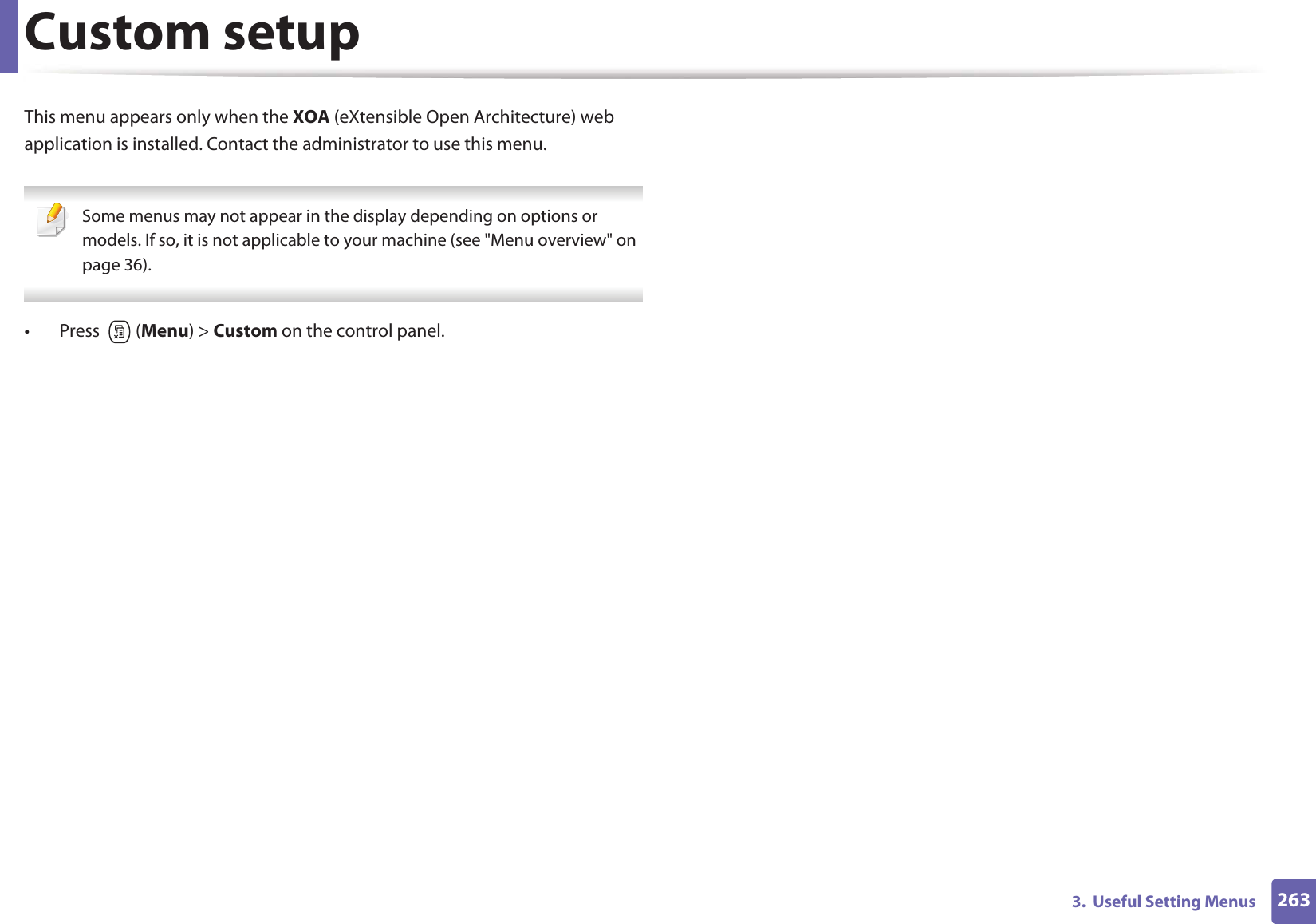
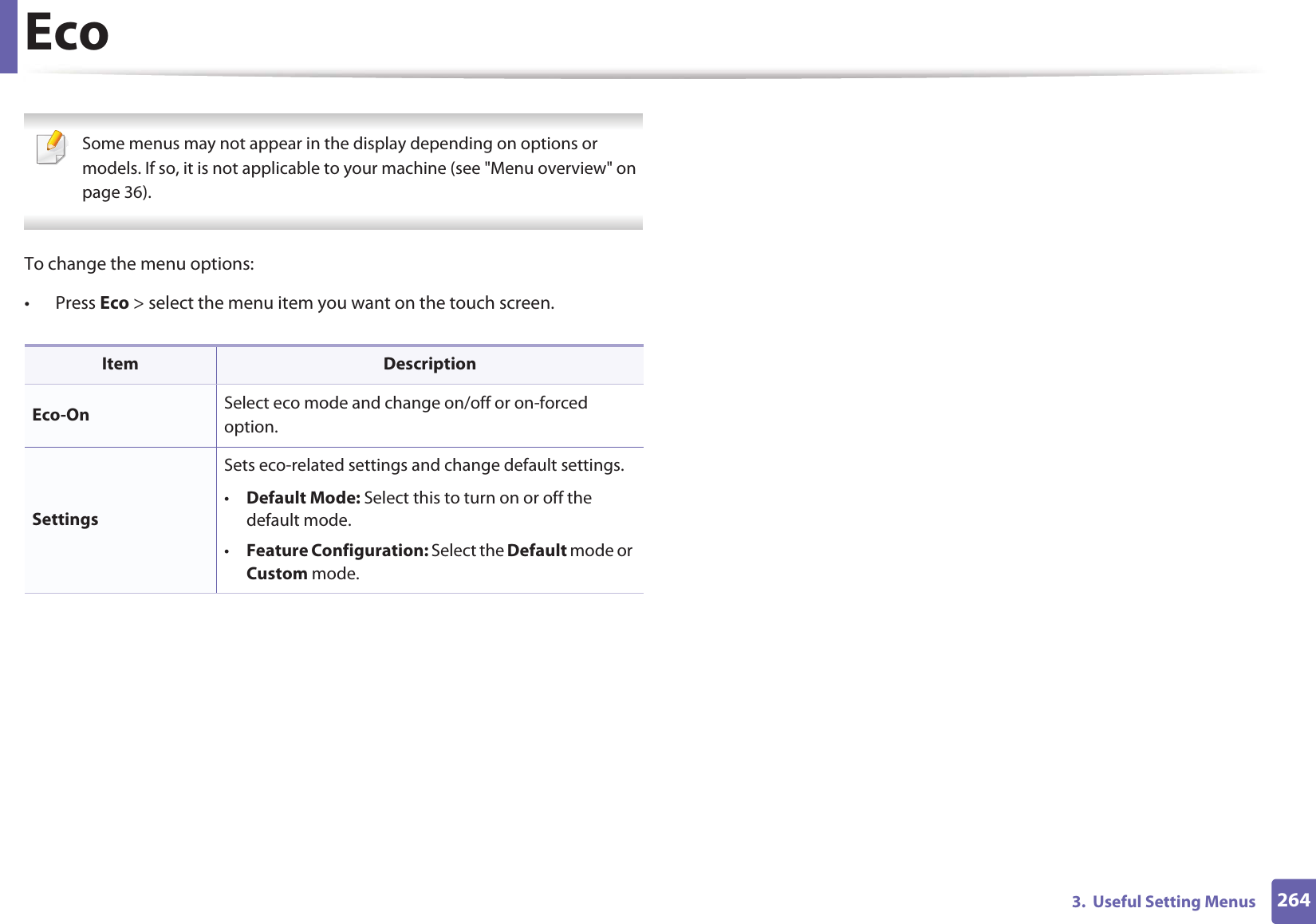
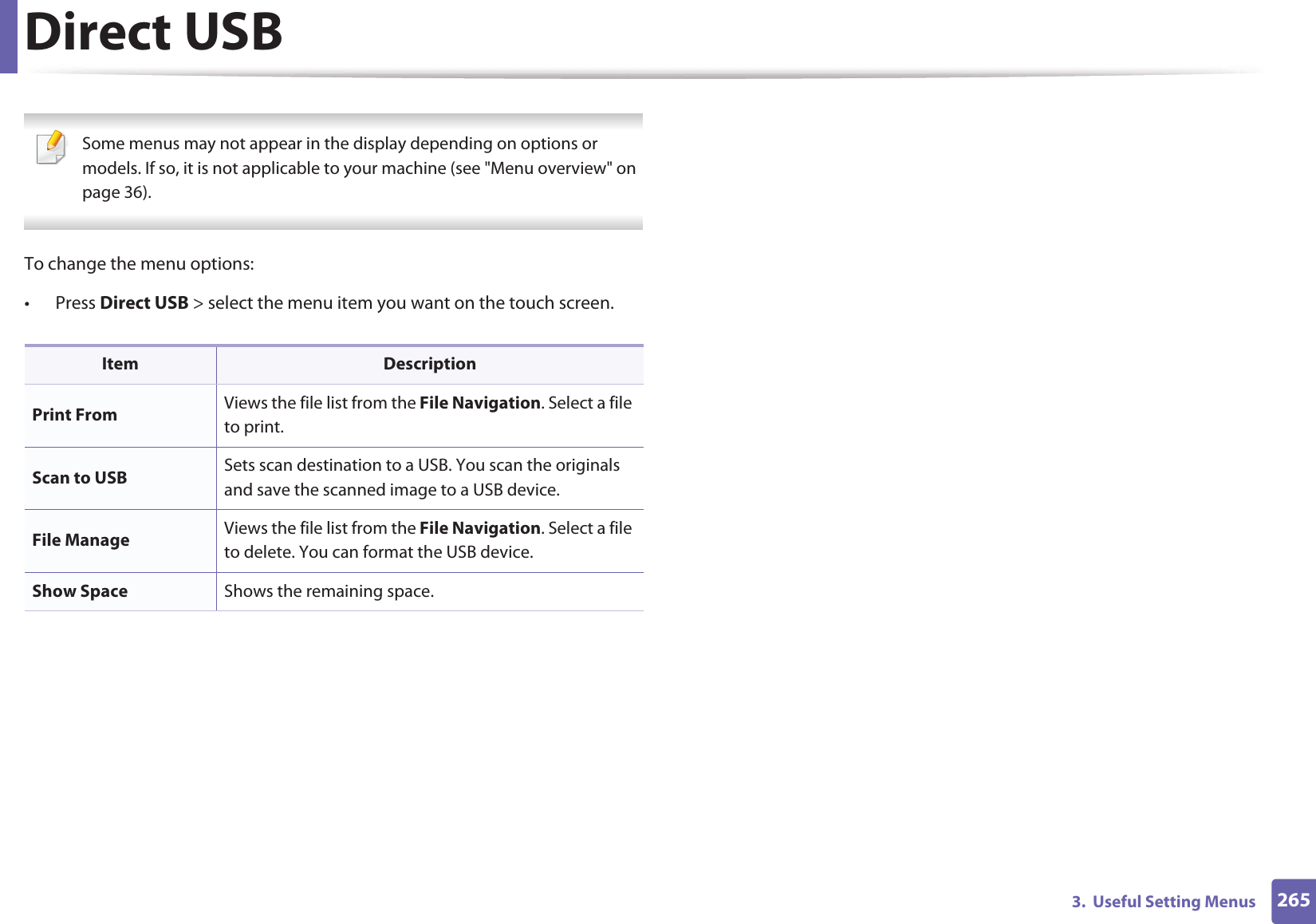
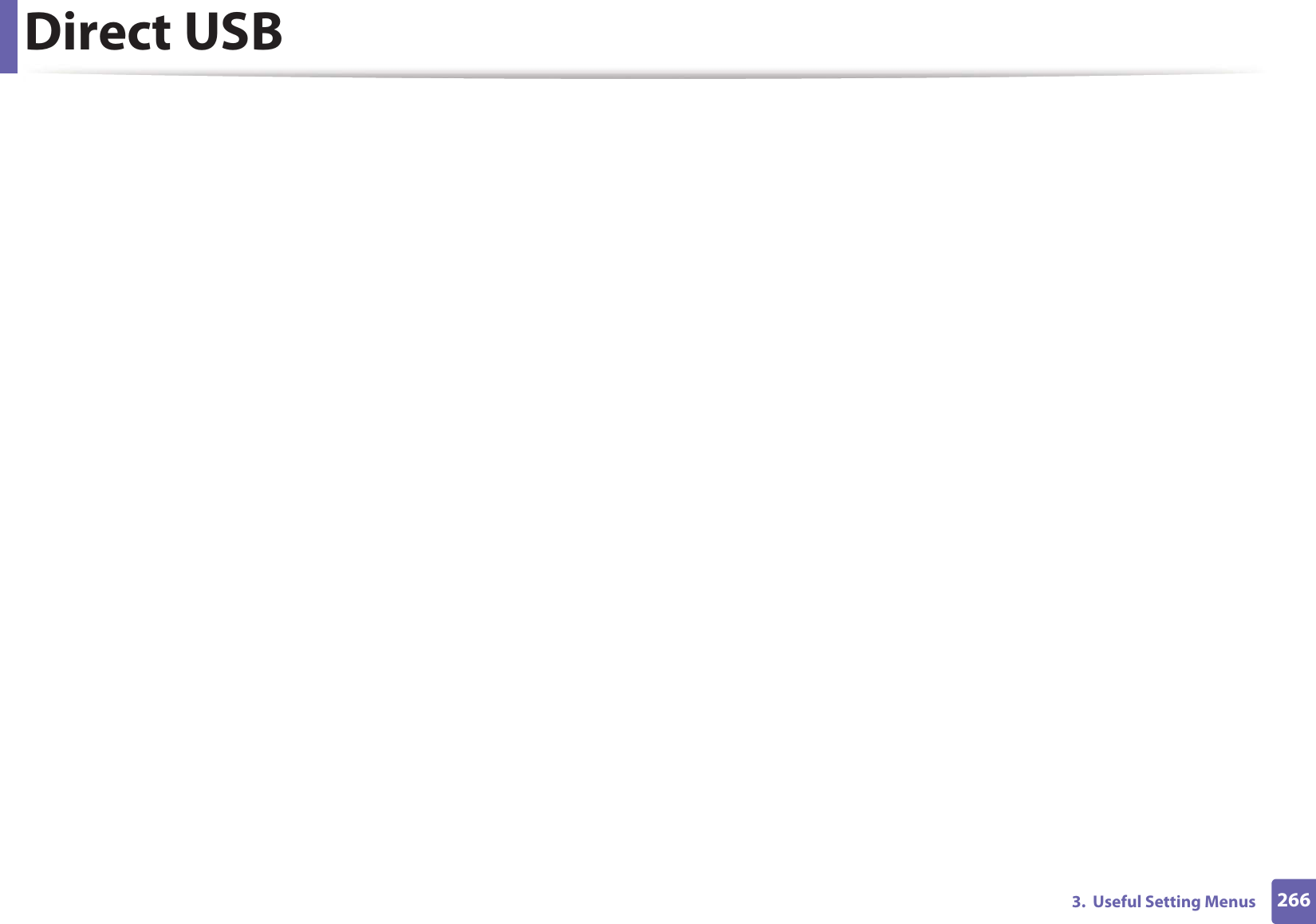
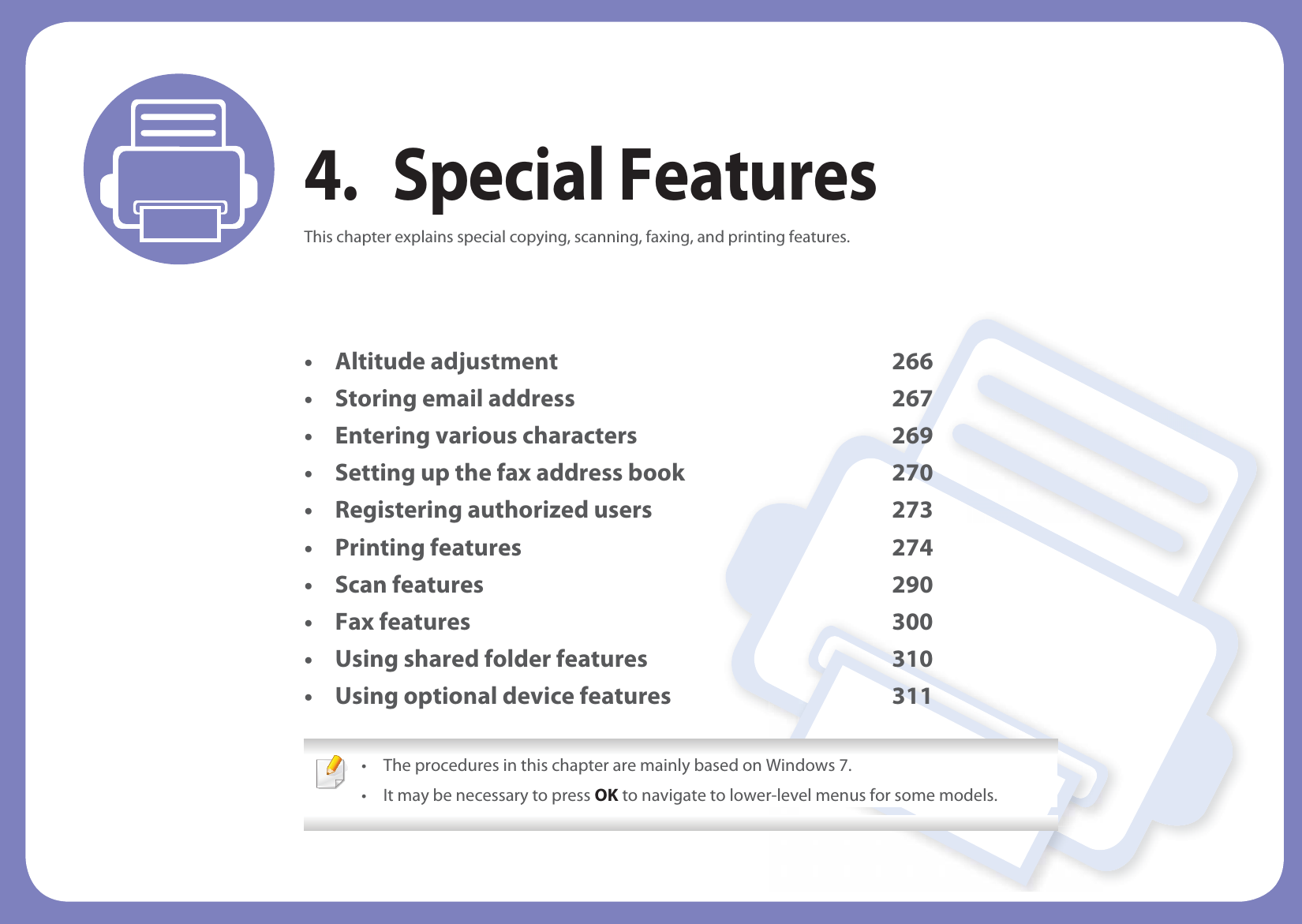
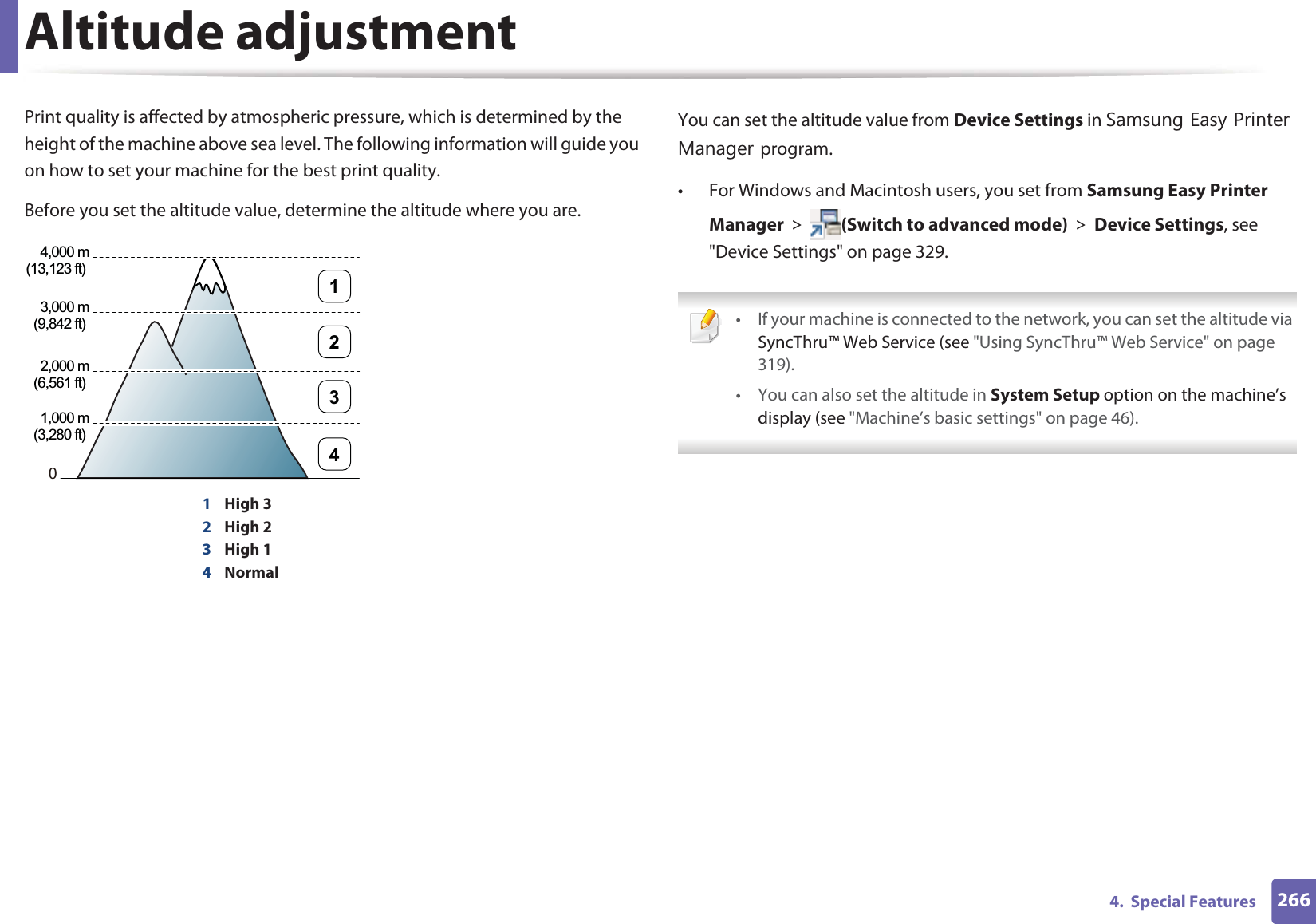
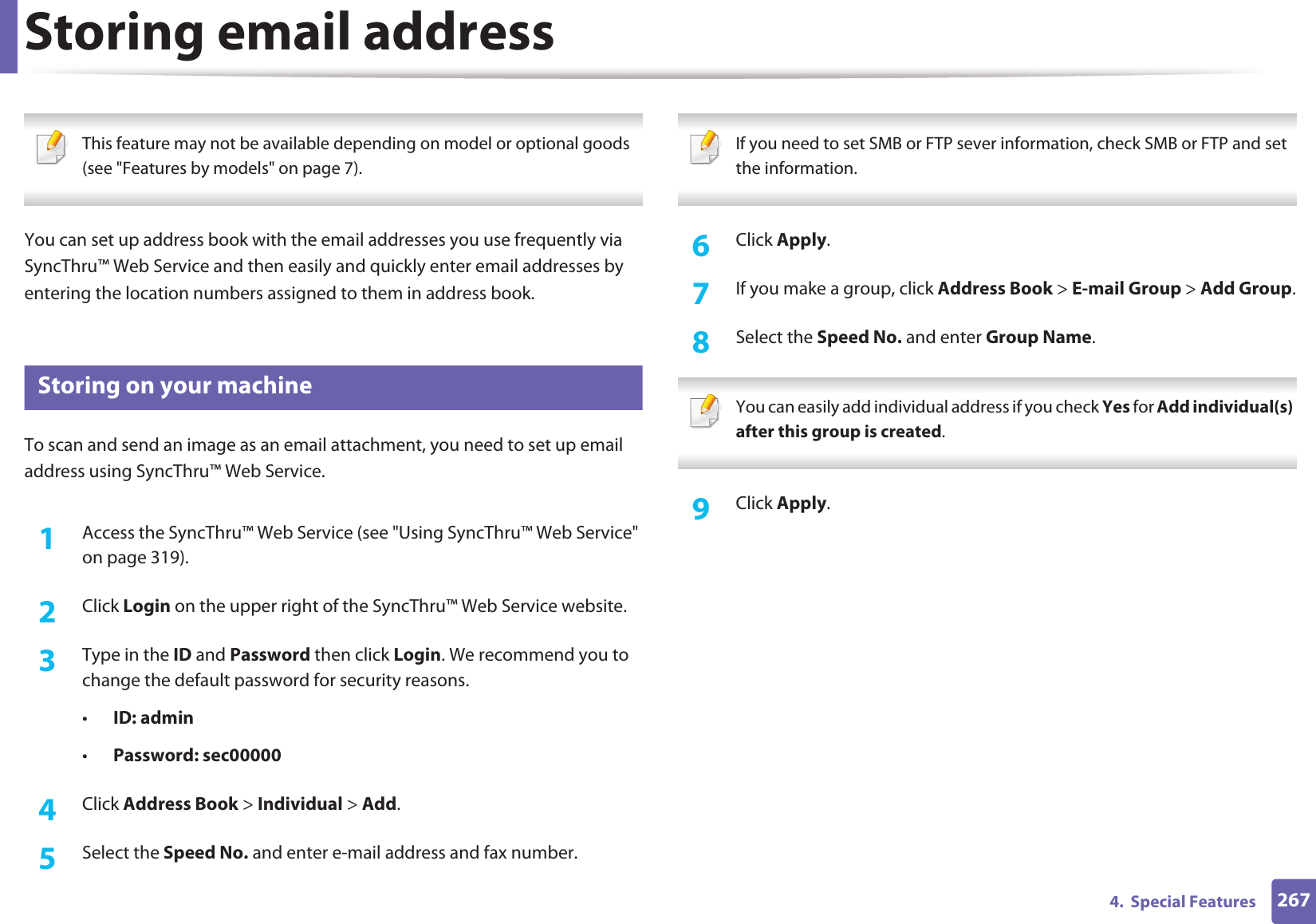
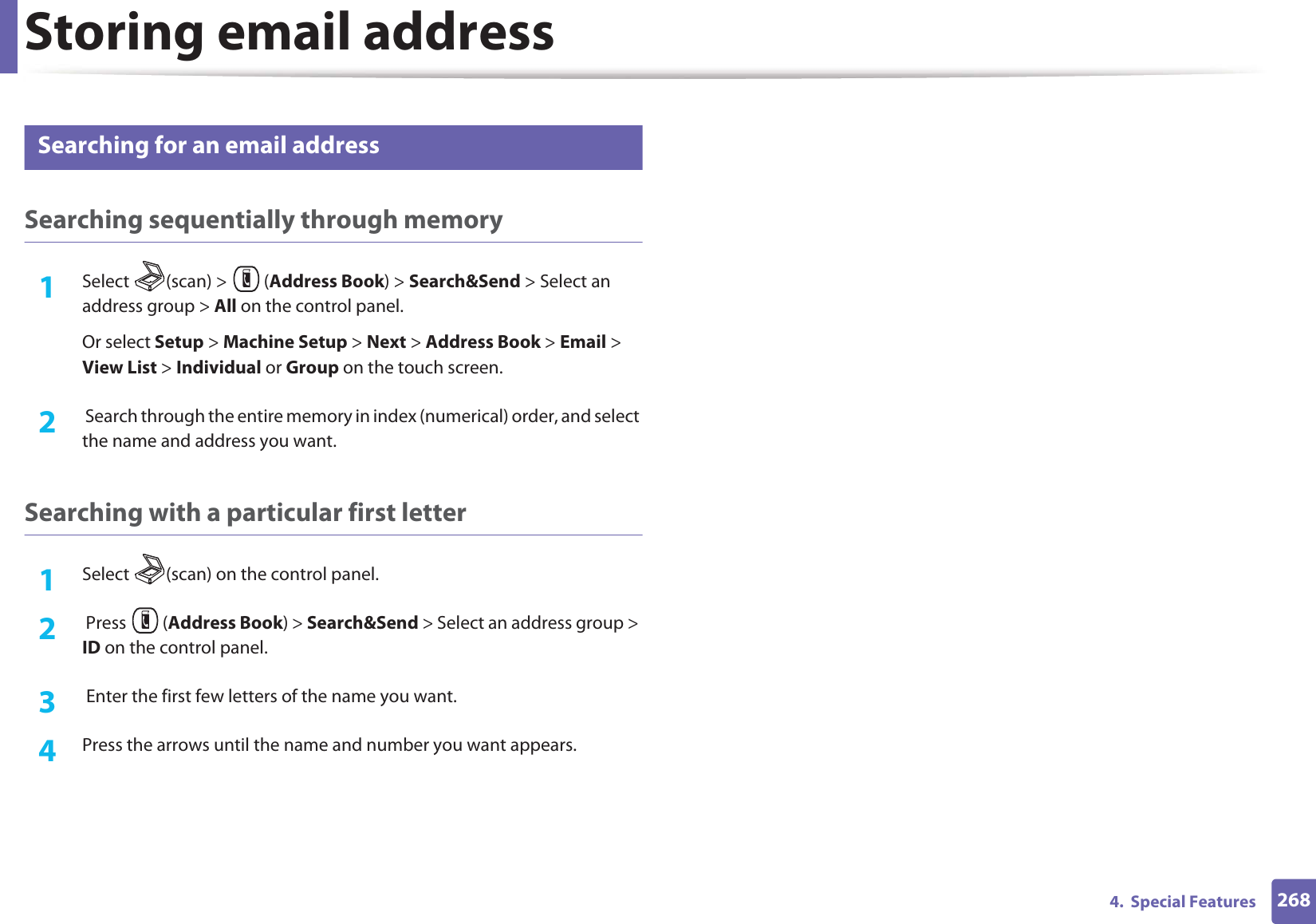
# # = | ? " : { } < > ;(These symbols are available when you type for network authentication.)](https://usermanual.wiki/Samsung-Electronics-Co/CLX4195FW.Users-Manual-4/User-Guide-1680988-Page-143.png)
